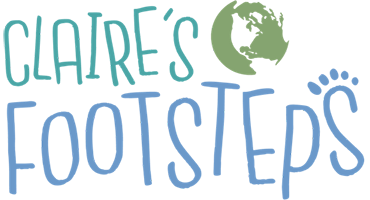

All Destinations , Australasia , Australia , Road Trip Itineraries
Road trip in australia: an itinerary for the whole country.

G’day mates, I’m here to take you on a 6 month long road trip in Australia.
Well, I’m not actually taking you (although maybe I’ll get the chance to do guided road trips around this beautiful country at some point, watch this space!), but, with this 6 month itinerary for the ultimate Australian road trip, you’ll know exactly where to go and when .
This Australia road trip planner is customizable depending on your wishes, but I’ve added suggested lengths of times in each location. I
’m recommending at least six months to orbit Australia (this Australia road trip itinerary takes you into the centre as well).
Australia is big and some days will consist of just driving.
Also, this itinerary doesn’t include for rest and admin days – so do take that into account when you plan your road trip in Australia.
I’ve also got dozens of more detailed itineraries for different segments of the road trip, as well as city and region itineraries for different parts of the country.
You can click through to them using the links below – all links open in a new window.
So wherever you’re visiting on this island, and whether you’re backpacking in Australia or on a road trip with toddlers , you can use this 6 month itinerary to plan your ultimate Australia road trip.
Shall we begin?
When to take the road trip in Australia?
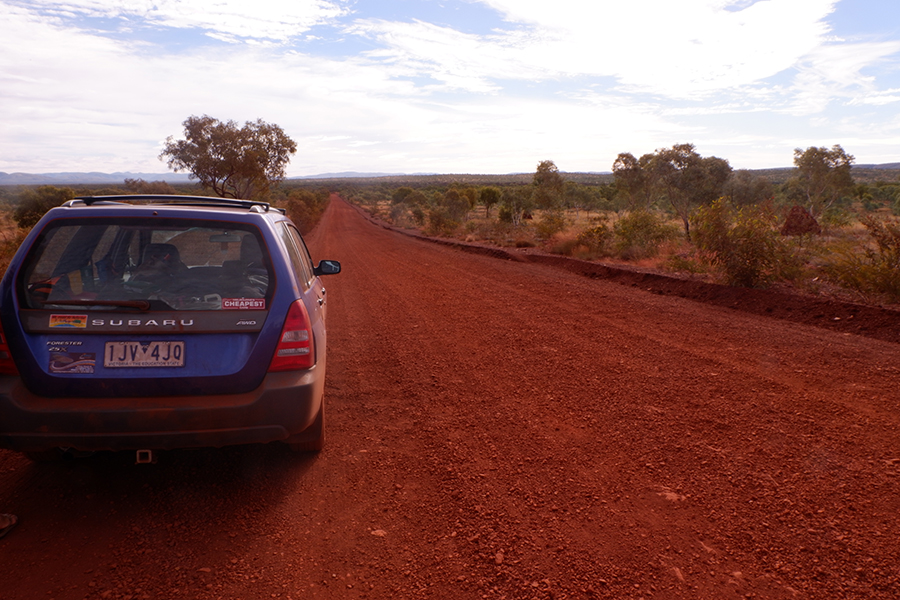
I recommend that you begin the road trip in Melbourne in March or April.
Of course, you don’t have to begin at this time, or even in Melbourne. Most travellers fly into Melbourne or Sydney, and as Melbourne is the most temperamental weather – wise, I thought it would be nice to give you two chances to see it in its glory.
Plus, Tasmania, which I’ve put on the end of this road trip Australia itinerary, is accessible from Melbourne.
I’d recommend starting your road trip from Melbourne in March or April, as this should give you the best weather everywhere – it’ll be a bit cold in the south at first, but it will quickly warm up.
Then once you’ve returned to Melbourne, you’ll have a summer there!
Of course, if you want to start in Darwin (which is the cheapest place to fly into from Asia), then you could do this loop starting in September or October, skipping the rainy season in the north and arriving back there for the high season.
Bear in mind that some parts of the north, like Kakadu and the Gibb River Road, are inaccessible during the rainy season.
The south is still great during the winter, but may be a bit chilly and it is more rainy. Some rough outback roads all over the country can be closed when it rains.
What to pack for the Australia road trip
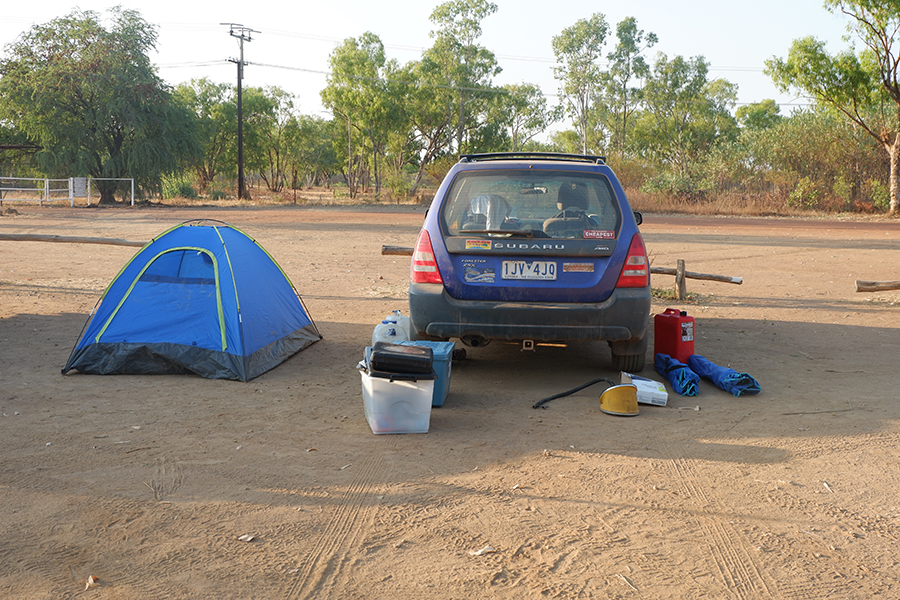
I’m going to be writing a full road trip Australia packing list very soon, but here’s some staples you’re not going to want to forget:
- A car or van (just in case you forget!). If you want a car like my Subaru, you can find deals on a Subaru model on KBB, BCP, Edmunds and other huge sites. For my budget, I couldn’t have asked for a better car in Australia. It’s a great vehicle for road tripping, with AWD capacities and a fantastic reputation for reliability – actually, its Outback model is on the Consumer Reports’s best road trip vehicle lists!
- High quality tent if you’re not sleeping in your car/ van
- High quality sleeping bag suitable for both tropical and temperate climates
- Mattress – a blow up, camping mat or full on double inflatable mattress (you might want to opt for the latter if you’re camping for six months).
- An esky – that’s Australian for coolbox, by the way – or a cooler bag .
- A camping stove
- Gas for said stove
- Pots and pans
- High quality torches
- Coolant, oil, jump leads, and a spare fuel tank for the car
- Ask for some of these gifts for campers for Christmas as some extras!
- If you’re planning on doing some serious off-roading and have a 4×4 (only do off-roading in a 4×4!) You might also want some quality 4×4 accessories. Check out Lifestyle 4x4s range here.
If you haven’t left your home country yet, check out my what to pack for Australia list to check you’ve got all of the essentials covered.
Where to stay during your road trip around Australia
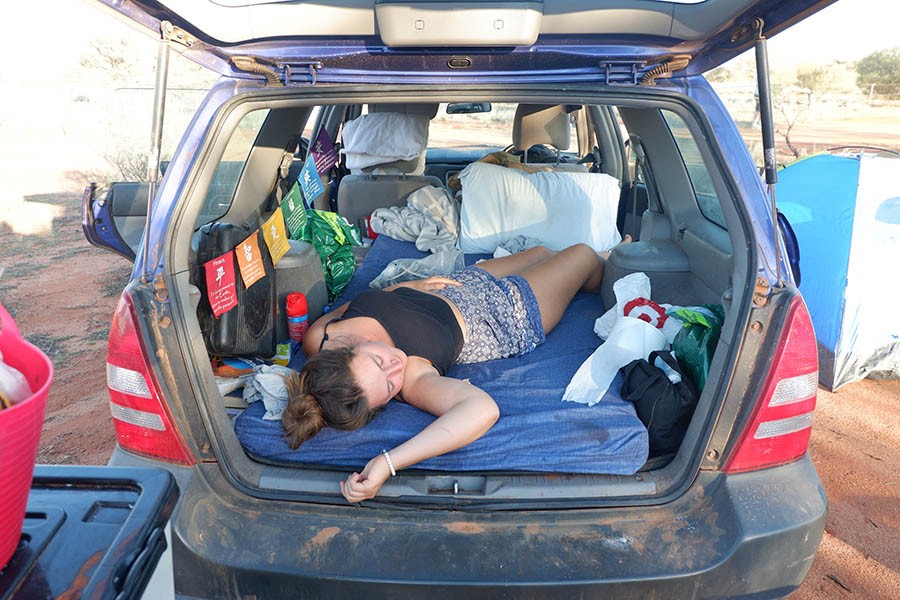
I’m presuming you’ll be camping around most of Australia – download the app WikiCamps to help you find free and paid campsites, and check out my free camping in Australia post to get the basics.
In places where campsites, free or paid, aren’t readily available, I’ve recommended some hostels and hotels.
You can also of course use Airbnb (click here for money off your first booking) and Couchsurfing, depending on your travelling style.
Road Trip Australia Itinerary for 6 Months on the Road
Melbourne: 3 days.
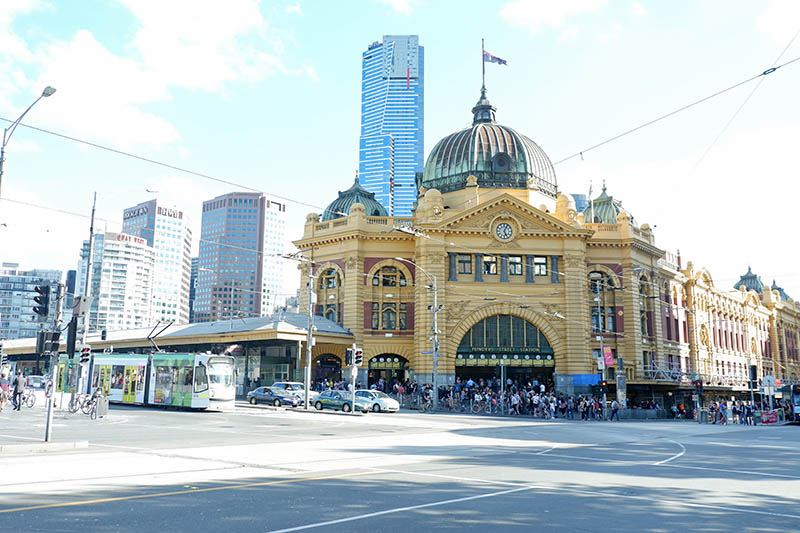
There are so many things to do in Melbourne; it’s been voted the world’s most liveable city time and time again for a reason.
From the wealth of museums to the amazing coffee, to cultural attractions like the AMCI and the Victoria Art Gallery, to the many vintage stores, to the beautiful library, you certainly won’t get bored during your time here!
You might not quite have seven days in the city, but this Melbourne itinerary will help you get to grips with the place.
Oh, and are you conscious of not spending too much at your first stop? I got ya! I had an erm… interesting time in Melbourne where I only had about $14 to my name.
Check out my tips for visiting Melbourne on a budget here.
There aren’t many places to free camp near Melbourne – I stayed at Urban Central Hostel, which is decent (although no free parking). You can book in by clicking here .
Victoria Hotel Backpackers is 5km from the city centre, but does have free parking. Click here to book .
Want to stay somewhere a bit more upscale? The Novotel Melbourne is a good option, close to the centre and with free parking. Click here for rates and to reserve .
Melbourne to Sydney: 1 week
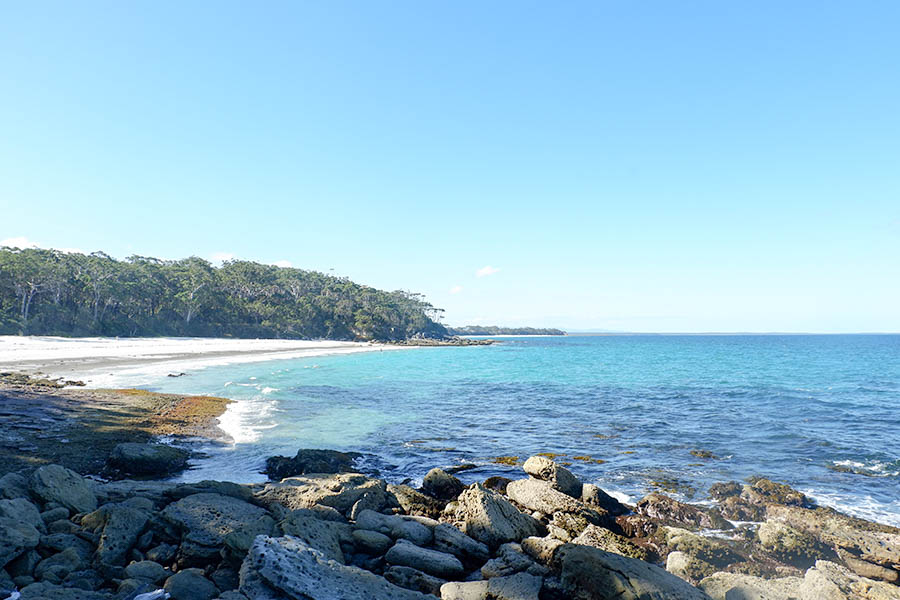
The Melbourne to Sydney road trip is one that’s well-trodden with travelers, but it still isn’t hard to find somewhere that’s a little off the beaten path.
Highlights include Wilson’s Promontory National Park , Lakes Entrance , Eden , camping in a NSW state forest and Jervis Bay .
Once you reach Jervis Bay, if you want, you can take a detour inland to Canberra , the nation’s capital and to the beautiful Blue Mountains National Park – a must-see about 3 hours west of Sydney.
Sydney: 3 days
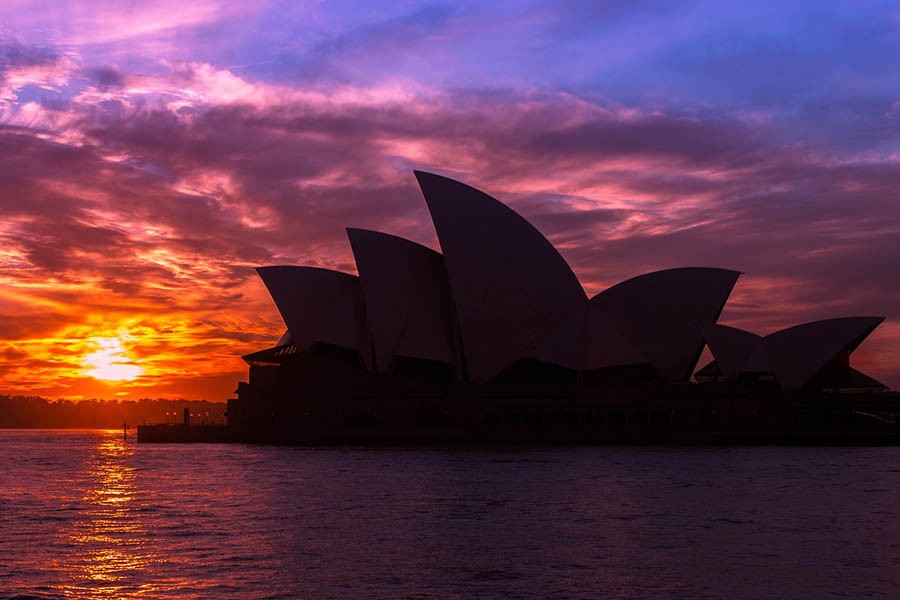
Sydney’s the most famous city of Australia, and one that all tourists want to visit, but there’s more here than just an opera house. Once you’ve seen the crowning glory from a few different angles – from Darling Harbour, Mrs Macquaries Seat and of course, up close are my favourites – check out some of the other things to do in Sydney.
It’s famous for its beaches of course; Bondi, Glebe and Manly are firm favourites. Click here for my three days in Sydney itinerary. There are some really great hostels in Sydney – although they’re bladdy expensive.
Bounce is really well facilitated, but it’ll set you back around $40 for a dorm room. I also really like YHA Railway Square, where you can stay in dorms in train cabins! Click here to book .
If you want free parking, you’ll need to stay a bit further out. I’ve also stayed in Cambridge Lodge Budget Hostel which is near Newtown – it has cheap dorm rates (for Sydney) and free parking. Click here to book .
If you’re looking for a hotel, Veriu Broadway is in a good location and has free parking. Click here to book .
Sydney to Brisbane: 1 week
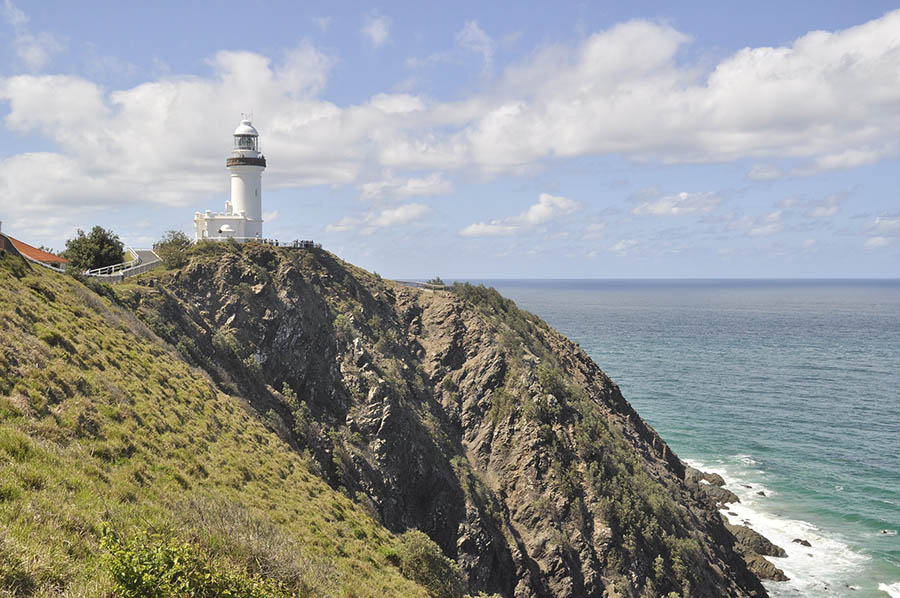
The Sydney to Brisbane road trip takes in some amazing nature spots, as well as my favourite place in the world, Byron Bay.
Driving north, you’ll reach Newcastle fun things to do in this town here (check out some ) and Port Macquarie before turning inland towards the Waterfall Way .
This hinterland is beautiful, so give yourself a bit of time to properly absorb it all.
Then head out toward Coffs Harbour and up to Yamba , a chill beach town with some great natural spots.
Then it’s time for Byron Bay and its surrounds – check out these great things to do in Bryon Bay and don’t forget to see its hinterland.
Then you’ll cross into Queensland – the Gold Coast is your first point of call, with Surfer’s Paradise being a place to let your hair down before relaxing on some of the other beaches!
Finally, you’ll arrive into the capital of the sunshine state, Brisbane .
Brisbane: 3 days
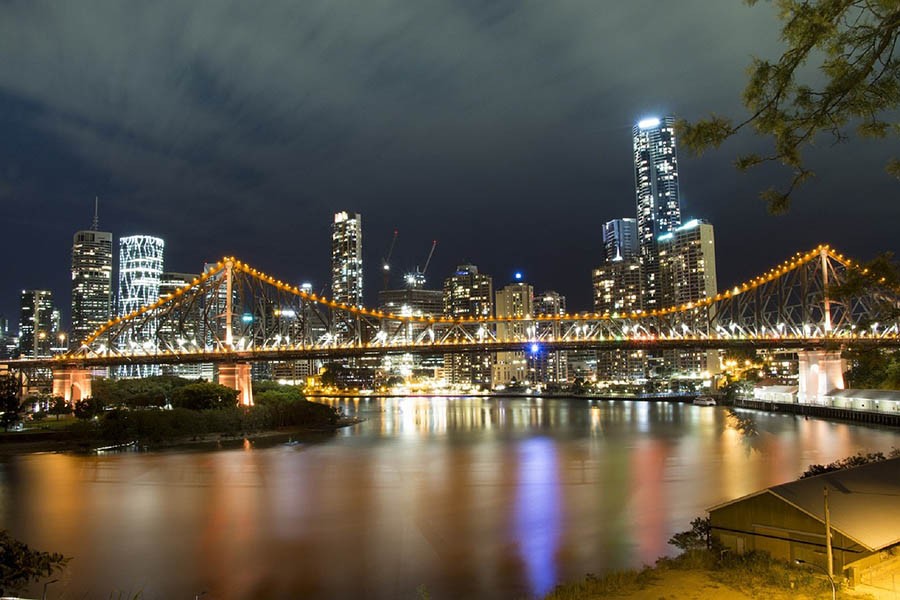
Brisbane is often an overlooked Australian city, but it’s well worthy of a spot on your road trip around Australia. It’s a chilled out, breathable place, with lots of attractions to pass a few days in.
Check out the Brisbane Botanical Garden, the Brisbane Museum, the City Beach and the sunset from Kangaroo Point Cliffs.
If you’re already missing nature, head to Stradbroke Island which is very close to the centre and feasible as a day or overnight trip. You could even go camping at Adder Rock if you don’t want to return to the city for accommodation!
City Backpackers HQ is my preferred Brisbane hostel – and it has free parking! It’s reasonably priced and has a bar, a pool, a terrace with city views and $10 nightly dinner deals. Click here to book .
For a hotel option, Ibis Styles is a great option in the middle of the city. Click here for rates and book today .
Brisbane to Cairns: 3 weeks
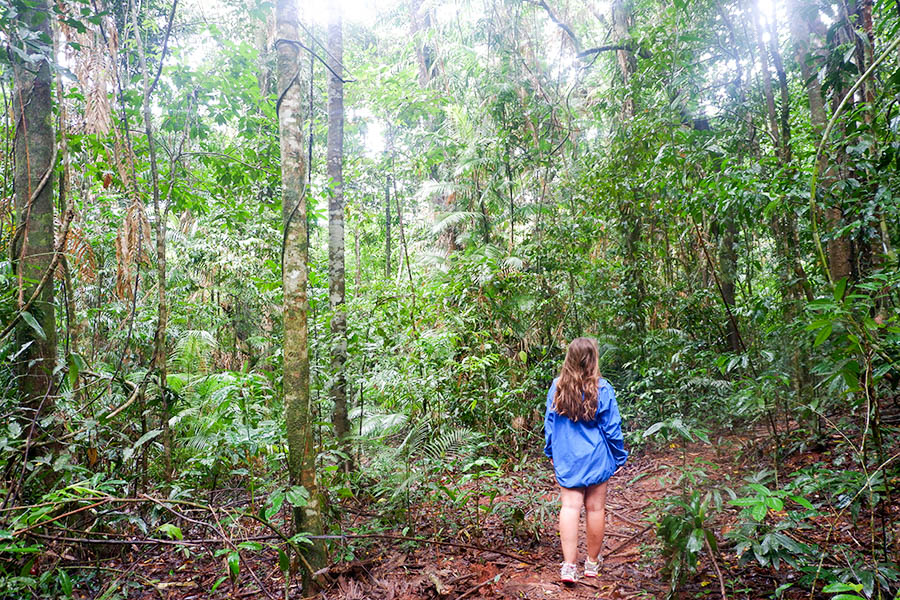
The most popular one of all the Australian road trips, Brisbane to Cairns is the one where you’ll see the most travellers – and for good reason.
There are tons of amazing spots here, and it’s also the perfect spot to make some friends!
Highlights include Noosa National Park , Fraser Island , surfing at Agnes Water , the Aboriginal cultural centre at Rockhampton , the Whitsunday Islands , Magnetic Island , diving or snorkeling the Great Barrier Reef , and the beautiful Daintree Rainforest .
Cairns is another place you’ll probably be wanting to stay in a hostel – all of the free campsites are quite far out.
Gilligans has free parking, and the rest – it’s a really well facilitated place, with lots going on, but is only for those who are dedicated to partying!
If you want somewhere a bit more chilled, Cairns City Backpackers has free parking as well and has a calm courtyard and good atmosphere. It’s a 15 – 20 minute walk from the centre. Click here for rates and book today .
Want a hotel? Double Tree Hilton Cairns is a great place to relax and unwind! Click here for rates and book today .
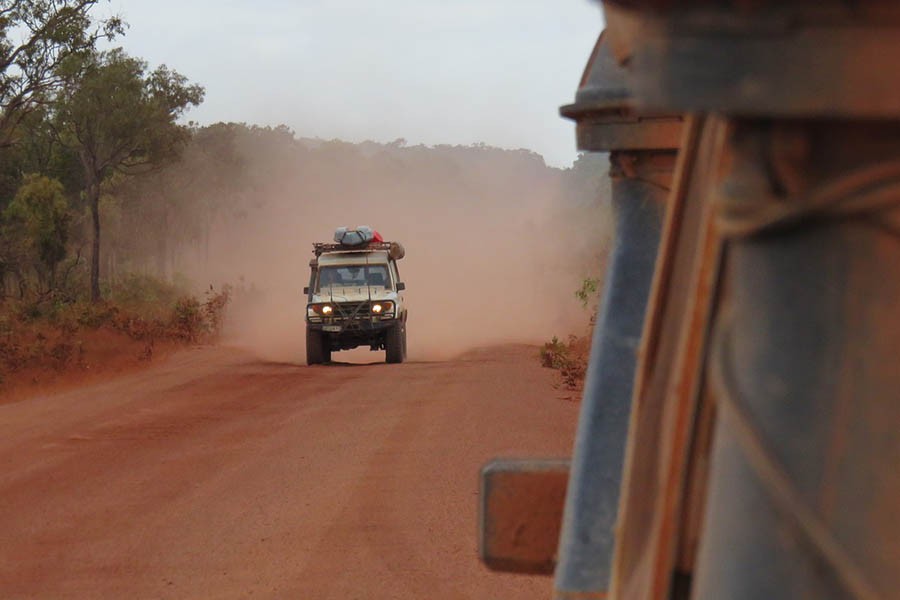
You’ll need a four-wheel drive for this segment of the road trip; and it’s somewhere really off the beaten track. Think rainforest, crocodiles, rugged tracks and beautiful beaches, eventually making it to the tip of Australia.
Accommodation on the way will be free camping, and there’s only the odd roadhouse or pub – this is proper off the grid living.
Cape York was a spot I didn’t make it to (and I can’t wait to return to Australia and go!) – here’s a great 7 day itinerary for the trip to the tip .
Cape York to Uluru: 1 week
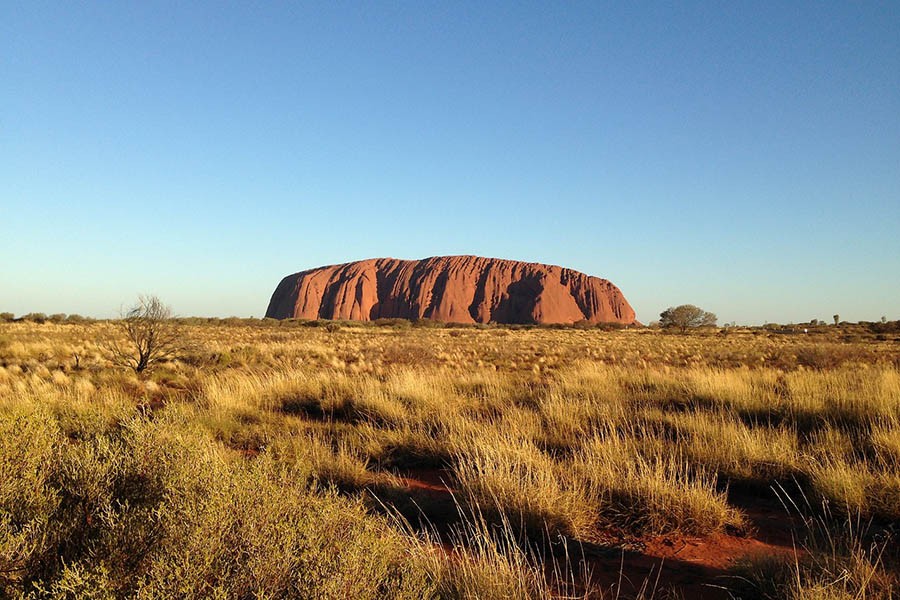
From the base of Cape York, rejoin the highway and head westwards, towards the Northern Territory border .
You’ll see a really distinct landscape here as the terrain changes, and experience towns like Karumba and Burketown (if you take highway one) or Charters Towers and Mount Isa (if you take the A6).
Either way, it’s a lot of country towns, desolate scenery and hot temperatures! Once you reach the Stuart Highway, turn down and head towards your ultimate destination: Uluru .
You’ll be able to see the attractions on the Stuart Highway on the way back up, but by all means stop at them on the way down as well!
Uluru is an unmissable place in Australia and at least 2 full days should be spent here.
Take some time to walk around the base and see the rock art, do some of the walks in the area to the gorges, and see Katja Tutja on the Valley of the Winds walk.
Uluru to Darwin: 2 weeks
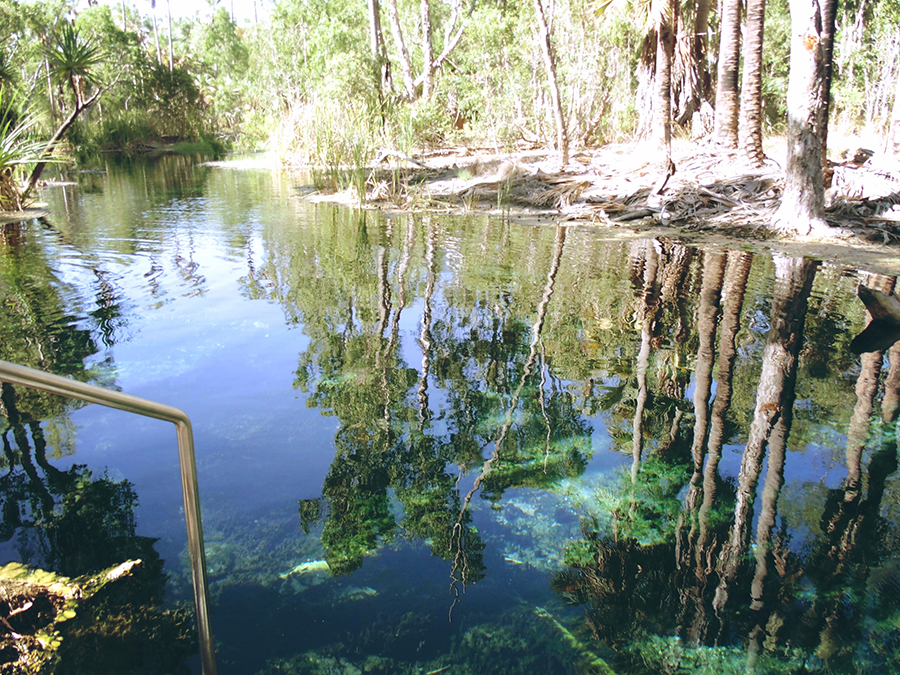
After some time at beautiful Uluru, make your way north. If you have a 4WD or an AWD (or you can do it in a 2WD if you’re daring – do double check road conditions before you head out though!) take on the Red Centre Way .
This is a loop that takes you to King’s Canyon and then to Alice Springs the back way.
You’ll get to check out the West McDonnell Ranges , which are really spectacular, and drive along rough, outback roads. You might see wild ponies and camels!
Then head to Alice Springs for a couple of nights.
Next, head north to Tennant Creek , stopping in Wycliffe Well – the UFO capital of Australia – and at the Devil’s Marbles . You’re approaching the top end now; after Tennant Creek spend a night at Daly Waters , a fantastic pub and campground.
Mataranka has some beautiful springs and sweltering Katherine is your next stop, with the Nitmiluk National Park . Then it’s on to Kakadu National Park and finally, to Darwin .
Darwin: 3 days
I love and hate Darwin at the same time.
It’s a great place to let your hair down and party, if that’s your scene – but the backpacker crowd is typically pretty OTT.
There are some fun things to do in Darwin , however – the Military Museum is a must, as is the Art Gallery and Museum of the Northern Territory.
If you have the funds, a day trip to the Tiwi Islands is a must-do as well.
Plus there’s Charles Darwin National Park and the lagoon which is perfect for a dip on a sweltering Darwin day.
Darwin hostels are… interesting. If you’re there to party and don’t mind sacrificing on sleep and erm a certain standard of cleanliness, Youth Shack is an option – I found the dorms and bathrooms not the cleanest, but there is a really nice pool area. (Have I sold it? Click here if you want to book after my rave review 😉 )
Melaleuca has higher cleanliness, but is even more of a party place (if possible!). Click here for more information .
If you want somewhere chill on a budget in Darwin, I’d recommend staying at a campsite out of the city, finding somewhere on Airbnb – use this link for $44 off your first booking – or Couchsurfing .
I’ve done all of these in Darwin!
The Argus Hotel is modern, comfortable and clean and has a pool and on-site restaurant. Click here for rates and to book .
Darwin to Broome (via the Gibb River Road): 2 weeks
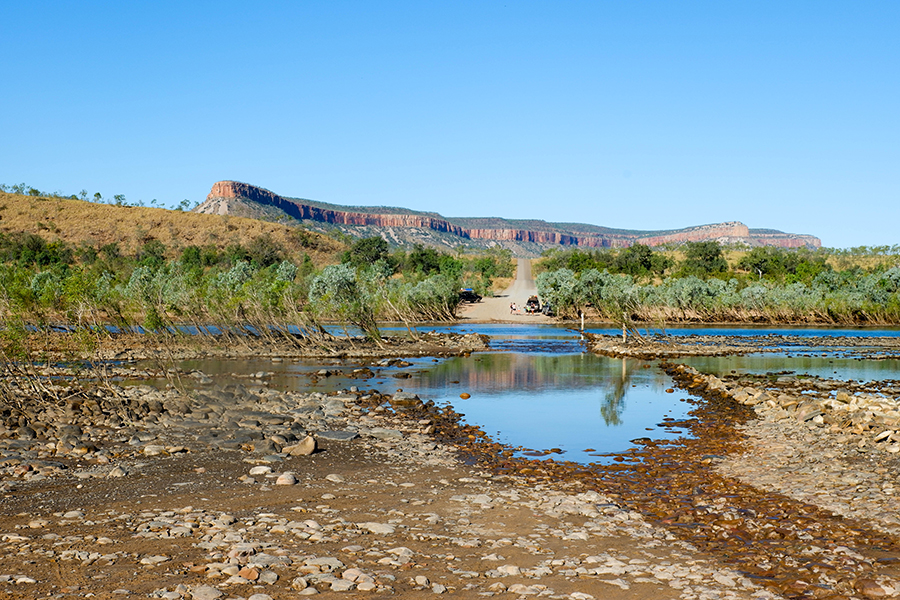
Heading south, your first stop should be Litchfield National Park .
I don’t find it as breathtaking as Kakadu, but it’s worth the stop.
Then head west, towards the border with Western Australia. It’s a long old drive, but once you’ve crossed it, head into Kununurra and check out some of the town’s attractions.
Then it’s time for Lake Argyle – this beautiful spot is perfect for kicking back in for a couple of days. Make sure you stay in the Lake Argyle campsite and enjoy its amazing infinity pool!
If you have a 4WD or AWD (I did it in an AWD, much to a lot of people’s disbelief!), take on the Gibb River Road .
This is my favourite part of Australia – 660 kilometres of gorges, waterfalls, secluded campsites and unmissable nature.
You’ll get off the road at Derby, from which it is a 2-hour drive to Broome.
Broome to Perth: 3 weeks
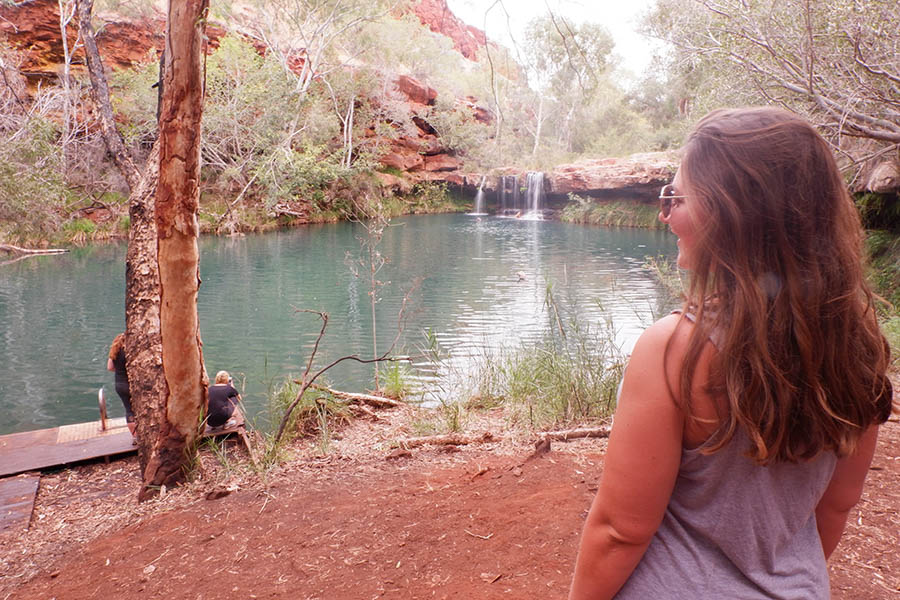
Spend a few days recharging in beautiful Broome , making sure you don’t miss a sunset!
If you’re there during Staircase to the Moon, it’s well worth checking out.
Gantheaume Point is amazing for dinosaur footprints and cliff jumping, and if you have a 4WD Cape Leveque is a great spot to head up to.
Broome town centre has some interesting attractions which nods to its Indigenous heritage and history as a pearling town. If you’re wanting to stay in the heart of Broome or Cable Beach, you’ll need to pay for accommodation.
I spent a month at Cable Beach Backpackers, which is a small hostel with a really nice atmosphere. Click here for more information and to book .
If you want to stay in Broome town Kimberley Klub YHA is a good option. Click here for rates and book today .
For somewhere a bit more private, try Broome Vacation Village. Click here for more information and to book .
Once you hit the road again, your first stop will be 80 Mile Beach and then Port Hedland .
From Port, you can head southwards to Karijini National Park – one of the best in Australia.
Then head out to the west coast to Exmouth and the Ningaloo Reef .
If it is the right time of year, you can go snorkeling with whale sharks here; a bucket list experience.
Diving at the Navy Pier is also incredible. From Exmouth, head south to the country town of Canarvon and then Shark Bay .
Going south more will take you to Kalbarri National Park , Geraldton and then the Coral Coast .
The Indian Ocean Drive here is incredible, as you drive right next to the sea. The Pinnacles, Lancelin and New Norcia round off your west coast itinerary before arriving in Perth.
Perth: 4 days
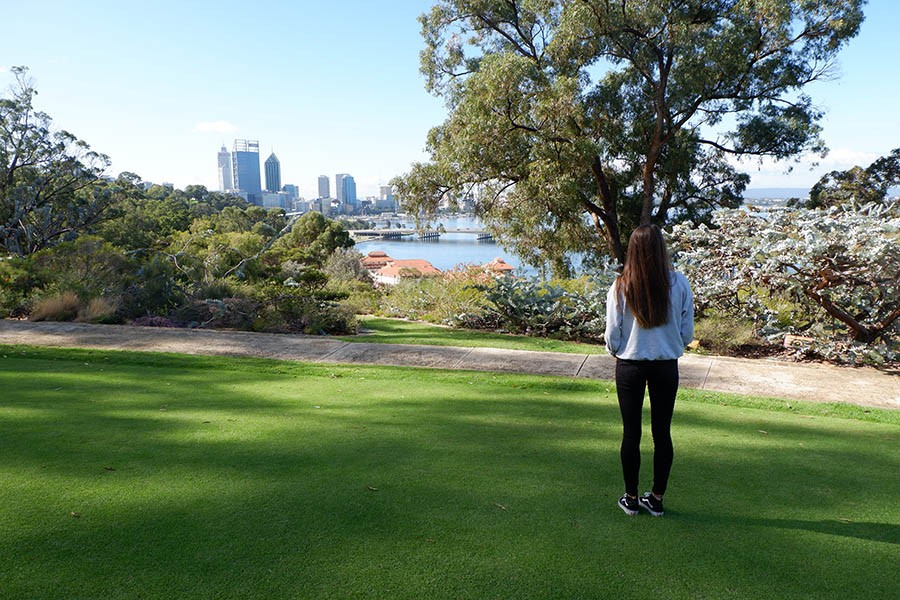
Perth is my favourite Australian city .
I love the spaciousness, the blue skies, the copious amounts of water. Spend a day in the CBD, seeing the attractions there like Elizabeth Quay and King’s Park.
Day two should be spent in funky Fremantle, a hip suburb with lots of attractions .
On day three, head to the Perth Hills to see another side of the city.
Finally, take a ferry over to Rottnest Island for a slice of island livin’. Billabong Backpackers in Perth offers free parking and also has a pool, a large common area and free breakfast. Click here for more information and to book .
If you’re wanting to stay in Fremantle, the Old Fire Station is the one – check out my review here and book using this link .
OFS does have parking but it’s kind of expensive – I used to park at South Beach and take the free CAT bus there.
For a hotel option, Tribe Perth is clean, contemporary and has free parking. Click here for more information and to book .
Perth to Esperance: 1 week
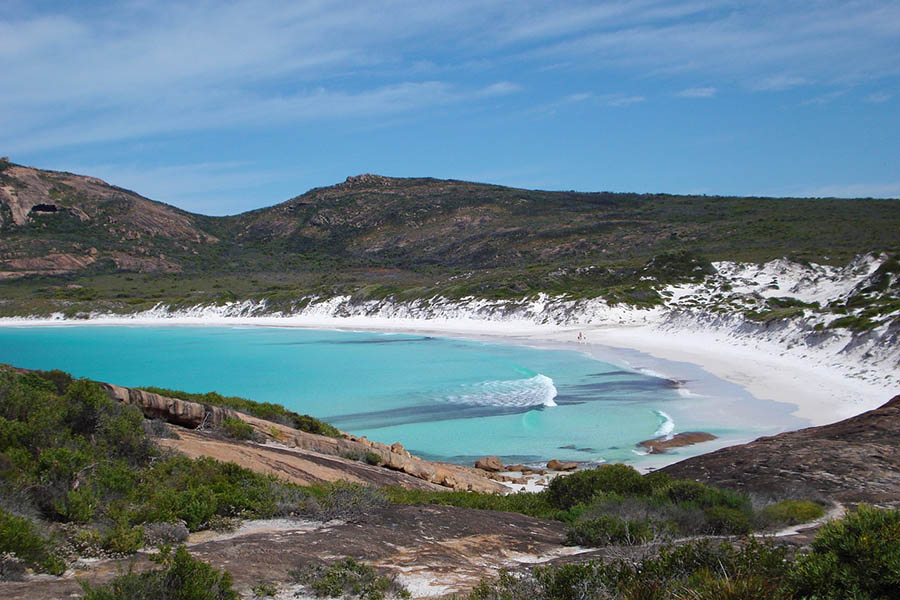
Once you’ve had your fill of Perth, head back down south (you could stop back into Freo on the way down, I wouldn’t blame you!) toward Margaret River .
This is a beautiful area where you could easily spend a few days. Next on your trip is the karri forests of Pemberton and swing by D’entrecasteaux national park .
There are some amazing beaches around Denmark and Albany , as well as some intriguing natural attractions. Then head to Fitzgerald River National Park and check out the unique biosphere here.
After, it’s time for Esperance , which has a picturesque ocean drive. Head to Cape le Grand National Park after, which has famous white sand beaches and lots of kangaroos.
If you have a 4WD, Cape Arid National Park is worth a visit too, before you head back to Esperance and start the drive north to the Nullarbor Plain.
The Nullarbor: 3 days

The Nullarbor Plain is a place of mystery; it’s a long, arid stretch of road with not much at all to see. But it’s really beautiful, and the feeling of being so in the middle of nowhere is unbeatable.
Take three days to drive it, as you’ll want to take it in properly and avoid driver fatigue. Highlights include Australia’s longest straight road, various quirky road houses and the beautiful Great Australian Bight .
You can free camp near here and watch the sunrise in the morning – it’s a magical experience. At the end of the Nullarbor, the seaside towns of Ceduna and Streaky Bay are worth popping into.
The Eyre Peninsula: 2 days
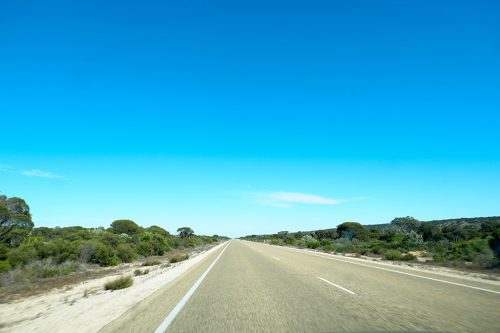
The Eyre Peninsula juts down at the bottom of South Australia, and is a great destination for 4WDing, beautiful beaches and wild camping.
The terrain varies from what you’ve just experienced on the Nullarbor, and there are a few small towns that are worth checking out around the peninsula.
Port Augusta to Coober Pedy: 4 days
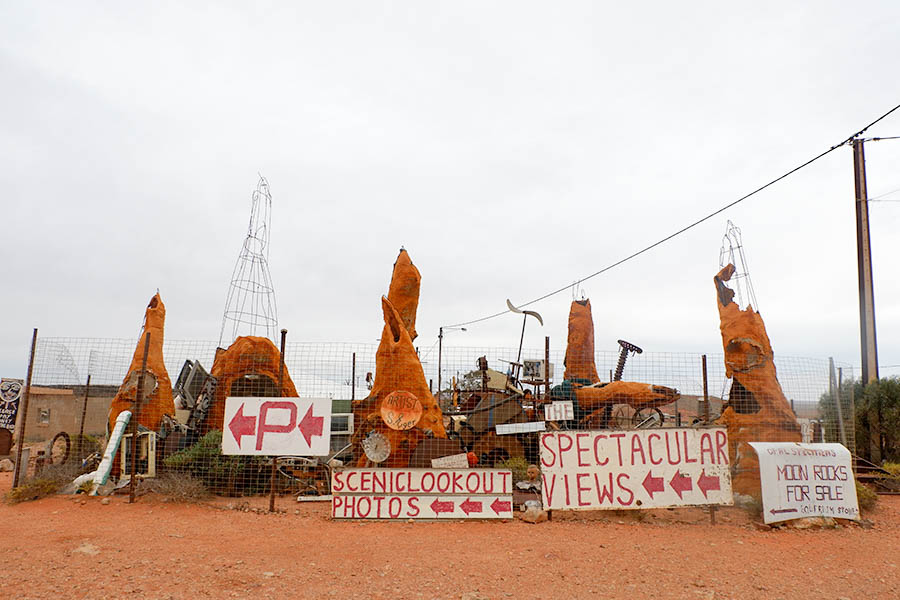
At the top eastern side of the Eyre Peninsula, arriving in Port Augusta will feel like you’ve reached a city. It’s time to head north, up the Stuart Highway, to a town called Coober Pedy.
This is a 550-kilometre detour (plus the return trip) to see a population 3,500 town where everyone lives underground; and I do think it’s worth it.
If you love the weird and wonderful, you’ll find lots of entertaining things to do in Coober Pedy . The drive up there is pretty mesmerizing as well!
Coober Pedy to the Flinders Ranges: 5 days
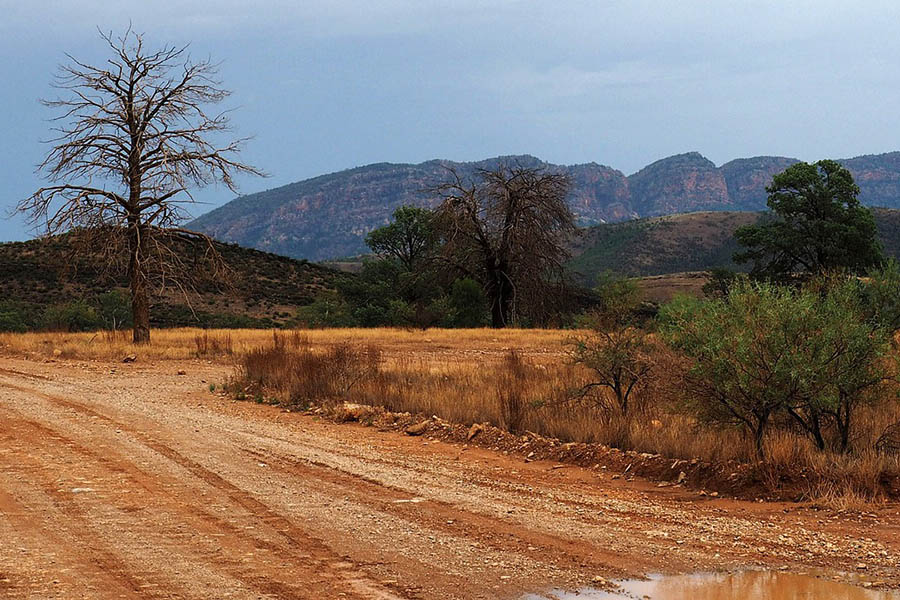
And the good news is you don’t have to go back the way you came; from Coober Pedy, you can head south east on the Oodnadatta Track – an unsealed but generally in good condition (check before you head out) road connecting the Stuart Highway with the Outback Highway.
You’ll drive around the south side of Lake Eyre (if you have a 4WD and a sense of adventure you might have the chance to go off the track and see it more) and experience even more outback living.
It’s hard to ever get enough, really!
The Flinders Ranges are a beautiful national park that twin mountains and outback – looking otherworldly.
Adelaide: 3 days
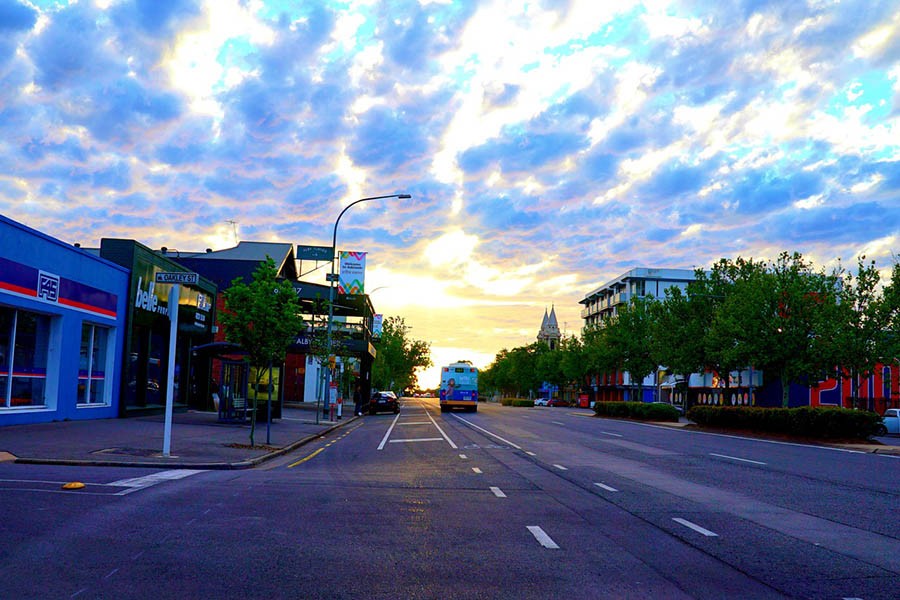
From the southern end of the Flinders Ranges, it is about a fiv hour drive to Adelaide (and this is their local national park – told ya Australia was big!).
Adelaide, like Perth, seems to get a reputation for being ‘boring’ but it’s actually a bundle of joy.
The city is really gorgeous, with markets, museums, a great state library and there’s lots of nature around the city, including beaches and vineyards. Make sure you check out the Barossa Valley.
Backpack Oz in Adelaide has a great atmosphere with a bar and organized trips, and is set in a historic building. There isn’t free parking right by the hostel, but there are spots nearby – the hostel staff can advise you. Click here for rates and to book .
If you’re after a hotel, Pullman Adelaide is a good option with free parking. Click here for more information and to book .
Adelaide to Melbourne: 1 week
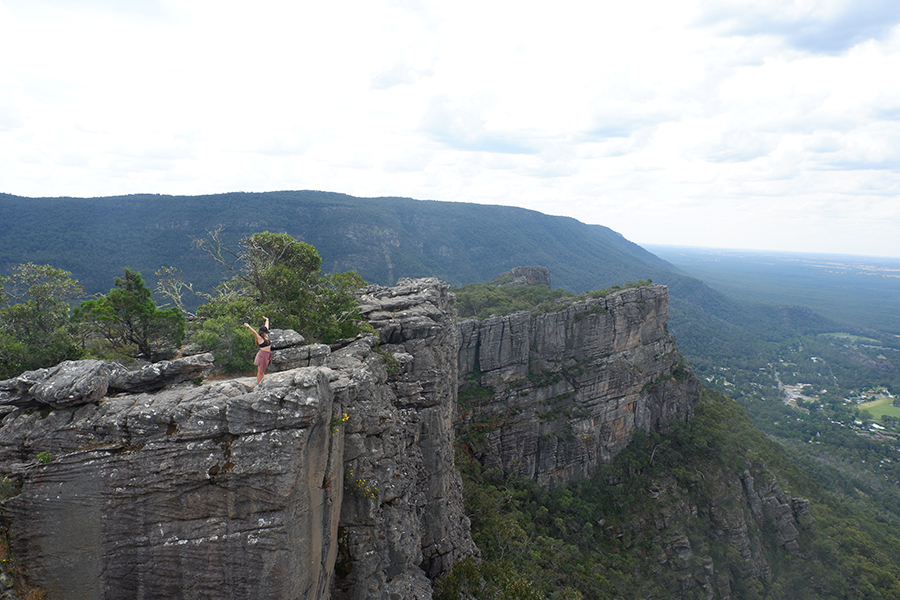
Between Adelaide to Melbourne, there are a few great attractions, both coastal and inland. Coolong National Park and Mount Gambier are great spots to visit with South Australia, and once you cross over the border, head north towards Gariwerd (The Grampians) National Park .
A couple of hours east from here is the historic city of Ballarat , with attractions geared around its gold-rush history.
From here, zig-zag back down to Warrnambool, where you can enjoy the gorgeous Great Ocean Road. Spend a few days here enjoying the beaches and attractions before completing your loop and reaching Melbourne city once again.
Tasmania: 3 weeks
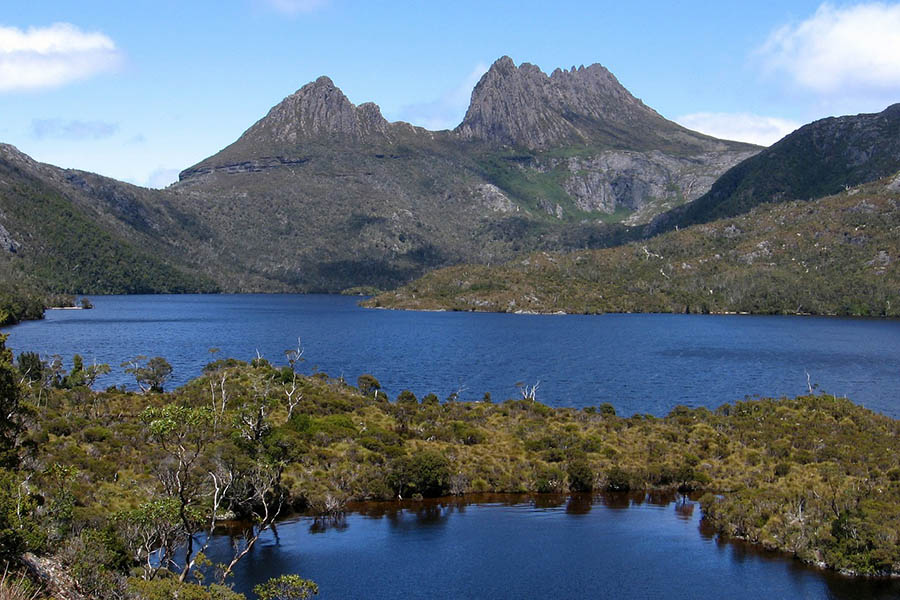
But your trip doesn’t stop here!
From Melbourne, catch the Spirit of Tasmania over to Devonport .
From here, you can do a circuit of the island state, enjoying attractions like the Bay of Fires, Wineglass Bay, the Tasman Peninsula, the capital Hobart (which is worthy of a few days in itself) and the mighty Cradle Mountain . Make sure you check out the north coast and the beautiful town of Stanley as well.
Three weeks is a great time to see everything properly, although because Tasmania is small compared to the rest of Australia, you can do it in less.
You’ll be able to free camp most of the way around Tasmania, but in Hobart, I recommend staying at Montacute Bunkhouse. It’s a beautiful boutique hostel with lots of features to make a really pleasant night’s stay. Click here for rates and book today .
If you want a bit more space, Riverfront Motel and Villas makes you feel like you’re still in nature while being very close to Hobart city! Click here for rates and to reserve .
Then take the spirit back over to Melbourne and conclude your road trip around Australia!
End: Melbourne, VIC in SEPTEMBER OR OCTOBER
You’ve done it! You’ve circumnavigated Australia, seeing the very best of the country.
If you’re in the country on a year’s working holiday visa, you’ve arrived in Melbourne just as the summer kicks off and the city comes alive. You’ve even got time to do your regional work for another year down under!
Pin Me if You’re Happy!
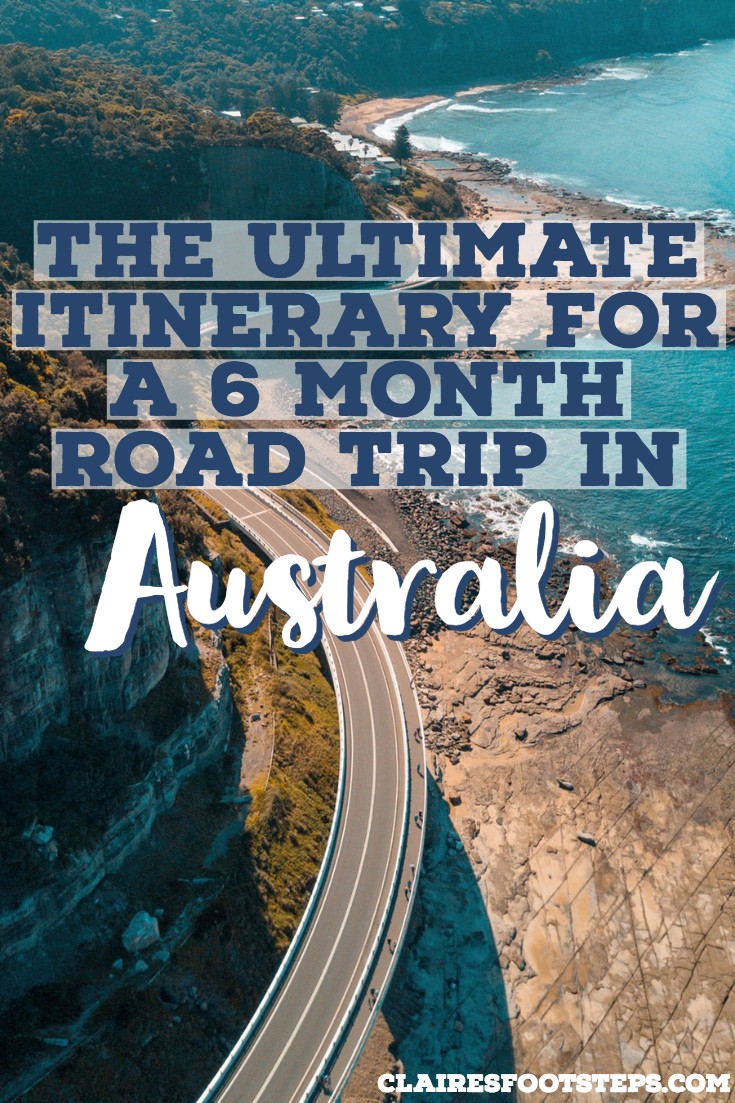
13 thoughts on “ Road Trip in Australia: An Itinerary for the Whole Country! ”
Oh my goodness, this itinerary is AMAZING!!! What an adventure you would have had!! This is a total dream for my husband and I. I’ve stayed at the Urban Hostel in Melbourne, it’s a great little hostel. I wonder did you do much freedom camping? We dream of kitting out a van or minibus but we’ve heard it can be hard to find places to camp free. Will be bookmarking this itinerary to come back to if we’re lucky enough to get to do this trip someday!
I’m glad you enjoyed this Rhiannon! Are you based in Australia currently? It’s a cool spot isn’t it! Yes I did mainly free camping 🙂 Wikicamps has lots of options and I never had any issues – many of them are serviced by pubs or roadhouses so I just spent a little in the establishments. I have an article about free camping in Australia as well! I hope you get to do this trip, it’s not too expensive and it’s the adventure of a lifetime!!
Hi Claire! Going to Australia early in may to do my 3 months of work asap after arrival. Hopefully i will be ready to kick off my roadtrip somewhere in september starting in Southwestern Aus and travelling the country in a –> (N) <– looking route if you can understand what i mean. Doing this because a want the eastcoast summer and will probably stay there for a while. Im guessing this will take me approximately 7 moths to complete, I dont really have a timeline, but would like to get a full year on my second year visa to settle down and work etc.
What do you think about the route, does it make sense to you considering the weather and all or does it sound completely crazy?
Thank you for your inspo, noted many tips from you! 😉
I think it’s a great idea to do your farm work as soon as you get there. You should be able to find something in Southwestern, I’m not sure what the harvest seasons are like in Margaret River but I know it’s a popular spot for farm work.
In September I actually think I’d go the other way. It’ll be warming up by then down south, you’ll get over to the east coast around November and will still be there for summer (although you don’t really need to be there then above Brisbane, I’d say spring/ autumn are better weather, it is rainy season during the summer as well!), and then after summer you’ll get to enjoy the NT and the Kimberleys after the wet season (when waterfalls are at their best).
The other way would work too, but you’d need to rush the west coast/ Kimberleys/ NT to get it done before the wet season starts and they’re not places you want to rush, trust me!
But do whatever you think is best depending on your preferences 🙂 Let me know if you have any more questions and I’m glad the blog helped!
This looks like an awesome trip! I will probably fly to Australia at the end of august/ beginning of september. Not sure where I will be landing yet, keeping my options open for now. If I would want to start this roadtrip , where would you suggest me to start if i would want to start in september?
Your blog is very helpfull btw!
Hi Claire, We are a family of four (kids 3y and 5y) living in Rocky for one year. We are thinking of a roadtrip Rockhampton-Cairns-back to Townsville-Alice springs- Kings canyon- Aderlaide-Melbourne in 1,5-2 months. What do you think about that? We have a 2w car at the moment, would that be enough? Also thinking about getting a camper trailer for this roadtrip, or du you think it would be enough B&B, motels or hostel on the way to be ok? And we are thinking about doing it between May-August sometime. Or is it preferable a 4W car doing that roadtrip? We are just in the beginning of this plan, so I am happy with every advice you can give me. Regards Frida
Amazing! Your itinerary sounds good, although I’m guessing with kids you’ll want to add some time on so I’d definitely go towards 2 months in your case. As far as I know the only way you’d get from Townsville to Alice Springs on a 2WD track is via Tennant Creek, certainly doable but it will take a while. There is the Outback Way that stretches from Queensland all the way to Western Australia via the red centre but that’s 4WD only.
I love camping and would always recommend it, it does save a lot of money as well. If you’re happy to use tents they’re a great option without having to get a camper trailer! If not, you could probably just about get by without (staying at roadhouses and hostels in bigger places) but I wouldn’t want to say 100%.
May – August is a good time! It might be a bit cold in the south, so you might want to opt for some indoor accommodation then, but it’s still beautiful.
Let me know if you have any other questions!
Claire, I have been planing a solo Australian cross country driving trip from Sydney to Darwin. What have learned is that car rental in Australia is different then USA. My original plan was to land in Sydney, rent a suv and start driving but it doesn’t seems that easy due to your car rental laws.
That said would you be able to advise the best approach to achieve my goal.
Kind regards Tom K. [email protected]
So I’m actually British but spent a long time in Australia, I bought a car in Melbourne no problem and sold it again 8 months later. I did however rent a car in Australia and didn’t have any issues. What is the problem that you are finding with the car rental? Let me know and hopefully I can help!
Hi Claire, I am planning to do road trip with roughly the same itinerary, and I was wondering wether you think a 4*4 car is necessary or not ? And weather 4 or 5 months would be enough to do it? Thanks, Taís.
Myself, my partner and our 2 yr old son are planning to go from Melbourne to Broome via Perth along the West Coast. Then possibly up to Darwin and back down through Alice Springs to Melbourne. We are taking a caravan with us. Firstly, do you think it’s going to be too long and uncomfortable for a 2 old to cope with being on the road so long. And also is 2 months long enough for this trip?
This is a great itinerary! I’m looking to come to Aus and do a roadtrip of as much of the country as possible without rushing too much. I’ll be there late May-August. How much do you think is doable for 3 months? What would you cut out to squeeze this itinerary down?
Thank you!!
hi lovely! wow your trip looked incredible! what an experience. i have 2 months with hubby and 2 kids to do round trip… any tips? i am using some of your stop off as the base 😀
starting in canberra.. wondering if we should head clockwise or anticlockwise? will be starting in june next year (ideally). driving in a 4wd with pop top tent.
thank you any feedback would be amazing. i have no idea where to start..
love from an amateur
Comments are closed.
- New Zealand
- The Philippines
- The Netherlands
- United Kingdom
- Inspiration
- Overland Itineraries
- Packing Lists
- Travel Tips
- Working Abroad
- Accomodation Guides
- Overland Travel
- Preserving Cultures
- Protecting Animals
- Living Abroad
Road trip Australia: 6 of the best routes
Book your individual trip , stress-free with local travel experts
- roughguides.com
- road-trip-australia
Plan your tailor-made trip with a local expert
Book securely with money-back guarantee
Travel stress-free with local assistance and 24/7 support
written by Ros Walford
updated 03.01.2019
Pack your stuff, throw it in a camper van along with a surfboard and don’t look back… This might be an old cliché but it’s one for good reason: Australia really is one of the best places on Earth for a road trip.
1. Coastal views on the Great Ocean Road
2. adventure along the way from perth to exmouth, 3. the home strait on the nullarbor plain, 4. the blissful beaches of fraser island.
- 5. Wineries along Tasmania’s Great Eastern Drive
6. Exploring Victoria along the Great Alpine Road
Whether you’re living the dream in your camper van, or making do with a less romantic form of transport, Australia’s well-kept, open roads beckon and will lead you through astonishing landscapes. There are many great road trips in Australia, but here are our favourites.
Tailor-made travel itineraries for Australia, created by local experts
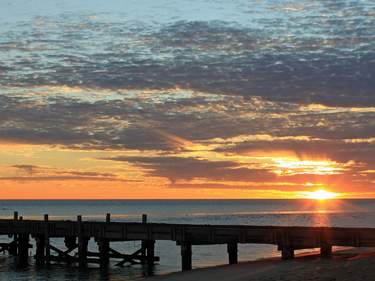
12 days / from 2900 USD
Explore Western Australia from Perth to Broome
Western Australia is the country's largest state, covering more than a third of Australia. This self drive itinerary allows you to explore sunny Perth, stunning national parks and waterfalls, the remote wild west outback, empty beaches and much more.
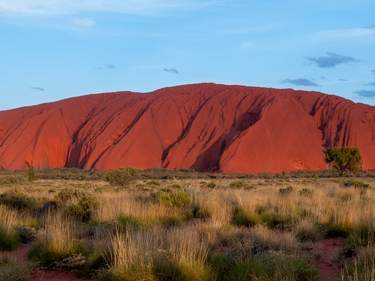
16 days / from 3300 USD
Explore South Australia and the Northern Territory
Explore South Australia and the Northern Territory on this self-drive adventure. Start in Adelaide and make your way over the Ayers Rock, Kings Canyon, and Alice Springs to the Kakadu National Park and ultimately Darwin.

23 days / from 4150 USD
Cross Western Australia to Darwin
Western Australia offers wonderfully remote outback experiences: from spectacular national parks to sandy deserts, pristine beaches to working cattle stations. This itinerary allows you to explore the way from Perth to Darwin in depth and at your own pace, in your own rental car.
Tailor-made trips for Australia
Staggering ocean views and easy access from Melbourne make this one of Australia’s best-loved road trips. Pack an overnight bag and follow the dramatic coastline, stopping to view a series of coastal rock formations, holding their ground in the surf.
The magnificent Twelve Apostles – eight giant sea stacks – appear otherworldly at sunset, guarding the limestone cliffs. Among the other rocky highlights include London Bridge arch, the Bay of Islands and Loch Ard Gorge.
At Bells Beach, grab a wetsuit and do your best Keanu Reeves’ impression. This was the famous surf setting for his film Point Break , but it was actually filmed in California.
If you’re not a surfer you can hike in Great Otway National Park, say hello to the koalas at Kennett River or kayak out into Apollo Bay to observe a seal colony. Otherwise, take it easy at a beach restaurant in the seaside town of Lorne.
Best for: Weekenders seeking surf and sea stacks.
How long: 2 days.
Need to know: Starts at Torquay, a 1.5-hour drive from Melbourne, and ends at Warrnambool.

© Photoholgic/Shutterstock
Driving north from Perth, you may expect nothing of the Outback landscape but scorched earth and straight roads all the way up the west coast. While these certainly exist, a road trip here is also punctuated with remarkable geological features, some of the best beaches in Australia and kangaroos hopping alongside your camper van.
First, a bit of fun at Lancelin where you can go sand boarding in the dunes or off-roading in a truck-sized 4x4. Then on to the Pinnacles Desert where bizarre pillars protrude from the desert like ancient monoliths.
In Kalbarri National Park, see Nature’s Window and the Z-Bend Lookout, abseil Murchison Gorge and ride on horseback around the scenic estuary at Big River Ranch.
A five-hour drive north brings you to Shark Bay, home of weird stromatolites – the oldest fossils on Earth – and the brilliant-white Shell Beach. Stop at Monkey Mia to meet the dolphins before heading on to Coral Bay, where another pristine white beach greets you. From here you can wade out 50m to the Ningaloo Reef – the second-largest reef in Australia – to snorkel with dazzling fish, turtles, reef sharks and whale sharks.
Best for: Desert adventurers.
How long: 5 days.
Need to know: To extend the trip, keep going all the way to Broome, via Karijini National Park.

© Cloudsrest Images/Shutterstock
The Nullabor is not for the faint-hearted. The mesmerising Eyre Highway runs through a vast, treeless plain, from Port Augusta in South Australia to Norseman in Western Australia .
With an almost 150km stretch that’s the world’s longest straight road, it’s no surprise that it’s known as “Nullaboring”. But many travellers love it for the beauty of the desert and the on-the-road camaraderie. There’s a strong sense of community at the roadhouses, which appear roughly every 200km – with nothing in between.
Venture away from the main road to see some of South Australia’s geological highlights, including Pildappa Rock – a 100m-long wave of red sandstone – or the peculiar rocks at Ucontitchie Hill and Murphy's Hay Stacks.
From Denial Bay, the Eyre Highway clings to the coast all the way to Western Australia. At the Head of Bight, you’ve a good chance of spotting Southern Right Whales between June and October. Then there are the empty beaches, towering cliffs, the magnificent blow-holes – and the oddities... Eucla features the ghostly remains of a telegraph station protruding from the encroaching dunes, while Balladonia (population: 9) commemorates the spot where the Skylab space station fell to Earth in 1979.
Best for: Adventurers up for trying anything, loners and Nullarbor addicts.
How long: 7–10 days.
Need to know: Be prepared with a serviced car, and enough food and water to last between roadhouses. Daytime temperatures can reach 50°C and nights can be freezing. Be careful of wildlife and passing road-trains.

Animal warning signs along the Nullarbor Plain © UnkbownLatitude Images/Shutterstock
If there’s one side trip on the east coast you mustn’t miss, it’s Fraser Island , a 123-km World-Heritage-listed sand island. Here, off-roaders may roam but the dingo is king.
The beach that runs the full length of the island functions as the main highway and an airstrip for small planes, so keep an eye on the air too while you bomb along the strand. Halfway down the beach, you can’t fail to notice the eerie remains of the shipwrecked SS Maheno appearing silhouetted against the raging surf.
Take a side road into the interior and suddenly you’re in another world – specifically, you’re in a subtropical rainforest growing on 200m-high sand dunes. Stop for a swim in the sparklingly clear Lake McKenzie, one of forty freshwater lakes perched high on the dunes. It’s like nowhere else on Earth.
You can pitch your tent at any of the 35 designated grounds – just you, the campfire, the rumble of surf and the sense of beady canine eyes watching from the darkness.
Best for: Beach bums who tidy up after themselves.
Need to know: Arrange your trip at Hervey Bay, where you can hire 4X4 and buy vehicle access permits.

Related articles from the blog
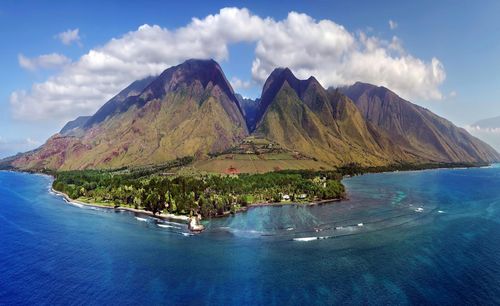
5. Wineries along Tasmania ’s Great Eastern Drive
Drive northeast from the capital Hobart to start the Great Eastern Drive at Orford. You can catch a ferry from Triabunna to Maria Island National Park and spend the day hiking, wildlife watching and visiting the World-Heritage-listed Darlington Probation Station, a kind of reform school for convicts in the nineteenth century.
Back on the coast road, the views over Great Oyster Bay are overwhelming. Recover in Swansea with a plate of seafood washed down with a glass of wine from the East Coast Wine Trail .
Don’t drink it all at once; you’ll be passing the vineyards on the next leg to the Freycinet Peninsula. This is one of Australia’s top beauty spots, not least Wineglass Bay, a perfect curve of sand around an azure bay, best seen from a lookout after a steep hike.
They say the devil is in the detail, but here it’s actually in Bicheno. If Tasmanian devils are on your must-see list, then plan a visit to the Natureworld Wildlife Sanctuary.
From Bicheno, the Surf Coast leads you to Scamander, beyond which lie Binalong Bay and the heavenly Bay of Fires . Despite the rusty orange glow from the lichen-coated boulders, there’s not a devil in sight on these pristine beaches.
Best for: Hikers who enjoy devilishly good scenery.
How long: 3 days.
Need to know: You can drive the whole route in a day, but you’ll want to take a few days. The Great Eastern Drive can easily be incorporated into a loop around the whole island state.

Wineglass Bay Freycinet, Tasmania @ Shutterstock
This mountain road crosses one of Australia’s main ski regions and some of the highest altitudes in the country, which just scrape above 2000m – so don’t expect anything too extreme.
Nonetheless, it’s a beautiful drive through a gentle region, a world away from Victoria’s lawless past. From Wangarratta, the road passes vineyards and farmland as far as the pretty town of Bright.
But take a short detour and you’ll reach Beechworth and Glenrowan, land of the nineteenth-century outlaw Ned Kelly, where you can learn about the life of this national folk hero.
Back on the Great Alpine Road, continue to Mount Buffalo National Park and climb its granite tors or explore on horseback, like Ned himself would have done. As you cross the Ovens River Valley, snowy peaks come into view.
Beyond Harrietville, the road gets tougher, as it winds steeply up through snow gum forests to Mount Hotham, Victoria's highest alpine resort. This is a starker landscape with deep valleys and panoramas across the Australian Alps. It’s well worth hiking the Razorback Trail to the summit of Mount Feathertop, Victoria’s second-highest mountain.
After this, the road descends to Dinner Plain and on to historic Omeo, a former gold-mining town. Then down through forests at Tambo to Metung, the Gippsland lakes and the ocean beyond.
Best for: Mountain-lovers, who don’t mind that Australia’s alps are somewhat vertically-challenged.
How long: 1 day.
Need to know: If you drive from Melbourne, take the M31 to Wangaratta, and on the coastal journey back, stop at Wilson’s Promontory and Phillip Island.

View of the coastline at Nobbies Centre in Phillip Island, Victoria, Australia © Javen/Shutterstock
Explore more of Australia with the Rough Guide to Australia . Compare flights , find tours , book hostels and hotels for your trip, and don’t forget to buy travel insurance before you go.

- See & Do
Planning your own trip? Prepare for your trip
Use Rough Guides' trusted partners for great rates
Travel advice for Australia
From travel safety to visa requirements, discover the best tips for traveling to Australia
- Eating and drinking in Australia
- Getting around Australia: Transportation Tips
- Travel Health Australia
- Sports and Outdoor activities in Australia
- How to get to Australia
- Travel Tips Australia for planning and on the go
- Travelling with children in Australia
- Best time to visit Australia
Find even more inspiration for 77 here
Ready to travel and discover australia, get support from our local experts for stress-free planning & worry-free travels.
- Where to stay
- Itineraries
- Travel advice

Travelling Without a Passport

The Best Four-Week Travel Itineraries in Australia
We’ve got plenty of inspiration to help you plan an unforgettable four-week trip Down Under

For most adventurers, a trip to Australia is a dream come true. And if you have four weeks in Australia, well, you won’t want to waste a second. With so much to see and do in this vast country — Australia is the sixth largest country in the world and the biggest island on the planet — and the lengths you may go to travel Down Under — it makes sense to not only create a wishlist, but plan a full-on itinerary. That’s where we come in!
Before embarking on a four-week itinerary in Australia, consider the Australian continent’s geography. If you’re a nature lover drawn to remote landscapes, then head to the outback of sparsely populated Western Australia — but be sure to allot time in its super-sunny capital of Perth , a metropolis boasting beaches, botanical gardens, vineyards, and off the coast, an island reserve called Rottnest Island. On the East Coast, between Brisbane and Cairns , you’ll find Australia’s largest cities, Sydney and Melbourne , and unlimited opportunities for adventure, from driving the scenic Great Ocean Road to deep-sea diving off the Great Barrier Reef .
And if four weeks in Australia and New Zealand is more the ticket, we’ve got itineraries for that incredible journey, too, including stargazing in the Aoraki/Mount Cook region and bungee jumping in Queenstown , a gorgeous natural wonder that’s truly earned its stripes as the world’s “Adventure Capital.” Let the itinerary planning begin!
Our top itinerary for four weeks in Australia
Perth to kalbarri.
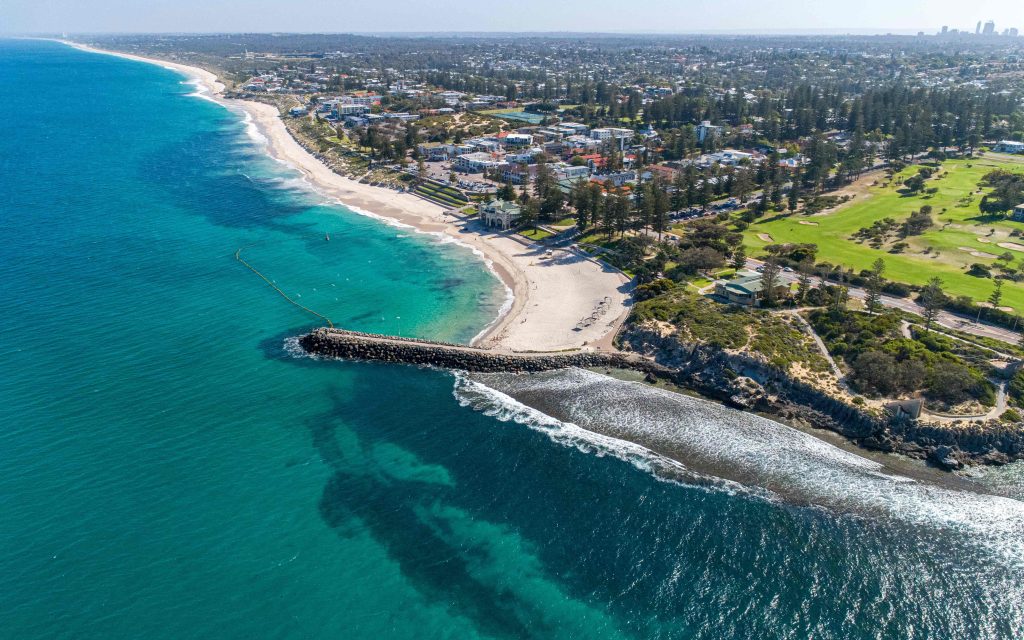
Start your four-week tour of Australia in sunny Perth. And we do mean sunny — Western Australia’s vibrant capital is one of the sunniest cities in the world! Head north to Nambung National Park to explore The Pinnacles Desert, carving out time to swim at one of the gorgeous beaches. Next up: Jurien Bay Marine Park, where you can snorkel, dive and kayak along the limestone reef, or sand-board down the massive expanse of white sand dunes. Capping off the excursion: a trip through Geraldton to the chill beach town of Kalbarri.
Kalbarri National Park to Shark Bay
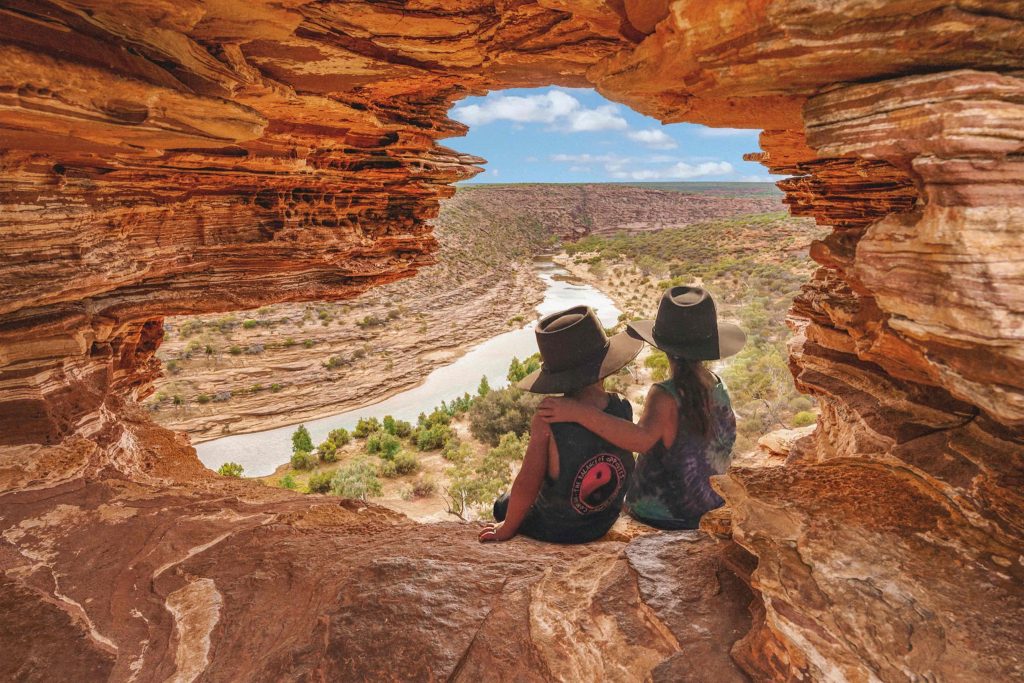
Take a short drive to the ancient Kalbarri National Park. Explore the spectacular Skywalk, with two cantilevered structures suspended over Murchison Gorge, and jaw-dropping views that defy the imagination. Hike the Loop Walk and scope out Nature’s Window, an iconic natural attraction formed from Tumblagooda Sandstone. Discuss it all over lunch, then it’s straight on to Shell Beach, composed entirely of white cockle shells—truly a rare phenomenon. End the day in charming Denham, a former pearling town, now the gateway to Shark Bay.
Monkey Mia to Coral Bay
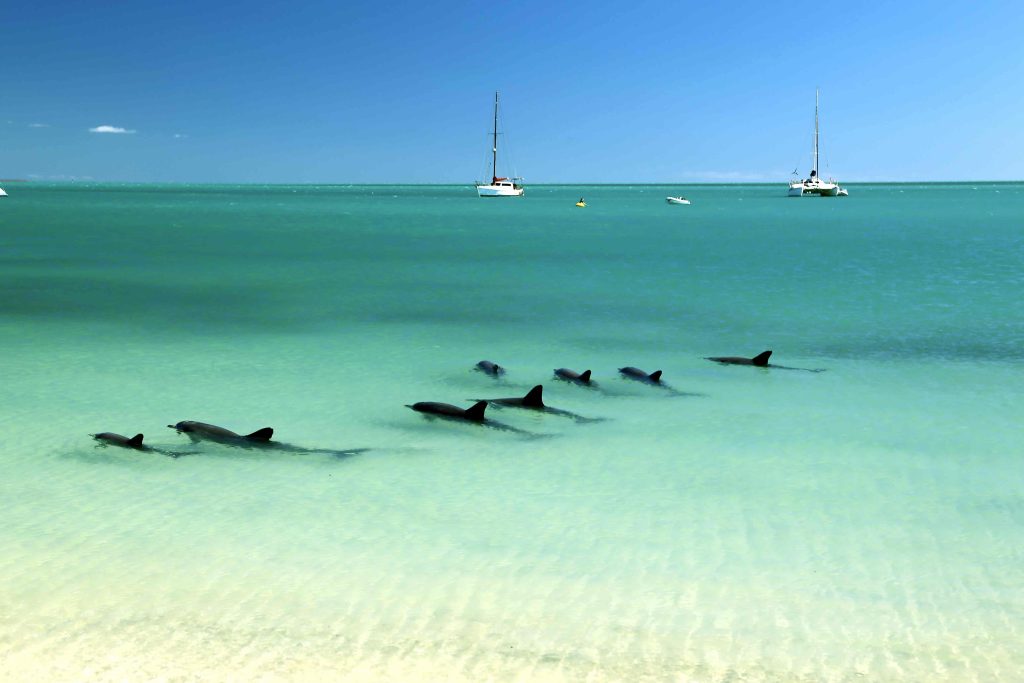
Drive across the Peron Peninsula to the nature reserve, Monkey Mia, to meet the bottlenose dolphins that frequent the shallows. More treasures await as you continue on your Australia itinerary, 4 weeks and counting, including Carnarvon, a tropical haven, and two hours drive south, Hamelin Pool, a marine nature reserve where fascinating stromatolites known as “living fossils” await. Continue along the highway to Coral Bay, a scenic coastline known for its manta rays, white sand beaches, and red outback desert.
Coral Bay to Yardie Creek
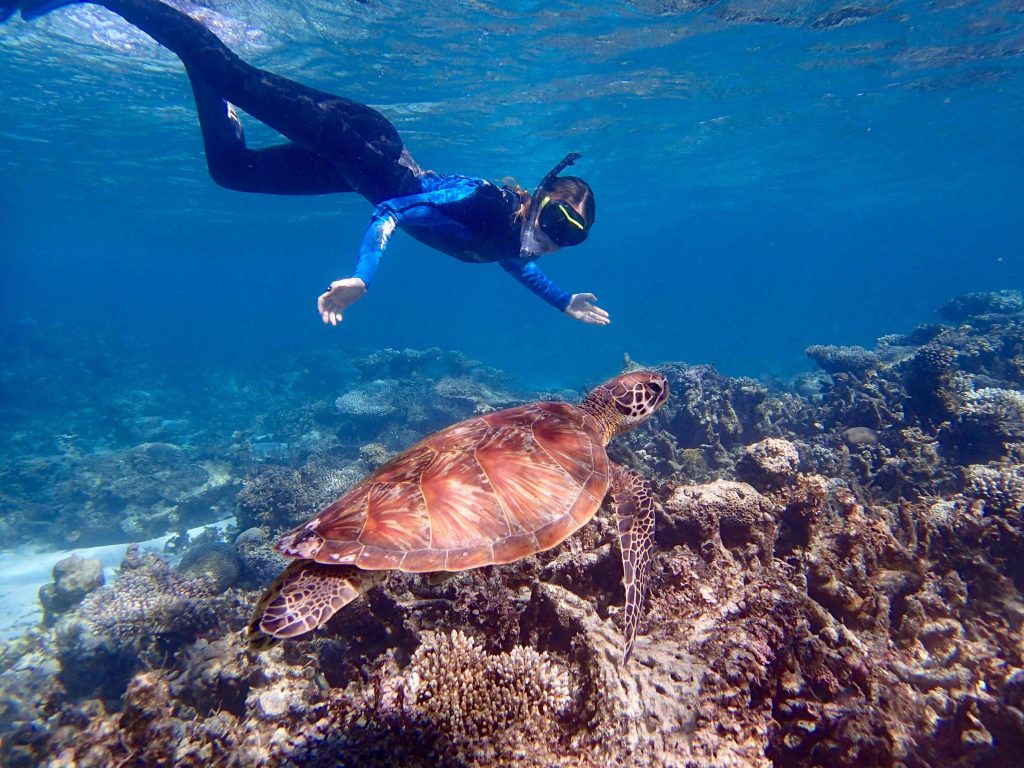
Head to picturesque Coral Bay, home to the UNESCO World Heritage site, Ningaloo Reef, famous for its humongous whale sharks. Take a snorkeling or diving tour in the pristine waters or cruise the reef in a glass-bottom boat offering a front-row seat to the coral formations and marine life below. Later, drive to the campsite at Yardie Creek in Cape Range National Park, where you can take a nature walk or boat tour and explore Yardie Creek Gorge, with its enormous cliffs, wildlife, and astonishing views.
Exmouth and Cape Range National Park
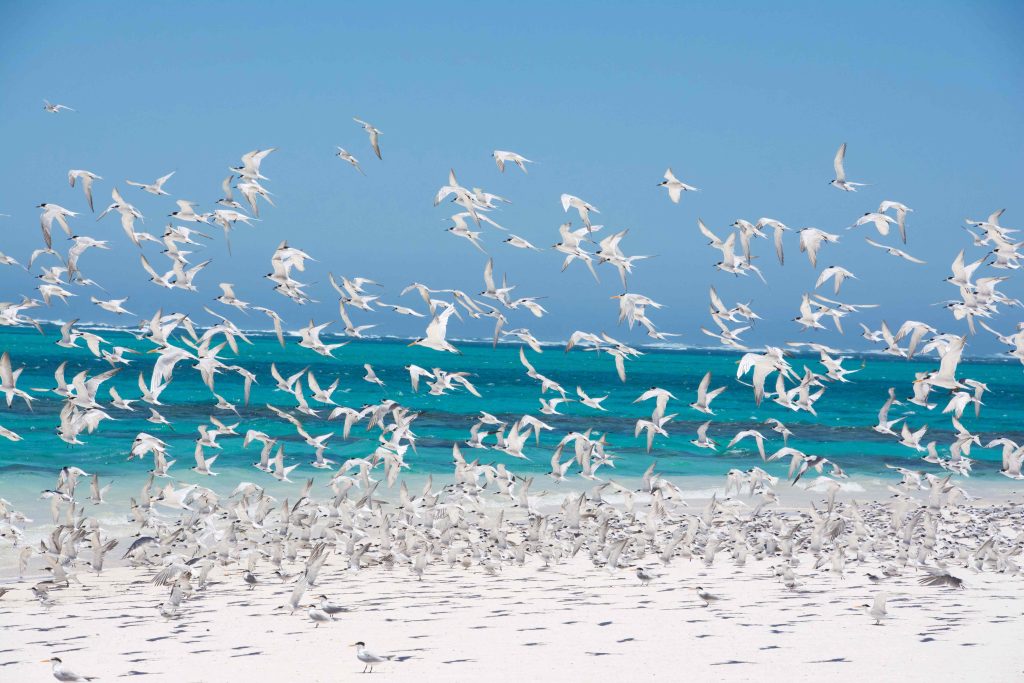
Drive from Exmouth to Cape Range National Park, a snorkelers’ nirvana, offering a window to over 500 species of fish and 220 species of coral. Next, head to the hilltop Vlamingh Head Lighthouse with sensational views of the Indian Ocean, but time it right—it’s one of the few places in Australia where you can watch the sun both rise and set. Wander the seaside town of Exmouth before settling down in a permanent campsite.
Karijini National Park
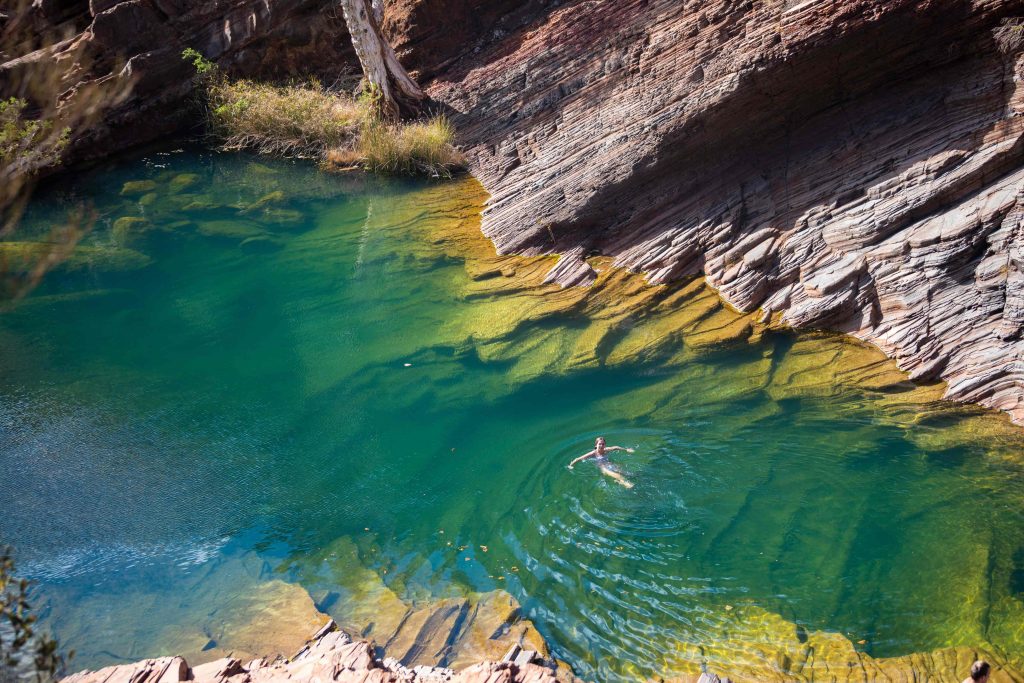
Head inland through the vast cattle-grazing stations of the dry, red-earth Pilbara region. Pass through the little mining town of Tom Price, nicknamed “Top Town in Western Australia” thanks to its position as the country’s highest town above sea level. Spend the night at a campsite overlooking the Hamersley Range, a natural wonder in Karijini, notable for its ancient canyons, gorges, and rocks, plus Mount Bruce, Western Australia’s second-highest peak. Discover the full itinerary here: West Coast Discovery (From Perth to Darwin)
Four-week itinerary for Australia and New Zealand
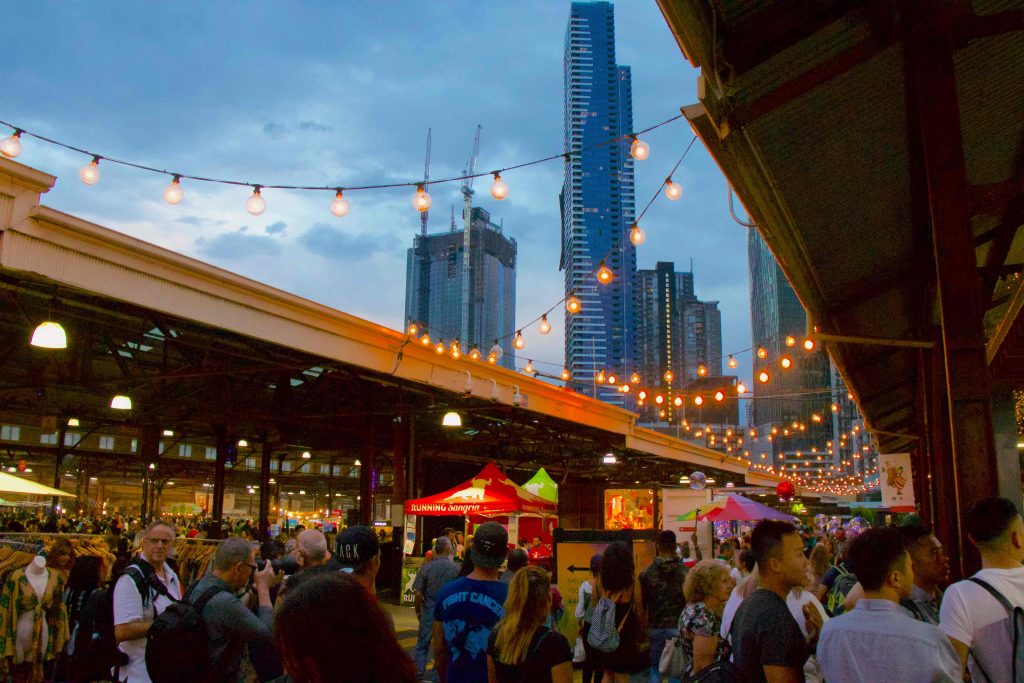
Start your sightseeing at gorgeous Fitzroy Gardens, the city’s most historic gardens, then drive past the lush Royal Botanic Gardens, renowned for its plant diversity and scenic lakes. Next, it’s on to the Victorian Arts Center, famous for its architecture, as well as its performance spaces. Enjoy dinner at one of the local standout restaurants—Melbourne’s innovative food and drink scene is without equal—then browse Chapel and Brunswick Streets for vintage finds and designer clothing.
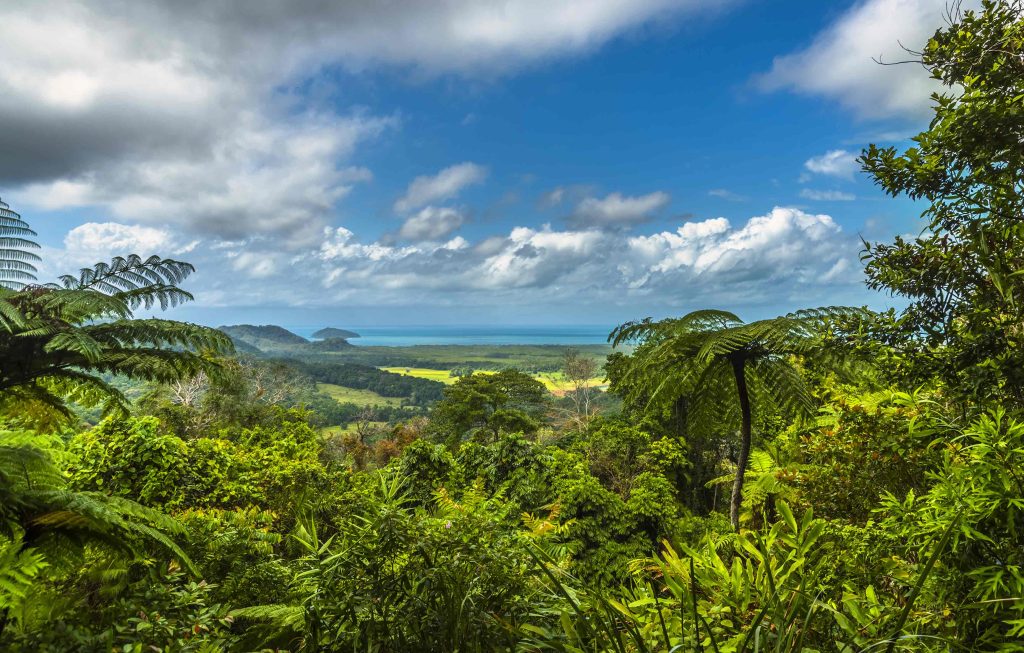
Fly to the coastal city of Cairns and spend a day relaxing in this tropical paradise. Catch some rays and enjoy year-round swimming at Palm Bay, explore the splendor of Cairns Botanical Gardens, or nearby Daintree Rainforest, the world’s oldest rainforest, where you can zipline, hike, or hop on a river cruise—the options are endless!
The Great Barrier Reef
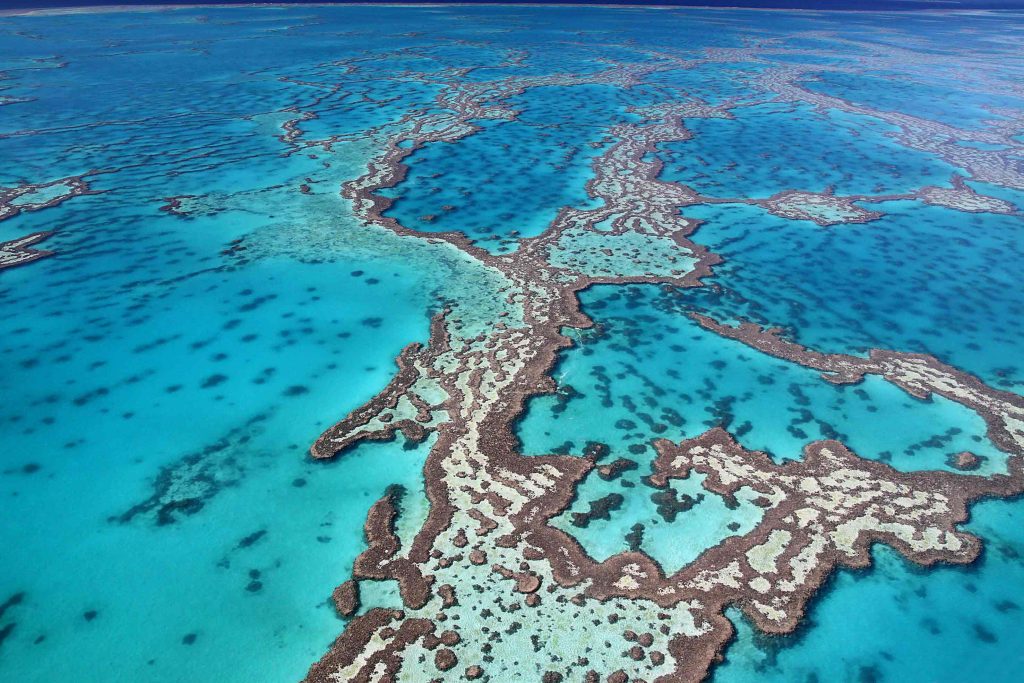
One of the rewards of spending four weeks in Australia and New Zealand? A trip to the Outer Great Barrier Reef—definitely the experience of a lifetime. Board a catamaran and cruise to the Outer Reefs where you can snorkel, scuba-dive, and swim among turtles and fish in this dazzling underwater world. Or take a glass-bottom boat tour and view the reef’s brilliant beauty without taking the plunge.
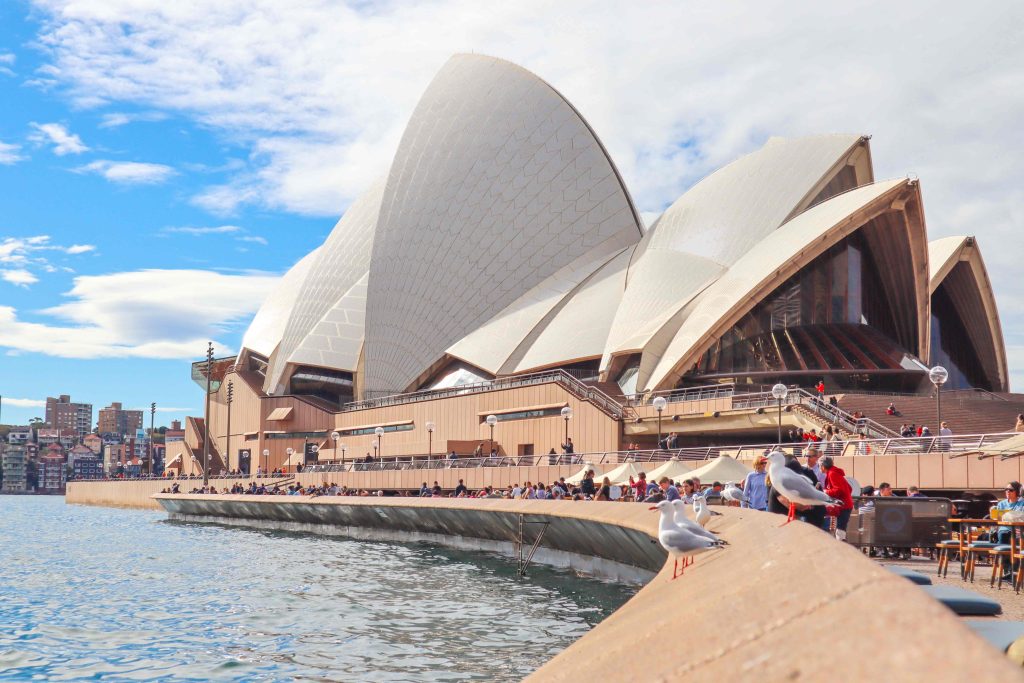
Fly to Australia’s largest and most famous city. First stop: the Sydney Opera House, a UNESCO World Heritage Site and stunning architectural masterpiece. Want a peek of the performance spaces? Take a guided tour—or score tickets to a show. Next, Mrs. Macquarie’s Chair, a sandstone landmark within the Royal Botanic Garden Sydney beckons—the perfect photo-op with sweeping views of Sydney Harbour. Visit beautiful Bondi Beach (surfing, anyone?) then hop on a Sydney Harbour cruise and enjoy postcard-worthy vistas.
Christchurch
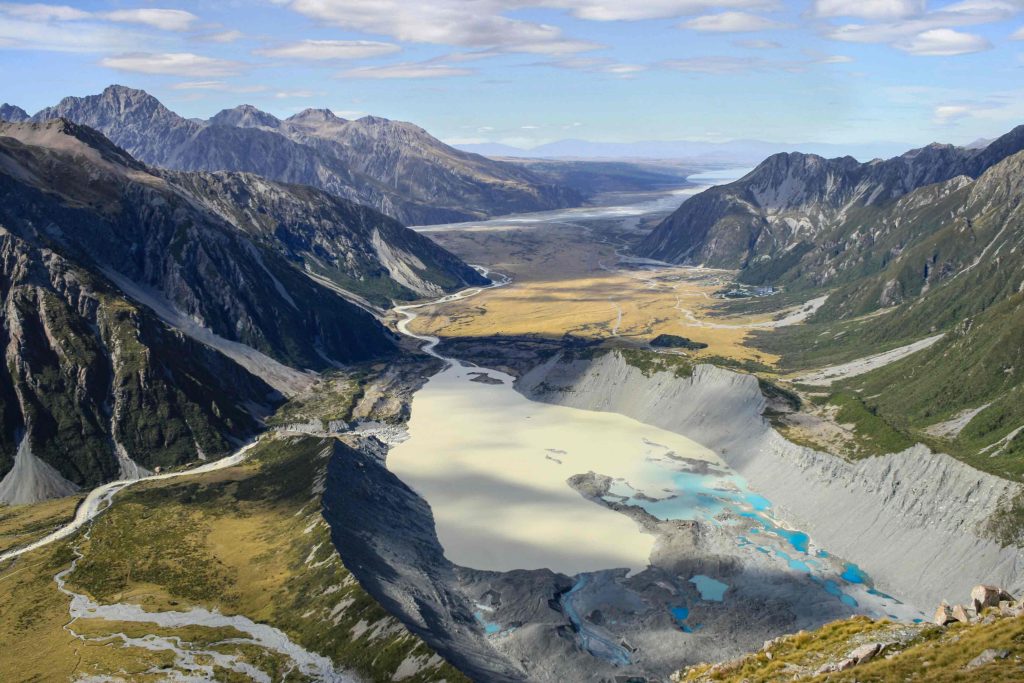
Fly to Christchurch, a must-visit when spending four weeks in Australia and New Zealand. Divided by the Avon River, it’s the largest city on New Zealand’s South Island. Travel south to Aoraki/Mount Cook National Park, a hiker’s heaven named after New Zealand’s highest peak. If weather permits, join a stargazing tour—the Mount Cook region has some of the darkest skies in the world, perfect for viewing the southern night sky with the naked eye, binoculars or telescopes.
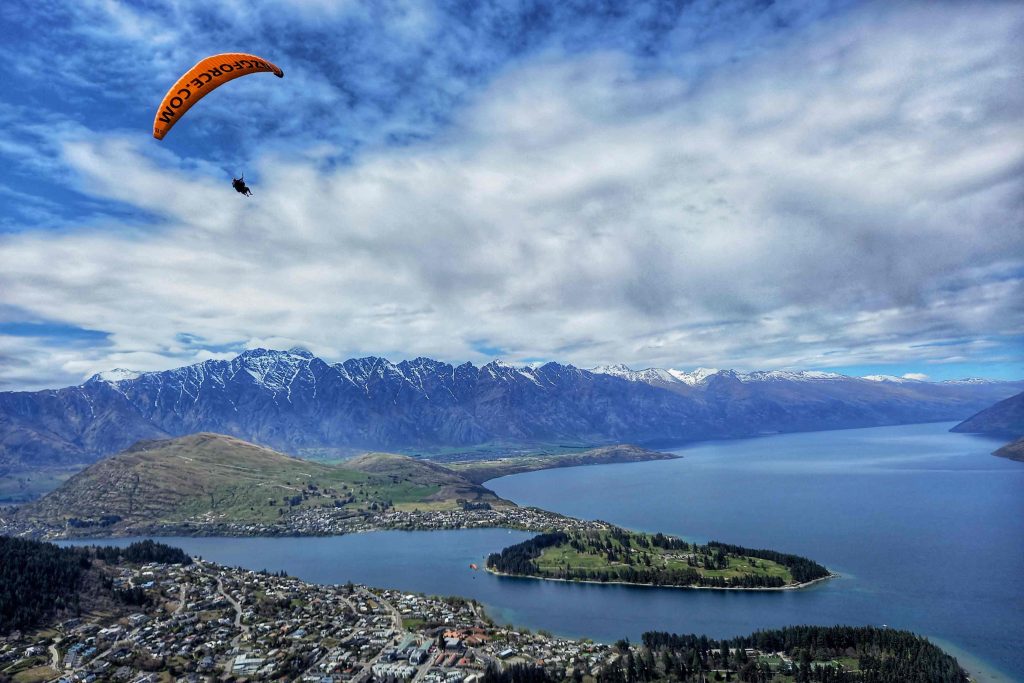
Start the day at the Sir Edmund Hillary Alpine Centre, spotlighting the history and culture of the Aoraki/Mount Cook region—and don’t sleep on the domed digital planetarium. Then enjoy the adrenaline rush of Queenstown, dubbed the “Adventure Capital of the World.” There’s no limit to the exciting activities on offer, from bungee jumping, jet-boat rides, skydiving, and canyoning, to snow sports. Discover the full itinerary here: The Complete South Pacific: Melbourne to Queenstown

Randi Gollin
Randi Gollin is a freelance writer and editor based in Brooklyn, NY. She’s covered everything from travel, food, and cocktails, to shopping and business topics for digital publications and tech and media brands.
Related Articles
- Destination Guide
- Tips & Tricks
Where to See the Northern Lights in February
If you hope to see the Northern Lights in February, you’re...
- Destinations
- North America
- Worldly Insights
13 Places Where You Can Find Middle-Earth on Earth (That Aren’t in New Zealand)
Since the dawn of the Internet, curious minds have searched the...
- South America
10 Warm Places to Visit All Year Round
A travel adventure always feels better when it’s balmy. Yet during...

The Best Winter Activities in Europe
Get unlimited access to the world's best travel stories. subscribe now., privacy overview.
- Destinations
- Travel Tips
- Travel With Us
- Paid Travel Internship
- TTIFridays (Community Events)
- SG Travel Insider (Telegram Grp)

The Ultimate Australia Road Trippin’ Guide — 10 Itineraries For The Perfect Adventure of a Lifetime
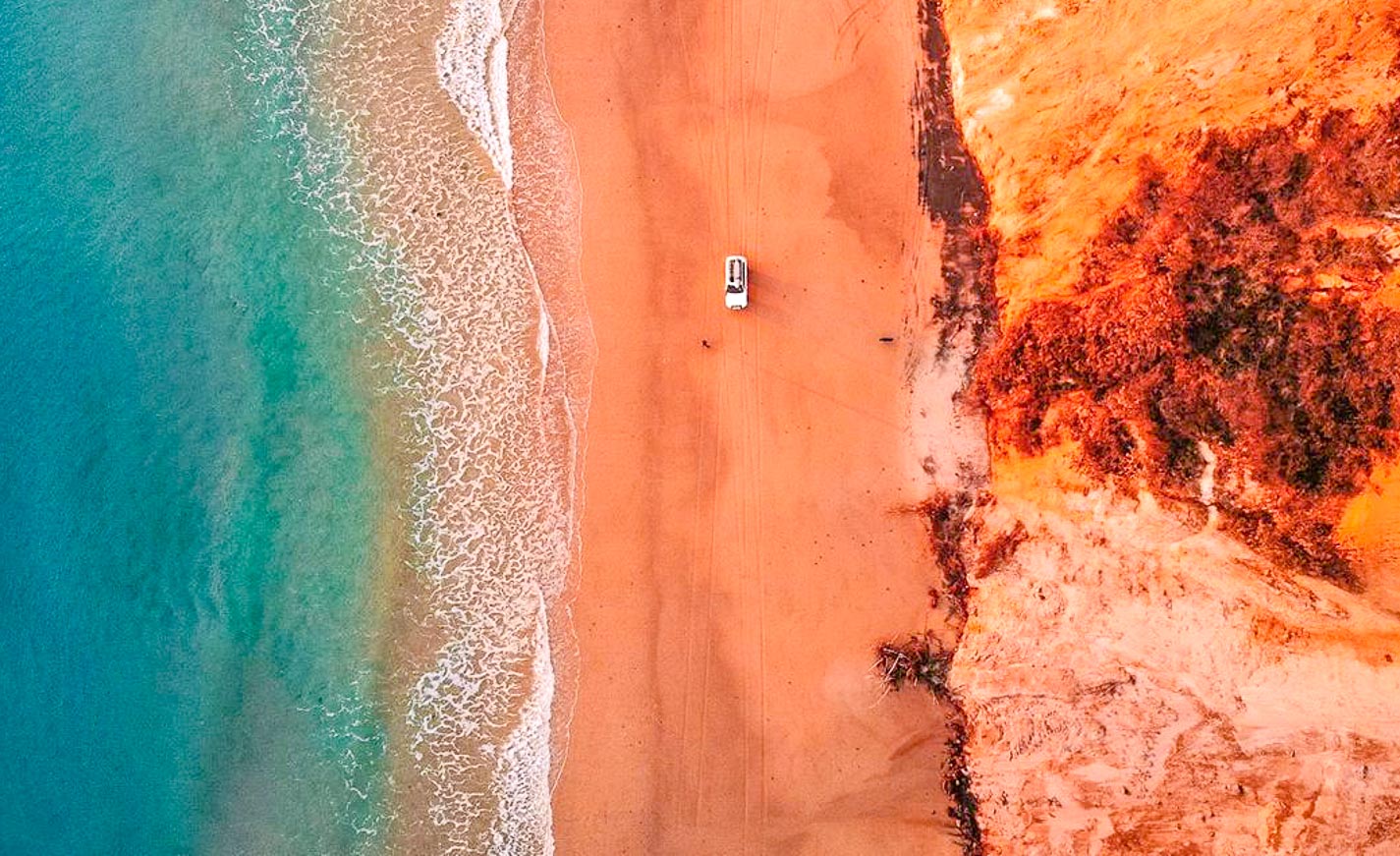
From cities to coasts and national parks to natural beauties, an epic road trip is the best way to explore Australia!
Recently, I rented a Blue SG car with my best friend and had a wild time driving 17km from Yishun to Hougang. It barely qualifies as a road trip, but it reminded me of my last trip to Australia . If you didn’t know already, it’s one of the sweetest places for a truly epic road trip!
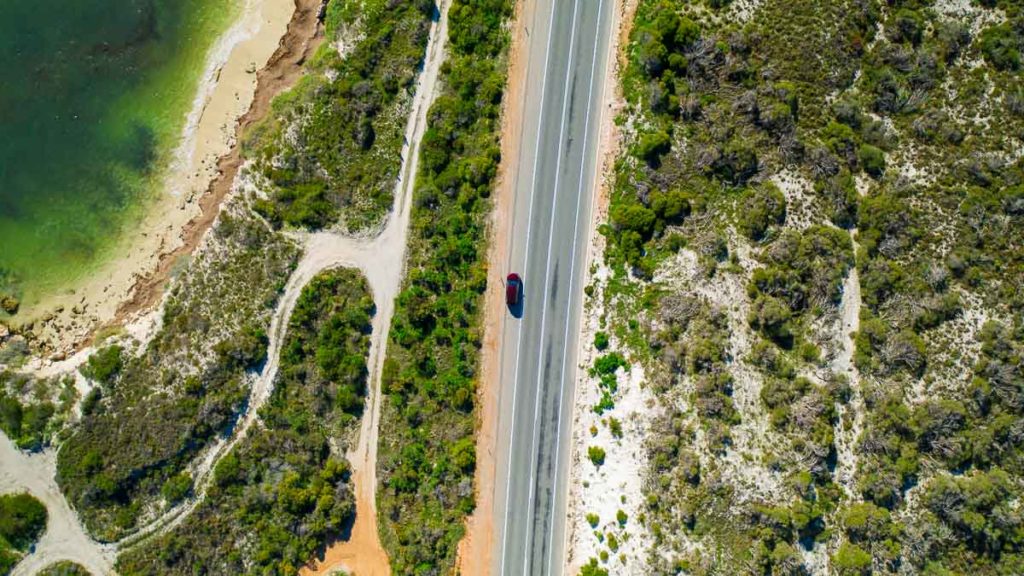
Across the country, there are tons of routes packed with scenery, action and adventure. And it’s friendly for beginners (a.k.a. driving noobs) too!
It’s a bummer we can’t travel right now, but I’ve found that an instant mood lifter is to get your ‘ revenge travel ‘ plans in order (i.e. a long post-COVID-19 trip that makes up for lost time) — so here are 10 of the best Australia road trips to go full throttle on once we get the green light! 🟢
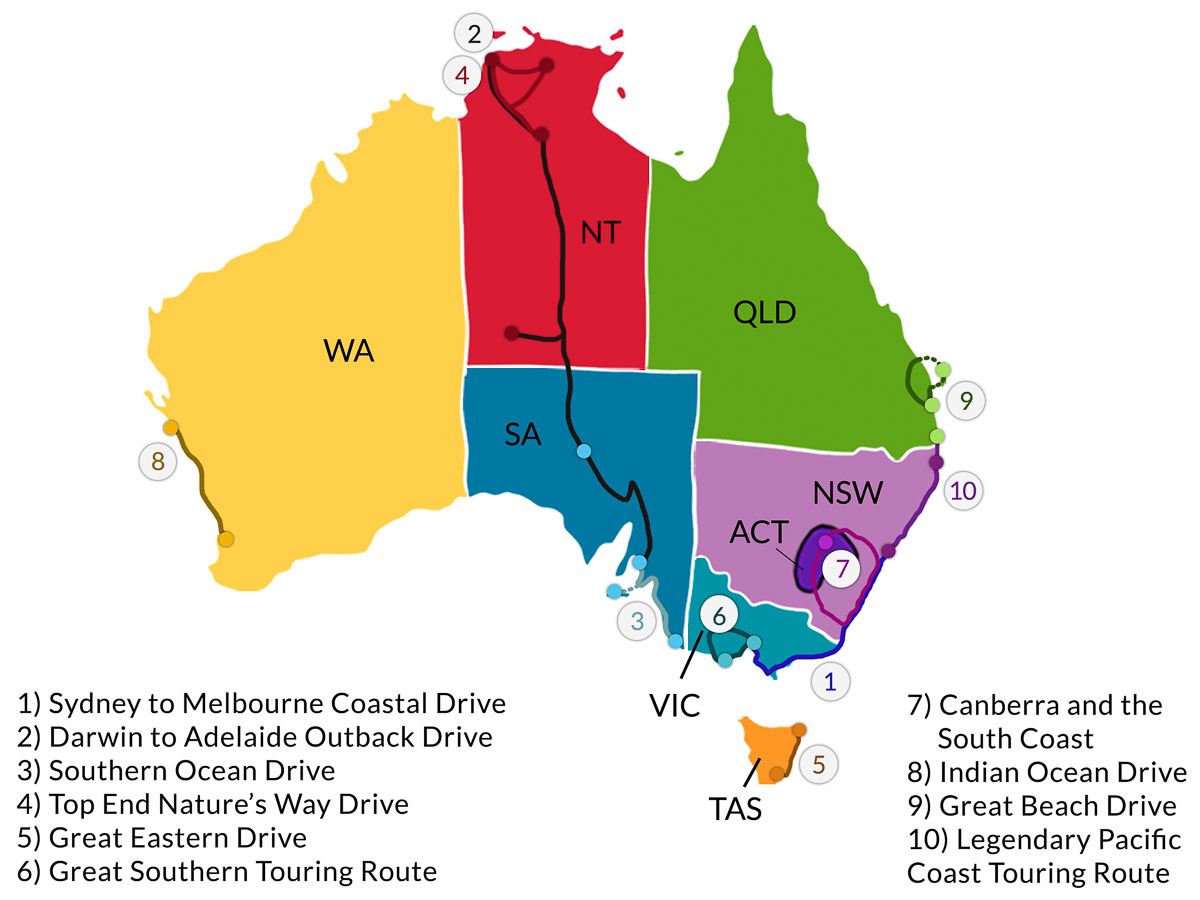
1) Coastal drive from Sydney to Melbourne
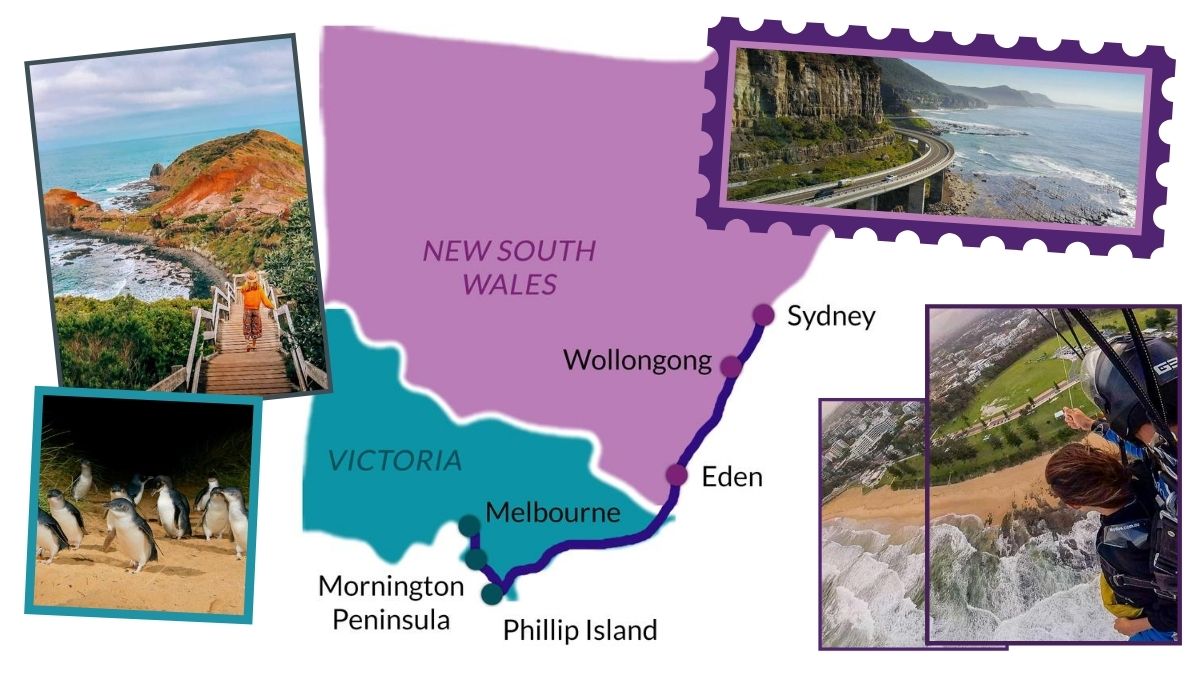
Journey time: 4–8 days (~1,300km) Starting point: Sydney Airport (~8hr flight from Singapore)
Between two of Australia’s largest cities, the coastal drive from Sydney to Melbourne (or vice versa) is sensational. Every inch of the way from New South Wales to Victoria offers quirky seaside towns, golden beaches and wondrous ocean views.
Part of the route includes the Grand Pacific Drive , a 140km stretch along New South Wales’s South Coast . It covers gorgeous attractions like the Royal National Park and the stunning Sea Cliff Bridge .
The drive from Sydney to Melbourne is perfectly beginner-friendly. There are many stops along the route whenever you need to stretch your legs.
Read more: Sydney South Coast Road Trip — 7-Day Itinerary From Sydney to Eden
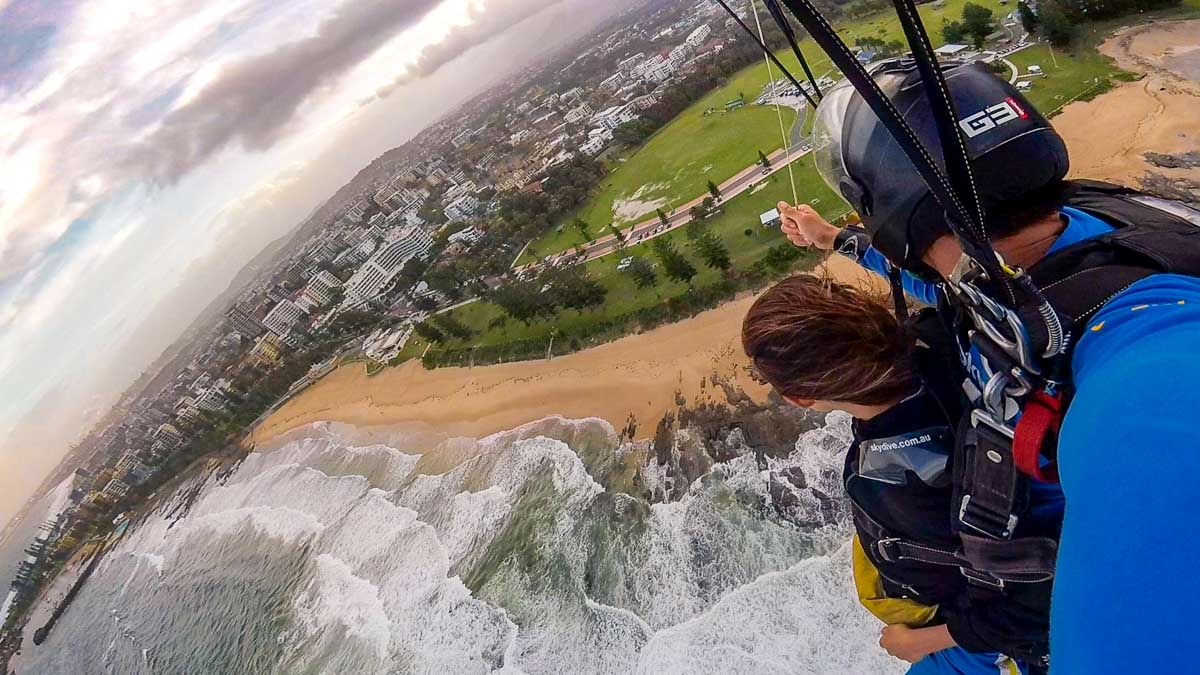
Now, onto the epic must-dos. First, sign up for some adrenaline-pumping skydiving over Wollongong . Above the magnificent coast, you’ll freefall at speeds over 200km/h, wayyy faster than you’ll ever go on your road trip!
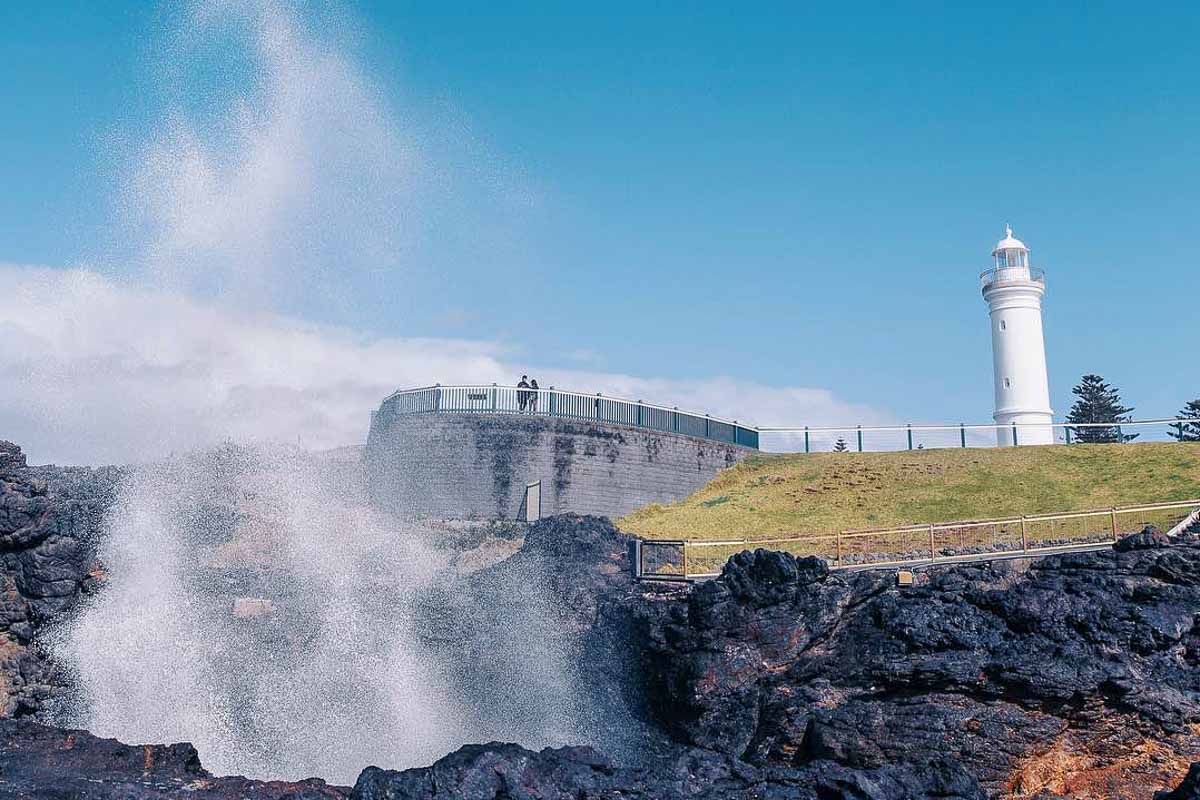
Photo credit: @kattgao via Instagram
After Wollongong, drop by the Kiama Blowhole and be blown away. Well, not literally, but there’s a good chance of getting soaked.
Alternatively, if you’re road trippin’ during summer, spend a night or two in Jervis Bay . You might be lucky enough to catch the phenomenal sea sparkles , or bioluminescence.
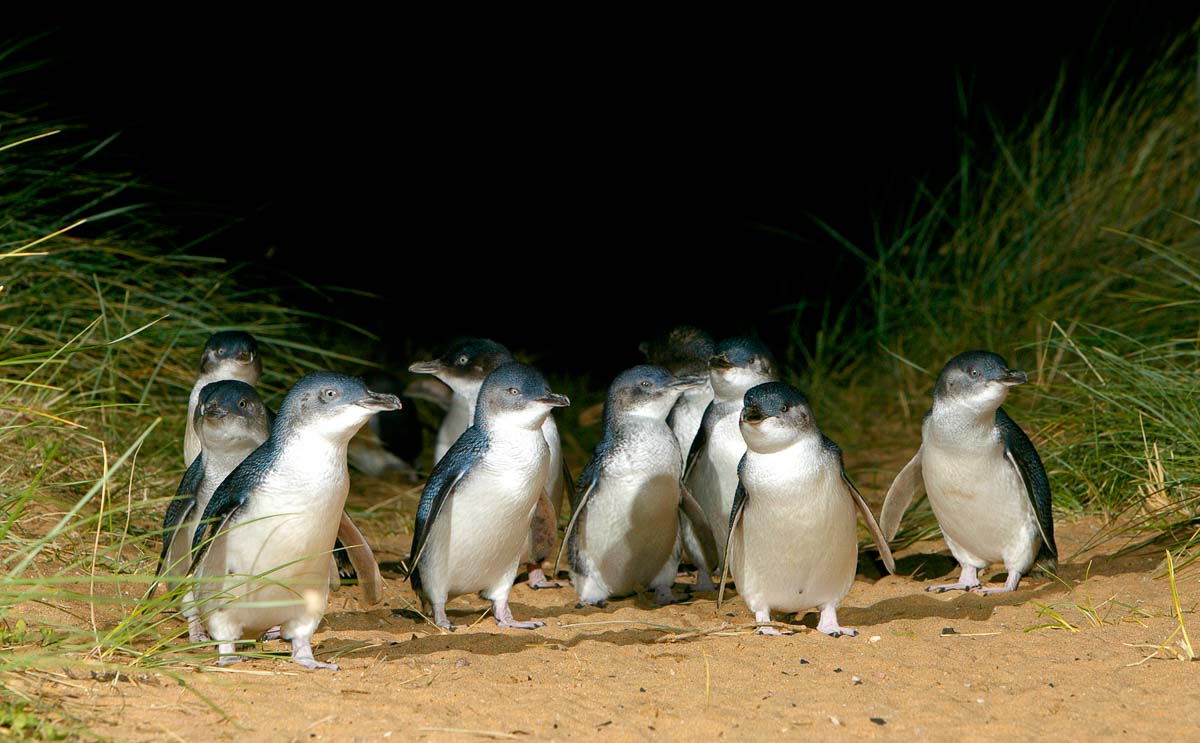
Once you’ve crossed the border into Victoria , get ready for even more wow’s (and aww’s ). For nature lovers, don’t miss the adorable Penguin Parade on Phillip Island . It’s a heart-melting treat watching these little fellas waddle out of the ocean and scuttle around the beach.
Check out other island activities like scenic walks and visiting the cuddly Koala Reserve too!
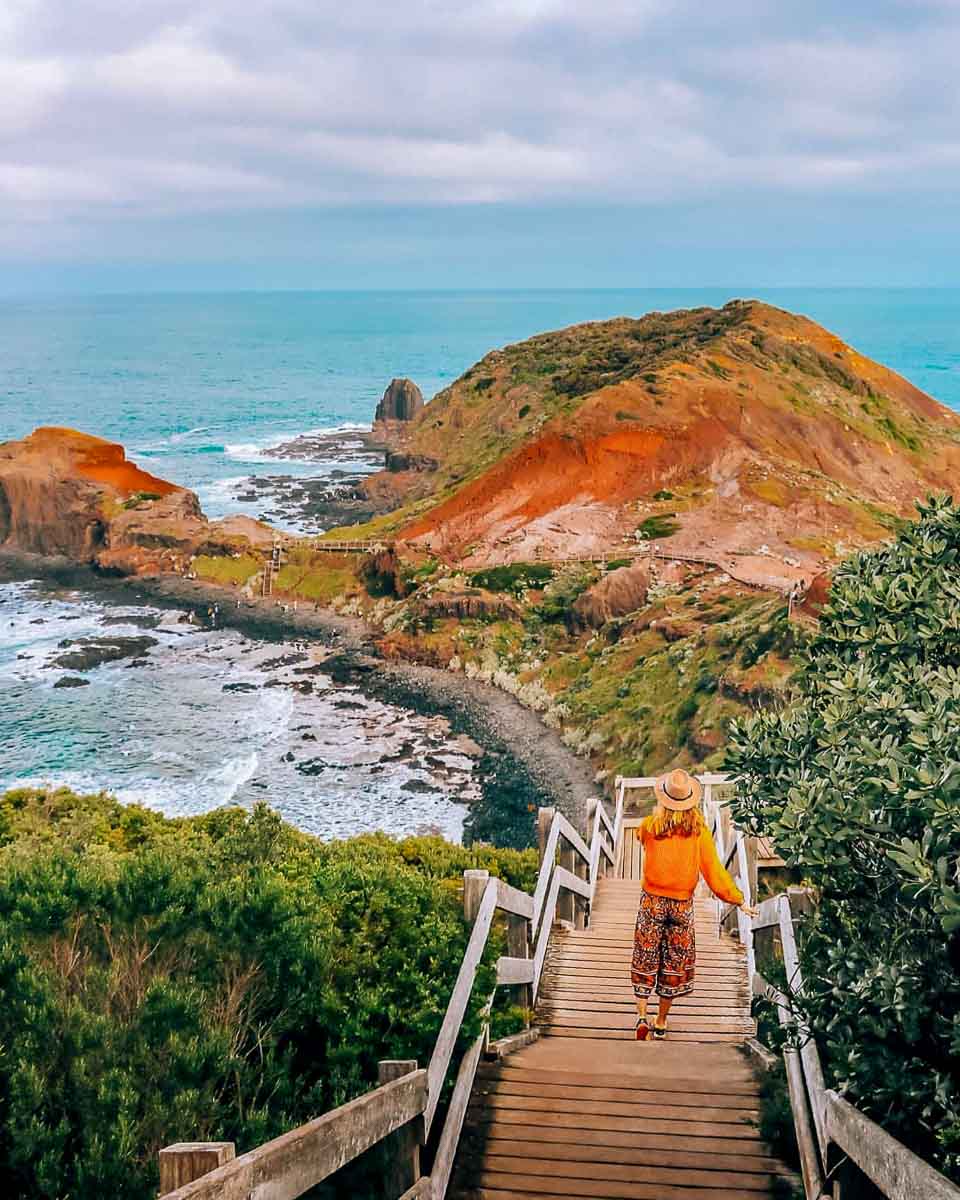
Photo credit: @helenabradbury via Instagram
Before you reach Melbourne , make one last stop at Mornington Peninsula . Here, you can drink deep at exquisite wineries and explore the stellar coastline at Cape Schanck (recommended by Chris Hemsworth 🤩).
Got another week to spare? Extend your road trip from Melbourne to Adelaide just next door! Alternatively, if you’re flying out from Sydney , make the return drive from Melbourne to Sydney via the inland route . After coasts and busy beaches, you can now enjoy the quiet countryside and historic gold-mining towns.
2) Ultimate Australian Outback road trip from Darwin to Adelaide
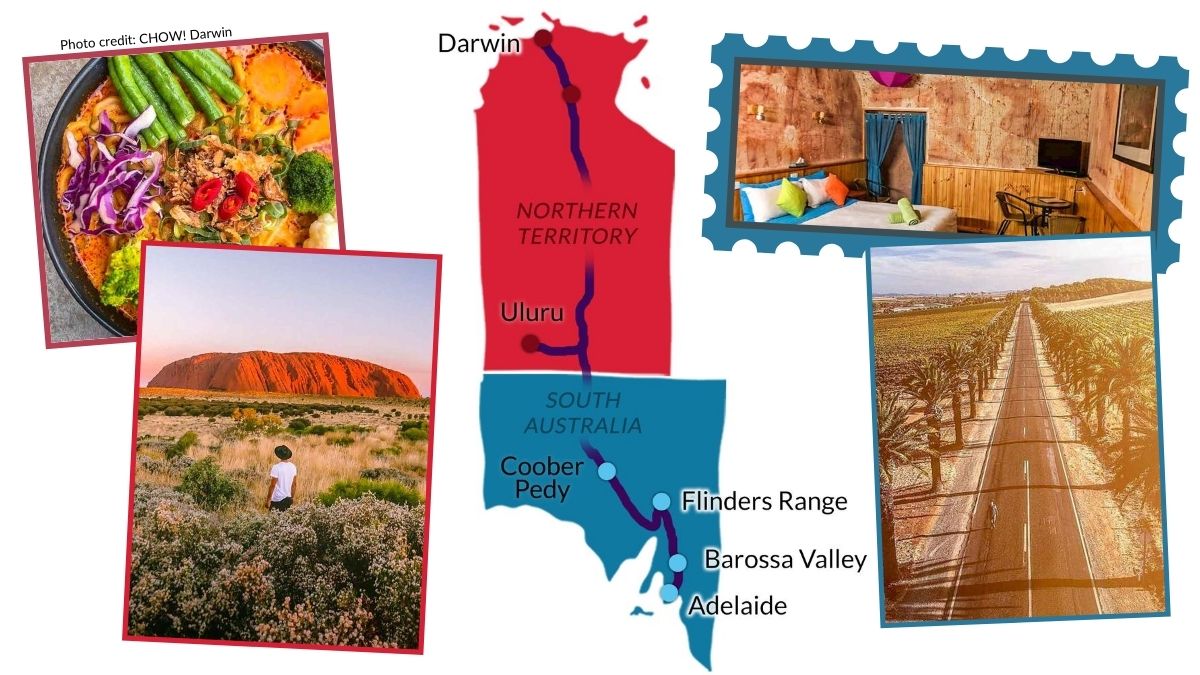
Journey time: 10–14 days (~3,000km) Starting point: Darwin Airport (4.5hr flight from Singapore)
Cutting across the vast outback, the drive from Darwin to Adelaide takes you through a series of wonderful and unusual landscapes. You’ll pass miles of red earth in the Northern Territory before reaching South Australia’s world-renowned wineries.
This adventurous route is more suited for seasoned travellers as you might be driving long distances (depending on your itinerary). Petrol stations are also few and far between, so plan carefully and refuel at every stop.
To eager first-timers, don’t let the long drives stop you from diving into this road trip! Just add a few more days for exploration and extra rest.
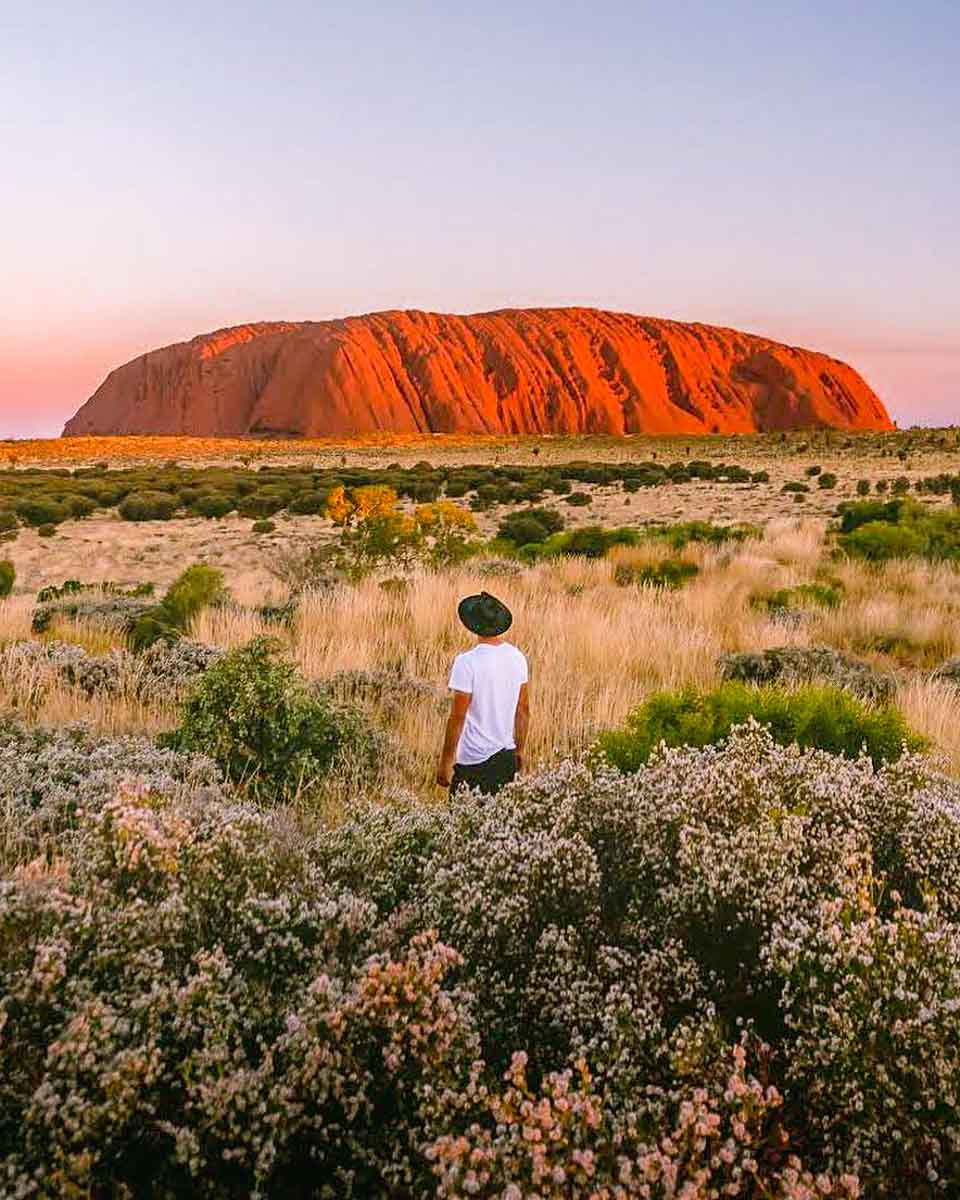
Photo credit: @exploreuluru via Instagram
Deep in the heart of the Red Centre , the hallmark of this outback road trip is the monumental Uluru . Get to know it your way — see it from above with a badass helicopter ride , or join a cultural tour and learn about the sacred land and Aboriginal culture.
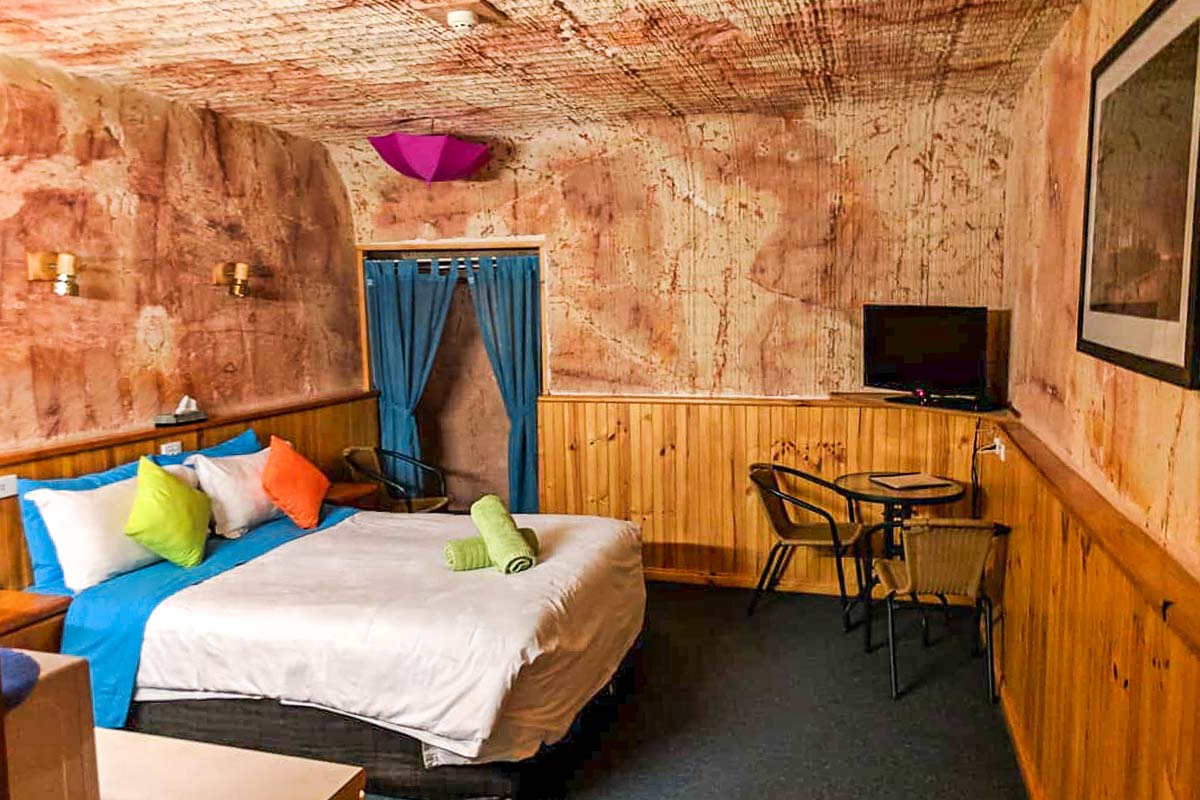
Photo credit: @nealjennings via Instagram
Eight hours away lies the strange town of Coober Pedy . It’s the opal mining capital of the world, but the show-stealer is that the locals live underground to avoid the scorching heat!
Staying a night here is a must. It’s not every day you get to live in a posh B&B carved out of natural sandstone, especially one located 25m below .
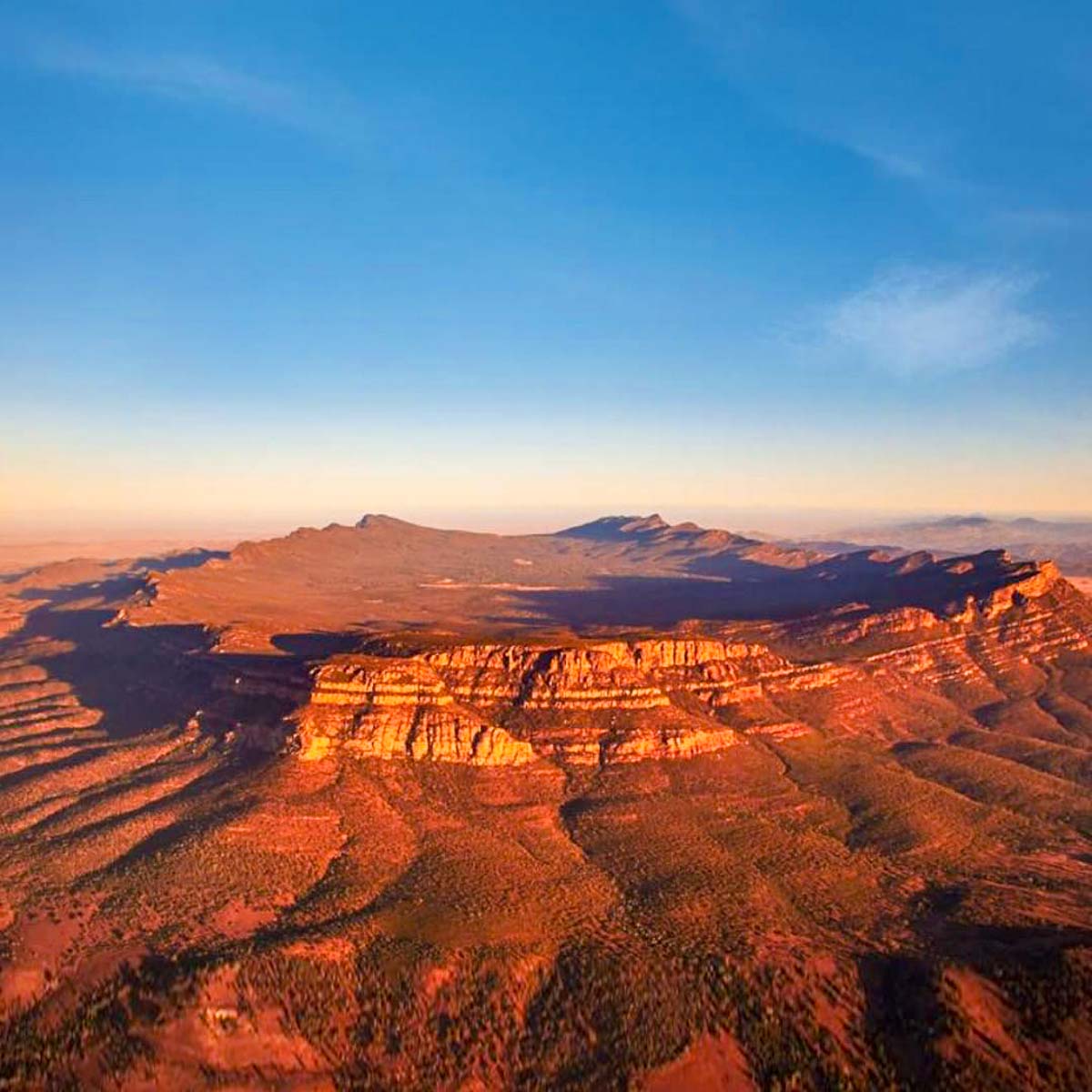
Photo credit: @alan.timms1 via Instagram
If you thought Coober Pedy was mind-blowing, wait till you hit the Flinders Ranges .
The national park is home to incredibly dramatic landscapes like Wilpena Pound , a massive bowl-shaped crater made up of craggy mountains. The best way to see it is through an exciting scramble up to its rugged ridges or a relaxing scenic flight .
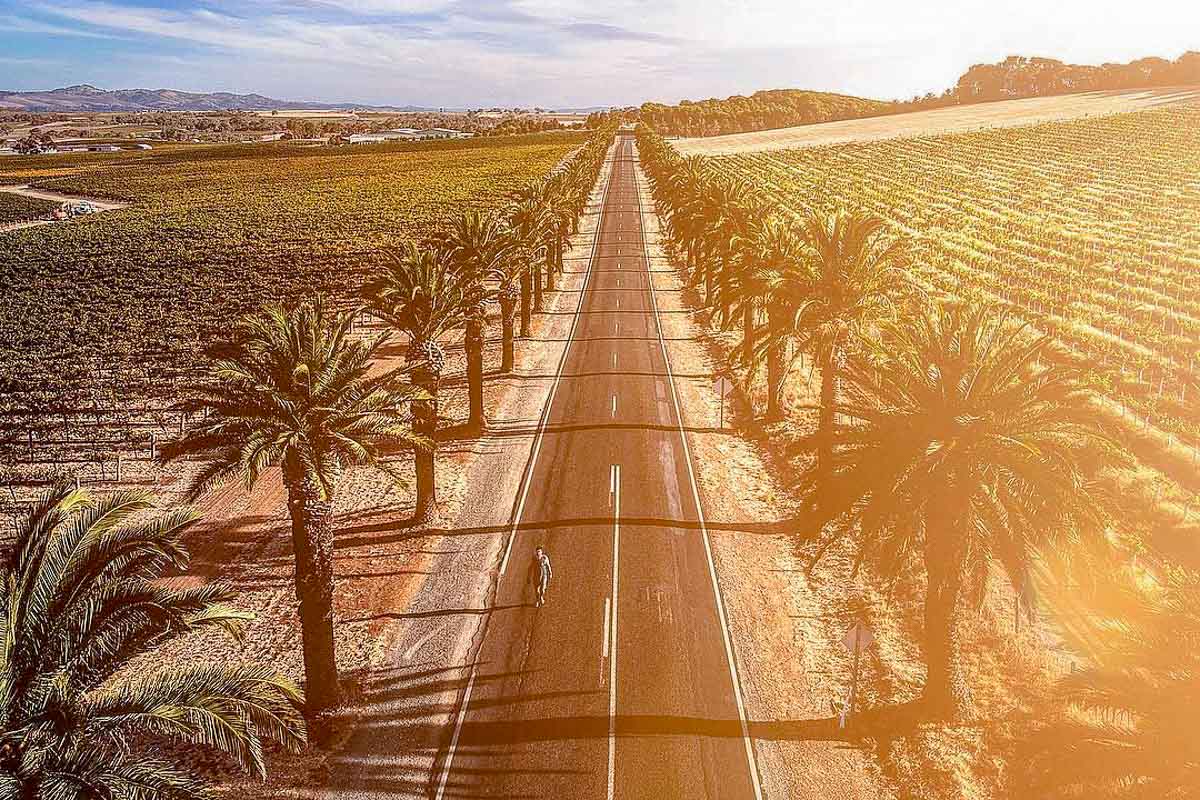
Photo credit: @ashhughesphotos via Instagram
After days of non-stop adventure, wine down in the Barossa Valley — reputed as one of the world’s greatest wine regions. There are over 150 wineries and 80 cellar doors, so take your time to swirl and sip Australia’s finest Cabernet Sauvignon or special Barossa Shiraz.
The excitement doesn’t have to end in Adelaide ! Not too far from the city, there are plenty of jaw-dropping coastlines that are ripe for exploring, which brings us to our next route…
3) Scenic South Australia road trip — Southern Ocean Drive from Adelaide to Kangaroo Island and Mount Gambier
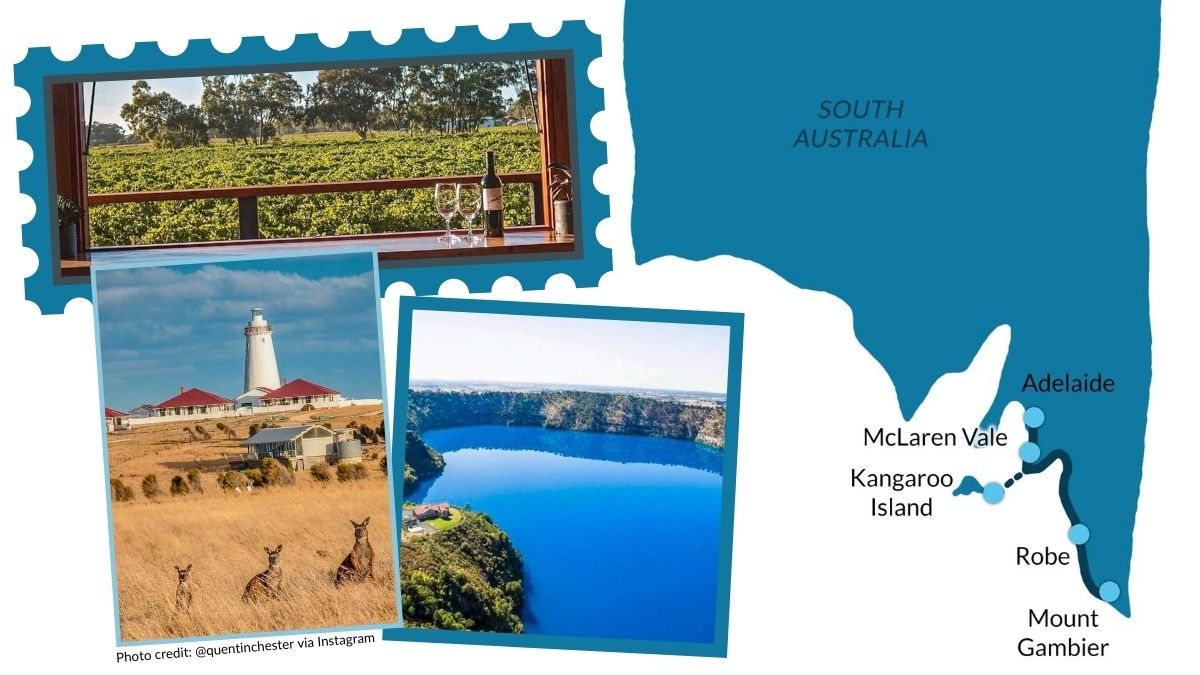
Journey time: 5–7 days (~500–1,200km) Starting point: Adelaide Airport (~7hr flight from Singapore)
With an abundance of coastal scenery, tasty wines and native wildlife, the Southern Ocean Drive is one of the loveliest, lesser-known road trips in Australia. In fact, some consider it a ‘sequel’ to Victoria’s Great Ocean Road drive (more on this later)!
The route is great for beginner road trippers as there are plenty of stops to pull over at. Plus, attractions are relatively nearby one another. It’s likely you won’t drive for longer than three to four hours each day.
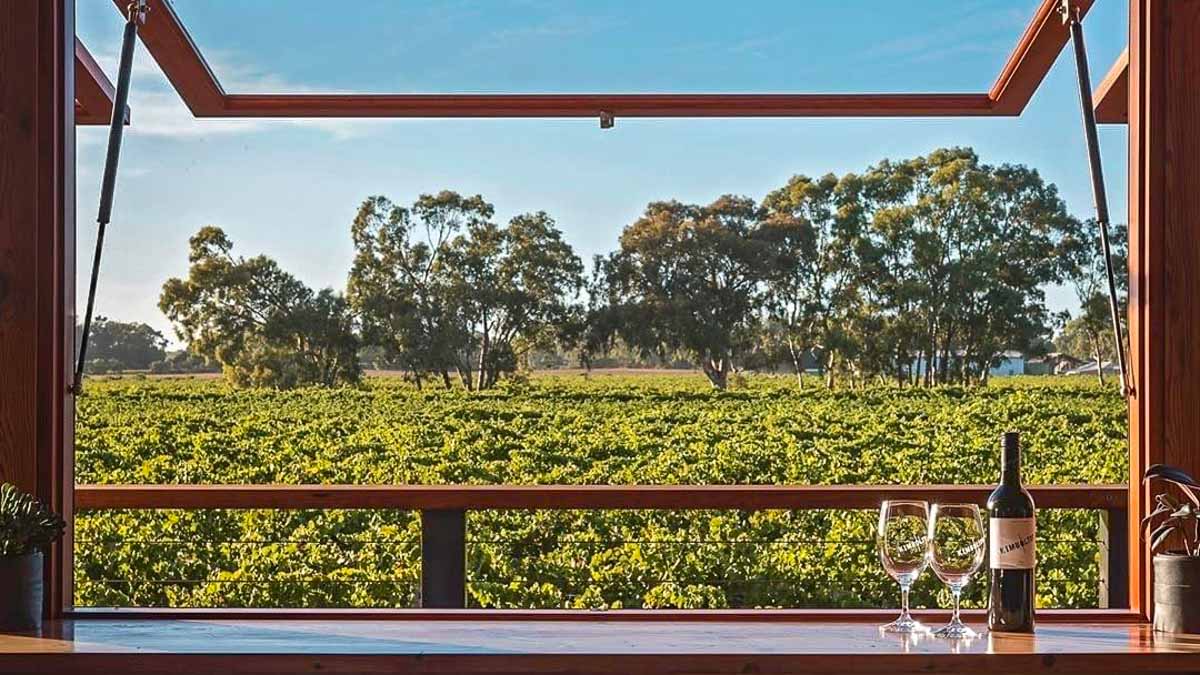
Photo credit: @officialfleurieupeninsula via Instagram
South Australia produces half of all the wine in the country, so there’s no excuse not to indulge! Make your first stop at McLaren Vale in Fleurieu Peninsula . It’s home to some of the world’s oldest grapevines, and serves the most delectable wines and local produce you might ever taste in your life.
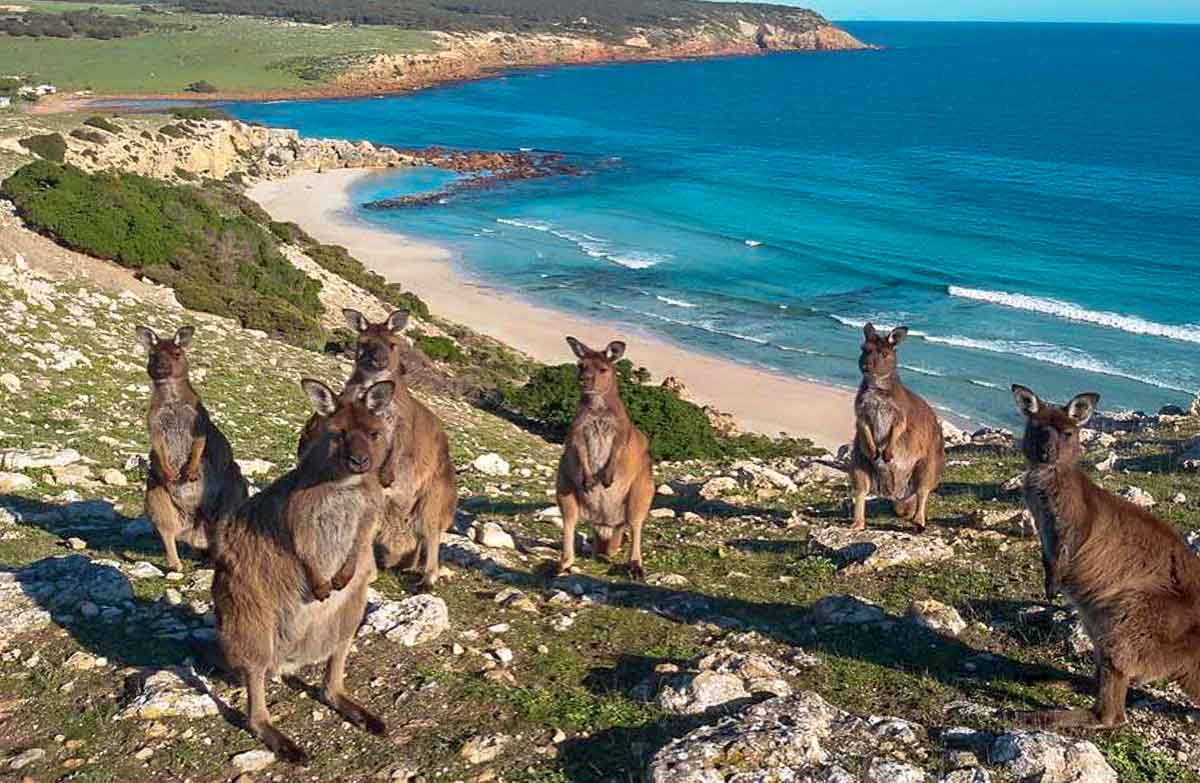
Photo credit: @promotemytown via Instagram
Nature and wildlife lovers would adore Kangaroo Island . A good part of it is protected in nature reserves, so it’s no surprise to meet wild ‘roos and see other wildlife roaming free!
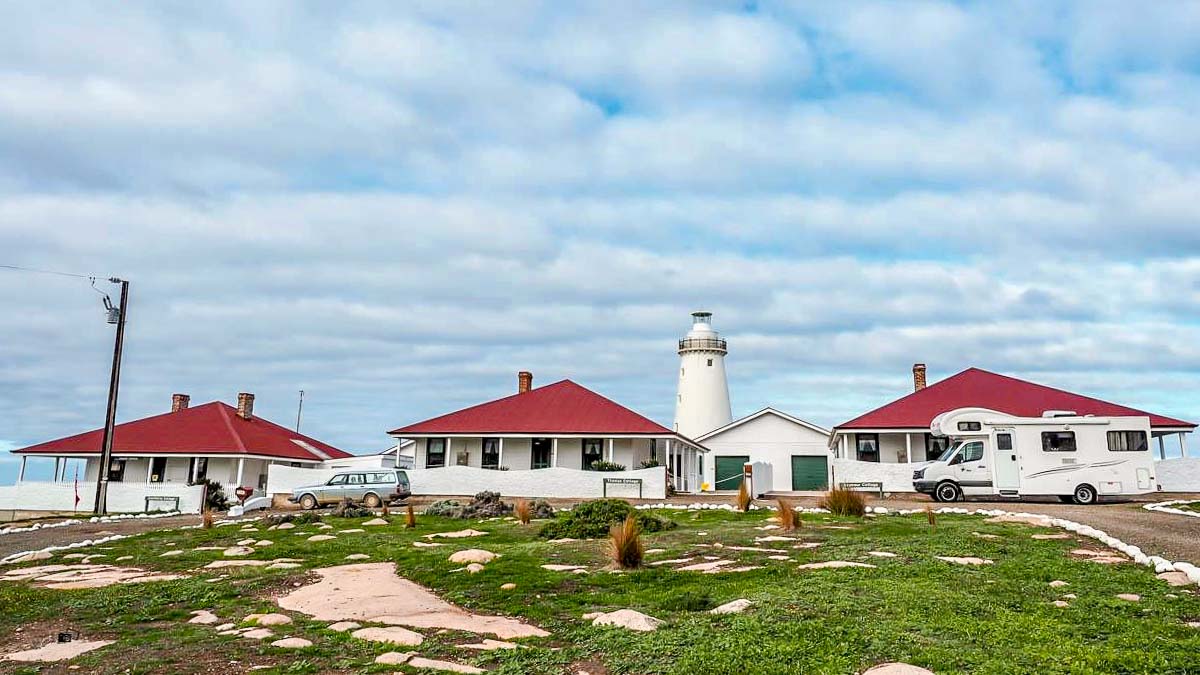
Photo credit: TripAdvisor
To make your Kangaroo Island experience more unique, stay the night in a quaint cottage by Cape Willoughby Lighthouse . You’ll enjoy a well-deserved package: Exclusive privacy, calming sounds of crashing waves, and a magnificent sunrise view.
If you only have a few days, keep the road trip short and explore Kangaroo Island fully. Otherwise, take a ferry back to the mainland and continue your coastal journey.
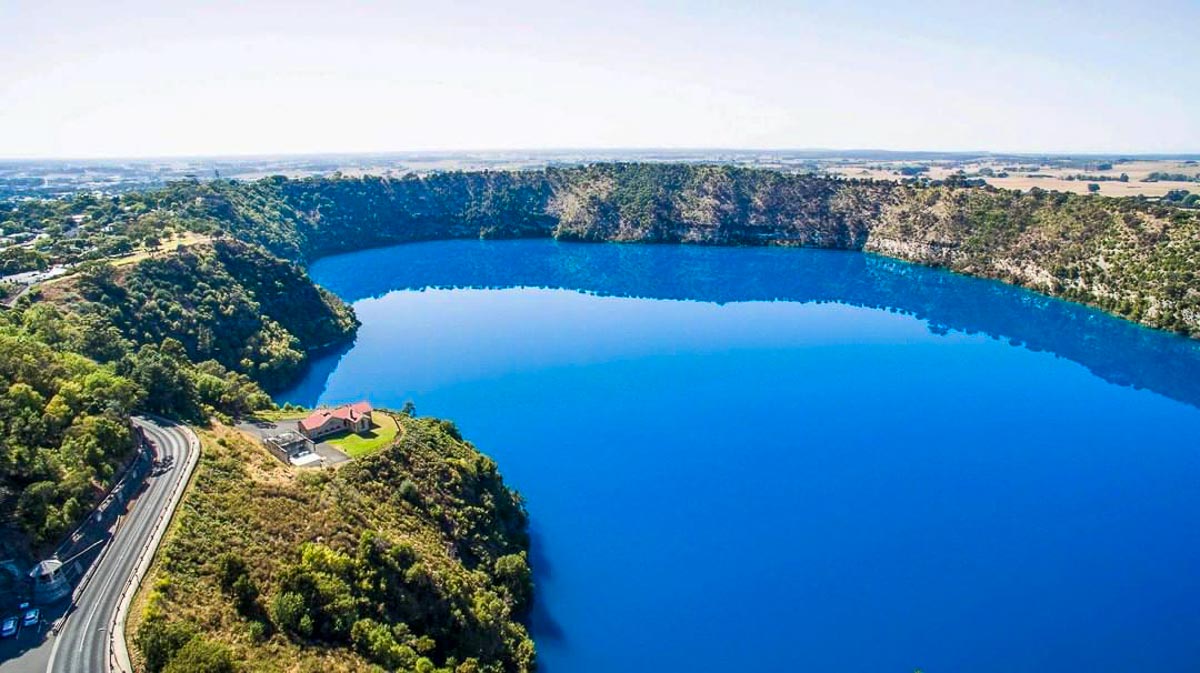
Photo credit: @discover_mount_gambier via Instagram
Situated along the Limestone Coast , Mount Gambier is a city built atop an extinct volcano. Its main attraction is the mysterious Blue Lake , a huge crater lake. From April to November, the water is a distinct greyish-blue colour. But once November rolls around, it transforms into a striking turquoise blue.
The Blue Lake is not permitted for swimming, but its smaller cousin is! Satisfy your urge to dip at the Little Blue Lake , a giant sinkhole filled with pleasantly cool waters. It’s free to enter, and makes an awesome photo spot too!
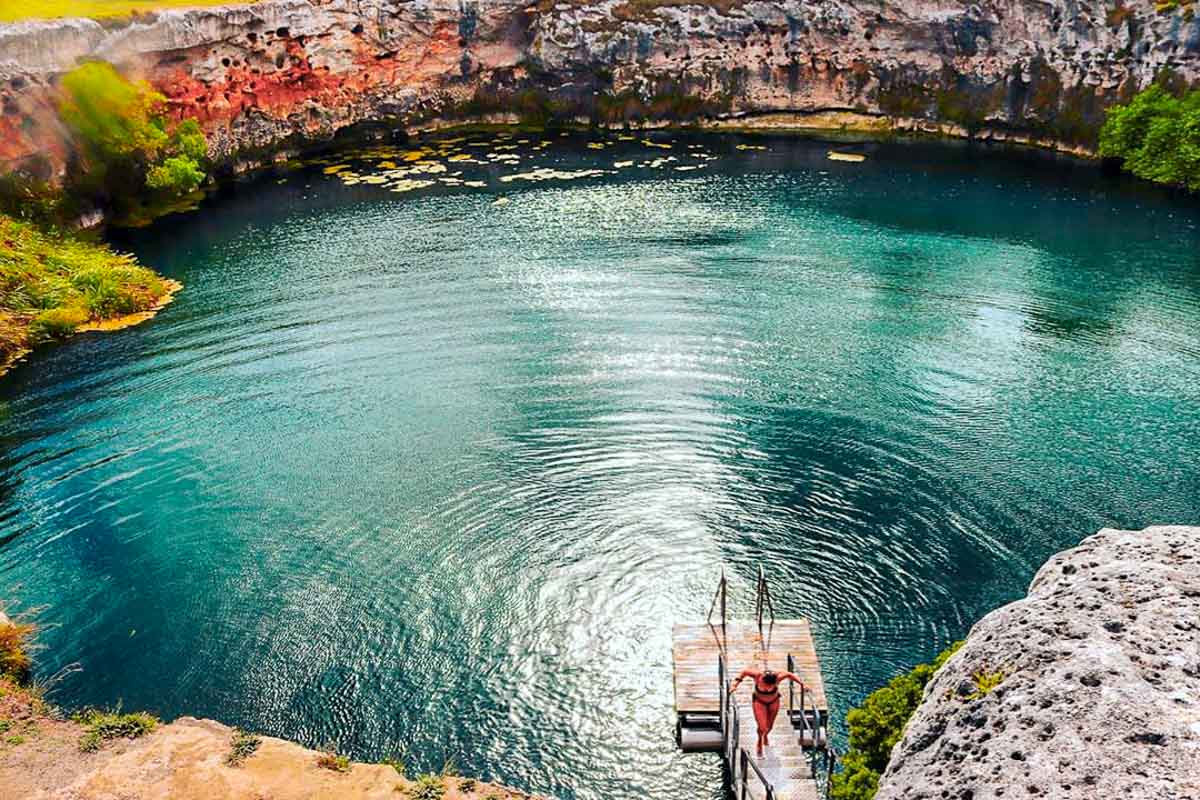
Photo credit: @sarahafindlay via Instagram
4) Northern Territory Top End Nature’s Way Drive from Darwin to Katherine
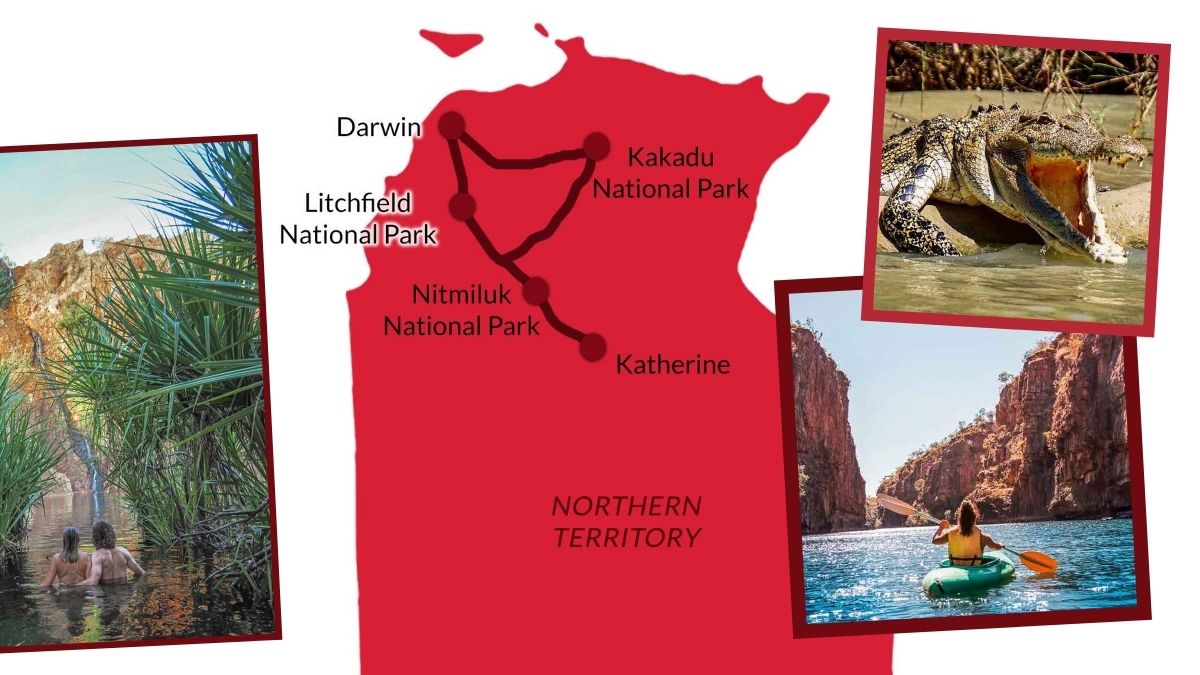
Journey time: 8 days (~900km) Starting point: Darwin Airport (4.5hr flight from Singapore)
Top End Nature’s Way features a fantastic mix of tropical wonders and the fascinating Australian outback. Peppered with spectacular national parks, timeless Aboriginal culture, and the charming town of Katherine — this triangular route is especially geared for outdoor lovers.
Adventurous as it may be, the drive from Darwin to Katherine is actually easy. Main attractions are about three hours from each other. Roads are also well-paved, so you don’t need four-wheel drives (4WD). What you do need, though, are your best hiking shoes!
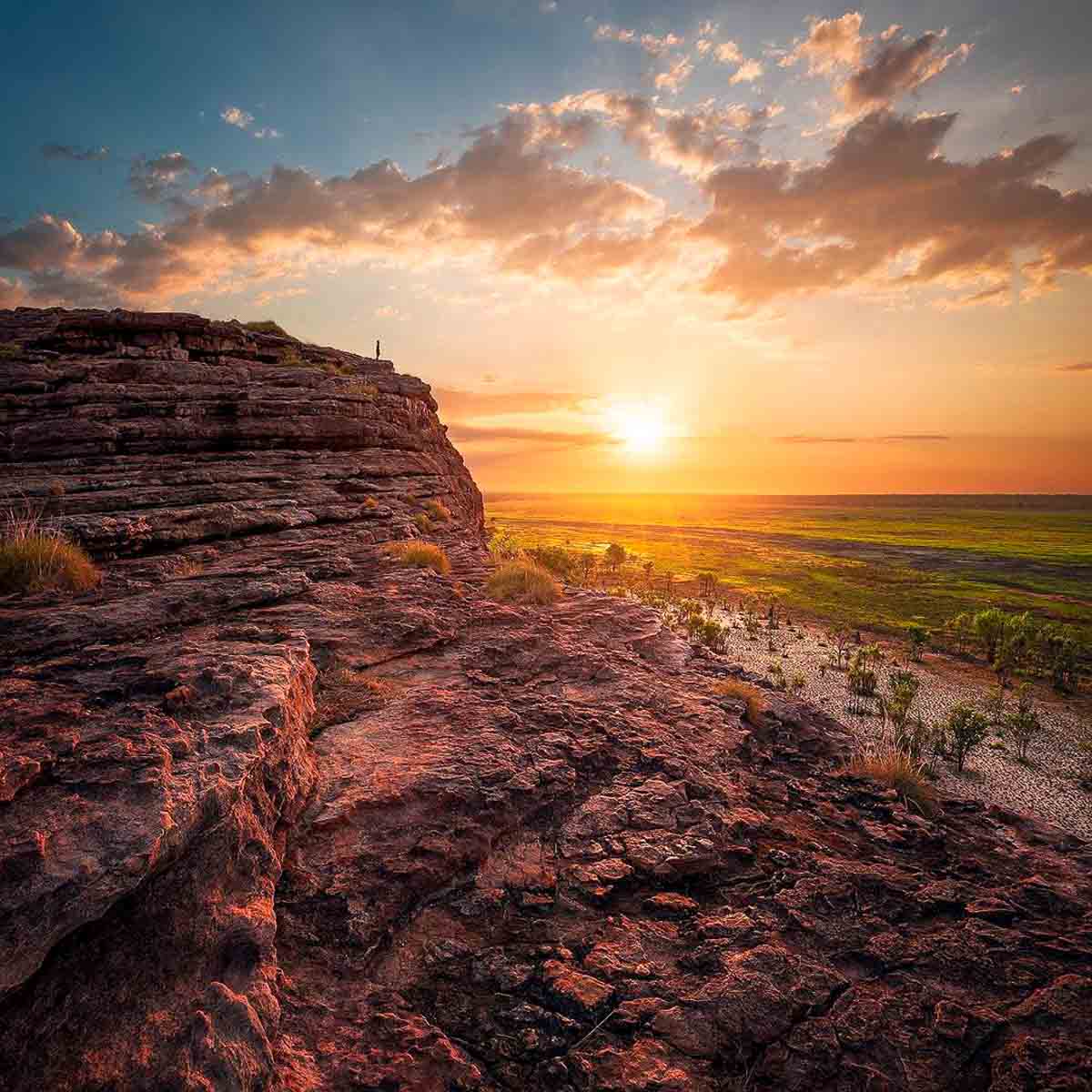
Photo credit: @_danieltran_ via Instagram
The first must-visit is Kakadu National Park , Australia’s largest. Take a walk through Burrungkuy (Nourlangie) , an ancient rock art gallery that showcases Aboriginal traditions. Or, pack your bathers and dip in the beautiful Gunlom Plunge Pool .
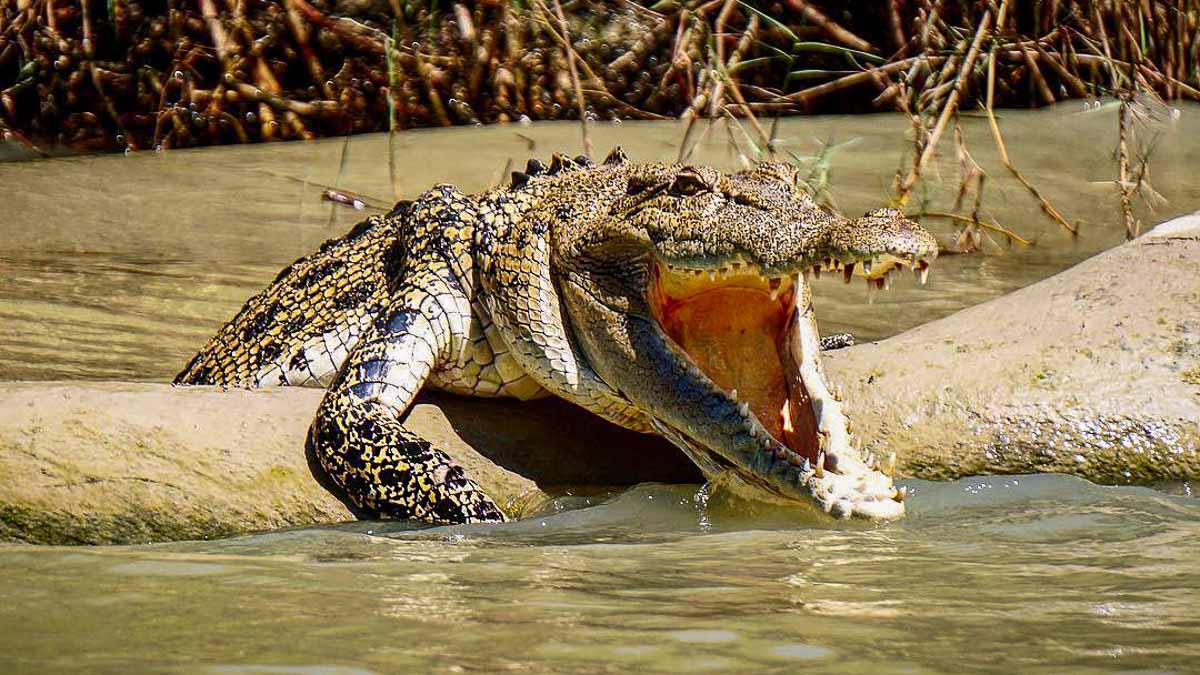
Photo credit: @traveling_yorick via Instagram
The huge park is also home to boatloads of exotic wildlife, including 10,000 crocodiles ! Feed your curiosity and join a croc-spotting cruise — you might catch these prehistoric beasts basking lazily in the sun, or silently stalking their next meal.
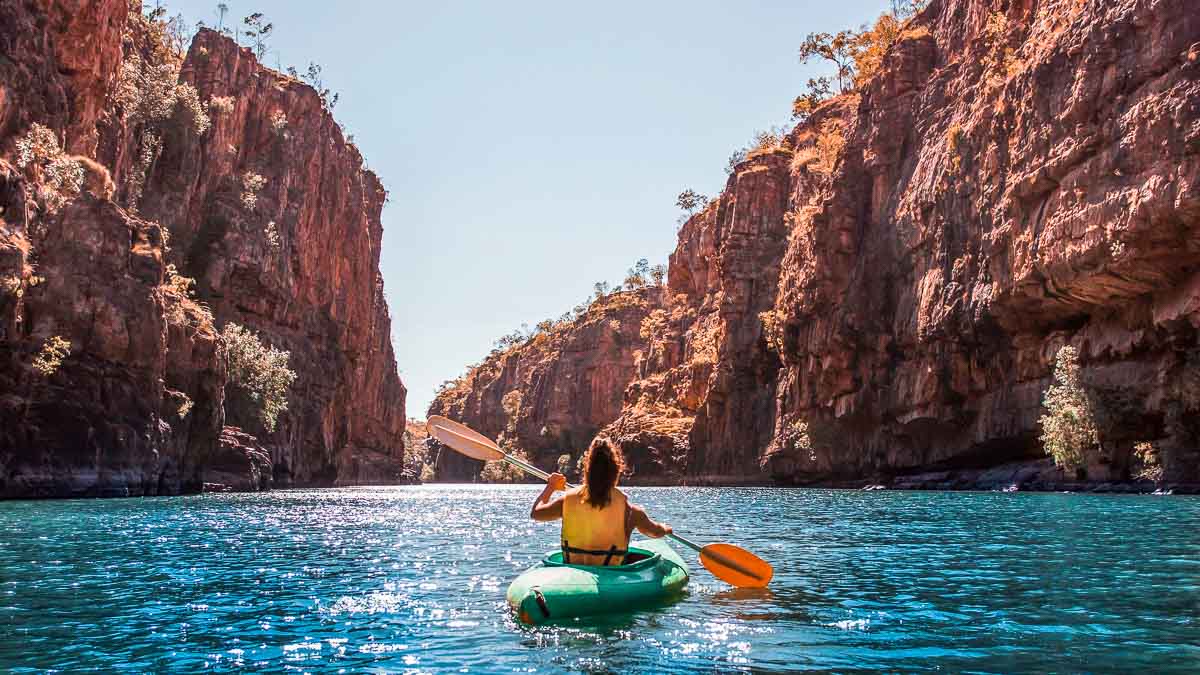
Photo credit: Tourism Australia
In Katherine, travellers usually make a beeline for Nitmiluk National Park , and it’s easy to see why. The highlight is the Nitmiluk (Katherine) Gorge , a deep sandstone gorge that transports you to another realm.
While cruises are available, enjoy a bigger thrill by hiring a canoe . During the dry season (May–Sep), you’ll get enchanting views while paddling through ancient landscapes.
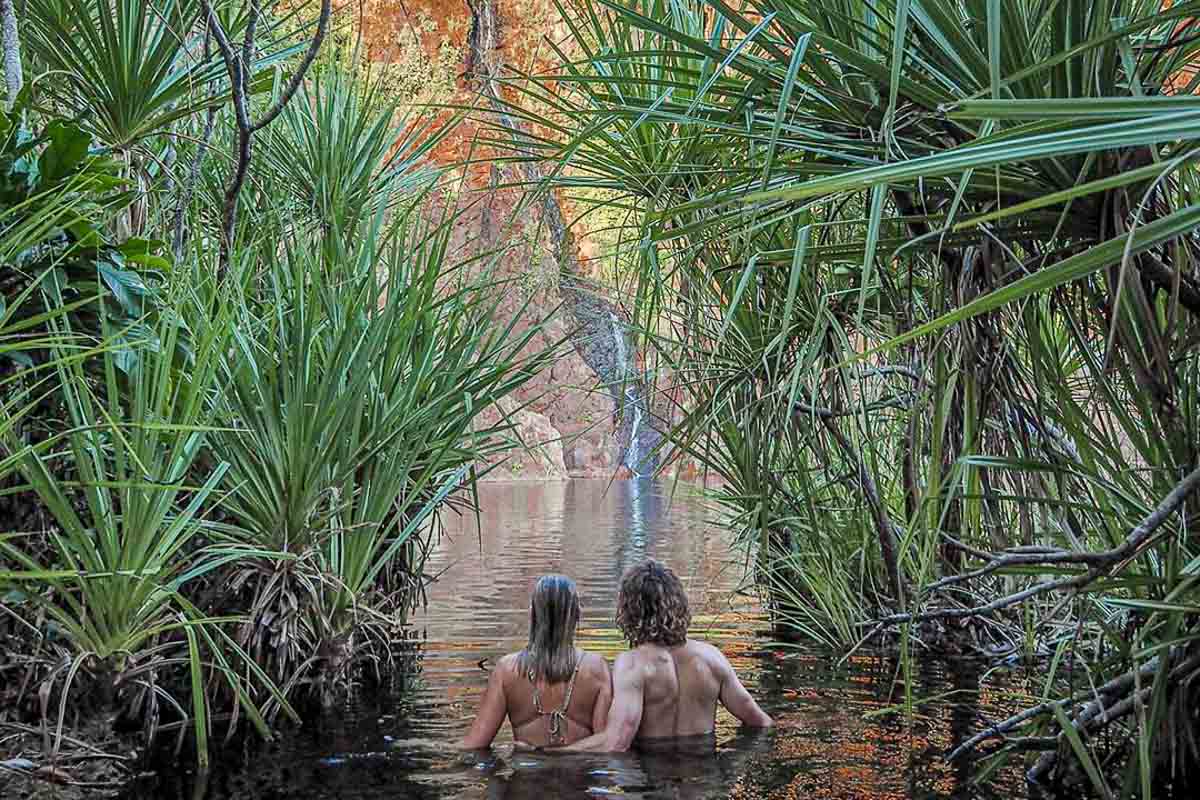
Photo credit: @fewdaysbetween via Instagram
Finally, after days of fast-paced action, cool off at Litchfield National Park on your drive back to Darwin. The park has plenty of lush swimming holes, great for refreshing soaks.
In need of more adventure? Fly down to Alice Springs from Darwin and explore the Red Centre Way ! The route snakes through mighty attractions like Uluru and Kings Canyon . Seasoned travellers can rent a 4WD and zip through Mereenie Loop , a dusty dirt road.
Read more: 40 Lesser-Known Things to Do in Australia Highly Recommended by Locals, Travellers and Celebrities
5) Grand Tasmania road trip — Great Eastern Drive from Hobart to Bicheno and the Bay of Fires
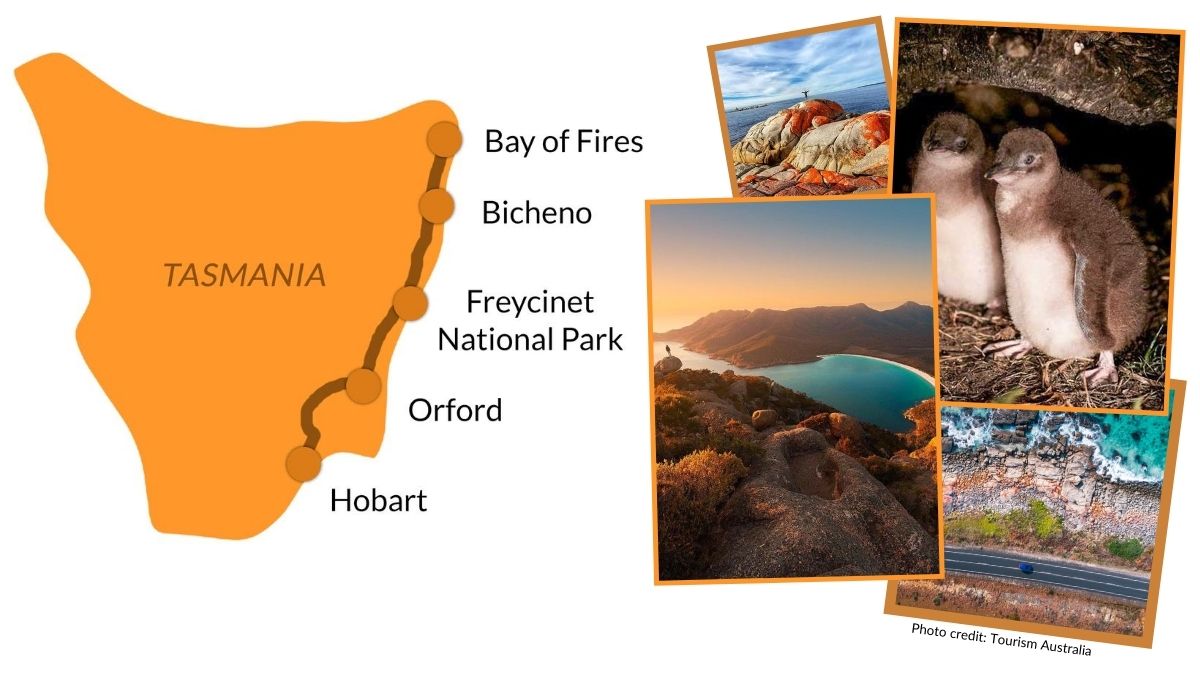
Journey time: 2–5 days (~300km) Starting point: Hobart Airport (~8.5hr flight from Singapore)
Whether you’ve got a week or a weekend, Tasmania’s Great Eastern Drive promises a road trip getaway that’ll clear your head. Expect breathtaking coastal drives, pristine beaches and some of the freshest seafood around.
The drive from Hobart to Bicheno is mainly on sealed roads and highways, making it suitable for both beginners and seasoned travellers. Plus, attractions are less than two hours from each other!
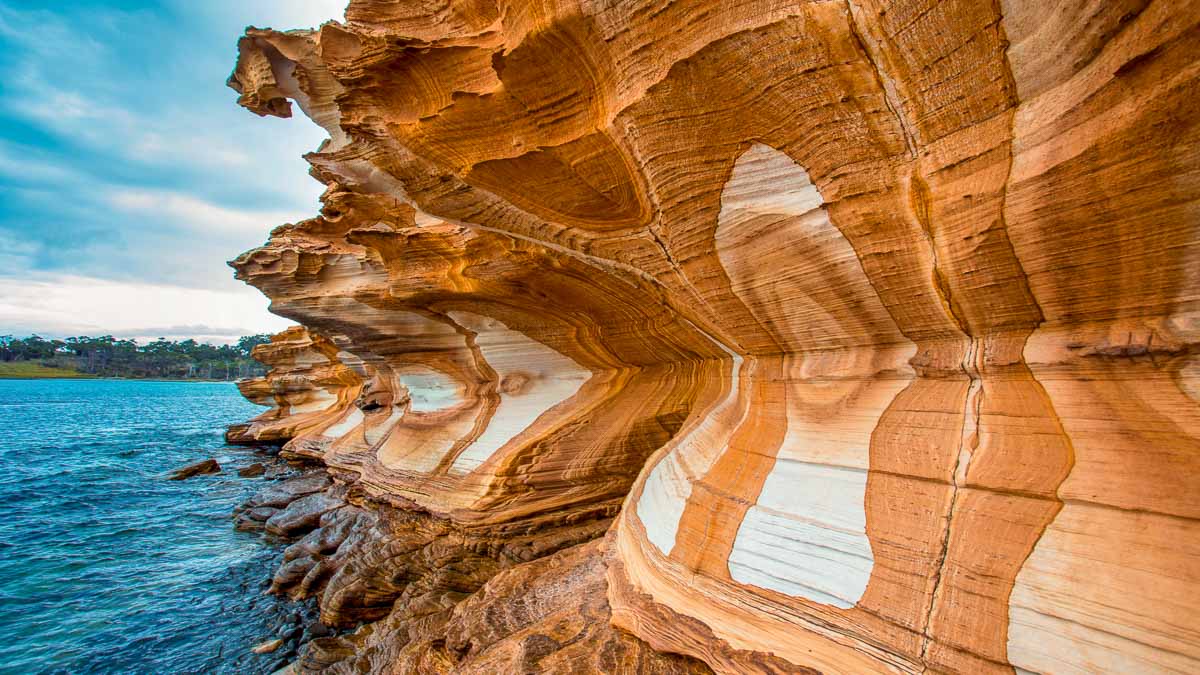
Photo credit: Maria Island Walk / Great Walks of Australia
Start your trip by disconnecting from civilisation. Take a 30-minute ferry ride from Orford to Maria Island . Hike to the Painted Cliffs , made magical by its bold swirls of earthy colours. The best time to view it is at sunset when the colours truly pop — just be sure you make it back to the ferry on time!

Photo credit: @itsworthashot via Instagram
Back on mainland Tasmania , dedicate a full day for Freycinet National Park . Wake early (or try your best to) and follow the Mount Amos trail to see Wineglass Bay at sunrise. The famous azure bay looks completely different when it’s bathed in a warm orange glow.
For the rest of the day, treat yourself to juicy, succulent oysters from Freycinet Marine Farm . Or, you could always work a little harder and harvest oysters straight from the waters.
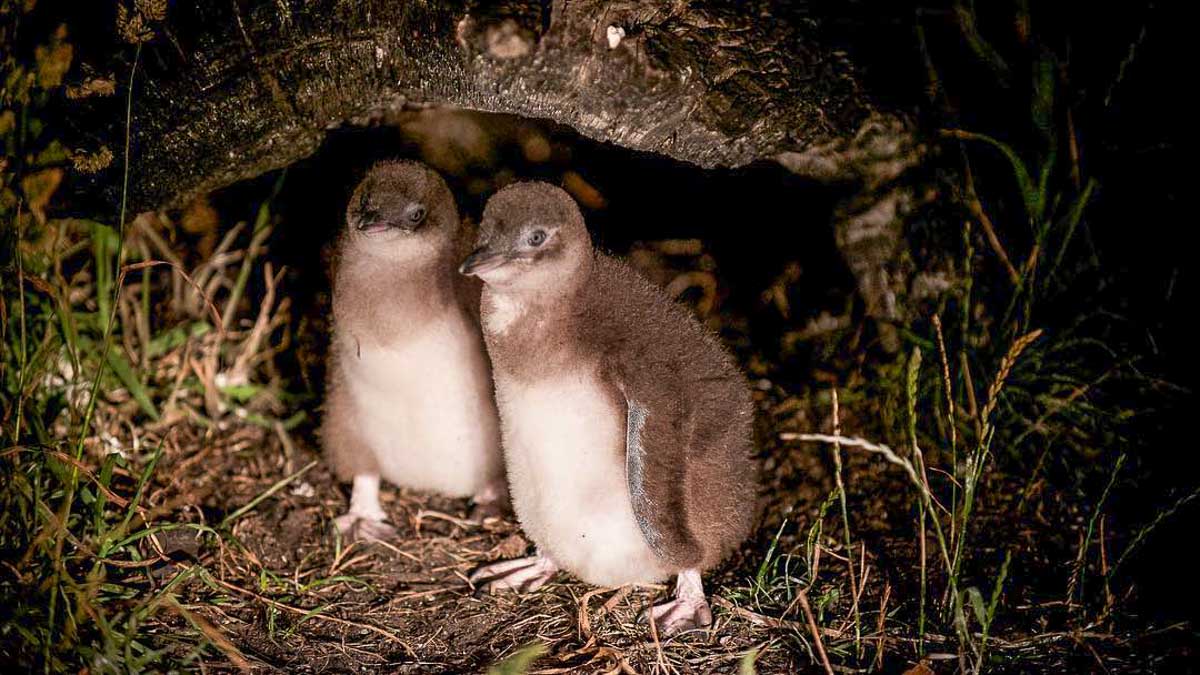
Photo credit: @lady_siu_mei via Instagram
Wildlife lovers, stop by Bicheno for a cute penguin tour . Every evening, little penguins splash out of the waters and waddle around their burrows on the beach. The tour lets you get up close to watch them go about their adorably busy routines.
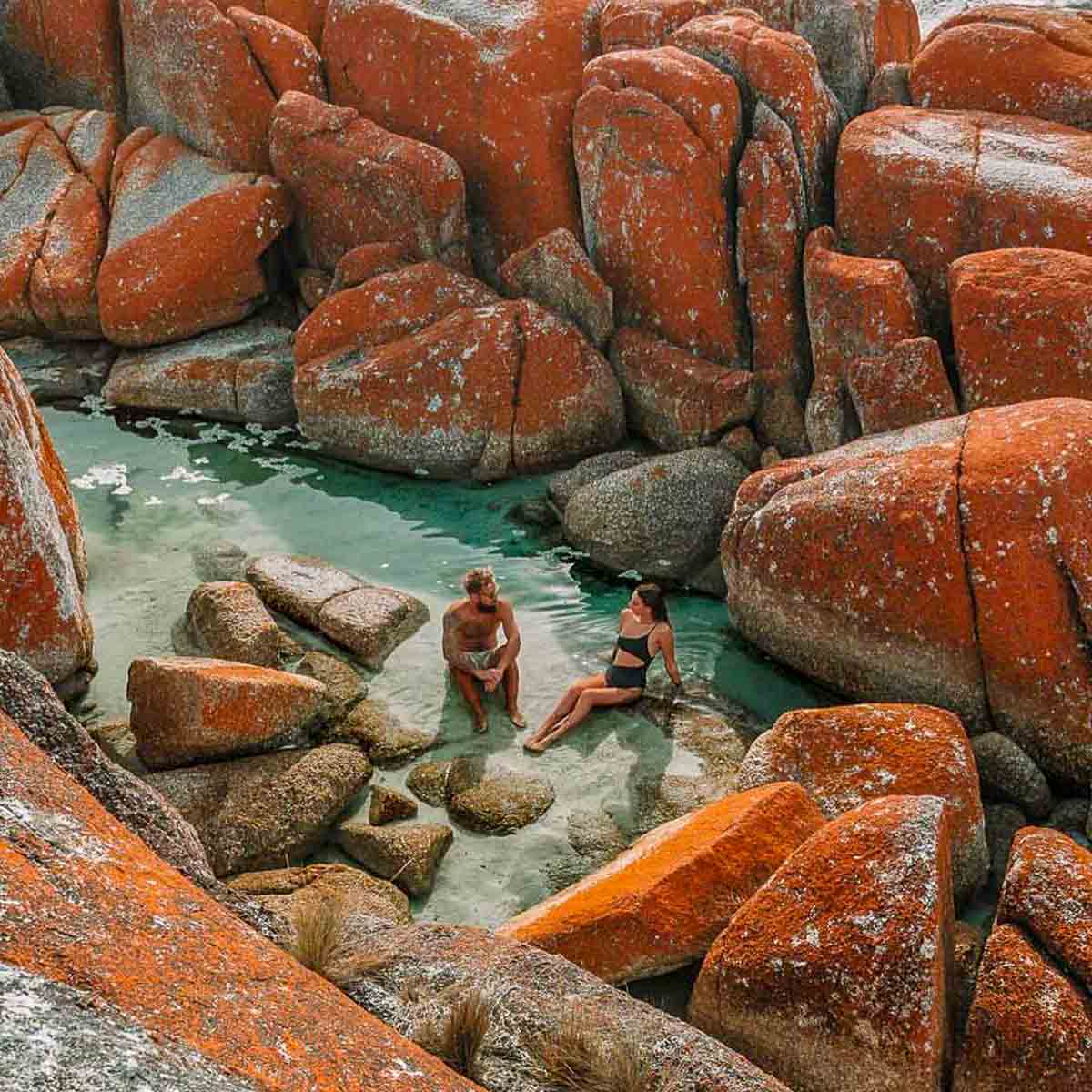
Photo credit: @_aswewander via Instagram
Finally, drive an hour from Bicheno to the legendary Bay of Fires . Clumped together on the white sand beach, the orange lichen-covered granite boulders are a great place to rest, swim, and take lots of lit photos .
Read more: 16 Picture-Perfect Places Every Australia Itinerary Needs
6) Best of Victoria road trip — Great Southern Touring Route from Bellarine Peninsula to Great Ocean Road and the Grampians
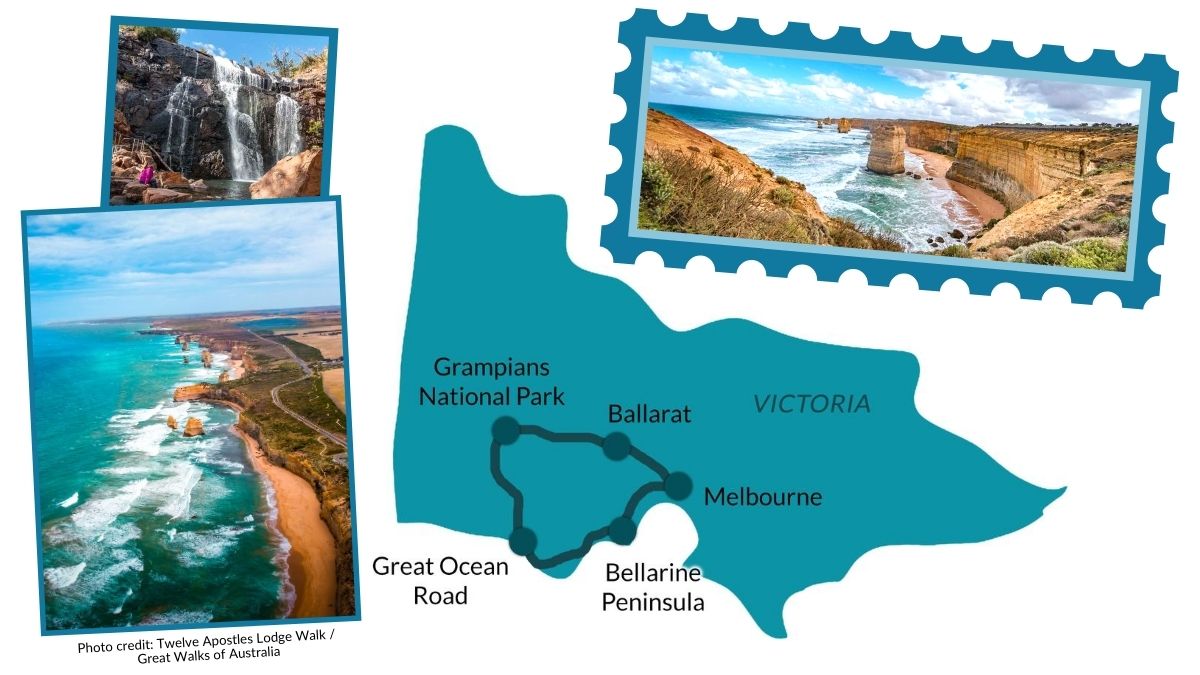
Journey time: 5–8 days (~850km) Starting point: Melbourne Airport (~7.5hr flight from Singapore)
No Australia road trip is more iconic than the Great Southern Touring Route ! You’ll feast well at the gastronomical Bellarine Peninsula , before winding along the marvellous coastline of the Great Ocean Road , and end with adventures in the Grampians .
The weeklong, round-trip drive is great for beginners. Most attractions are within two to three hours from each other, and there are plenty of stops along the way for rest and photos. Add more days if possible — this is one brilliant journey you don’t want to rush.
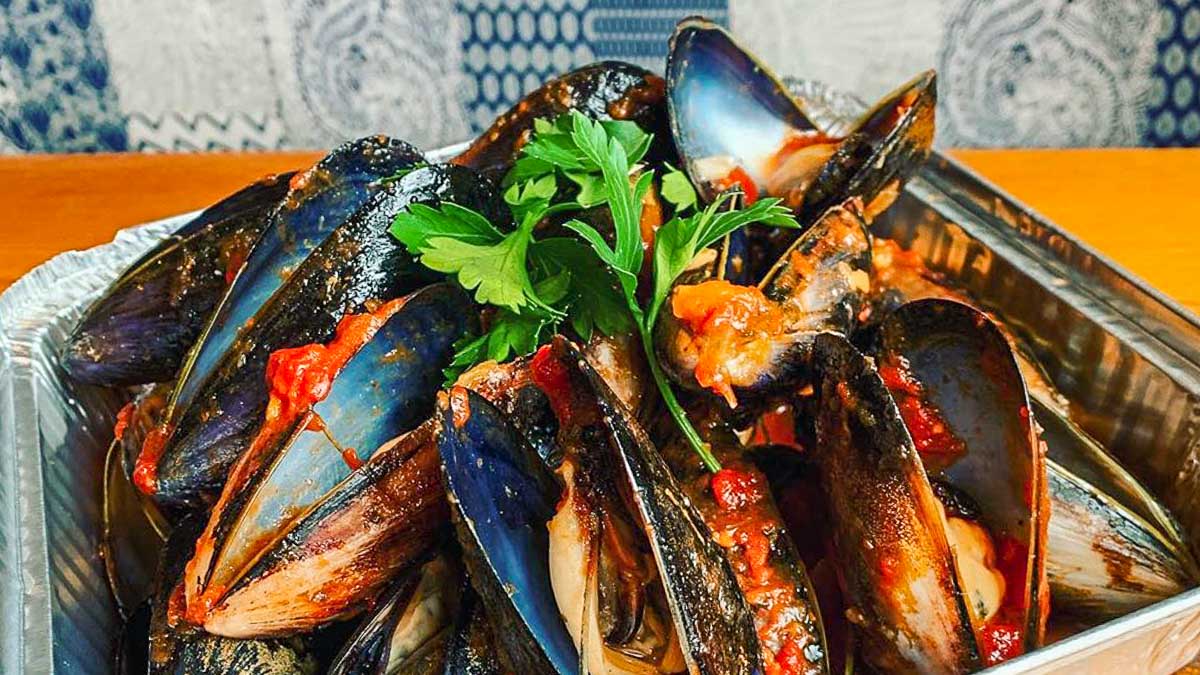
Photo credit: @littlemusselcafe via Instagram
If you’re travelling to the coasts first, make a quick detour to the Bellarine Peninsula . Bring an empty stomach — the up-and-coming region serves delicious local produce, from insanely fresh seafood to full-bodied wines and decadent desserts.
Recommended eateries include the Little Mussel Cafe , Scotchmans Hill , and the Scandinavian Ice Cream Company . Or, plan your own yummy Bellarine Taste Trail !
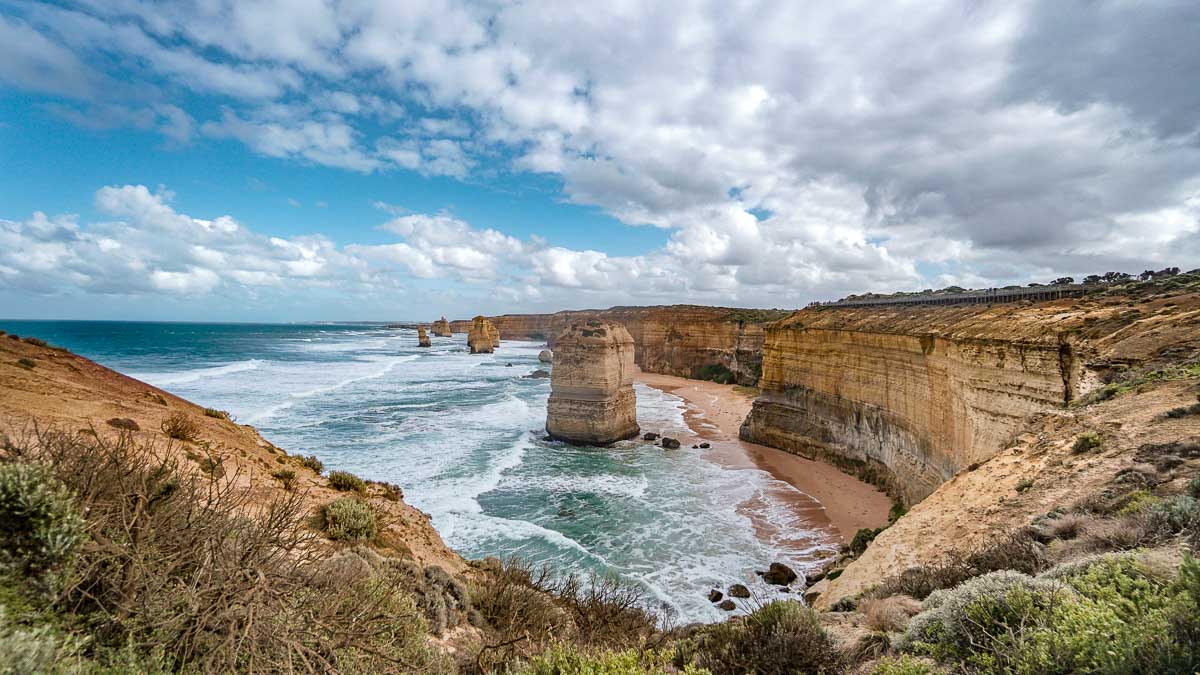
And now, the main event: The Great Ocean Road . Take your time for this leg of the journey! It’s totally normal to stop every few minutes and take photos of the unbelievable coastline. But, make sure you’ve allocated enough time to see all its classic sights — the 12 Apostles, Loch Ard Gorge, the Arch and the Grotto.
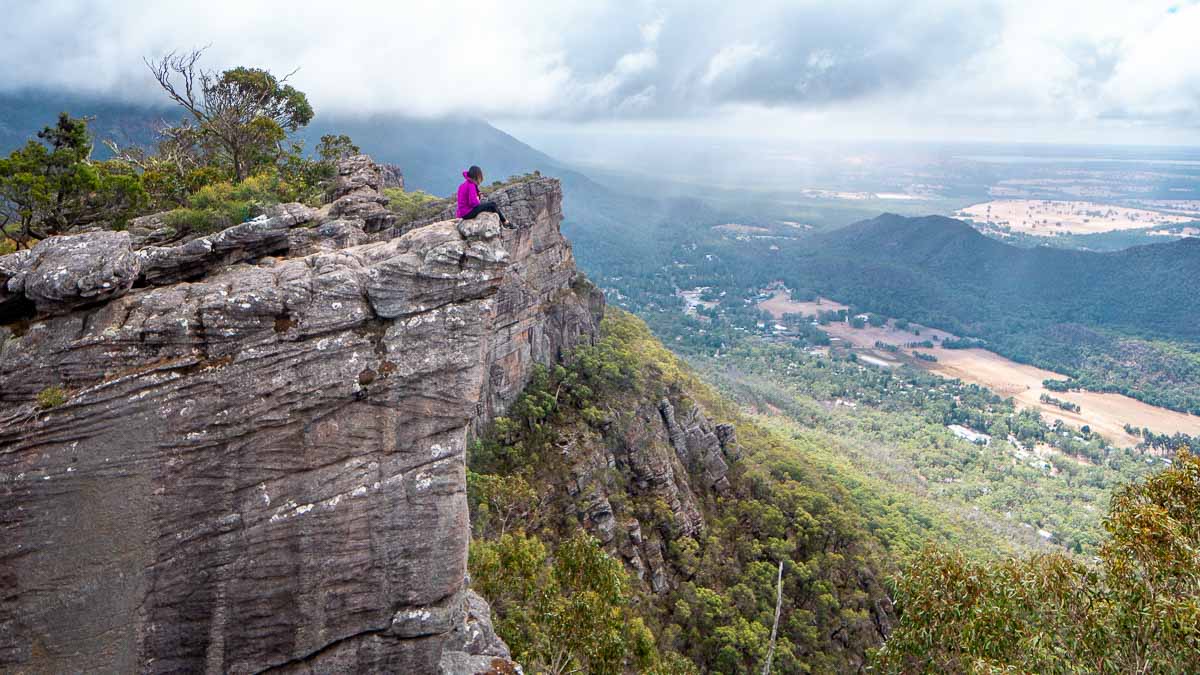
As you drive back inland, stop at the Grampians , another must-visit attraction. The National Park is popular with outdoor lovers and travellers, who come to rock climb or conquer its adventurous treks.
If you only have time for one hike, make it the Pinnacle Lookout , one of the park’s highest peaks. The journey from Wonderland Car Park is moderately challenging, but filled with scenery that makes it a highly Instagrammable spot .
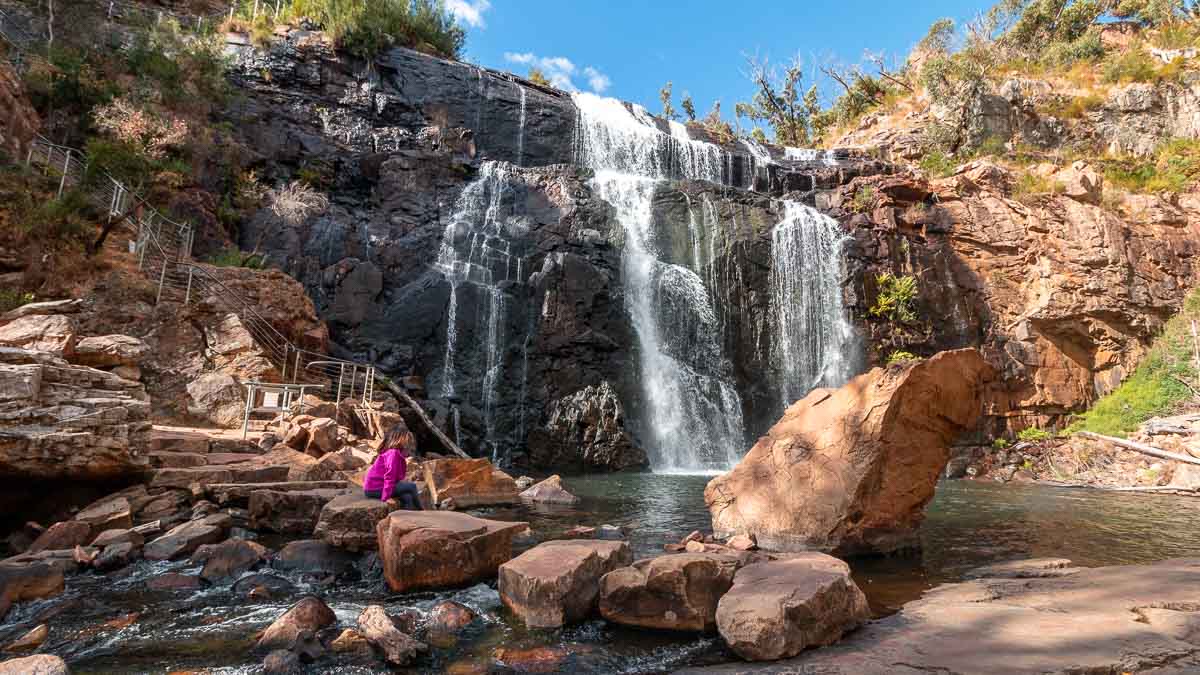
For a less gruelling hike, head to MacKenzie Falls . It’s one of the largest waterfalls in Victoria that flows all year round.
Read more: 8D Melbourne Road Trip Itinerary — The Ultimate Road Trip Around Victoria’s Best Adventures
If you’re craving more coastal scenery, extend your Victoria road trip from Melbourne to Adelaide . The route includes Port Fairy , a whimsical seaside town, and picturesque Mount Gambier .
7) Hidden gems in the Australian Capital Territory — Canberra and Coast road trip
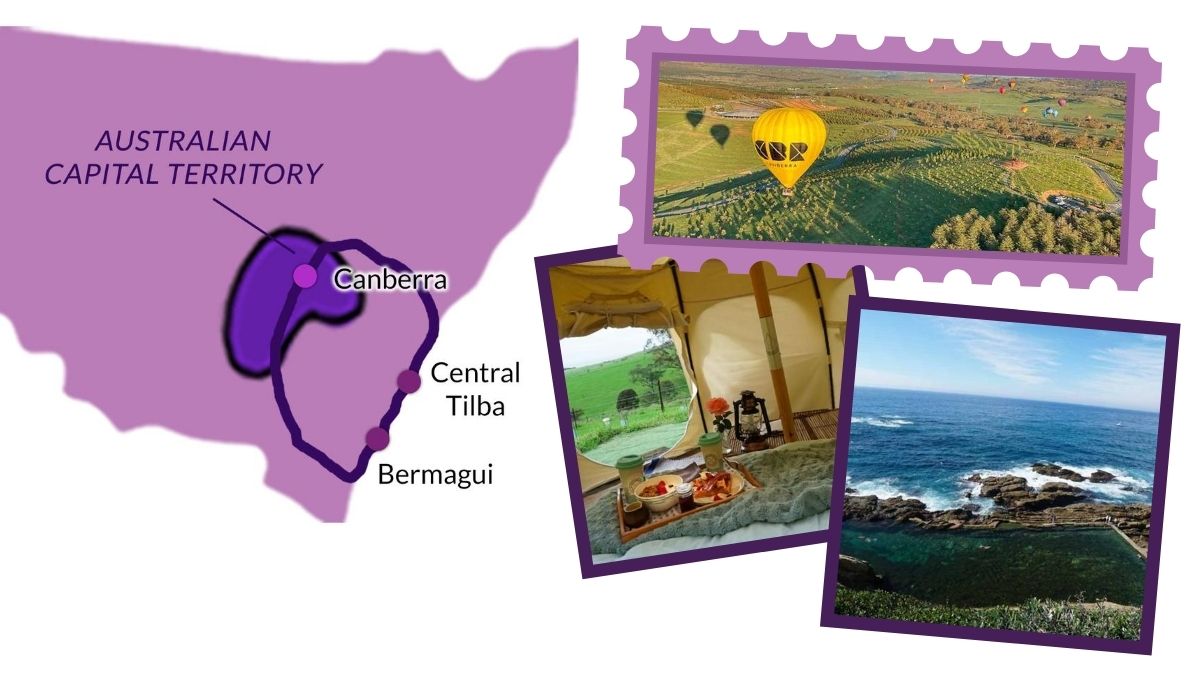
Journey time: 5–6 days (~650km) Starting point: Canberra Airport (8hr flight from Singapore)
For an unhurried escape, go on a picturesque road trip around Canberra and the South Coast . This round-trip route meanders from the city to the countryside and coast, topped with a mix of culture, adventure, and best of all — food!
As the road trip is relatively short, it’s great for beginners. Depending on your itinerary, you might be driving for a maximum of three hours a day. But there are many places to rest and take a breather along the way.
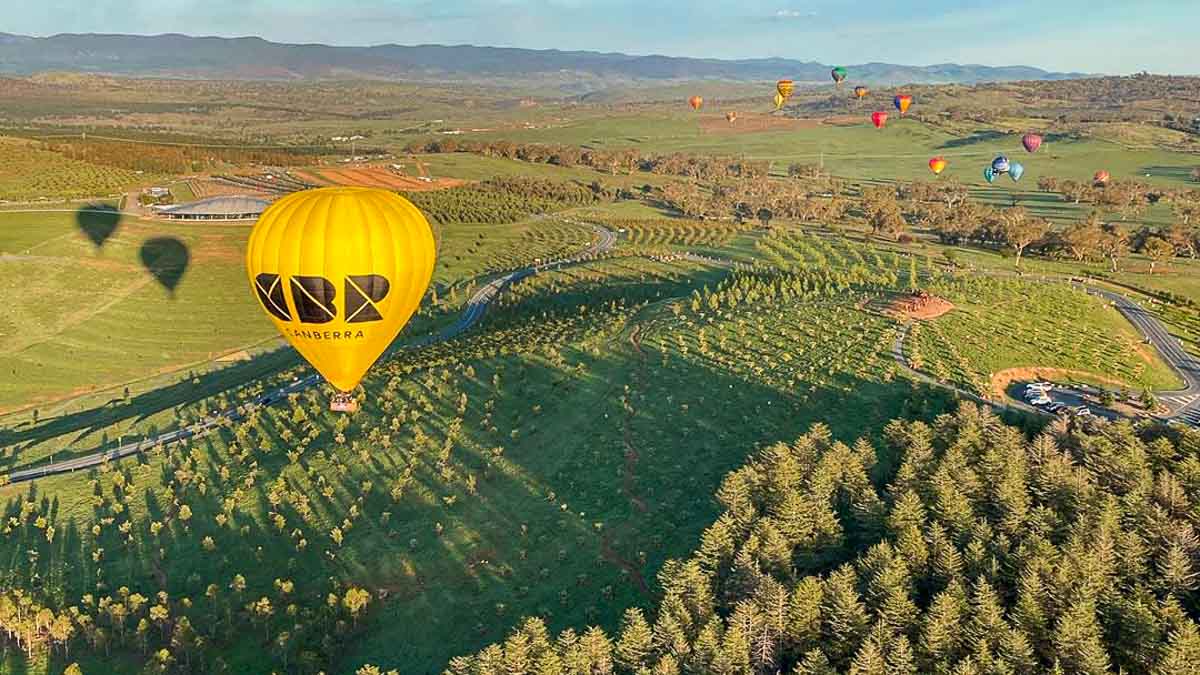
Photo credit: @balloonaloftcanberra via Instagram
Canberra is Australia’s capital, but not many travellers get to know the place! Rent a car and explore the city, teeming with friendly locals and cultural gems.
If you’re big on views, sign up for a fancy hot air balloon ride over the city. If not, tour around the impressive Australian Parliament House or the scenic National Arboretum .
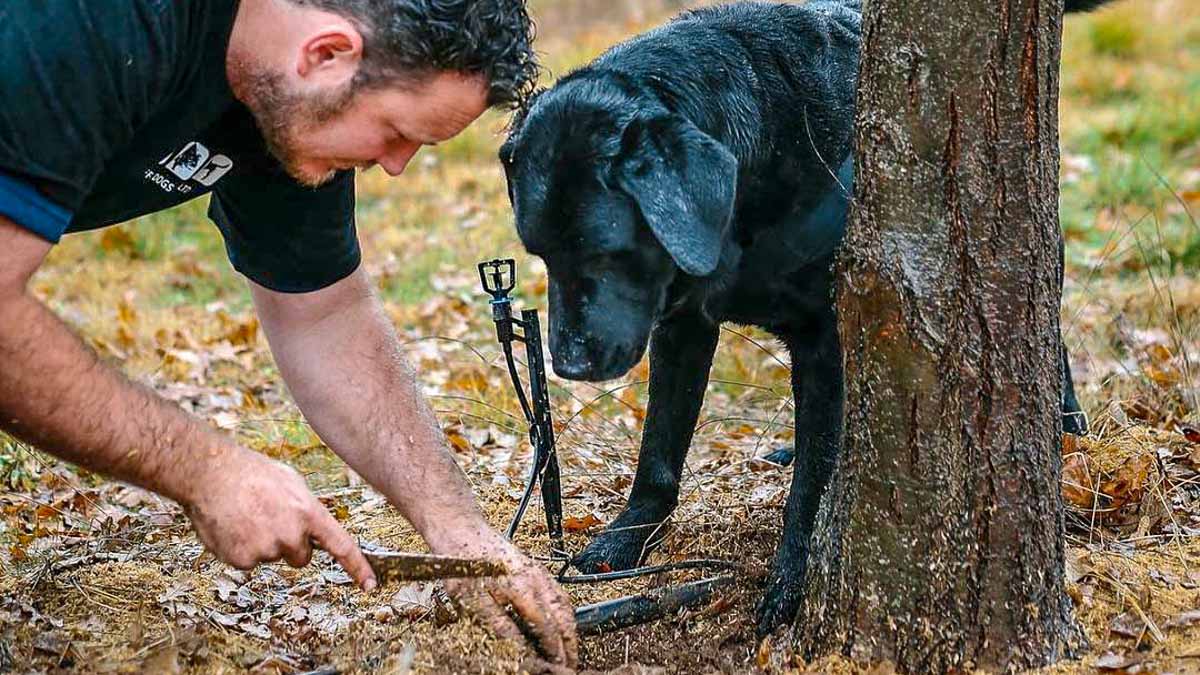
Photo credit: @avenuehotelcbr via Instagram
After ticking off the city’s attractions, drive out to the peaceful countryside. There’s an abundance of fresh, farm-to-plate produce to savour, so bring your biggest appetite! During truffle season (Jun–Aug), many truffle farms offer hunting experiences, where you get to team up with a cute truffle dog that’ll sniff for this superb delicacy.
Other places to check out include traditional cider from Sully’s at the Old Cheese Factory , and Tilba Real Dairy for some rich, premium cheeses.

Get some peace and quiet with some overnight glamping! There are many sites to choose from in the South Coast, but the one that holds a special place in our hearts is Tilba Lake Camp . Located in the middle of a sprawling green pasture, you get a cosy lotus bell tent, a comfy bed and a delicious homemade breakfast.
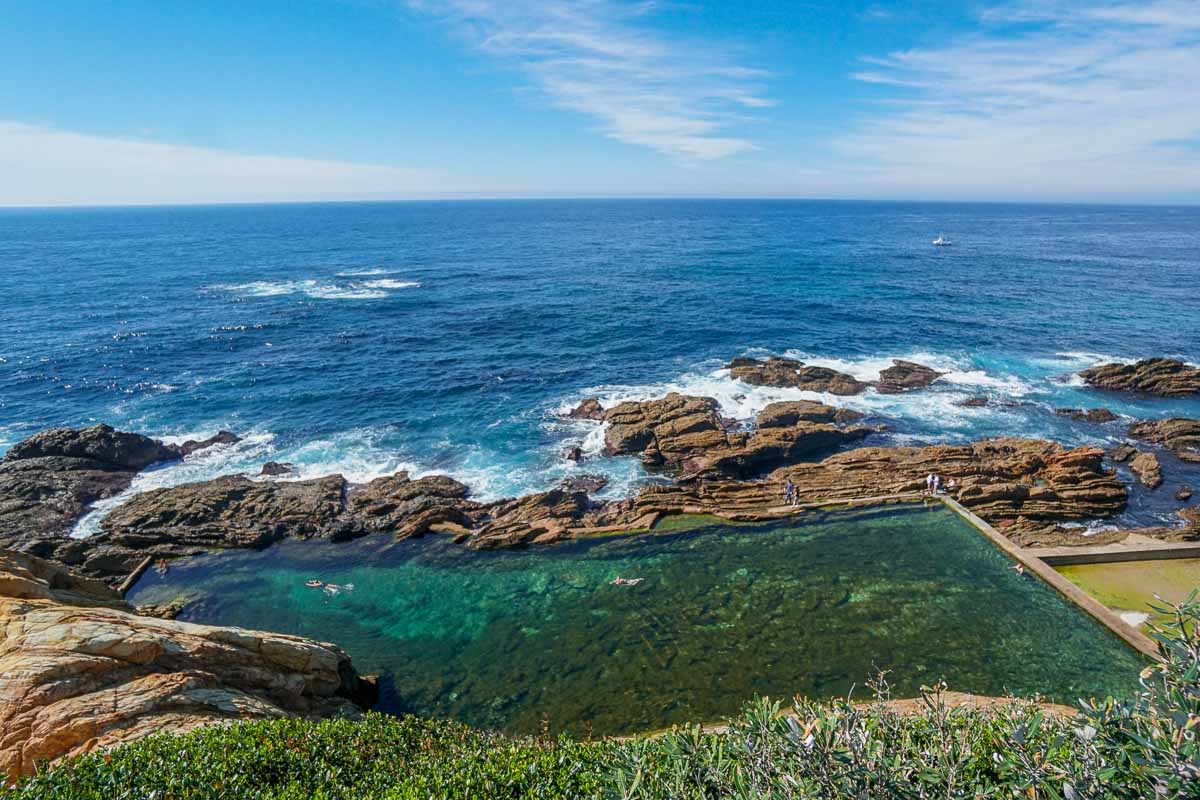
Further down the coast, dip into the beautiful Bermagui Blue Pool . The good news is the natural rock pool offers some of the best views of the ocean, but be prepared — the waters can be quite chilly!
Once you’ve soaked up enough of the coast, end your road trip in Canberra.
8) Fun-filled Western Australia road trip — Indian Ocean Drive from Perth to Kalbarri
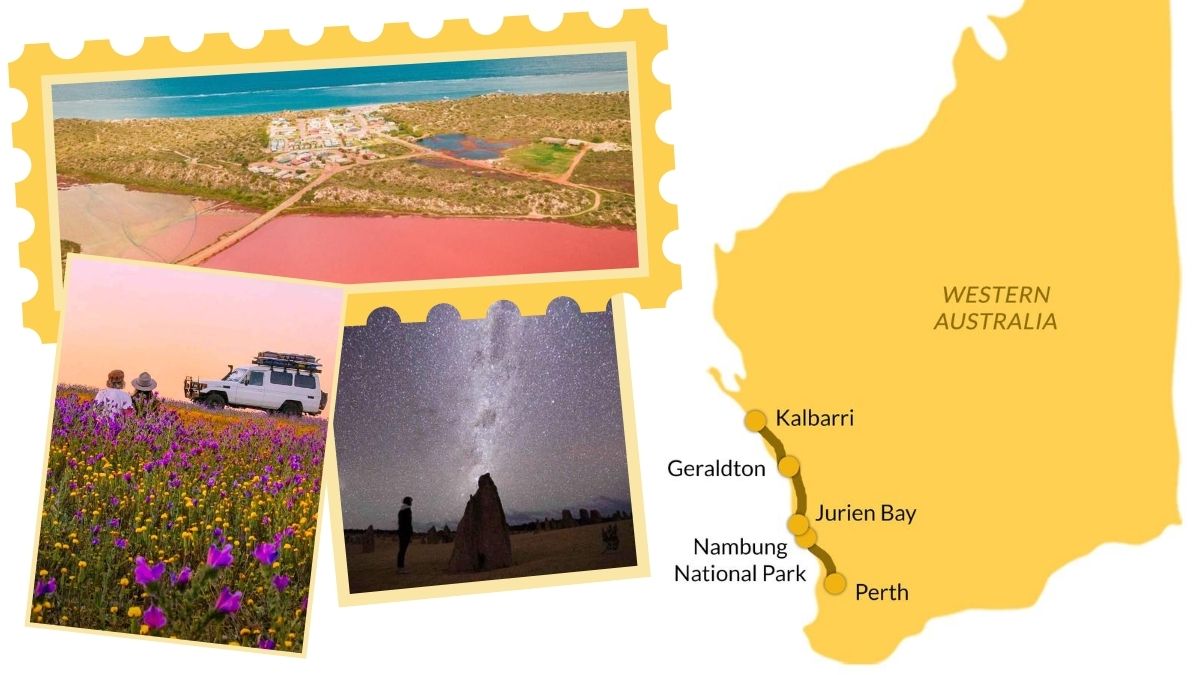
Journey time: 5 days (~1,800km) Starting point: Perth Airport (5hr flight from Singapore)
Few road trips are as vibrant as the Indian Ocean Drive . From Perth to Kalbarri , you’ll get a splash of colour driving past earthy landscapes, pink lakes and rich, red gorges. Arrive between Jul–Oct, and there’s also an explosion of multi-coloured wildflowers.
This route is part of Australia’s Coral Coast , and highlights some of the most exotic things you’ll ever see in the country. It’s also fairly easy for first-timers as there are many rest stops along the way. If you’re a seasoned traveller, don’t overlook this stretch — you might just discover something new!
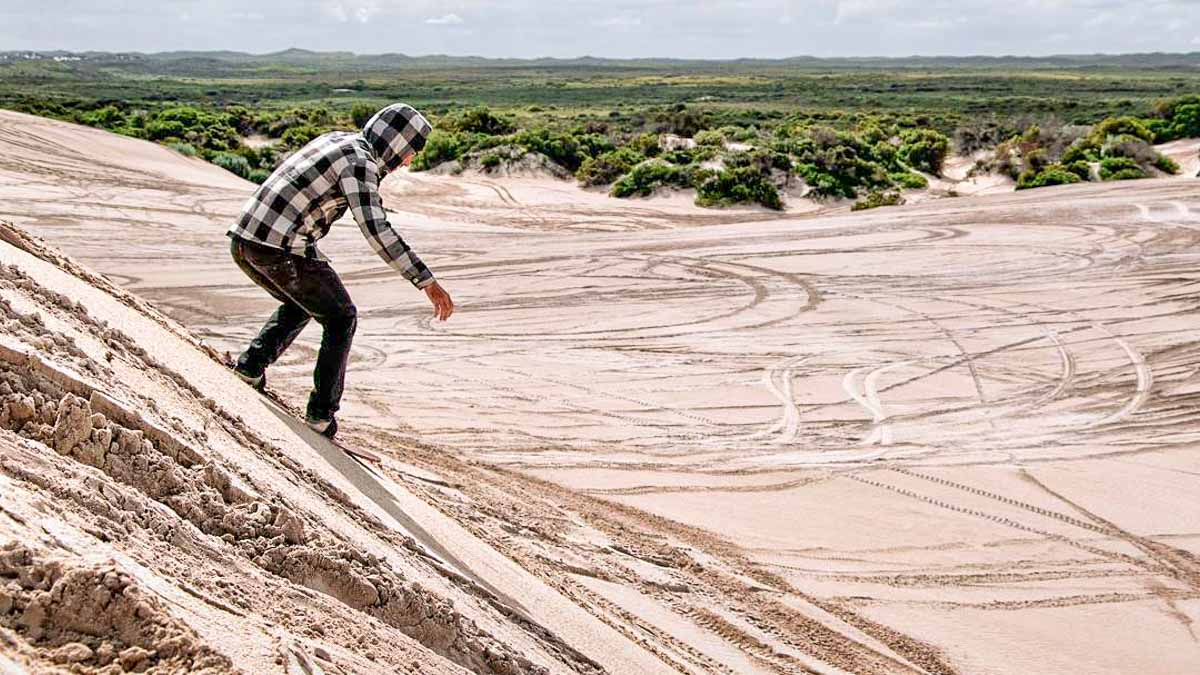
Photo credit: @szjanko via Instagram
Just two hours from Perth, kickstart your adventure with some rad sandboarding at Lancelin Sand Dunes ! It’s a great winter sport substitute if you’re not a fan of cold or frozen snow. Plus, the fine sand makes a soft landing too!
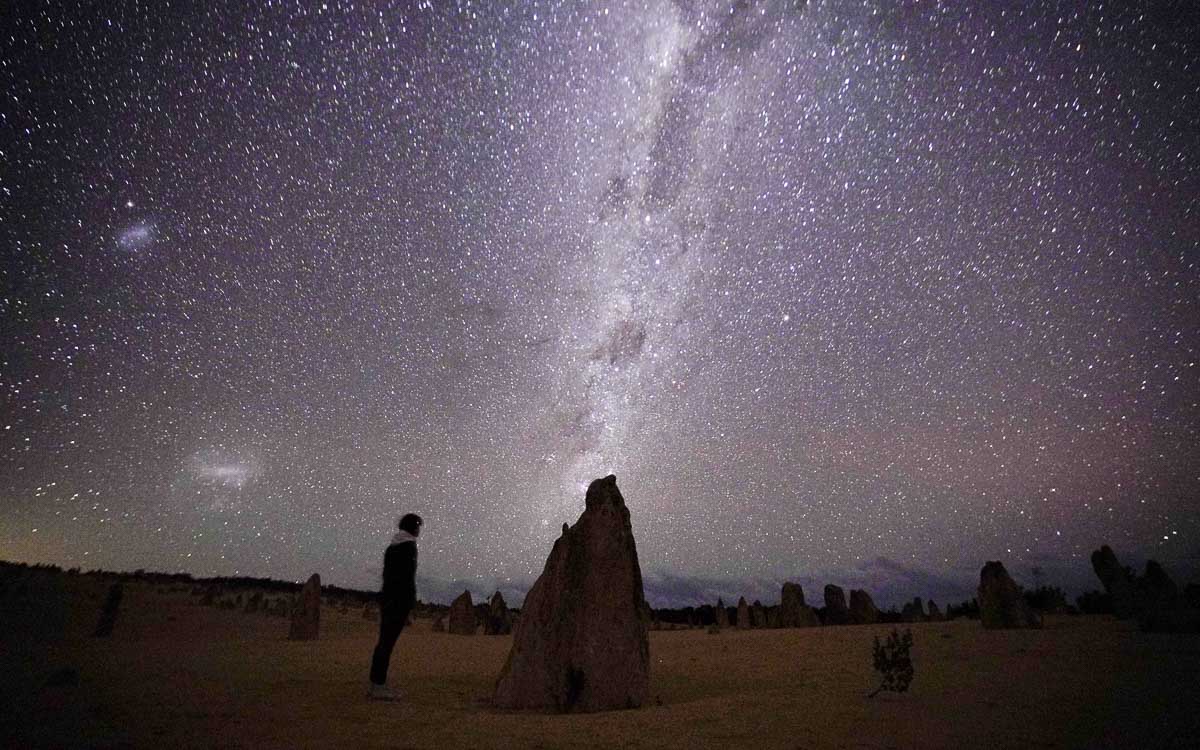
Like the ruins of an ancient city, the Pinnacles Desert at Nambung National Park is one of Western Australia’s definite must-sees. Each limestone structure stands perfectly unique, eroded by centuries of wind. You can stroll around in the daytime, but we’ve found that this place makes an exceptional stargazing site once night falls.
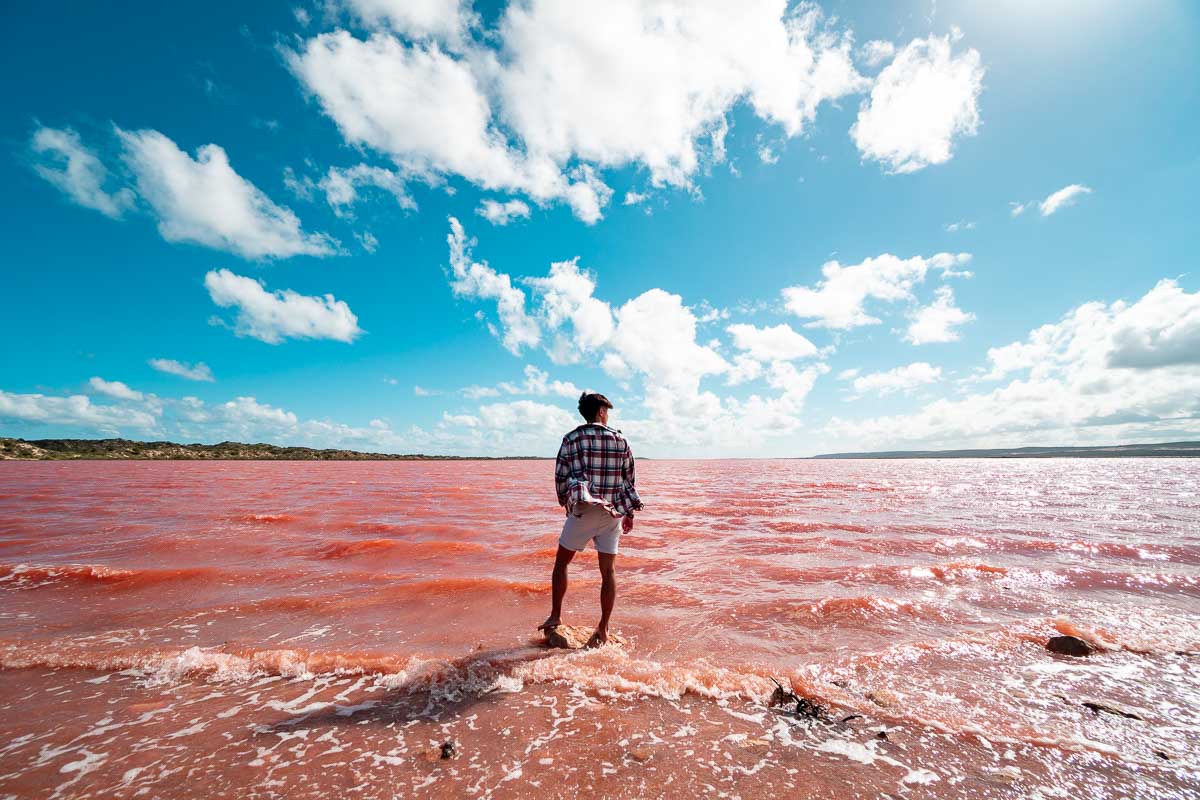
Hutt Lagoon is a classic case of “you must see it to believe it”. The high salinity is what gives the lake its striking pink hue, which changes with the seasons and time of day. Naturally, it’s an Instagram hotspot — so dress your best and get snapping!
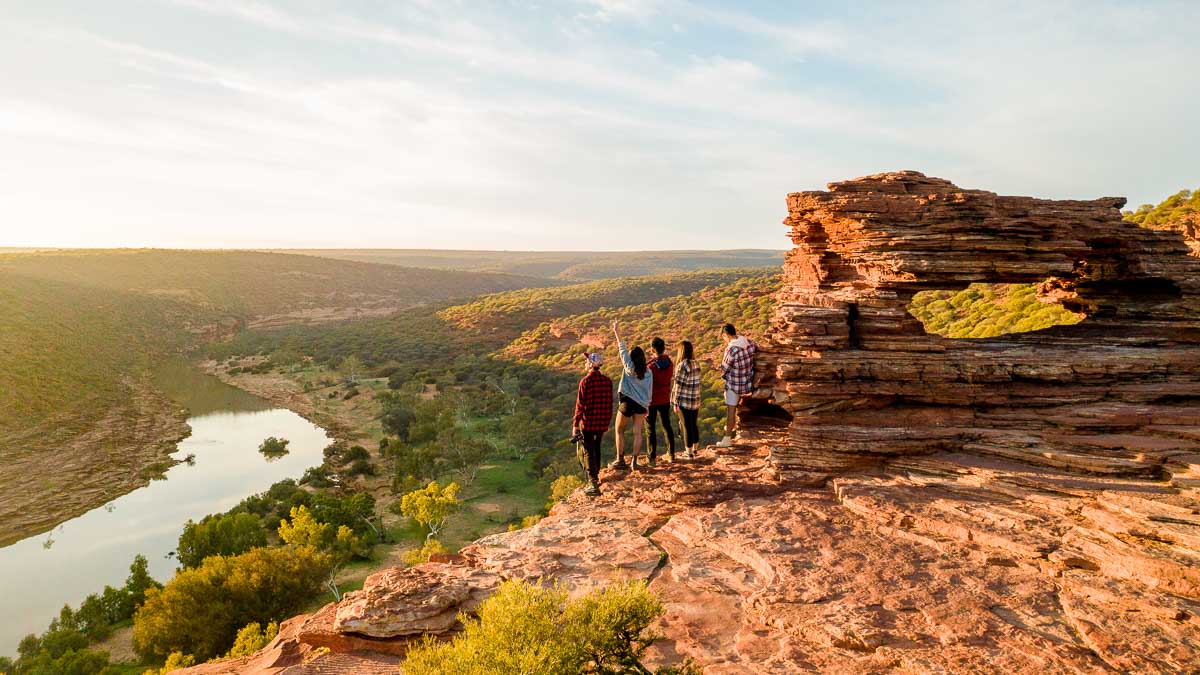
The final stop in the Indian Ocean Drive is Kalbarri National Park . It’s one of the most spectacular parks, with beautiful natural attractions around every corner.
Peek through Nature’s Window at the rocky gorge beyond, or check out the Kalbarri Skywalk . The park’s newest addition hovers more than 100m over the Murchison River, offering panoramic views of the arid landscape below.
If you’re here between Jul–Oct, wander around the Everlasting Wildflower Trail . The space comes alive with a burst of pretty, blooming wildflowers .
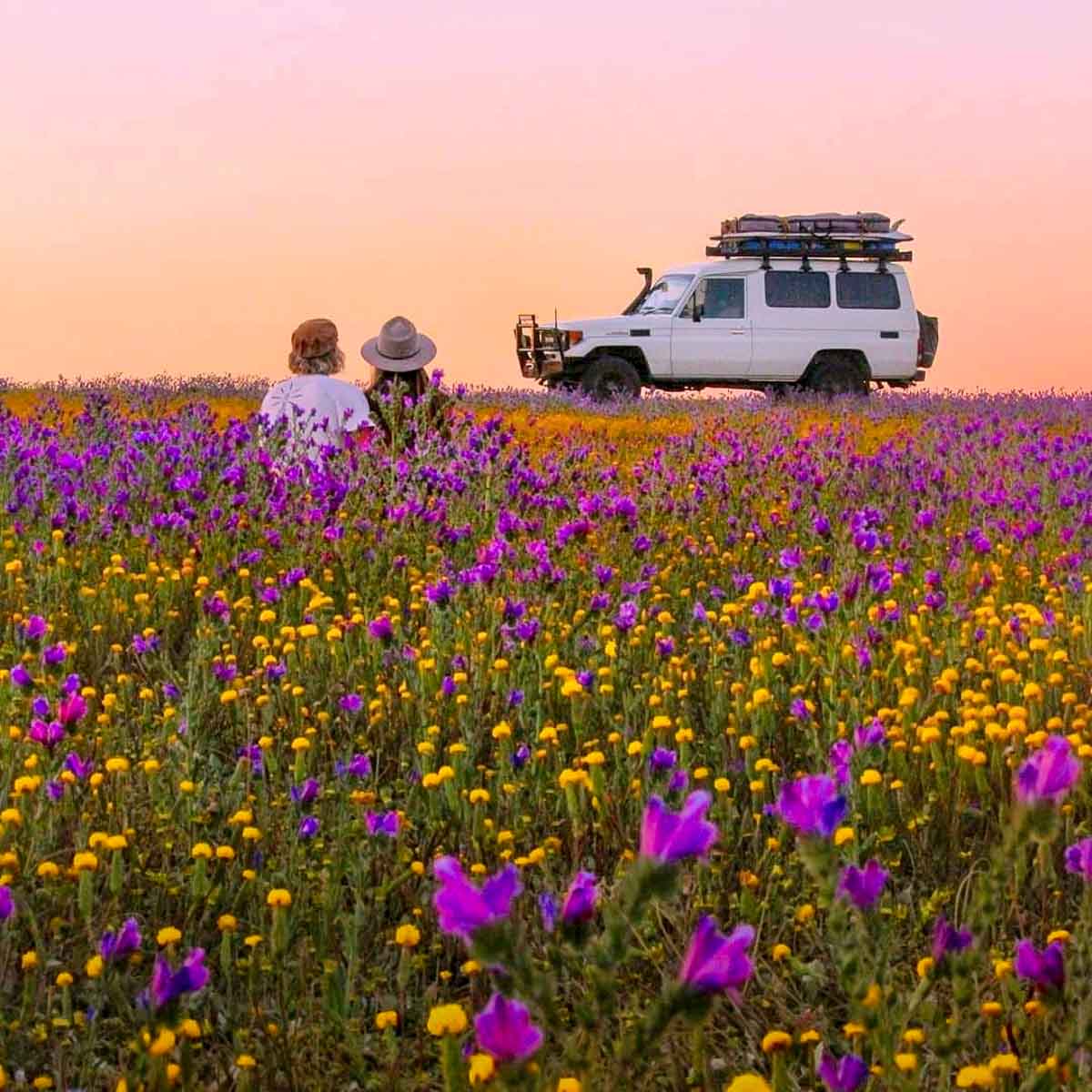
Photo credit: @roadtrippersaus via Instagram
Afterwards, follow the road back to Perth on your final day. But, if you have more time, extend your road trip down the Coral Coast .
Read also: 11D Western Australia Itinerary — Coastal Road Trip From Perth To Ningaloo
9) Epic Queensland road trip — Great Beach Drive from Noosa Heads to Rainbow Beach and Fraser Island
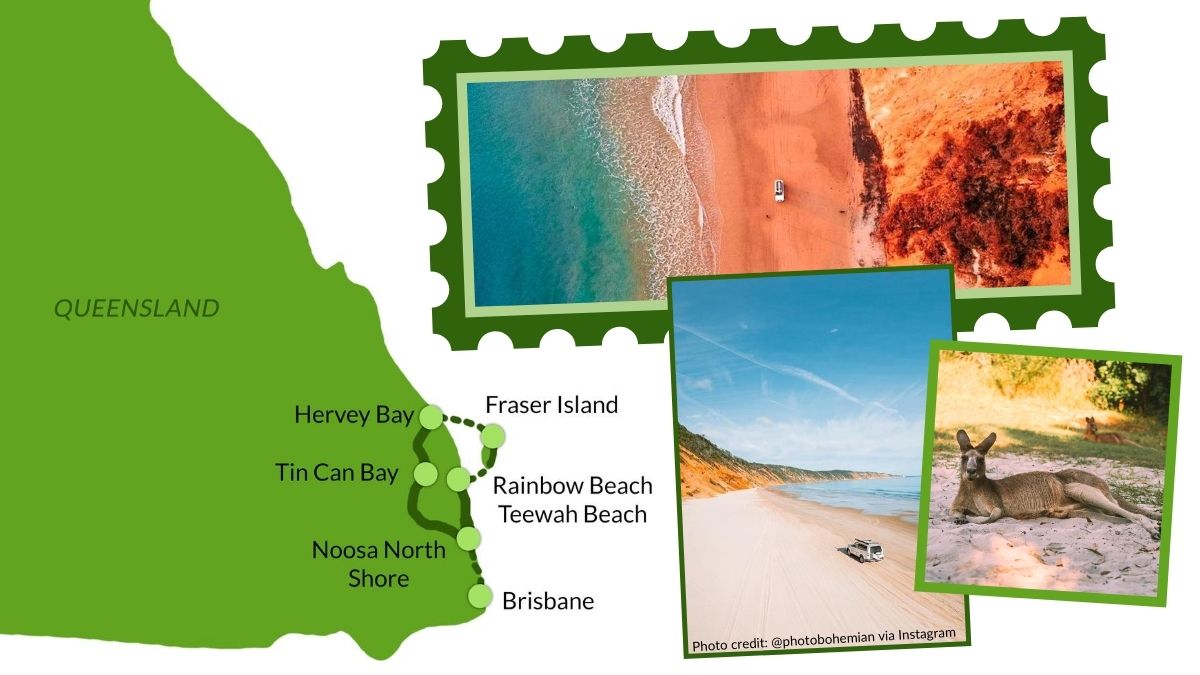
Journey time: 4–7 days (~420km) Starting point: Noosa Heads (~1.5hr drive from Brisbane Airport, 8hr flight from Singapore)
Here’s something for the young, wild and free! The Great Beach Drive to Fraser Island is as rugged as Aussie road trips get. In a comfy 4WD, you’ll cruise over 100km of beaches, sandwiched between wild bushland and the dazzling Coral Sea.
As the road trip requires a 4WD for off-road driving, it’s perfect for seasoned travellers. The backseat drivers can handle the road trip playlist and the vehicle access permit 😛
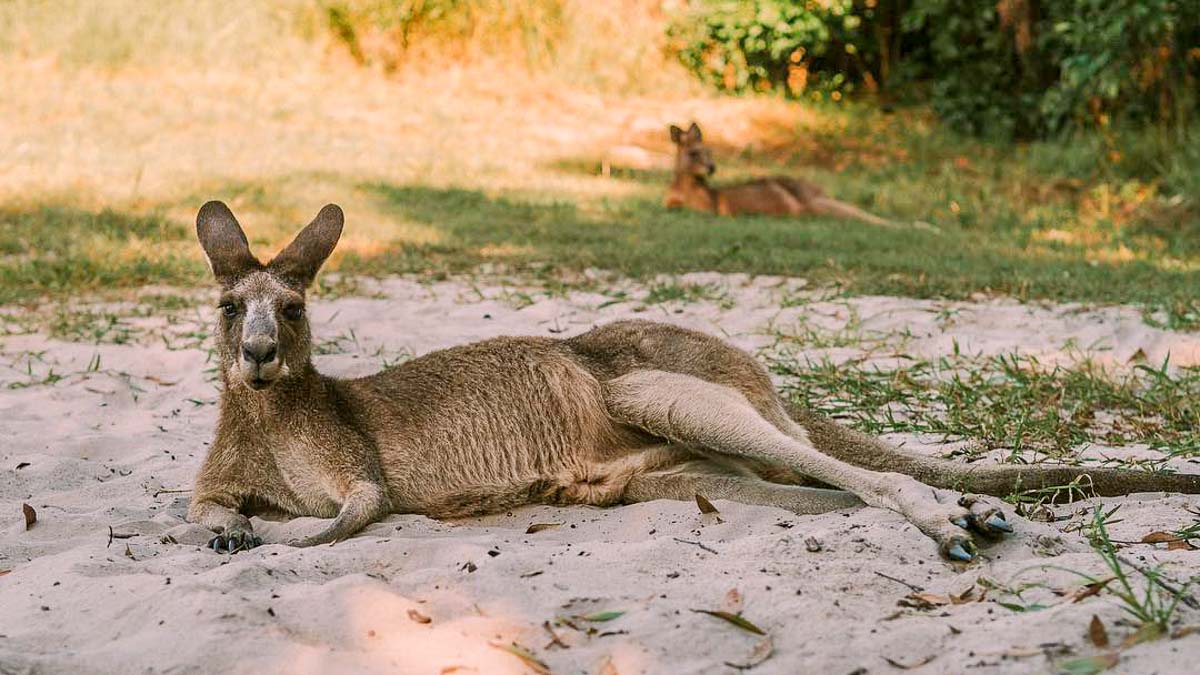
Photo credit: @t.becs via Instagram
Starting from Noosa Heads, take a 5-minute ferry ride from Tewantin or make a 40-minute detour to Noosa North Shore . In this unspoilt paradise, enjoy some beachside activities, or play a game to see who can spot wild kangaroos the fastest.
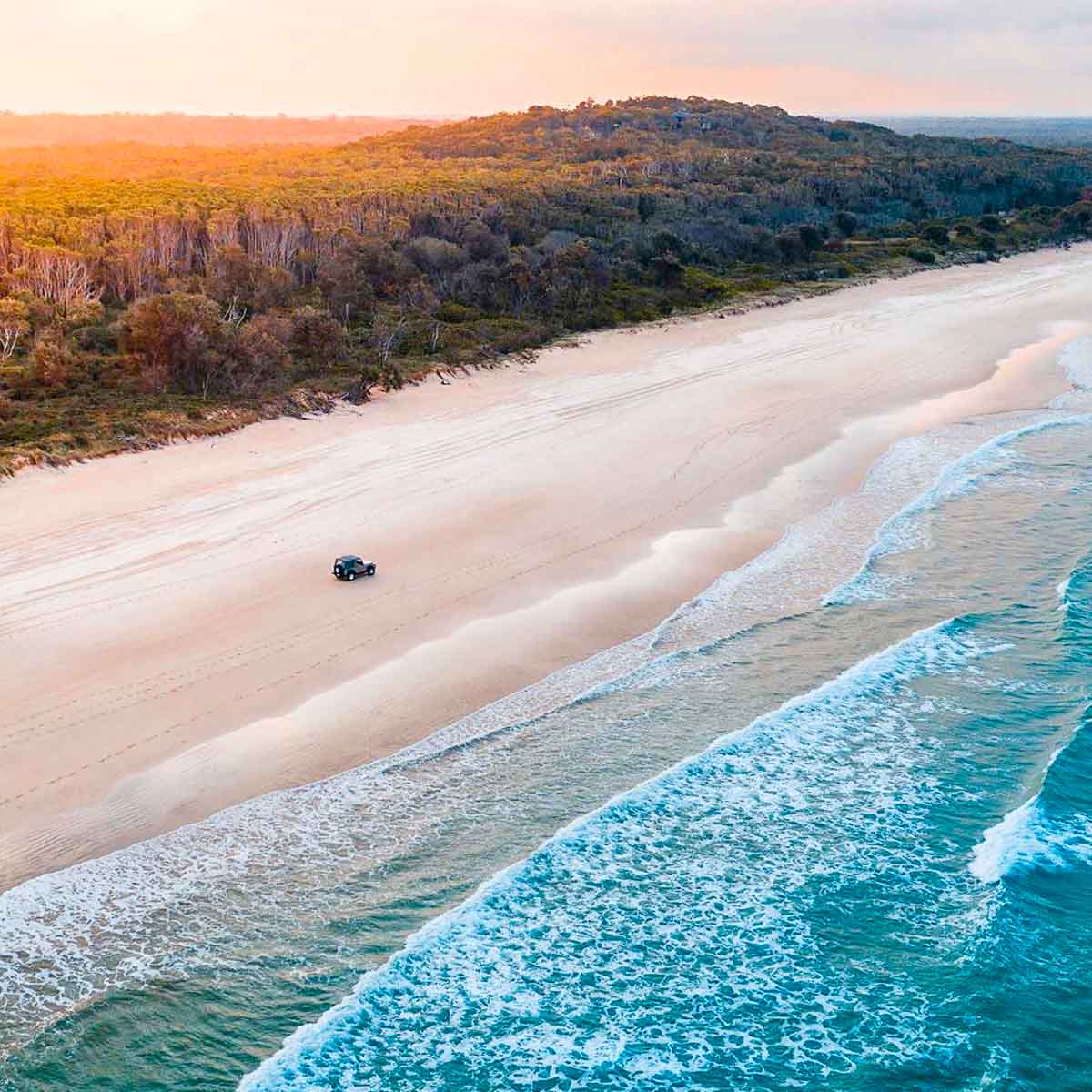
Photo credit: @manuelo.pro via Instagram
Further up, bask in the endless white sands of Teewah Beach . It’s only accessible via a 4WD so this is where your beachy journey begins! It’s also largely undeveloped — check that you’ve packed enough water and supplies, especially if you’re camping overnight .
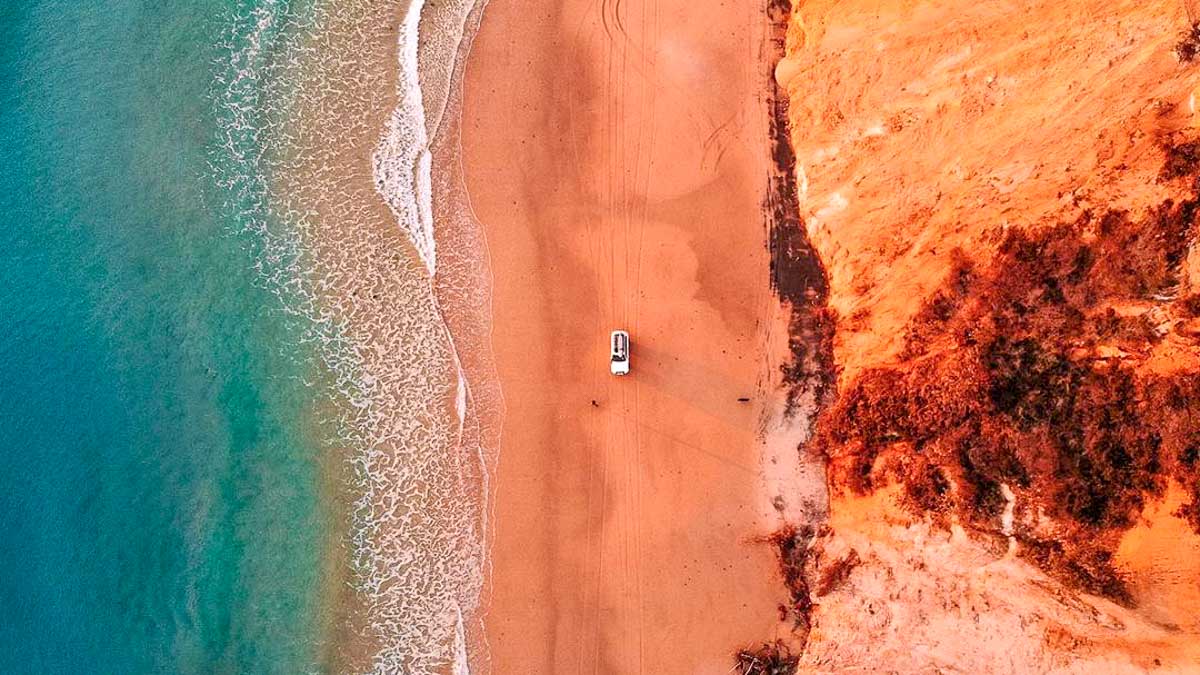
Photo credit: @tracks.we.travel via Instagram
Continue on to Rainbow Beach . The lovely coastal town is famous for its coloured sand cliffs, caused by minerals staining the sand over thousands of years. Take a slow stroll and observe the natural swirl of colours ranging from white to ochre and red.
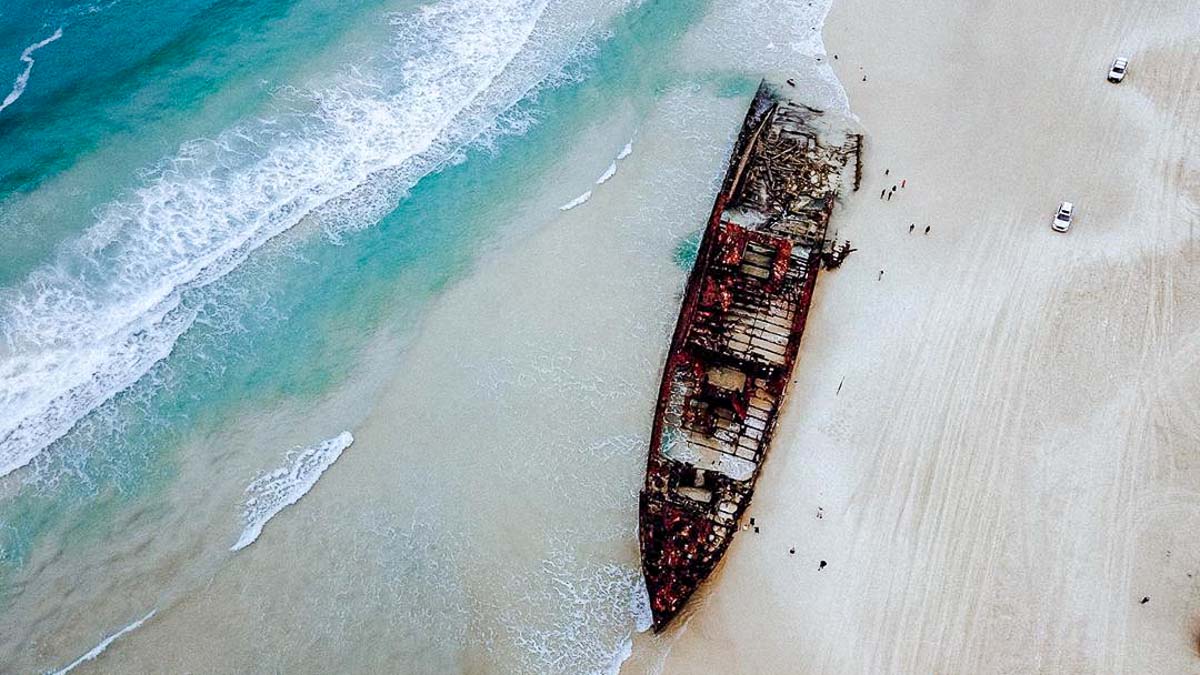
Photo credit: @alexxsadventures via Instagram
Finally, brace yourself for the grand event! From Inskip Point, take a short ferry ride across the ocean to Fraser Island . It’s the world’s largest sand island, and many come to conquer the glorious ‘highway’ that is 75 Mile Beach (that’s ~120km, FYI).
During your drive, swing by the Maheno shipwreck for photos and the Champagne Pools for a natural bubbling ‘jacuzzi’. Be sure to visit Fraser Island’s amazing rainforest too — it’s the only one on this planet that grows on sand!
10) Legendary Pacific Coast Touring Route from Sydney to Byron Bay
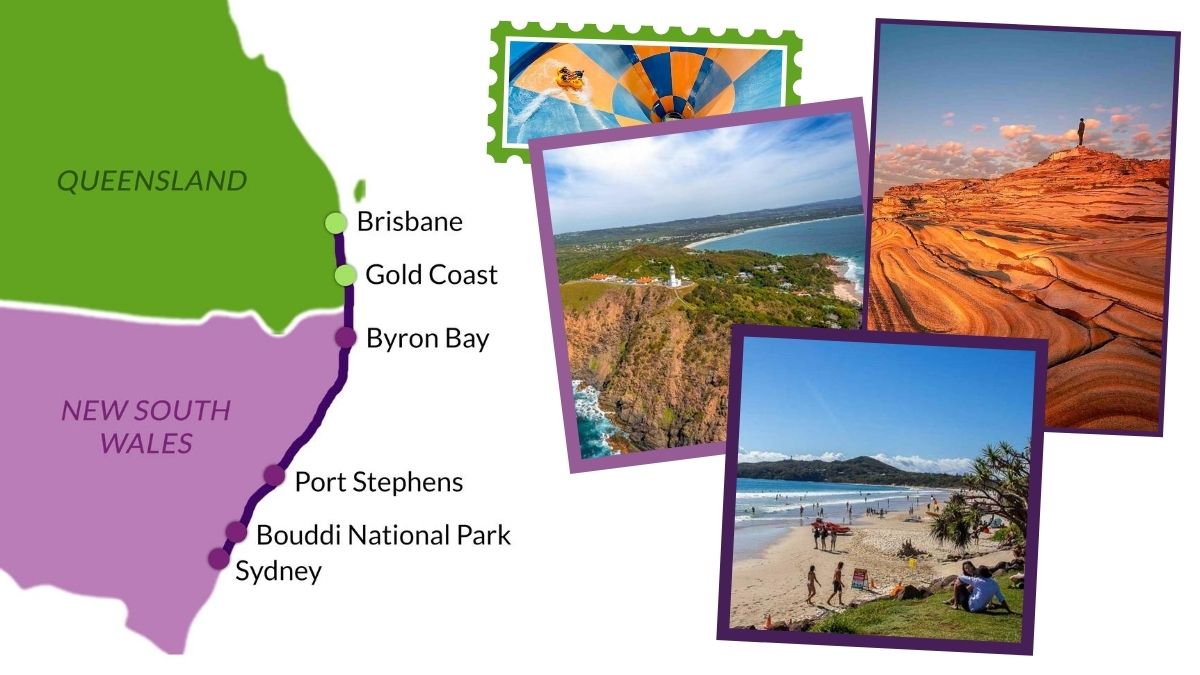
Journey time: 9–14 days (~1,000km) Starting point: Sydney Airport (~8hr flight from Singapore)
The Legendary Pacific Coast is another iconic route. The drive from Sydney to Byron Bay up to Brisbane is full of quintessential Aussie experiences — bucket-list-worthy adventures, soft, sandy beaches, and countless places to surf.
The route itself is a 10-hour stretch, but it’s pretty manageable if you break the distance down over two weeks. Following this, beginners would drive for a maximum of two hours every day on smooth, sealed roads.
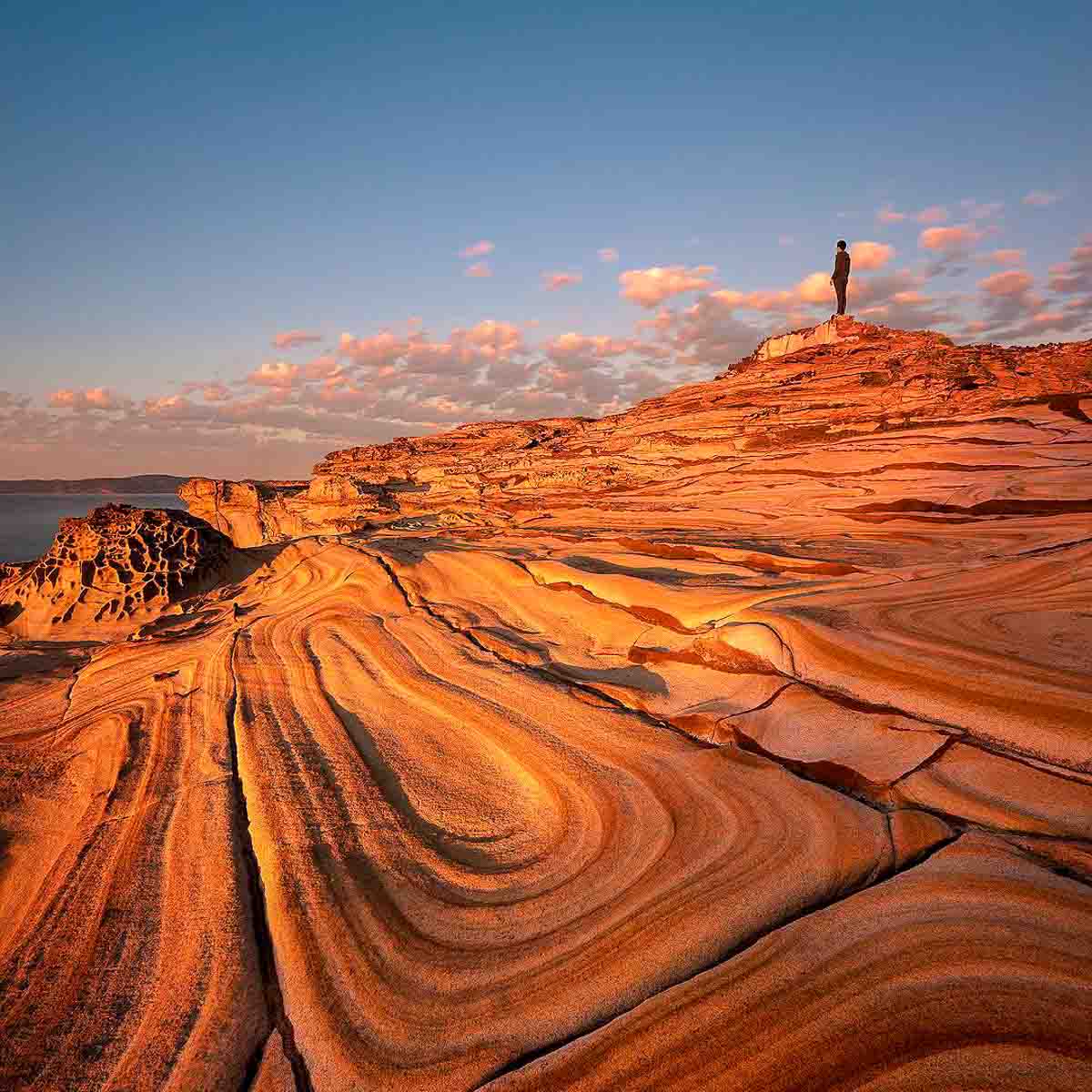
If you’re not keen on exploring the famous Blue Mountains , opt for the quieter Bouddi National Park . Hop on the many scenic tracks , which feature sandstone cliffs, isolated beaches and vibrant native bush.
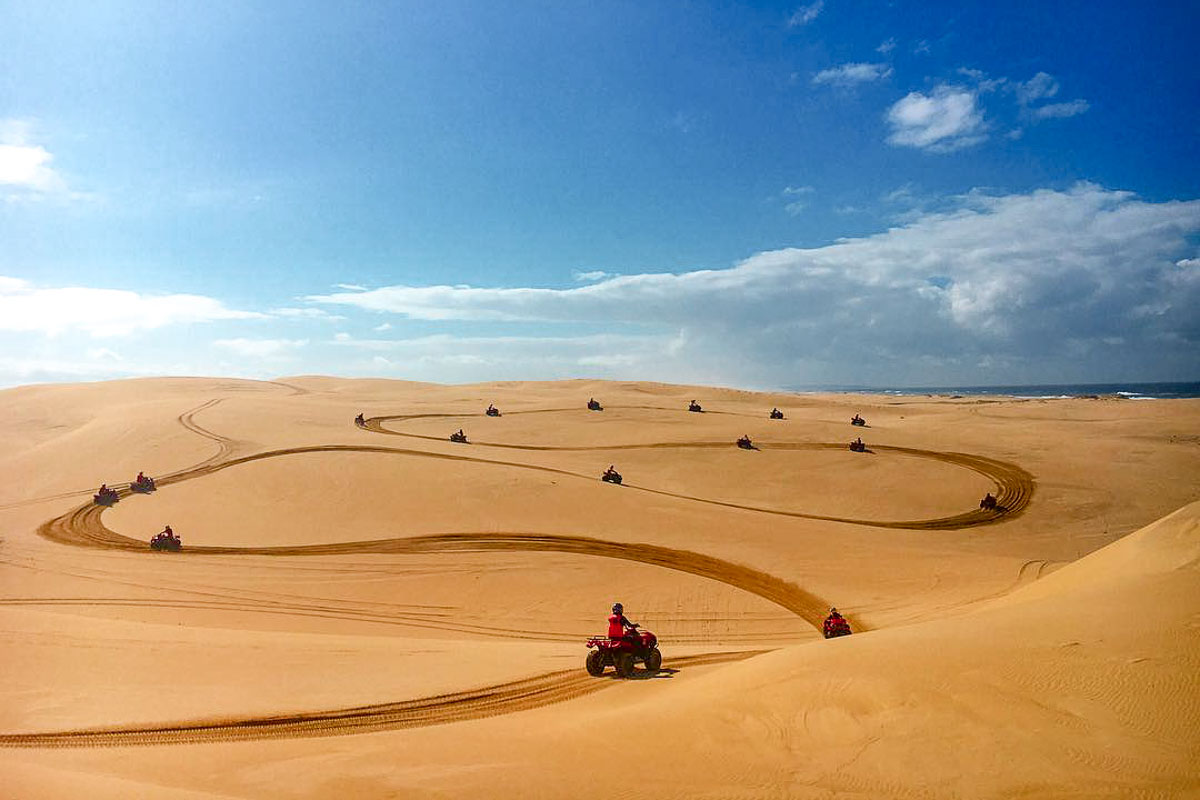
Photo credit: @sand_dune_adventures via Instagram
Further up north, the adventures begin! Port Stephens is where you’ll find the Southern Hemisphere’s largest moving coastal dunes — and there’s no better way to explore this shifting desert than with quad bikes (your first step to a 4WD!).
Read also: 9-Day Australia Road Trip Itinerary Around The Best Of NSW — Sydney, Blue Mountains and Beyond
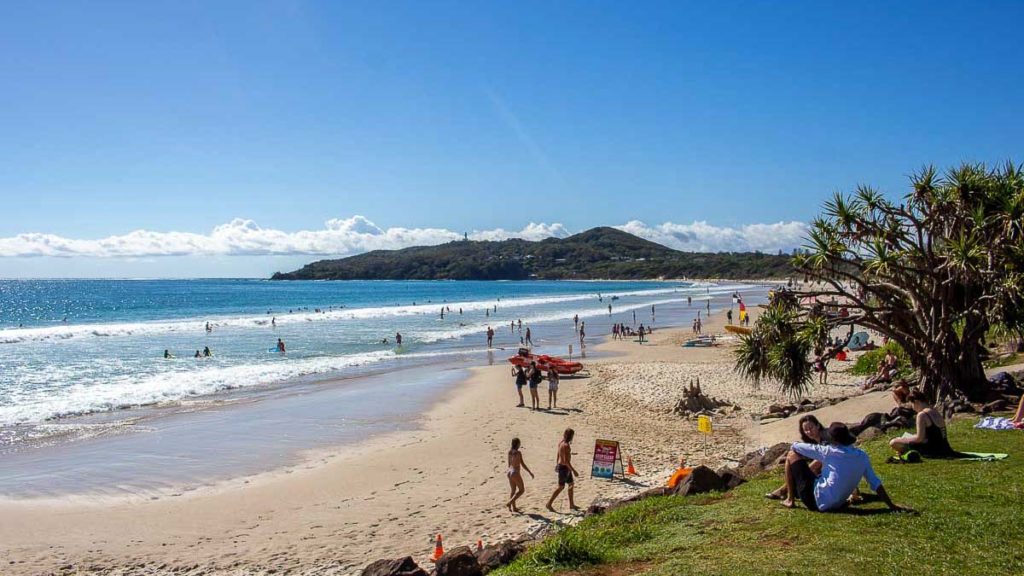
Warning: Once you’re in Byron Bay , you might find it terribly hard to leave. The sun-kissed seaside town is arguably the best-kept secret in New South Wales , and there’s absolutely no shortage of things to do.
Read also: Byron Bay Guide: 25 Things to Do in NSW’s Ultimate Hipster Paradise
Experiences we 100% recommend include surfing at Main Beach , dining on fresh seafood at Catch-A-Crab , and watching the sunrise at Cape Byron Lighthouse . Meanwhile, Chris Hemsworth recommends diving at Julian Rocks (no kidding!).
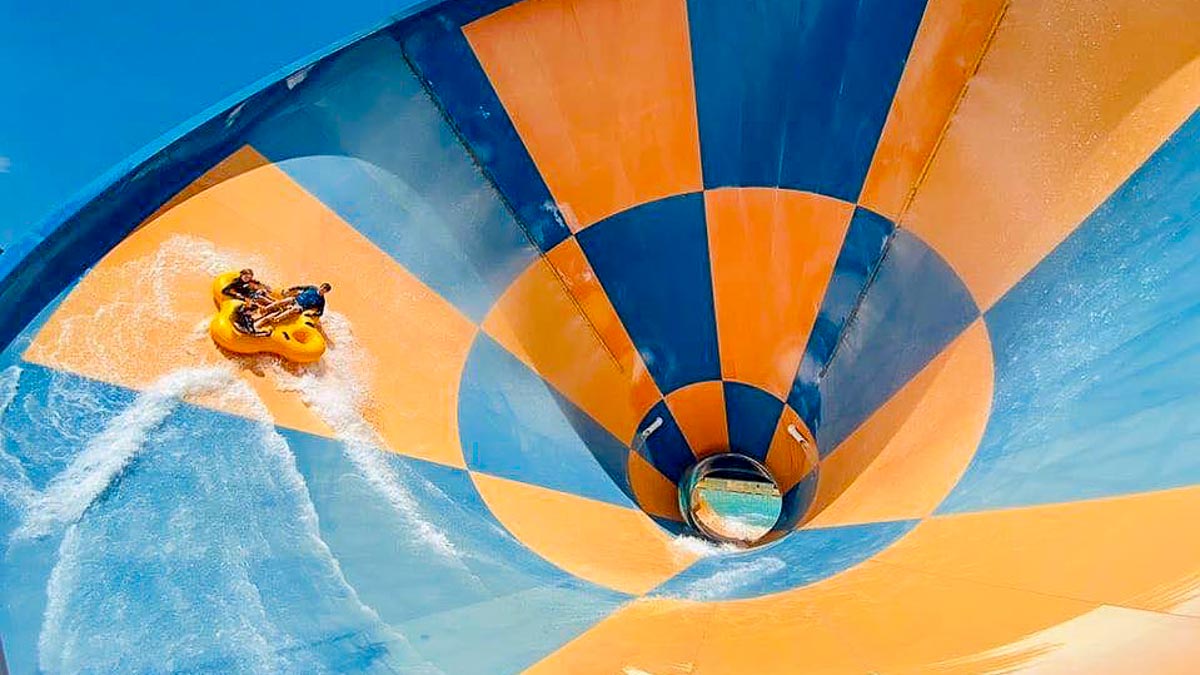
Photo credit: @goldcoast_themeparks via Instagram
If you’re itching for more road trip adventures, drive a little further up to the Gold Coast or Brisbane in Queensland . Take your pick from hair-raising Gold Coast theme parks or the mellow Brisbane Brewing Co .
Read more: 2-Week Australia Road Trip from Sydney to Byron Bay — Discovering NSW’s Legendary Pacific Coast
Driving tips and planning for an unforgettable road trip in Australia
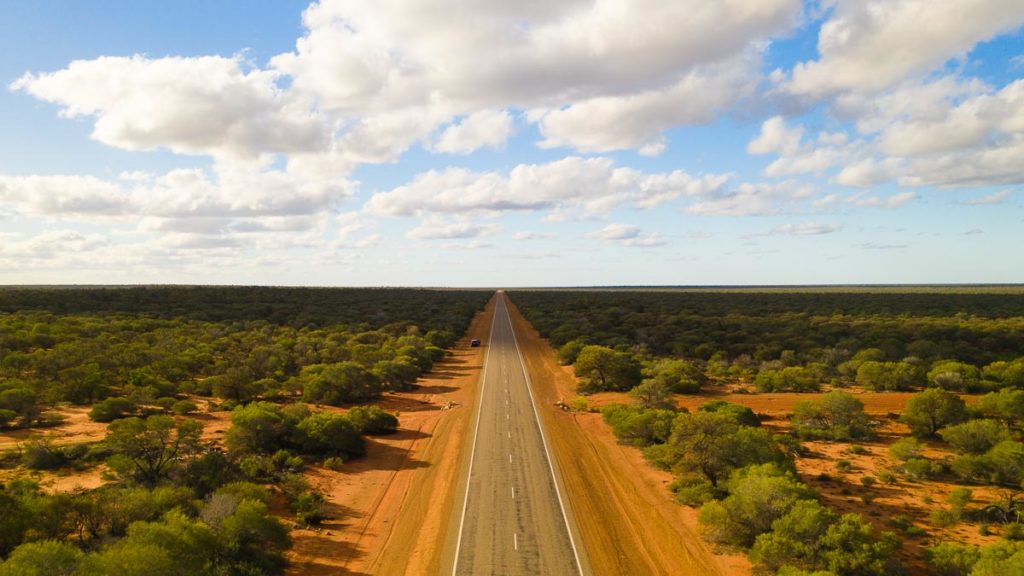
In a land so vast and wondrous, not exploring Australia on a road trip is a real shame. Even then, whether you decide to stay in the cities or hit the road, this country won’t have any problems curing your wanderlust !
All you need to do is find underrated things to do , or seek out socially-distant natural wonders . Hey, safety is sexy, no?
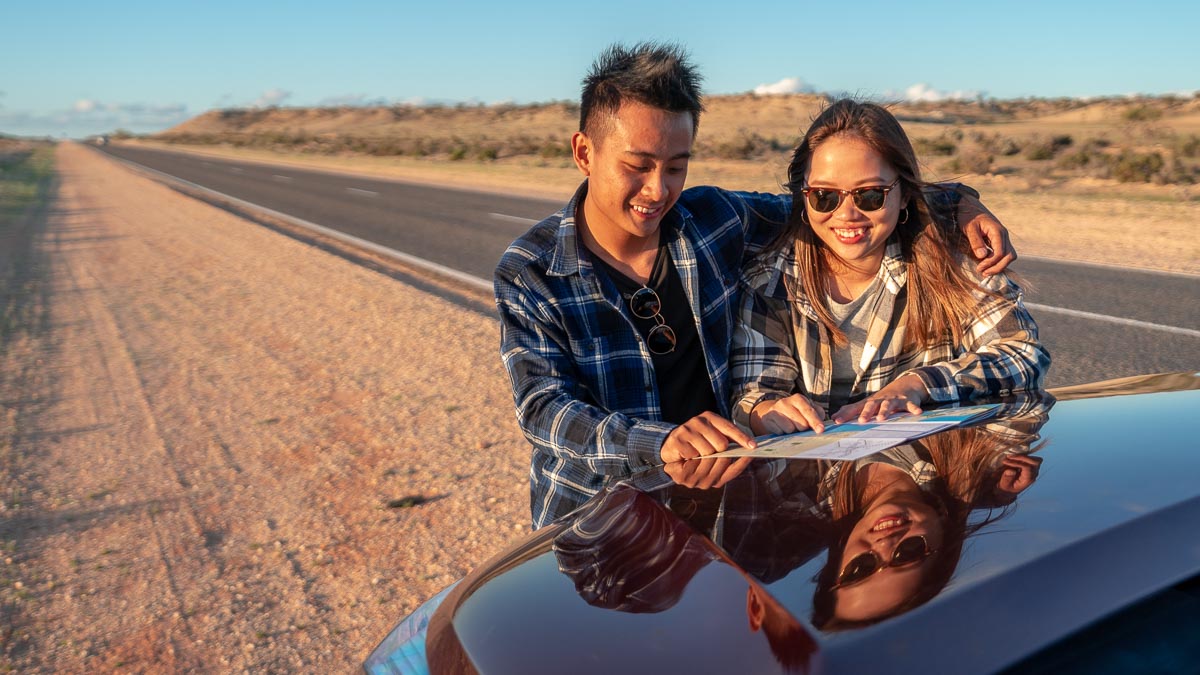
Speaking of safety, here are some useful driving tips for the long road ahead 👇 (1) Rent a GPS or download offline Google maps. Mobile reception isn’t available in remote places like National Parks. (2) Follow the speed limit — even in rural areas. Take it from us, the fines are hefty. (3) Watch out for wildlife on the roads. Drive at the recommended speeds, so that you can slow down or brake in time if an animal crosses in front of you. (4) Similarly, avoid driving in the dark as animals are more active then. If you do, use your high beam to see further ahead. Drop it when there are cars in the other direction (they’ll do the same too).
Need more ideas to plan your next Australia road trip? Find more guides and detailed maps for self-driving itineraries here !
Featured and Facebook image credit: @tracks.we.travel via Instagram
Which Australia road trip are you keen to go on? Share your plans in the comments!
This post is brought to you by Tourism Australia .
For more travel inspiration, follow us on Facebook , Instagram , YouTube , and Telegram !
View this post on Instagram A post shared by thetravelintern.com (@thetravelintern) on Jul 29, 2020 at 4:31am PDT
RELATED ARTICLES MORE FROM AUTHOR
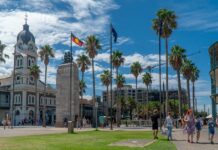
Ultimate 6-Day Adelaide Itinerary — The Best of South Australia’s Underrated Capital City and its Surrounds
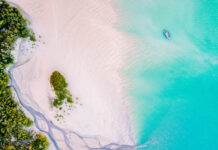
New Direct Flight to Broome — Idyllic Australian Beach Getaway Now 4.5 Hours Away
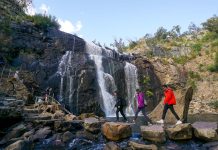
8D Melbourne Road Trip Itinerary — The Ultimate Road Trip Around Victoria’s Best Adventures
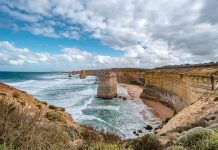
Victoria’s Best Outdoor Experiences — 11 Fun Things to Do in Melbourne and Surrounds
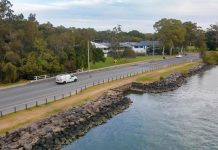
8-Day Gold Coast Road Trip Itinerary — First-Timers’ Camper Van Guide for S$1.6k
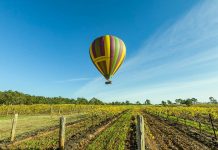
11 Boujee Things to do in Australia to Add to Your Next Road Trip Itinerary
Leave a reply cancel reply.
Save my name, email, and website in this browser for the next time I comment.

11 Things to do in Clark, Philippines — A Quiet Adventure...

20 Things to Eat-See-Do in Sabah’s Capital Besides Climbing Mount Kinabalu

Experience Macao Singapore Roadshow: Get Exclusive Deals, Experience the Macau Grand...

Ultimate 6-Day Adelaide Itinerary — The Best of South Australia’s Underrated...

31 New Deals and Attractions in Singapore this April 2024

- Terms Of Use
- Privacy Policy
The ultimate guide to getting around Australia

Oct 24, 2023 • 9 min read

A road trip is a highlight of a visit to Australia, but there are other great ways to travel too © pixdeluxe / Getty Images
Australia is the sixth-largest country in the world, with very different regions and climates. Deciding where to go – and how to get there – requires some major planning.
At first glance, flying and train fares in Australia look expensive (and a lack of competition does mean there are few bargains), but when you compare car rental, insurance, fuel and accommodation costs, a flight from Sydney to Perth suddenly looks a little more appealing.
If you don't have time to spare, you're likely to rely on internal flights to cover large distances – an alternative is to focus your trip on one region.
When deciding on the best way to get around Australia, weigh up how much time you have, what level of luxury you require and the carbon footprint you want to leave behind.
If you're short on time, you'll need to take internal flights
Flying is the only way to do more than one state on a shorter stay. Australia's main domestic airlines service major cities and key tourist sites – like Yulara for Uluru Kata-Tjuta National Park – with regular flights. Major players are Jetstar , Qantas and Virgin Australia .
Traveling by long-distance bus is a great budget option
Australia's extensive bus network is a reliable way to get between towns and cities, but distances are often vast, so be prepared for long days or nights. Most Australian buses are equipped with air-conditioning (essential in summer), comfortable seats and toilets; all are smoke-free, and some have wi-fi and USB chargers. Ask about hop-on hop-off fares, which give you more flexibility. Some operators also offer discounted fares for seniors, students and children.
The main bus companies in Australia are Greyhound Australia , Firefly Express , Integrity Coach Lines (in Western Australia), Premier Motor Service (NSW) and V/Line in Victoria, which runs a mix of buses and trains.
Another way to get around by bus is on a tour. Some offer the whole package, including accommodation and meals; others are less formal options to get from A to B and see the sights on the way. Popular outfits running coach tours include AAT Kings , Adventure Tours Australia , Autopia Tours and Untamed Escapes .
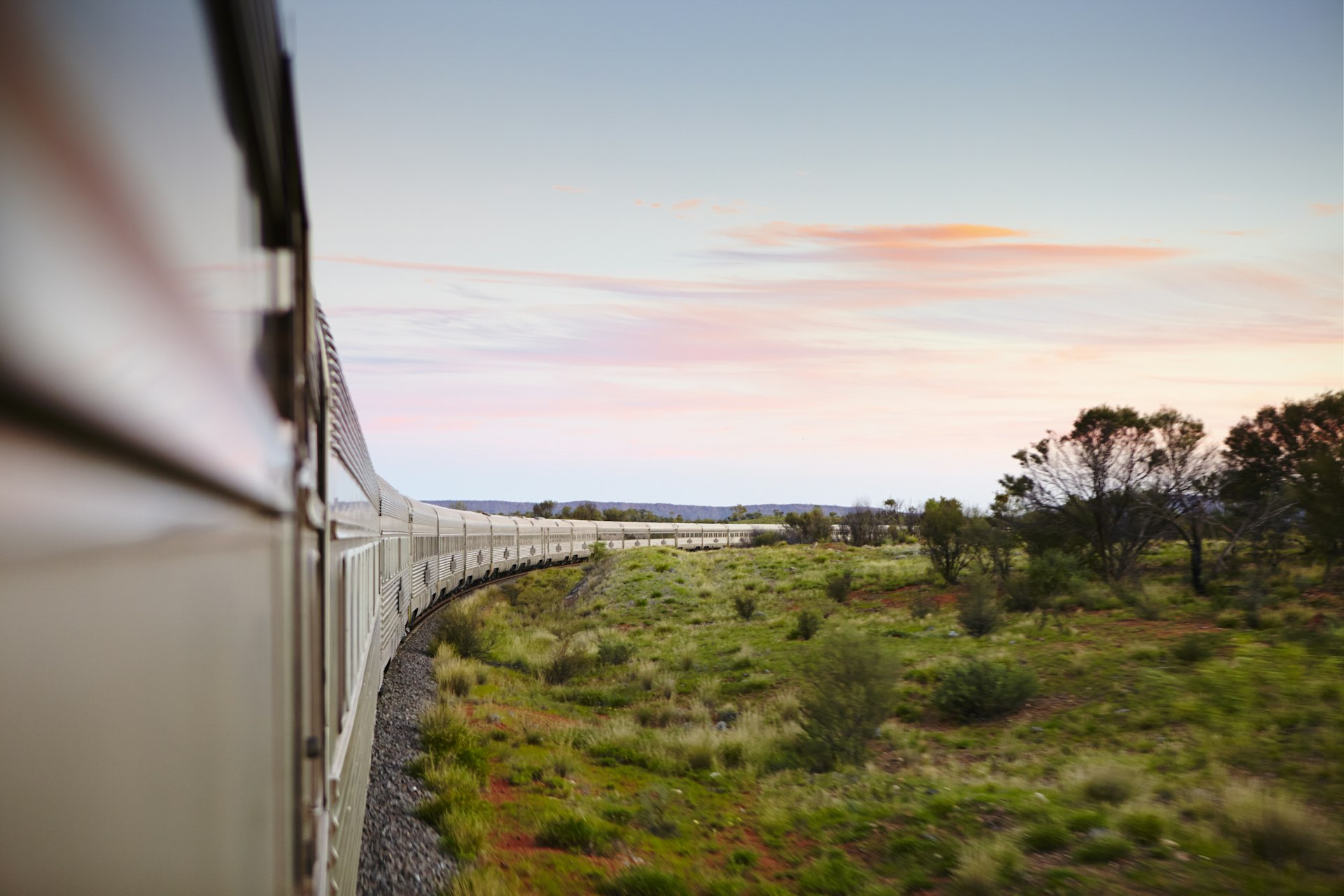
Explore Australia on an epic train journey
Long-distance rail travel in Australia is something you do because you really want to − not because it's cheap, convenient or fast. That said, trains are more comfortable than buses, and there's a certain "romance of the rails" that's alive and well in Australia. The most notable long-distance rail journeys in Australia are the Indian Pacific between Sydney and Perth, the Overland between Melbourne and Adelaide, Great Southern between Brisbane and Adelaide, and The Ghan between Adelaide and Darwin via Alice Springs.
Intra- and inter-state trains operators include Queensland Rail , which runs the high-speed Spirit of Queensland service between Brisbane and Cairns; NSW TrainLink from Sydney to Brisbane, Melbourne and Canberra; and V/Line within Victoria, which links up with coach connections into NSW, SA and the ACT.
Road-tripping in Australia is an amazing experience
Whether you're focusing your visit on one state or several, exploring Australia by road is the ultimate way to discover this vast nation. For 4WD or motorcycle adventures, you'll also need specialist skills, guidebooks, maps and equipment.
Choosing whether to hire a vehicle or buy one will depend on the length of your stay and how far you’re traveling. Here are the pros and cons to consider in the hire vs buy debate:
Hiring a car or camper means you've got a reliable vehicle
For a shorter trip, car rental is probably more cost-effective – you’ll get a newer, safer and more reliable vehicle. If you have any issues, you get roadside support, and your costs are fixed at the daily car hire rate. Large rental companies have offices in major cities and airports, and most require drivers to be over the age of 21 (sometimes 25). It’s slightly more expensive to do a one-way hire.
Campervans are also available for rent, which would cover some of your accommodation costs. You still need to pay to overnight at campsites or find designated spots where you can free camp. Australia-based companies that hire campervans include Apollo , Britz , Hippie Camper , Jucy , Maui , Mighty Campers , Spaceships and Travelwheels . To compare car hire deals, go to CarHire.com .
All the usual advice applies for car and van hire. Read the contract. Understand the small print, including accident excess cover (you can buy your own separately, but you may need to put down a large "holding" deposit with the car hire firm). Make sure all your drivers have the appropriate driving licenses and travel insurance. Always thoroughly inspect the vehicle before leaving and note any pre-existing damage. Given the scale of Australia, you should ask for unlimited kilometers as you’re most likely going to travel big distances. Find out if you can take the vehicle on unsealed roads.

Buying a car or a van might be best for longer trips
Buying your own vehicle gives you the freedom to go where and when your mood takes you and may work out cheaper than renting in the long run. The downsides of DIYing are the admin costs and repairs.
When you buy a vehicle in Australia, you need to transfer the registration (Aussies call it "rego," of course) into your own name within 14 days. Each state has slightly different requirements. When selling a vehicle, you need to advise the state or territory road-transport authority of the sale and change of ownership name. If you just don’t change the registration or give the vehicle away, you’ll still be liable for subsequent fines and future rego certificates from the new owners.
Sellers are required to provide a roadworthy certificate when transferring registration in most states. If the vehicle you're considering doesn't have a roadworthy certificate, ask for one before you agree on the price. This can cost $100 but will save you money on unknown repair costs. Road transport authorities have lists of licensed vehicle testers. Note that registering a vehicle in a different state from the one it was previously registered in can be time-consuming and more expensive, something to be aware of when planning to sell at the end of your trip.
It's prudent to have a vehicle checked by an independent expert before you buy it, and state-based automobile clubs (for example, the Royal Automobile Club of Victoria) offer vehicle checks. Road transport authorities (RTAs) have lists of licensed garages you can book directly.

Five common driving hazards you need to know
There are a lot of things to think about when hitting the road in Australia. Here are five risks you need to keep in mind.
1. There may be animals on the road, particularly at night
Many Australians avoid traveling once the sun goes down because of the risks posed by nocturnal animals on the roads. Kangaroos are common on country roads, as are cows and sheep in the unfenced outback. Kangaroos are most active around dawn and dusk and often travel in groups – if you see one hopping across the road, slow right down, as its friends may be just behind it. If you injure an animal while driving, you can call the local wildlife rescue line, which is sometimes signposted along the route.
2. Drive slowly and carefully on dirt roads in the countryside
Unsealed road conditions vary wildly depending on the road and the weather. Cars and vans perform very differently on dirt when braking and turning corners. Don't exceed 60kph (37mph) – if you go faster, you won't have time to respond to a sharp turn, animals on the road or an unexpected pothole. A wet dirt road means mud and can quickly become impassable – something to keep in mind if traveling in tropical northern Australia during the summer "wet season" (November to April).
3. Look out for "road trains" on the highways
A lack of rail infrastructure in Australia means you’re likely to cross paths with road trains (trucks with two or three trailers stretching for as long as 50m) on the highway. Overtaking is risky. On single-lane roads in more remote places, get off the road when a truck approaches; they don’t slow down for cars. Stones or debris can clip your car as it passes, so get as far out of the way as possible.
4. Fill up with fuel at every chance in remote areas
In cities and towns, service stations are plentiful, but distances between fill-ups can be huge in the countryside – pay attention to your fuel gauge and those yellow road signs announcing the next roadhouse. Filling your tank whenever you can is the best precaution, especially if you need to take a diversion thanks to a flooded road or some other weather-related event. Electric recharging spots are popping up all over Australia, making hybrid and electric road trips a viable alternative.
5. Do not ignore tiredness when driving
Be wary of driver fatigue; driving long distances (particularly in hot weather) can be utterly exhausting, and falling asleep at the wheel is a very serious risk. Stop and rest regularly − do some exercise, change drivers and have a coffee. Do not drive if you’re feeling drowsy.

Drive responsibly and minimize your impact
If you’ve committed to buying a car or van and driving around Australia, there are some ways to minimize your environmental impact on your journey:
- Ensure your vehicle is well-serviced and tuned.
- Travel lightly and drive slower to reduce fuel consumption.
- Stay on designated roads and vehicle off-road tracks (if you’re 4WDing).
- Don't drive on walking tracks, and avoid driving on vegetation. Cross creeks at designated areas.
- Always take all your rubbish if you’ve been camping overnight.
- Consider ride-sharing with fellow travelers where possible.
Road trip around Australia on this 3-month-long itinerary
You have a 90-day tourist visa and want to see all of Australia, right? It’s not possible to see everything , but you can conceivably do both coasts and the outback if you’re prepared to keep moving (ideally taking turns behind the wheel with travel companions if you're driving this route).
We suggest you begin in Perth . Drive the west coast via Albany (to the south), then up to Broome via Ningaloo and the Pilbara and over to Darwin . Turn south through Alice Springs and detour via Uluru . Continue straight down the Stuart Highway to Adelaide , then make your way to Melbourne , either inland or via the more scenic coast. Now you’ve got about a month to six weeks to get to far north Queensland via the beaches of southern New South Wales, the waterfalls inland from Byron Bay and the Daintree rainforest north of Cairns . If you skip Sydney and Brisbane (you’ll be dusty by now, and finding places to park is a pain), you can always pop back via bus or plane after you’ve offloaded your vehicle – which has just had an extra 20,000km (12,400 miles) added to its mileage.
This article was first published June 2021 and updated October 2023
Explore related stories
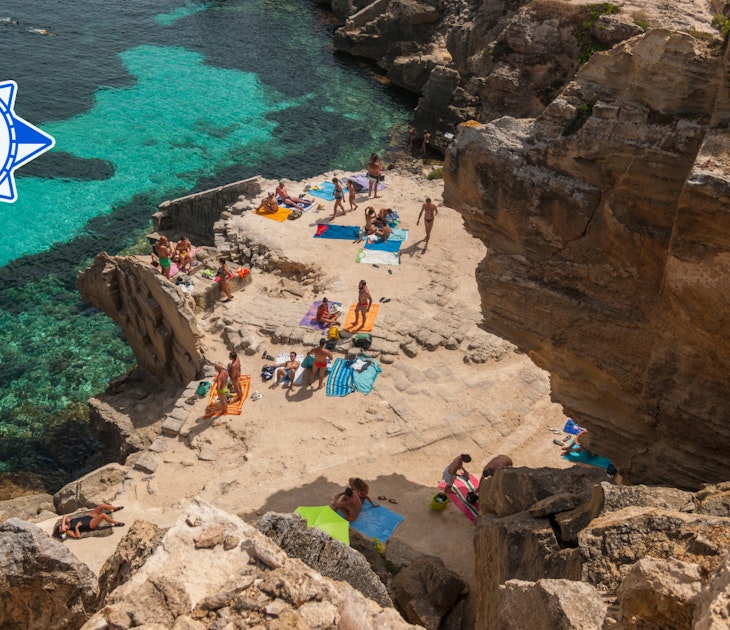
Tips & Advice
Apr 15, 2024 • 10 min read
From chilling on the beaches of Bora Bora to eating shellfish in Cape Cod, USA, here are the best places to visit in June.
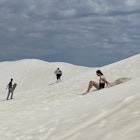
Apr 4, 2024 • 5 min read
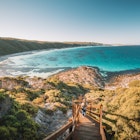
Mar 29, 2024 • 19 min read

Mar 26, 2024 • 8 min read
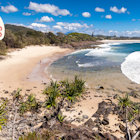
Feb 27, 2024 • 6 min read
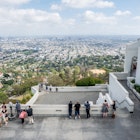
Feb 15, 2024 • 7 min read

Feb 9, 2024 • 12 min read

Jan 5, 2024 • 20 min read
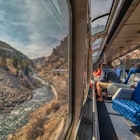
Jan 2, 2024 • 11 min read
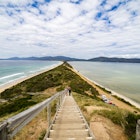
Dec 3, 2023 • 8 min read
We’re on the road right now – join in on the fun and follow @thebrokebackpacker on IG!
- Meet the Team
- Work with Us
- Czech Republic
- Netherlands
- Switzerland
- Scandinavia
- Philippines
- South Korea
- New Zealand
- South Africa
- Budget Travel
- Work & Travel
- The Broke Backpacker Manifesto
- Travel Resources
- How to Travel on $10/day
Home » Oceania » Australia » Backpacking Guide
Backpacking Australia Travel Guide (Tips + Secrets • 2024)
When I ask you to think of Australia, what comes to mind?
Do you dream of hanging out with bouncy kangaroos? Or, driving a van through the outback? Or, maybe your mind takes you to explore the big cities? Or, surfing epic waves along the coast?
All of this and more is possible when you embark on your adventure – backpacking in Australia .
Whether you want to load up a van and hit the open roads or dive deep into the Great Barrier Reef; there is an Aussie backpacking itinerary that will suit every traveller. You just need to get clear on what you’re after and what this magical land down under has to offer you.
Australia is absolutely HUGE (like seriously massive) and it is so diverse. From the bustling streets of Sydney to the wild outback; there is so much to see and do when backpacking down under. It can almost feel overwhelming! But I’m here to help you make sense of it all.
In this guide, I’ll take you through everything you need to know to make the most of your backpacking trip in Australia. From the best itineraries to the boring stuff like travel insurance – I’ve got you covered.
So, without further ado – it’s time to head down under!
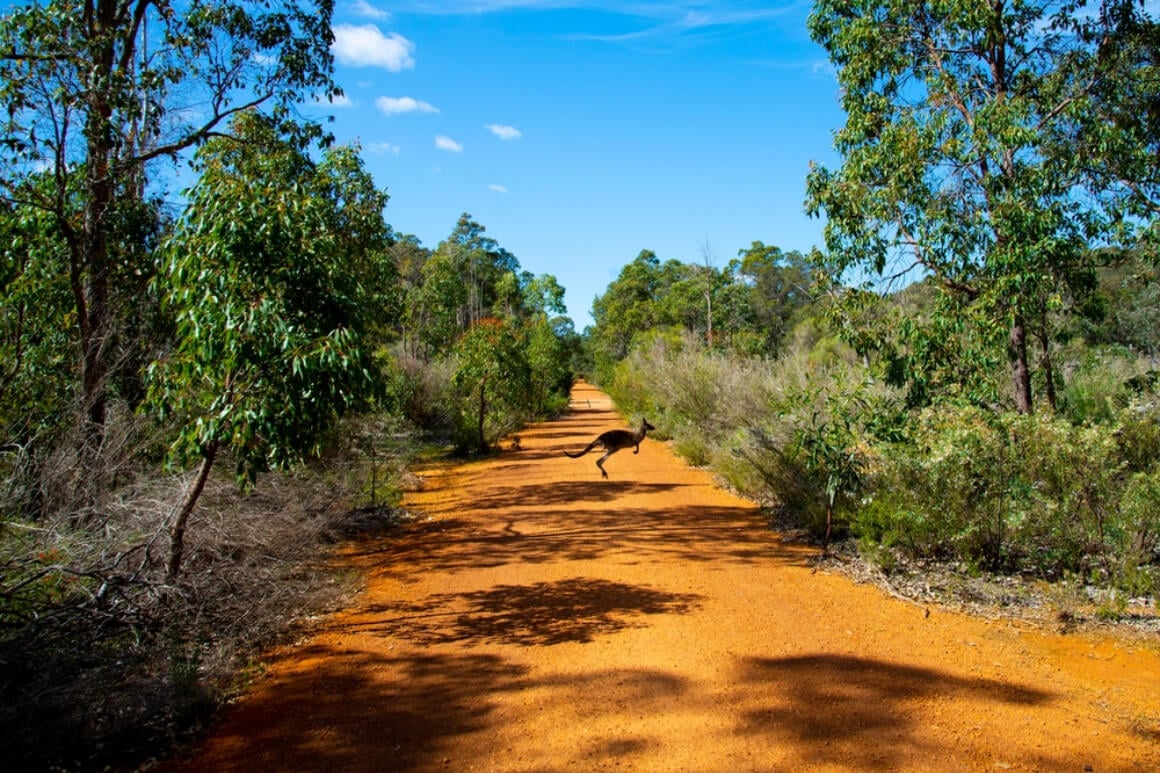
Why Go Backpacking in Australia?
Australia is a huge country with tons of things to do and see! From sailing around the Whitsunday Islands to diving in the Great Barrier Reef to road-tripping just about anywhere, Australia’s got it all.
It’s kinda a rite of passage for any backpacker to visit Australia. We all have that friend who went for a year’s working holiday and ended up staying forever… Why do you think that is?
The country itself is beautiful and there are so many different types of landscapes and wildlife, from croc-infested wetlands to sparse deserts and dense rainforests.
But more than that, Australia has some of the kindest, most welcoming, hilarious people. Anyone who visits Australia feels completely at ease.
There’s a relaxed vibe here. It can’t be described: you just have to go and find out for yourself.
Best Travel Itineraries for Backpacking Australia
Best places to visit in australia, 10 top things to do in australia, backpacker accommodation in australia, australia backpacking costs, best time to travel to australia, staying safe in australia, how to get into australia, how to get around australia, working in australia, australian culture, some unique experiences in australia, faqs about backpacking australia, final advice before visiting australia.
Below is a list of travel itineraries for backpacking Australia. They vary in length and cover the majority of the must-see places in Australia.
When I went backpacking Australia, I had this epic tour planned out. By the time I got to Byron Bay, I fell so madly in love with the people that I’d met in Australia’s amazing hostels that I had to drag myself away after already extending my stop twice. My only regret is planning too much.
I suggest really taking your time. If you like a place, stop for a while! You’ll be pushed for time – even with 3 months – and you’ll encounter places you won’t want to leave. But ride the waves, dude.
Here are some ideas for your itinerary. Just make sure to leave plenty of wiggle room for the enevitable.
10-Day Travel Itinerary for Australia: Tassie
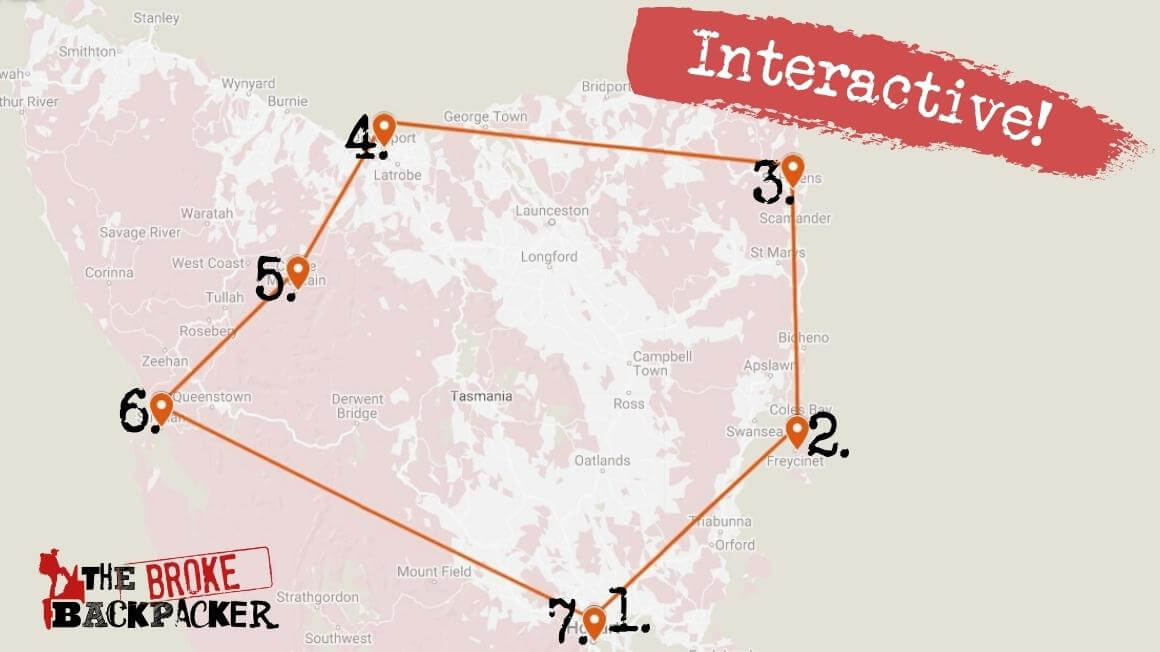
This is the best itinerary for tackling a Tasmanian road trip! You can travel in either direction or pick a city — other than the capital city of Tasmania, Hobart — to begin your route.
Starting in Hobart, the capital of Tasmania. This is the capital city and it’s best known for its port which is the gateway to the Arctic. It’s not a very interesting city, to say the least, so you’ll only want to spend a day or so getting orientated before moving on to the next destination, Freycinet National Park .
What’s most notable about Freycinet is the pink granite peaks, the private bays, and white sand beaches. It’s a great place to relax and enjoy some peaceful nature and wildlife.
Once you have had your fill of Freycinet, head over to St Helens , another big port city known for its deep-sea fishing. If you enjoy fishing, you’ll love it here. It’s also a good spot for diving enthusiasts, or if you just fancy lazing by the beach, the Bay of Fires is pretty epic.
Next up, is Devenport . This city is often overlooked by tourists as it’s just another port city, but because it’s so quiet you can really get a feel for Tasmanian culture.
Then, you’ll want to head to Cradle Mountain , the best place to visit in Tasmania for wildlife. Here you’ll see epic landscapes and also (if you’re lucky) Tasmanian devils, quolls, platypus, echidna, wombats, and the black currawong.
Once you’ve had enough nature, head over to Strahan , the gateway to the Tasmanian Wilderness World Heritage Area and Franklin–Gordon Wild Rivers National Park.
Once you’ve had enough of Strahan, head back to Hobart to head home.
2-Week Travel Itinerary for Australia: Sydney to Adelaide
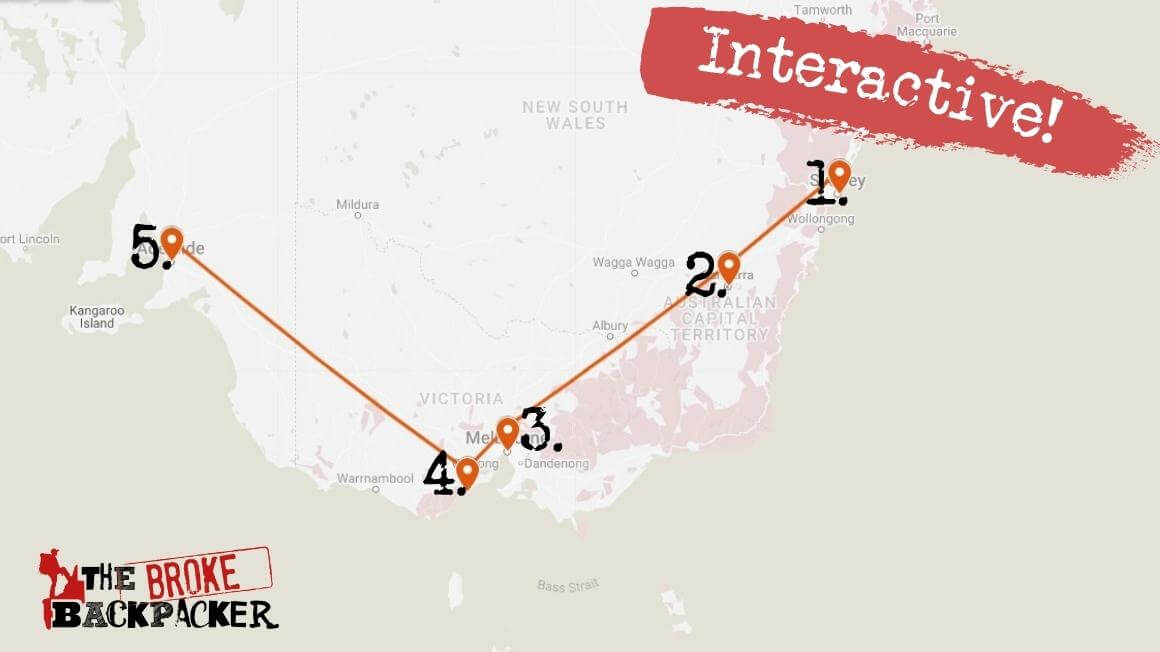
See the best of Australia’s metropolis cities on this 2-week itinerary around the southeast coast! You could start this itinerary off in either ofthe major cities, Sydney or Melbourne . But for the sake of ease, let’s say we’re starting in Sydney .
The fake capital of Australia is home to iconic landmarks: Sydney Opera House and Harbour Bridge. Spend a couple of days getting lost in Sydney and enjoying some of the epic beaches of New South Wales.
Then, make your way south towards Melbourne stopping for a visit to Canberra . Canberra is a huge city that is most known for its government offices. Personally, I don’t think you need more than a day, but the journey from Sydney to Melbourne is long so it’s a good place to rest up.
Departing from Melbourne, travel along the sublime Great Ocean Road and earn glimpses of the stunning 13 Apostles and the Great Otway. Ocean Road is simply breathtaking.
It takes a few days to drive Ocean Road to Adelaide, so I suggest breaking it up. I suggest stopping at Port Fairy for a night and getting some rest here – it’s a small seaside town with not much to see.
There’s also a really great fish and chip shop here called Morriss Road Fish Shop and I had a great bacon cheeseburger… It’s the little things.
After spending a few days traveling on this road you’ll get to Adelaide , Australia’s most relegated and unknown big city.
Adelaide is a hidden gem just waiting to be discovered! This city is saturated with artists, amazing beaches, and tons of wine. After getting your fill here, grab a plane back to Sydney if you’re flying out from there.
3-Week Travel Itinerary for Australia: The East Coast
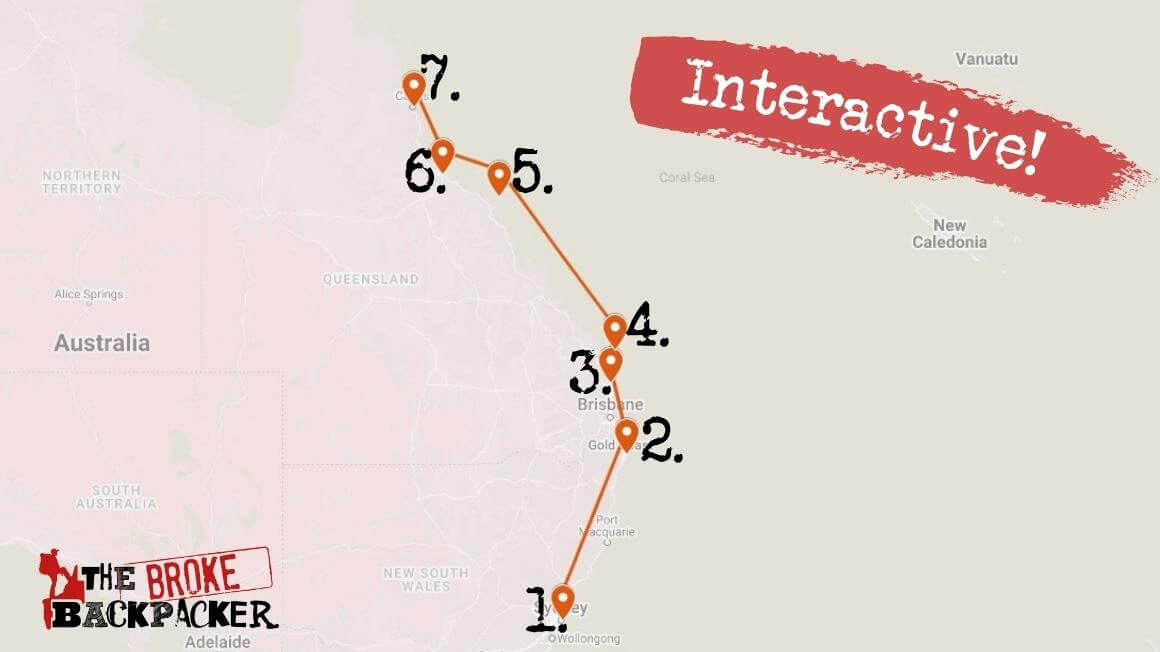
This is the best itinerary for tackling an East Coast Australia road trip! Starting in Sydney, you should spend at least 1-2 days exploring. Take a day trip out to see the Blue Mountains National Park and marvel at the Sydney Harbour Bridge (or climb it, if you’re not scared ).
After Sydney, it’s a long road to Byron Bay , the most famous beach in Australia and a hot spot for surfers. Personally, I found the beach itself crowded and underwhelming – but I met amazing people and spent nights laughing harder than I had in years.
I went on to the Gold Coast from here. I stayed with family and it was one of my favourite memories. But unless you are a passionate surfer or love corny beach towns, it’s not a must-see.
Brisbane is a city that doesn’t get enough hype. I loved Brisbane and I cannot explain why. It’s just got a cool vibe and the nearby Gold Coast is simply stunning. I suggest spending 2 days in Brisbane, but no one would blame you if you wanted to stay longer.
Next, don’t miss Noosa , a world-famous surfing destination. If you don’t like surfing, you can also go hiking in the Noosa National Park and rock climb some cliffs. I met up with people I previously met on the road here and it was well worth it.
Next, you’re going to head to Fraser Island . This unspoiled island is a nature reserve and it’s definitely worth staying actually on the island if you can afford it. You’ll also find plenty of yoga retreats in this area.
You can’t swim in the ocean, but I tell you, you won’t want to because you can see whales swimming in the ocean right from the shoreline! Make sure to check out the abandoned shipwreck too.
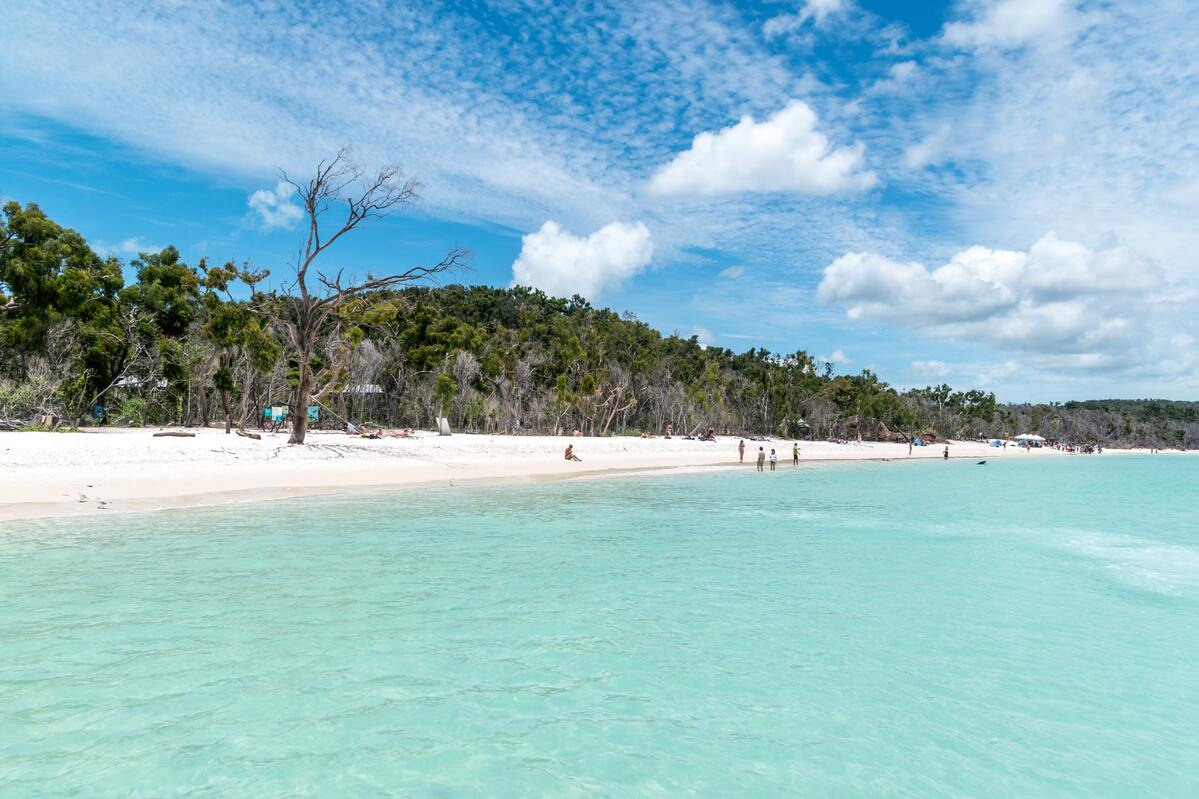
After 2 days on Fraser Island, head to the Whitsundays , my favourite spot on the East Coast. The Whitsunday islands are untouched nature reserves, and you can only access most beaches by boat. This is a ‘take only photographs, leave only footprints’ kind of beach.
The sand is pure white and the ocean is a dazzling blue. You’ll never see anything like it. You could even look at it from up in the clouds by taking a Whitsundays and Heart Reef 1 hour scenic flight . You’ll see the kaleidoscopic colours of the Great Barrier Reef.
Next up, is Townsville . The actual town isn’t that impressive, but people often stop here to go to Magnetic Island. It’s also a great place to stop if you like diving and want to explore the Great Barrier Reef.
Finally, you’ll get to Cairns . This is one of the coolest cities in Australia, in my opinion. It’s surrounded by rainforests and expansive beaches and has a cool surfer-town vibe. Spend a few days chilling out here and then fly back to Sydney.
3-Month Travel Itinerary for Australia: The Land Down Under
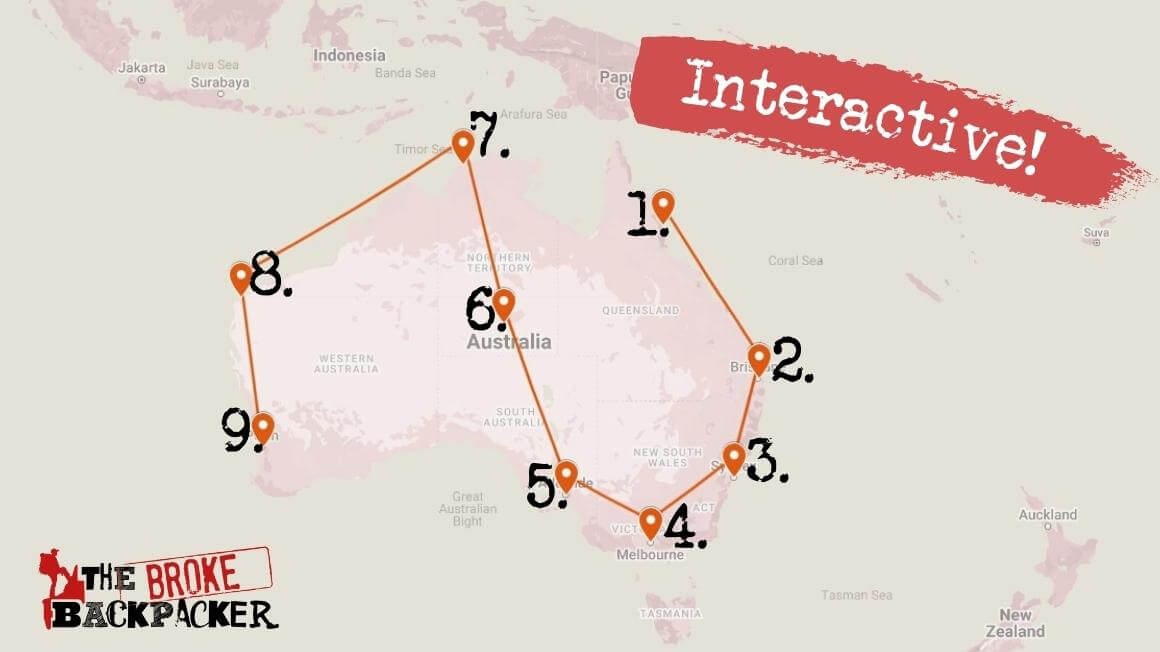
For this epic trip around Oz, this itinerary combines all you’ve seen above, with the addition of a few small-town stops. This route for backpacking Australia is pretty big. If you buy or rent a car , you’ll have complete freedom.
Let’s start by the Great Barrier Reef in Cairns . Make your way down, through Queensland. Surf the Gold Coast , dive Ningaloo Reef , trek Kakadu National Park ; all of this and more is possible on this epic road trip through Australia!
Follow the East Coast itinerary to Brisbane , down to Sydney, then backpacker favourite: Melbourne .
Adelaide , the most underrated city in Australia is the gateway to the outback. Catch the iconic Ghan train to Darwin. The train takes 24 hours – but not in one hit.
It stops in Alice Springs , a large town in the middle of the red desert. Spend at least 3 days!
If you fall in love, how about spending a month backpacking route for Australia in the Outback ? Visit top destinations like the mighty Uluru , Kimberly , and the Nullarbor !
Then, on to Darwin . Many people don’t know that Darwin has the most incredible sunsets in Australia. This coastal city has a relaxed, hippy-ish vibe and is where to learn about aboriginal history (being the closest spot to Kakadu National Park).
Head over to Broome , a beach resort town, west of Darwin. I recommend at least 3 days in Broome, bathing on the beaches lining the Indian Ocean, including the 22 km-long, white sand beach, Cable Beach. Venture into the wilderness or go looking for dinosaur tracks at Gantheaume Point. There are definitely a lot of cool hostels in Broome and some damn fine food too.
After that, enjoy Exmouth for pristine beaches and glistening blue waters. Here is the best place to explore the Ningaloo Marine Park – full of thriving coral reefs and migratory whale sharks.
Perth is a huge city with tons of character. It’s a great base to explore nearby beaches and wildlife. It’s worth spending a few days before flying back to Adelaide to finish your trip.
As you can imagine, a country as vast as Australia is full of unique places to visit. Some major cities are spangly and new, like Sydney and Melbourne. Others date back to aboriginal times and feel strikingly different.
There is so much to unpack and discover that I can give you my favourite places to go in Australia. But inevitably, you’ll discover your own hidden gems.
Let’s take a look at the absolute most beautiful places in Australia !
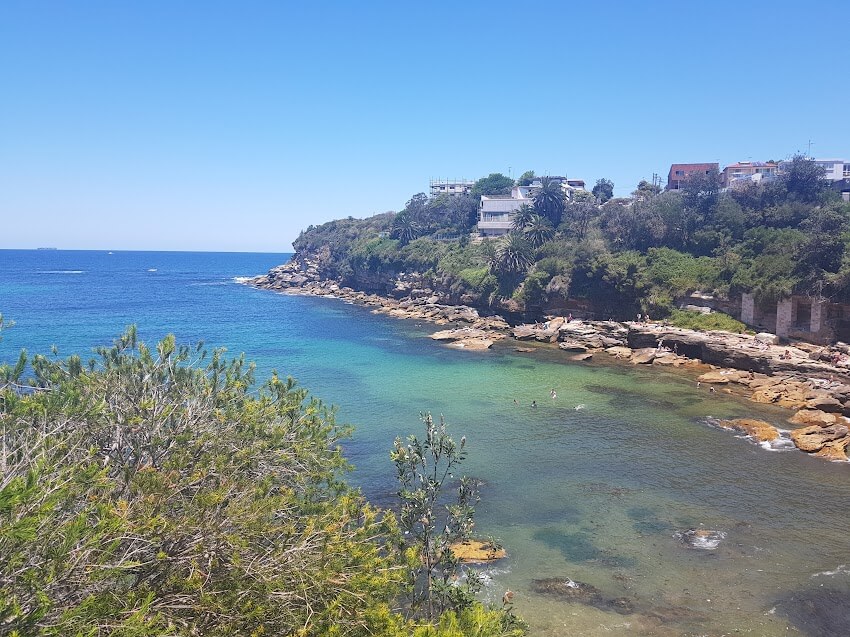
Backpacking the East Coast of Australia
The East Coast of Australia, consisting of the states of New South Wales and Queensland , is the most popular backpacking route in Australia! The East Coast has some of the best infrastructure, greatest thrills, and most beautiful places in Australia. There is so much to do and see on the East Coast of Australia that we at Broke Backpacker had to create a separate East Coast backpacking travel guide to do it justice.
No trip to Australia is complete without a stop in this amazing part of the country.
Traveling 1500 miles from the ever-enchanting Sydney to Cairns affords travelers insane opportunities for adventure. You’ll navigate ancient jungles, go walking in the bush, and (of course) visit Australia’s damn fine beaches.
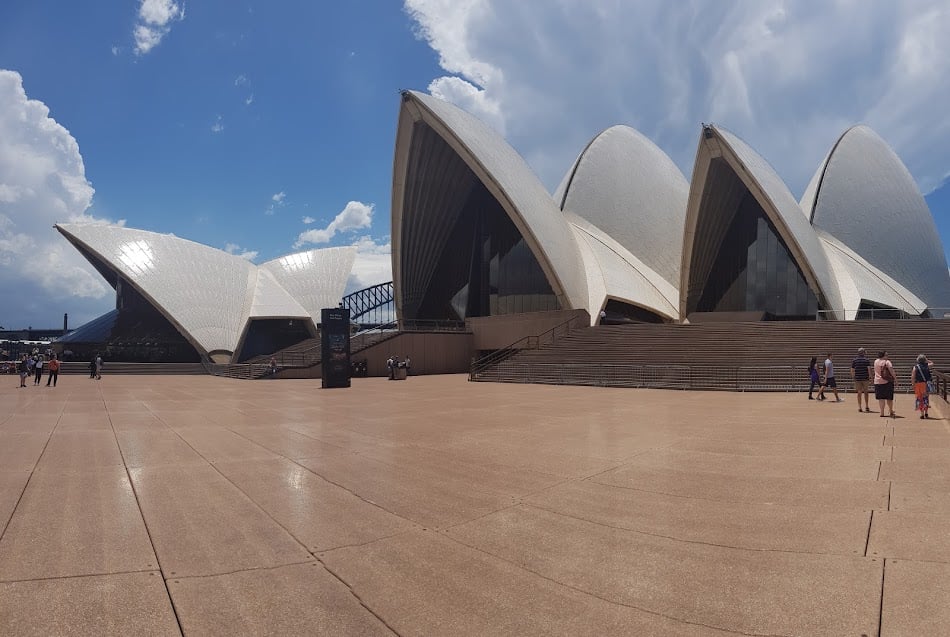
Some other highlights of backpacking the East Coast of Australia include camping on Fraser Island , sailing among the picturesque Whitsunday Islands , and diving at the Great Barrier Reef .
My top highlight was probably feeling freer than I ever had in my life before. Meeting people who you immediately click with and change your plans for. It’s a remarkable experience.
Those interested in backpacking around this part of Australia should best refer to our informative guide where I break down heaps pertaining to New South Wales, Queensland, and everything in between. This includes the usual subjects like accommodation , itineraries , and how to get around .
Note that this guide will also cover locations that are not bound to the coast including the Atherton Tablelands and the Outback . You gotta see the desert while backpacking Australia even if you intend on being a beach bum 99% of the time.
- Sydney Backpacking Travel Guide
- Byron Bay Backpacking Travel Guide
- Sunshine Coast Backpacking Travel Guide
- Cairns Backpacking Travel Guide
Backpacking Canberra
Canberra is the federal capital of Australia and has a rap for being boring as hell. Famously, one former prime minister wouldn’t even live there when he was in office (though he denied any feeling any revulsion to the place). Truthfully, Canberra really isn’t that bad – so long as you know what you’re getting yourself into.
Canberra is a planned community that was designed to be a “garden city”. For this reason, Canberra has an extensive amount of parkland, national monuments, and cultural centers. At the center of everything is the large and artificial Lake Burley Griffin , which acts as a sort of reference point.
Around the lake are Canberra’s most prominent landmarks including both Parliament Houses (the old and new ones), the hallowed Australian War Memorial, and several museums and galleries. The National Museum of Australia, National Gallery, and National Portrait Gallery are all fine cultural centers worth visiting.
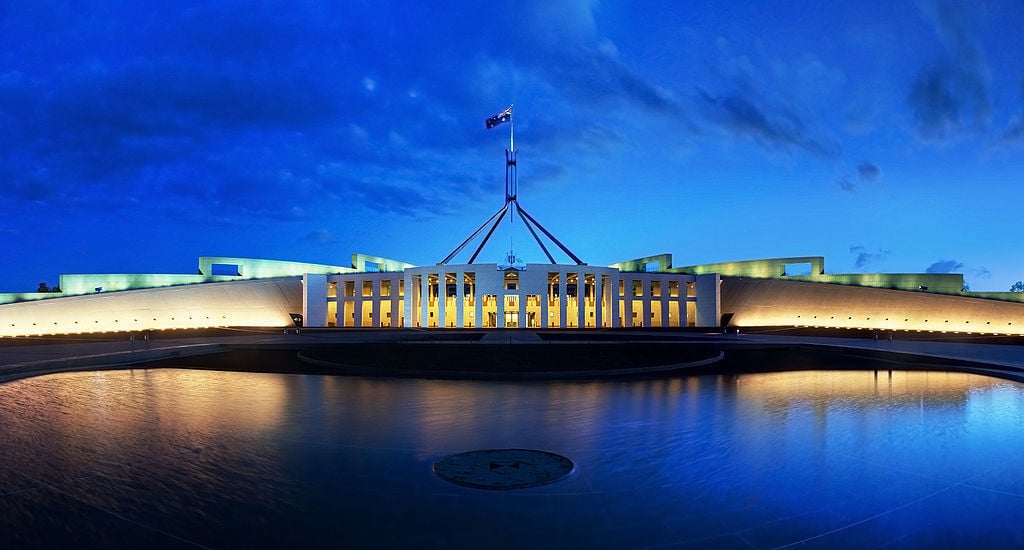
The best way to get around Canberra is by walking or biking. Thanks in part to abundant greenery and lack of traffic, these modes of getting around can be quite enjoyable.
Take note that Canberra is still quite spread out. So getting around on foot is a day’s work in itself.
If you find Canberra’s parklands insufficient, then there are plenty more pastoral sights outside of the city. Namadgi National Park is the northernmost section of the Australian Alps and has lots of outdoor activities. Mountain biking, in particular, is very popular around Namadgi and the highlands of Canberra.
Ultimately, Canberra is a fine city to visit for a weekend . Those backpacking around Australia should come here for the bucolic scenery and small-town lifestyle.
Backpacking Melbourne
Sydney’s greatest rival is the super-dynamic and culturally superior Melbourne . Melbourne is the former federal capital city and, for this reason, was once the center of all things Australian.
Melbourne lead the way in economics, art, sports, you name it, until Sydney rose and began to challenge it. Backpacking Melbourne is a fun and interesting experience.
Melbourne is a huge city with multiple districts. Most of the top things to do in Melbourne are found around the city center – in the CBD and Southbank . The CBD is buzzing constantly with action: here are some of the best cafes, bars, restaurants, and cultural sites in the city.
Flinders Street Station acts as the central nervous system of Melbourne and provides transport to any and all of the metropolitan area. Very close to the CBD are St. Paul’s Cathedral and Collins Street, the latter of which is very fucking cool.
Other notable attractions, like the Shrine of Remembrance, Queen Victoria Market, and Federation Square, are all a short walk away from the CBD.
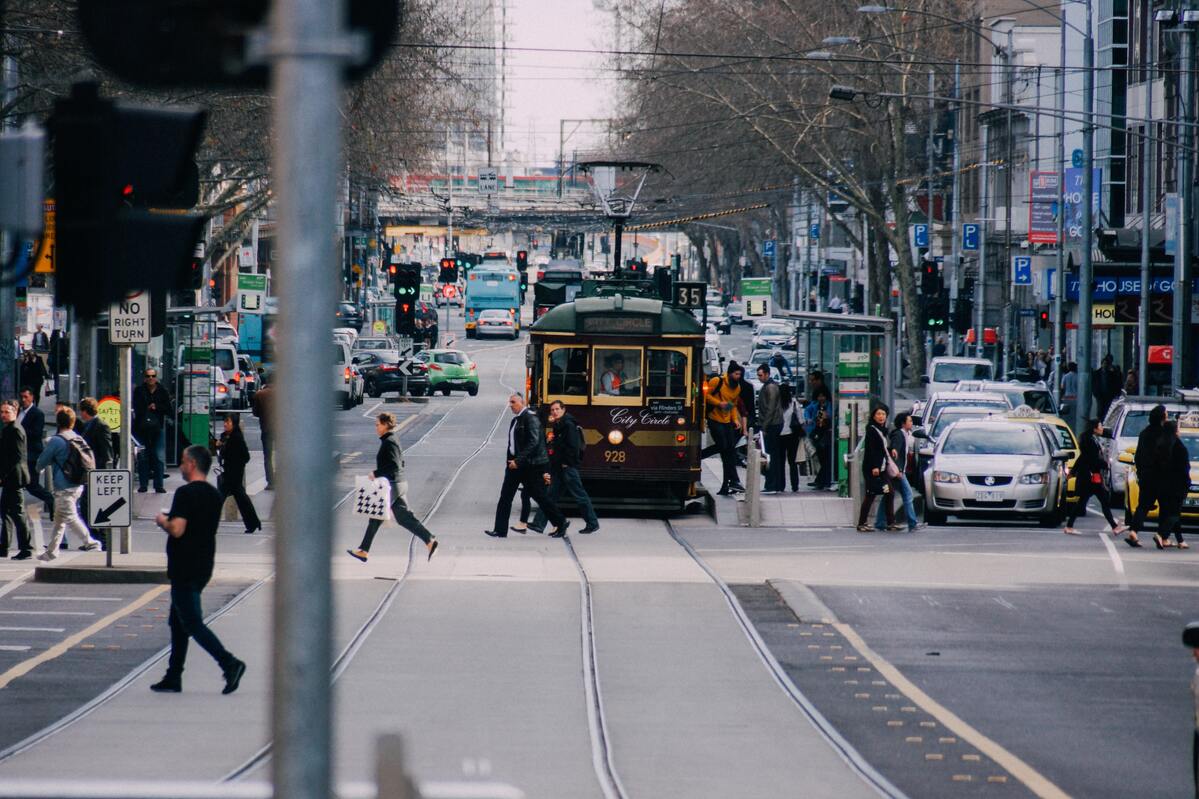
Further outside of the city center are many more districts that make for great day trips. Carlton is a neighborhood rich with Italian heritage and home to the impressive Museum of Melbourne.
St Kilda is the premier beach hangout and has a nightlife that is comparable to the debaucherous King’s Cross in Sydney. Brighton is where you’ll find the iconic beach huts. Finally, Collingwood and Fitzroy are the favorite hipster hideouts in an already hipster-ass iced-coffee kinda city.
Backpacking Melbourne’s pedigree cannot be understated – this is one of the coolest places in Australia. You just have to visit this city and wander amongst its laneways all the while sampling as much music, food, and drink as possible. Be sure to check out some of the best festivals in Australia right here in Melbourne!
As far as sick hostels in Melbourne go, everyone has their opinions. But my favourite is The Village . Get ready to meet a cool bunch of dirtbags.

Backpacking Adelaide
Backpacking Adelaide has had a somewhat dull and undeserving reputation. Just hearing its nickname, “The City of Churches,” leads your mind to those dreary choir songs that make people wanna go meet Jesus sooner.
Although, this nickname was never a reference to the city’s piety. Conversely, as an ultra-liberal city, Adelaide was a place of many places of worship and ideologies. In lies Adelaide’s true self: a forward-thinking and supremely eclectic city.
Adelaide or Radelaide has quietly been one of the best cities in Australia. Here is an amazing art scene, a thriving nightlife, and some of the best city beaches in Australia.
Oh, and did I mention that this is the wine country of Australia? You can’t throw a boomerang and not hit a winery.
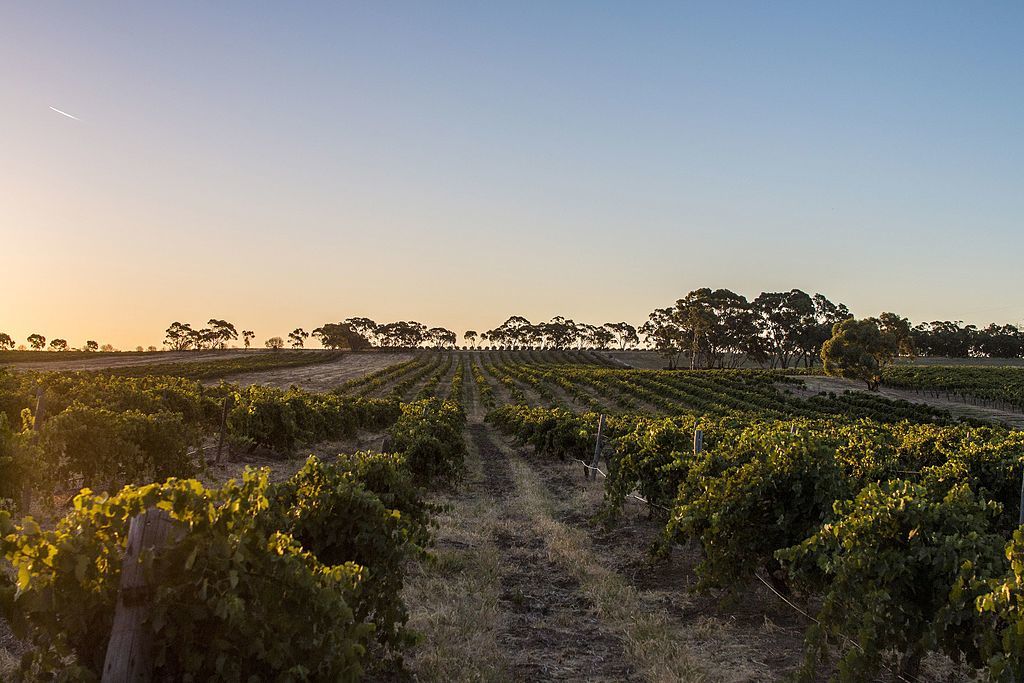
Adelaide is a planned city – the first founded by freemen – and is extremely easy to get around. You can easily walk across the whole city proper in an hour or two.
A tour of Adelaide should definitely include a walk around one of the surrounding parklands, with lovely sights like the River Torres and the Botanic Gardens. For the best food and drink, look around the likes of Rundle Street, South Hutt Street, and O’Connell Street .
Adelaide has some of the best city beaches in Australia. Glenelg is a glitzy beach with lots of clubs and cafes. The most beautiful beaches though are found in the southerly suburbs around Brighton , Port Noarlunga , and Aldinga .
There is wine country everywhere outside of Adelaide. The Clare Valley, McLaren Vale, and Barossa Valley are the most prestigious regions and, between the three of them, produce the majority of Australia’s wine.
Hahndorf in the Adelaide Hills is another popular pastoral town, known more for its beer and German heritage.
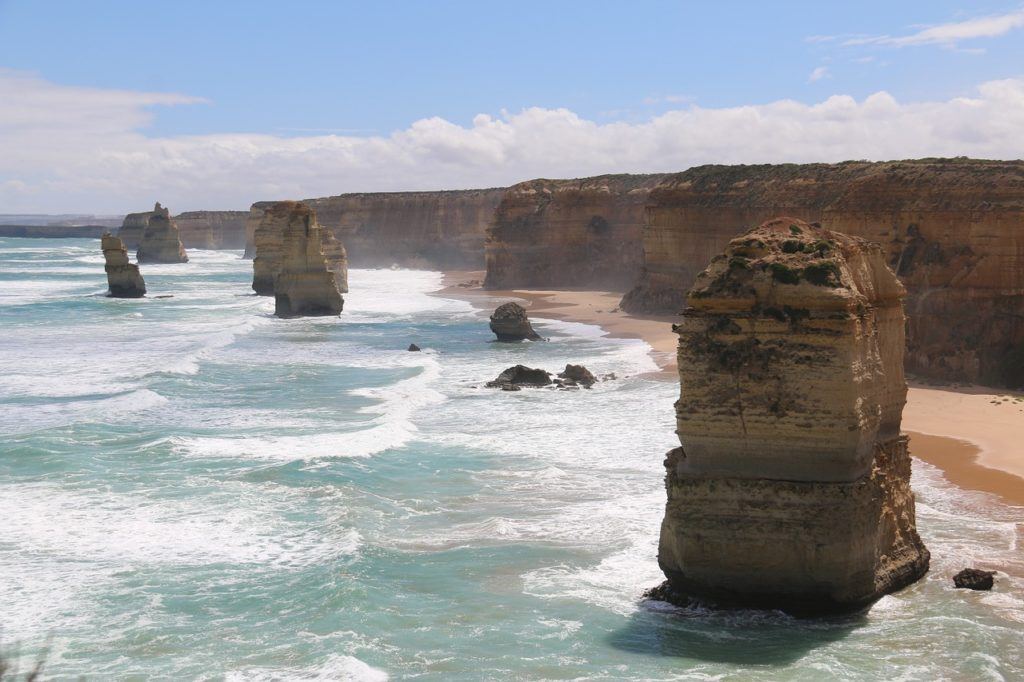
You could fly, but I reckon a road trip from Melbourne is the best and most rewarding way to get here. Driving on the Great Ocean Road is a must-do while backpacking in Australia!
You’ll see several prominent landmarks and attractions while driving along the 150 miles of the Great Ocean Road. The most famous landmarks here are the Twelves Apostles : a group of limestone sea stacks that rise stunningly out of the ocean.
It’s one of many great Australian road trips . But this is one of my favourites.
Backpacking Kangaroo Island and the Yorke Peninsula
Within a day’s drive from Adelaide are the seaside getaways of the Yorke Peninsula , The Fleurieu Peninsula , and Kangaroo Island . Between the three areas, there are over six hundred miles of coastline. Most of these beaches are hardly visited or even touched by any sort of tourist.
The Yorke Peninsula is north of Adelaide. On a map, the Peninsula is easily recognizable due to its distinct shape – like a large tail, leg… or willy (to some people).
Economically, agriculture – not tourism – is the region’s leading enterprise. This has, for the most part, lead to the development of several small rural communities, which make for great backpacker bases.
Popular activities on the Yorke Peninsula include surfing, diving, fishing, and sampling the local produce. The surfing here, in particular, is some of the best in the state. Must-see locations on the Peninsula are Pondalowie Bay , Innes Australia National Park , and Berry Bay .
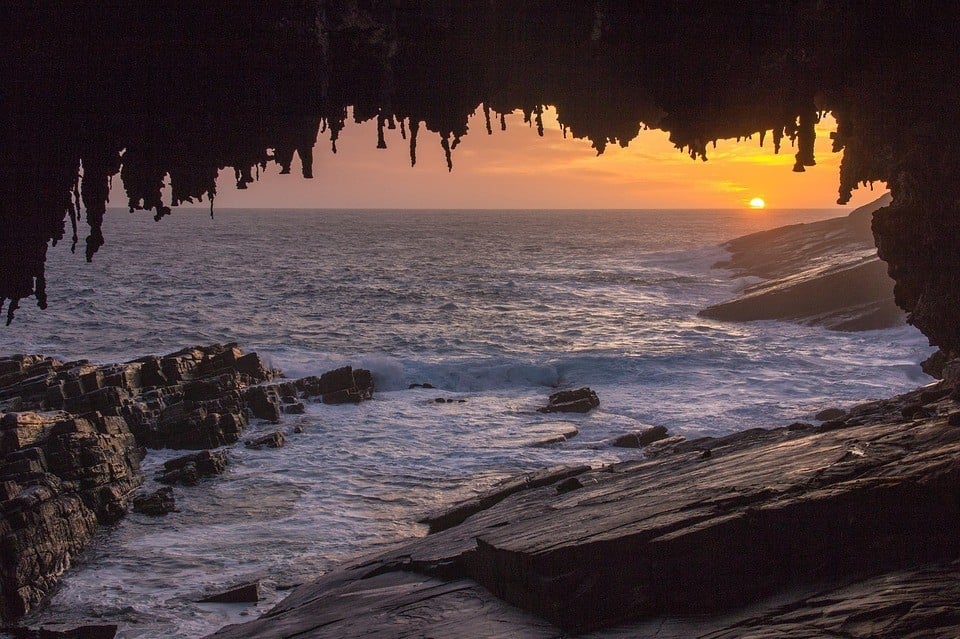
Kangaroo Island is a popular holiday spot for South Australians and is fairly unknown outside of the state. Located across from the Fleurieu Peninsula, it’s Australia’s third-largest island and an important refuge for several threatened ecosystems.
With highlands, rugged coastline, and a number of pristine beaches, the natural setting of Kangaroo Island is some of the prettiest in South Australia. Flinders Chase Park , Admirals Arch, and the Remarkable Rocks are among the most splendid sights on the islands – and shouldn’t be missed.
Arriving at Kangaroo Island is a simple matter of taking a short ferry from Cape Jervis . You’ll find most of the hostels in the largest settlement on the island, Kingscote. Local farm stays are becoming increasingly popular and many resemble hostels in their offerings.
Backpacking Uluru and Alice Springs
Smack dab in the “Red Center” of Australia, leagues away from any other city is Alice Springs . Never before has the term “ middle of fucking nowhere ” been more applicable.
Originally an outpost and then a military refuel base, it now serves as a hub for visiting the many desert wonders of the region, including the famous Uluru , previously known as Ayers Rock , changing it back to its aboriginal name.
Uluru is one of the most recognizable sights in Australia: it’s magnificent. Honestly, words don’t do this massive red rock justice – and the pictures do little either. Uluru is meant to be seen and felt in person; only then will you understand its significance.
As one local told me: “you stand there staring at (it) and then it begins to pulse. Uluru is the heartbeat of Australia.”
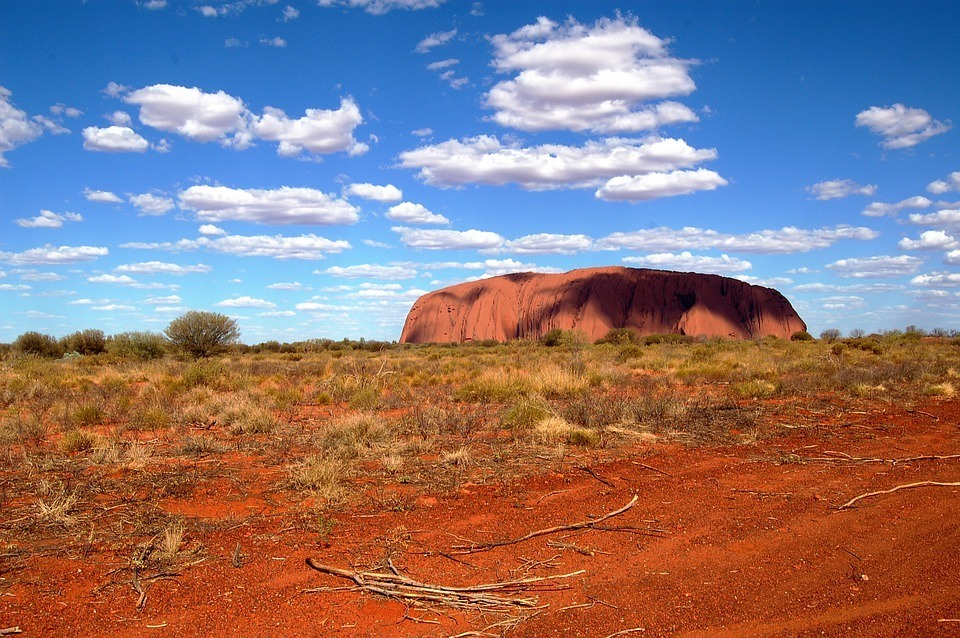
Thankfully, tourists cannot climb Uluru with the restrictions in place right now. The local Aboriginal peoples, who hold the mountain sacred, adamantly requested and (at least for now) the battle is won. Many white Australians are respecting these wishes and you should too; walking around the base of the rock is still plenty enough.
There are other options that are equally as mystical and amazing like the Uluru Stargazing Astro Tour . You’ll get special access to the national park at night with an epic, unfiltered view of the cosmos.
NOTE: Uluru isn’t actually very near to Alice Springs. You’ll have to drive 6 hours to reach it… That’s Australia for you.
There are a number of other hikes around Alice Springs aside from Uluru. Kata Tjuta aka the Olgas and Kings Canyon are both definitely worth visiting as well.
The actual city isn’t much to write home about. Those expecting a weathered and rustic outpost in the middle of the harsh Outback will be upset to hear that the Springs is quite developed.
This infrastructure comes with a number of positives and negatives too including plenty of awesome Alice Springs hostels, swimming pools, and rampant racial tension, to name an unrelated few.
Backpacking Darwin
Darwin is the capital and largest city of the vast and empty Northern Territory . In an otherwise desolate place, Darwin exists today thanks to the booming mining industry and the need to create Asian shipping routes.
By most standards, Darwin is a small city with very few areas and attractions. The Wharf Precinct , Bicentennial Park , and/or one of the few museums may be worthwhile – but that’s about all.
If I’m being honest here, my impression of Darwin is that it serves primarily as a weekend getaway for pent-up miners and a base for backpackers trying to find work. The parties are, predictably, over the top in Darwin as both worker and traveler let loose.
It’s also the gateway to Kimberly , a vast and wild section of West Coast Australia that borders the Northern Territory. Many believe that this region contains the best of Australia’s Outback. With an area roughly equivalent to California and a huge array of natural sites, the Kimberly is a grand Australian adventure .
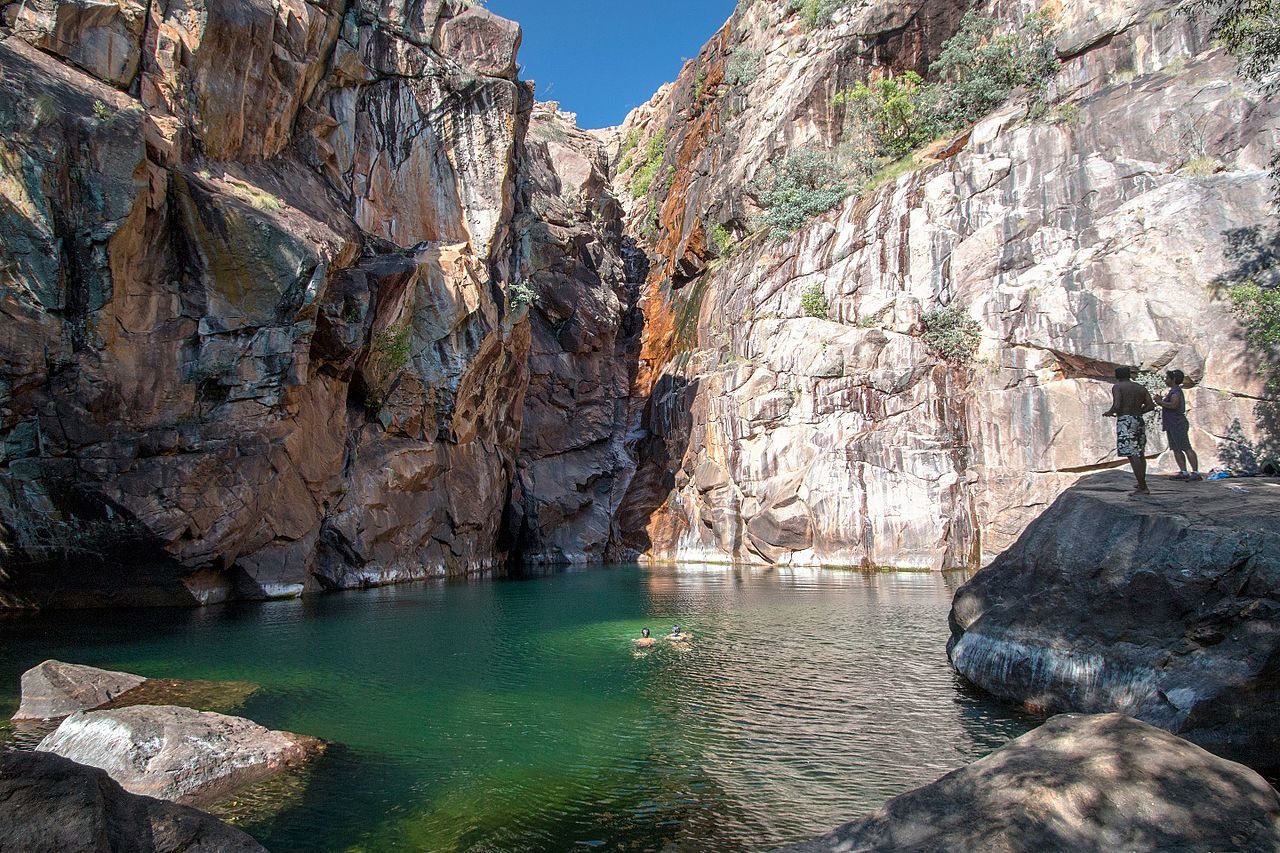
The best part about backpacking Darwin is that it’s very close to some of the Outback’s best locations. Should you journey into the bush, bring excessive amounts of sunscreen and bug repellent: you’ll be miserable without them.
Kakadu National Park is widely considered a staple of the region and is a must-visit for those backpacking Australia. Ubirr , Jim Jim Falls , and the Gunlom Plunge Pool are among the best of Kakadu. Also worth visiting is Litchfield National Park , which is a lovely place full of waterfalls and swimming holes to cool off in.
Further south is the small town of Katherine . Here is the impressive Katherine Gorge , located within the Nitmiluk National Park . Travelers can experience the gorge in many ways from chartering a boat to paddling in a kayak to hiking along the rim of Jatbula Trail. That final option is a 4-5 day one-way hike.
Backpacking Exmouth and the Ningaloo Reef
Of a similar vein to Broome is the small community of Exmouth , located on the remote North West Cape . Here are some stunning beaches, awesomely rugged terrain, and, most importantly, one of the most precious ecosystems in Australia: the Ningaloo Reef .
Like Broome, Exmouth is a quiet beach town that swells in population during the four-month-long tourist season.
There are the usual civilized amenities here i.e. hotels, restaurants, bars, markets, etc. Exmouth also has a couple of city beaches – Town Beach and Mauritius Beach – but these are kind of lackluster. Eager backpackers ought to head directly to Cape Range and the Ningaloo Reef.
Cape Range National Park has some of the most beautiful beaches in Australia as well as some great hiking opportunities. All of the beaches of the Cape Range are seemingly perfect with brilliant white sand and crystal clear waters. Some superlative beaches include Turquoise Bay and Sandy Beach .
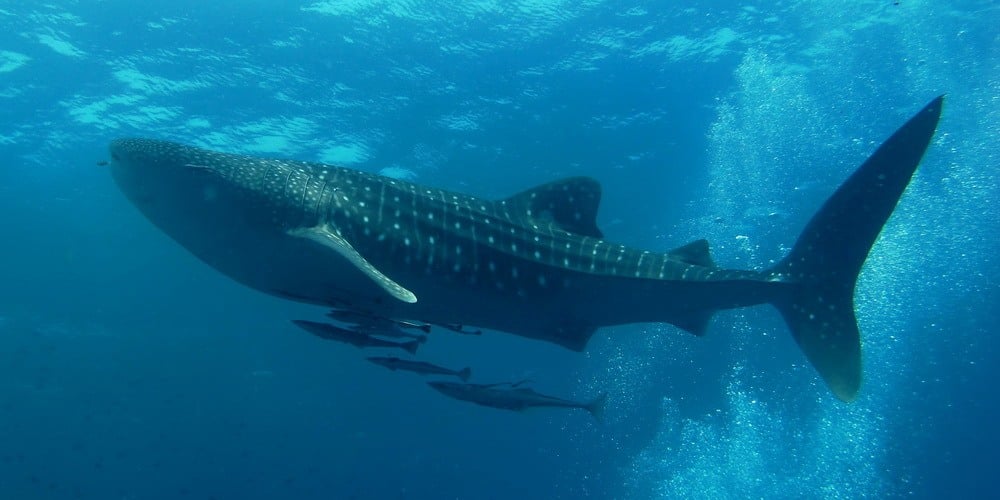
Further inland, Cape Range has some wonderful canyons and gorges that make for great trekking spots. For the most popular hiking trails in the area, visit Charlie Knife Canyon, Yardie Creek Gorge, and Mandu Mandu Gorge .
Should you go snorkeling around Cape Range, chances are that you’ll stumble upon the beginnings of the majestic Ningaloo Reef . It’s home to some amazing marine life including whale sharks!
The coolest part about this reef is that it’s very close to the mainland. Unlike the Great Barrier Reef, which is 150 miles from Cairns, you can literally swim (safely) to the Ningaloo Reef from the beach in some places i.e. Coral Bay .
Having a watercraft will, of course, unlock, more of the Ningaloo Reef. There are a number of sailing companies around Exmouth and Coral Bay, though a kayak may be sufficient enough.
Backpacking Perth
Perth ‘s primary claim to fame is that it’s considered one of (if not the most) isolated major cities in the world. It’s probably a good thing though; if Perth were any more accessible then it would definitely be overrun by now. With a booming economy, an extremely pleasant climate, and some of the most beautiful scenery in the whole country, Perth is certainly in the running for the best city to visit in Australia .
Aesthetically, Perth is great for backpacking since it’s a very attractive city. The CBD , with its ever-growing skyscrapers, rises elegantly on the banks of the Swan River. From King’s Park , which is very charming in its own right, the cityscape is totally laid out before you and yours to take in.
Inside the city itself, there are a few tourist sites of note. London Court is a lovely street built in Elizabethan fashion, complete with Tudor-style homes and coat-of-arms on the doors; obviously, not the most authentic of attractions… but pretty nonetheless.
Also worth seeing is the redeveloped Elizabeth Quay , which is Perth’s answer to the Sydney Harbor.
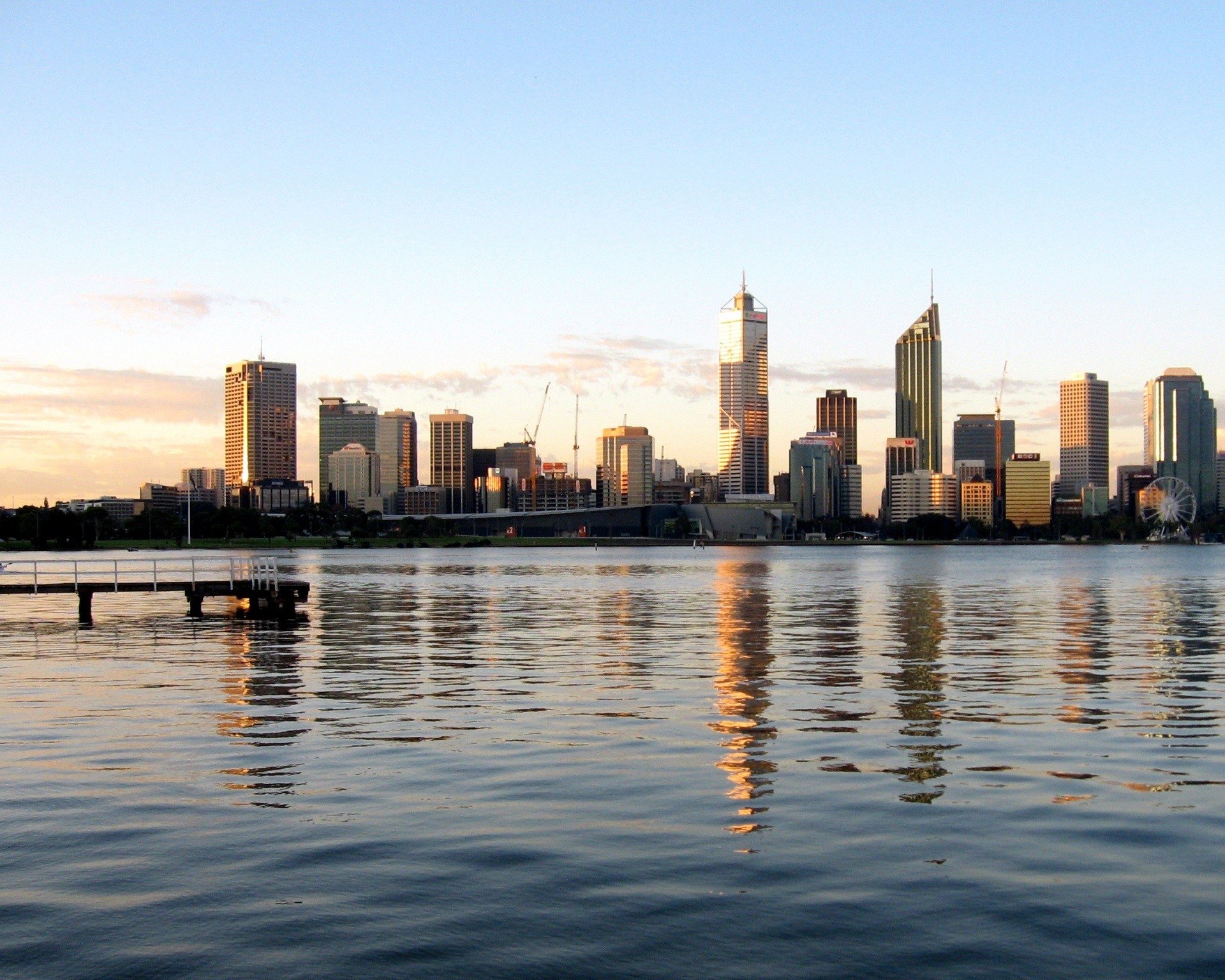
For all its beauty, Perth is worth a weekend visit but, to be honest, the best parts are outside of the city anyways. To the north is Northbridge where you’ll find the best eats and nightlife in Perth.
Adjacent Fremantle is a separate destination in its own right (see the section below) and definitely somewhere worth checking out. From Fremantle, you can book a ferry to the idyllic Rottnest Island for the chance to see the smiling quokkas and some gorgeous beaches.
Speaking of beaches, Perth has some of the best in Australia. Scarborough and Cottesloe are the city’s most famous strips of sand. Mullaloo Beach and Pinnaroo Point are lesser-known but absolutely breathtaking.
Backpacking Tasmania
Off mainland Australia, Tasmania is Australia’s forgotten state – a bit of an afterthought that only evokes images of Looney Toon characters or barbarous locals it would seem.
This is for the best though as backpacking Tasmania is a true hidden gem. This is a paradise, with fantastic landscapes, eccentric people, and some world-class cuisine. Tasmania is one of the best places in Australia and no one knows about it!
Tasmania is an island state, separated from the mainland by the Bass Strait. The majority of the population (40%) lives in the Greater Hobart precinct, which serves as the state’s capital city.
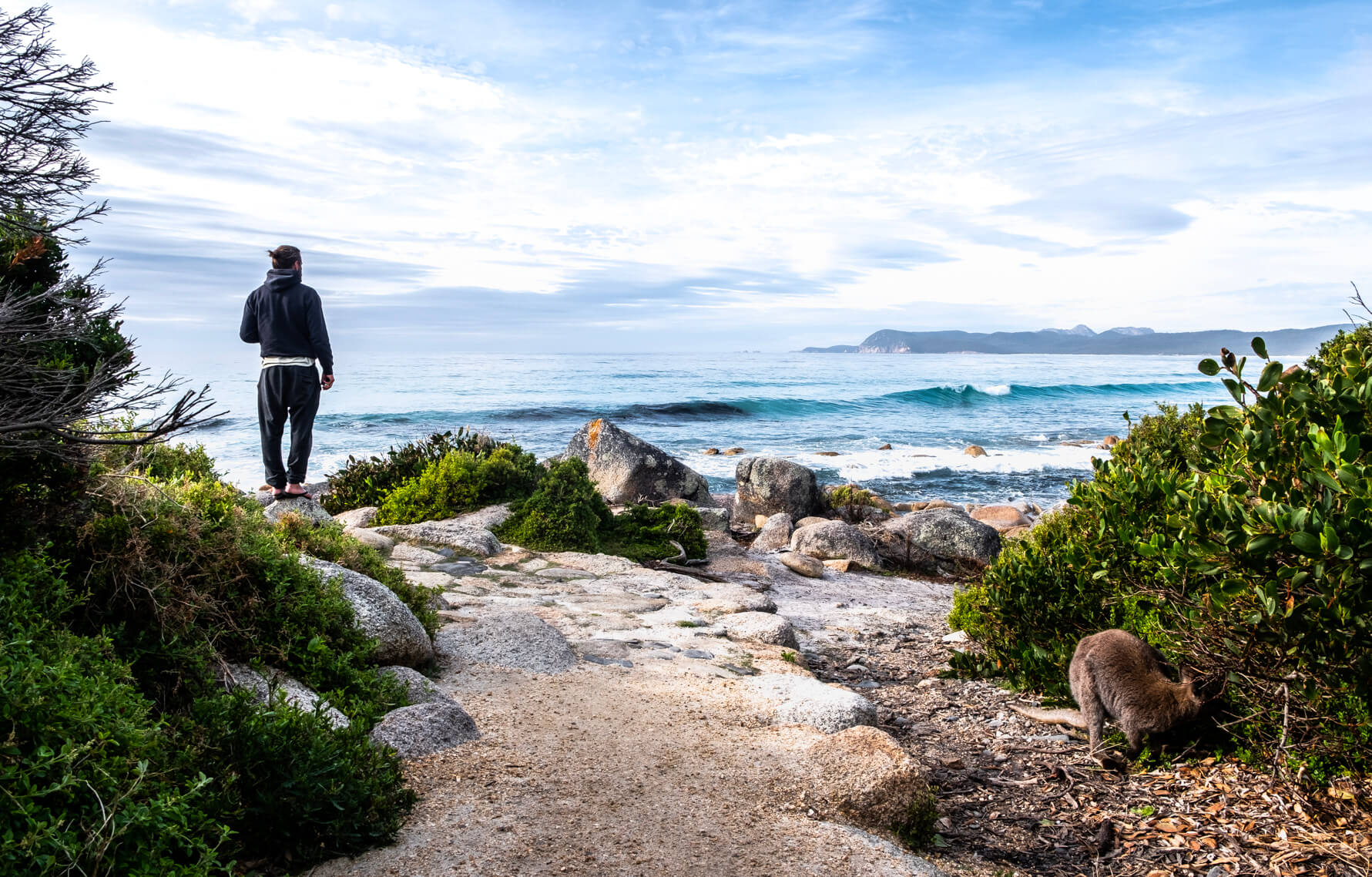
Despite its separation from the rest of mainland Australia, Hobart is an awesome city carrying a similar vibe to Melbourne. Though not as big, there’s a lively undercurrent of culture to be found in its art and music scenes.
There are also heaps of awesome backpacker hostels in Hobart, and you’ll definitely meet some like-minded travelers for the onward adventures in Tassie.
Other settlements of note include Launceston, Bicheno, and Strahan , among other communes of varying sizes. Outside of these urban areas, Tasmania is mostly pristine wilderness, a good chunk of which is protected parkland or heritage site.
Tasmania is home to some very diverse geography. The interior of the island is very rugged, composed of jagged mountains and thick rainforests.
The coastline doesn’t disappoint either as some stunning beaches and bays here easily rival those of the mainland. So varied and stunning are the landscapes that Tasmania is often referred to as Little New Zealand.
Getting Off the Beaten Path in Australia
There’s a lot of nowhere in Australia, which means that there are lots of opportunities to get off the beaten path. With the proper vehicle and supplies, you’ll be able to make your own expeditions into the lesser-visited places of Australia.
Some off-the-beaten-track locations you must explore are Oz’s most mental national parks : the Mungo National Park , known for its alien rock formations and large dunes, and Lake Eyre , the largest and lowest lake in Australia that changes color depending on the water level and salinity.
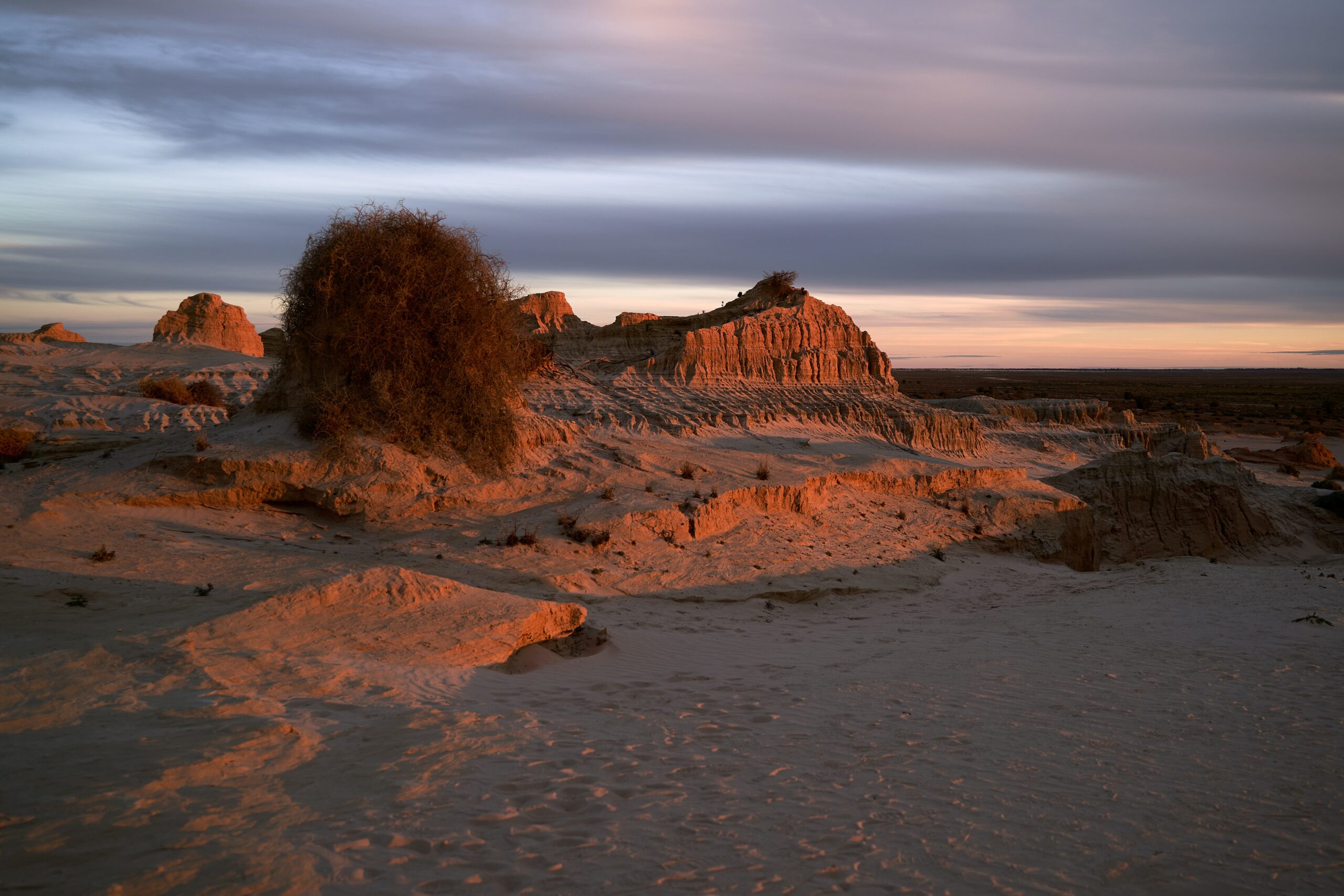
The Flinders Ranges are home to the Wilpena Pound , a huge, natural amphitheater that has to be seen to be believed. Coober Pedy is an old mining town that is famous for its swellings called “dugouts.”
The Karijini National Park is where you’ll find elegant gorges and breathtakingly vibrant rock, which makes this one of the most beautiful places in the outback. Speaking of Outback, you’ve heard of Uluru, but Mount Augustus is the real competitor. It’s larger but less prominent.
So as you can see, there are a ton of places to visit outside of the conventional. So get ready for some of the longest, bumpiest rides of your life as you go exploring the Australian nowhere!
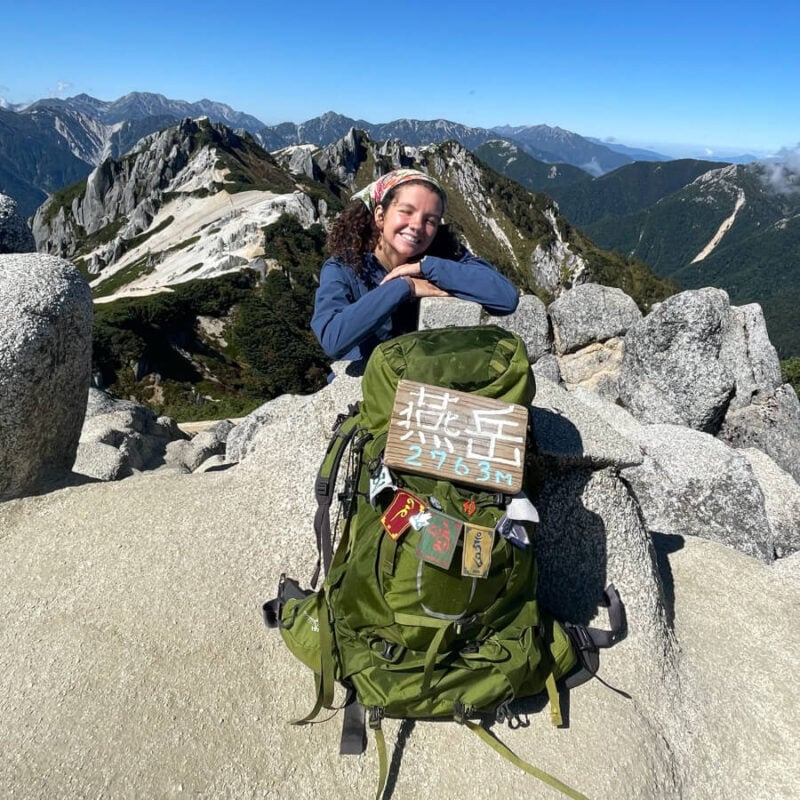
We’ve tested countless backpacks over the years, but there’s one that has always been the best and remains the best buy for adventurers: the broke backpacker-approved Osprey Aether and Ariel series.
Want more deetz on why these packs are so damn perfect? Then read our comprehensive review for the inside scoop!
There are so many things to do in Australia that narrowing it down to just ten of the best was no easy task. However, when you visit Australia, these are my top recommendations to leave yourself with some amazing memories to carry with you forever.
1. Visit Australia’s Outback
No backpacking trip to Australia would really be authentic without visiting the Outback. This is one of the harshest, most inhospitable landscapes in the world, and one of the defining features of the nation.
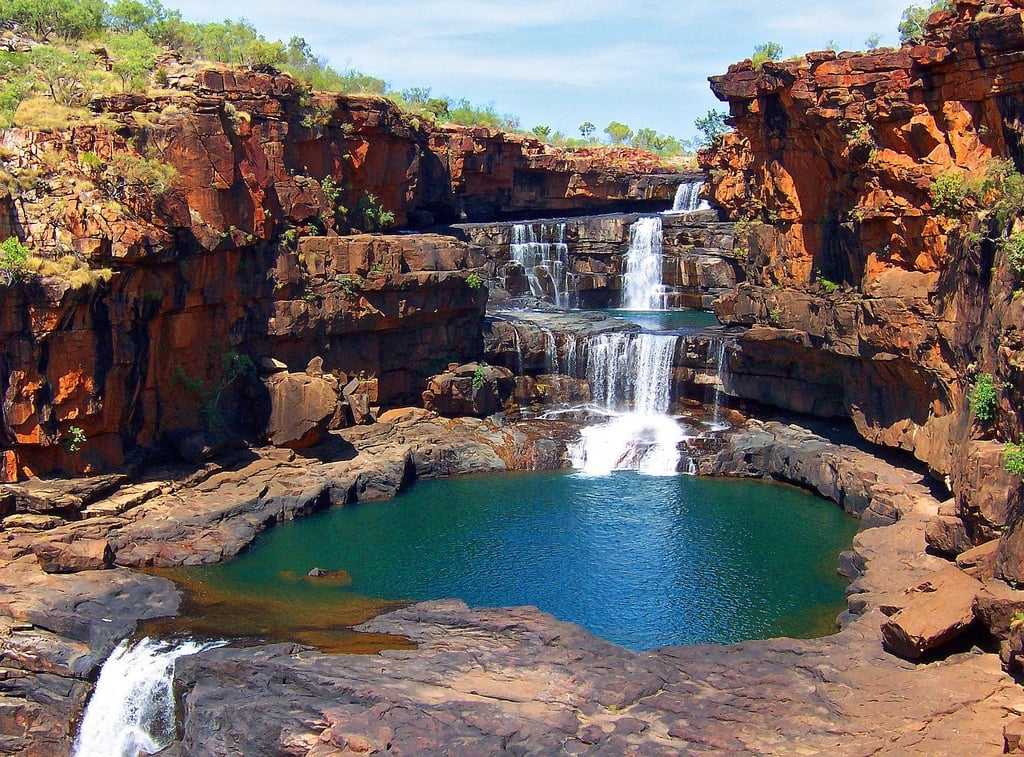
Some of the most beautiful national parks in Australia, like Karijini, are only to be found in the Red Center as well. Rent a 4×4 and go mobbing in the desert!
2. Witness Uluru
Uluru is a true natural wonder and has to be seen in person. Make the long journey to this shrine and feel the power that it emits.
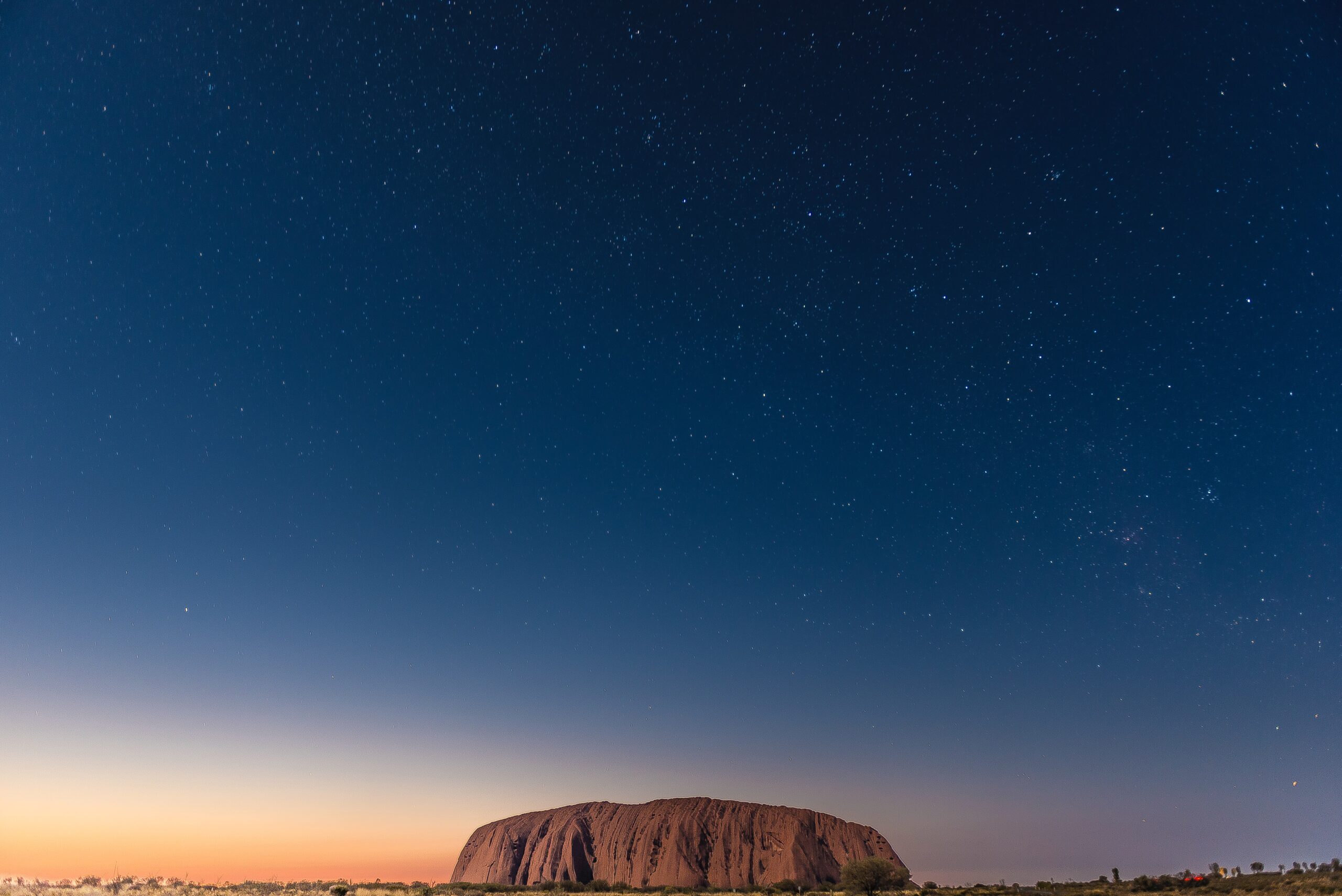
I also recommend taking a camping trip and spending a night sleeping under the stars in a swag bag. Uluru is one of the few places that is not spoilt by city lights and so you’ll see the best night sky of your life.
3. Go Sailing in the Whitsunday Islands
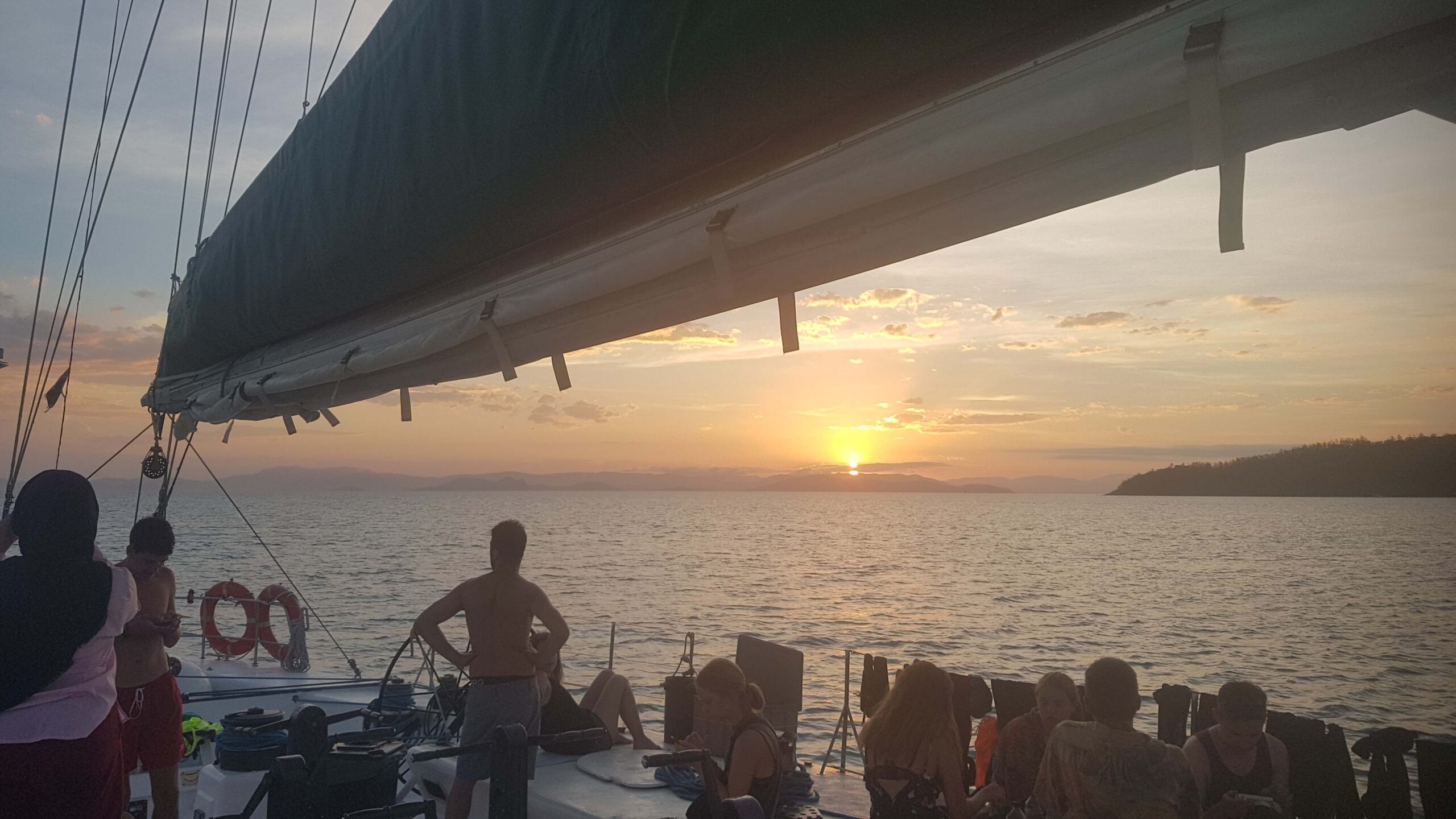
The Whitsunday Islands are absolutely drop-dead gorgeous and are one of the best places in Australia! Sail around the islands and be sure to visit Whitehaven Beach, which is one of the finest in the world.
Airlie Beach is a popular beach and gateway to the Whitsundays and the Great Barrier Reef. I personally struggled to drag myself away from here. It was one of the biggest, happiest memories of my life, smoking a doobie, looking out at the ocean, knowing I’m going to quit my job and travel full-time as soon as I got home.
4. Drink wine in South Australia
Yeeeeahhhh boooooyyy. South Australia is the wine country of Australia and produces some of the country’s most highly regarded vintages.
Visit one of the many wine regions surrounding Adelaide and try as much as you can! Spit or swallow… up to you.
5. Dive in the Great Barrier Reef or Ningaloo Reef
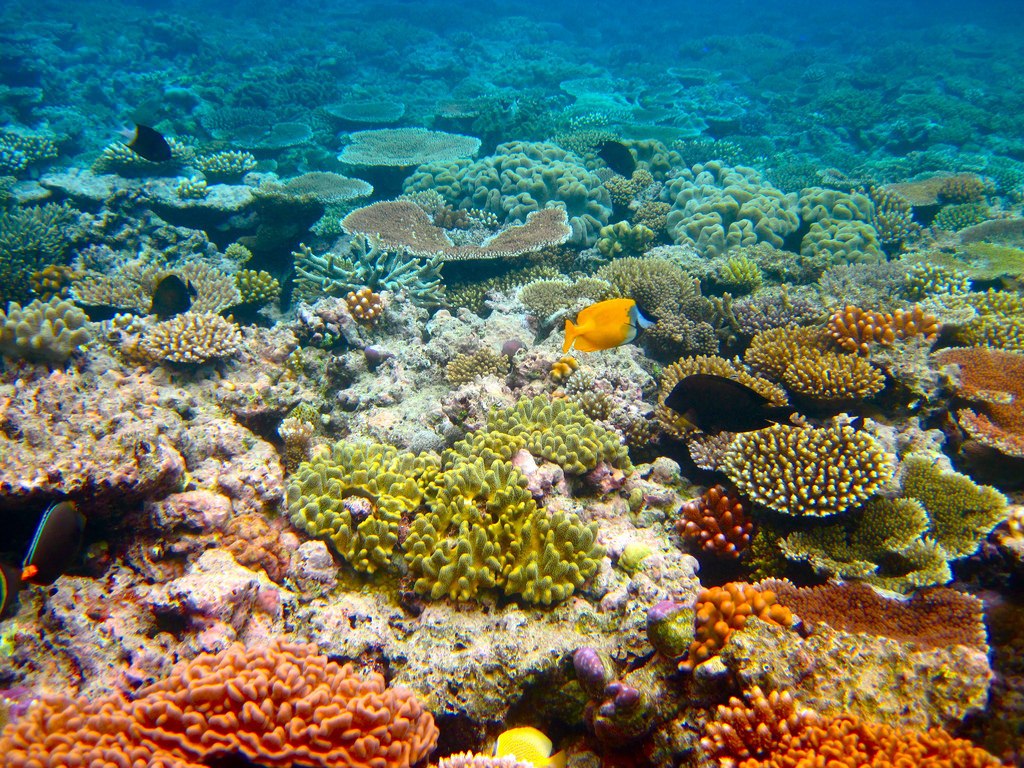
Both the Great Barrier Reef and Ningaloo Reef are amongst the most impressive ecosystems known to man. Diving in either one is sure to be an amazing experience. Enter an alien, underwater world, and be sure to have a waterproof camera !
6. Go surfing
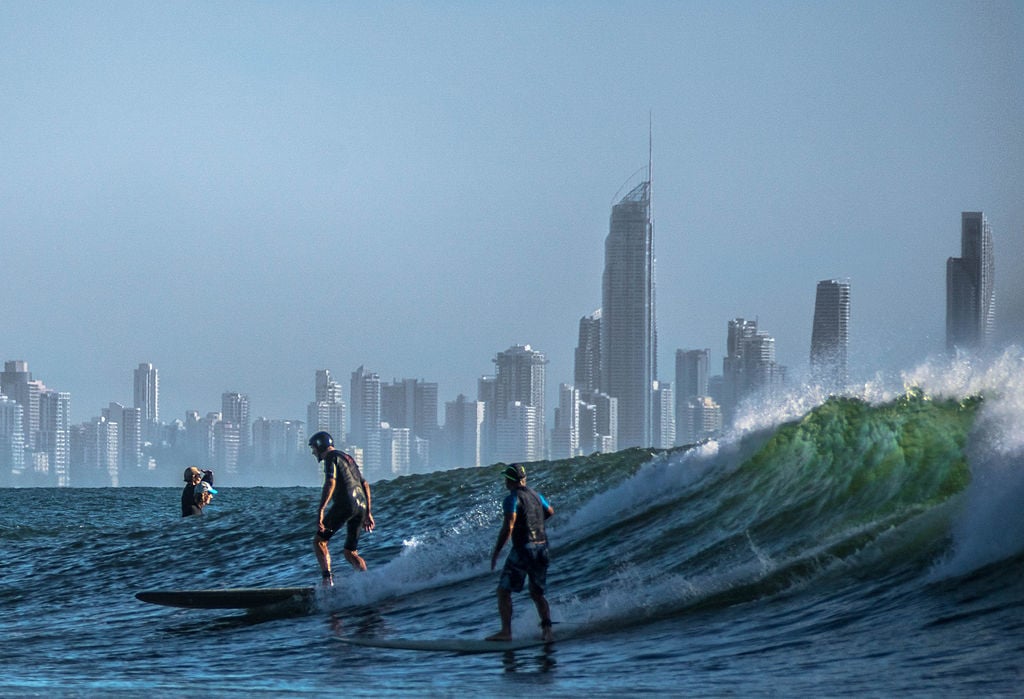
Surfing is one of Australia’s favorite pastimes and is practically the national sport! Anyone planning on backpacking around Australia simply has to try and get on board (see what I did there?). There’s a beach for every skill level and plenty of Aussies who love to show you the ropes.
7. Road trip!
Exploring Australia by car is the truest way to really experience the country. With your own set of wheels, you can go wherever you want and sleep wherever you want. As they say in Australia, “ There’s a lot of fuck-all out there ” so go and find it!
I suggest starting with a road trip around Queensland . It’s arguably the most popular route in Australia.
It’s a huge country, so you might not get to see all of it by road trip. Just heading from north to south will take weeks. Choose an area you want to explore the most, whether it’s an east or west-coast road trip, and go and explore!
8. Discover Tasmania
Tasmania is one of the most beautiful places in Australia! This island is far more rugged than the mainland and is full of spectacular mountains, forests, and coastline. Journey here to see a different side of Australia.
9. Hike the beautiful national parks!
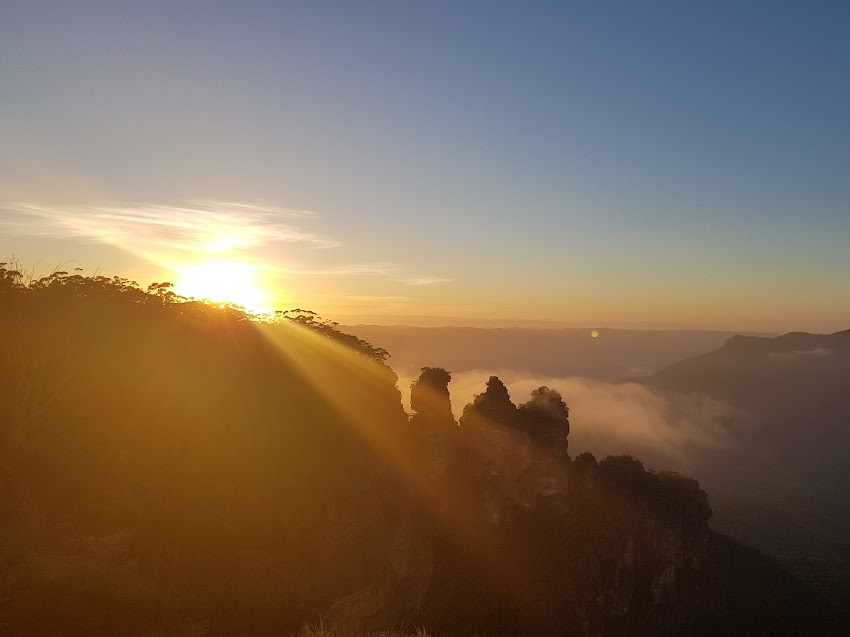
There are many incredible national parks around the country. The most notable are the Blue Mountains, Nambung National Park, Karijini National Park, and Kakadu National Park.
Located to the west of Sydney, the New South Wales darling is the epic Blue Mountains National Park. The town of Katoomba is the gateway to the park, and home to the world-famous Echo Point lookout offers panoramic views of Jamison Valley.
Here you get the best view of the iconic rock formation of the Three Sisters, a sacred Aboriginal site. As well as being an area of outstanding natural beauty, the park has several bushland trails and incredible wildlife.
The Nambung National Park is most well known for its impressive rock formations in the desert, plus there are some stunning beaches near Kangaroo Point and Hangover Bay.
Karijini National Park is a vast wilderness in Western Australia, well known for its Weano Gorge, accessible by a hiking trail that leads to Handrail Pool. Kakadu National Park is a huge wetland in Northern Australia and the best place to see crocs in their natural habitat.
10. Have a fling… or a few… 😉
Hey, Australia is FULL of young, sexy, liberated backpackers, trying to figure themselves out. The chances of you stumbling across other backpackers that you think are mighty fine is very high. Sex in hostels in Australia is inevitable!
Be a slag… do whatever you want. Be free, just please be safe too.
Australia is absolutely chalked full of backpacker lodges and hostels ! These are among the best and most entertaining hostels in the entire world. People from every corner of the globe flock to Australia to party and have one of the grandest adventures of their life, be it in a city, on a beach, or in the Outback.
Australian hostels are of very high quality and are often the recipients of numerous backpacking awards. Most organize lots of events from pub crawls to game nights to communal dinners. There are very few hostels in Australia that I can really speak poorly of (feel free to ask me though).
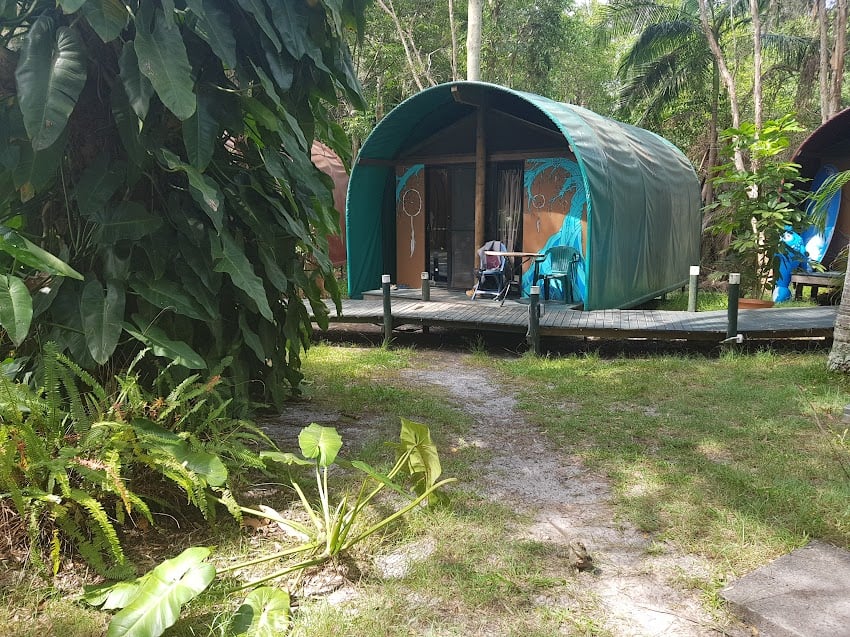
Couchsurfing is, of course, a very legitimate means of staying in Australian cities and is a great way to save some cash. Australians are an extremely welcoming bunch and have no problem inviting you over to their place for chicken parmy and a beer (or ten).
At the end of the day though, the best way to sleep in Australia is by camping, either with a quality backpacking tent or in a campervan. Australia has some of the most pristine and wonderful nature in the world and it needs to be experienced in the purest way possible. There’s nothing like sitting next to a fire in the bush and sleeping under the stars.
The Best Places to Stay in Australia
Not sure where to stay in Australia? Here are a few of my top recommendations!
Traveling to Australia on a budget is doable – if you know a couple of frugal tricks. If you can stick to a regiment, a comfortable backpacker budget in Australia should be around $60-$80 per day . Doing so means sticking to hostels, cooking at home, and drinking goon , amongst other things.
A bunk bed will cost between $15-$30 per night depending on where you are. More popular destinations, like Melbourne and Sydney, are more expensive while most of Queensland and parts of Western Australia will be cheaper. Naturally, solo travel in Australia is often more expensive than when you pick up a travel buddy.
Australian restaurants are usually pretty expensive with the average meal costing around $10-$25 . I strongly advise those that are backpacking around Australia to limit how much they dine out – the food is overpriced as fuck. You’ll save a heap of money if you cook for yourself.
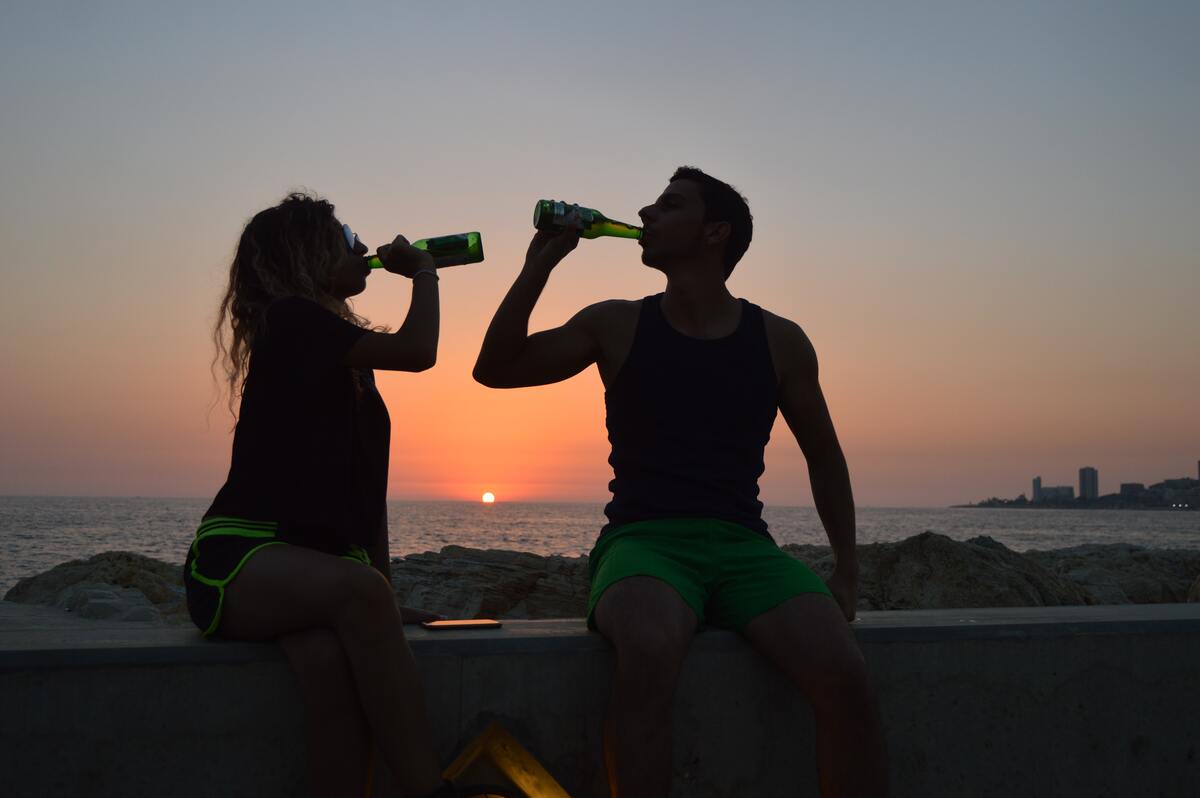
Partying is EXTREMELY expensive in Australia . Seriously, there’s a reason Australians do all the drugs when they travel: they’re too fucking expensive back home.
Cigarette prices are ridiculous and a beer is $7 AUD minimum . If you must drink, buy the cheap and ubiquitous boxed wines AKA goon – these will be your saving grace.
If you plan on participating in any of the classic Australian adventures, like diving at the Great Barrier Reef or sailing in the Whitsunday Islands, you will definitely be paying a pretty penny. The only thing to do is just save up as much as possible and then pick one or two of your favorites to participate in.
A Daily Budget in Australia
So, how much is Australia going to set you back? Here’s a rough estimate…
Money in Australia
The official currency of Australia is the Australian dollar or AUD. As of June 2023, the official conversion rate for the Australian dollar is 1 USD = 1.48 AUD . The value of the Australian dollar has fallen in recent years due to economic changes but the country is still prosperous and expensive by international standards.
ATMs are widely available and pulling out cash via a foreign card is an effortless affair. Most ATMs will charge a withdrawal fee on top of whatever international charges your bank imposes. Best to take out lots of cash at once to avoid paying too much in fees.
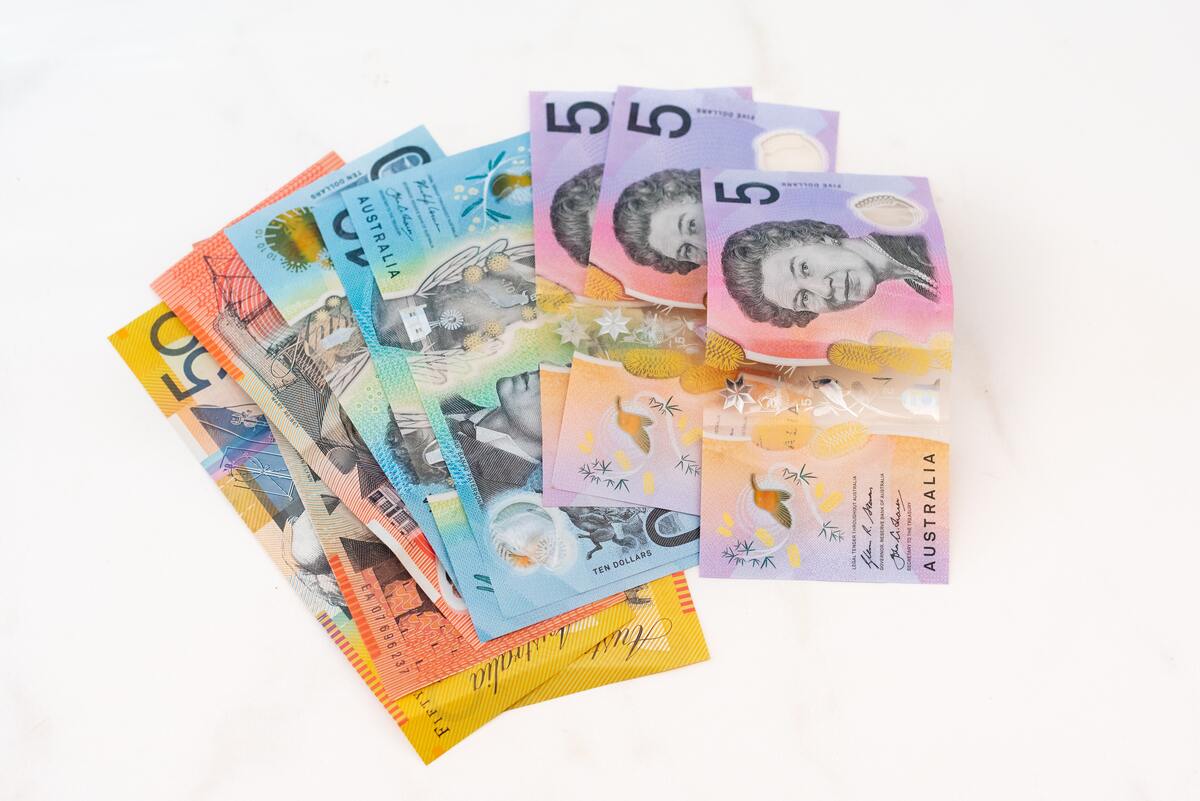
If you’re working in Australia, it’s very easy to set up a bank account. All of the major banking corporations – Commonwealth, Westpac, NAB, ANZ – have basic savings accounts that are very convenient and easy to use for those who are on a working holiday visa in Australia.
If you had a job while backpacking Australia, definitely make sure to do your taxes at the end of the fiscal year! Backpackers are usually entitled to a huge tax return (for reasons that are hard to explain) and it would be a real shame to walk away from a big payday.
For all matters of finance and accounting on the road, The Broke Backpacker strongly recommends Wise – The Artist Formerly Known as Transferwise! Our favourite online platform for holding funds, transferring money, and even paying for goods, Wise is a 100% FREE platform with considerably lower fees than Paypal or traditional banks.
But the real question is… is it better than Western Union? Yes, it most certainly is.
Travel Tips – Australia on a Budget
Australia is a country that can really eat into your wallet if you’re not careful, so make sure to follow these travel tips to save money and have even more fun.
- Camp : With plenty of gorgeous spots, Australia is a great place to have the right camping gear . You can also ask to pitch a tent in people’s yards. If you’re feeling really adventurous and want to save some cash, consider picking up a backpacking hammock.
- Cook your own food: If you are on a tight budget, you can save money by cooking your own food. I recommend bringing a portable backpacking stove .
- Book your transportation early: Both plane and train tickets are much cheaper if you purchase them in advance. This rule does not apply to buses, which you can often book within the day or even an hour.
- Couchsurf: Australians are awesome, but always check the reviews anyhow. Couchsurfing to make some real friendships and see this country from the perspective of locals. You can even ask (new) friends, or even friends of friends. This paid off for me plenty.
- Pack a travel water bottle : Save money – and the planet – every day!
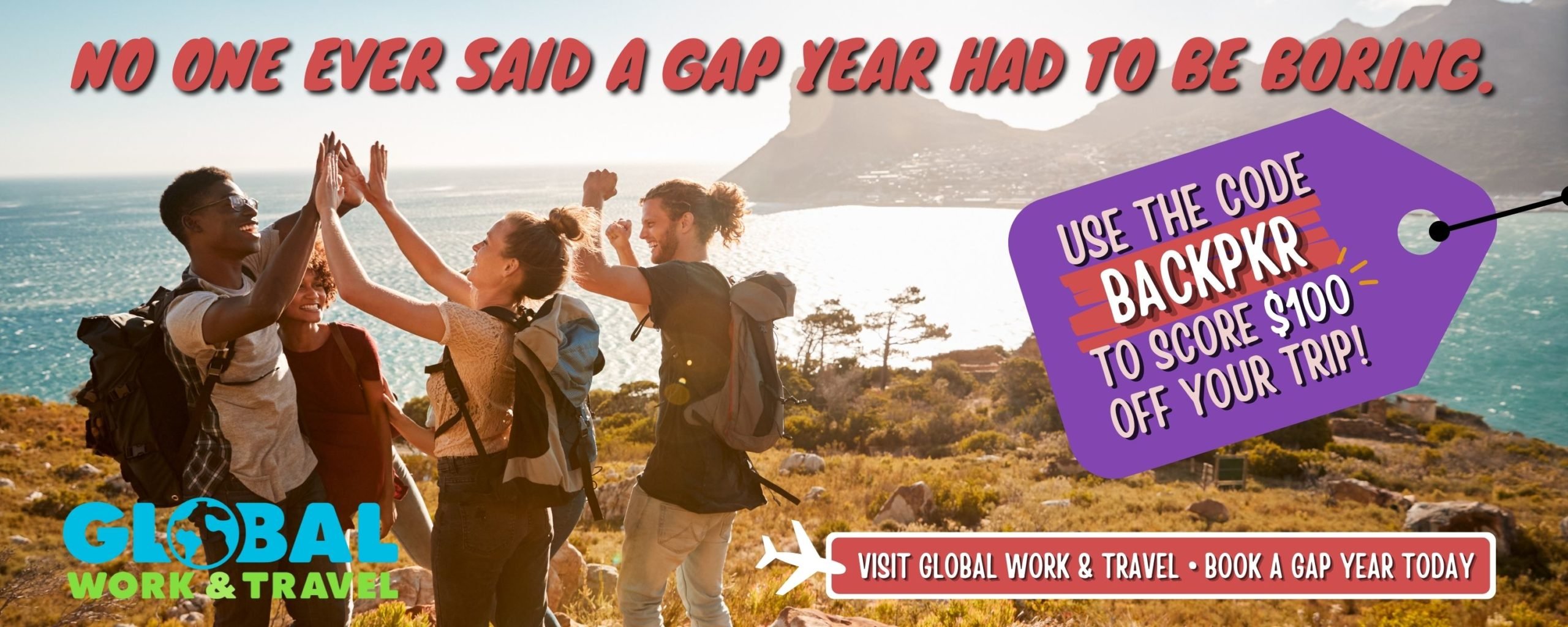
Why You Should Travel to Australia with a Water Bottle
Plastic is a problem. It washes up on Australia’s most pristine beaches and wraps itself around its fragile ecosystems.
You aren’t going to save the world overnight, but you can be part of the solution and not the problem. Being a responsible traveller is getting easier and easier with the support of our incredible network of inspiring individuals and other backpackers.
Plus, buying overpriced bottles of water from supermarkets isn’t fun either. Travel with a filtered water bottle instead, save money and potentially another lovely, little dolphin’s life.
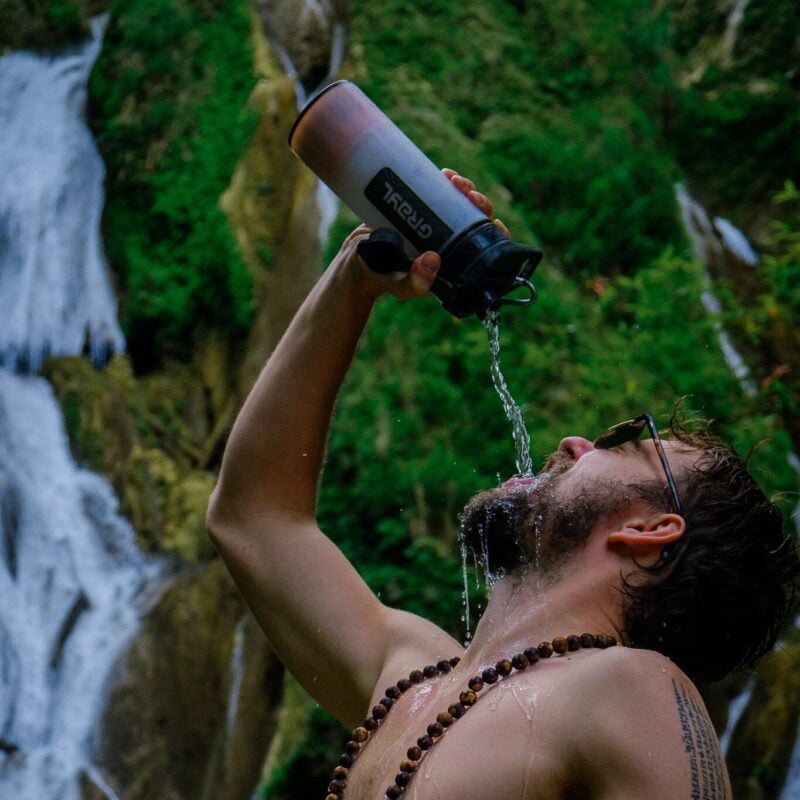
Drink water from ANYWHERE. The Grayl Geopress is the worlds leading filtered water bottle protecting you from all manner of waterborne nasties.
Single-use plastic bottles are a MASSIVE threat to marine life. Be a part of the solution and travel with a filter water bottle. Save money and the environment!
We’ve tested the Geopress rigorously from the icy heights of Pakistan to the tropical jungles of Bali, and can confirm: it’s the best water bottle you’ll ever buy!
Australia has two distinct climate zones: a tropical one in the north and a more temperate one in the south. There are several microclimates found in each of these zones but, broadly speaking, they are still subject to the same sort of seasons.
Note that Australia is in the southern hemisphere. Australian summer ist from December-February and its winters are from June-August .
The south of Australia – New South Wales, Victoria, South Australia, Tasmania, and (south) Western Australia – has a more temperate climate and usually has four seasons. In some places, like Perth and Sydney, these seasons can appear very similar to one another as the weather is pleasant year-round.
In other areas, like Melbourne or Tasmania, the weather is more unpredictable and even harsh at times, especially in the mountains. Melbourne famously gets “four seasons in one day.”
The north of Australia, including northern Queensland, Australia’s Northern Territory, and (north) Western Australia tropical and only has two distinct seasons: hot, wet summer and cool, dry winter.
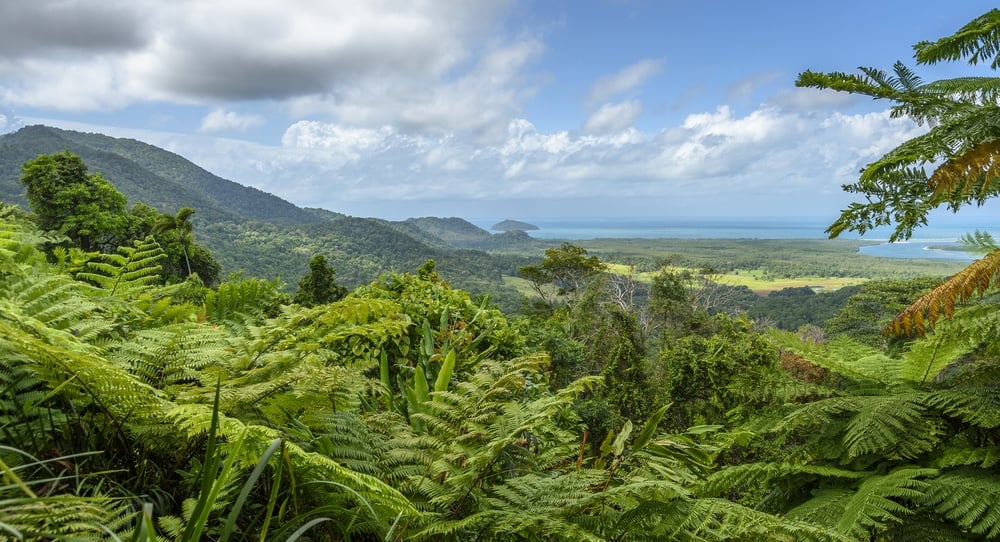
Australian summers – referred to as the big wet – can be oppressively hot and some places receive biblical amounts of rainfall. The deadly box jellyfish also comes closer ashore in the summer resulting in near-complete beach closures.
Summer really isn’t a good time to visit the northern Australia. It’s much better to visit in the winter – referred to as the big dry – when it’s slightly cooler, drier, and devoid of deadly jellies.
Since the north is almost always visited in the winter, demand is very high during this time. Prices will be much higher because of the short supply so be sure to keep this in mind while planning your itinerary.
What to Pack for Australia
If you’re not careful, Australia’s wilderness will smack ya to next Monday. Get your packing for Australia right! On every adventure, there are six things I never go traveling without:
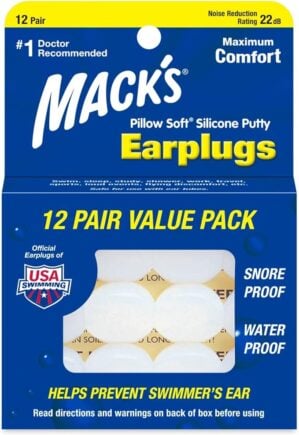
Snoring dorm-mates can ruin your nights rest and seriously damage the hostel experience. This is why I always travel with a pack of decent ear plugs.
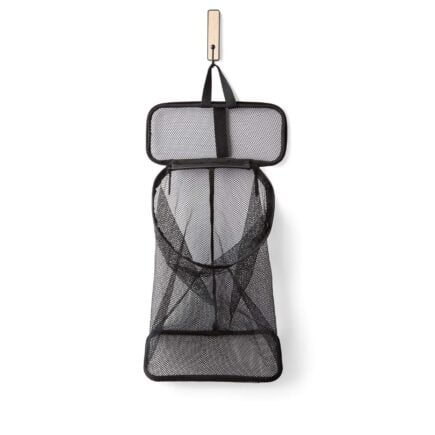
Hanging Laundry Bag
Trust us, this is an absolute game changer. Super compact, a hanging mesh laundry bag stops your dirty clothes from stinking, you don’t know how much you need one of these… so just get it, thank us later.
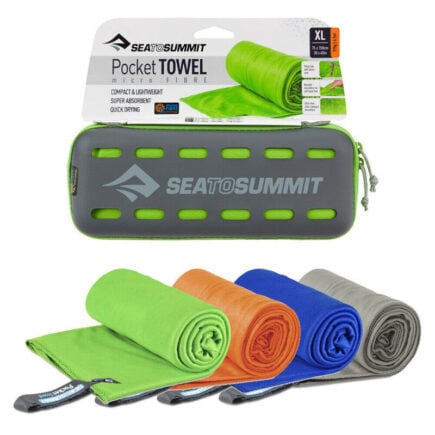
Sea To Summit Micro Towel
Hostel towels are scummy and take forever to dry. Microfibre towels dry quickly, are compact, lightweight, and can be used as a blanket or yoga mat if need be.
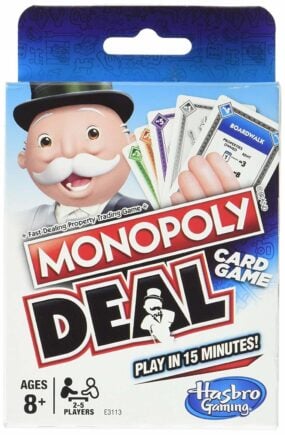
Monopoly Deal
Forget about Poker! Monopoly Deal is the single best travel card game that we have ever played. Works with 2-5 players and guarantees happy days.
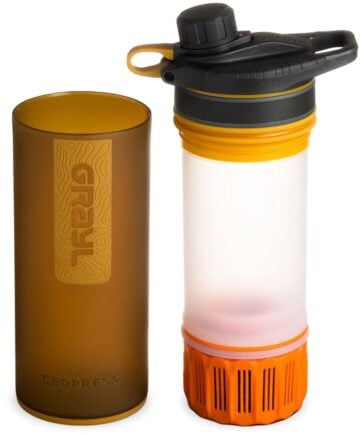
Grayl Geopress Water Bottle
Always travel with a water bottle! They save you money and reduce your plastic footprint on our planet. The Grayl Geopress acts as a purifier AND temperature regulator. Boom!
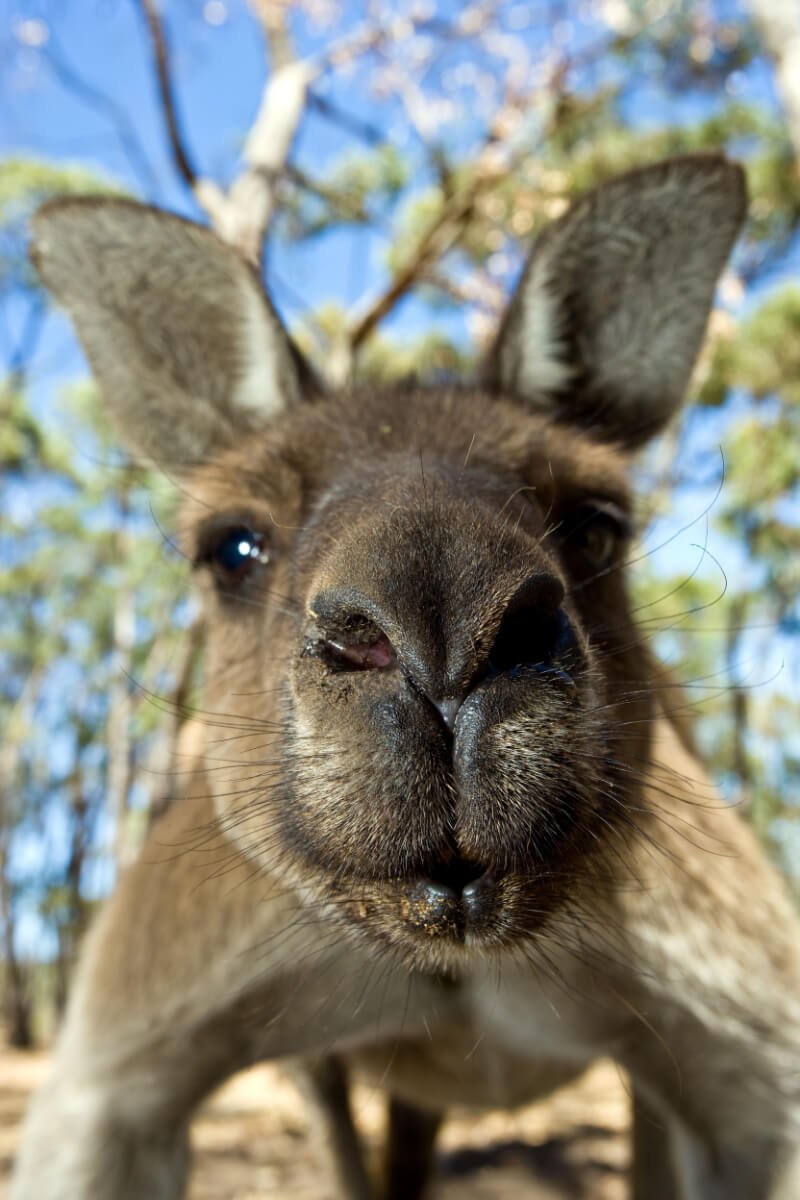
Australia has a reputation for being full of deadly creatures that are out to get you at every turn: killer snakes, spiders, crocodiles, jellyfish, hell even kangaroos. It’s important to remember though that death at the hands of these animals is very sensationalized. Statistics don’t back up the hysteria.
Believe it or not, the common bee and wasp, not spiders, are actually the number one killers in Australia. The truth is: Australia and its wildlife aren’t nearly as terrifying as you think.
That being said, it is extremely important to take all cautionary advice with the utmost seriousness. If a sign or a local says that an area is dangerous, either because of sharks or crocs or whatever, then, for fuck’s sake, listen to them!
Australians have become day-to-day experts on what can kill you and how to avoid it. At the end of the day, just follow this easy advice: if you don’t see Australians doing it, then don’t do it.
The elements really are your biggest concern while backpacking in Australia. Not to scare you, but drowning is a risk in Australia as ocean currents are very strong.
The water may seem calm but, get caught in a wild rip, and you can quickly get submerged or pushed out to sea. Swim in designated areas and check signs for ocean conditions.
As mentioned before, heat is a major problem in Australia. Temperatures can soar to unthinkable heights and atmospheric radiation is a serious threat here. Forest fires caused by dry conditions are a serious problem as well.
Sex, Drugs, and Rock ‘n’ Roll in Australia
Australians LOVE to party. At least once, we’ve seen a group of Australians getting blindly drunk and looking to score.
Some observers may have even thought to themselves: “how the hell are they still doing this?” or “for what possible reason would you do that?” Well, there is one, I assure you.
Drugs and alcohol in Australia are astronomically expensive. On average, a pint of beer is $7-$8 and a spirit is a couple of bucks more maybe. Cigarettes cost somewhere in the late teens; and don’t even get me started on the drugs.
These ridiculous prices are why you see Australians partying all the time outside of their country: everything is just so much cheaper abroad and so they go crazy.
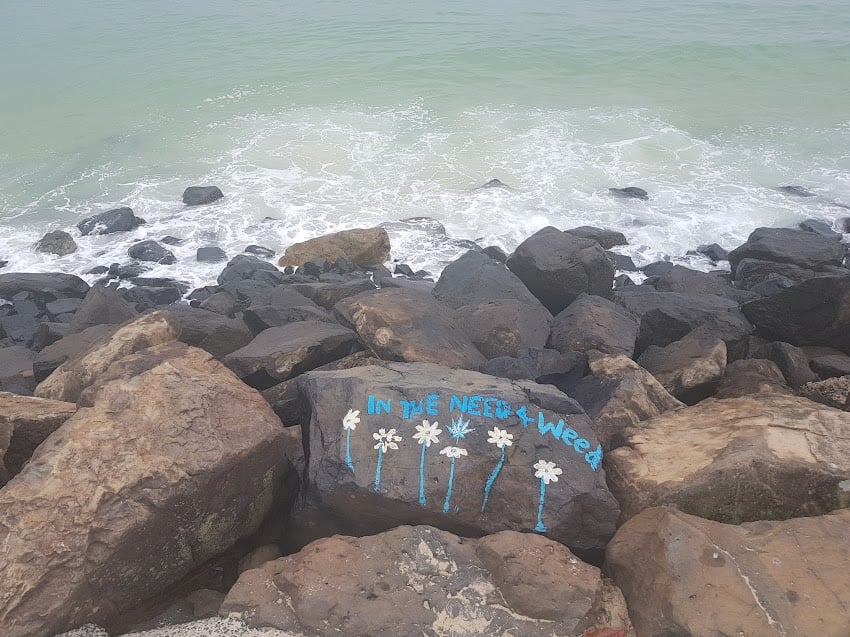
Prices are damned though, Australians still like to have a good time in their native land. Many go out in groups and buy rounds or shouts for one another.
If you plan on drinking with the locals while backpacking Australia, it’s very important to keep up with the shouts. Drinking a beer that someone has bought for you and not contributing to the shout is a dick move.
Be careful when drinking and driving as well. Australia has a zero-tolerance policy when it comes to drunk driving and any BAC over 0.05% will be met with harsh punishment. Random checkpoints are commonly set up at all times of the day to pull over drivers and check their sobriety.
Getting Insured BEFORE Visiting Australia
Traveling without insurance is never a good idea. It’s extremely risky. Check out good backpacker insurance sorted before you head off on an adventure.
ALWAYS sort out your backpacker insurance before your trip. There’s plenty to choose from in that department, but a good place to start is Safety Wing .
They offer month-to-month payments, no lock-in contracts, and require absolutely no itineraries: that’s the exact kind of insurance long-term travellers and digital nomads need.
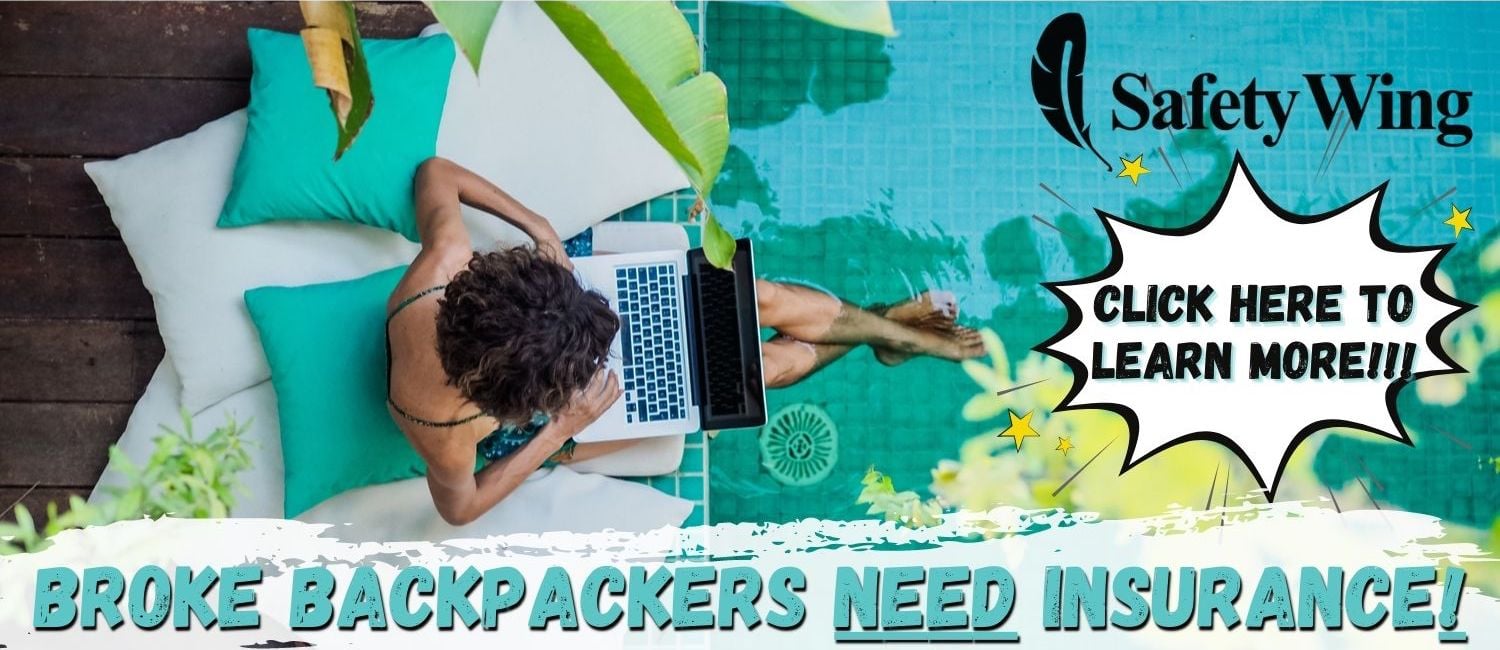
SafetyWing is cheap, easy, and admin-free: just sign up lickety-split so you can get back to it!
Click the button below to learn more about SafetyWing’s setup or read our insider review for the full tasty scoop.
Getting into and around Australia can be a long and arduous affair. It is a good opportunity to make the most of a layover – many of them being in the Middle East or Asia.
Traveling to Australia from the USA is a 13-hour plane ride and it seems that every Australian city is at least 8 hours drive away from each other; Perth to Adelaide is a 1.5-day journey by car. Should you decide to travel to Australia, you’ll be staring at the back of the seat or an empty road for a while. But the moments in between make the whole trip worthwhile.
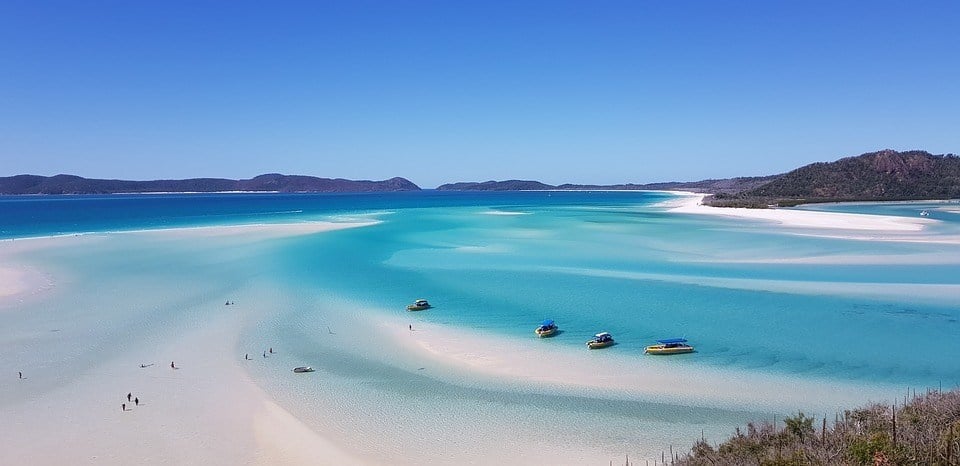
Entry Requirements for Australia
There are several different types of tourist visas available to those who wish to go backpacking in Australia. The three primary tourist visa types are:
- Visitor visa (subclass 600)
- Electronic Travel Authority Visa (ETA) (subclass 601)
- eVisitor (subclass 651)
The 601 and 651 visas essentially function in the same way albeit with different application processes. The 600 is for those who want to stay in Australia for longer than 3 months at a time and for those who don’t qualify for either a 601 or 651. The grand majority of nationalities can apply for all of these visas online.
The ETA (601) and eVisitors (651) are the simplest and easiest visas to acquire. Both enable unlimited entries into Australia within the span of a year – the duration of stay cannot exceed 3 months at a time.
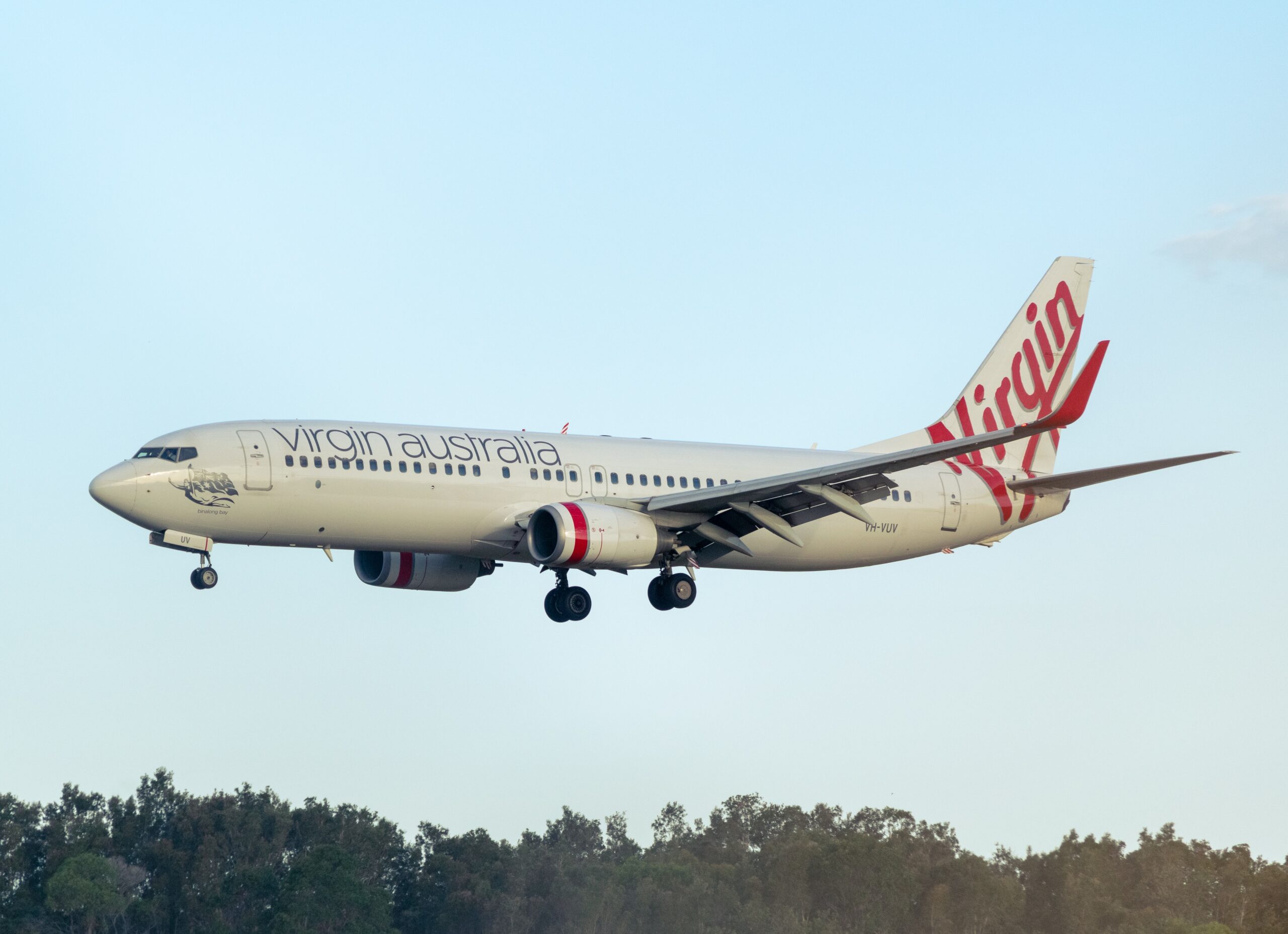
The biggest difference between these two types of visas is that they are only available to specific countries. Americans and Canadians, in addition to several other nations, must apply for an ETA. British, as well as most European citizens, must apply for an eVisitors visa.
The Visitor visa (600) is the most expensive of Australian visas but can grant the most time. Applicants can apply for a 3, 6, or 12-month duration at rates that vary from AUD140 to AUD1020. For any nation that doesn’t qualify for a 601 or 651, the 600 visa is the only means of entering Australia.
If you’re thinking of doing a working holiday in Australia , you’ll need to apply for a 462 or subclass 417 visa.
Upon arriving at customs, your visa will be checked and you’ll be subject to search. Australian customs takes declared items very seriously – so you must do so. Also, note that criminal offenses and felonies may bar you from entering the country.
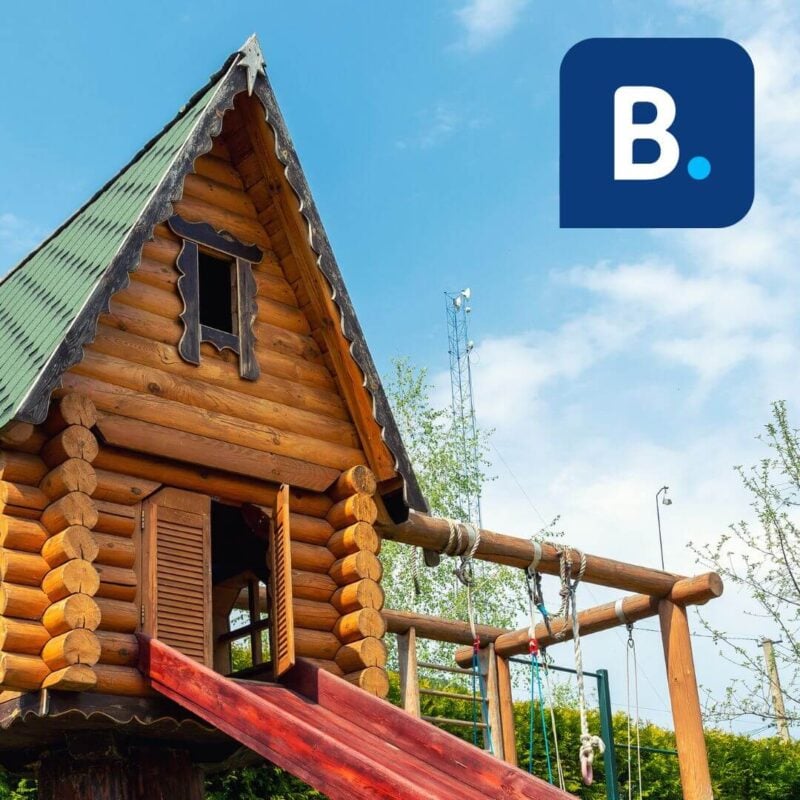
Get 15% OFF when you book through our link — and support the site you love so dearly 😉
Booking.com is quickly becoming our go-to for accommodation. From cheap hostels to stylish homestays and nice hotels, they’ve got it all!
There are two ways of traveling in Australia and both offer widely different experiences. The first is by public transport i.e buses, trains, and planes and the other is with your own vehicle in the form of a rental car or campervan. The latter option is the vastly superior method.
Using public transport to travel outside and in between the major cities can be a tedious affair. Traveling by bus can be convenient and cheap so long as you’re staying on the East Coast where there are frequent stops.
Bus travel in the bush, which pretty much includes all of South Australia, Australia’s Northern Territory, and Western Australia, can be long and, in turn, pricey.
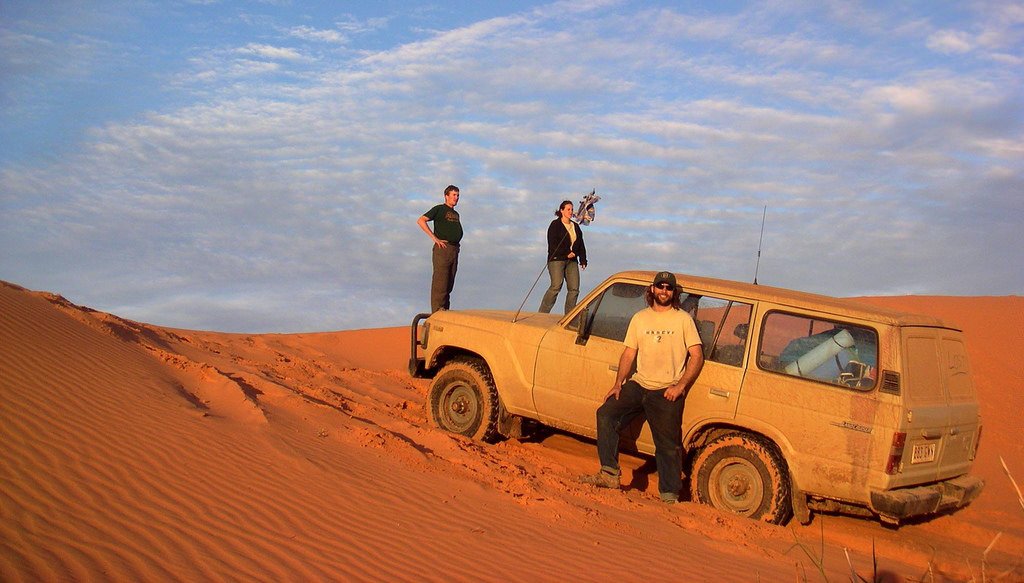
Greyhound does offer hop-on-hop-off travel passes that can certainly be convenient. Check the rates at the official website and weigh the pros and cons of purchasing a pass.
Train travel is possible but this is a more luxurious form of travel i.e. more expensive. Taking the train in Australia is an experience in itself though and some long-distance routes, like the Ghan Train , can be very rewarding.
Flying is the primary means of getting around Australia due in part to the country’s size. Flights are relatively cheap and actually quite convenient.
Traveling by hitchhiking is a common practice in Australia. Make sure to follow the usual rules of the trade though and, as always, use common sense. Be wary of hitchhiking in the Outback – cars may be far and few in between and you could be in real trouble if you’re stuck out there in the baking sun.
Traveling by Campervan in Australia
By far the best way to get around Australia is by having your own vehicle. There are many car rental companies in Australia that offer long-term contracts. Each has a wide variety of vehicle types from sedans to 4x4s to campervans.
Campervans are definitely the most popular way of getting around Australia as they provide both transport and lodging at the same time. Living out of a campervan can be convenient, fun, and cheaper than conventional travel. By having the ability to sleep anywhere you want, you’ll save money and get more out of your Australian adventure.
Thanks to the plethora of rental companies available, it’s a breeze to hire a campervan while backpacking Australia. Most offer good rates, especially for longer periods of time.
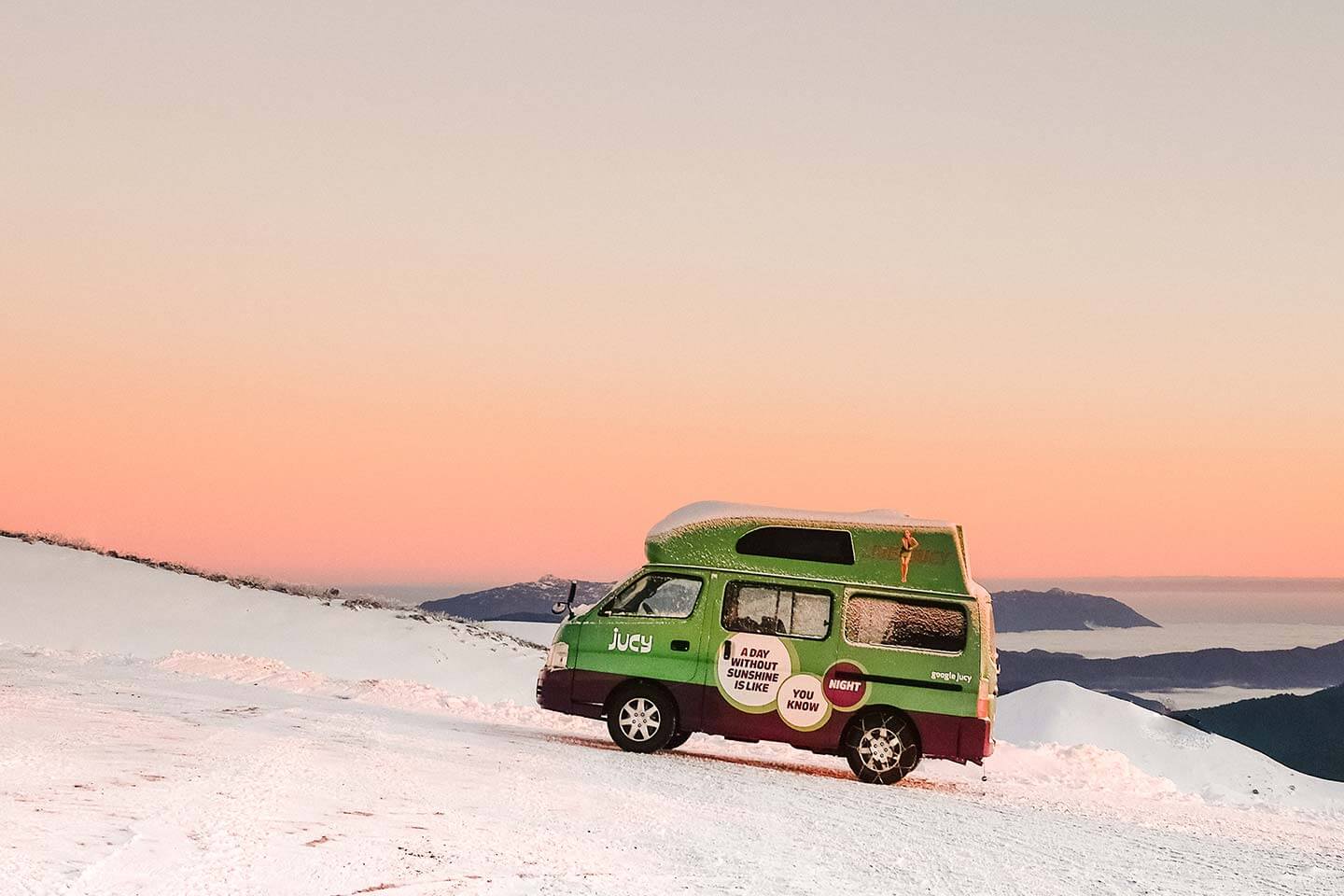
I recommend going with JUCY Campers if you plan on renting a campervan in Australia. Make sure to check the contract though – many rental companies impose certain restrictions on going offroading and over a certain amount of miles per day and charge extra fees for not following these parameters.
If you plan on staying in Australia for a long time (more than 6 months) try buying your own campervan. Doing this will allow you more flexibility and, if you took care of the car, the chance to sell it when you’re done. You can find ads for used campers in many hostels and on online boards like gumtree.com.au.
When buying a camper, be sure to take the vehicle to the shop to get it checked before actually committing. Most auto shops are used to this kind of request and will charge a competitive fee.
Onwards Travel from Australia
Being the world’s largest island and a continent that consists of a single nation, there are not too many ways to get out of the country by land or sea. Luckily, Australia benefits from some very, very cheap international airline routes.
You can continue your backpacking journey in Oceania , but the cheapest and most convenient flights out of Australia are usually bound for Asian destinations. Budget Asian airlines, like AirAsia, in addition to Australia’s own budget airlines – Jetstar and Tiger – make traveling to Asia a breeze.
From any of the major Australian cities, and for as low as $100 sometimes, you can carry on your backpacking adventure in the likes of Indonesia, Japan, India, the Philippines, and even Pakistan! Seriously, you can get just about anywhere in Asia from Australia and for a great price.

Since AirAsia is so ridiculously cheap and popular, you’ll most likely end up connecting in its place of origin: Kuala Lumpur, Malaysia. Malaysia is a pretty cool spot and backpacking around the peninsula or on the island of Borneo is definitely worth trying.
Otherwise, you can get just about anywhere from Kuala Lumpur. If you aren’t connecting in KL, then you’ll most likely end up in Bangkok, Thailand, which certainly has its own reputation.
Asia aside, you can, of course, head across the Tasman to start backpacking in New Zealand . Backpacking around New Zealand is a very similar experience to Australia in that you’ll be paying the same prices and most likely living out of a campervan. Unlike Australia though, New Zealand has a wildly diverse geography and is much more temperate, both in terms of climate and native personality.
If you really want to go somewhere different, why not consider the Soloman Islands ?!
As a popular gap year destination , most backpackers need to earn a bit of money to continue their travels. They usually end up with fruit-picking jobs in Australia.
The work can be hard and life can be boring at times but the cost of living is quite low and those with a 417 visa will earn an extra year on their visa. If you can manage it, this is one of the best ways to have a working holiday in Australia!
Backpackers are so established in the fruit-picking industry and businessmen are in turn so reliant upon them that it’s usually very easy to find a job. There are dozens of online boards with postings for farm jobs in Australia. Some popular websites are:
- Gumtree.com.au
- Backpackerjobboard.com.au
- Taw.com.au .
When you arrive at your farm stay, you’ll probably be surprised. Many of these farms look like hostels complete with bunk rooms, communal areas, and recreations.
You’ll have to pay for a bed but the prices are very cheap. Sometimes you may have to sleep off-premises, in which case a car really comes in handy; otherwise, there’s always the bus.
You can make a decent living working on a farm. Most clear $600/week on average but a hard worker can definitely make more. Make no mistake though: this is difficult work.
Farming in Australia isn’t pretty but it can certainly be rewarding. You’ll become quite close to both the land and your fellow working backpackers.
Farm work isn’t the only means of making money in Australia. Some of the best jobs for a working visa in Australia include serving, nannying, cooking, and cleaning. If you’re really lucky, you may even find a job in mining. If you decide to work in the city, know that the costs of living will be much higher.
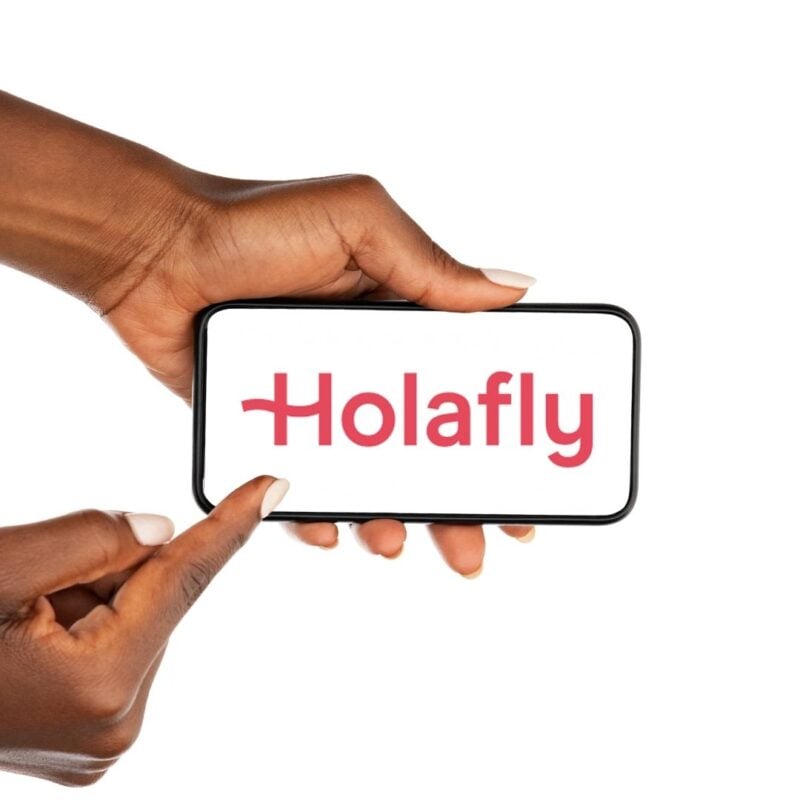
A new country, a new contract, a new piece of plastic – booooring. Instead, buy an eSIM!
An eSIM works just like an app: you buy it, you download it, and BOOM! You’re connected the minute you land. It’s that easy.
Is your phone eSIM ready? Read about how e-Sims work or click below to see one of the top eSIM providers on the market and ditch the plastic .
Working Holiday Visas in Australia
Several nationalities have the option of applying for an Australian working holiday visa, which authorizes travelers to work legally in the country. This visa is an amazing opportunity for anyone who wants to stay and go backpacking in Australia for a longer term.
There are two types of working holiday visas in Australia:
- A Working Holiday visa (subclass 417)
- A Work and Holiday visa (subclass 462)
(If you’re thinking to yourself how stupidly similar these visa titles are, I’m right there with ya.)
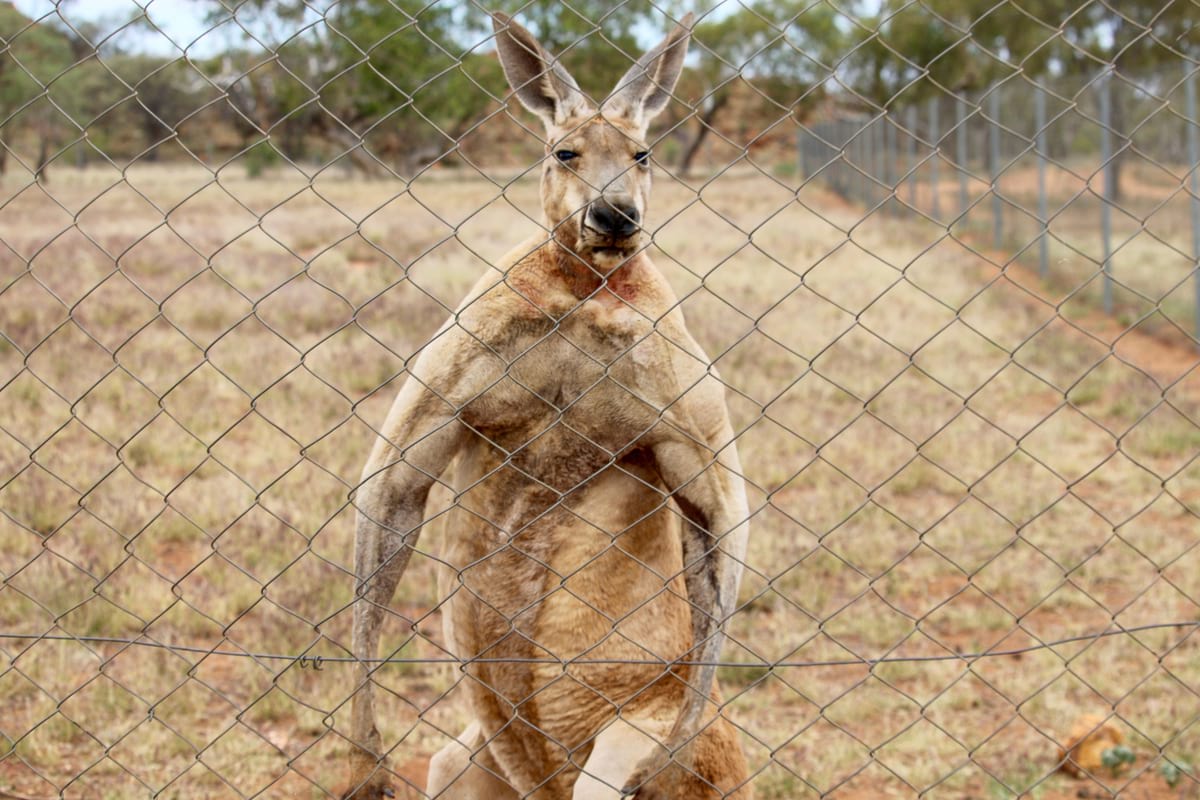
Both visas entitle visitors to the ability to work in Australia for a period of 12 months. Note that the possessor of a 417 or 462 can only hold a single job for a period of 6 months. Certain countries can only apply for a 417 or 462 i.e. the British can qualify for a 417 but Americans must apply for a 462.
To apply for either visa, applicants will need to show that they have at least AUD 5,000 in their bank account. Both visas will also require a bill of clean health and a clean criminal record.
Applicants for a 462 visa will need to provide some key additional details. With the exception of the United States, those applying for a 462 must provide a letter of support from their government.
462 applicants will also have to pass a character test in which they’ll need to prove that they’re of good moral quality. Usually, a certificate of excellence, like a diploma or special certification, will suffice for this.
The most important difference between a 417 and 462 is that possessors of the former can apply for a second year visa given they’ve met some criteria. Unfortunately, American citizens and other 462 applicants can only have a working holiday in Australia for up to a year.
If you’re finding all of this a bit complicated, Global Work and Travel can alleviate some of the visa complications for you. They offer working holidays and internship opportunities in many locations throughout Australia, both of which require the working holiday VISA.
In fact, they’ll support you throughout the entire process; from VISA guidance to finding you the perfect placement. You’ve got to be between the ages of 18 to 35 (30 for some countries) though… Apologies if this isn’t you!
Volunteering in Australia

Australia is volunteering gold – there are lots of different volunteer projects you can join whether it be teaching, animal care, agriculture, hospitality, tourism, or pretty much anything!
For finding gigs, you have several options:
- Workaway is crazy popular!
- Or WWOOF Australia is perfect for anyone interested in working on the land. Organic farms and permaculture are their wheelhouse!
- Most alternative sites to Workaway have oodles of options.
And of those alternatives, I have one favorite at The Broke Backpacker: Worldpackers!
Worldpackers like to put focus on community. They connect you with meaningful volunteering opportunities that really help you feel like you’re contributing to local communities. PLUS their platform comes loaded with nifty features for connecting volunteers too!
And for an extra saucy bonus on top, Broke Backpacker readers get a special discount of $10 – 20% of the annual signup fee!
Just use the discount code BROKEBACKPACKER at checkout or follow the button below and your membership is discounted from $49 a year to only $39. Make Down Under your stomping ground. 😉
Australians are some of the most welcoming, exciting, and unabashed people that I’ve ever met. They have so few worries and give so little fucks that life just seems easier in their presence.
Even immediate dangers, like an impending tidal wave or the jaws of a killer croc, are made insignificant by an Australian’s devil-may-care attitude. 100%, these are some of the coolest people that I’ve come across in my travels.
It can be argued that the Australian attitude derives from their inhospitable environment. An Australian is threatened on a near day-to-day basis either from deadly creatures, ridiculous climate patterns, or people that constantly need to remind them of these last two points. After a while, danger itself just becomes commonplace and desensitizing.
The fact that Australia is so geographically remote as well means that hardly any international presence notices – or really holds – Australia accountable. Combine this with the Australian’s grit and you have a population that just does whatever makes them feel good.
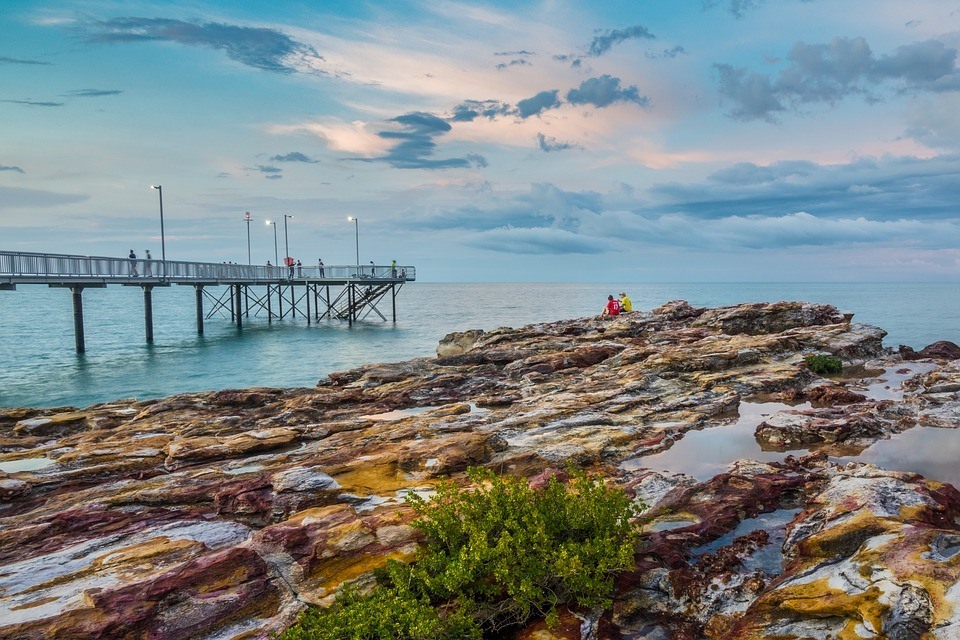
To be fair, Australians who live in their home country are a little different from the ones that you see traveling so much . Rooted Australians are still hard workers and seemingly proficient at any trade involving blue-collar work. The country didn’t become so prosperous because they constantly didn’t give a shit.
We mustn’t forget either that Australia is inhabited by more than just white people and immigrants. Aboriginal people, the original Australians, are also present in modern Australian society, though to a smaller degree.
Odds are you won’t encounter many Aboriginal folks while backpacking through Australia; if you do though, just be respectful, open, and treat them the same as any other Ozzie.
Useful Travel Phrases for Australia: “That’s Not a Knife” Edition
The Australian accent is infamous and has been the subject of a million pop culture references. When asked to impersonate an Australian accent, most foreigners emulate caricatures like Crocodile Dundee or Steve Irwin.
Hate to break it to you, but the way in which many of these icons speak is either over-exaggerated or very demographically specific. Not every Australian yells “G’DAY MATE!” or puts so much twang into their voice when saying things like “like” or “right” or “fight.” These are cultural stereotypes and pretty unfair.
Australians use a lot of slang; so much so that sometimes it can be hard to understand them. You’ll catch on to the colloquialisms fairly quickly but, for a little extra help, I’ve included a list of some popular Australian slang.
- Ta – thank you
- Arvo – afternoon
- Bottle-O – liquor store
- Mozzie – mosquito
- Thong – flip-flops (yep, not the G-string)
- Ute – pickup truck
- Bathers – swimsuit
- Sheila – woman
- Chunder – vomit
- She’ll be right – everything will be fine
- Stubby – can of beer
- How ya goin? – a friendly greeting
What to Eat in Australia
Australian cuisine is heavily influenced by its colonial roots. English, Italian, Asian, and Greek styles are all present in modern-day Australian cooking to varying degrees.
Being a colony of the British Empire, Australian cuisine resembles most that of the English variety. Many staples like fish ‘n’ chips and meat pies are present in both. When dining out in Australia, expect a similar experience as if you were dining out in the UK. Australian food will be hearty, heavy comfort food.
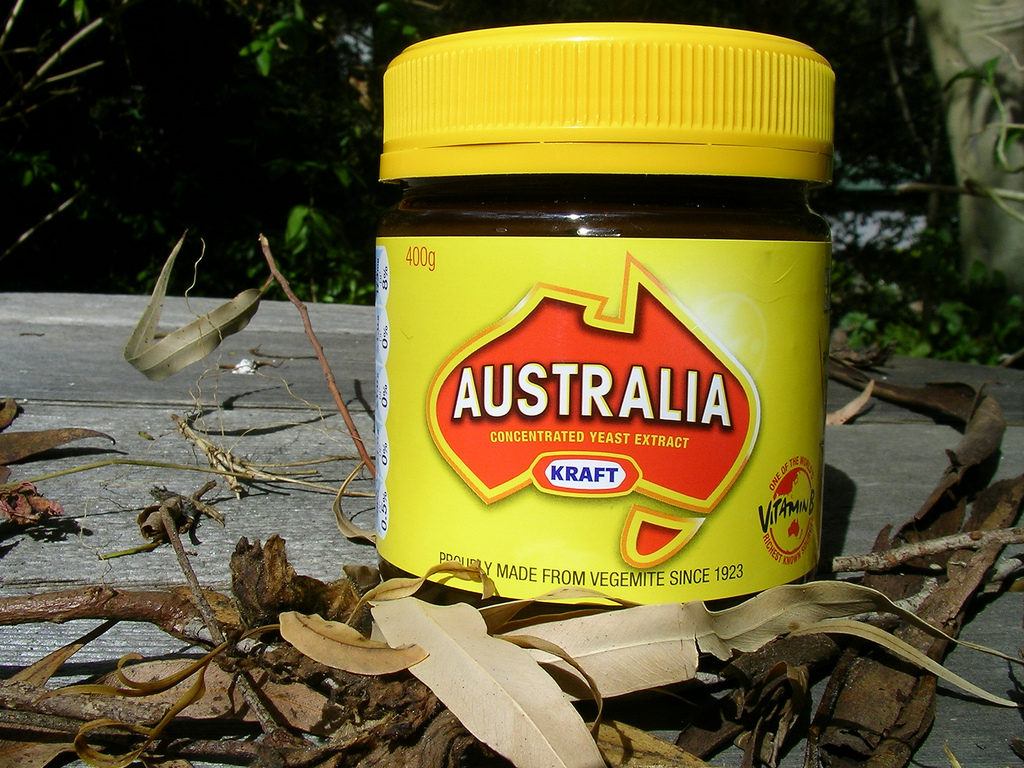
Being a nation of immigrants though, there is plenty more than the usual English fair. Asian cuisines of every shade are present in Australia and are actually some of the best outside of the Asian continent.
Several Mediterranean cultures call Australia home as well and have brought their cuisines with them. Thank the Italians for introducing a strong cafe culture in Australia – coffee in Australia is surprisingly delicious and taken seriously.
Barbecuing is a very important custom in Australia and is perhaps the highlight of the nation’s culinary scene. Aside from the usual BBQ meats, Australians also enjoy the various grilled game.
Kangaroo is healthy and cheap. Other more exotic meats like emu, alligator, and even grubs are available in speciality markets.
Must-Try Dishes in Australia
Below is a list of Australia’s most popular dishes.
- Meat Pie – Pastry, meat… self explanatory
- Chicken Schnitzel – The German fave
- Kangaroo – the dead, cute, bouncy guys
- Vegemite – a rite of passage – no spoilers
- Pavlova – the dessert that hits after a BBQ
- Anzac Biscuits – a little cookie treat for you sweeties
- Lamingtons – the cake you don’t need, but want
- Tim Tams – the old Ozzie classic
- Barramundi – your new fave fish dish
- Emu – big bird, long neck… you know the guy
A Brief History of Australia
Aboriginal Australians arrived on Australia’s mainland between 40,000 and 70,000 years ago. Their traditions relating to music, art, and spirituality are among the longest surviving in human history. Before the arrival of the British, the number of Aboriginal people living in Australia was between 300,000 and 1 million.
In 1770, Lieutenant James Cook claimed the land for Great Britain, after the Dutch first sighted Australia in 1606. In 1788, a fleet of 11 boats arrived in Botany Bay to establish New South Wales as a Penal Colony.
Furthermore, convicts were sent to all states, but South Australia became a free colony in 1836. More than 162,000 convicts were transported to Australia from Great Britain.
Australia began to look like a desirable location after the discovery of gold and the kickstart of its economy. The Eureka Stockade at Ballarat, in 1854, was a rebellion against taxation. Some see this as a crucial event in the evolution of Australia’s democracy.
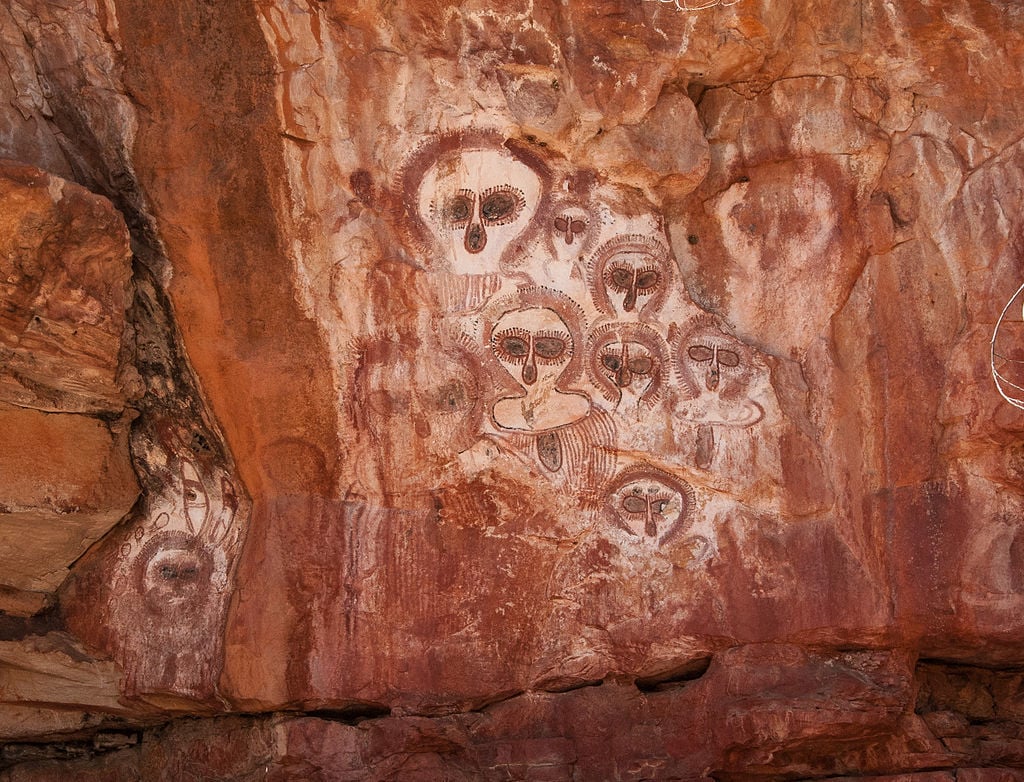
Chinese immigration began during this period with 50,000 Chinese establishing roots in Australia.
In 1901, a federation of all of the states, the Commonwealth of Australia was created. The creation of Canberra marked it as the capital city of New South Wales, with a temporary parliament in Melbourne.
The Australian and New Zealand Anzac Corps took part in the World War I Gallipoli Campaign, in 1915. April 25, ANZAC Day, was the same date as the first landing at Gallipoli. Australians remember and pay their respects to the sacrifices of their armed forces on this day.
After World War II and the Vietnam War, an influx of migrants moved to Australia. Between 1949-1974, The Snowy Mountains Scheme employed 100,000 people. 70% of these people were migrants from 30 different nations.
Today, people from all over the world call Australia home. The continent has become known for its equality and lack of clear class distinctions.
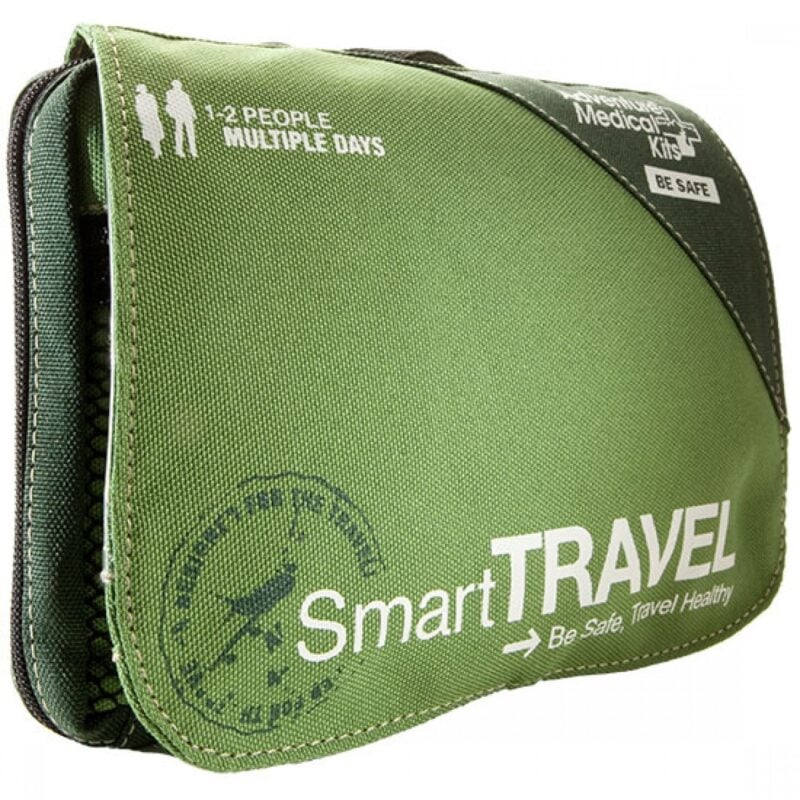
Things go wrong on the road ALL THE TIME. Be prepared for what life throws at you.
Buy an AMK Travel Medical Kit before you head out on your next adventure – don’t be daft!
No trip to Australia would be complete without taking on something new and exciting. If you’re tired of the usual tourist trail, consider checking out these unique experiences instead.
Trekking in Australia
Hiking, or bushwalking, is one of the most popular adventures in Australia! If you plan on going backpacking in Australia, you must go walking in the wilderness for a few days.
Venturing out into the bush in Australia is like taking a walk through the nation’s history. Here is a forbidding land, full of harsh landscapes and bitter elements, the likes of which tested and tortured the original settlers.
Should you decide to brave these wilds, you will gain real insight into the Australian identity. To enter the Australian backcountry you will need to be prepared.
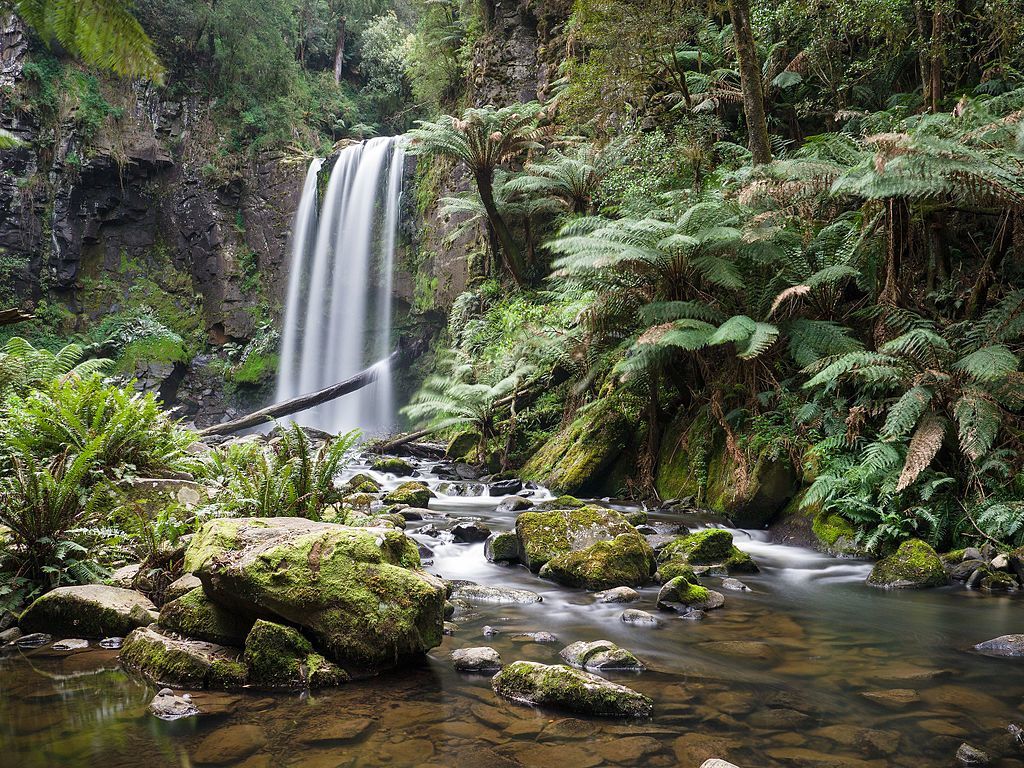
I always suggest getting a sturdy hiking backpack as well, especially so if you intend to venture deep into the wilderness. You’ll want the best you can find and not something that will eventually be held together by duct tape.
Below is a list of some of Australia’s best multi-day trails.
- Australian Alps Track (45-60 days, 406 miles) – Long and arduous hike that is only meant for the experienced or guided. Passes through the highest mountains of Australia. Requires food drops.
- Fraser Island Great Walk (5-7 days, 52 miles) – Walk across the entire length of Fraser Island, which is one of the most beautiful places in Australia.
- Larapinta Trail (16-20 days, 140 miles) – The ultimate Outback adventure! Fairly new trail and already one of the best in the country.
- Cape to Cape Track (6-8 days, 88 miles) – A stunning coastal walk that is conveniently located near Perth. Showcases some of the best scenery in the Margaret River region.
- Overland Track (5-8 days, 46 miles) – A walk through the finest mountain landscapes in Tasmania. Arguably the best trek in Australia.
Surfing in Australia
Surfing is as much a part of the Australian identity as kangaroos or shrimps on the barbie. Australia is extremely passionate when it comes to hanging ten and catching some waves.
Obviously, surfing didn’t develop in Australia by chance either; Australia has some of the finest beaches for surfing in the entire world and these attract thousands of surfers every year. You’ll have heard of the famous Byron Bay and its legendary surfing spots.
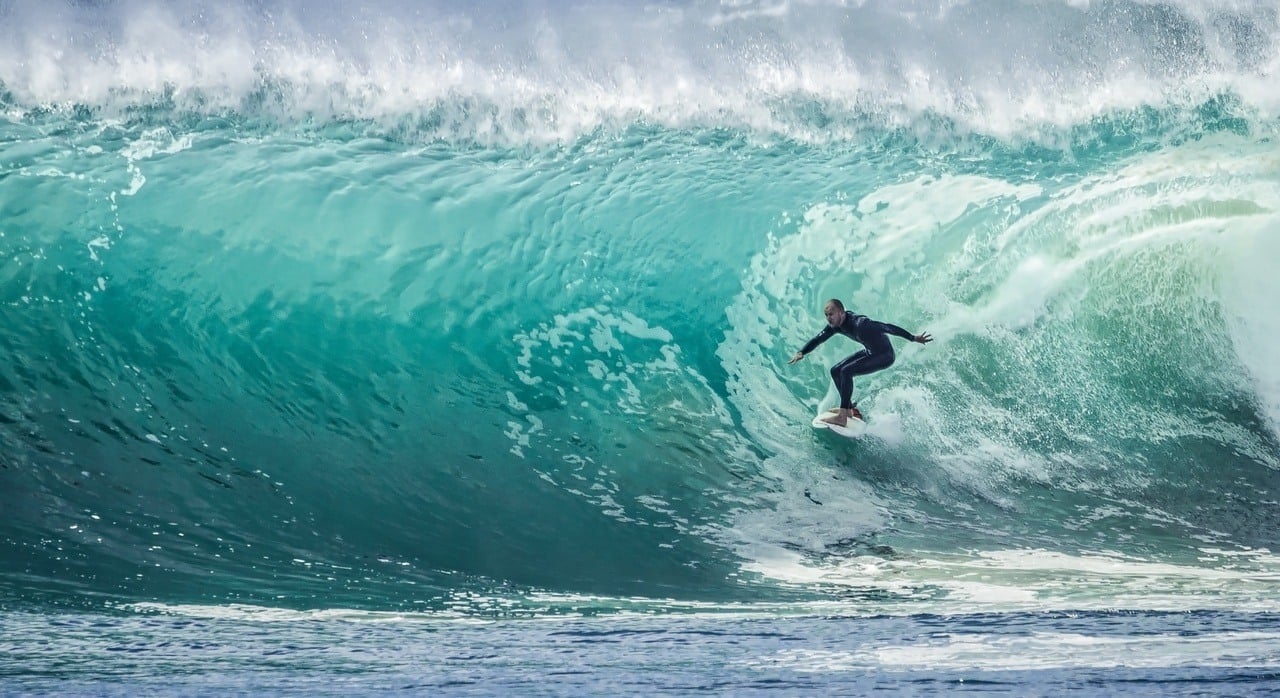
There are so many amazing surfing spots in Australia that it would seem more logical to note where you couldn’t actually surf. Everywhere you go there seems to be good breaks and swells.
Of course, you won’t be surfing in the Sydney Harbour or Melbourne Pier. But travel less than an hour and, boom, you’ll be right in the middle of some prime waves.
Below is a list of some of Australia’s top surfing locations. There’s a pretty diverse selection from all over the country. Though the Northern Territory is lacking in this regard.
Diving in Australia
Though the Great Barrier Reef on the East Coast receives the lion’s share of attention, there are plenty more options to go diving in Australia! Sprinkled throughout the Australian coastline are many gorgeous reefs, sunken ships, and sea caves that are just waiting to be explored.
These destinations definitely get far fewer tourists than the Great Barrier Reef and far more diving enthusiasts. You could even charter your own yacht and go snorkeling in several places along the East Coast if you’re more into snorkelling than diving.
If you’re really into diving, then definitely check out any one of these spots (that aren’t the Great Barrier)!
Backpacking the Outback
The Outback . The Bush. The Fuck-all Middle of Straya. The reason why most who want to go backpacking in Australia visit in the first place. Many have little clue though as to how large and how imposing this region actually is.
Few actually comprehend the Outback’s size or its conditions. That scene in the Inbetweeners Movie where Jay pisses on Simon’s face to survive springs to mind.
Though the exact number isn’t agreed upon, the Outback constitutes at least 70% of Australia’s landmass and is around 2-3 million square miles. The whole of India is 1.5 million square miles – that’s a lot of fuck-all!
Water is extremely sparse in the Outback. Temperatures vary widely depending on the season and time of year, from sub-zero to over 110 Fahrenheit. People die out here from exposure all the time. If you plan to venture out into the desert, you must be prepared.
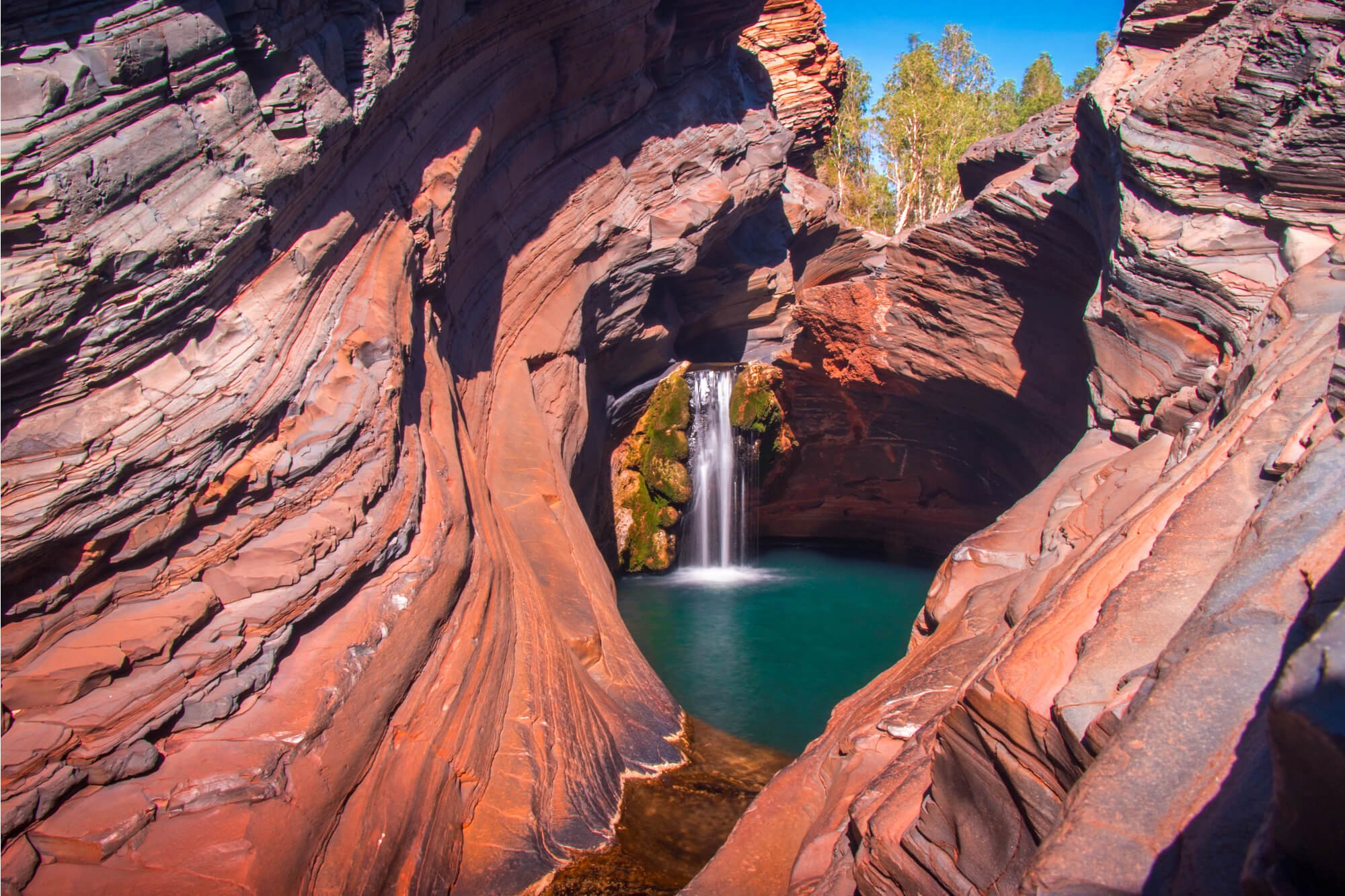
The Outback isn’t a singular destination that you just include in an itinerary – it’s a collection of several desert regions that form an unfathomably large ecosystem. You can visit parts of the Outback but there’s no way that you could visit the whole thing; there are huge swathes of the Outback that haven’t even been charted yet.
A few of the Outback’s top destinations have already been covered in this guide, like Alice Springs, the Kimberly, and the Nullarbor Plain. The last remaining portions of the Outback are relatively accessible. These places are, of course, minuscule in the grand scheme of things.
Join an Organized Tour in Australia
For most countries, when you visit Australia, solo travel is the name of the game. That said, if you are short on time, energy, or just want to be part of an awesome group of travelers, you can opt to join an organized tour.
Joining a tour is a great way to see the majority of the country quickly and without the effort that goes into planning a backpacking trip. However—not all tour operators are created equal—that is for sure.
G Adventures is a solid down-to-earth tour company catering to backpackers just like you, and their prices and itineraries reflect the interests of the backpacker crowd. You can score some pretty sweet deals on epic trips in Australia for a fraction of the price of what other tour operators charge.
Here are what people usually ask me about backpacking in Australia…
How much money do you need to go backpacking in Australia?
This is largely dependent on where in Australia you go, and for how long. But to be comfortable, I would try to budget for at least $60 USD per day.
Where should I start backpacking in Australia?
Most flights tend to fly into Sydney or Melbourne and both would make a great starting point.
What visa do I need to backpack Australia?
Most tourists who are visiting for less than 3 months will need an Electronic Travel Authority (subclass 601) or tourist visa.
Is Australia good for backpacking?
Absolutely! It’s one of the most popular backpacking routes in the world and it won’t disappoint.
I bloody love Australians, dude. Who else is happily willing to drink a beer from their sweaty shoe, just for a laugh? What a sick nation of people.
It would take a lot of effort to really piss off an Australian. Time after time, Australians just roll with the punches (quite literally sometimes), and then proceed to take a piss and forget about whatever may have had a chance of bothering them.
That being said, it’s still important to act like a decent human being and to show respect. No one likes an asshole coming into their country and stirring shit up.
Backpackers especially have been criticized because of their behavior and causing trouble. Let’s not be one of them dumbasses.
On a different note, be sure to tread lightly when it comes to interacting with Aboriginal Australians. They have been subject to unthinkable horrors in the past and are still treating the racial scars that are leftover. Though some White Australians still wallow in ignorance, Australia as a whole is trying to mend the gap.
Should you encounter an Aboriginal Australian and they’re open to conversation, be mindful of their customs and do your research on their terminology. Don’t take pictures or enter Aboriginal land without asking first. Be sure to speak using respectful language as well.
Other than that, have fun! Australia is a huge and diverse country with so much to explore and enjoy. No matter who you are or what you’re into, you’ll have a blast down under.
- Where to Stay in Fiji
- Best Backpack for Travel
- Best Hostels in New Zealand
- Best Travel Toiletry Bag
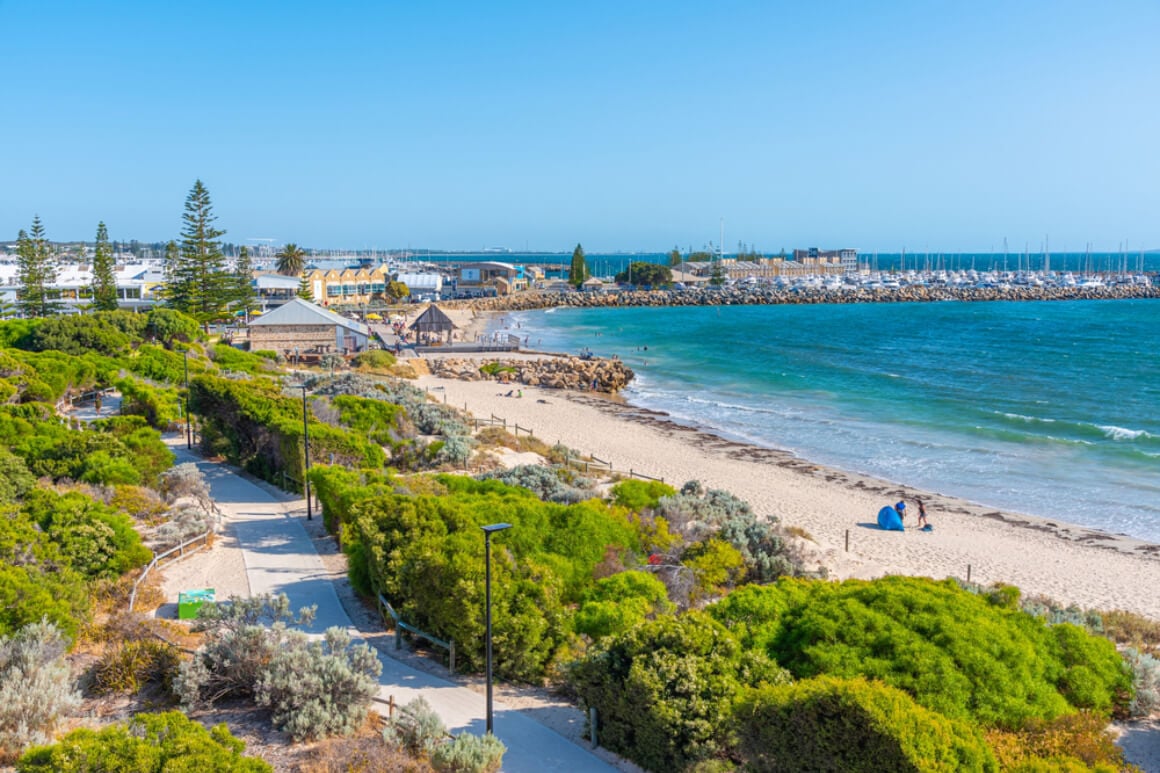
And for transparency’s sake, please know that some of the links in our content are affiliate links . That means that if you book your accommodation, buy your gear, or sort your insurance through our link, we earn a small commission (at no extra cost to you). That said, we only link to the gear we trust and never recommend services we don’t believe are up to scratch. Again, thank you!

Share or save this post

This is a great read. It’s so thorough and helpful. It is helpful to start planning my trip .Thank you for all the tips and tricks.
You’re welcome 🙂
Leave a Reply Cancel reply
Your email address will not be published. Required fields are marked *
Save my name, email, and website in this browser for the next time I comment.
Notify me of followup comments via e-mail.

Planning a Trip to Australia: Where to Start, When to Go, What to See
By Author Jurga
Posted on Last updated: November 10, 2023
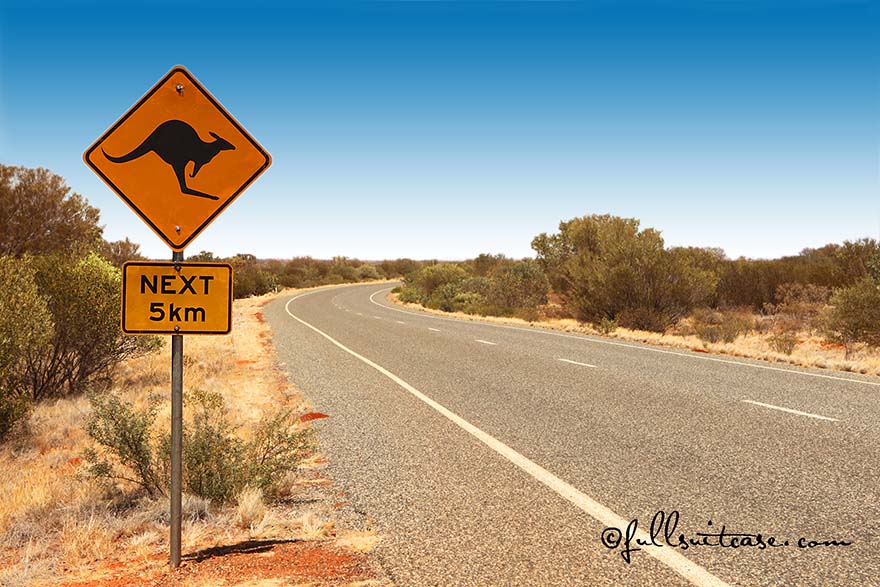
Planning a trip to Australia , but not sure where to start with the preparations for your dream vacation? This article is for you!
Australia is one of those countries that everybody dreams of going to one day. But then the day is finally there and you have not the slightest idea on where to start. Don’t rush to the travel agency just yet! First, figure out what YOU want so that your dream trip becomes a reality!
Below you can find some advice on how to plan Australia trip and make a good trip itinerary. Find out!
How to Plan a Trip to Australia – Our Experience & Tips
We were lucky to have had an opportunity to travel to Australia twice: once as a couple, and ten years later, with our three kids of 3, 3, and 5 years old.
Our first trip to Australia and New Zealand ten years ago was also our first road trip, and there were lots of things we didn’t know . We just booked the most popular road trip itinerary and relied on the road book we got from our travel agent. We saw many amazing places, yet we were disappointed. We went to New Zealand on the same trip as well, and we loved every single day there. So what went wrong in Australia?
We knew that Australia is huge and that driving times can be very long. What we didn’t know is that it is really boring on the road most of the time. Often, there is not much to see in between the places which are well worth visiting.
We saw so many dead kangaroos on the road and black, burned forests that it was even depressing with moments… We visited quite some towns along the Eastern Coast which were really not worth it – at least not for someone who only has 3 weeks in Australia.
So when we were preparing our second Australia trip with kids, we knew that we had to make an itinerary in such a way that it would be fun for the whole family. We were not going to make the same mistake twice!
So here are some general tips and recommendations to help you plan your dream Australia vacation. Read on!
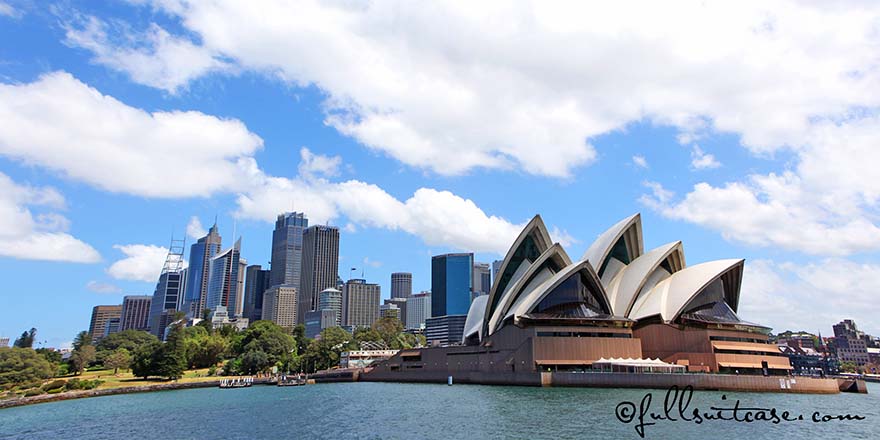
Planning Australia trip – what you need to know in advance
Below you can find some essential tips that will help you plan a trip to Australia. Not just any trip, but a really well-thought-of bucket-list trip that you always dreamt of. Take a look!
How to prepare a good travel plan for Australia
Before you start planning your Australian trip itinerary, you have to figure out the following:
- What are your INTERESTS ? If traveling with kids, make sure to take their interests into account as well.
- WHEN do you want to go?
- HOW MUCH TIME do you have?
- WHERE – which places do you definitely want to see?
1. What do you want to see and do in Australia
The very first thing you have to figure out is what you expect from your trip to Australia. Do you want to see the beaches, go diving or snorkeling? Do you want to visit some cities, or maybe none at all? Or maybe you are mostly interested in beautiful nature and diverse wildlife?
For most people, it’s a combination of all. Still, you have to set priorities.
When we were preparing our trip to Australia with children, we were also struggling to come up with a good plan. We wanted to see as much as possible, but also had to try to estimate how much sightseeing a three- or a five-year-old can actually handle.
In the end, we chose nature destinations and limited city visits to just two days in Sydney and one day in Melbourne . Wildlife and nature are the most important factors for us when traveling with kids, and so we added Kangaroo Island , Tasmania, Great Ocean Road , and some other locations to our itinerary.
We also visited a few wildlife sanctuaries so that the kids could cuddle a koala, feed a kangaroo, and touch a Tasmanian Devil. We didn’t go to a zoo or a theme park as it was not in our interest and also didn’t fit our itinerary. But it might be something you as a family wants to consider, especially if you are passing near such a place anyway.
You are the one who knows your family and their interests best. So make sure that your Australia vacation is fun for everybody!

2. What is the best time to travel to Australia?
You can travel to Australia at any time of the year as long as you choose the right places in the right season. You can either decide on what you want to see and then find out when it’s the best time to go there OR you can select the places to fit your holidays. Just do some research before you book!
Remember that the best times are also the busiest times, so book early and be prepared to pay more. If possible, avoid Christmas and Easter vacations.
Here is a short destination guide to help you decide where to go in Australia and when:
- Sydney can be visited all year round. See our 1-day Sydney itinerary for the must-sees.
- North Australia (Darwin area) is not a good idea in Australian summer as it is also the wet season and the roads are often impassible. The best time to visit is May to October. Here you can find our suggested Darwin itinerary .
- Southern Australia ( Melbourne area, Adelaide, Great Ocean Road , Kangaroo Island …) is probably best visited in the warmer months. By the way, we absolutely loved Kangaroo Island! Here you can read more about our visit to Kangaroo Island .
- Tasmania is a summer destination unless you don’t mind the cold and the wind, or want to go skiing. The best time to visit Tasmania is between November and March. Here you can find more info about things to do in Hobart, Tasmania .
- Red Centre (Alice Springs, Uluru) – can be visited all year round, but it’s VERY HOT and can be very wet in the Australian summer months. It’s a good destination in winter when Europe and the US have long summer holidays, but it will be much busier as well. Here you can find more information about visiting Australia’s Red Centre . The best time to visit the Red Center is from May to September.
- Queensland (The Great Barrier Reef and the East coast between Cairns and Brisbane) is warm all year round, but the summer months are also the wettest. Tropics can be beautiful when it rains. The best time to travel to Queensland is from May to October.
- South-Western Australia (Perth area) is probably best in spring or autumn. Summers are hot and winters – wet. Locals say that August and September are the best months to visit Perth.
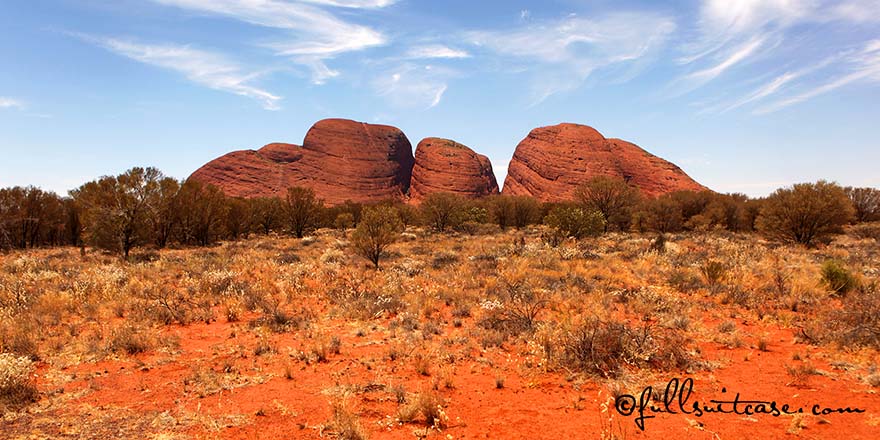
3. How much time do you need in Australia?
It’s very important to understand that you cannot see everything in Australia unless you have unlimited time and budget. So be selective when you choose where to go.
The first time we traveled to Australia we had 3,5 weeks and we did a road trip from Cairns to Sydney. Despite the fact that this tour is presented as the most popular way to see Australia by most of the travel agencies, I wouldn’t do it again. I know more people who had a similar trip itinerary and they were all disappointed. Driving time is much too long on this trip, you spend hours in the car, and it’s not like you see the most amazing landscapes or landmarks every day.
In 3-4 weeks time, you can see the Great Barrier Reef, some of the Eastern coast, Sydney and the Blue Mountains, plus some other places like, for example, the Red Centre or the Great Ocean Road. That means you have to fly instead of driving , and that you have to be more selective as to where you go.
TIP: Domestic flights are not necessarily the more expensive option. In fact, it can be cheaper to fly than to spend days on the road. The costs of car rental, fuel, accommodation, and food for the extra days will quickly add up, not to mention the precious time you save.
When you travel to the other side of the world for just a few weeks and you want to actually see some of this diverse continent, you better go to fewer places that are really worth it than to many places which are not as worthwhile . Spend fewer hours driving and more sightseeing!
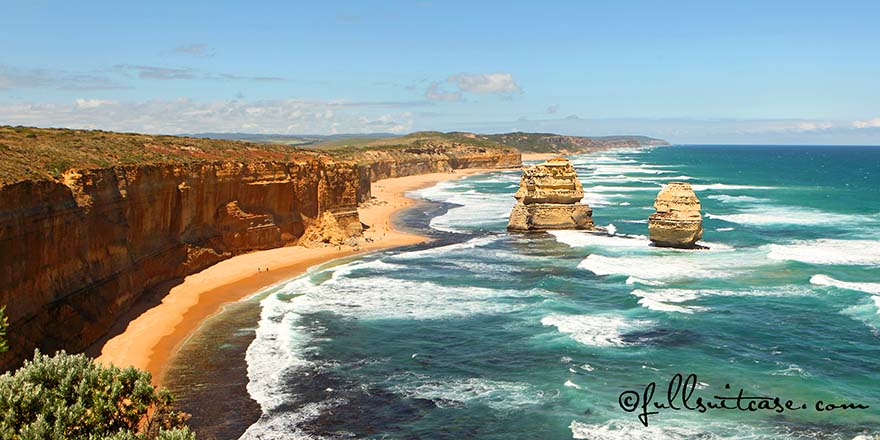
4. Top places you shouldn’t miss in Australia
In my opinion, you really should try to see Sydney, the Great Barrier Reef, Uluru (Ayers Rock), and the Great Ocean Road. These are the very best places to keep in mind when planning a trip to Australia.
However, these places are also very far from each other. So it’s not really feasible to see them all if you only have a week or two. Try to pick at least two of these top spots – that way you at least get a taste of what Australia has to offer.
If I had to choose just one place to go to in Australia, I would recommend the Red Centre (Uluru- Kata Tjuta National Park, the Kings Canyon, West MacDonnell Ranges …). It is so very different from all the rest and it’s also what makes Australia so unique. Of course, it’s just my personal opinion, but you really have to experience it in order to understand how special it is. Uluru is not ‘just a rock’.
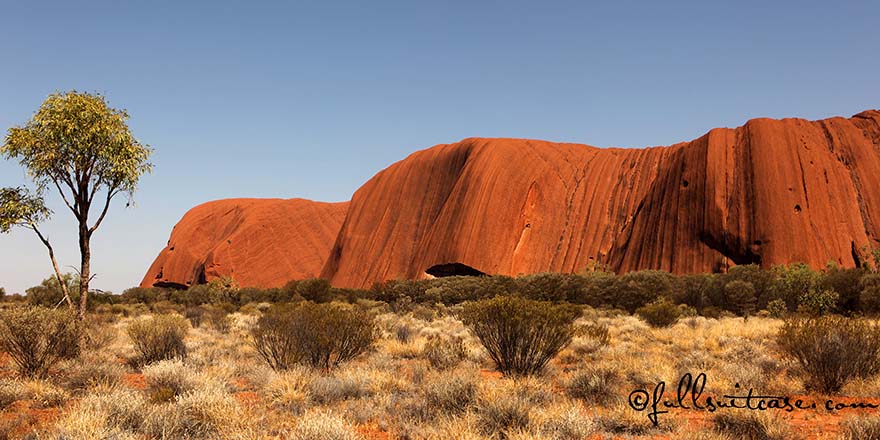
So, these are our main tips for planning a trip to Australia. To summarize: good trip itinerary stands or falls with these four factors: WHAT, WHEN, HOW LONG, and WHERE. Once you figure that out, the rest is easy.
It goes without saying that the budget is a very important factor as well, but leave the money worries for later, after you figure out your trip itinerary.
Whether you’ll love Australia depends so much on how well you’ll prepare your trip. This is the most important step, so take your time and plan well!
TIP: If you are looking for ideas on where to go in Australia, check this post with our 5-week Australia itinerary . It covers some of the most beautiful regions, some of the must-see places in Australia. Even if you don’t have as much time in Australia, you will get a good idea of what there is to see and how much time you need for each region.
TIP: If you are planning to visit Australia with a family, check out our tips for traveling to Australia with kids .
READ ALSO: Top Places to See on the Great Ocean Road
If you found this post helpful, don’t forget to bookmark it and share it with your friends. Are you on Pinterest? Pin this image!
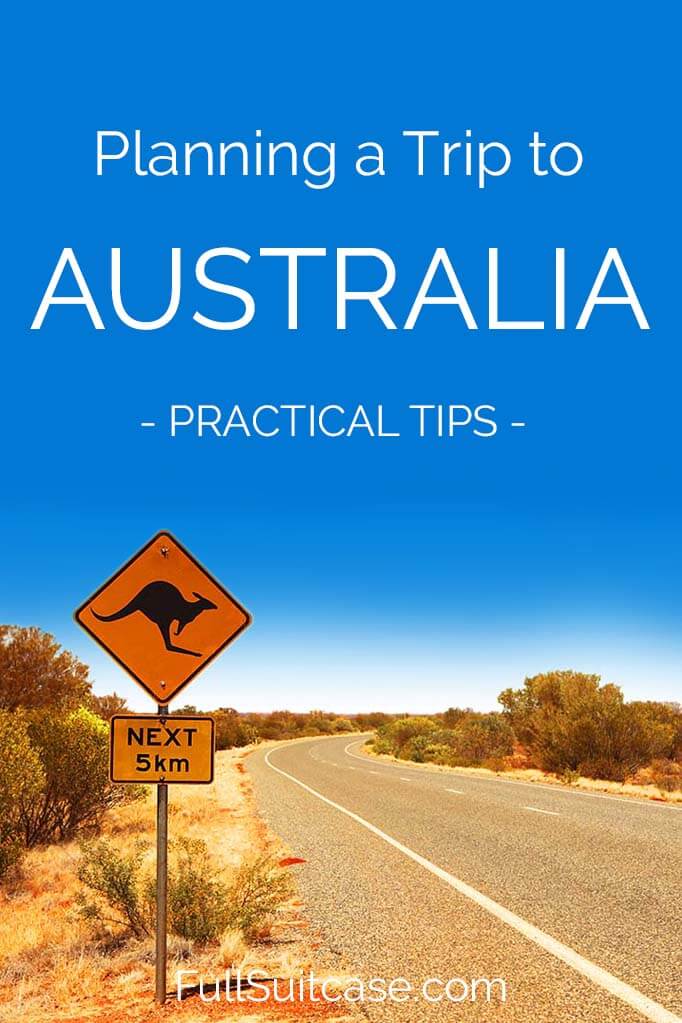
This site uses Akismet to reduce spam. Learn how your comment data is processed .
Thursday 18th of April 2024
Hi! I planning a trip to Australia, and I only have 10 days total. We're planning to fly into Sydney. But also want to go to Melbourne. I was wondering if I should book a roundtrip to Sydney (with a roundtrip to Melbourne in between)? Or should book a one-way, and then fly home from Melbourne? What's the best way to go about this? I will add that we are looking to fly with Jetstar since it’s the cheapest.
Hi Denise, unless you have a very good reason to do a round-trip to/from the same city, I would definitely fly in and out of different airports (with a domestic flight in-between). That way, you can spend more time sightseeing instead of at the airports and on the planes. Have a great trip!
Adrian Crowson
Wednesday 21st of February 2024
Hopefully when we've sold our business we plan to have 5-6 weeks over there, I take it there's more to see over the east side?
Friday 23rd of February 2024
Hi Adrian, Australia is huge and there's a lot to see all over the country. But the best-known and most popular places are indeed more to the east side, plus also the Red Center, Darwin, Adelaide - Melbourne, Tasmania. I hear good things about Perth, on the west coast, as well. However, the distances are huge so you have to make choices and 5-6 weeks isn't much for such a big country. Trying to see 'everything' will just result in more time spent on planes and in the car than exploring, so pick several areas that interest you the most and spend more time there. Good luck!
michelle battaglio
Monday 8th of January 2024
Hi interested in doing Australia next December I have 13 days to do this. Where do I start and please help me plan an itineray. thank you
Hi Michelle, as you can imagine, there are hundreds of different ways how one could spend two weeks in Australia. Unfortunately, helping craft a truly good itinerary that suits our readers' interests, budget, and travel style would take up much too much of our time. Therefore, we do not offer this service. I suggest that you take a look at our 5-week Australia itinerary. It covers several different regions all over the country. Pick the ones that interest you and you can easily plan your own trip using our detailed suggestions in that article. If you read previous comments under that article, you may find some additional suggestions in there as well. Good luck and have a great time in Australia!
Saturday 30th of December 2023
Hi did you pre-book all your hotels and car rentals and flight before you got to the land of Oz?
Hi Maureen, yes, we always prebook car rentals and accommodations in advance. Usually, we also book tours/excursions before the trip, especially those that we absolutely want to do. It saves you a lot of hassle and is usually much cheaper too. Plus, if you are visiting remote places, there may be very limited options to start with. If you are traveling on your own, in the low season, in popular places with lots of facilities, and have complete flexibility, you can probably just wing it. But otherwise, I would definitely book ahead.
Monday 28th of August 2023
Hi, I’m wanting to go to Australia for the first time for my 60th! It will be for 3 weeks. Would like to go to Sydney but where else should my husband and I visit. We love history, culture, nature! Just don’t know where to start! Please could you advise? Regards Gail
Wednesday 30th of August 2023
Hi Gail, I have covered this info in the article. A lot depends on the season when you visit, your personal preferences, etc. On the first trip, most people visit Sydney (+Blue Mountains), Melbourne (+Great Ocean Road), Red Centre (Uluru), and the area around Cairns (Great Barrier Reef). You may want to take a look at our Australia itinerary for more info, it will give you an idea of what can be done in different parts of Australia. Unfortunately, I really have no time to help our readers with individual trip planning. Good luck with the planning!

Our Wanders
Our Ultimate Guide To Plan A Road Trip In Australia

Are you planning a road trip in Australia? Are you crafting your most ideal Australia campervan itinerary? Not sure where to start?
No wonder. Australia is a huge and faraway land that’s likely very different from where you live. There’s so much to see (too much, it seems). Your Australia road trip might be a once-in-a-lifetime trip.
We’ve been there. We visited Australia on a three week campervan trip for the first time. Since then we moved to Sydney and continue exploring this vast country on road trips and camping trips. We are here to help you plan a road trip in Australia.
This post is your guide to road trip Australia, with lots of first-timer questions clarified, tons of tips and possible itinerary ideas.
Whatever you do, road trip Australia

The very first thing: Australia is one of those countries that are just meant for road trips and campervan trips (more on that debate later). It has cool cities, but it’s the landscapes that impress the most . We had the best wildlife experiences on the road, as well.
But beware, distances are long, so make sure you plan an Australian road trip itinerary that’s not all about being in the car and driving . If you want to see places that are very far from each other, it might be worth flying between them instead of driving.
The most important questions to consider when creating the best Australia road trip itinerary
You won’t see everything within a few weeks (even within a few months). We get it, Australia is a faraway dream destination, and you want to visit all the sights that are on your bucket list.
But Australia is almost as big as the continental USA, distances are long, and some regions are not that ideal to visit in certain seasons. So you need to set priorities, and plan a road trip itinerary that fits you the best and leaves time to actually enjoy the places you end up visiting.
Do you need help planning the best itinerary for your trip? Hire me as your personal travel planner.
Here are some questions to consider:
Which places interest you the most?

Do you want to spend time on beaches? Diving? Hiking? Observing wildlife? Do you want to visit cities? Most visitors typically want a combination of these.
Our opinion is that while Australian cities are attractive, they are no match for the natural beauties and wildlife in Australia . If you like visiting cities on your travels, don’t miss them. If you’re more nature-focused, dedicate a few days to the cities and spend the rest of your time in nature.
Bucket list destinations in Australia
Here are the typical bucket list items for each region – just in case you think your bucket list is too short:
East coast:
- Great Ocean Road
- Blue Mountains
- Royal National Park
- Whitsunday Islands
- Fraser Island
- Great Barrier Reef
- Daintree National Park

Western Australia:
- beaches and ocean drive of Esperance
- Rottnest Island
- The Pinnacles
- Ningaloo Reef
- Karijini National Park
Southern Australia:
- Kangaroo Island
- Lake Bumbunga
- Limestone Coast & Blue Lake
- Eyre Peninsula
- Flinders Ranges
Northern Territory:
- Litchfield National Park
- Kakadu National Park
- Kings Canyon Rim Walk
And we missed out Tasmania – which is also Australia, yet a different world and countless more bucket list items.
When are you visiting?
Any time of the year can be good, but for different places.

Sydney and Brisbane are great destinations all year, tropical Queensland and the Northern Territory is best between April and October (Australian summer is the rainy season there, with floods and hurricanes), Victoria and Southern Australia is between October and April (Australian winter months are chilly there).
Western Australia is so large that it has several climates: the southwestern region has temperate climate with four seasons and rainy winters, the northern region is tropical with a wet and a dry season.
Christmas and Easter vacations are very busy, you better avoid them.
How much time do you have?
If you only have a few weeks, we recommend choosing between the east coast (Victoria, New South Wales and Queensland) or Western Australia. Maybe you can add a bit of the Northern Territory or Southern Australia to any of the two routes. Maybe, if you have 3+ weeks.
Car or campervan?

Let me ask the same question in a different way: would you sleep in your car, or do you prefer rooms with four walls? If you’d like to try out the campervan life, you couldn’t find a better place than Australia. That’s what we did, and we liked it very much!
But it’s not for everyone. You have a small living space (though you’ll likely spend most of your time outdoors), and you make compromises on comfort.
But an Australia campervan trip is the most flexible and most budget-friendly way to explore this country . It means countless free and paid options to spend the night, and also countless opportunities to see wildlife. Australia is safe, the highways and main roads are good, and it’s usually warm outside, so you don’t need to worry about heating.
However, the word “campervan” can cover a range of vehicles . From small converted mini-vans that are suitable for only two people to large family-sized motorhomes and RVs with full amenities. But all of them have two things in common: they are suitable for sleeping, and they offer some opportunity for cooking. Cooking supplies are often provided if you rent the campervan.
Campervans usually have two separate batteries: one runs the engine, and the other runs things like interior lights or a small refrigerator. So you don’t need to worry about the engine not starting the following day, because you keep the interior lights on for too long.
How to choose the campervan that’s suitable for you?

Let’s pretend you’re in for a campervan trip in Australia. Exciting! But from all kinds of small and big, simple and luxurious campervans, which one is the best for you? Well, only you can decide that, but let us help with the most important questions.
You need to choose the size based on two criteria that are equally important: how many people are you traveling with? And how large of a vehicle are you comfortable driving?
Our car was a converted minivan that was just enough for the two of us and our stuff. But driving it was no different than driving a larger kind of car. We didn’t aim for luxury, but it didn’t cost much more than a regular car rental would have.
Should it be self-contained?
Self-contained vehicles have some sort of toilet onboard. It can make things easier if there’s no running water (or any other kind of toilet) where you camp, but you’re also in charge of dumping your waste. There are dedicated dump points for this purpose.
In our opinion, you don’t really need a self-contained vehicle in Australia. (Unless you stay out there in Nowhere). You find plenty of public toilets, especially along the densely populated east coast, even if there’s no running water (composting toilets). Most of them are nice and clean, and they are all free.
This is a dumb question to ask in Australia, by the way, since all public toilets are free to use, even in the cities. (Coming from Europe, it was not at all obvious to us.)

Should it be 4WD?
It depends. Australia is the country of extremes. But I doubt you need a 4WD for the full length of your road trip in general . Certainly not for a campervan road trip.
The most famous attractions are usually easily accessible, and no 4WD is needed if you stay on the main tourist path . However, if you’d like exploring off the beaten track, well, that’s another story. You can truly get off that beaten path in Australia, and certain mountain roads or desert roads require high clearance 4WD vehicles. Sand islands, like Fraser Island, are also in this category.
But again, in a few weeks, you’ll likely have no time to leave the main tourist route, and the most popular campervan itineraries for Australia don’t require 4WD vehicles.
Check your specific route, and if you’re in doubt, contact the rental company to make sure your car is suitable for what you want to use it for, and it’s allowed to be taken to those roads/regions. Your other option is to sign up for a tour to visit those off-the-beaten-track attractions.
Any extras you need
When choosing the right campervan and the company to rent it from, you better consider whether you need any extras. Like one-way rental, an extra driver, insurance cover, unlimited kilometers, navigation, bedding, towels, camping chairs …
They may or may not be included in the rental by default, and adding them can significantly change the overall price, especially one-way rental at certain companies.

Sample Australian road trips

There are people who drive all around Australia, but most of us don’t have that much time. Whether you plan a regular road trip or a campervan road trip in Australia, here are the most scenic routes you can choose from:
East coast: Cairns to Brisbane (~2 weeks)
One of the most popular routes for a 2 week road trip in Australia. It’s well-developed and fairly busy (by Aussie standards). The best time to do it is between April and October.
Daintree National Park is likely inaccessible in the wet season.
Highlights: Daintree National Park, Great Barrier Reef, Captain Cook Highway, Mission Beach, Whitsunday Islands, Fraser Island, Wooroonooran National Park, Noosa National Park & the Sunshine Coast
East coast: Brisbane to Sydney (3-5 days)
This is a shorter drive with mostly beaches (wonderful beaches!) on the way. It’s ideal for those who dream about a coastal campervan tour in Australia, with lots of fabulous beach stops.
You can combine this route with either the drive from Cairns to Brisbane, or you can drive down to Melbourne, with a stop at Jervis Bay. This area is enjoyable all year.
We actually combined this drive with the one from Cairns, and the one to Melbourne and the Great Ocean Road. (It was a long drive.)
Highlights: Byron Bay & the Gold Coast, beach hopping, Sydney, Royal National Park, Blue Mountains
Great Ocean Road: Melbourne to Adelaide (a few days)

The Great Ocean Road is often mentioned among the best scenic drives in the world – and for a good reason. It’s likely included in any campervan itinerary for Australia, and we recommend taking your time and doing some hiking along the way, as well, to see the best of it.
The best time to do it is from October to April.
Read our guide to the Great Ocean Road!
Highlights: Twelve Apostles & Port Campbell National Park, Great Otway National Park & Kennett River Koala Walk
Through the Australian Outback: Adelaide to Darwin (~2 weeks)
This is not a typical first timers’ Australia road trip itinerary, but it runs through some uniquely Aussie landscapes and gives access to the famous Red Center. You can drive it all year, but Australian summers are extremely hot in the desert.
Highlights: Uluru, Kings Canyon, Kakadu National Park
Through the Nullarbor Plain: Adelaide to Perth (~2 weeks)
The Nullarbor is famous for being a long, straight route without a single curve. Adelaide and Perth are two of the lesser-visited cities, but whoever ends up visiting them ends up falling in love.
If you’re road tripping Australia for the first time and only for a few weeks, it’s not the best choice. But if you have more time, it can be combined with another long drive along the western coastline.
This area has four seasons, so it’s best to avoid Australian winters (from June to August).
Highlights: Cape Le Grand National Park, stargazing, cage diving with sharks in Port Lincoln
West coast: Perth to Broome (~2 weeks)
This is a remote and sparsely populated area, with some very special attractions on the coast and inland. It’s a tropical area, and the wet season (between November and March) is best to avoid.
Highlights: Ningaloo Reef, Perth, Karijini National Park, Shark Bay
Where to stay on your Australia road trip

If you prefer a room with a bed, hostels can be the most affordable option, and you find many across Australia. However, the fact that they are the most affordable places with four walls to stay doesn’t mean they’re cheap. Even a simple bunk bed in a shared room costs about 60-80 AUD/night.
Obviously, cities and more densely populated areas offer a larger variety, and you’ll be left with few choices or nothing at all in more remote regions.
Search for hostels here!
Condos or apartments
For those who’d like to have privacy, or their own kitchen to cook, you can find apartments on Booking.com or condos on . They seem to be a luxurious option compared to hostels, but if you travel with a bigger company, the price for a condo might be nearly the same as booking a separate bed for each of you in a hostel .
Campgrounds and holiday parks

However, the Aussie way to travel around is staying in campgrounds, holiday parks or free campsites. Those are your options on your Australia road trip with a campervan.
We were switching between free sites, campgrounds and holiday parks during our road trip, and it’s never a problem to find one nearby. On this note, having a campervan doesn’t mean you can pull over anywhere you fancy, and sleep in your van. This kind of “freedom camping” is not allowed anymore in Australia, at least not in the inhabited areas.
If you choose one of the more remote caravan routes in Australia, free night stays might be easier to find, but you still need water and electricity from time to time.
The average price for the simplest unpowered site for a campervan ranges from 40-70 AUD/night, depending on how fancy the park is, and where it’s located. Holiday parks are usually more expensive than campgrounds, and beloved beach areas, like Byron Bay, are also expensive. So is living in your van really a budget-friendly option? It could easily be, especially if you’re not alone. The campervan is both your car and accommodation, and also, you can spend many nights at free sights.
The advantage of campgrounds and holiday parks are the great amenities and the beautiful location. We often camped on the beach or right behind the beach, we enjoyed large and well-equipped outdoor kitchens, and clean, spacious amenity blocks. Some had coin-operated washing and drying machines, too, so we could wash our clothes. Some had private pools for guests. Sure, they can be pricey, but they actually outshined quite a number of budget hotels and hostels we’ve stayed at during our travels throughout the years.
Free sites for overnight stay with a campervan

Then there is free camping. There are lots of dedicated free sites where you can stay overnight: parking lots, public parks, rest areas, gas stations. Some hotels (mostly backpacker hostels) allow travelers to stay in their backyard overnight.
These sites differ greatly in the offered amenities though. Most of them have public toilets, but definitely not all of them have showers, drinking water, picnic benches, or even running water. Some free sites are located in nice areas, others are parking lots along the highway with no scenery (but constant noise).
We tried a lot of these free sites, and we were very happy with them. We didn’t expect a lot from them either, the point was saving some money.
How to find the free overnight sites?
With WikiCamps. Honestly, we’ve never paid for a mobile app ever before, but the WikiCamps Australia app was well worth that couple of dollars. What does it offer? All the information about the free and paid sites, campgrounds and holiday parks.
Its greatest strength is the insane amount of information about the free options. Because holiday parks have a website, anyway, but who would tell you that there is a rest area 2 kilometers from where you are, it offers toilets and drinking water, and you are allowed to stay there for 48 hours? WikiCamps will.
We could search for places to stay based on our current location. We could filter them based on tons of different criteria: free site or not, and what kind of amenities it offers. People can comment on the sites, as well, and that’s incredibly useful. That’s how we figured out whether the site is clean, crowded or noisy. There are lots of recent comments about sites along the best campervan routes in Australia.
We also found detailed information about showers in the comments. Free sites offer different kinds of showers (or not). Some are free, some are coin-operated. Sometimes you need to pay and ask for the key at the gas station. All this information is available in the comments.
Since a lot of people use this app, we found comments written some days ago about any site we were interested in. It made our trip so much easier! And this was the main reason we didn’t feel disappointed about any of the free sites: we got what we expected.
What to pack for a campervan trip

Of course, you’ll have your luggage full of clothes and stuff for the perfect holiday. But what is that you need for a campervan road trip specifically? We have good news: not much.
The most important things are usually included in the rental (or can be added easily): cooking supplies, bedding and towels. There are some items though that’s not, but they’re incredibly useful:
- Headlamp : better than a flashlight, because your hands are free. We often cooked our meals with our headlamps on when it was dark. Free sights are often not lit well.
- Hand sanitizer : even the smallest vans have their own water tank, but you better use water sparingly if you stay at free sights with no running water.
- Wet wipes : the quickest way to clean anything in the van
- Dishwashing liquid and sponge
- Toilet paper
- Chargers and spare batteries : campervans usually have an extra battery to use for the small fridge, indoor lights or charging whatever you need to charge, but the bottleneck can be the number of charging ports.
4 tips for driving in Australia
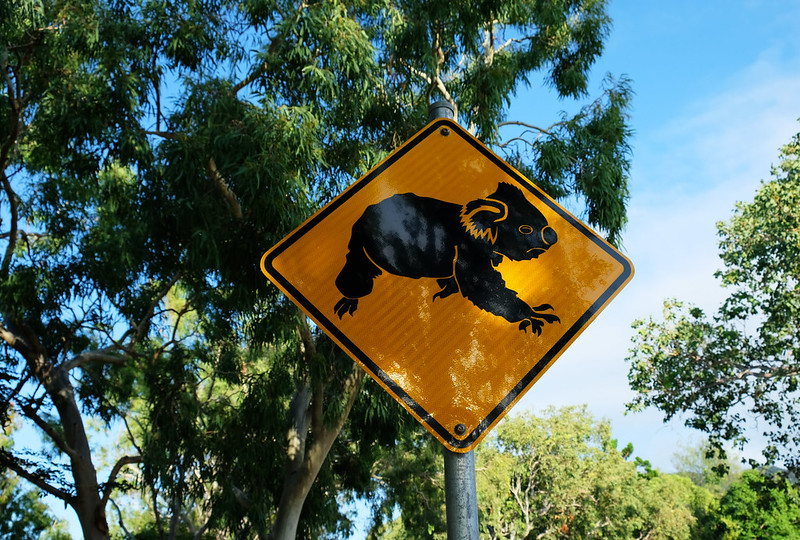
Have an offline map
You often have to survive without internet and even cell coverage in Australia. So even if you have a local SIM card with a data plan, download an offline map in advance. Maps could cost you a lot of data, anyway.
Avoid driving during the night, at dusk and down
In addition to the usual risks of driving at night, you have a special reason not to do it in Australia. Those super cute animals, like kangaroos, wallabies, wombats or possums, get active after the sun goes down. You can see many dead kangaroos by the road, and this should be a warning sign. And no, it’s not only risky for the poor kangaroo, but for you, too. Some kangaroos are big enough to cause serious damage to your car in case of a collision.

Don’t attempt “4WD only” drives in a 2WD
It’s unlikely that you need a 4WD car in general, but certain roads require it. Take that seriously.
What else could we say? Enjoy your trip and don’t ever forget to keep left. 🙂
Related articles:

10 Best Central Coast Beaches, NSW, Australia

Coogee To Bondi Walk, The Best Coastal Walk In Sydney

The 21 Most Instagrammable Places In Sydney
Disclosure: Please note that affiliate links are used in this post, and at no additional cost to you, we earn a commission if you make a purchase.
Which are the best lesser-known hikes in North America?
Sign up to get your free e-book and join the community:, by beata urmos.
Bea is a travel writer and the co-founder of Our Wanders, an adventurous family travel blog. She’s been traveling for more than 10 years, seeking outdoor adventures, fairy tale castles and unique experiences. She's passionate about sharing all she has learned along the way, and she's an expert in planning trips of any length. She’d love to help you plan your own amazing trip, too.
Leave a comment Cancel reply
Your email address will not be published. Required fields are marked *
Save my name, email, and website in this browser for the next time I comment.
This site uses Akismet to reduce spam. Learn how your comment data is processed .
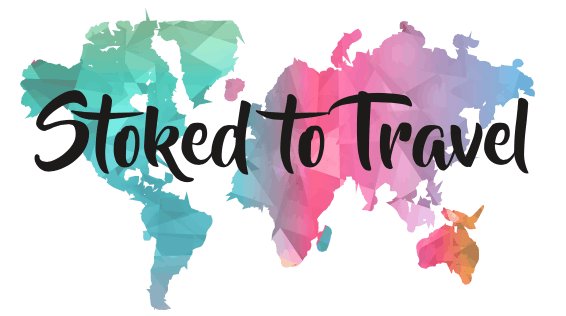
Australia East Coast Road Trip Itinerary: A Complete Guide
Australia’s East Coast is one of the most popular places in the world to travel. It spans the length of Queensland and into New South Wales, and features the larger cities of Cairns and Brisbane. With its world class beaches, ancient rainforests, endless adrenaline activities and charming towns, it’s truly a destination like no other. So the main aim of this guide is to equip you with everything you need to know to plan your own Australia East Coast road trip itinerary.
I’ve done three road trips along Australia’s East Coast (mad, I know!). The first time, I joined an organised tour from Brisbane up to Cairns. It was fast paced and more fun than I could have ever imagined. The second time, I chose to do the journey more slowly in a camper van south from Cairns to Byron Bay. For the third visit, I did an awesome but far shorter one week road trip from Byron Bay to Noosa. So I feel I’ve got really sound experience in devising an East Coast itinerary.
One of the best things about the East Coast of Australia is the sheer variety in things to do. On each East Coast trip, I’ve ended up doing completely different things and each road trip has been equally incredible.
If you’re trying to decide which direction to travel the East Coast, there aren’t really any overarching reasons to go one way and not the other. The biggest factors will be around your plans before and after the East Coast, plus the time you have available. If you are planning to take 6+ weeks, I would suggest perhaps starting in Cairns. Then you could carry on driving south past Brisbane and on towards Sydney and Melbourne.
For the purpose of this blog post, I will share an Australian East Coast road trip itinerary starting in the tropical city of Cairns in the north. From here, the itinerary will weave south past pristine beaches, rugged mountains ranges, waterfalls, tropical rainforest, charming surf towns, some of the world’s best diving spots, as well as the epic K’gari island (also known as Fraser Island).
This guide is aimed at all travellers, with suggestions for both backpackers and those on a slightly bigger budget throughout. It can be used for anyone travelling in Australia as it covers all the best things to do along the East Coast.
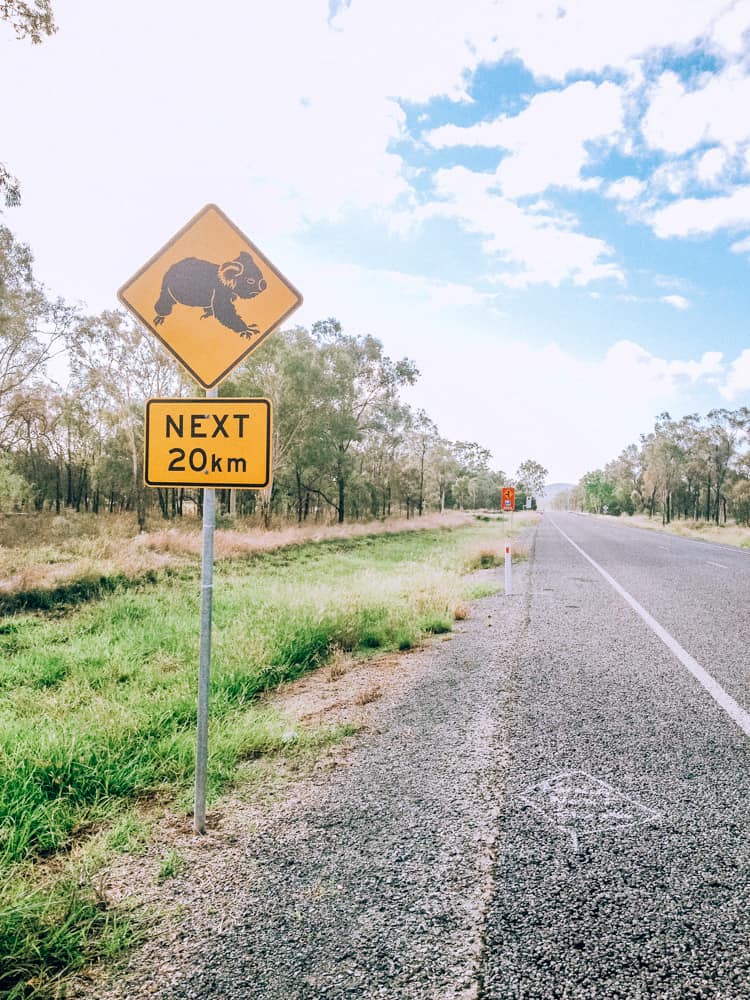
Australia East Coast Road Trip Itinerary: Essential things to know
Wow, so where to start! Some of the most important things to consider for an Australia East Coast road trip itinerary are time of year to visit, vehicle type and budget. So let’s get stuck in!
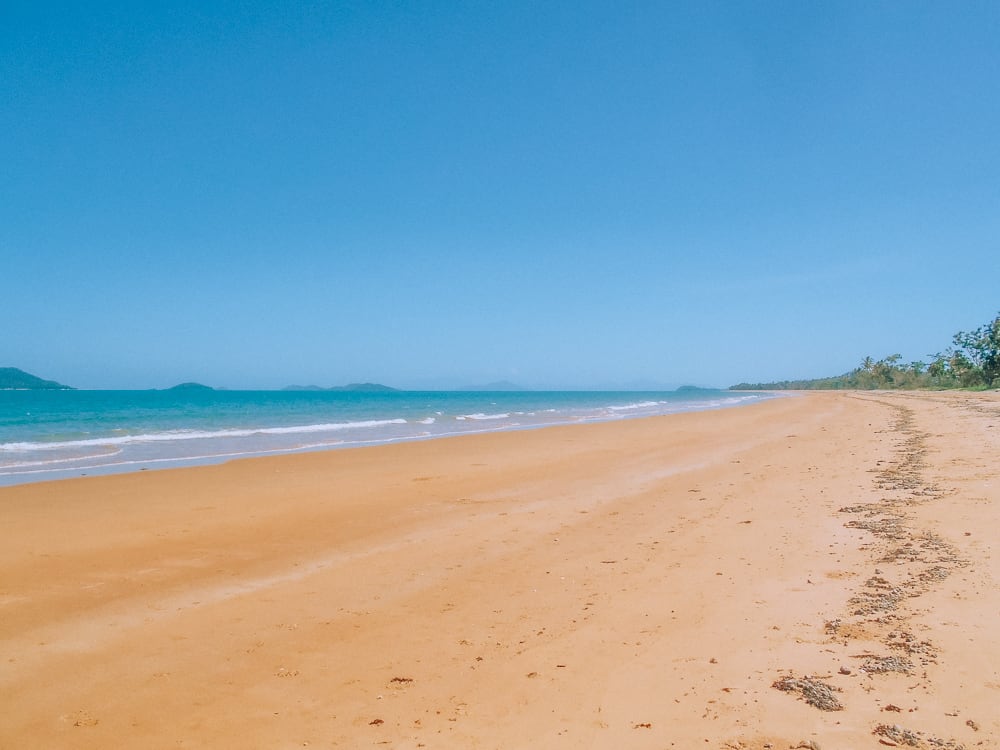
When is the best time to travel the East Coast of Australia?
First things first – when is the best time of year to plan a road trip for Australia’s East Coast?
As you can see below, Australia is a huge country. You can fit about two thirds of Europe into its land mass. And therefore, the weather across the whole of Australia does vary, especially more so in the Australian winter months (May to September). I’ve summarised this below, but do make sure to check out my detailed Australia climate guide too.
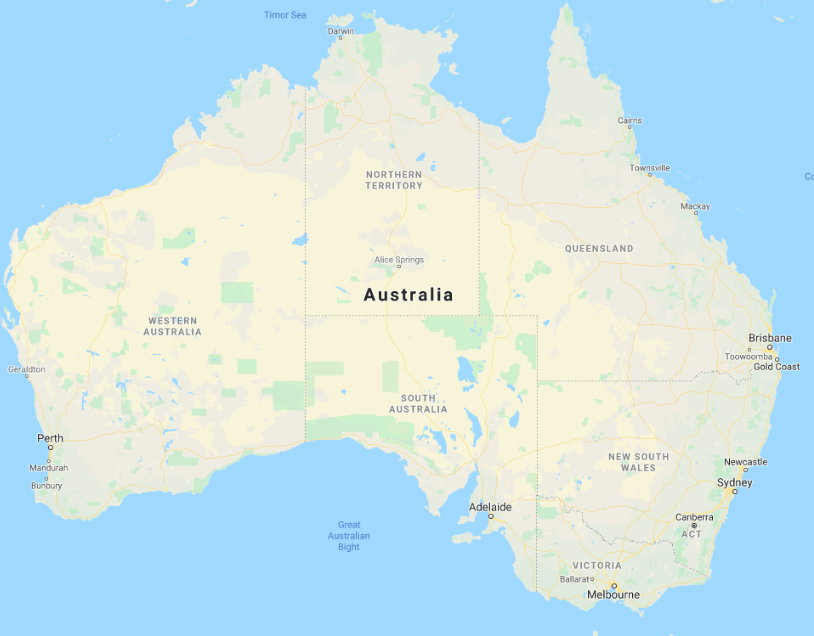
Cairns, in Tropical North Queensland, is the largest northernmost town on the East Coast and has hot weather year-round. However, this is divided into two distinct seasons – wet and dry.
During the Australian winter ( May to September ), Cairns experiences warm, dry weather and low crowds .
During the Australian summer ( November to April ), Cairns is hot and humid, with plenty of rain . This tropical monsoonal starts building up in December and by January, the rains are mostly daily and can be torrential.
Although the days can still be hot and sunny, the tropical rains can make diving conditions more challenging, and visibility worse for seeing underwater life. And as Cairns is popular for diving, it could be a real shame to visit and not be able to enjoy this fully.
Another key factor with Cairns and the surrounding area is stinger season. This refers to the presence of tiny stinging box jellyfish in the water. The sting can be extremely painful, and can be fatal in some cases. If you do visit in the months when this is at its worse (Jan to March), you will have to wear stinger suits in the water.
So, where possible, visiting Cairns in the Australian winter means long, sunny days, with minimal rain and no stingers in the water. As mentioned above, conditions for diving in the Great Barrier Reef are optimal with perfect water temperatures and visibility in excess of 50m. It’s also an excellent time to see the magnificent Daintree Rainforest at its best and full of life. Furthermore, the water levels are ideal so white water rafting is an awesome activity to during this time, but can often be too dangerous during the months from January to March.
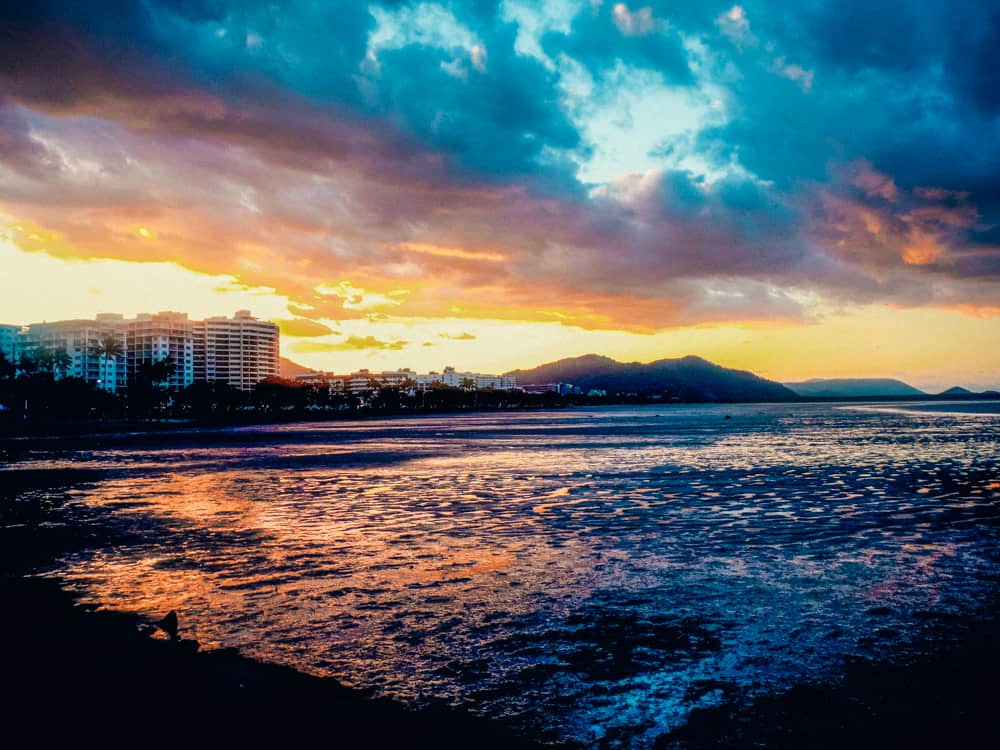
From personal experience, I found the weather in Cairns during August/September to be perfect. We were able to experience every activity and as this is the start of spring, there was plenty of colour and life in the plants and trees. On my second road trip, we were in Cairns in the month of December which was still quite good, although noticeably hotter and humid. It was early December and we experienced no rainfall, but prices for accommodation were higher. I also got stung by a rogue stinger who had made an early arrival into the waters in the Great Barrier Reef. It was very painful for about 30 minutes, and then the sting subsided.
So to summarise, it depends on the activities you plan to do in Cairns as to when is the best time to visit, but generally the months from May to September are best.
Then, at the southern end of Queensland is Brisbane. It receives some of the most enjoyable and reliable weather in Australia throughout the year. It has a warm-temperate climate, meaning there are few days you’d need a jumper.
As with Cairns, the Australian summer from January to March bring the hottest and most humid weather . During this period is the highest chance of heavy rainfall and thunderstorms, although they are mostly in the late afternoon.
The best time to visit Brisbane is April to May and September to November , when temperatures are comfortable and humidity and rainfall are low. However, June through to August is also a great time to go to Brisbane, but the temperatures are slightly cooler.
I found Brisbane in the months of September and December to be really lovely, with long hot, sunny days. However, visiting Brisbane and the surrounding area in February did bring a lot of rain.

So when should I plan my East Coast road trip?
Overall, visiting Queensland, which spans from Tropical North Queensland to just south of Brisbane, is best avoided from January to March in order to have the best experience for most activities. If you’re embarking on a longer Australia trip, then it might be best to spend these months in New South Wales (Sydney and surrounds) and Victoria (for Melbourne and surrounds), as the weather here is at its peak from January to March. The same goes for visiting the Outback, which is generally best visited from April to October/November.
If your Australia trip is focused purely on the East Coast, with the Cairns to Brisbane road trip being the primary focus, then a trip from May to August would be the best time. This also avoids stinger season completely. It would be slightly cooler in Brisbane, but you would still unlikely need a jumper or a jacket.
If you’re on a longer trip in Australia, then as just mentioned, you could spend December – March exploring Victoria and New South Wales, before then heading to the East Coast from April onwards. Alternatively, you could do the Australia East Coast Road Trip Itinerary during August, September and/or October, before heading down to Victoria and New South Wales onwards for the better weather during the Australian summer.
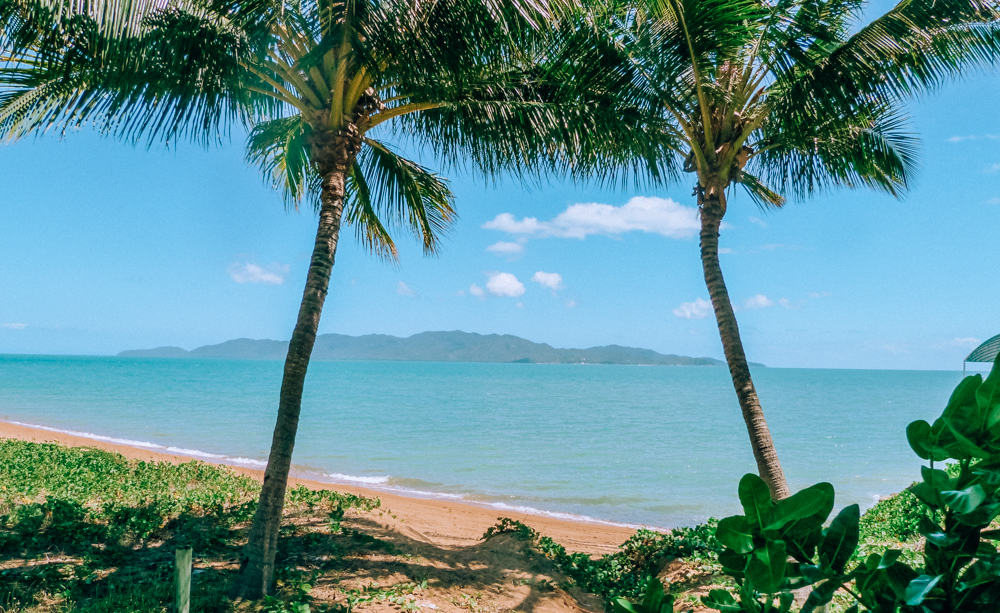
How long does it take to travel East Coast Australia?
If you’re short on time, then it can be done in two weeks. This would cover the highlights. If you can spare longer, perhaps 4-6 weeks you’ll have enough time to see and do just about everything, and have some time to relax!
If you have two months or so, then an awesome adventure would be to drive from Cairns to Melbourne which would easily take in some of the very best parts of Australia. You’d traverse through some seriously different climates and experience both the tiniest beach towns as well as the huge, cosmopolitan cities of Sydney and Melbourne.
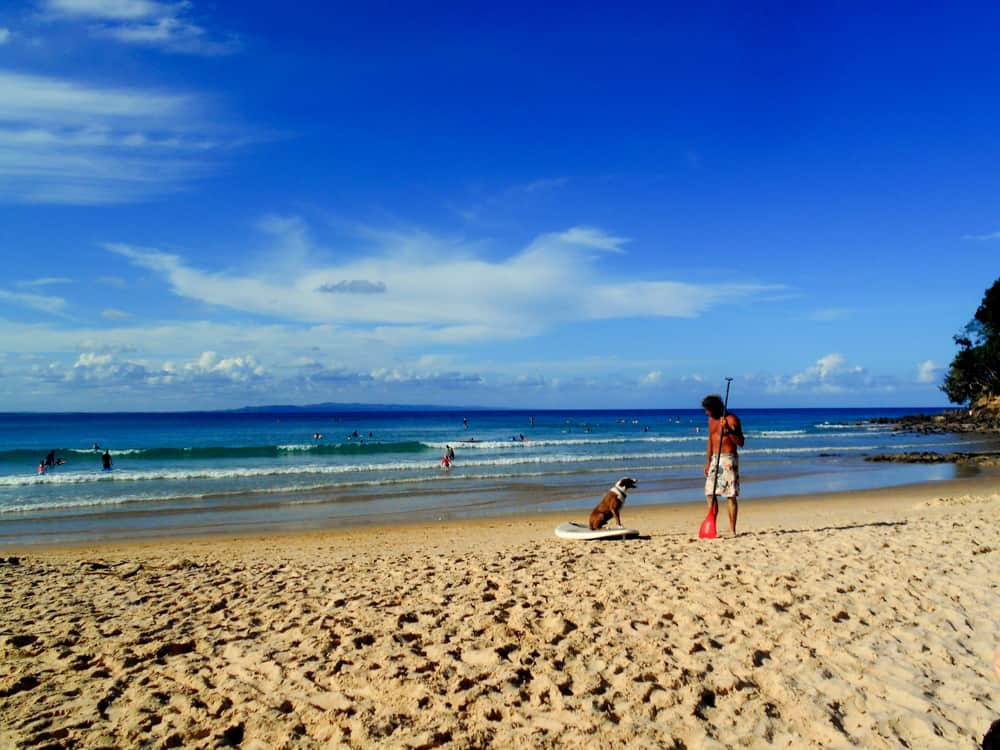
Should I go for a car or a camper van for my East Coast road trip?
Any road trip in Australia is best with a camper van. The freedom is unparalleled and you can truly travel at your own pace.
With a camper van, you can adjust your itinerary more easily and generally, it offers better value as the camper van doubles up as your accommodation each night. However, a camper van isn’t for everyone as space can be challenging.
The main camper van companies in Australia are:
- Spaceships Rentals
- Wicked Campers
Pros and cons of a camper van
- Can save costs on more expensive hotel or lodging accommodation
- It can save money on food costs as you have your own stove/kitchen area in the van which is great for easy breakfasts and some dinners
- Is a good way to split fuel costs between friends if there’s a few of you
- You can easily stay longer somewhere you like if you don’t need to look for accommodation
- There are many free campsites, motorway rest stops or areas to park and sleep overnight (check Wikicamping and the state parks’ app/websites )
- You can sleep and wake up so much closer to nature
- You don’t need to carry suitcases or bags in and out of hotels
- In the busiest months, the cost of a camper van can be steep
- You will spend more on fuel as the vehicle is heavier
- Making the bed each night can get a little tiring and sand from the beaches gets everywhere
- You can’t really keep the air-con on overnight without draining the battery, so it gets hot!
- Also, it’s likely you will lose stuff within the van all the time. There are just way too many cubby holes and spaces for things to fall down
- There may be some days you go without a shower
- Can be moments where it’s difficult to park, especially if you visit cities like Brisbane
- There are many ways to lose money from your deposit with a camper van as there are so many more parts to it to break!
If you really fancy resting your head somewhere a little more comfortable each night, then a car is a great option. You still have a huge amount of freedom, but just slightly less freedom as you do need to find somewhere to sleep each night.
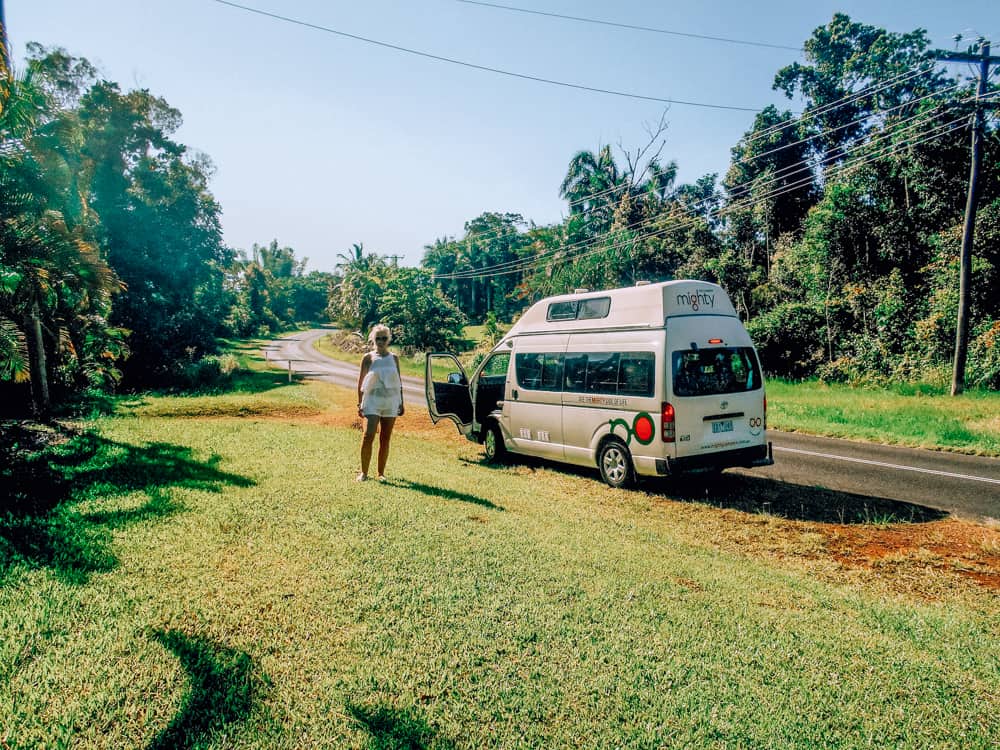
Pros and cons of hiring a car
- Lower initial cost for renting a vehicle
- Also lower petrol costs
- Easier to park in general
- You have a boot to keep your suitcase in, and act as an on-the-go wardrobe space
- Less risk of losing things as the vehicle is way smaller
- No need to go without showers and guaranteed a slightly more comfortable and cooler sleep every night
- May save money if hotels, lodges etc include breakfast in the rate
- Need to find a place to stay each night, which can be expensive and time consuming/stressful in peak season
- In my option, there’s a slight less feel of ‘adventure’ with a normal hire car, as opposed to a camper van

Joining an organised tour or using bus services
I joined an organised tour one year with Topdeck (read all about the trip here ). Generally, I don’t tend to join multi-week tours but it was aimed at students and more than 40 of my friends booked on. So as you can imagine, it was one of the best experiences of my life. I enjoyed some awesome adventures each day, with nearly all meals and activities included, it was excellent value. Except for skydiving, all other activities were already paid for, including bungee jumping, white water rafting and admission to the Australia Zoo.
Organised tours along the East Coast of Australia are very popular, but naturally, they don’t allow for any freedom or adjusting the itinerary at all. However, it can be a great way to meet people and have all logistics taken care of.
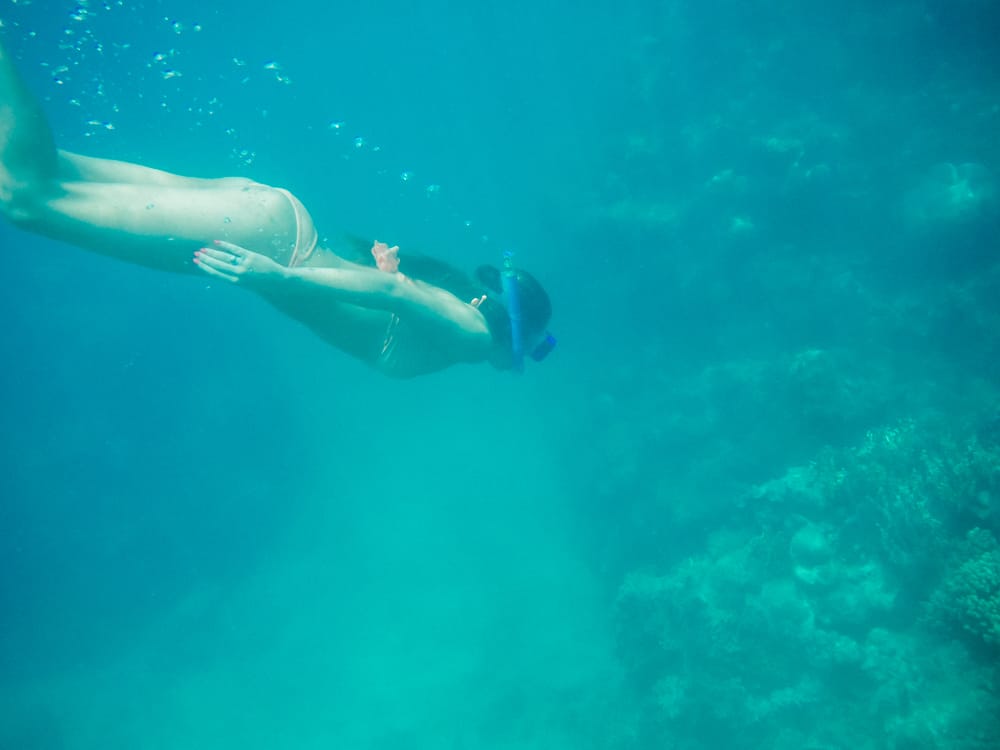
Some great companies include: Contiki , G Adventures , the Oz Experience, Intrepid
Stray also has a great value Cairns to Sydney bus pass, which you can book online here .
Another alternative is to use bus services such as Greyhound or Premier. Both of these companies offer dozens of buses stopping at hundreds of convenient stops across the East Coast every day. Plus, you can book the tickets just the day before and sometimes on the day, which can be really handy. If you don’t fancy driving the East Coast yourself, this is a great way to travel. They also offer hop-on hop-off bus passes which can be great value – for example, Greyhound has a bus pass that covers you for 90 days and starts at around $349.
Greyhound offers the slightly more expensive bus tickets of the two, but the buses are comfortable and offer on board Wi-Fi.
Finally, I wouldn’t recommend planning to do this trip by hitchhiking. It’s not as common as movies might suggest!
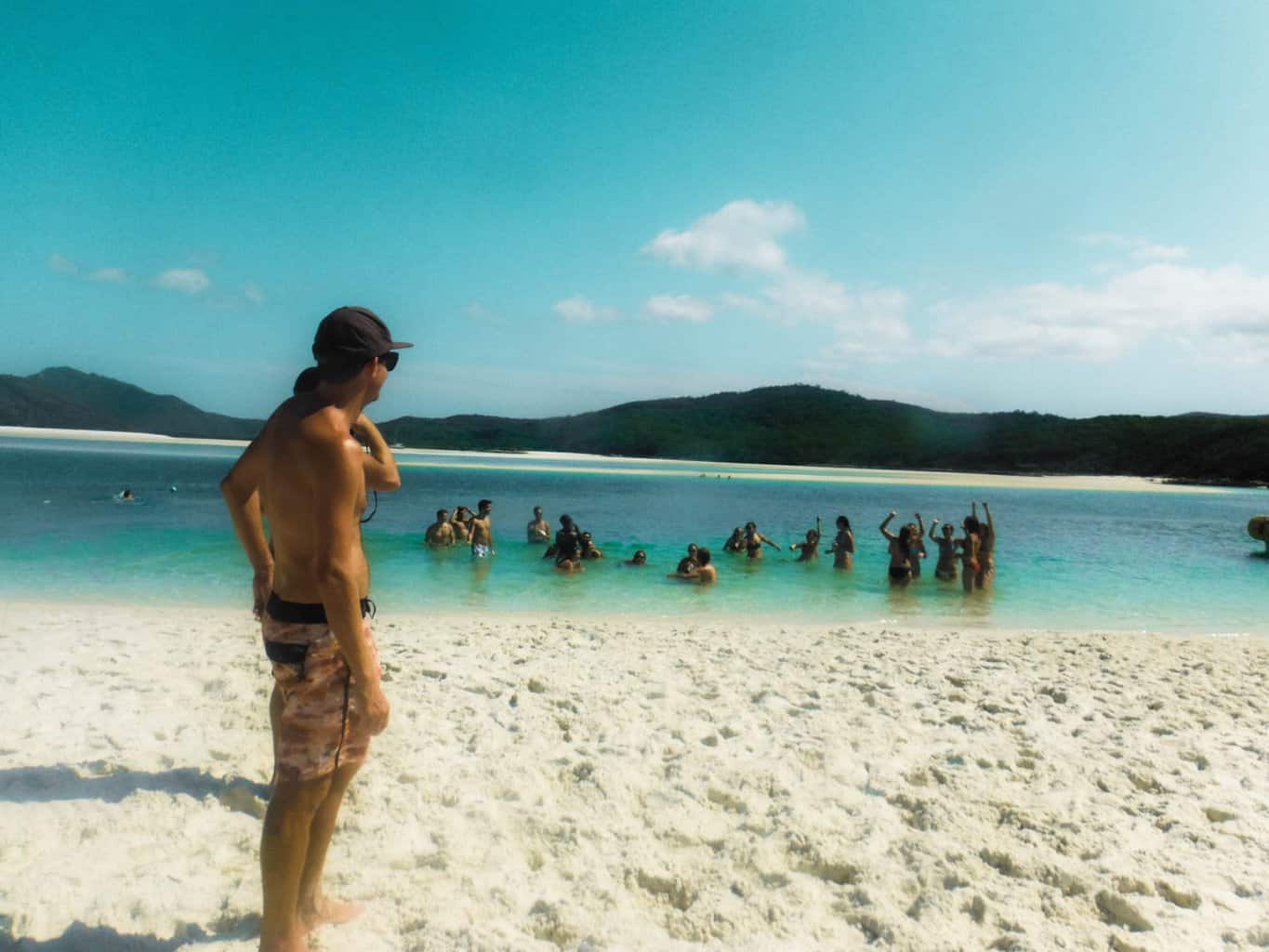
Eating on the East Coast
Three meals a day, plus snacks and coffees/drinks can add up quickly when travelling in Australia.
Fortunately, BBQ-ing in Australia is every bit as popular as you might imagine. There are gas BBQs all over Australia in parks, by beaches, in national parks and next to boardwalks. They are free to use and really easy to operate, most having utensils to use too. There’s always plenty of table space nearby and it’s one of the most easy ways to assimilate into Australian life, as these are equally popular with locals and tourists.
Supermarkets are really geared up to this, and their meat section sells all kinds of meats in different marinades, making it really easy. Furthermore, they always have a delicatessen section with choose-your-own salad bowls and side dishes. It couldn’t be more simple to pull together an amazing BBQ spread in Australia.
The big supermarket chains are Woolworths and Coles, which have the most competitive pricing and a huge range. In some smaller locations, you might find an IGA or a SPAR which can be a tad more expensive.
When you don’t feel like cooking or don’t have the chance to do a food shop, there are popular fast food chains such as Hungry Jacks and Pie Face, or smoothie chains like Boost. I personally prefer to sample the local food in cafes in town, or a family-owned fish and chip shop instead. There are also plenty of pubs in Australia, which are pretty cheap but the quality can be a bit iffy (like Wetherspoons in the UK).
A popular place for a pub-like meal on a Sunday is the local Surf Life Saving Club, and you’ll see these dotted all along the coastline – particularly in the Gold Coast. Mostly aimed at local members, they nearly all welcome in tourists (with sign-in at the door). It’s a very Australian experience if you like beer, local live musicians and ridiculously big portions of chips, nachos and battered fish!
Then of course there are excellent restaurants all across the East Coast.
Deciding where to stay on the East Coast – hotels, lodges, hostels or camping
Even if you do the road trip along the East Coast in a camper van, there will be some nights where you’ll need to opt for a campsite for its shower facilities.
And there are hundreds of campsites along the East Coast. Some are your traditional pitch and stay camping grounds, and some are huge, expansive holiday resorts. Whilst these are typically aimed at domestic travellers, everyone is welcome and you may be blown away by the facilities.
The best resources for campsites on the East Coast of Australia are:
- Pitchup (can book directly on this site too)
- Tourism Australia
- Camping in Queensland
- Camping in NSW
The East Coast is also home to hundreds and hundreds of hostels. There are also some hostel chains in Australia, and nearly always one where you’re travelling. The two biggest chains are Nomads and Base. Staying in one of these means a fairly reliable and comfortable experience. The dorms are clean and secure, and the social areas are often amazing. Staying in hostels add to a quintessential Australia experience. I’ve had some brilliant stays and met some awesome people.
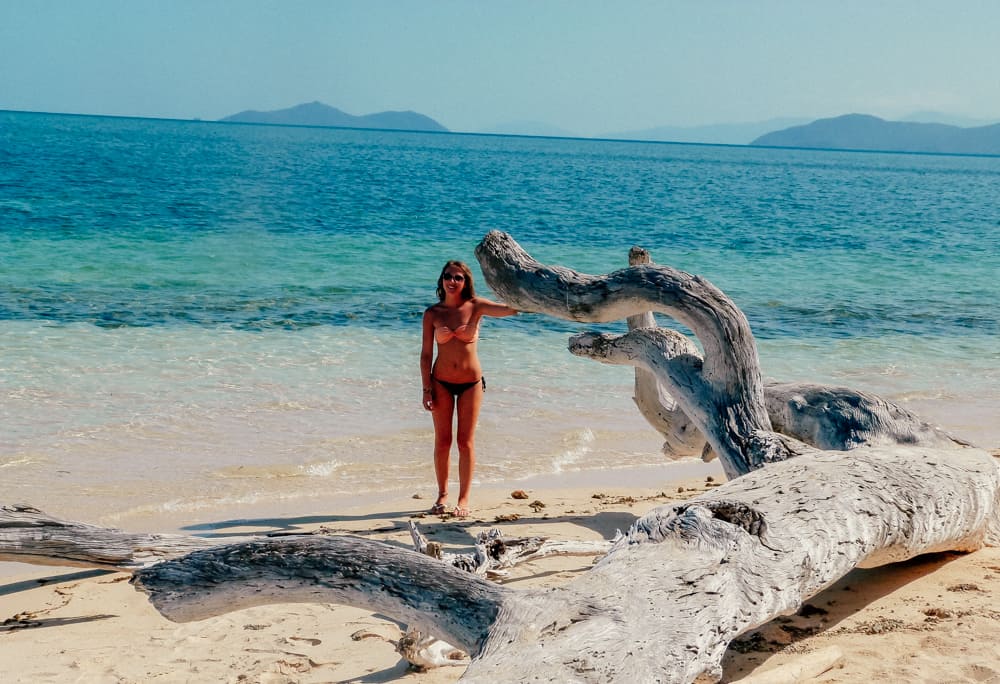
However, I prefer now to travel and stay in hotels where possible. On my most recent visit to Australia, we had a hire car and spent our nights in various Airbnbs and hotels along the East Coast. We stayed in some amazing Airbnbs, including a treehouse in the Gold Coast and a Balinese style villa in Noosa.
However, throughout this itinerary I will suggest a couple of options for each destination that cover campsites, hostels and hotels. I’ve managed to stay in all three types nearly everywhere along the East Coast now, so I’ve got some good experience!
Money and Budget
The currency in Australia is the dollar (AUD). Generally across Australia card payments are widely accepted, and contactless is very popular as the limit is $200.
For slightly more remote locations or for any really small villages you visit, I would recommend keeping cash on hand.
In terms of budgeting, prices are approximately the below:
Accommodation:
- Camping site (tent) – $10-20 per night
- Camper van spot at campsite – $20 – $50 per night, depending on size and facilities of the campground/holiday resort
- Double room in a value hotel or holiday resort: $100-140
- Double room in a 4 or 5 star hotel: $200 – $300 depending on time of year you visit
Food (based on two people):
- On-the-go coffees: $9
- Fast food or take away meal: approx $20
- Local cafe or pub meal: $60
- 3 Course meal in a good restaurant: $140-200
In terms of alcohol, it’s not sold at supermarkets but instead at bottle shops such as Dan Murphy’s. Prices are a little more than in the UK and the US, but they do sell boxed wine, affectionally called ‘goon’ in Australia. Boxed wine doesn’t taste the best BUT it’s cheap and lasts longer than a bottle!
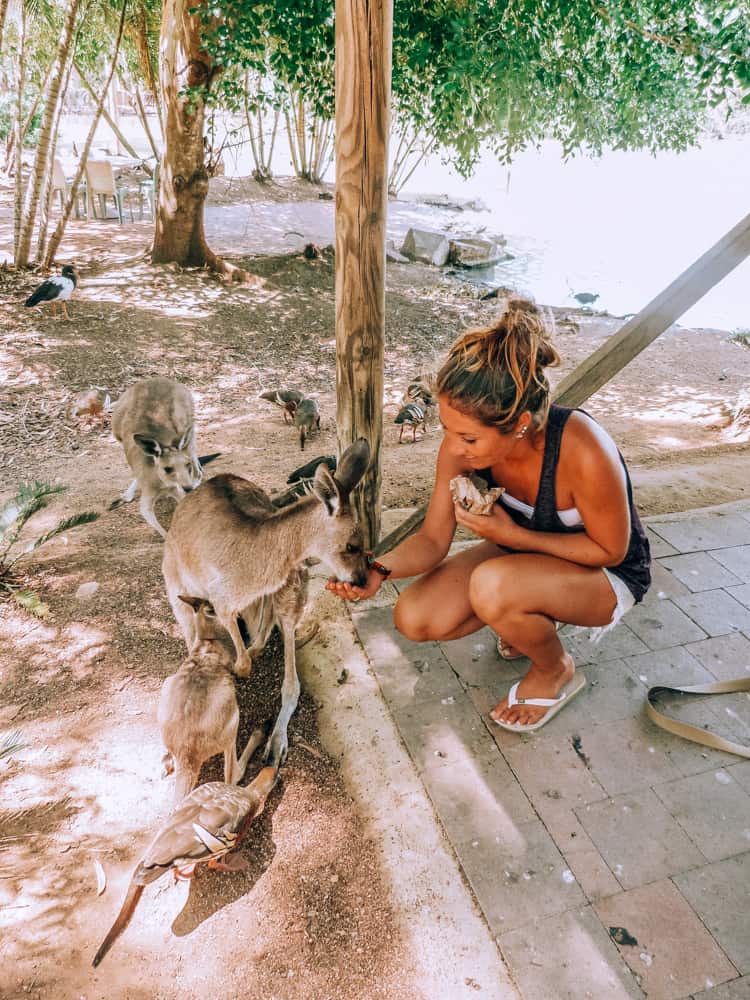
Excursions and activities are likely to be your greatest expenditure. There are so many bucket list activities on the East Coast of Australia vthat I highly recommend putting budget aside so you can make the most of these. As an indication, here are the approximate prices of several activities:
- Animal sanctuary entrance fee: approx $40 per adult
- 15,000 ft sky dive in Cairns: $359 per person (not including video or photos)
- Entry to Daintree National Park and canopy walk: $35 per adult
As an approximate guide, the AUD to GBP conversion is roughly half. So animal sanctuary entrance is around £20 ($40).
The AUD to USD conversion is about 1.5, so animal sanctuary entrance is around USD $25 (AUD $40).
Finally, fuel in Australia is similar in price to the UK, but more expensive than the USA. Fuel for the whole route could cost around AUD$600-800, or more depending on detours you might take.
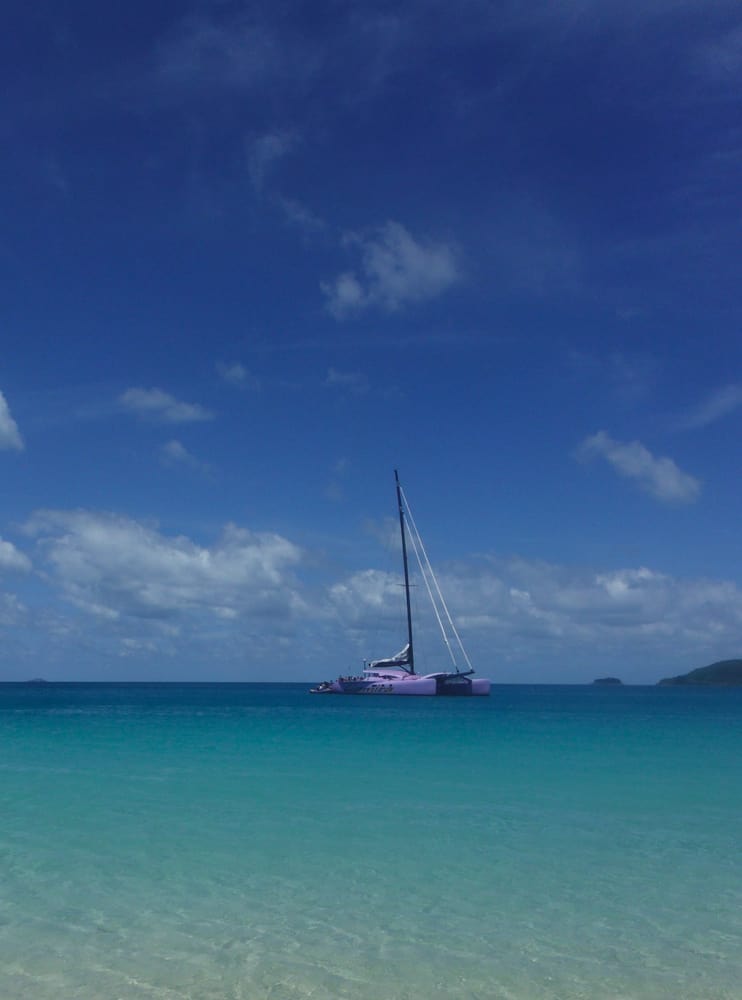
Deciding where to go on your Australia East Coast Road Trip Itinerary
So you’ve decided when to embark on your epic road trip, and you’ve got your vehicles or bus pass sorted. Now the fun part – deciding where to go!
If you can’t already tell, I love the East Coast of Australia. It has everything AND warm weather year round.
As mentioned above, I have driven the route in both directions but my favourite was probably the Cairns to Brisbane drive. This would also be considered the most iconic road trip for the East Coast of Australia too. It spans world class beaches, dozens of stunning national parks as well as incredible Great Barrier Reef and the twinkly Whitsunday Islands.
So for the purpose of this blog post, we’ll be starting in Cairns but this itinerary can be modified in any way, and of course started in Sydney, Byron Bay or Brisbane. I also list the minimum to maximum number of days needed in each place to help you plan and decide where to visit.
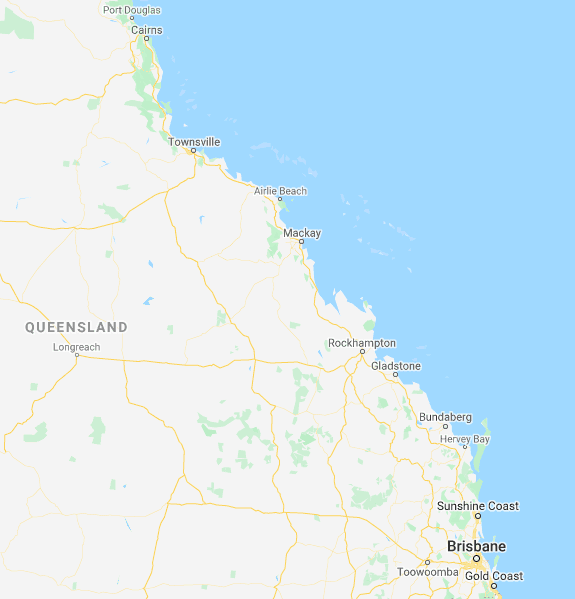
The most important thing to remember is that Australia is BIG . The Cairns to Brisbane road trip spans 1,682km (or 1,045 miles), and that’s taking the most direct route without any detours. It’s around 19 hours of driving if you were to go straight through. There are also some seriously long stretches of driving without any major towns or stops too.
One thing you must remember is to fill your car or van with fuel whenever you can. Never leave a town with less than a full tank – I speak from experience!
So without further ado, let’s jump in with our first stop, Cairns!
Suggested time for Cairns: 3-5 days
This tropical city is one of my favourite places in Australia. Although the town is somewhat unassuming, the adventures to be had in and around Cairns are epic!
The relaxed tropical lifestyle in Cairns will ease you in to an Australia road trip, but could also make a relaxing end point too to your road trip.
Cairns could easily be one of the places where you choose to spend longer, but only if your budget allows. There are countless awesome sights to see and places to visit in Cairns , but the tours can add up and makes Cairns quite an expensive stop. That being said, one of the best things to do in Cairns is free – and that’s spending the day at the incredible Esplanade Lagoon in the heart of town.
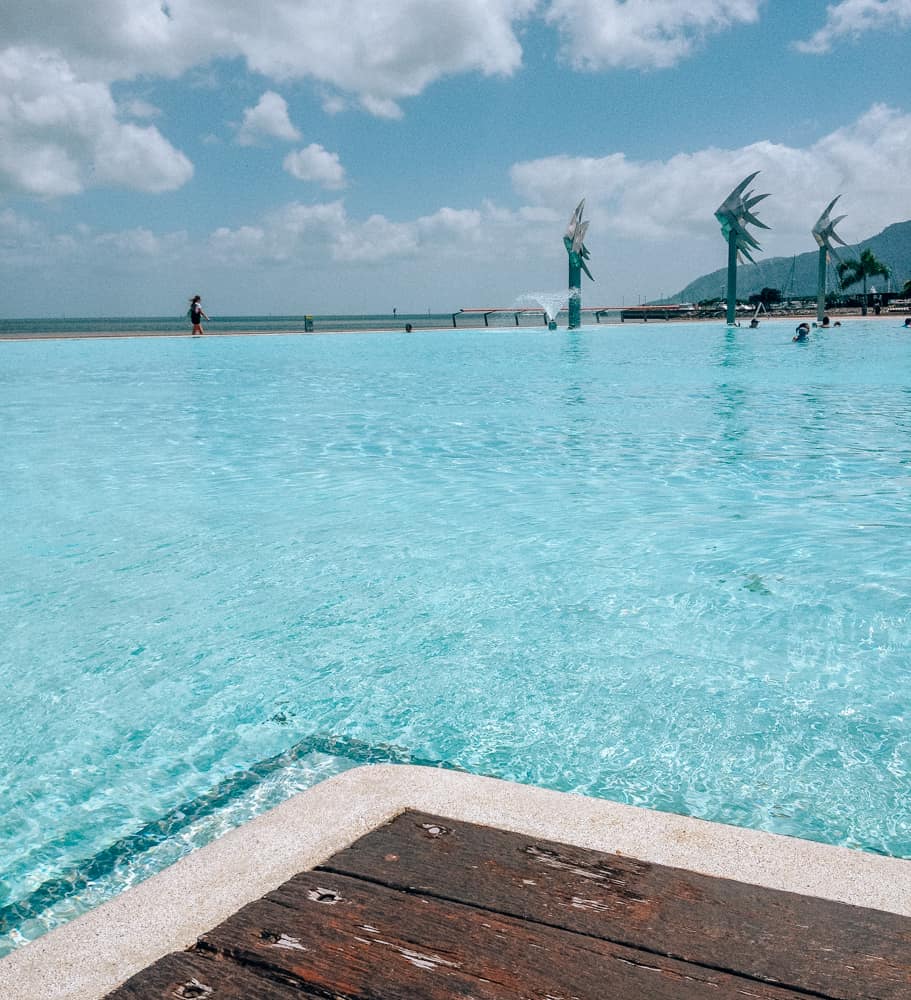
Best things to do and see in Cairns
Free or low cost:
- Cool off and relax in the magnificent Cairns Lagoon
- Take a road trip to the Daintree Rainforest at Cape Tribulation via Port Douglas
- Spend the day in the Behana Canyon, a swimming hole surrounded by dense rainforest. Why not join this tour .
- Eat and drink your way around some of the beautiful waterside restaurant and bars
- Visit the Tjapukai Aboriginal Cultural Centre
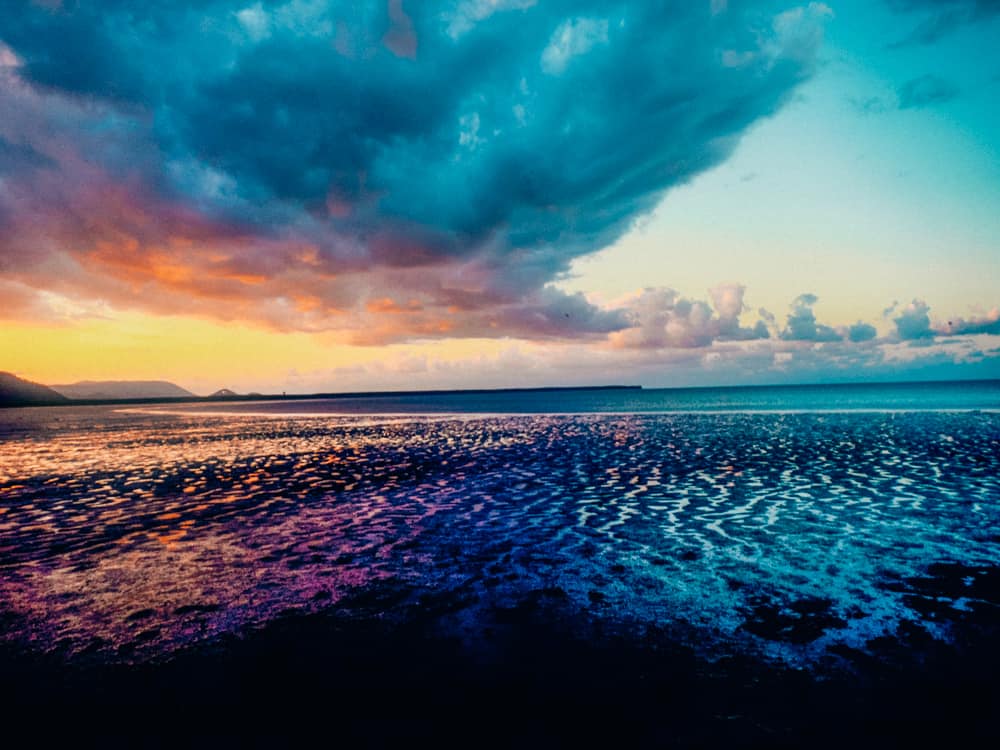
More expensive but bucket list activities:
- Join a boat trip to the incredible Great Barrier Reef where you can snorkel or learn to dive
- Take a boat out to the stunning Fitzroy Island
- Brave the ultimate leap of faith at the AJ Hackett bungee jump centre
- Go ATV riding in the rainforest
- Take the train to spend the day at the Kuranda Rainforest Skyway , an awesome journey across the rainforest finishing at the epic Mossman Falls
- Enjoy a hop on hop off beer and drinks tour of Cairns
- Join a tour of the Atherton Tablelands , and visit beautiful waterfalls and scenic lakes (including the famous Milla Milla Falls)
- Enjoy a foodie tour and wine tasting in the Atherton Tablelands
- Visit the Daintree Rainforest and enjoy Cape Tribulation .
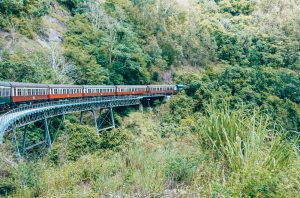
Blow-the-budget fun:
- Book a super special day on the Sunlover Reef pontoon , where you enjoy all the activities at this mini village floating on the Great Barrier Reef
- Organise a helicopter ride over the Great Barrier Reef, a true once in a lifetime experience, or even a scenic flight !
- Enjoy an epic skydive over Cairns and the Great Barrier Reef
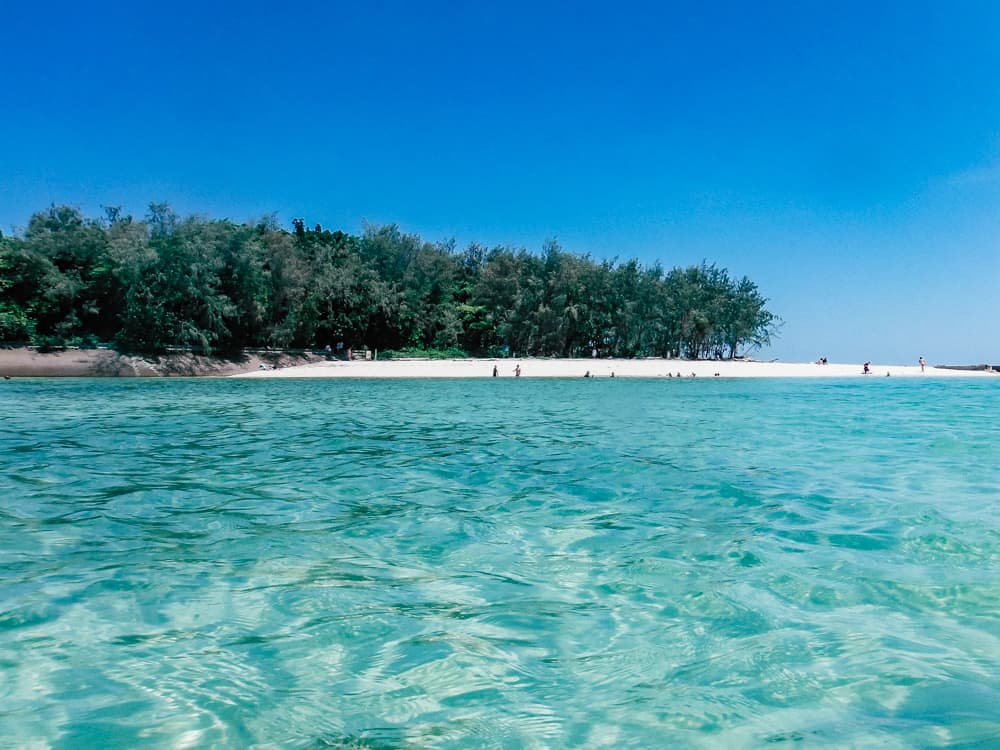
Where to stay in Cairns
In Cairns, there are no free camping options in the city centre, but there are some paid campsites on the edge of town. Make sure to check this guide on camping near Cairns .
And here are my best picks for accommodation in Cairns:
Best luxury stay: Shangri-La at The Marina (£90pn) or the Pullman Reef Casino (from £97pn)
Great value mid-range stay: Pacific Hotel Cairns (from £63pn)
Best hostel: Gilligans Backpacker Resort (dorm from £17pn, private room from £70) has some of the best facilities I have experienced anywhere. It’s a lively party place but does also offer great value if you book out a 4 or 6 bed dorm for your group.
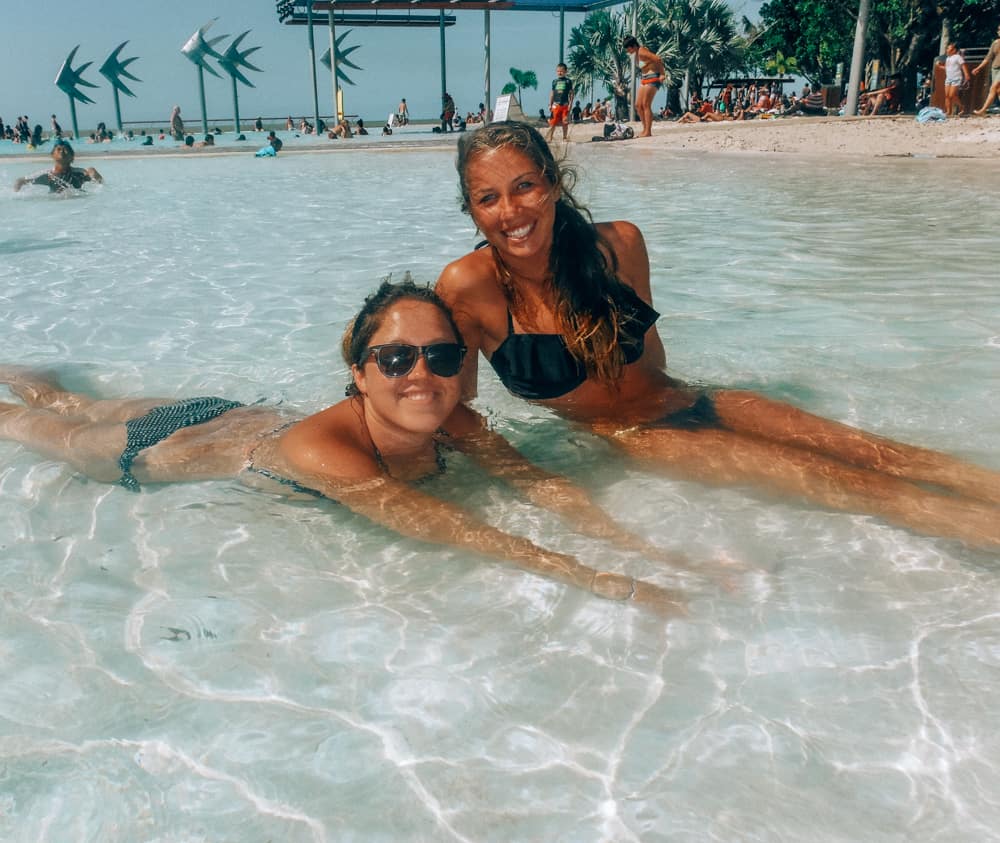
Cape Tribulation, Port Douglas and the Daintree Rainforest
- Suggested time for the Daintree Rainforest: 1-2 days
- Driving distance from Cairns to Port Douglas: 68km (1hour) along the Captain Cook Highway
- Driving distance from Port Douglas to Cape Tribulation: 75km (1h30)
This beautiful corner of Australia is home to the Daintree Rainforest, which is the world’s oldest! It is also unique as it the only place in the world where two UNESCO World Heritage-listed sites meet – the Daintree Rainforest and the Great Barrier Reef.
Cape Tribulation however is considered one of the most dangerous beaches in the world. This is due to the huge population of crocodiles that reside here, as well as the often-fatal stings from Box Jellyfish in the water.
Whilst driving to Cape Tribulation can easily be done as a full day trip , it’s well worth an overnight stay if you have the time. I would perhaps recommend opting for a small hire car for the day, instead of taking a camper van however. The roads can be narrow and difficult to drive, especially as you get deeper into the rainforest. Note that driving further north from Cape Tribulation towards Cooktown and the Cape York Village requires a 4WD and some previous experience essential as the tracks here are very challenging.
Port Douglas on route is also a beautiful upscale resort town which is definitely worth a stop for a few hours. The beach is beautiful and over four miles long, and its main street is packed with quirky shops and independent cafes and restaurants. If you visit on a Sunday, make sure to check out the beachside markets too.
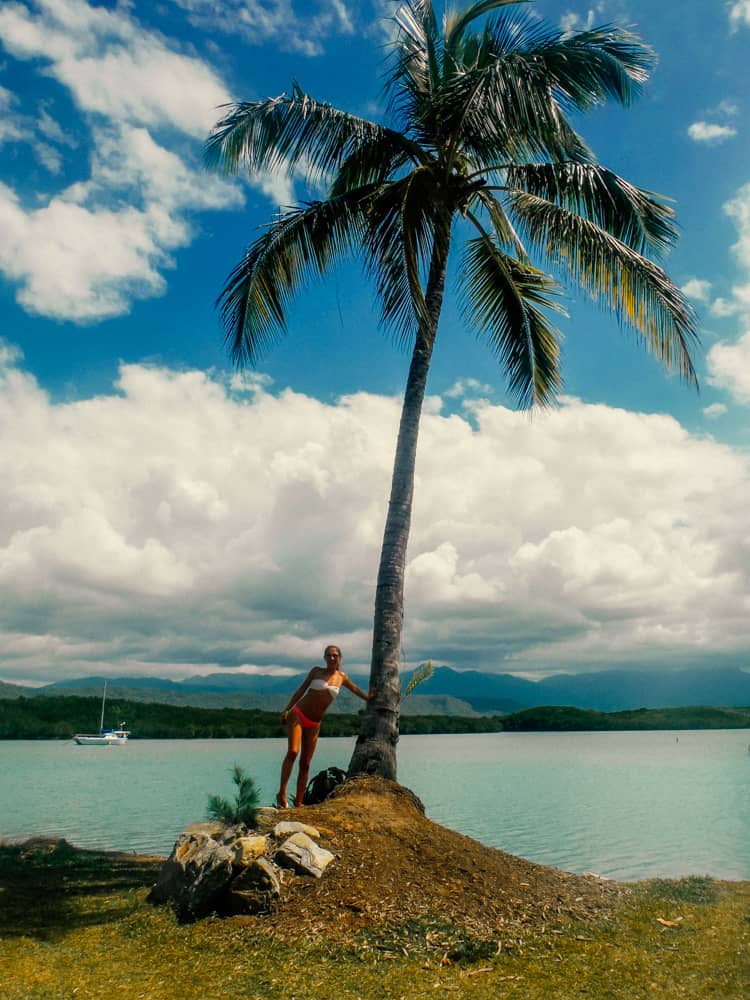
In terms of activities in the Daintree forest, there are plenty:
- Soar above the rainforest on a zipline adventure
- Explore the rainforest from the elevated walkways
- Take on some of the best hikes, including the Mount Sorrow hike
- Spot crocodiles on a river cruise on the Daintree River
- River drift snorkelling near Port Douglas
- Explore the deserted and untouched beaches, and see where the rainforest meets the reef
- Visit the Daintree tea plantation
- Swim in the Mossman Gorge
The Cairns to Port Douglas drive is spectacular, with the road weaving between the rainforest and the azure ocean. The views are stunning. From Port Douglas to Cape Tribulation, the road is often surrounded by the dense, lush rainforest and you have to take a small ferry to cross the Daintree River. I’ve written a complete itinerary guide to driving from Cairns to Cape Tribulation, so make sure to check this out.
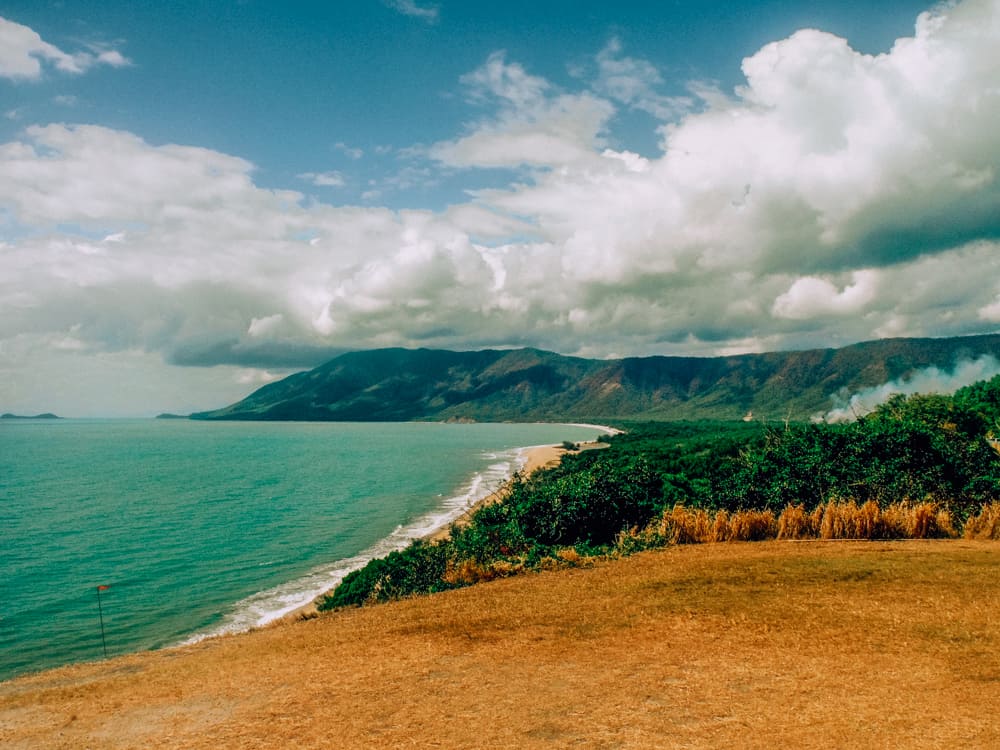
In terms of places to stay in Port Douglas or Cape Tribulation, there are some wonderful eco-stays including:
- Niramaya Villas & Spa (around £450pn)
- Noah Creek Eco Huts (around £157pn)
- Thala Beach Nature Resort (around £220pn)
In Port Douglas, there is also the beautiful Sheraton Grand Mirage Resort (from £129 pn) too or the stunning Shantara Resort (from £229 pn).
Alternatively, you can of course join a day trip, such as this one which is a full day exploring the Daintree rainforest, the Mossman Falls and Cape Tribulation . Or this day trip, which includes a stop at Port Douglas and Wildlife Habitat .
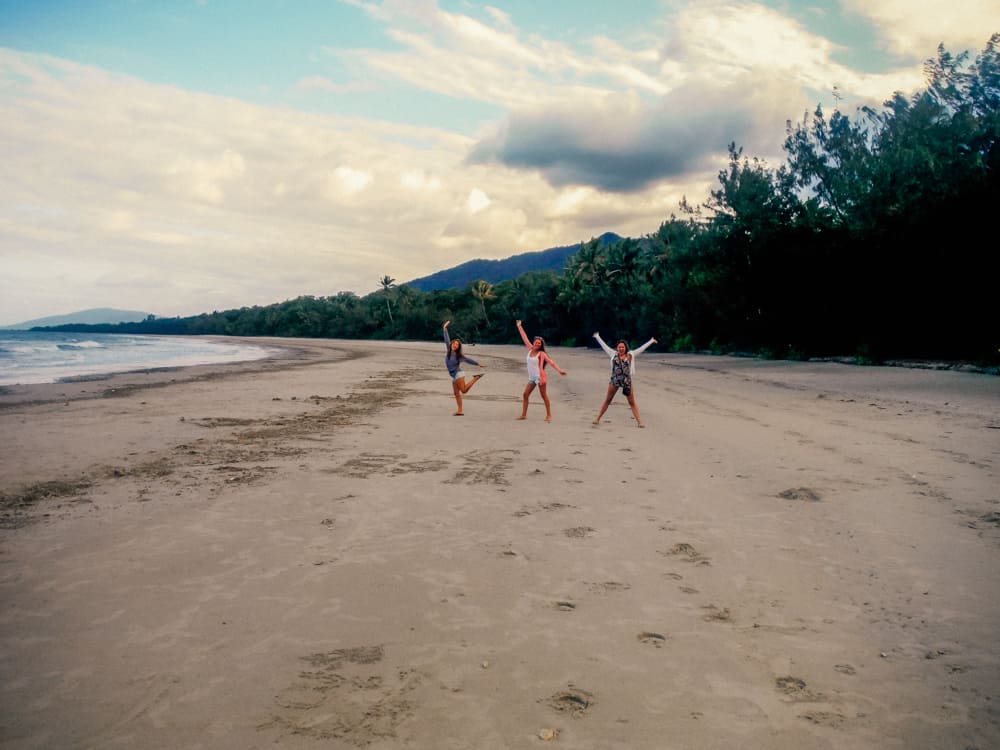
Mission Beach
- Suggested time for Mission Beach: 1-2 days
- Driving distance from Cairns to Mission Beach: 139km (1h50)
Next stop, Mission Beach. In my opinion, the drive from Cairns south is stunning with the Bruce Highway bordered on both sides by sugar cane plantations, followed by banana trees. The first moderate sized town is Innisfail, which I personally don’t think is worth a stop. So I recommend heading straight to Mission Beach. Make sure to look out for cassowaries at the side of the road!
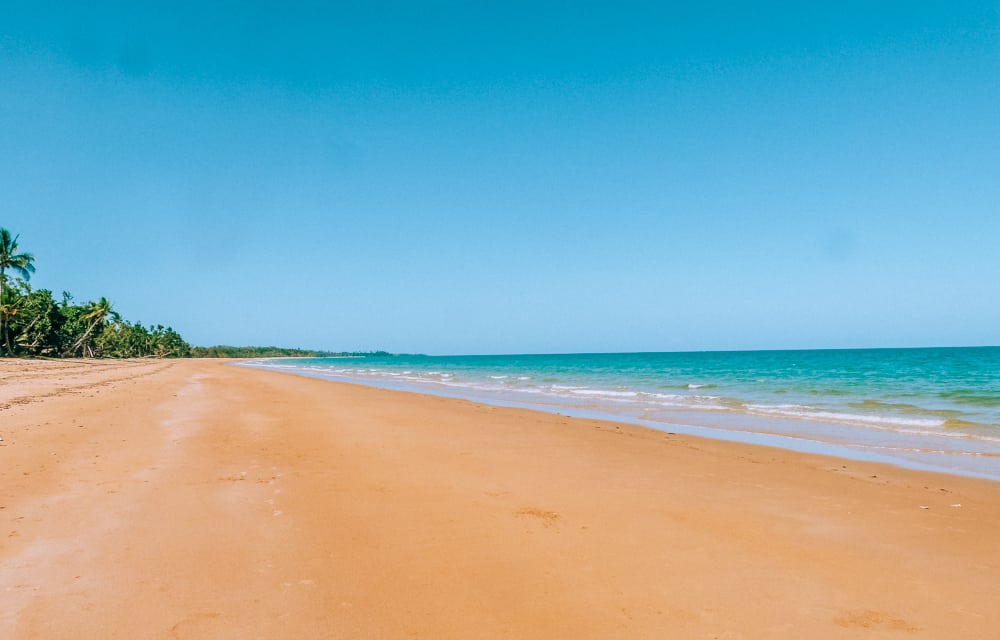
Mission Beach is popular with backpackers for its laidback vibes and excellent beaches. What it lacks in obvious activities and sightseeing opportunities, it makes up for in huge stretches of glorious sandy beaches and walking tracks in the rainforest. I’ve only ever stopped at Mission Beach in October and December which is stinger season, so we could not enter the water.
I would recommend a night in Mission Beach, especially as it provides a decent break in the long drive between Cairns and Townsville, which is the next large town (347km, 4hrs). Mission Beach is also right next to Tully’s River, which is home to some of the best white water rafting in Australia.
Book your white water rafting trip to Tully’s River here!
Where to stay in Mission Beach
- Best luxury stay: Castaways Resort & Spa Mission Beach (from £100pn)
- Good value mid-range stay: Mission Reef Resort (from £54 pn)
- Best hostel: Jackaroo Treehouse (from £30pn)
Townsville & Magnetic Island
- Suggested time for Townsville: half day (but longer if visiting Magnetic Island)
- Driving distance from Mission Beach to Townsville: 235km (2h40)
This large town is largely residential and also home to a big Australian military and naval base. I personally don’t think there’s a huge amount to see in Townsville but it is home to my absolute favourite wildlife sanctuary in Australia, which is the Billabong Sanctuary .
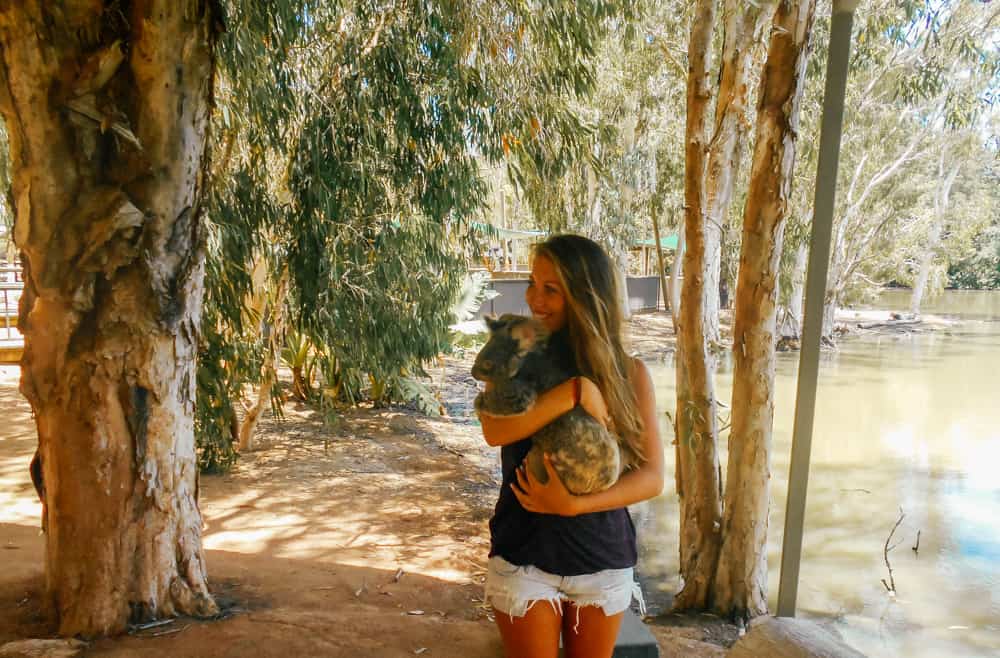
I cannot recommend stopping at this amazing wildlife sanctuary more! It’s the perfect place to meet a whole host of the most iconic Australian animals, such as the echidna, wombat, koala and kangaroo. Billabong Sanctuary is a really well-run wildlife centre, with lots of opportunities for animal interaction, plus the location itself is beautiful. It’s located 17km south of Townsville, so you could spend the afternoon there as you continue on your road trip south.
Townsville is the starting point for the ferry to Magnetic Island. This slice of paradise is popular with backpackers but a little less frequented by other types of tourists. I haven’t been to Magnetic Island, so I cannot comment from personal experience but I understand it’s super-laidback and full of beautiful, scenic spots. Make sure to book your ferry tickets from Townsville to Magnetic Island in advance here.
If you do choose to spend a night in Townsville, the Oaks Gateway Suites offer great rooms at a good price (£67 pn). Alternatively, there is a BIG4 Holiday Park at Rowes Bay with beachside cabins from £50.
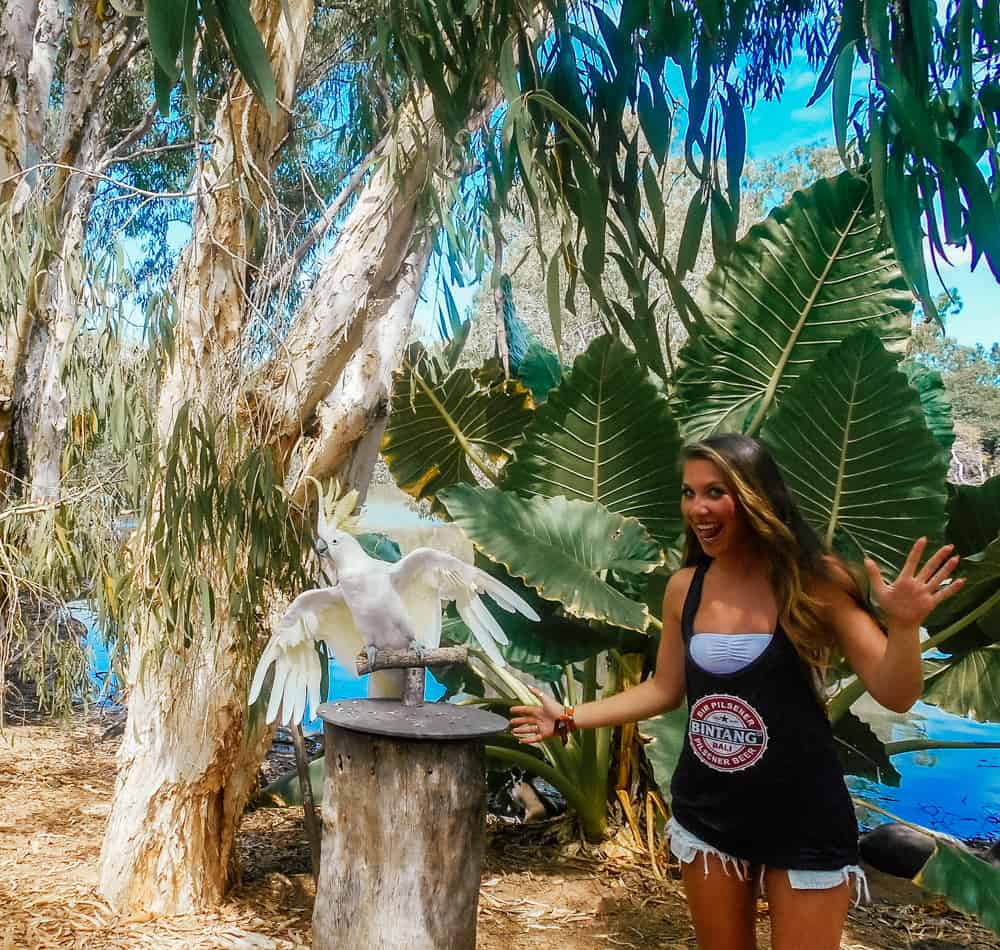
Airlie Beach & The Whitsundays
- Suggested time for Airlie Beach & The Whitsundays: 2-5 days
- Driving distance from Townsville to Airlie Beach: 273km (3h10)
Airlie Beach is the gateway to The Whitsundays, and this stop is a must-do on any East Coast road trip itinerary. Make sure to read my detailed guide to visiting the Whitsunday Islands here .
The town itself is popular with backpackers, although there are few luxury hotels. Those on a slightly smaller budget or tighter time frame can visit The Whitsundays on a full day boat trip.

But if you have time, then I highly recommend splurging on a sailing trip around the Whitsundays. You can spend around 2-3 days on living onboard a sailing boat, where you can snorkel in the Great Barrier Reef and visit Whitehaven, one of the most beautiful beaches in the world.
Alternatively, you could stay on one of the Whitsunday Islands for a couple of nights, for the ultimate barefoot paradise experience.
There are some amazing resort hotels in The Whitsunday Islands, with the InterContinental Hayman Island being one of the very best stays.
I’ve done both a sailing trip and a 3 night stay on the islands, and I honestly couldn’t say which I preferred. Both were incredible.
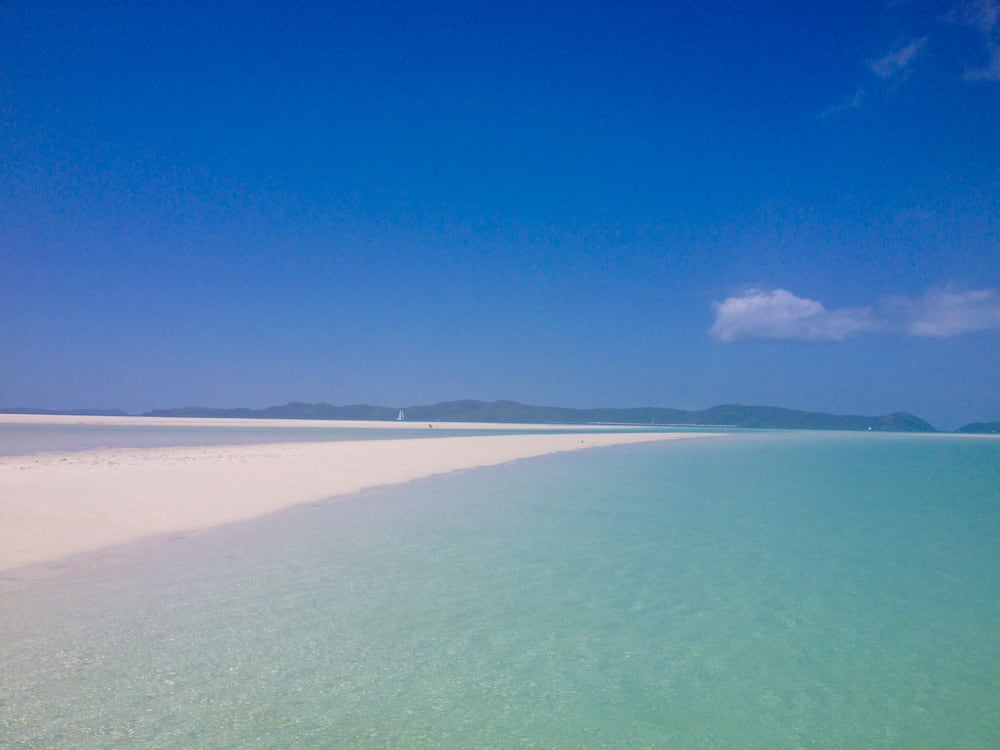
For day sailing trips, you could wait to book this in Airlie Beach, but you risk the boats being full, so I recommend booking a tour in advance. Here are a few excellent suggestions:
- Whitsundays Full-Day Catamaran Sailing Adventure from Airlie (£108pp)
- Half Day Whitsunday & Whitehaven 6-Hour Cruise £63pp)
- Whitsundays Ocean Rafting Tour: Snorkel, Walk & Whitehaven (£85pp)
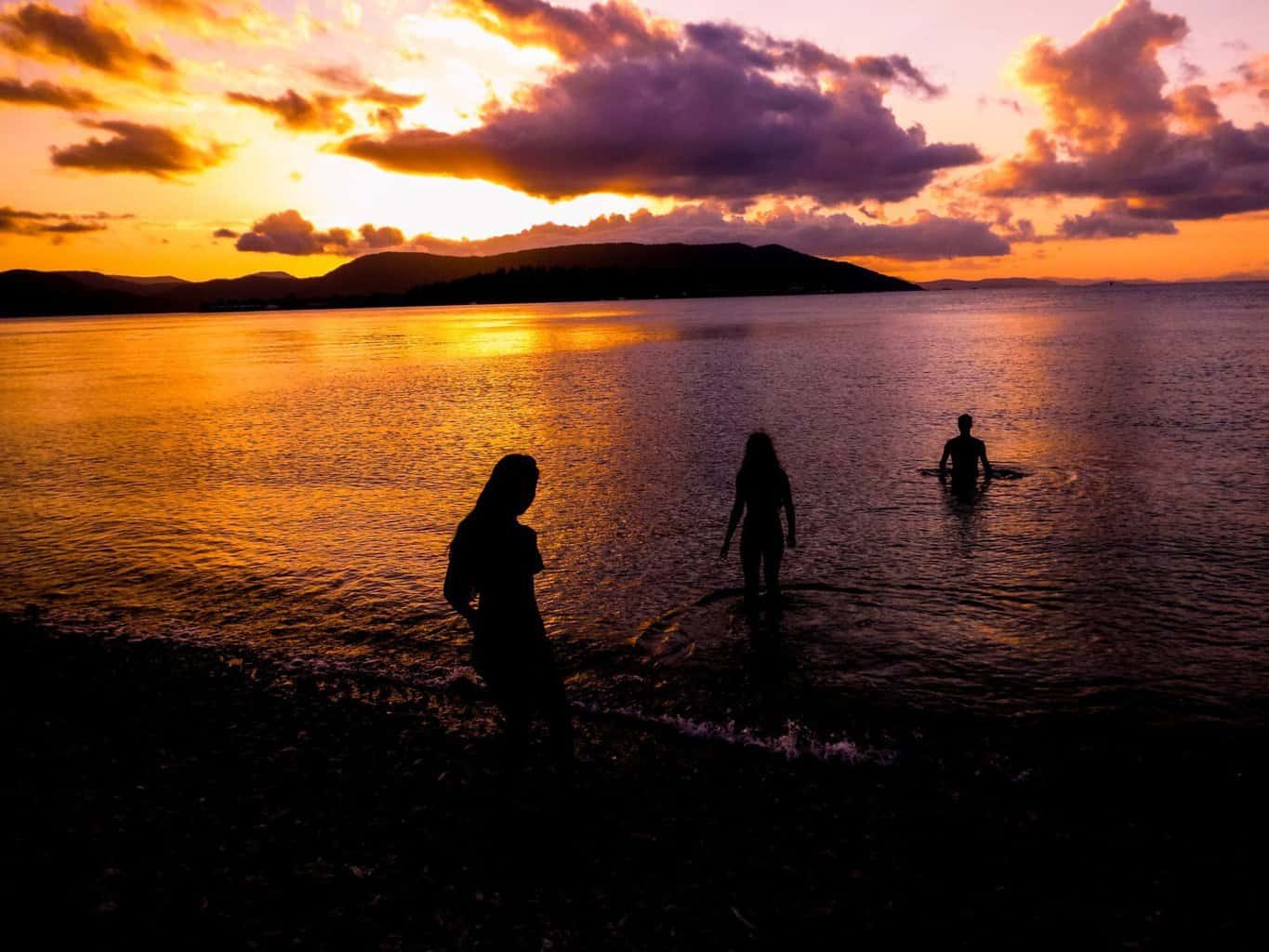
For 1 or 2 night sailing trips, you could check the below companies:
- OzSailWhitsunday s (2 day, 2 night trips) – starts at £208pp
- Whitsundays Sailing Adventures (offer a 1 night sailing trip) – starts at £216pp
- The same company also offers an awesome 3-day, 2-night sailing and diving trip – starts at £390pp
- Red Cat Adventures (2 nights) – starts at £260pp
- Wings Whitsundays Adventure (2 nights) – starts at £260pp
- ProSail offer 2 or 3 night sailing adventures – starting at £398pp
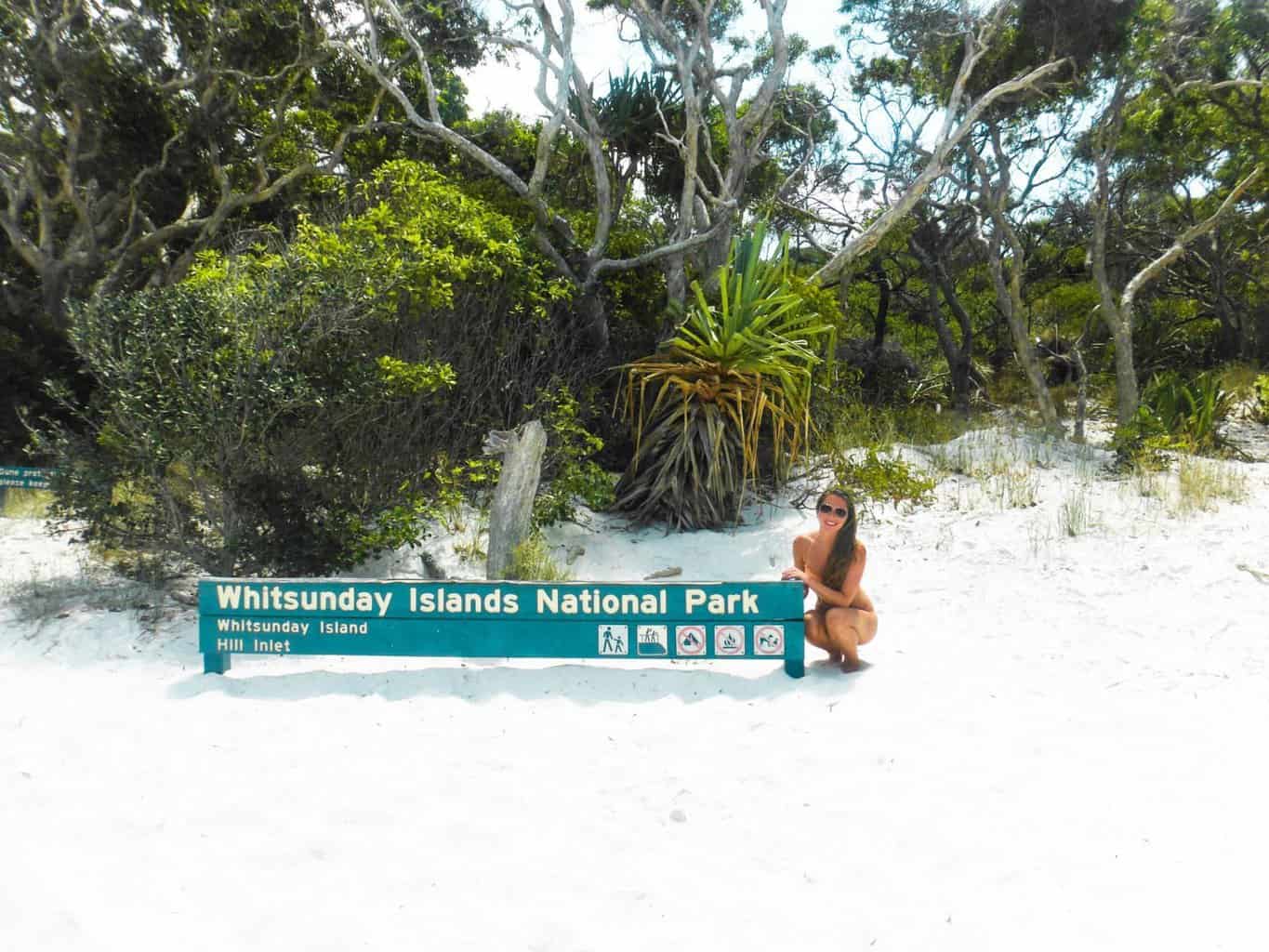
Back on Airlie Beach, there isn’t a huge amount to do, so if you choose to visit the islands as a day trip, you could spend a relaxing day at the Airlie Beach Lagoon.
But this could be a place to splurge and explore the Whitsundays from a difference perspective entirely. For example, this 1-hour scenic flight over the Whitsundays Island archipelago looks incredible, or what about a tandem skydive over the Whitsundays ?
Or you could go all out with a helicopter trip to the Whitsunday Islands . It even lands on Whitehaven beach – possibly the most incredible day imaginable.
Slightly further inland from Airlie Beach (and slightly more affordable), there are some great hiking routes in the Conway National Park and waterfall swimming at the beautiful Cedar Creek Falls.
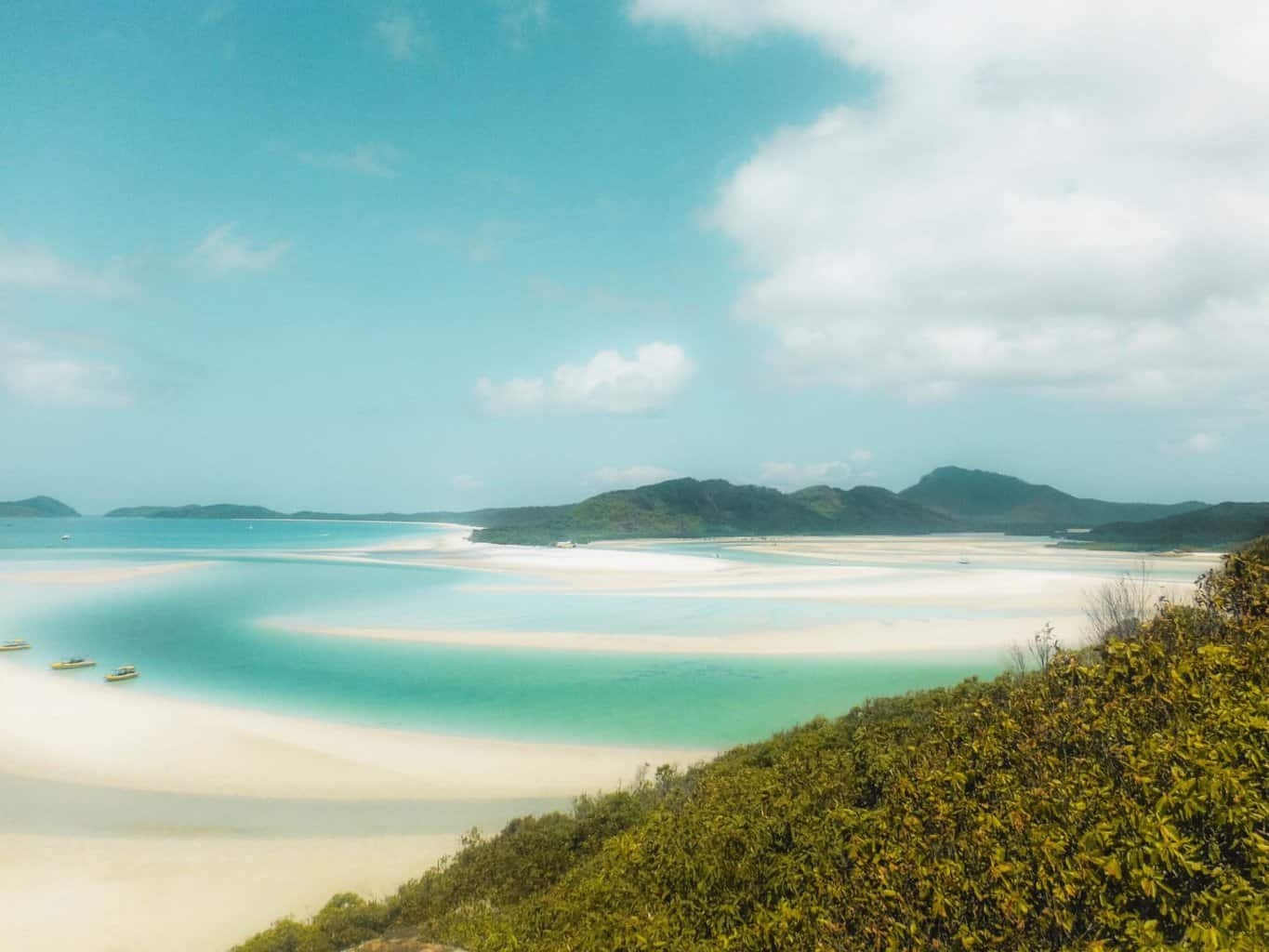
Where to stay in Airlie Beach
There’s a huge number of places to stay in Airlie Beach, covering every budget. In fact, you can find some seriously nice stays at very good value. Here’s my pick:
- Base Airlie Beach (dorm from £16 per night, double from £53)
- Big4 at Whitsundays Tropical Eco Resort (camping from £19 per night)
- Magnums Airlie Beach (from £31 per night)
- Mantra Club Croc Airlie Beach (from £57 per night)
- Airlie Beach Hotel (from £82 per night)
- Mirage Whitsundays (from £117 per night)
- Coral Sea Resort Hotel (from £139 per night)
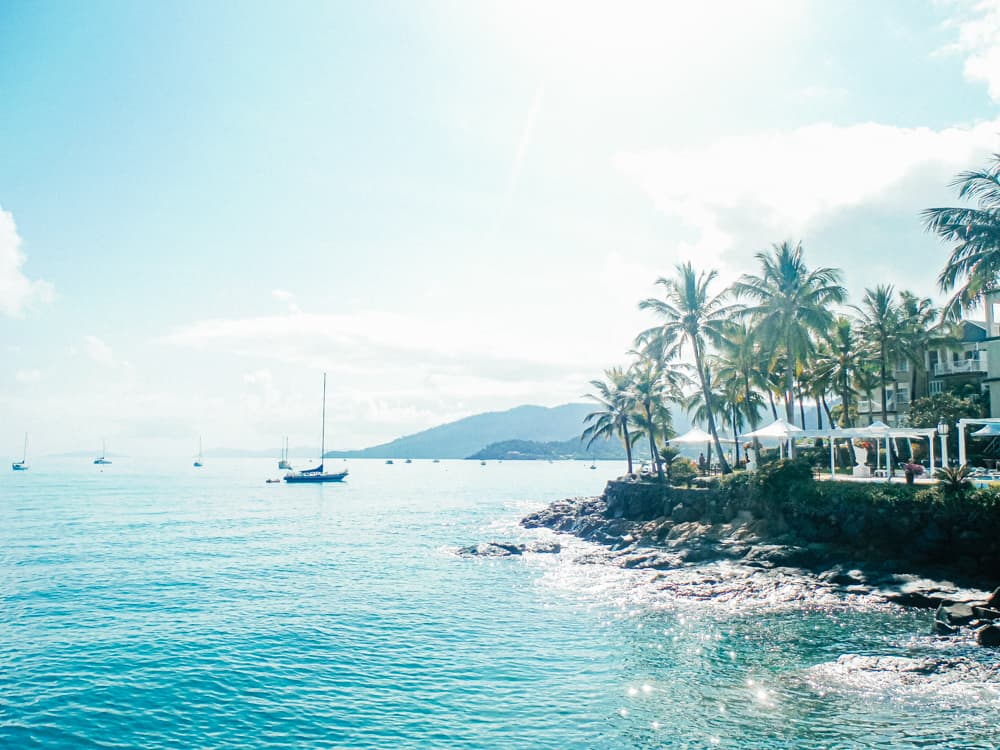
Where to stay on the Whitsundays
I’ve written about all the various options in the Whitsundays in more detail, which I recommend you check out.
Fortunately, there’s a good range of tropical island resorts to stay on, with Daydream Island offering excellent value. Rates here start from £150 per night.
One of the most luxurious resorts to stay in in the Whitsunday islands is the InterContinental Hayman Island (formerly the One&Only). Rates start from around £450 per night.
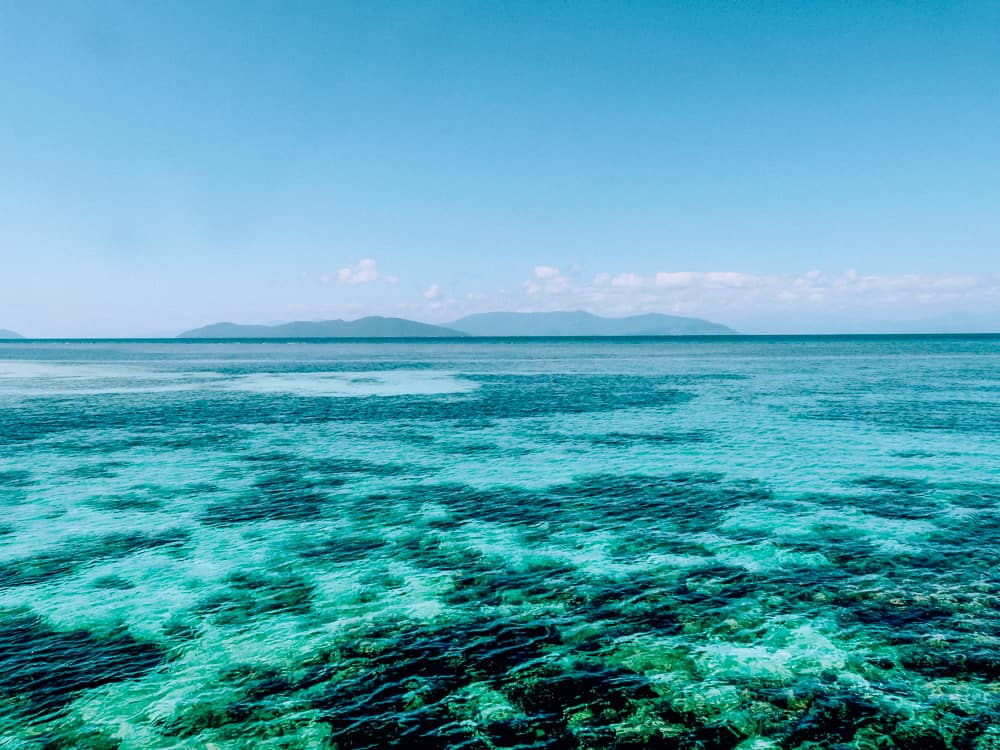
Alternatively, some other ultra-lux options include:
- Beach Club , an opulent hotel on Hamilton Island . Rates start from £397 per night
- Elysian Retreat can only host 20 people at any time, and is the ultimate in barefoot luxury with all stays on all-inclusive basis. Rates start at £630 per night.
- Or, the exceptional Paradise Cove Resort. I recommend this excellent boat tour and 2 nights all inclusive in a secluded villa at the island resort. (£311 per person)
Capricorn Caves
- Suggested time for the Capricorn Caves: 1/2 day
- Driving distance from Airlie Beach to the Capricorn Caves: 460km (5hrs)
The stretch south from Airlie Beach is a long one – I think the second longest stretch of driving on this road trip. Optional stops before the Capricorn Caves include Mackay, a small quiet town with some lovely cycling and hiking, but no essential bucket list adventures. After Mackay, the next potential stop point would be Rockhampton, where (without exaggerating) there is nothing to do.
I recommend breaking up the long drive from Airlie Beach to the next key stop (Hervey Bay/K’gari Island) with a visit to the Capricorn Caves. These are fairly near to Rockhampton, so depending on the time you arrive in this area, you may want to consider an overnight stay near Rockhampton or a little further south at Gladstone (137km/1hr41).
The Capricorn Caves are called this because they are located on the Tropic of Capricorn. They are an awesome complex of caves, with over 1.5km of passages to explore. They only way to visit is on a tour, often called the ‘Cathedral Tour’ as they all take in the incredible largest cave, which often holds wedding and special events. The acoustics are incredible and it was like nowhere I’d seen before.
Book a tour to the Capricorn Caves here!
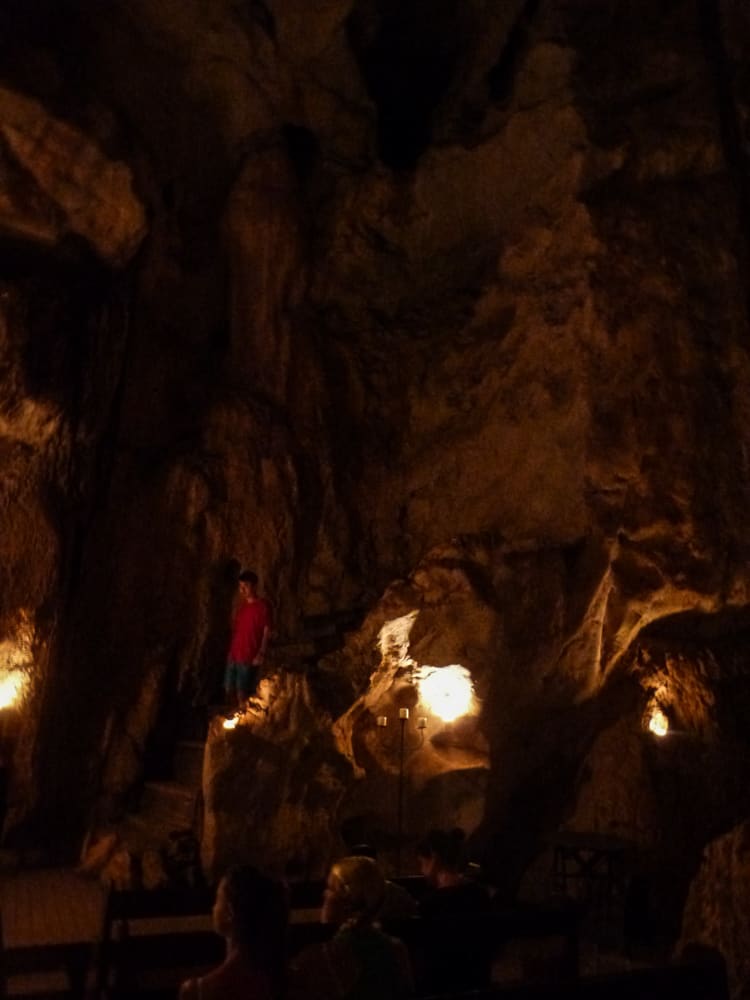
Taking around one hour in total, it’s well worth a visit and is often missed off travellers’ East Coast itineraries.
Suggestions for affordable places to stay around this area:
- Mackay: Central Tourist Park (£41 per night)
- Rockhampton: Denison Boutique Hote l (£54 per night)
- Capricorn Caves: Capricorn Motel (£65 per night)
- Gladstone: Barney Beach Accommodation (£50 per night)
Rainbow Beach
- Suggested time for Rainbow Beach and K’gari Island: ideally 3-4 days
- Driving distance from Rockhampton/theCapricorn Caves to Rainbow Beach: 601km (6hrs40)
From the Rockhampton area onwards, there are a few stops to consider including Agnes Water/1770 and Bundaberg. The latter is famous for its rum, and visiting the Bundaberg Distillery makes for a brilliant stop. Make sure to book a tour to the local brewery too!
The town of 1770, sometimes written as Seventeen Seventy, is the second spot in Australia that James Cook and his crew landed in the year 1770. We did stop here and I was fairly disappointed with the lack of things to do and see, so I wouldn’t necessarily recommend visiting.
So unless you make a brief stop at Bundaberg, I recommend driving straight through to the Rainbow Beach area. It’s a long old drive, that’s for sure! Looking back, that was why we stopped at 1770 – to break it up!
Rainbow Beach is located in the Great Sandy National Park and is a tiny backpacker town, surrounded by huge, towering sand dunes. The town is mostly a starting point for Fraser Island tours, but you can definitely spend a relaxing day here too.
One of my favourite things to do in Rainbow Beach is climb the huge Carlo Sand Blow and admire the spectacular views across the ocean. The Great Sandy National Park is well worth exploring too – you can even do this on horseback !
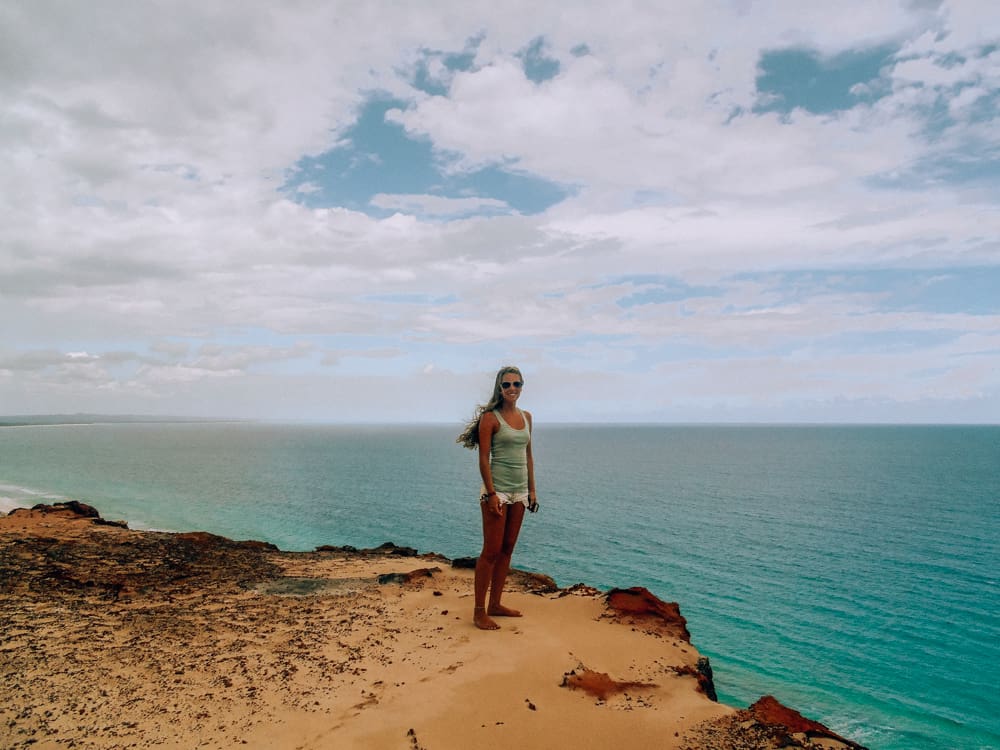
Where to stay in Rainbow Beach
There are quite a few places to stay in Rainbow Beach, many of which offer great value stays. Here are my suggestions:
- Freedom Hostels (formerly Dingos) – from £26 per night
- Pippie’s Beach House – from £77 per night
- Rainbow Ocean Palms Resort – from £110 per night
K’gari Island
K’gari Island, previously referred to as Fraser Island, is one of the most popular things to do in Australia. Most tours here are typically aimed at a young backpacking crowd and last 2 days/1night or 3 days/2 nights. There are several other options, including day trips too but as the world’s largest sand island, there’s something special about staying overnight if you can. Unless you have a 4WD drive and significant experience driving on sand, you won’t be able to take your own car to K’gari Island. Several tours however let tourists drive the company’s 4WD vehicles though on what they call a ‘tag along’ basis .
If you book an overnight K’gari Island tour you will have a briefing the evening before departure at 6pm, so you’ll always need to stay the night before in Rainbow Beach. You may also want another night in the town once you come back from K’gari so you don’t have to rush straight off. However it’s worth nothing that you can also start a K’gari Island from trip from Noosa or Hervey, if you prefer.
K’gari Island is a bucket list activity in Australia and for good reason. For many people, K’gari Island is the highlight of their Australia trip!
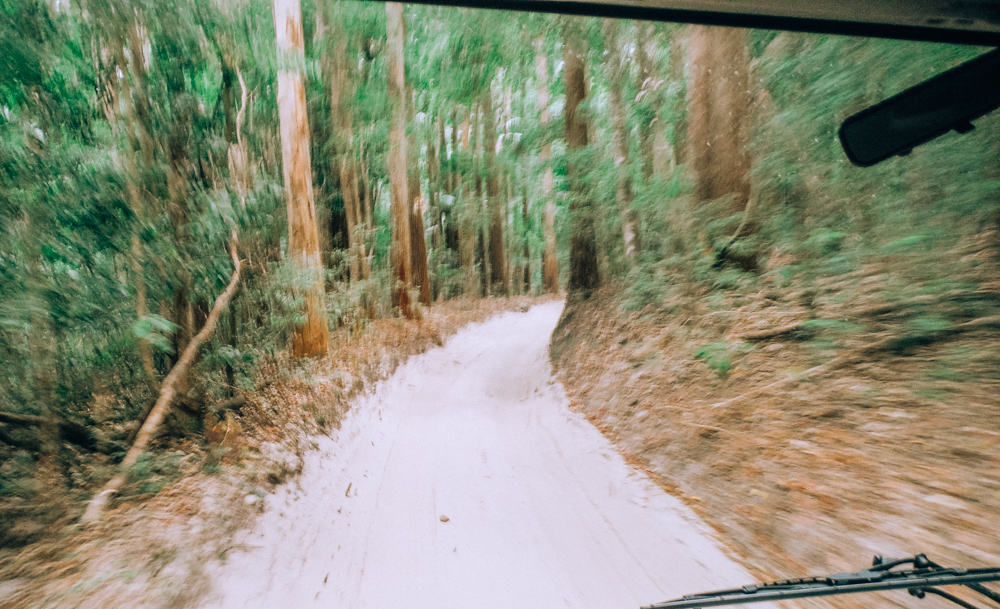
You definitely should book your K’gari Island tour in advance. Do not leave it for on arrival in Rainbow Beach/Hervey Bay/Noosa, unless you’re arriving several days in advance (at least).
These are the best K’gari Island tours:
- Full day Fraser Island tour from Rainbow Beach (£125pp)
- 2 day/1 night tour from Rainbow Beach (£218pp)
Best things to do on Fraser Island
- If you’re over 21 and on a tag-along tour, you’ll have the opportunity to drive the 4WD along the sand, which is epic
- Swim in the crystal clear freshwater Lake Mackenzie
- Bathe in the beautiful Champagne Pools
- Drift along the natural lazy river at Ely Creek
- Explore the tropical rainforest
- Spot dingos (wild dogs) from afar
- If on an overnight tour, spend the evenings around the campfire drinking and relaxing with new friends
- Drive along 75 Mile Beach
- Hike up to Indian Head to spot sharks and stingrays
- Explore the Maheno shipwreck
- Hike to Lake Wobby
If you visit Fraser Island on a one day tour from the mainland, you’ll be able to do most of the above, but at a quicker pace.
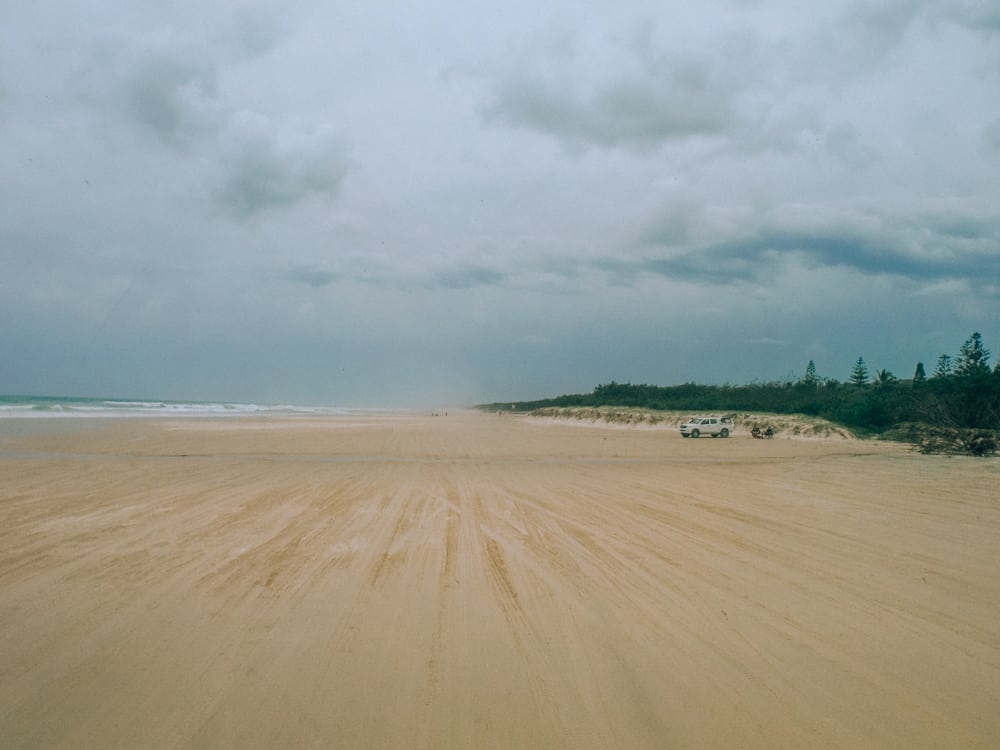
- Suggested time for Noosa: 2-4 days (or as long as possible..)
- Driving distance from Rainbow Beach to Noosa: 117km (1hr37)
Noosa is an absolute must-visit on any East Coast road itinerary and is hands down my favourite place in Australia. Whether you’re a backpacker, on honeymoon, a group of friends or a family, Noosa is the perfect place. The town centre is charming with some brilliant shopping, the beaches are phenomenal and the surrounding scenery is just breathtaking. It’s also the place in Australia where I’ve seen the most koalas in the wild.
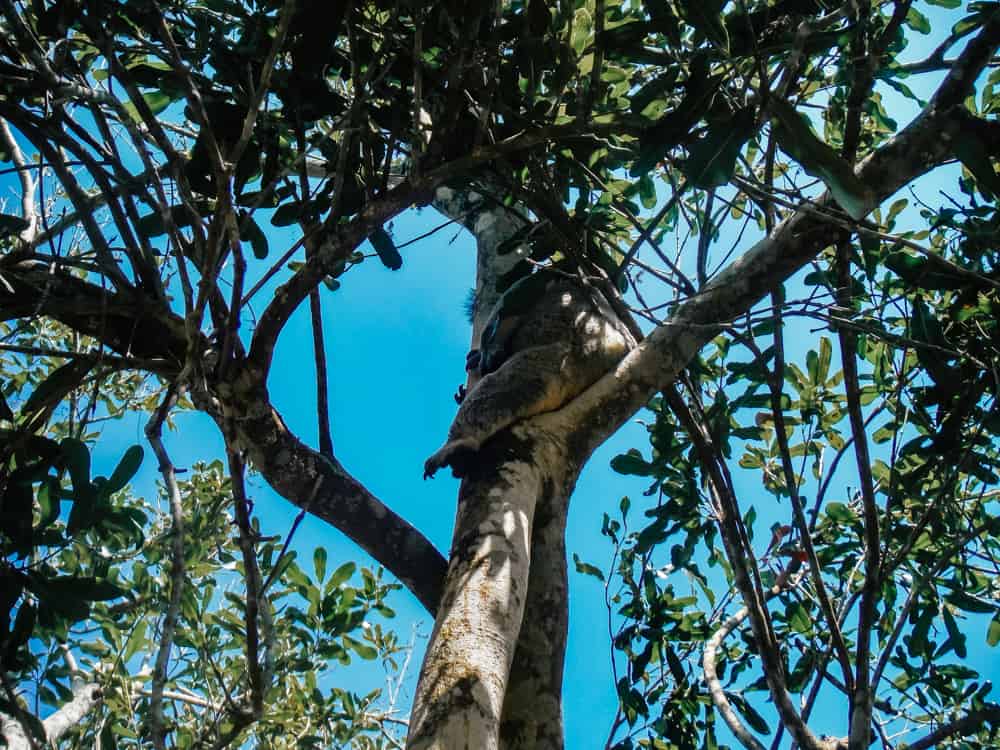
Best things to do in Noosa
- Explore the magnificent Noosa National Park, which is easily accessed whether on foot from the town centre or if you drive to its entrance and park
- Beach hopping from Noosa Main Beach to the dog-friendly waters at the Noosa Spit and over in Noosaville too
- Get surfing or take part in a surf lesson
- Go on a dolphin-watching safari by kayak , where your chances of seeing dolphins are super high
- Bar hopping along Main Street
- Tucking into some of the town’s best food, including the phenomenal Spanish set menu at 10 Hastings Street
- Kayak through the Noosa Everglades
- Hike nearby Mt Coolumb
- Get stuck into the craft beer scene in Noosa
- Drive to nearby Emundi to go to the popular Farmer’s Market, running Wednesday to Saturday until 1pm or so
- Go hiking in the magnificent Glasshouse Mountains
Most of Noosa’s main attractions revolve around the beautiful beaches, the National park, the surf and the food. It’s pretty easy to see why I love it so much.
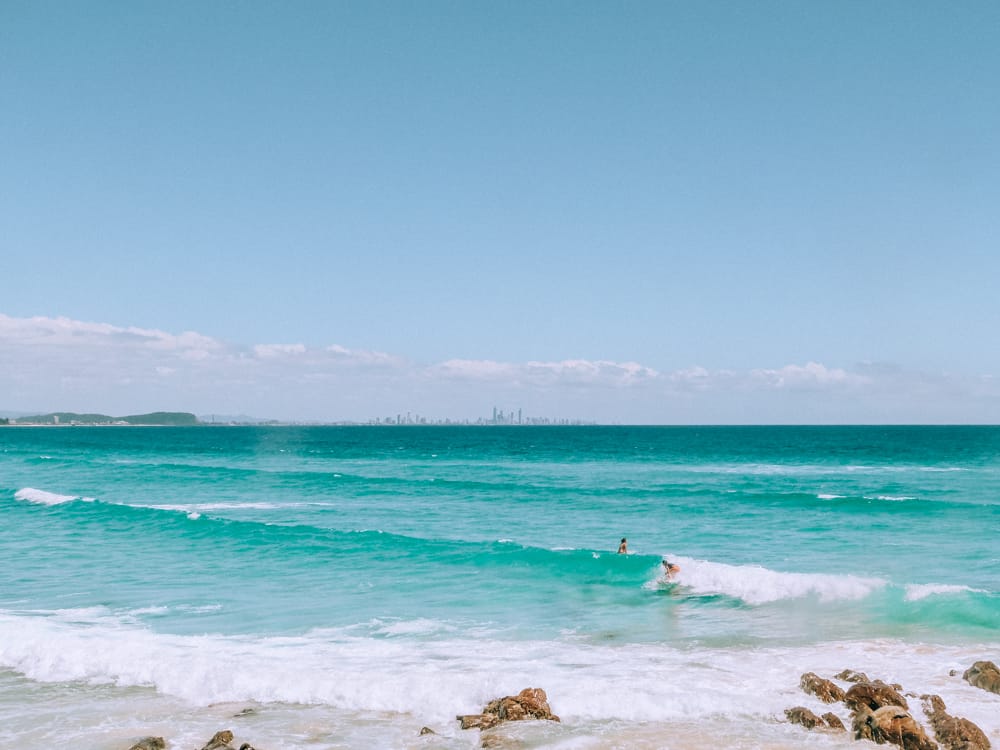
Where to stay in Noosa
There are some beautiful places to stay in Noosa, covering all budgets and preferences.
Best luxury hotels: There are some amazing hotels in Noosa. Some of top luxury stays would be Noosa Shores (£350), Netanya or the beautiful Sofitel Pacific Resort (from £158 per night). However, there’s also the more affordable Peppers Resort on the beach (from £92 per night) and Tingirana .
Good value stays: My favourite good value spot is 10 Hastings Street Boutique Motel . It also has one of the best restaurants town downstairs! Rates start from about £60 per night.
Best hostels: Nomads Backpackers is the best spot in town. Dorm rooms start at £37, or a double is £44.
- Suggested time for Brisbane: 1-2 days
- Driving distance from Noosa to Brisbane: 141km (1hr44)
Queensland’s big city! Brisbane is a modern metropolis, with year-round warm weather and unique city beaches. I like Brisbane, but not even half as much as Melbourne and Sydney.
It’s probably a great city to live in, but visiting for a couple of days at a time, I have never fallen for Brisbane. However, it does have a fantastic manmade city beach at South Bank where I have spent many hours catching the rays.
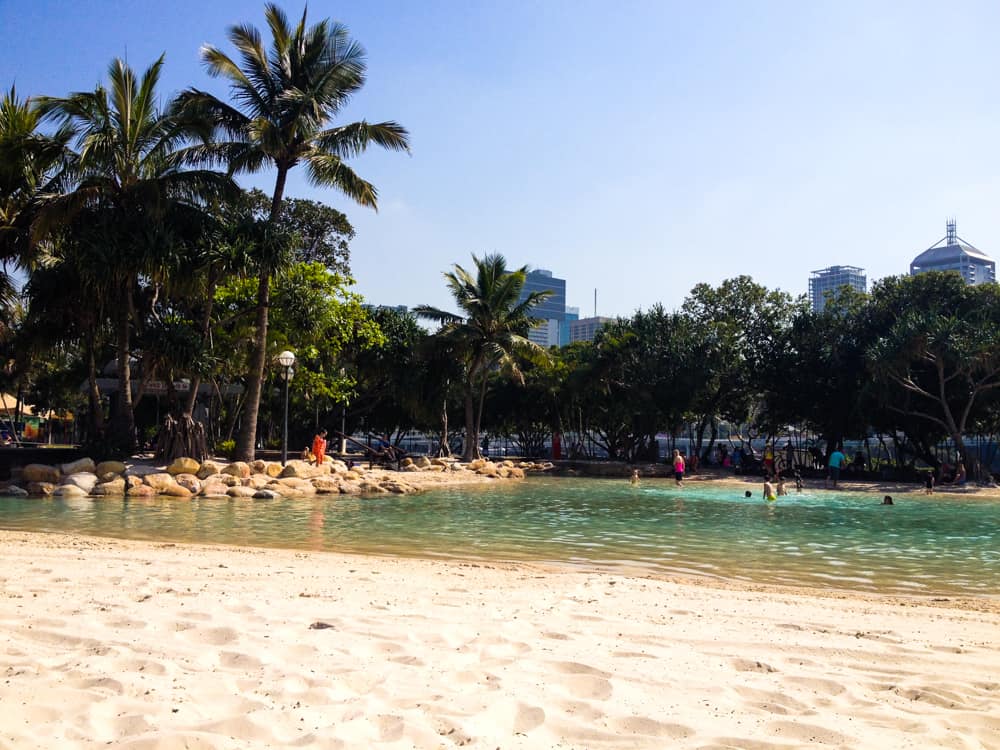
I also have to recommend my favourite restaurant in Brisbane, which is New Shanghai located in the Myer Centre on Queen Street. There’s a few of these dotted across Australia, but for me, the Brisbane one is just amazing.
Things to do in Brisbane
Brisbane as a city may not be quite as cosmopolitan and lively as Melbourne and Sydney, but it does happen to make a fantastic base to visit other nearby areas. The winter months are an especially lovely time to visit the city, so make sure to check out this guide to the top things to do in Brisbane in the winter .
For example, if diving is your thing, then there are some impressive shipwrecks at Moreton Island.
You can also visit the famous Australia Zoo near Brisbane , which is of course known for being founded by Steve Irwin himself.
- Take a boat ride along the river onboard a Kookaburra River Queens Cruise, which are old style paddlewheel vessels
- Hike a bike to explore the city or join a guided segway tour
- Spend some time in the city’s magnificent Botanical Gardens
- Join a guided kayak tour along the river
- Visit the city’s impressive collection of museums and art galleries
- Take the river boat to the popular Lone Pine Koala Sanctuary on this excellent city tour
- Go shipwreck diving at Moreton Island or visit on snorkelling day tour
- Take a day trip to the beautiful Stradbroke or Bribie Islands
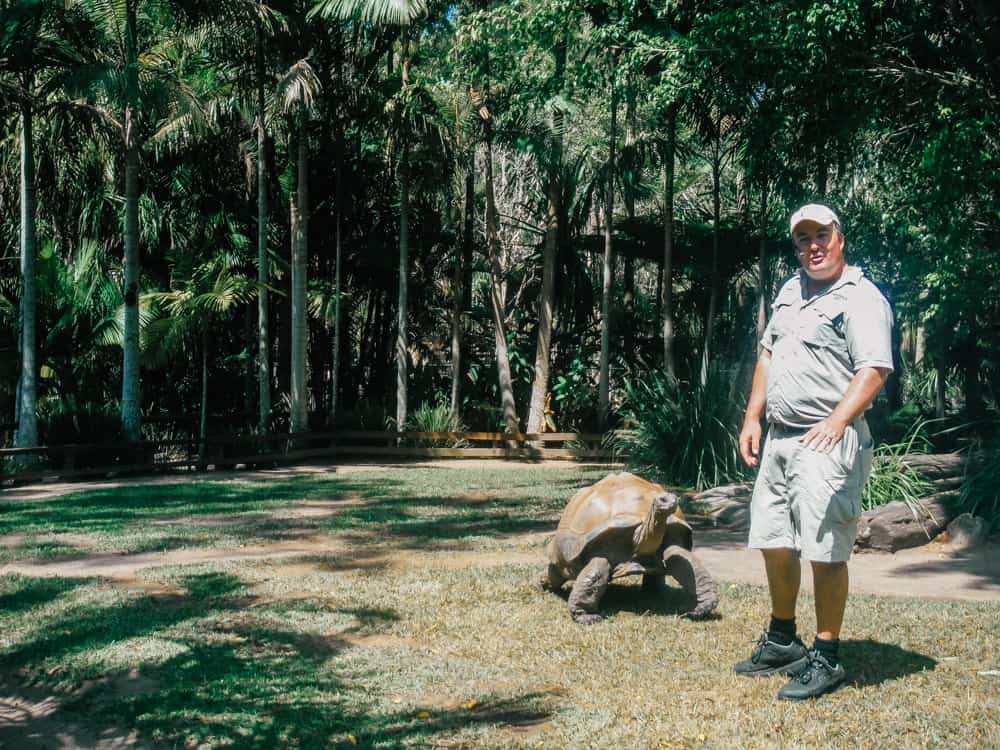
Where to stay in Brisbane
Best luxury hotel: W Brisbane is the coolest place to stay, with rooms starting from £127 per night. Another great luxury hotel would be The Westin (from £155 per night).
Great value stay: Royal on the Park is a beautiful hotel, and a steal with rooms starting from £53 per night
Best hostel: Bunk Hostel (dorms from £21) or Base Brisbane (dorms from £11)
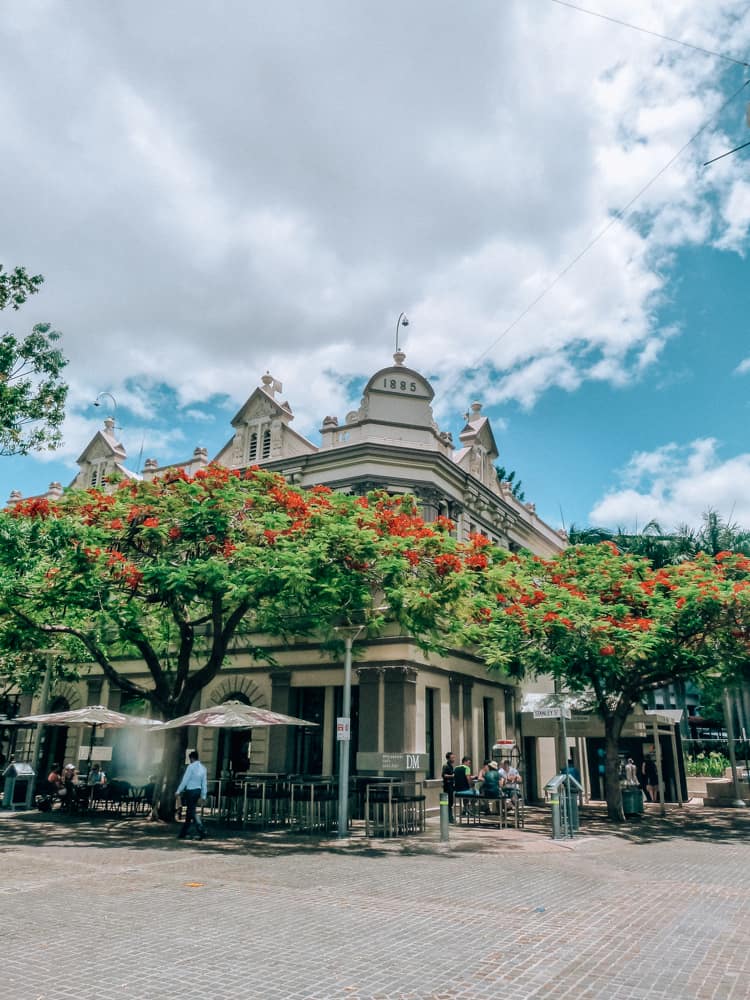
Cairns to Brisbane road trip itinerary
So there’s my Australia East Coast road itinerary, covering the Cairns to Brisbane drive. As you can see, this route takes in countless iconic Australian experiences. I would say this is easily one of the best road trips in the world.
For international travellers coming to the end of the trip, Brisbane makes a wise finishing point as it has an international airport.
However, for those flying onto Australian domestic destinations or with more time, then I highly recommend continuing your journey. For example, onto the Gold Coast and Byron Bay where there are domestic airports in both destinations. If you have plenty of extra time, you could do the Brisbane to Sydney drive. Although this is another 1000km and 10hrs driving, the beaches are fantastic. However, as mentioned before, the drive from Byron Bay to Sydney would be quite cool if done in the Australia winter (May to August).
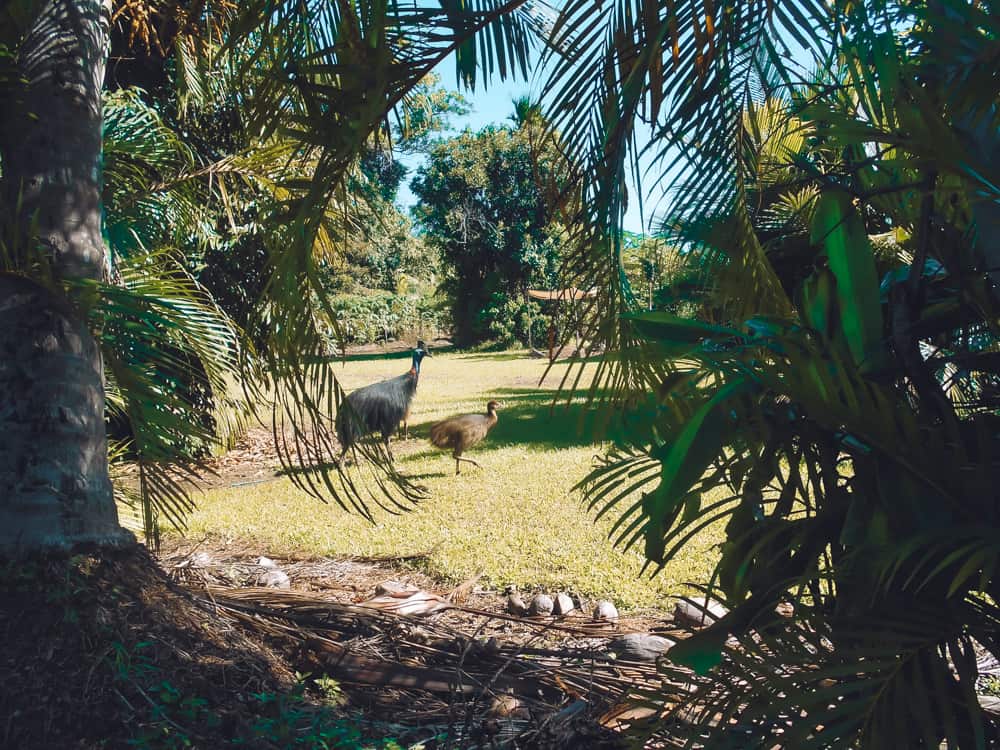
Brisbane to the Gold Coast and Byron Bay
- Driving distance from Brisbane to the Gold Coast: 99km (1hr10)
- Suggested time for the Gold Coast: 1-4 days
- Driving distance from Brisbane to Byron Bay: 166km (1hr50)
- Suggested time for the Byron Bay: 1-4 days
- Driving distance between Gold Coast and Byron Bay: 93km (1hr)
Both Gold Coast and Byron Bay are popular holiday destinations with Australians as well as international travellers. And as mentioned, with domestic airports near both locations, you could potentially also finish your road trip itinerary further south of Brisbane. For example, we finished our road trip from Cairns at Ballina Airport, which is just near Byron Bay. This was really convenient as there were rental companies to return you car or camper van.
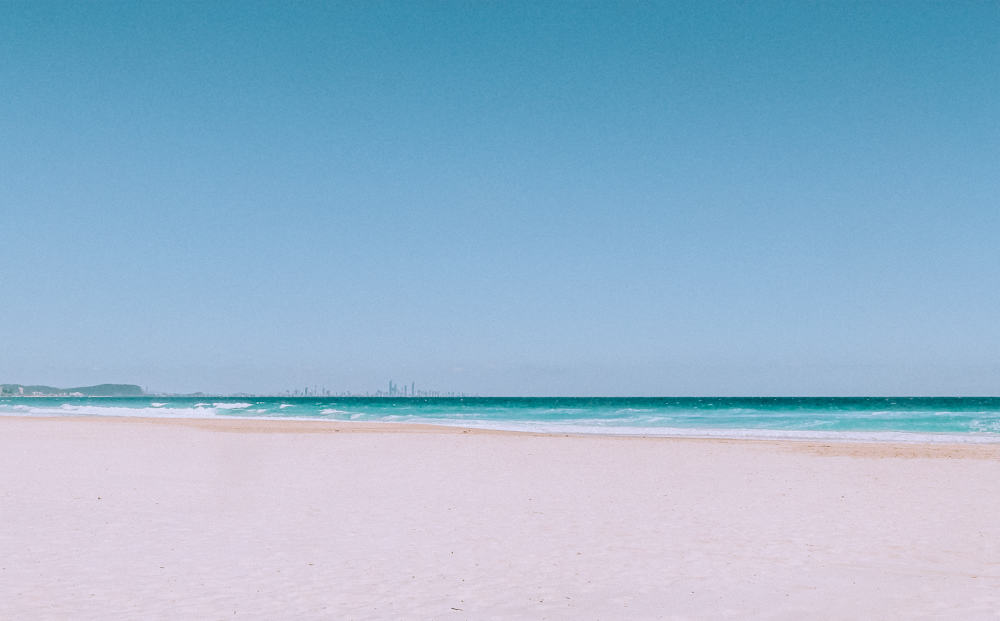
Gold Coast and Surfer’s Paradise
Gold Coast is a city made up a dozens of smaller beach areas, with expansive stretches of white sand and some of the best surfing in Australia. This whole area is the most popular tourist place in Australia. It’s like visiting a beach resort town in Florida, USA or a resort in Spain. Gold Coast is where young Australians flock to party and have fun every summer, and there are a lot of bars and activities geared towards this. Surfer’s Paradise is at the heart of all the action but I wouldn’t recommend spending long here, unless partying is something you’re keen to do.
The other beach areas surrounding Surfer’s Paradise are amazing, and a great spot to recoup for a couple of days. In fact, the challenge can be deciding which beach to spend the day at.
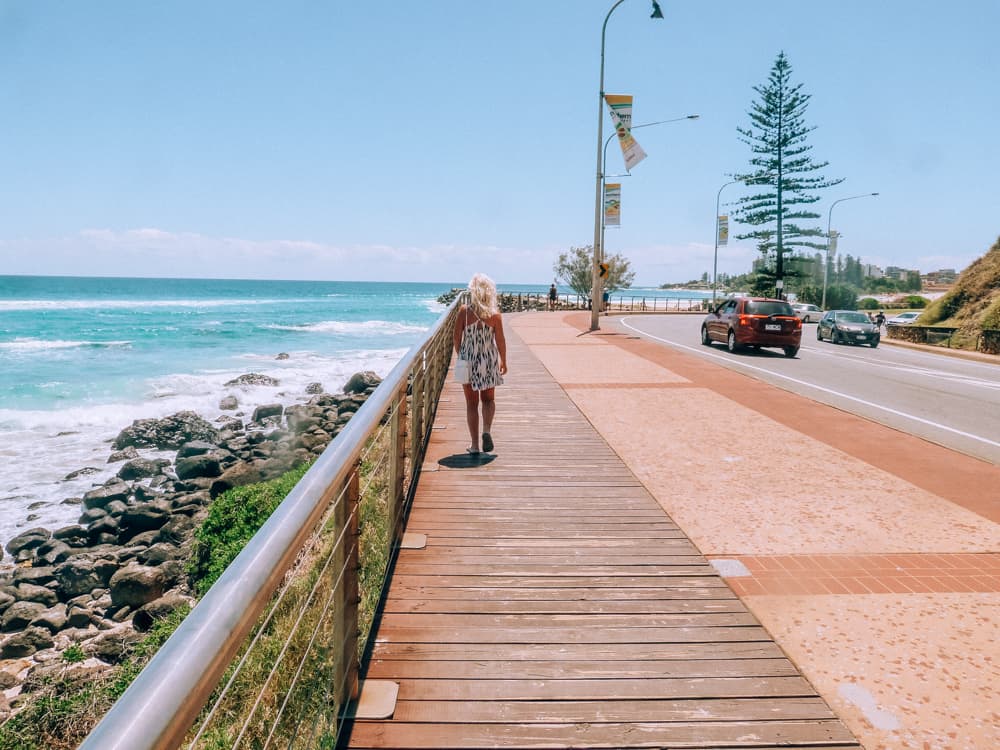
Alternatively, Gold Coast is packed with all kinds of tourist attractions, including theme parks like Wet’n’Wild and Dreamworld . My personal favourite thing to do in Gold Coast is to visit Currumbin Wildlife Sanctuary . This is a brilliant place to spend a full day. Plus, they have their own wildlife hospital with huge glass windows so you can see all kinds of animals being operated on. On the day we went, I saw birds, tortoises and koalas being treated!
Best things to do in Gold Coast
- Go hiking in nearby Tamborine Mountain or get your adrenaline pumping at the high ropes course
- Or why not visit Mt Tamborine and stop by the beautiful wineries and distilleries on this tour with lunch
- Explore Springbrook National Park and swim in the refreshing waterfalls
- Meet some of Australia’s most unique wildlife at Currumbin Wildlife Sanctuary
- Head to the farmer’s markets at different beaches – my favourite is at Burleigh
- Rent bikes and cycle from one point to another, for example Burleigh Heads to Mermaid Beach
- Explore the stunning waterways of Coolangatta
- Join a surf lesson in Surfer’s Paradise
- Visit the World-Heritage Listed Lamington National Park and explore the beautiful waterfalls and landscape
- Check out the incredible views from the Sky Point Observation Deck
Where to stay in the Gold Coast
There is a seriously huge amount of places to stay in the Gold Coast. It’s hard to even know where to start.
If you are looking to get stuck into the nightlife, then you could stay right in the heart of Surfer’s Paradise .
Otherwise, I recommend picking a beachside community for a couple of days such as Burleigh or Coolangatta . Due to the sheer number of hotels and places to stay in the Gold Coast, you can definitely find some good value stays!
Check rates for all hotels, lodges and holiday parks in the Gold Coast here.
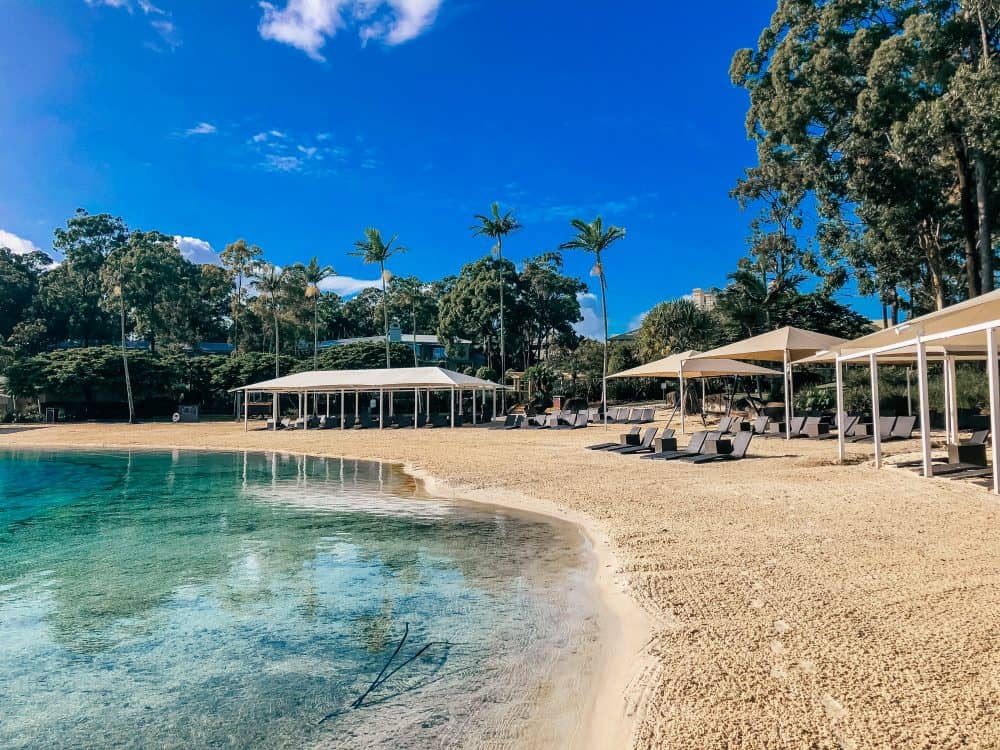
I’ve stayed in several areas around the Gold Coast, and I particularly love the InterContinental Sanctuary Cove Resort . This resort is beyond stunning, with a huge lagoon beach swimming pool, and access to an amazing health club with golf and tennis.
I could have stayed here for weeks, so I’d say, if there was once place to splurge en route, it would be this resort!
Book your stay at the InterContinental Sanctuary Cove Resort here.
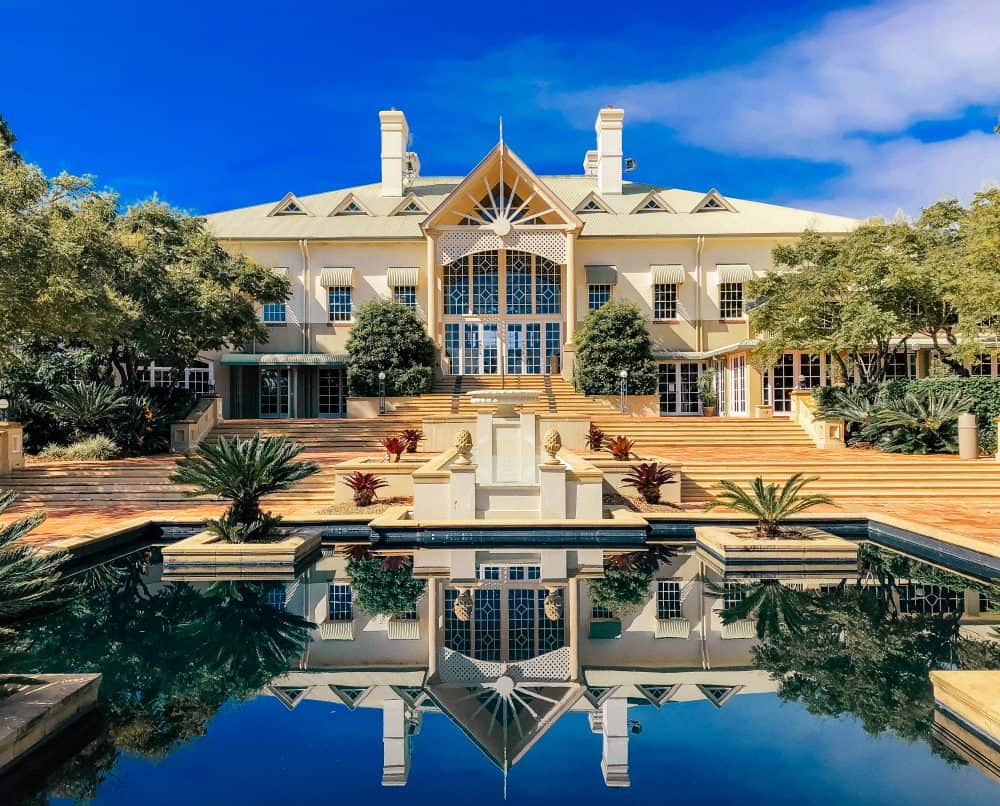
There’s a certain magic in the air in Byron Bay that makes so many fall in love with the town. So many travellers arrive for a couple of days, but end up staying for weeks.
The main thing Byron Bay is known for is surfing, but there’s so much going on away from the away from the waves. The town is particularly popular with backpackers who get quickly drawn into Byron Bay’s hippy, bohemian, anything-goes lifestyle. But there’s increasing appeal for honeymooners, families and even those looking for a spot of luxury.
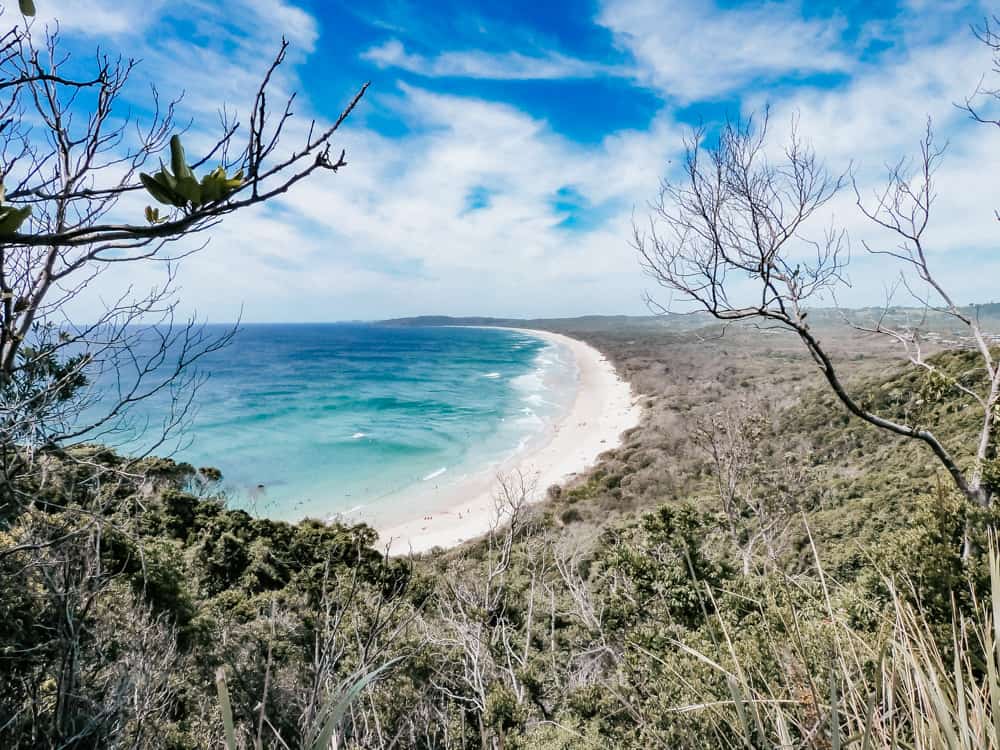
Best things to do in Byron Bay
- Hit the waves, or take the chance to learn to surf
- Beach hop – as well as the main beach, visit Clarks Beach, Tallow Beach, Belongil Beach and The Pass
- Go dolphin-spotting from your kayak
- Hike to the Cape Byron lighthouse, the most eastern point in Australia
- Visit one of the many local markets, for example the Byron Bay Artisan Market (every Saturday evening from October to March)
- Enjoy live music at one of the awesome bars
- Shop at some the wonderful unique boutique stores
- Stop for happy hour at some of the excellent cafes
- Explore the craft beer scene in Byron Bay
- Experience a scenic hot air balloon journey over Byron Bay
- Get up and close personal with the elusive platypus a nature walk with a local guide
- Take a day trip to nearby Nimbin, a small hippie town stuck in the 60s which is famous for its very liberal attitude towards marijuana. There’s an iconic bus tour which you can book onto.
- Dance the night away with local musicians performing on Main Beach
- Explore the beautiful Nightcap National Park with waterfalls and great hiking routes
- Go hiking along the trails in the Arakwal National Park, followed by a swim in the ocean
- Have a delicious dinner at The Roadhouse , just on the edge of town
- Drive to Byron Bay Farm for day surrounded by farm animals, and for some seriously delicious food
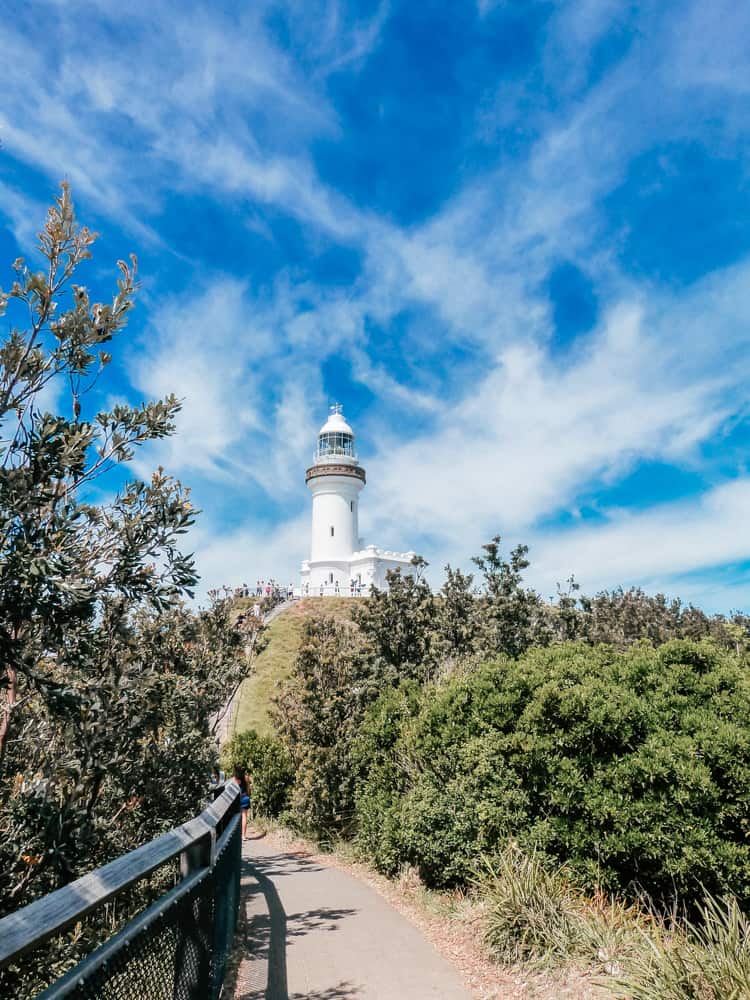
Where to stay in Byron Bay
Best luxury hotel: Far and away, the most opulent hotel is Elements of Byron Resort & Spa . It’s perfect for couples, groups of friends and honeymooners. Rates start from around £245 per night, per villa.
Other great upscale stays include Atlantic Byron Bay (from £130 per night), Azur Villas (from £142 per night), The Bower Byron Bay (from £151 per night).
Great value stays: Bayhaven Lodge (from £71 per night) or Byron Palms (from £70 per night)
Best hostels: There are plenty of hostels in Byron Bay, as it’s so popular with backpackers and Australians visiting for ‘schoolies week’. There is the Byron Bay YHA , Nomads and Wake Up! all with similar rates for double rooms and dorm rooms (around £33 per night).
Finally, I couldn’t not mention the iconic Arts Factory Lodge . Located just outside of town in a beautiful forested area, this a mammoth campground, lodge and artsy bohemian stay all in one.
We chose to stay here with our camper van which was great – it has a pool, on-site cafes and bars, and even things like didgeridoo lessons! A dorm bed here is around £14 per night, and a double room around £68 per night.
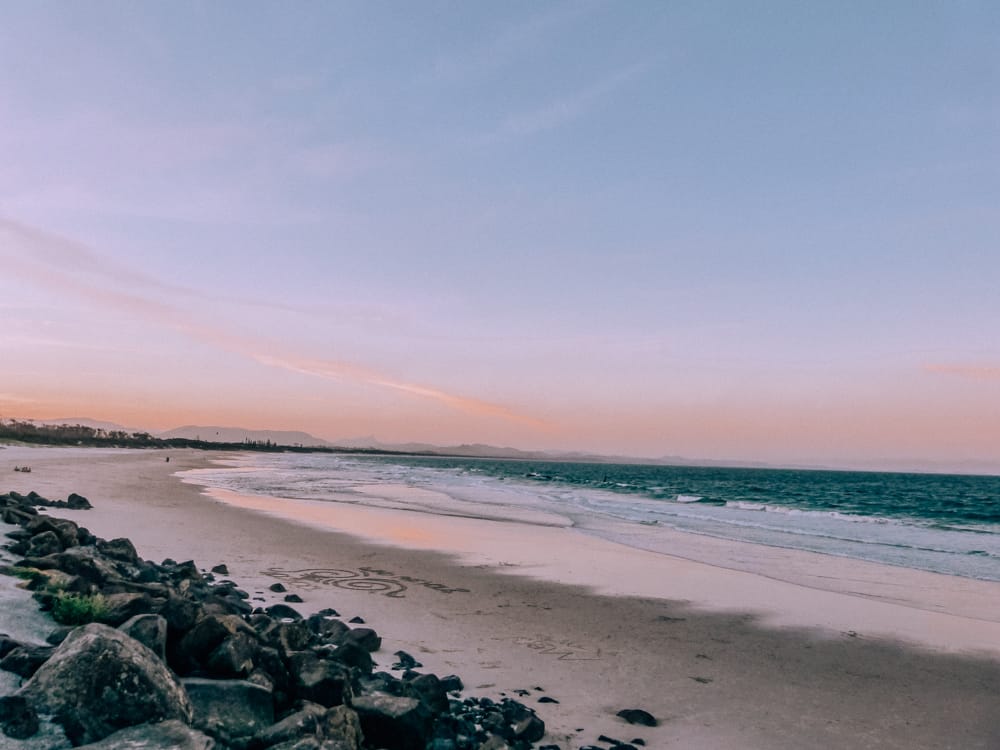
Australia East Coast Road Trip Itinerary
So that rounds out my super long and very detailed itinerary guide for an East Coast Australia road trip.
I really hope this is useful for you if you’re planning a trip to the beautiful East Coast of Australia. As you can see, there is literally so much to do, particularly on the Cairns to Brisbane stretch. And as I said, you can do the highlights in two weeks, but the longer you have, the more you’ll be able to take in and soak up. Ideally, a month to 6 weeks would be the best for an Australia East Coast road trip itinerary.
If you enjoyed my Australia East Coast road trip itinerary guide, then please do consider sharing through one of the below links, that would be amazing. Also, if there’s anything else I can share or answer for you, please do let me know in the comments below.
For further Australia guides, please do check out my other guides:
- Visiting the Whitsunday Islands
- Noosa Travel Guide
- Best day trips from Cairns
- Cairns to Cape Tribulation road trip
- Taking the Ghan train from Darwin to Alice Springs
Wanna see more? Check my Instagram here , my Facebook here or my Twitter here !
Disclaimer: This Australia East Coast road trip itinerary guide is based on multiple visits to Australi a . There was no involvement from any local companies or the tourist board . However icelolly.com arranged two local tours on the East Coast: dolphin watching in Noosa and entry to Currumbin Wildlife Park.
Enjoyed my guide to an Australia East Coast Road Trip Itinerary? Pin it!
You may also enjoy:
Best time to visit australia – climate …, noosa travel guide: best things to …, best day trips from cairns: 10 activities …, new zealand travel guide: best places ….
What an incredible resource! Thank you so much! Do you have something similar for New South Wales and Victoria?
Thank you! Unfortunately no! Although I lived in Victoria, I didn’t travel the state as extensively as Queensland 🙁
Leave a Reply Cancel reply
Your email address will not be published. Required fields are marked *
Let’s connect

The Ultimate Western Australia Road Trip Itinerary
- Last Updated: February 5, 2024
From Esperance in the south all the way up to Broome in the north, this ultimate Western Australia road trip itinerary takes you along all the highlights of Australia’s largest state.
As soon as you hit the road and start exploring Western Australia, you’ll immediately realise why this destination is a truly unique corner of the world.
In terms of land mass, it is the biggest state in Australia. It is absolutely massive, taking up almost the entire western half of the country.
Despite its size, Western Australia is sparsely populated. Much of the land is desert, so it is extremely remote and there are few tourists here compared to places like New South Wales or Queensland.
Even when heading to the desert regions of the Outback, most travellers head to Alice Springs in the Northern Territory before considering a trip to Western Australia.
Because Western Australia is mostly rural, and there are few tourists, it’s actually one of the best spots for road trips in Australia!
Full of wildlife, national parks, coral reefs, wineries, charming towns, white sandy beaches, and rugged natural landscapes that sometimes look like another planet, Western Australia has so much to offer.
The best way to see it all is definitely a road trip. Public transport doesn’t reach all the best parts of the state, so a driving adventure allows you to get to all the most beautiful and remote places on your own schedule.
Let’s get into this epic Western Australia road trip itinerary!
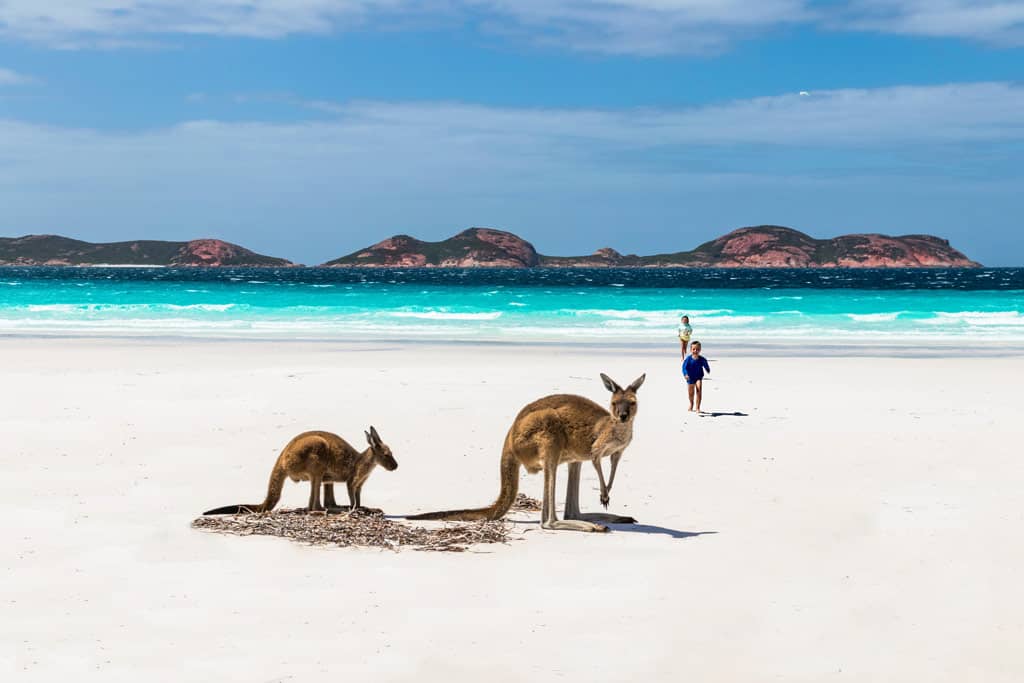
Table of Contents
Where to Start?
How long is the drive, car or campervan, driving in western australia – road trip tips, day 1 – perth to dunsborough, day 2 – dunsborough to margaret river, day 3 – margaret river to albany, day 4 – albany to bremer bay, day 5 – bremer bay to esperance and cape le grand national park, day 6 – esperance to hyden, day 7 – hyden to perth, day 8 – perth to jurien bay, day 9 – jurien bay to geraldton, day 10 – geraldton to kalbarri, day 11 – kalbarri to shark bay, day 12 – shark bay to coral bay, day 13 – coral bay to exmouth, day 14 – exmouth, day 15 – exmouth to karijini national park, day 16 – karijini, day 17 – karijini to eighty mile beach, day 18 – eighty mile beach to broome, where next, wa road trip guide.
Before we get into the actual itinerary for a Western Australia road trip, we’re going to cover some of the basics.
To plan a road trip of this diverse and stunning state, you need to have a few things sorted including your transport, your time frame, your supplies, and any other logistics.
The road trip will consist of two sections: A southern loop from Perth to Esperance and back, and a northern route from Perth up to Broome and back. This is a lot of ground to cover, but it is so worth it.
To help you plan your road trip, here are some important things to consider.
Although it makes sense to start at one end of the west coast and finish at the other, this isn’t realistic for most people.
This Western Australia road trip will reach from Esperance in the south, all the way up to Broome in the north. However, flights into Esperance or Broome aren’t cheap from most destinations around Australia. Car rentals are even more scarce, and more costly in these places.
Your best option is to start your Western Australia road trip in Perth.
Perth is the capital city of Western Australia, and it has the most amenities available. Flights into Perth are plentiful, and they are more affordable than other places in the state.
Fly into Perth, spend a few days enjoying the capital city, then rent a car and head out on your road trip. Return to Perth at the end to return your car and fly home.
If you already have your own car or camper van and you don’t need to rent one in Perth, you can always begin this road trip anywhere that suits you. Just keep in mind that you’ll have to drive all the way back home after the trip.
READ MORE: Check out our list of the best things to do in Perth!
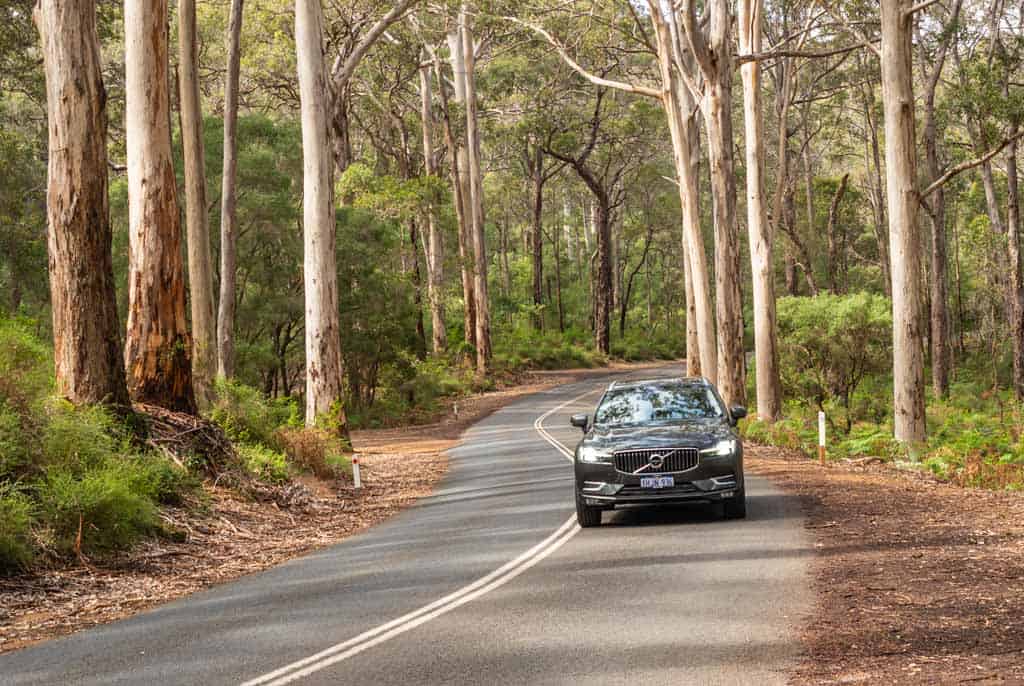
The biggest obstacle when planning a Western Australia road trip is time!
Because the state is so huge and all the attractions are spread out, you’ll need a good chunk of time to see everything.
Give yourself 3 weeks at the very least to complete the entire Western Australia road trip and then loop back to Perth. This is the very minimum amount of time, with just one night in most places.
The first part of the road trip starts in Perth, follows along the south west edge of the state until Esperance, then loops back to Perth inland via Hyden. The driving distance is roughly 21 hours (with no stops), covering about 1,900 km.
The second part starts in Perth and heads north along the coast, with a detour to Karijini National Park, before ending in Broome. The driving distance is roughly 31 hours (with no stops) and covers about 2,800 km.
After Broome you’ll return to Perth unless you’re continuing into the Northern Territory. So the total driving time for the north and the south, plus the return drive to Perth, is roughly 75 hours. The total distance is roughly 6,700km.
Three weeks is very doable for this drive! If you have time to spare, stretch the road trip out into a month or more.
Whether you want to take your time and leisurely explore the state, or you want to see it all in 3 weeks, a Western Australia road trip is one of the best things to do Down Under .
You can do a Western Australia road trip in either one! But spoiler alert, we recommend a campervan!
A rental car is cheaper than renting a campervan. You’ll probably spend less money on petrol, and there is less maintenance required with a small car.
But you’ll have to book all your accommodations in advance. You can also pack a tent and camping gear , you’ll just have to set up camp every night.
A campervan is the most convenient option because you can just drive up to most campsites and you’re good to go.
There is a lot of hopping around on this road trip, so it is handy to just have your sleeping arrangements all set up in your van. If you don’t have your own van, you can rent one in Perth.
We recommend Travellers Autobarn , who have the biggest range of budget-friendly vans available.
Whether you rent a car or a camper van, definitely take advantage of the amazing campgrounds in the state.
Camping in the remote outback areas of Western Australia and watching the stars is an epic adventure!
Another thing to note: you don’t necessarily need a 4WD. Some more rugged areas of the road trip will definitely be easier with a 4WD, but you can still complete the road trip without one.
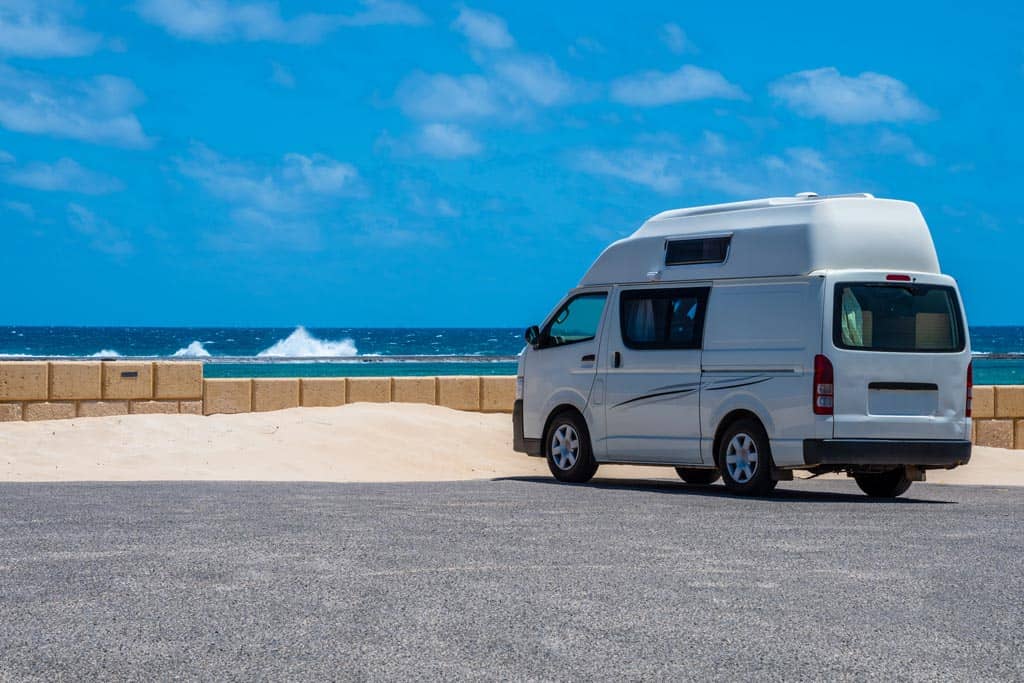
Here are some other road trip tips for Western Australia.
As mentioned, Western Australia is very remote. Petrol stations are usually available, but it is wise to be prepared just in case. Try to have spare fuel, spare tires, and extra necessities like food, water, and a first aid kit.
Also, be careful when driving on the outback roads. Wildlife is everywhere, and even when the road looks deserted, you never know what may jump out in front of you. Particularly at dawn and dusk, drive with caution.
In terms of weather, I would recommend avoiding a Western Australia road trip in the middle of summer.
December through February can get extremely hot, especially the further north you go.
The north of Western Australia has a tropical climate as well, meaning summer is also rainy season.
To avoid rain, floods, and potential road closures, and super hot temperatures, plan your road trip outside the summer months.
With those tips in mind, all road trips around Western Australia should run smoothly. Let’s get into the itinerary and our suggestions for the best places to go on your road trip.
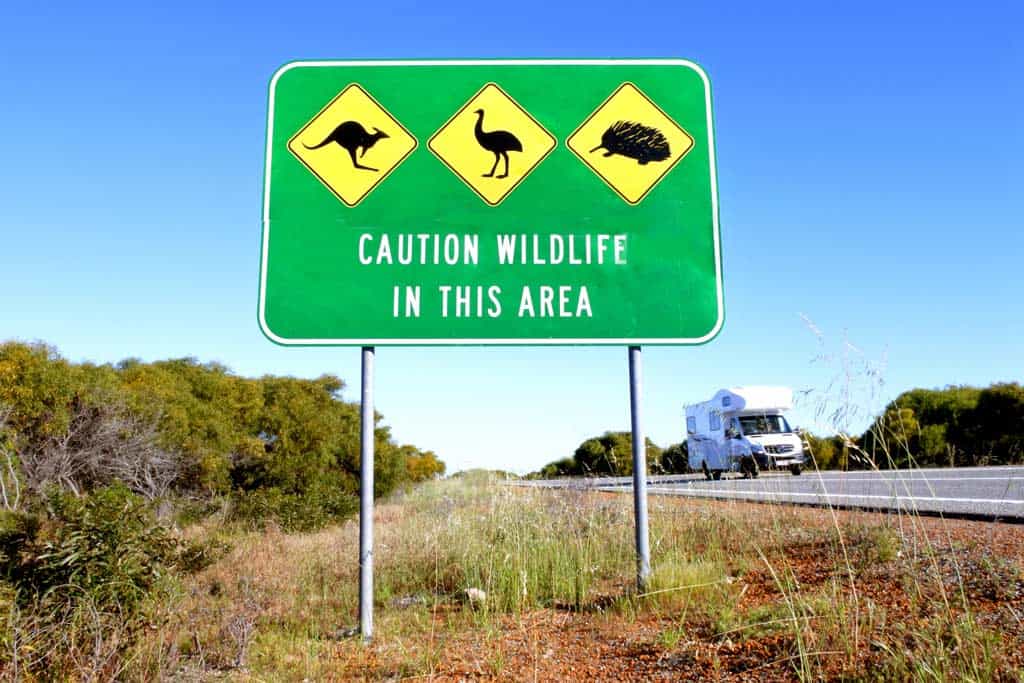
Western Australia Road Trip Itineraries
As discussed earlier, we have separated this Western Australia road trip itinerary into two sections.
The Southern Route begins in Perth, follows the south west edge of the state to Margaret River and Albany, then continues to Esperance. From there, you can loop back to Perth inland.
The Northern Route starts in Perth and follows the west coast up to Exmouth. Then you can take a detour to Karijini, then continue up to Broome before heading back to Perth or continuing your road trip north.
These itineraries can be modified according to your plans. You can just do one route if you don’t have a full three weeks to spare. If you have more time, feel free to spend extra days in places you really love.
If you don’t have your own wheels you can rent a campervan in Perth .
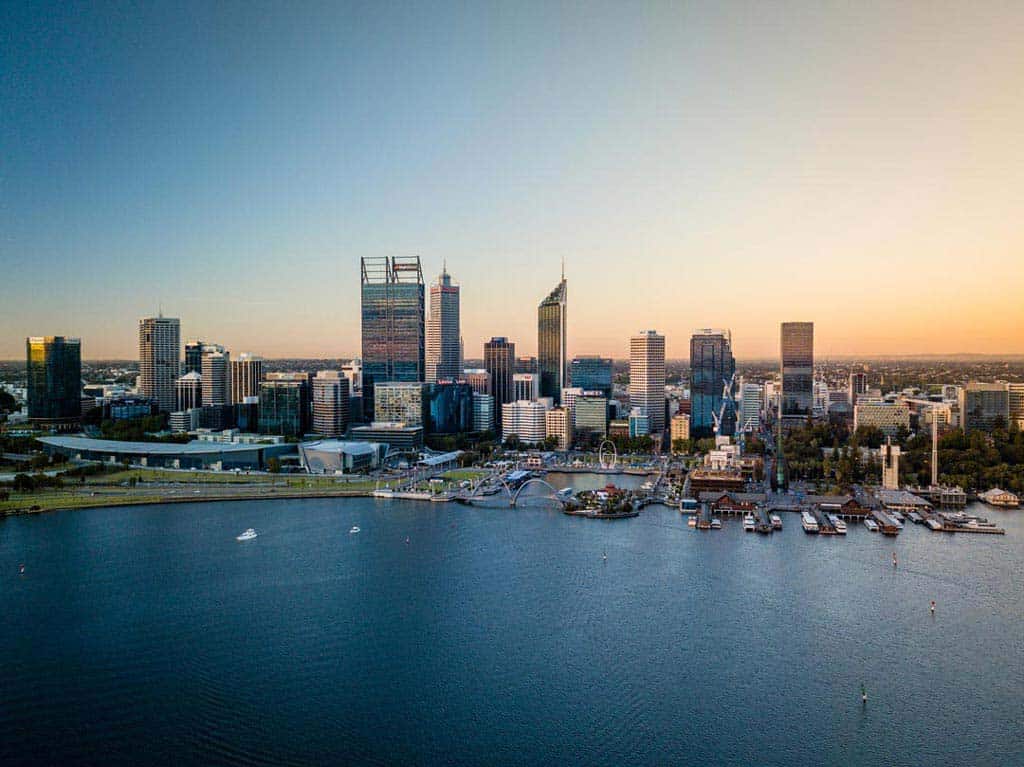
Southern Route
The Southern Route of the road trip takes 7 days. If you only have a short time to explore Western Australia, this is the quickest road trip to choose.
Be sure to spend a few days exploring Perth before you set out. Check out Fremantle, explore the beautiful Perth beaches , or take a day trip to Rottnest Island and play with the quokkas.
Once you’ve had your fun in Perth, pick up your car or camper van and get going!
If you’re only planning on driving south too, have a read of our Perth to Esperance road trip guide.
From Perth, it’s a 3 hour drive to Dunsborough.
Stop in Busselton along the way, a charming coastal town with plenty of fun things to do .
Stretch your legs along the iconic Busselton Jetty, or do the Underwater Sea Walk which explores the marine life under the jetty.
You could also walk to the Cape Naturalist Lighthouse or get some delicious fresh seafood for lunch.
Continue on to Dunsborough, which has some nice wineries and beaches to check out. Meelup Beach is a great spot for a swim or surf.
Dunsborough and Margaret River are only 30 minutes apart, so you can spend the night in either place.
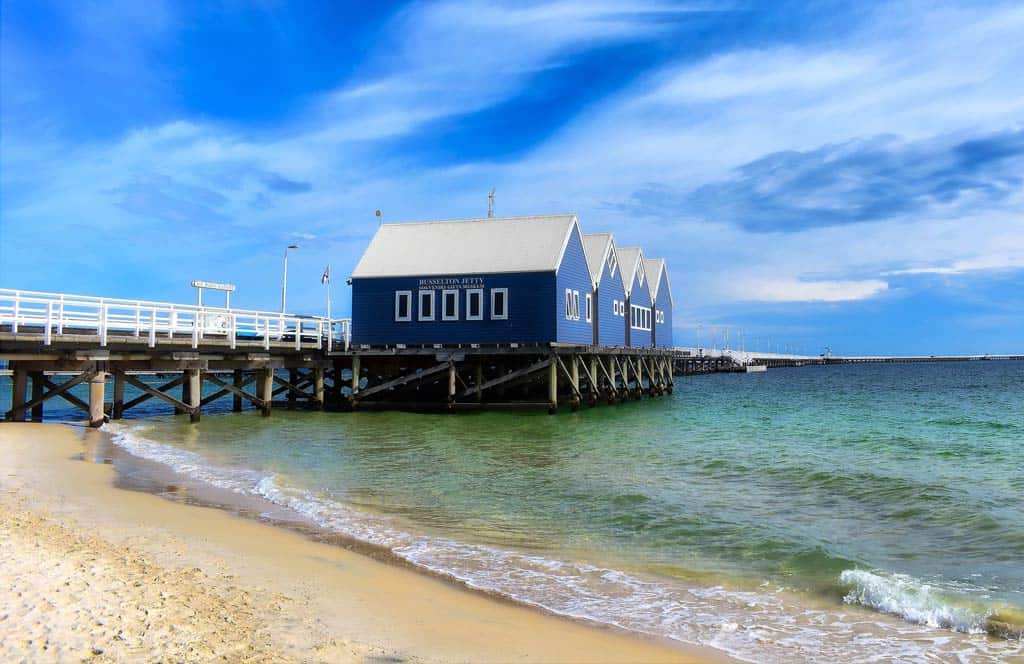
Today you’ll want to do some wine tasting in the Margaret River region, as this is a highlight of Western Australia. You can just drive from vineyard to vineyard on your own, or book a winery day tour so you can drink all the wine you want without having to drive.
BONUS – Booking ahead of time ensures you won’t miss out on the tour, and get the best price too! And just for NOMADasaurus readers, if you use the Klook discount code “NOMADS10” on the website when checking out, you’ll get $10 off your first booking!
Also check out Margaret River Chocolate Company and Margaret River Dairy Company to sample locally made, artisan food and buy some snacks for your trip.
Other fun things to do near Margaret River include surfing at Yallingup Beach, taking a dip at the nearby natural swimming pool called Injidup Natural Spa, and checking out the stalactites and stalagmites at Jewel Cave or Ngilgi Cave.
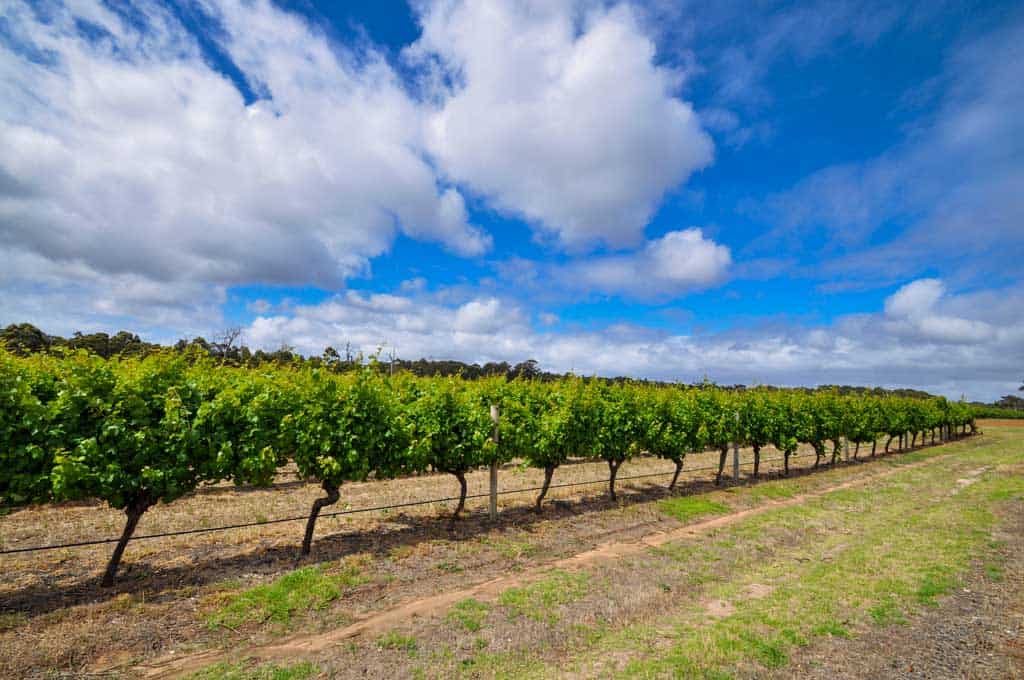
After Margaret River, it’s time to head towards your next destination: Esperance. If you want an extra day in Esperance, drive straight there from Margaret River. It takes 8 hours.
If you prefer to break the journey up and see more Western Australia highlights along the way, you can make a few stops on the way to Esperance.
It’s 4 hours from Margaret River to Albany.
Definitely stop in Hamelin Bay , where lots of sting rays swim through the shallow waters. You can go snorkelling here or just wade amongst the rays. 9am or 10am is the best time to see them!
Another cool stop on the way to Albany is the massive, seaside boulders known as Elephant Rocks in William Bay National Park. Nearby is Greens Pool, a beautiful spot for a swim.
Just before you reach Albany there is another gem: Torndirrup National Park. Check out the unique rock formations here like The Gap and the Blowholes, and the Natural Bridge.
Read next: The 20 Best Things to Do in Albany
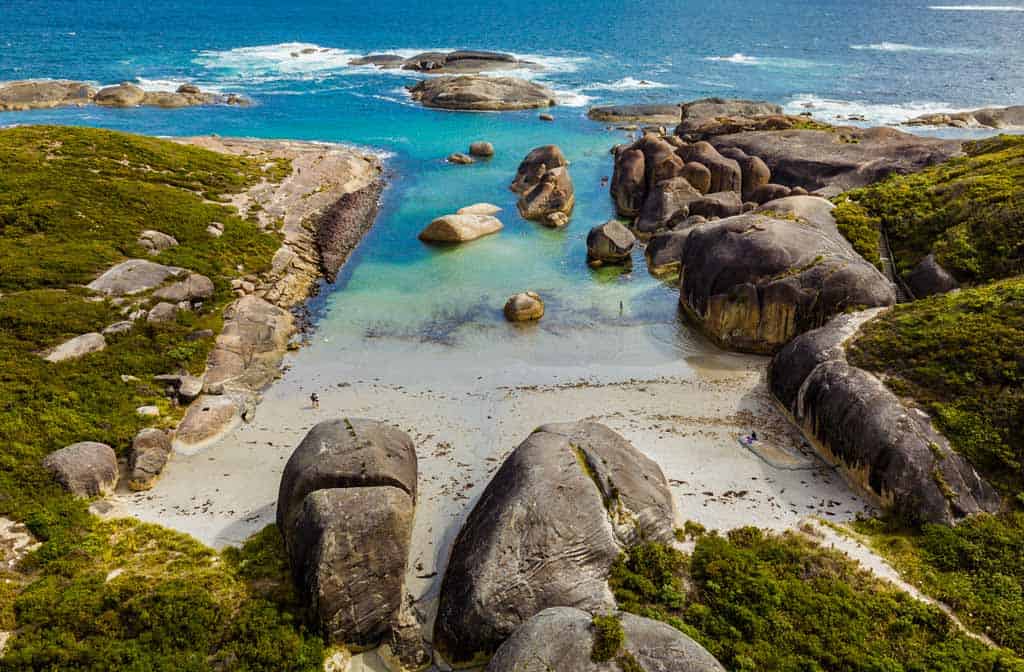
It’s 2 hours from Albany to Bremer Bay, the next stop on your way to Esperance along the south west coast.
You can spend the morning in Albany. Get brekky in a cafe, go for a swim or stroll on Middleton Beach, or check out the National ANZAC Center for a bit of Aussie history. If you’re here on a Saturday, definitely stop by the Albany Farmers Market.
Once you reach Bremer Bay, consider booking an orca whale watching tour . This is one of the best places in the world to see orcas in the wild. Between January and March, the ocean here is home to the largest congregation of Orcas in the Southern Hemisphere.
You can also go whale watching here between June and October, as southern right whales come here to calve.
You may also see humpback whales, pilot whales, and more. Anywhere on this region of the south west coast of Australia is great for whale watching during the winter months!
Also in the area is the Fitzgerald River National Park. Full of beautiful forest and walking trails, this is a nice place to explore if you’re not here during whale season.
There are two campgrounds here as well if you want to spend the night in the wilderness.
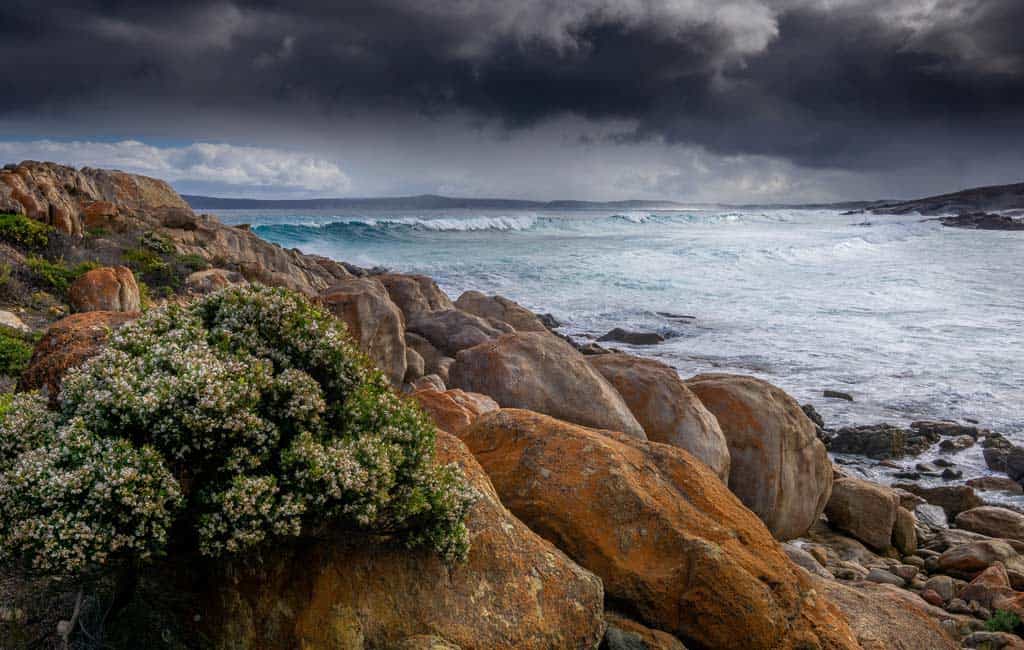
From Bremer Bay, it’s a 5.5 hour drive to Esperance.
Known for its pink lakes, stunning beaches, and active wildlife, Esperance is one of Australia’s most beautiful places.
The famous saltwater Pink Lake is right next to the town, but it isn’t actually pink anymore.
Lake Hillier is the more famous pink lake, which is located on an island off the coast of Esperance. You can access this lake by a boat tour if you wish.
Once you arrive in Esperance, spend the day exploring Cape Le Grand National Park . Lucky Bay Beach is one of the most beautiful beaches in Australia.
It’s famous for its white sand, turquoise water, and kangaroos which frequent the beach.
A great way to see all the highlights of Esperance is to do the Great Ocean Drive. It’s a 40-km loop that starts and ends in Esperance.
Along the Great Ocean Drive is the Observatory Point Lookout, Twilight Beach, Twilight Cove, Ten Mile Lagoon, Lucky Bay Brewing Company, and the Pink Lake.
You can follow the Great Ocean Drive route or just pick and choose the attractions you want to see while you’re here.
Check out our full list of the best things to do in Esperance .
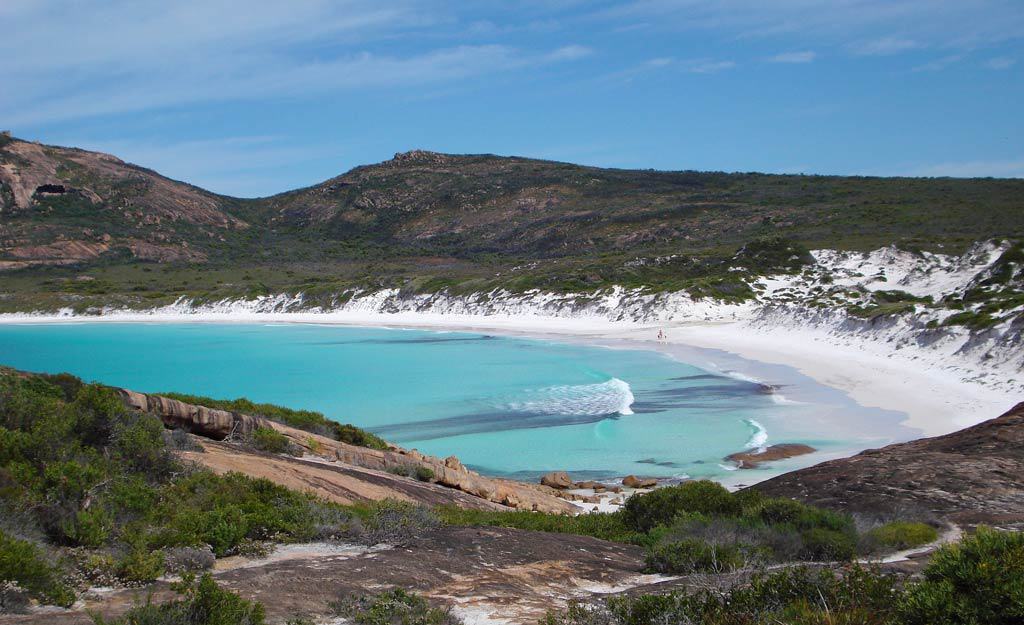
After enjoying Esperance, it’s time to head back to Perth. It’s an 8 hour drive on the inland route. You can do it all at once, but we recommend stopping halfway in Hyden.
You’ll reach Hyden in 4 hours. While you’re here you have to check out Wave Rock. This giant slab of granite that was supposedly formed 130 million years ago is actually shaped like a huge wave.
It has formed this way naturally over time, and it’s one of the coolest natural attractions along the route. It’s worth stopping in Hyden just to see it.
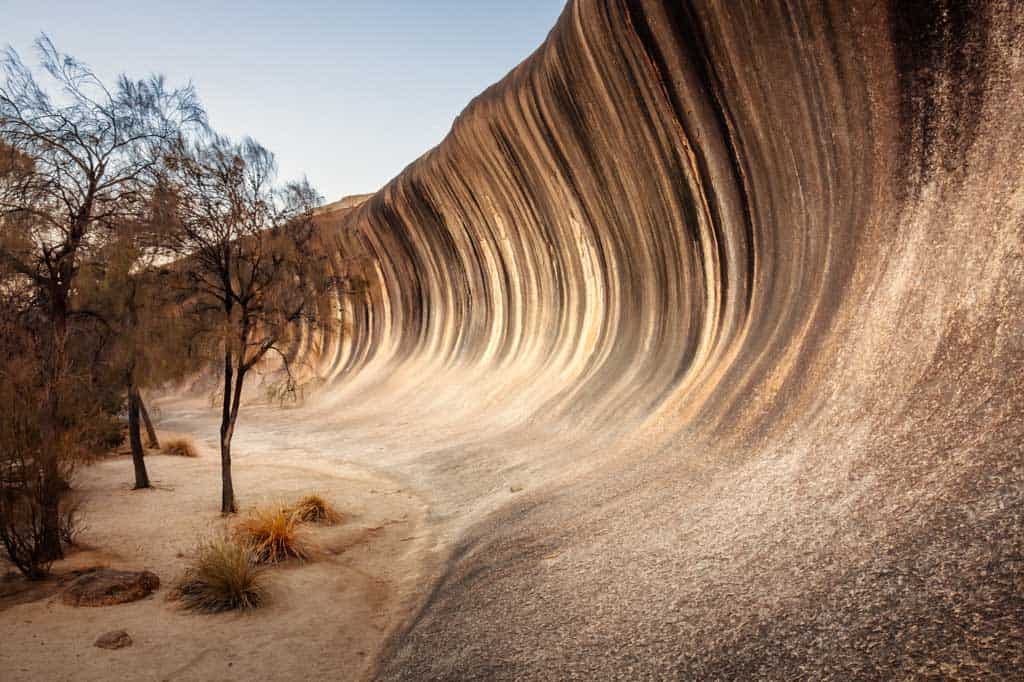
From Hyden, it’s just a 4 hour drive back to Perth! You’ve finished the southern section of this road trip.
You can choose to spend some time relaxing in Perth, or just continue straight on to the northern section.
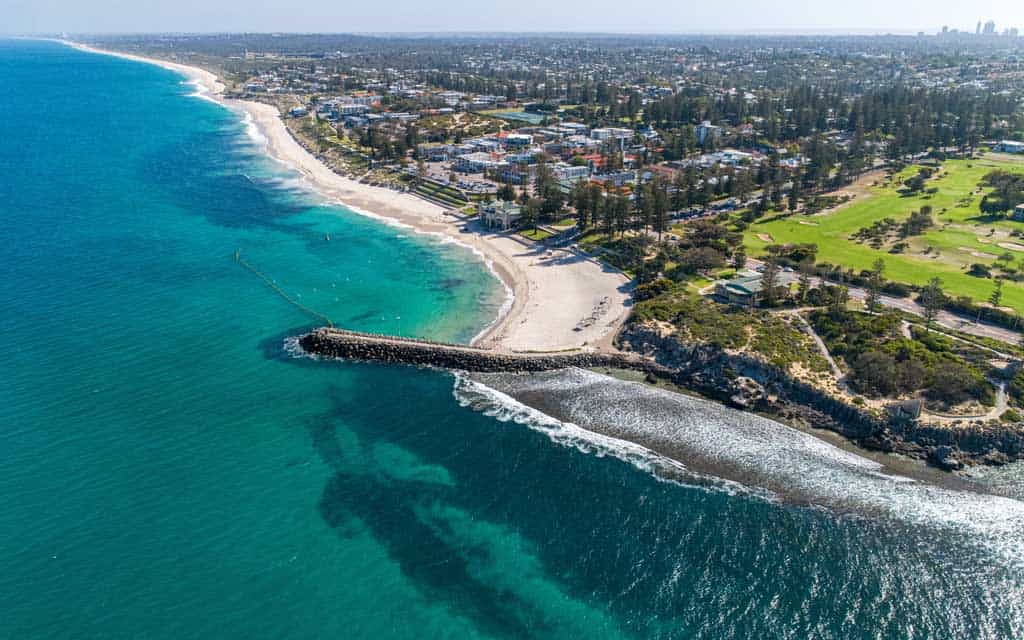
Northern Route
This next Western Australia road trip route goes from Perth up to Broome.
As you head north towards the Coral Coast, the waters of the Indian Ocean get warmer and you’ll find the marine life is flourishing.
You’ll also see lots of dramatic natural landscapes within all the national parks and coastal drives.
The Coral Coast is majestic, colourful, and full of life. It begins in Cervantes, a small town 2 hours north of Perth and ends up in Exmouth.
Read next: Check out our comprehensive Perth to Broome road trip itinerary with more info, or continue reading below for an overview of what you should do on this part of the drive!
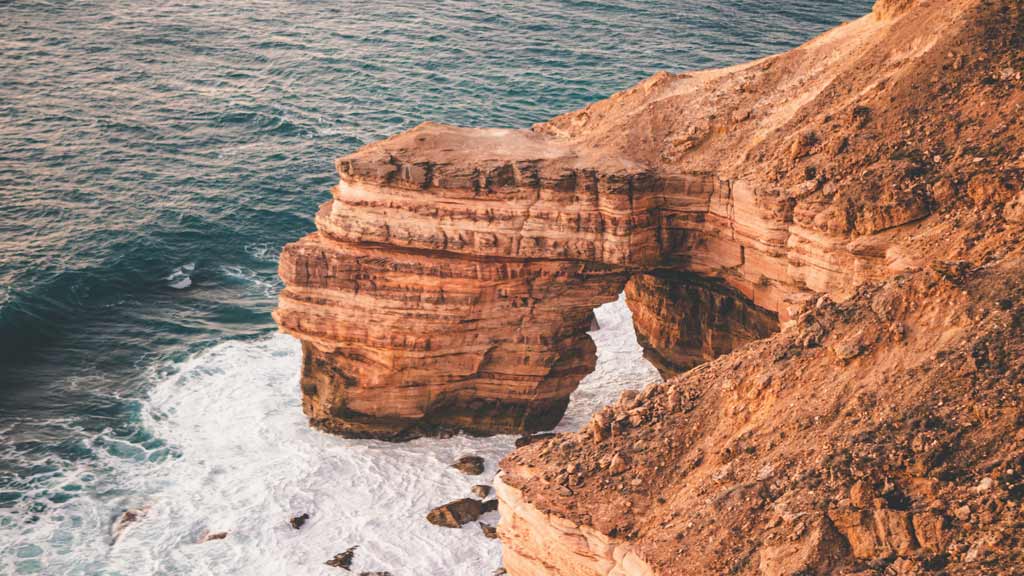
From Perth it’s only a 2.5 hour drive to Jurien Bay. On the way you can make a few cool stops if you’d like.
If you already have your vehicle, then you can keep on driving from the southern loop.
But if you are looking to pick up wheels here, grab a campervan from Perth and you’ll be good to go.
Stop in Yanchep National Park to explore the forest, go wildlife watching, stretch your legs on some walking trails, and seek out some limestone caves.
Lancelin is another unique stop because it has sand dunes! You’ll feel like you’re in the middle of the Sahara Desert here.
If you have a 4WD you can go off roading on the Lancelin sand dunes. Or you can rent a sandboard for $12.50 and have some fun.
But the absolute best stop is Nambung National Park, which is a real highlight of Western Australia.
The Pinnacles Desert in Nambung National Park is an otherworldly natural sight. This arid desert is full of natural limestone rock formations that were formed somewhere between 25,000 and 30,000 years ago.
The Pinnacles are a fascinating sight, and could be considered a must-see on road trips through Western Australia.
Once you arrive in Jurien Bay, enjoy the relaxed pace of this chill beach town. Walk along the white sandy beach and go for a snorkel or swim.
Camp near the beach at Sandy Cape Recreation Park and watch the stars.
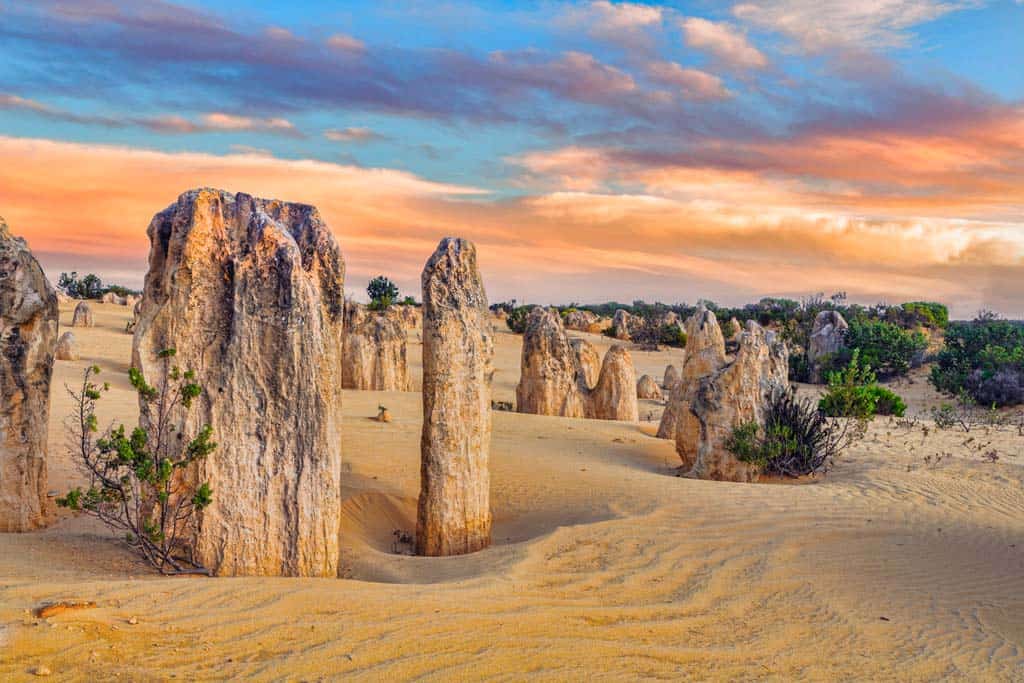
After a good night’s sleep, there is one amazing adventure to do in Jurien Bay before you continue on the road: a sea lion tour!
A colony of sea lions lives on Essex Rocks, which is a 15-minute boat ride away from Jurien Bay.
Book a boat tour so you can visit the colony and go snorkelling and swimming with some friendly sea lions.
After swimming with sea lions, drive 2 hours north from Jurien Bay towards Geraldton.
Geraldton is a pretty quiet town that is a popular stop on a road trip of Western Australia.
Spend the day visiting the cafes, markets, museums, beaches, and swimming holes in the area.
There are a few nice caravan parks in Geraldton as well, where you can rent a cabin or park your campervan.
Tomorrow you’re heading to Kalbarri National Park, which is full of fun things to do.
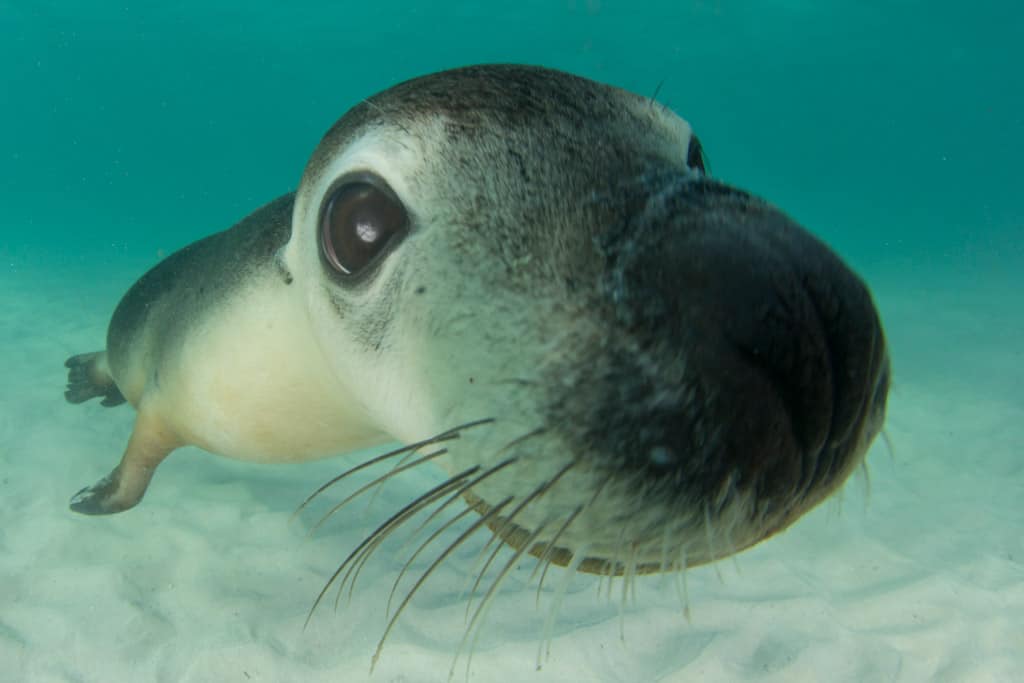
It’s a 2-hour drive from Geraldton to Kalbarri, a resort town framed by rugged coastal cliffs and oceans filled with wildlife.
On the way to Kalbarri you’ll pass by another pink lake called Hutt Lagoon. This lake is still pink due to the presence of a special algae, so check it out if you haven’t yet gotten a cool photo of a Western Australia pink lake.
Once you arrive in Kalbarri, spend some time admiring the stunning coastline. Visit Red Bluff, Natural Bridge, and Island Rock for impressive views of the jagged rocks towering over the ocean.
You can also head into Kalbarri National Park, which has lots of great hiking trails and some iconic landscapes.
The Z Bend Lookout is a short day trail that is quite popular.
The real highlight of Kalbarri National Park is the short, loop trail to Nature’s Window.
This is a large natural arch made of layers upon layers of dusty red sandstone. The arch creates “Nature’s Window” where you can look through over the rivers, forests, and cliffs of the national park.
Check out our list of the best places to visit in Australia for more travel inspiration!
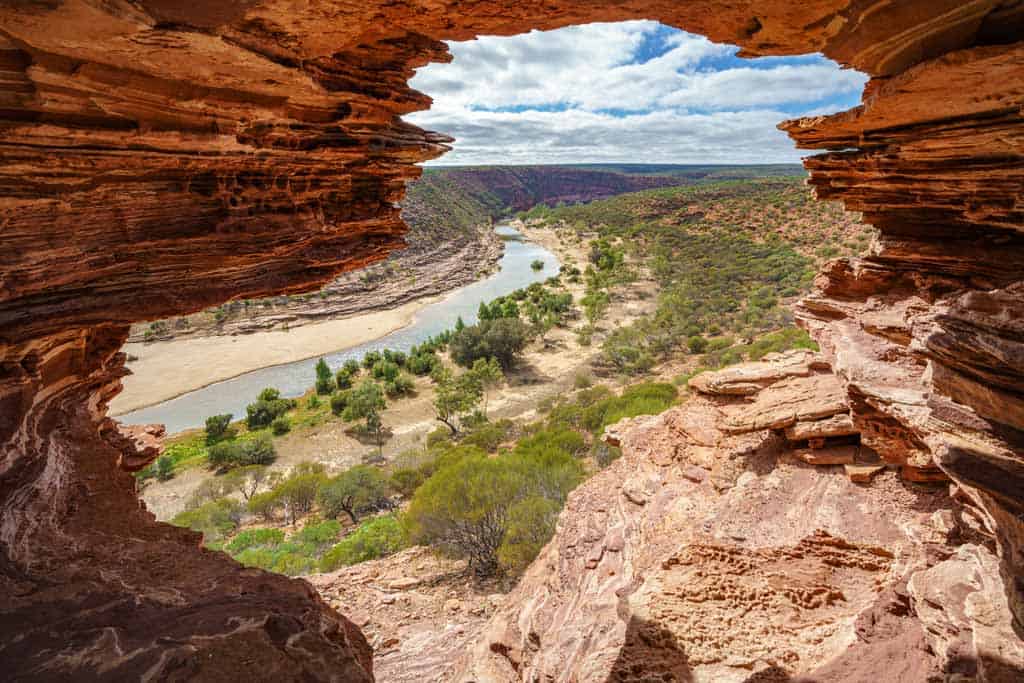
Continue driving north for 4 hours until you reach Shark Bay, then spend the day exploring this very special area of Australia.
Shark Bay on the Coral Coast is a UNESCO World Heritage Site . It is the most westerly point of Australia, and is made up of numerous islands, reefs, national parks, beaches, and more.
Shark Bay is also home to the world’s largest and richest seagrass beds, where you can find large numbers of dugongs grazing in the waters.
There are so many other cool things to see in Shark Bay. Visit Hamelin Pool to see the oldest life forms on earth: a type of living fossil known as stromatolites. These algae colonies are millions of years old.
Another highlight of the area is Shell Beach. This is one of the few places on earth where you can find a beach with billions of tiny shells in place of the sand.
After admiring Shell Beach, visit Francois Peron National Park to see the vibrant natural colors, from the red cliffs and white sandy beaches to the turquoise waters.
Monkey Mia is a small, quiet area of Shark Bay famous for its marine life. From a huge population of wild bottlenose dolphins, to manta rays, turtles, dugongs, and more, Monkey Mia is a great spot for wildlife watching.
Denham is the gateway town to the nature of Shark Bay, so you can find accommodation here unless you want to camp at a more remote campground in Francois Peron National Park. The Monkey Mia Dolphin Resort is another nice place to stay.
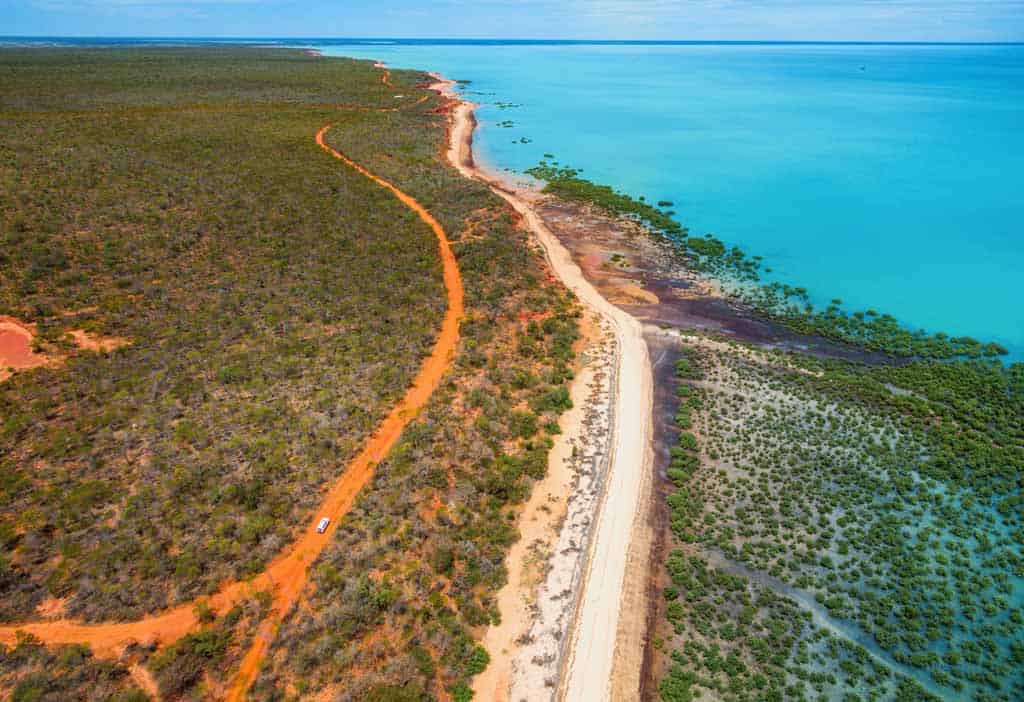
After marveling at the wildlife and colorful nature around Monkey Mia, Shark Bay, and the national park, drive 5 hours to Coral Bay.
On the way you can stop at the Quobba Blowholes to watch the water shoot out of natural rock crevices and up into the air.
Coral Bay is a charming spot on the Coral Coast, so enjoy your day here before heading up to Exmouth tomorrow.
There are a few nice caravan parks near the beach such as Bayview Caravan Park and People’s Park.
The Ningaloo Reef acts as a barrier from the Indian Ocean so the water here is calm, clear, and peaceful. The conditions are perfect for snorkelling, diving, fishing, kayaking, or stand up paddle boarding.
If you want a real treat, you can tour the reefs of Coral Bay on a glass bottom boat.
A highlight of the area is Skeleton Bay, a nursery for reef sharks. Stop here to add another species to your list of animals you’ve seen on this road trip of Western Australia!
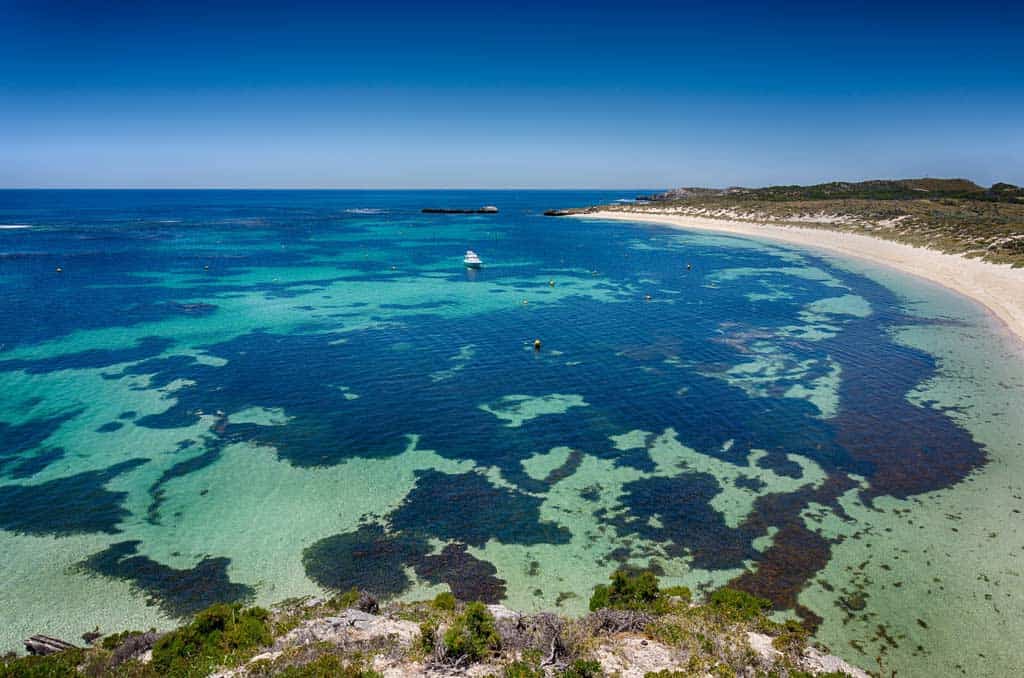
From Coral Bay it’s 2 hours to Exmouth, one of the best places to visit on a road trip of Western Australia.
Stop by the Ningaloo Visitor Centre when you arrive for maps and information. You’ll spend a full day in Exmouth tomorrow exploring the beaches and reefs of Cape Range National Park so make sure you get some rest today in preparation for an incredible day.
Read more about the ultimate Perth to Exmouth road trip if you’re not planning on heading further north.

Exmouth is a major tourist town that marks the gateway to the Ningaloo Coast World Heritage Area.
The waters are filled with coral reefs and marine life, and the land is surrounded by the gorges and cliffs of Cape Range National Park.
It’s a stunning area, and it’s sure to be a highlight of your road trip.
Easily the best thing to do in Exmouth is swimming with whale sharks. These gentle giants roam the warm waters of the Ningaloo Reef, alongside humpback whales and manta rays. You can book a tour to snorkel with the ocean animals during the whale shark season (March through August).
Book your whale shark tour a few months in advance because they sell out quickly!
Other amazing things to do in Exmouth include snorkeling at Turquoise Bay or Sandy Bay, or going hiking on the Yardie Gorge Trail or the Mandu Mandu Gorge Trail.
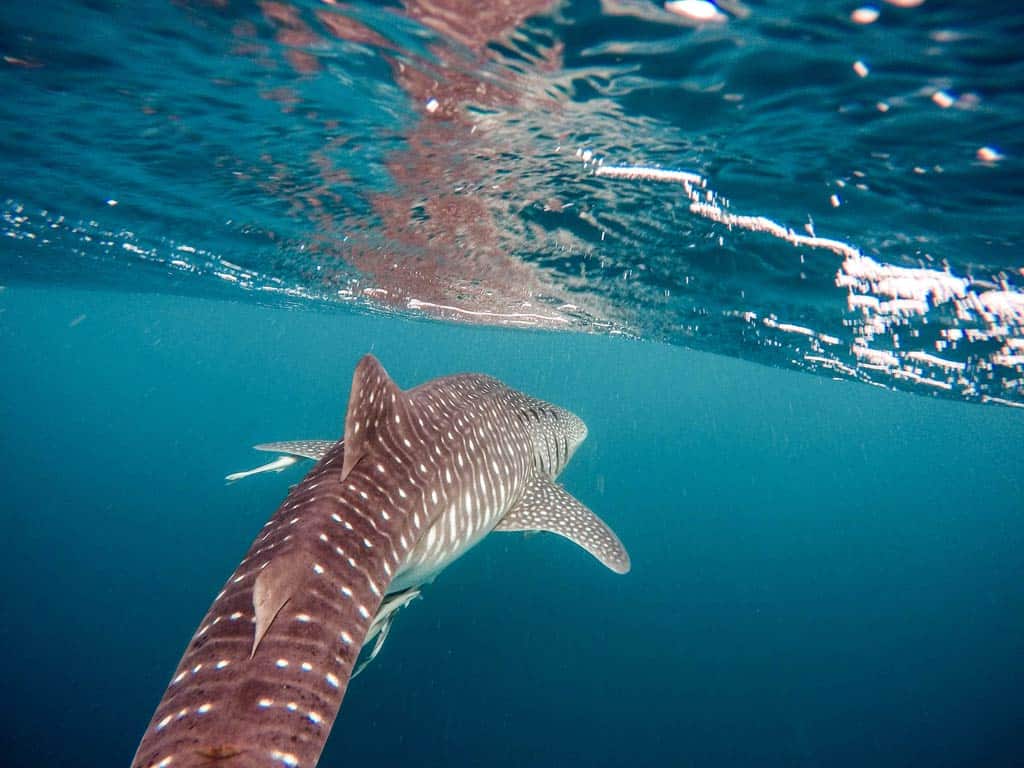
After a big day of snorkeling or hiking, get ready for an 8 hour drive to one of Australia’s most phenomenal national parks. Be sure to fill up on petrol, water, and snacks before you leave.
Once you arrive in Karijini National Park, stop at Visitor Centre in Tom Price which is the highest town in Western Australia. Here you can get maps of the park and stock up on more supplies if needed.
If you have a camper van, a great place to spend the night is the free camping ground near Hamersley Gorge. If you aren’t camping, Karijini Eco Retreat is a gorgeous place to stay.
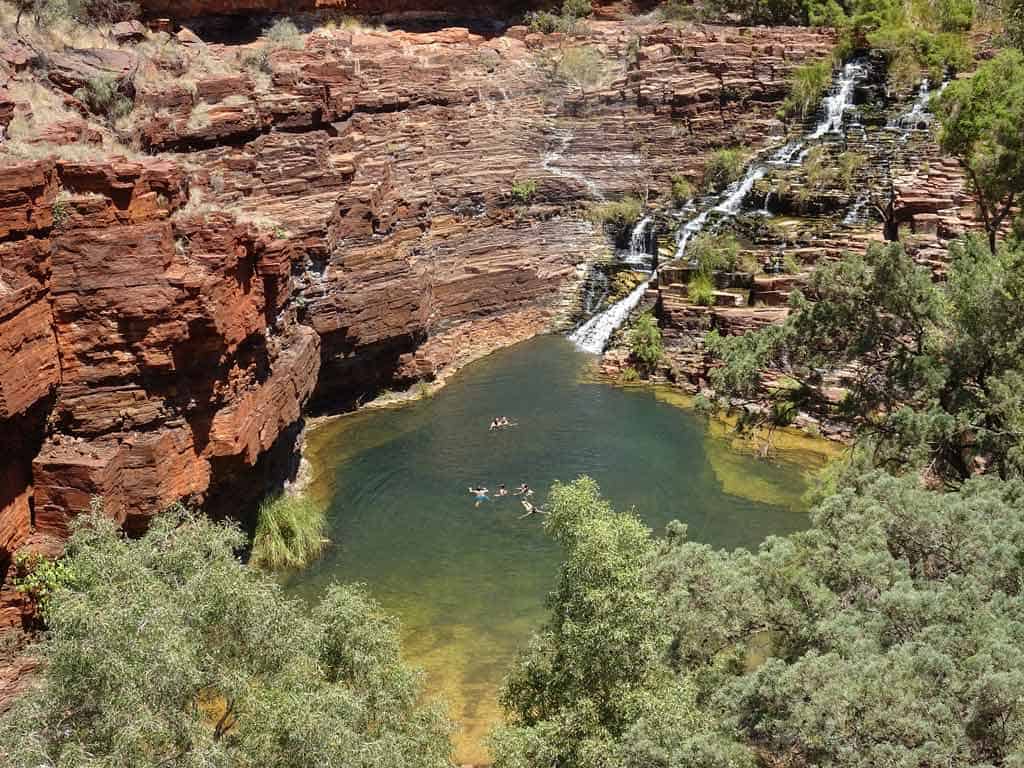
Start your day in Australia’s second largest national park with an early morning swim in Hamersley Gorge.
There is so much to see and do in Karijini National Park , so it’s a good idea to pick which hikes you’re doing the night before
That way you aren’t scrambling to make decisions and you can make the most of your day in the park.
The park is most well known for its rich red hues, swimming holes, and gorges. Some of the best gorges to visit include Knox Gorge, Joffre Gorge, Hancock Gorge, Weano Gorge, and Dales Gorge.
Each one has a challenging hiking trail that can be done in a few hours or more depending on your fitness level.
You probably won’t be able to hike every single gorge in one day, so take your pick of which hikes you’d like to tackle.
You can also just visit lookouts to see the gorges without a strenuous hike if you prefer. Fortescue Falls, Fern Pool, and the 2km Gorge Rim Trail are also highlights of the park.
Dales Camping Area is another lovely camping spot in the park if you’d like to spend the night somewhere new. It needs to be booked in advance.
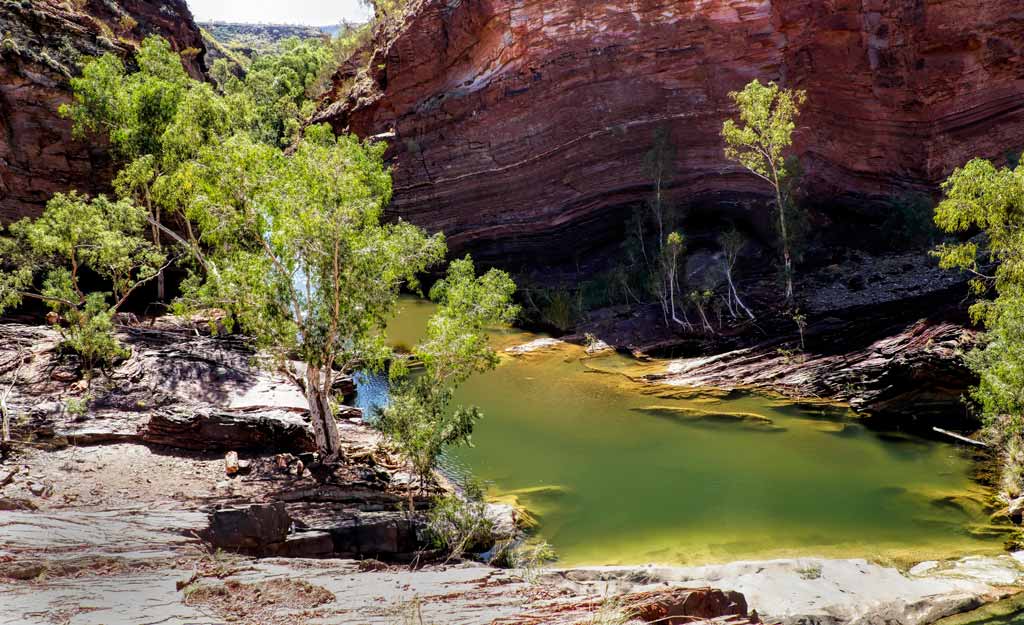
From Karijini it’s a 6.5 hour drive to Eighty Mile Beach.
We suggest driving though Port Hedland, which is a good place to stop for petrol, food, water, and any other supplies.
There isn’t heaps to do in Eighty Mile Beach besides enjoying the long, peaceful stretch of sand.
Go swimming, fishing, birdwatching, or walking. Definitely watch the sunrise or sunset over the ocean.
If you have a 4WD you can drive along the beach. The Eighty Mile Beach Caravan Park is a convenient place to stay. You can park your camper van at a powered or unpowered campsite, or rent a cabin for the night.
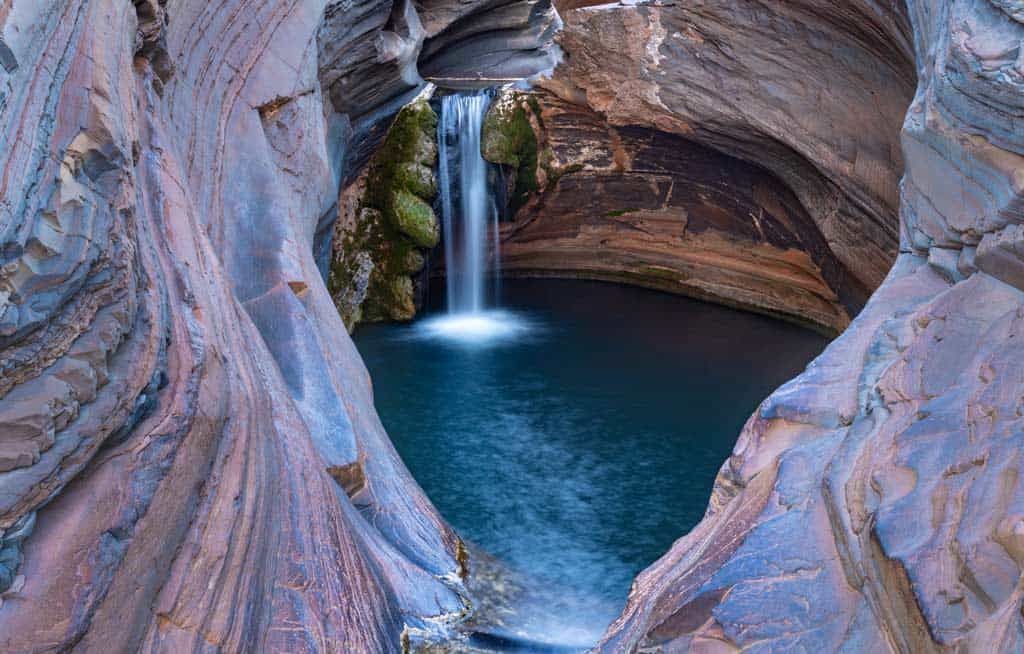
Time to head to the last destination on your road trip of Western Australia! Broome is about 4 hours north of Eighty Mile Beach.
Broome is the gateway to the Kimberly Region of northern Australia. The tropical resort town is best known for its pearl farms and the beautiful Cable Beach where you can ride camels at sunset.
Some of the other best things to do in Broome include visiting the museums and Aboriginal art galleries, going whale watching, and checking out the views at Roebuck Bay.
Further west from Broome lies the Gibb River Road, a scenic drive through the heart of the Outback.
Consider heading that way if you have more time to road trip, as it’s a unique part of Australia that has some beautiful gorges and lakes.
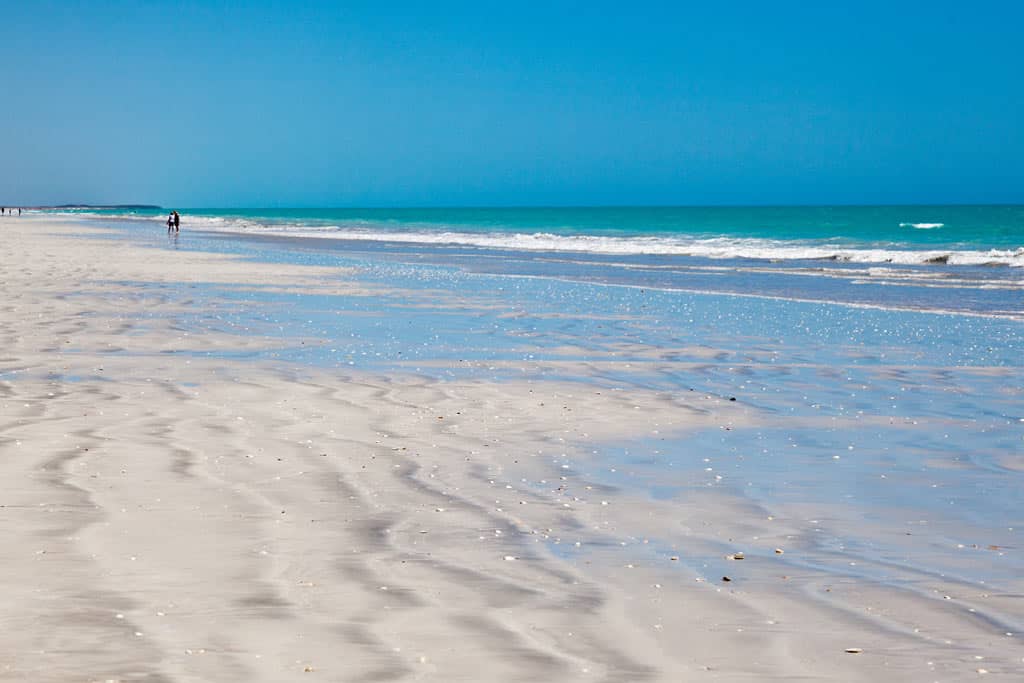
After enjoying Broome, you have finished the most epic road trip of Western Australia!
If you have your own camper van or car, consider continuing north towards Darwin and Kakadu National Park in the Northern Territory. You’ve already made it this far, why not see more of the best places in Australia?
If you have a rental vehicle to return, or you’re done road tripping and you have responsibilities to get back to, get ready for a big drive back to Perth.
It’s almost a 23 hour drive from Broome to Perth via the National Highway. This route cuts inland so it’s a bit faster than heading back along the coast.
Don’t forget you can also look into one-way campervan rentals for a slight premium if that suits your itinerary more.
Hopefully this guide will help you on your next adventure out in Western Australia!
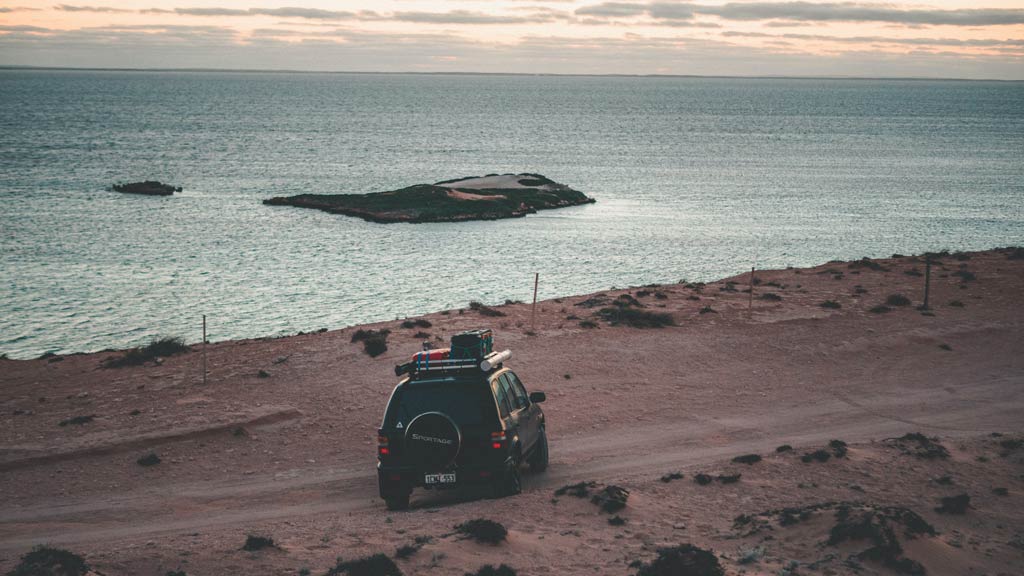
DISCLAIMER: Some of the links in this article are affiliate links, which means if you book accommodation, tours or buy a product, we will receive a small commission at no extra cost to you. These commissions help us keep creating more free travel content to help people plan their holidays and adventures. We only recommend the best accommodations, tours and products that ourselves or our fantastic editorial team have personally experienced, and regularly review these. Thanks for your support, kind friend!
Gabby Boucher
Hi, We’re Alesha and Jarryd!
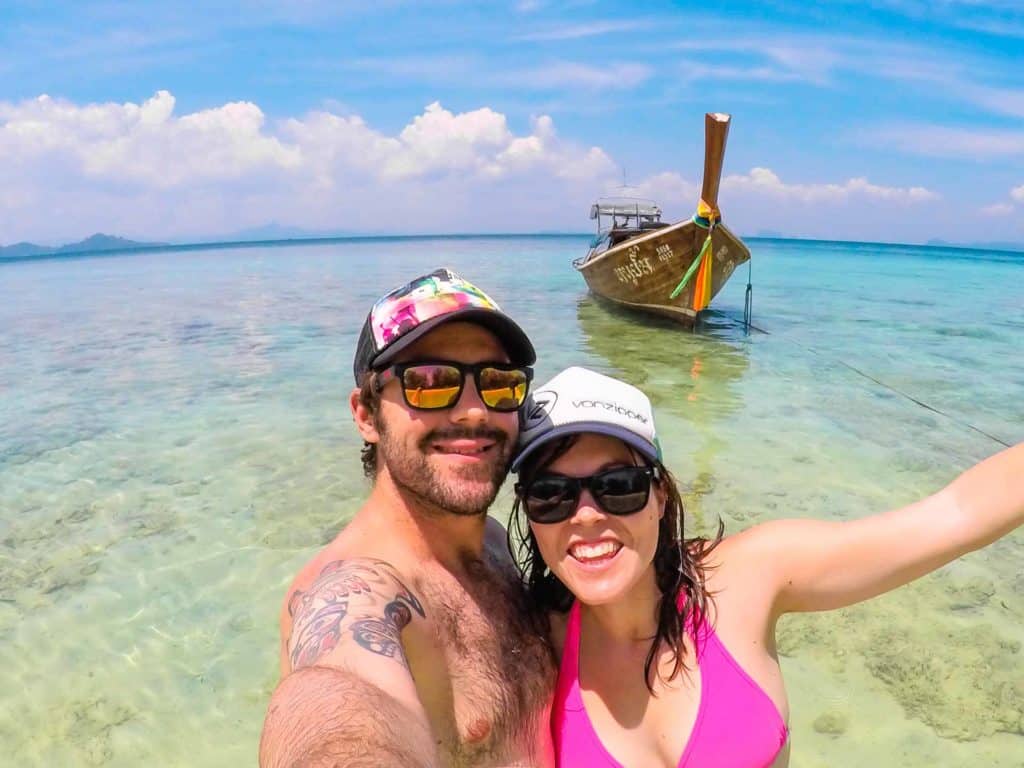
We’ve been traveling the world together since 2008, searching for the planet’s best destinations and adventures.
Love Travel?
Sign up for our free weekly newsletter for the best travel tips, ideas and deals!
We respect your privacy. Unsubscribe at any time.
READ MORE...
Brisbane to Cairns Drive – The Perfect Road Trip Itinerary
Atherton Tablelands Waterfalls – The 10 BEST Cascades to See
16 BEST Cairns Day Trips Not to Be Missed [2024 Guide]
Related posts, 16 awesome free things to do in sydney (2024 guide), the perfect 1, 2 or 3 week australia itinerary [2024], the 30 best places to visit in australia (2024 edition), 2 thoughts on “the ultimate western australia road trip itinerary”.
Thanks so much for this brilliant guide. We are going over in about 3 months and your excellent summary of the region will form the basis of our itinerary. Cheers.
I love the way you guide me as a reader. Amazing photos and you have a great adventure to the beautiful places. Thank you for sharing. This is what you meant by adventure, but getting there is the best part of the trip.
Leave a comment Cancel reply
Save my name, email, and website in this browser for the next time I comment.

How to Plan the Perfect East Coast Australia Itinerary on a Budget
By: Author Taylor Lorenz
Posted on Last updated: 10/25/2023
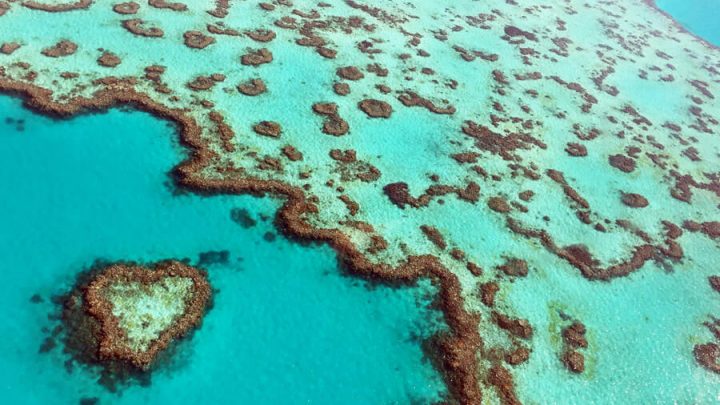
The East Coast of Australia is a must-do for every backpacker in the country. It is the most popular route for travellers and easily has the most things to see in Australia. There is a very beaten backpacker trail as you as either go north or south so you’ll most likely run into people along your trip.
The East Coast is a very long route as you will be travelling most of the country. The first mistake people make is thinking it can be done quickly. Australia is about the size of the USA so driving the entire strech of the East Coast will take days. So even through there are so many things to do in Australia along this trip they will still take time to get to so be prepared to buckle up and plan to spend some time in Australia to really see it all.
The best part of an East Coast trip is that most places to visit in Australia are natural. From stunning beaches to gorgeous islands and even the oldest rainforest in the world, you’ll find them all and what to do in Australia in this sample itinerary.
Table of Contents
East Coast Australia Itinerary
Recommended australia tours.
- Most of the Coast: Sydney to Cairns
- Australian Highlights
- Uluru & Kings Canyon Adventures (I personally did this tour and highly recommend it!)
Daily Breakdown of My Australia Trip Itinerary
How this itinerary works: In order to accommodate itineraries varying from 2-6 weeks I list the minimum amount of days to the maximum amount of days to spend in each spot to give you a rough idea of how much there is to do in each stop along the coast. I list typical activities to do in each stop, day trips and then link to further resources to help you create the perfect itinerary for each destination.
This East Coast Australia guide is made specifically for backpacking Australia but it can also be used for anyone travelling the East Coast as it covers what to see in Australia and the best places to visit in Australia.
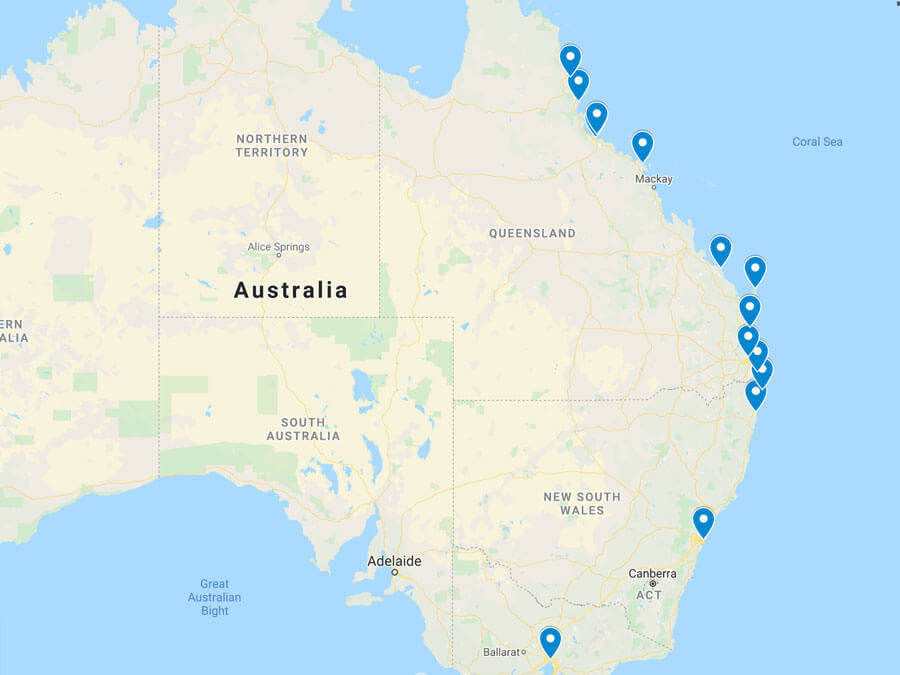
Suggested Time: 2-5 days
There are so many things to do in Melbourne that you could easily spend a week here. Spend a day roaming around the CBD (central business district), exploring the hidden bars and street art in the alleyways. Grab a bite to eat at one of the fabulous restaurants along the Yarra River and find a rooftop bar to hangout for the evening.
Hit up St Kilda beach for an afternoon, wander through the Botanical Gardens and don’t miss out on trying a freakshake! Melbourne is a foodies paradise so the chances are that there will be some kind of food festival going on while you’re visiting. Most of the museums are also free and you can find out tourist info in Fed Square.
There are also a number of days trips from Melbourne that are totally worth it:
- Great Ocean Road : A stunning 2-day road trip or day tour, if you do any day trips from Melbourne make it this one
- Philip Island : See the fairy penguins, famous because they’re so small and adorable
- Yarra Valley : Wine lovers head here to one of Australia’s biggest and best wine regions for a day of tastings
- Peninsula Hot Springs : Take a day to relax in the cave pool, hot springs, sauna and bath house
READ MORE: 51 Things to do in Melbourne (21 of Them are Free!)
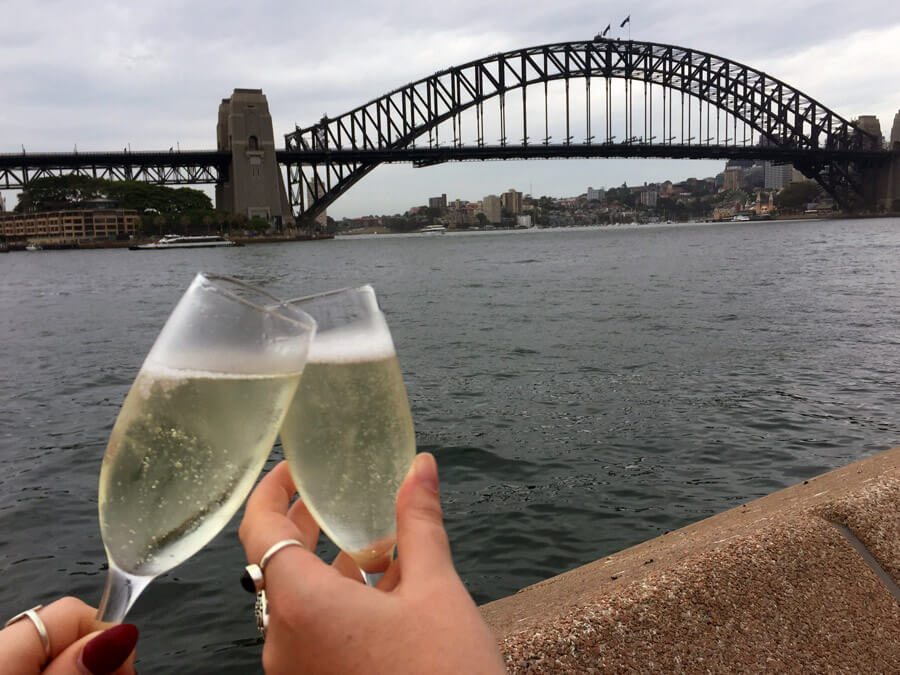
Suggested Time: 3-4 days
A stop in Sydney is a no-brainer. You simply must day a take to wander through the CBD, making your way over to the Sydney Opera House where you can stop for a drink and take in views of the Sydney Harbour Bridge. From there walk through the Royal Botanic Gardens for even better views. Roam around The Rocks and find yourself at Darling Harbour for the evening for dinner and drinks.
A second day should be spent at one of the many beaches such as Bondi Beach, the most famous. Don’t skip the Bondi to Coogee coastal walk for breathtaking views of the water and beaches. And if you’re feeling adventurous try climbing the Harbour Bridge for an epic photo opp.
A third day can be spent on another beach, Manly Beach, cruising around the water or visiting the zoo .
Sydney also has a number of really great day trips:
- Blue Mountains : This national park is famous for the Three Sisters. You can get here by public transport, hike around the stunning area and be back in Sydney for dinner
- Hunter Valley : Another treat for wine lovers, Hunter Valley is another one of Australia’s best wine regions
- Royal National Park : If want Insta pictures in those cool figure eight pools, this is where you find them
- READ MORE: 5 Easy Trips from Sydney
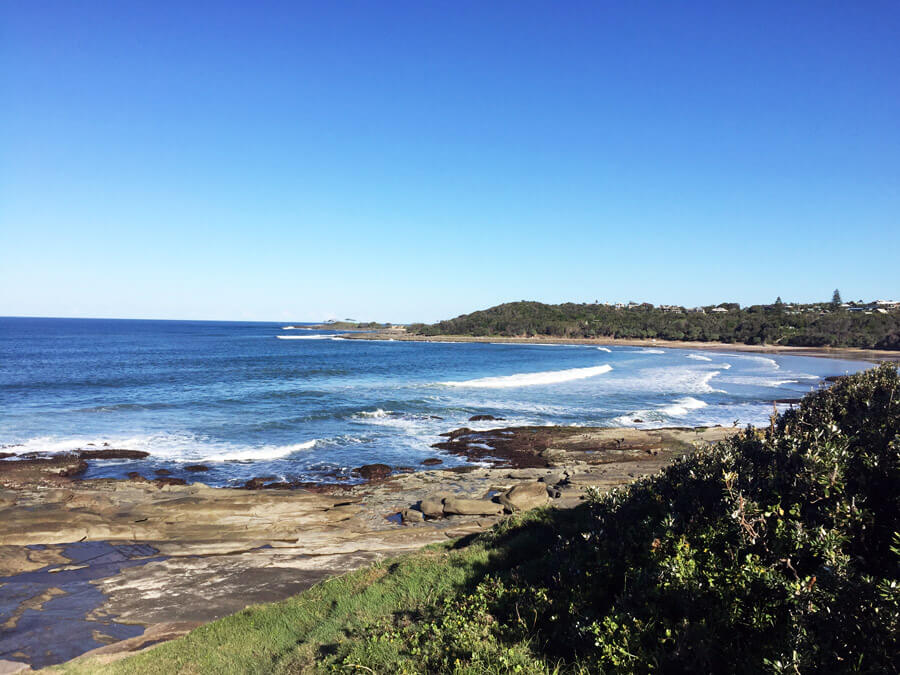
Suggested Time: 2-3 days
With so many places to go in Australia the smaller spots are often overlooked or unherd of. Yamba is a small town that is off the beaten track but it is quickly becoming popular. It’s the perfect place to chill out for a few days on one of the 12 beaches with its laid back vibe. And if you’re Canadian you’ll find the most folks from home in Australia in this spot!
Surfers must stop here as it is home to the best surfing in Australia, is where a number of pro surfers live and the creator of Billabong. Surf lessons here are extremely cheap, I’m talking under $20 so if you want to give it a go you won’t find any cheaper.
There’s only one hostel where you can sign up for surf lessons and you must do Shane’s Yamba tour, for $15 it’s probably the cheapest tour in Australia.
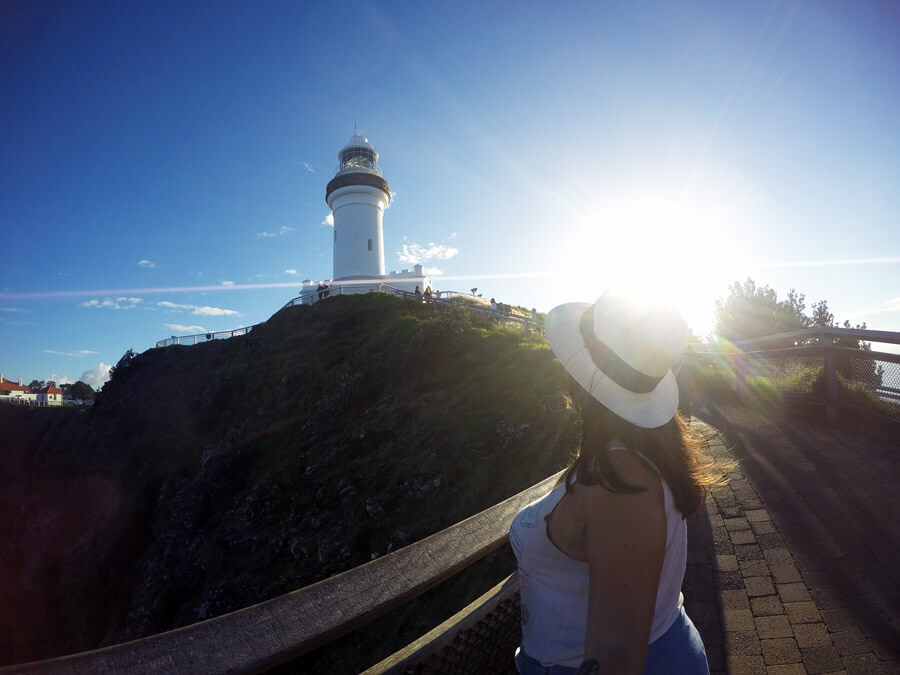
Suggested Time: 2-4 days
So many people fall in love with Byron Bay and end up staying here longer than planned. I don’t blame them and you’ll see why too. This is another top spot for surfers but has more action for those who don’t like spending so much time in the water.
Here you can still get outdoors by hiking up to the Cape Byron lighthouse and visiting the most easternly point in Australia close by. Or spend your days chilling out on one of the many beaches such as Main Beach, Clarks Beach, The Pass and more. Byron Bay is also known for its dolphins which you have a very high chance of spotting. So jump in a kayak and have a leader take you to the best lookout spots.
Byron Bay is a popular hangout for backpackers, it is also quite touristy but still has a very laid back vibe. So shop your heart out at the chain and local stores or at some of the top markets such as the Byron Bay Artisan Market (Saturday nights, October-March) and Byron Bay Markets (first Sunday of every month). And spend your evenings partying at the local bars.
There is one popular day tour from Byron Bay:
- Nimbin : This small hippie town is completely stuck in the 60s and is known for its “special” treats. Many tours include waterfalls and cliff jumping too
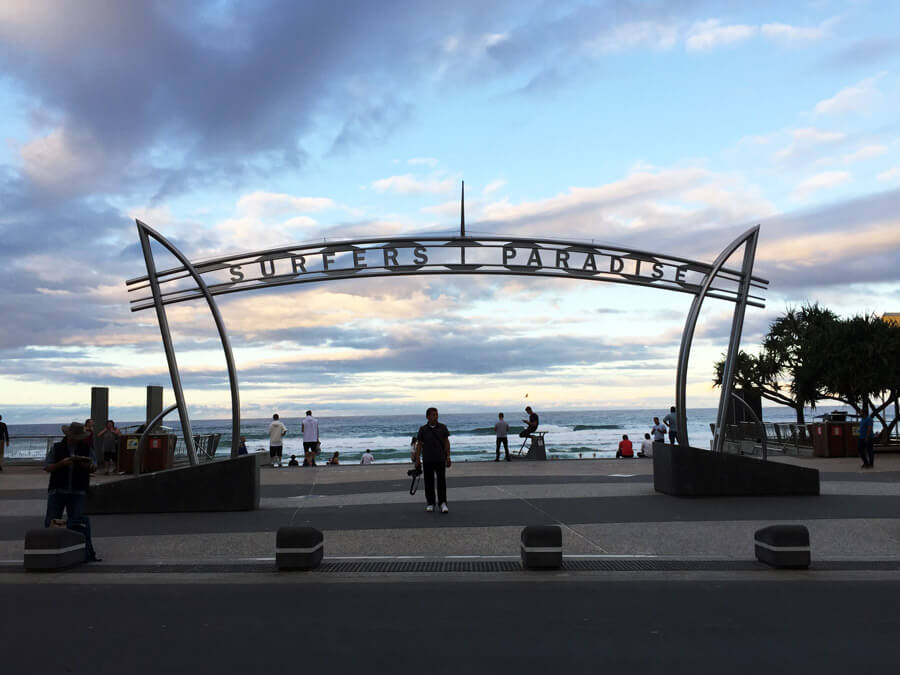
If you love to party you’ll love Gold Coast. Gold Coast is not actually an area like the Sunshine Coast is but a city in itself. It is the most touristy city in Australia. Despite its most popular area’s name, Surfers Paradie, the surfing is only okay. The beach itself is fine but my best advice is to only spend a few days as there are much better beaches along the coast.
You can spend a lot of time shopping and partying here. All the main tourist attractions are here and day trips can be taken to amusement parks such as Sea World, Dreamworld and many more. Plus there’s spectaular natural scenery on the city’s doorstep like these waterfalls .
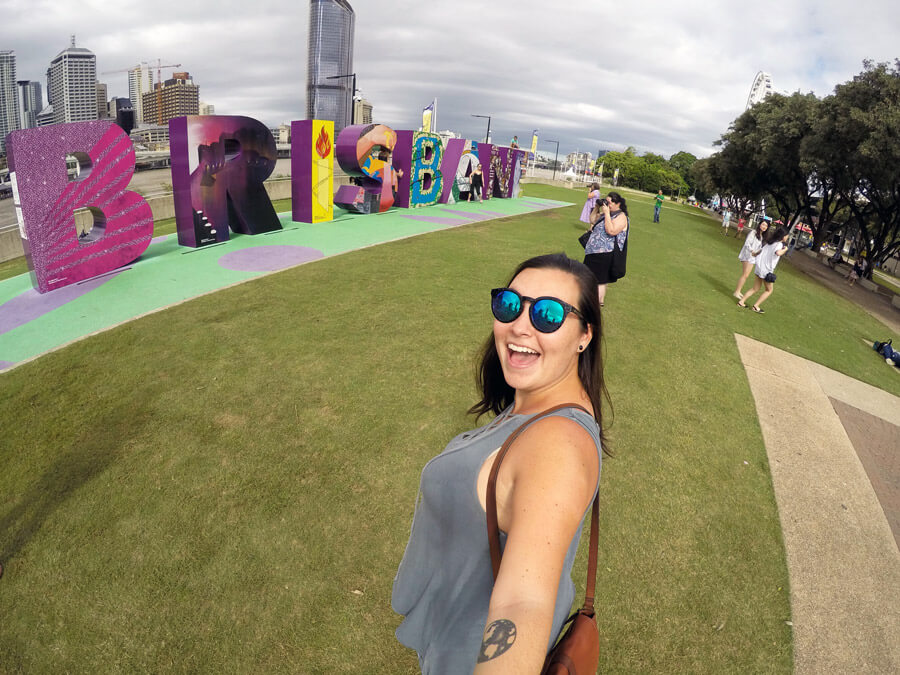
In all honesty I found Brisbane to be the most boring city in Australia. However a stop here will break up your trip between Gold Coast and Noosa and it will be the last city you see until the end of the this trip!
Spend a day roaming around the CBD where there are lots of shops and make your way over to Southbank. It’s here that you’ll find the famous Brisbane sign along the river. Walk a little further and there are a ton of restaurants, a pool and a manmade beach in the middle of the city.
A trip to the city’s West End will show you the quirkier side of Brisbane with some of the city’s best restaurants and bars. The city’s best collection of art can be found at GOMA. And don’t miss the chance to hop on the free ferry for a ride down the river where you can jump off to explore more of the city. As for nightlife the trendy hot spot is Fortitude Valley.
The most popular day trip from Brisbane is:
- Australia Zoo : Made famous by Steve Irwin himself, this is the biggest zoo in Australia
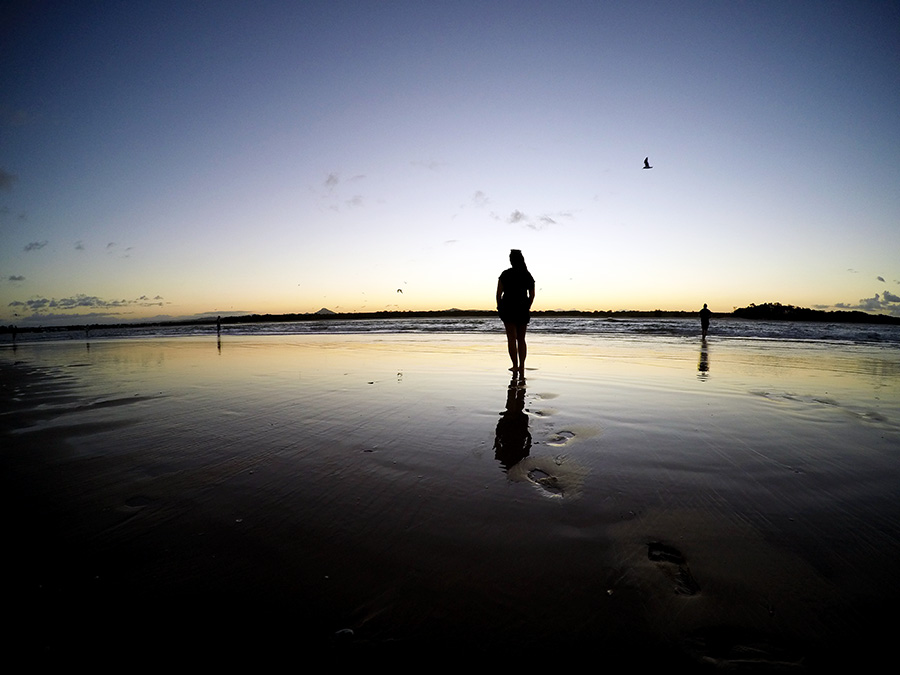
I’m a little obsessed with Noosa. It is hands down my favourite place in Australia, but I won’t hype it up too much. People always prefer one or the other: Noosa or Byron Bay. Noosa has an even more chill vibe, there is less partying and more beach time with sunsets.
Spend some time on the Main Beach, watch sunset from that beach or walk along it to where the river meets the ocean for even better views. Surfing here is also quite good.
But the best part about Noosa is the national park that has an amazing coastal walk. Get up early and watch the sunrise from Hell’s Gate or walk it during the day, seriously it could be a daily activity. Stop by the fairy pools for a dip in the natural pools in the rocks during low tide. Stop and just take in the stunning views and watch the surfers along the way.
Shop along the main street, Hastings Street, but bring your credit card. Window browsing is all you’ll be able to do if you’re on a budget. Though you can find cheaper places for coffee and gelato here too. Lastly take a 30 minute bus ride to the Emundi Markers which are every Wednesday and Saturday until about 1PM. There is everything here from local crafts, food, jewelry, photography and so much more.
Noosa also has popular day trips:
- Noosa Everglades : There’s only two in the world, so if you love nature jump in a boat and tour to see the River of Mirrors where you can canoe or kayak, a self-guided tour is always a cheaper option
- Australia Zoo : You can also do a day trip to the Australia Zoo from here as it’s about half way between Brisbane and Noosa
READ MORE: 14 Things to do in Noosa
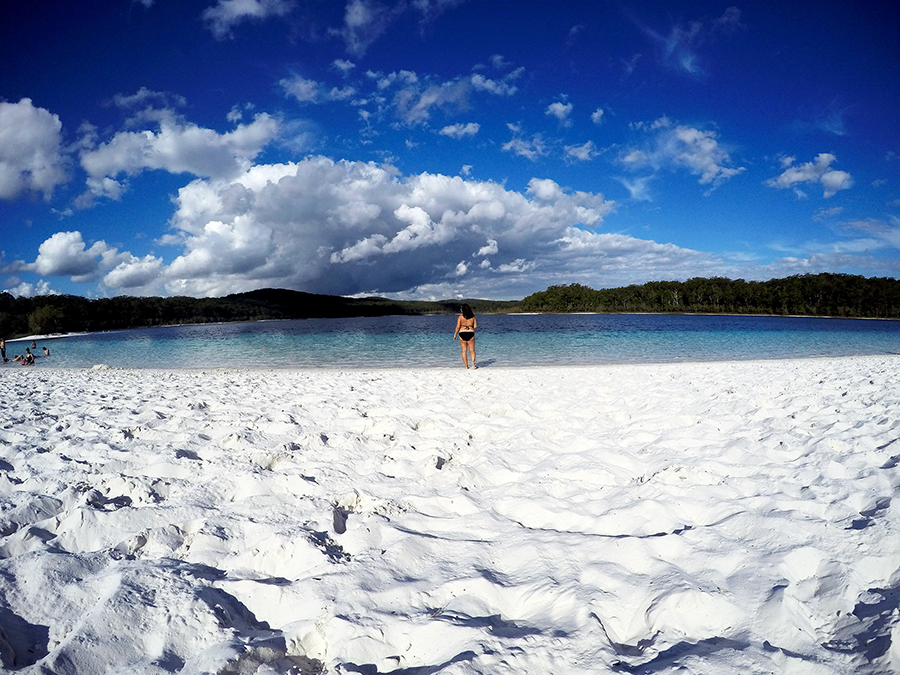
Fraser Island
Fraser Island is the largest sand island in the world. It is a must-do trip so you can drive along the beach, star gaze, learn about the history and culture of the island and see local wildlife such as dingoes. You can do a trip to Fraser Island from one of 3 jumping off points: Noosa, Rainbow Beach or Hervey Bay. There are also options to start in Noosa and then finish in Rainbow Beach which is more north so you can continue your East Coast trip up.
I will warn you that a Fraser Island tour is not cheap but it is well worth the splurge to see this incredible place. A 2-3 day tour is recommended, but one-day tours are available if you’re limited on time.
READ MORE: The Australian Island You Can’t Miss: Fraser Island Tours with Drop Bear Adventures
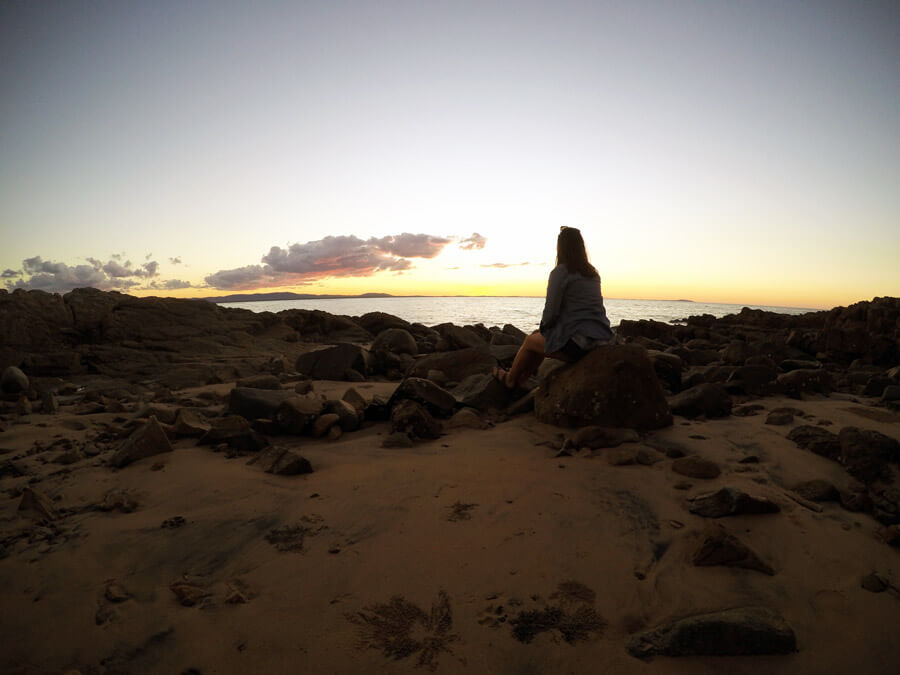
Agnes Water and Town of 1770
Suggested Time: 1-2 days
A stop here breaks up the long trip between Noosa or Rainbow Beach and Airlie Beach as bus journeys are about 9 hours between Noosa and Agnes Water and Agnes Water and Airlie Beach (be sure to get night buses!).
Agnes Water is really just a small tourist town so you don’t need long here. Stop by for some surfing (lessons here are also very cheap) or hire a bike to get to some areas for hiking such as the scenic trail to the Captain Cook monument. You could also do a Larc tour, a boat that drives on land as well as in the water.
What you absolutely can not miss is the Scooteroo tour. They’ll be given a leather jacket and will drive around Agnes Water and 1770 in a group to see the area and then watch sunset. Even if you don’t do Scooteroo a sunset is in order as the Town of 1770 is one of the best spots along the East Coast to watch.
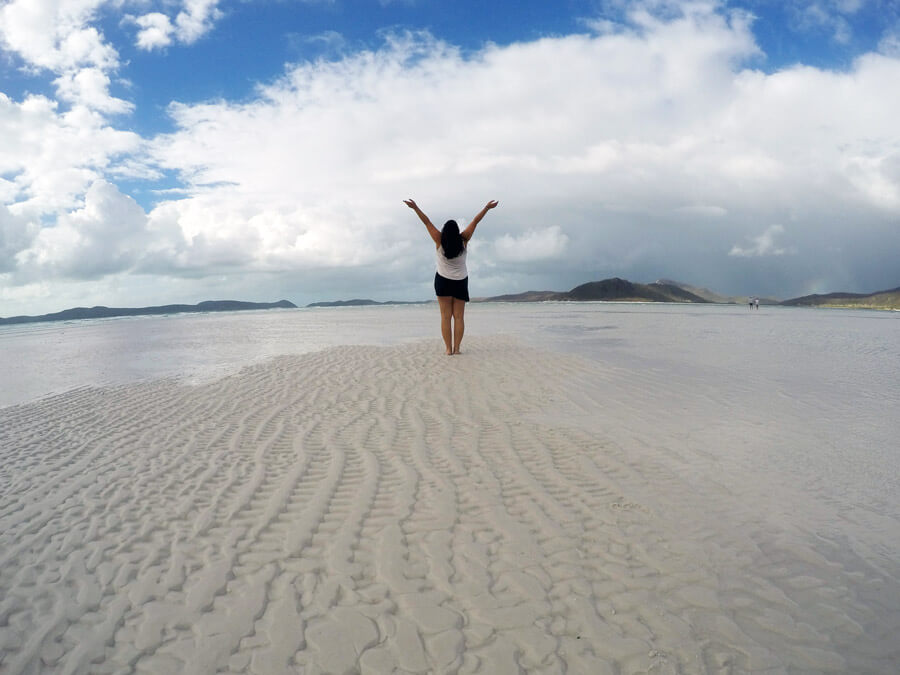
Airlie Beach and Whitsunday Islands
In Airlie Beach itself there is not a whole lot to do. It mainly acts as a jumping-off point for the Whitsunday Islands. However you will most likely have some time to kill before of after your tour so you can chill out at the Airlie Beach lagoon, visit the beaches such as Boathaven Beach or do the coastal walk to Cannonvale Beach.
This is most certainly not a budget option but I highly recommend it. I swear a scenic flight over the Whitsunday Islands and the outer Great Barrier Reef was the best splurge I had on my trip along the coast. I paid $179 but I’ve heard you can find them for as cheap as $99! This is where you can see the famous Heart Reef.
And while you’re here don’t miss a sailing trip around the Whitsunday Islands. This is what everyone comes here to do! Spend 2-3 days on a sailboat where you can visit one of the world’s most beautiful beaches, Whitehaven Beach, snorkel the Great Barrier Reef and soak up the sun on the deck. Prices range significantly on tours and some boats are known to be party boats. I recommend using BookMe where you can find tours with big discounts or Get Your Guide because they have an awesome selection that shows you majority of the tours available.
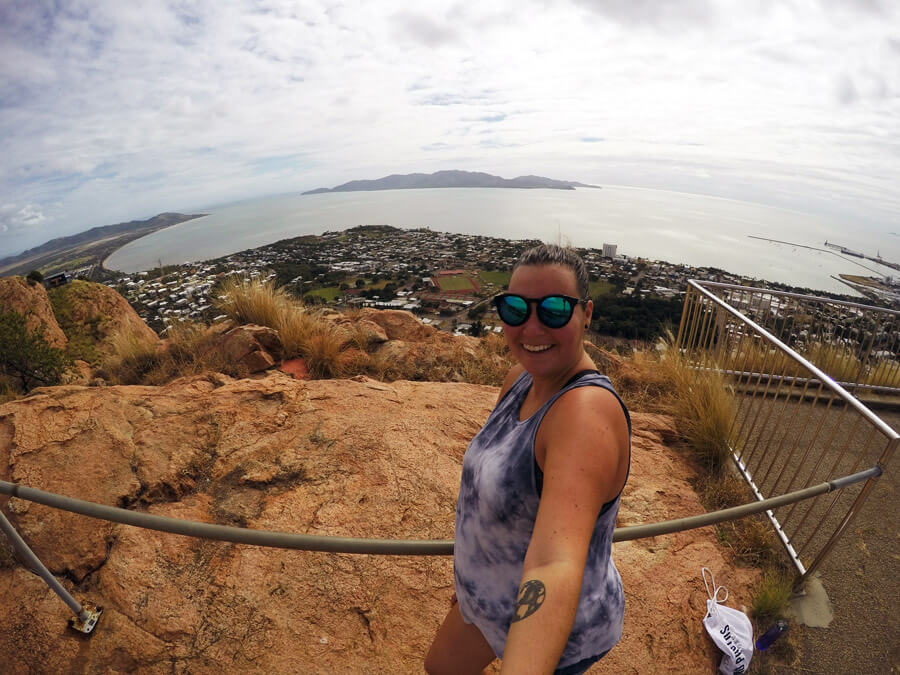
Townsville is another stop to help break up long trips and is also the jumping-off point for Magnetic Island. There’s no need to spend long here, you can explore the entire coastal city in just 2 days. One of the most popular things to do in Townsville is a hike to the top of Castle Hill for views of the city and Magnetic Island.
Spend some time along The Strand where you’ll find beaches, restaurants and parks. The Reef HQ is awesome for those who don’t like diving or snorkelling as you can see a ton of underwater life as it’s the largest living coral reef aquarium. Then there’s the Billabong Sanctuary where you can experience Australian wildlife and interact with the animals.
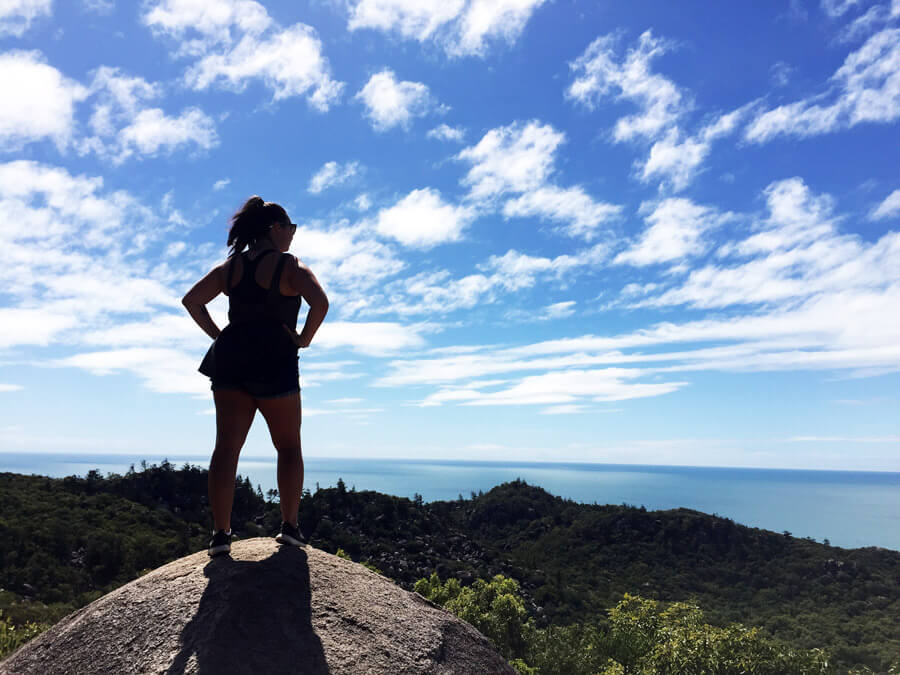
Magnetic Island
Magnetic Island is a quick half an hour ferry ride from Townsvile and one of my favourite places in Australia. The locals often refer to it as Maggie, since Australian’s shorten everything. What’s so special about this island is its unique formation of rocks that jut out to create a different landscape.
Activities on the island include lots of hiking. Some of the best trails are The Forts Walk where you can spot wild koalas and the hike to Radical Bay from Horseshoe Bay. Be sure to time getting back to Horseshoe Bay for sunset as it’s stunning with islands in the background.
If you haven’t already you can get your picture with a koala or have breakfast with koalas at Bungalow Bay which is also the hostel I recommend staying at. By far the coolest thing to do is rent one of the famous Barbie cars to cruise around to different hiking spots. It isn’t cheap but if split 4 ways it is affordable. And you must visit the rock wallabies, they are tiny wallabies that live in the rocks that are just too cute!
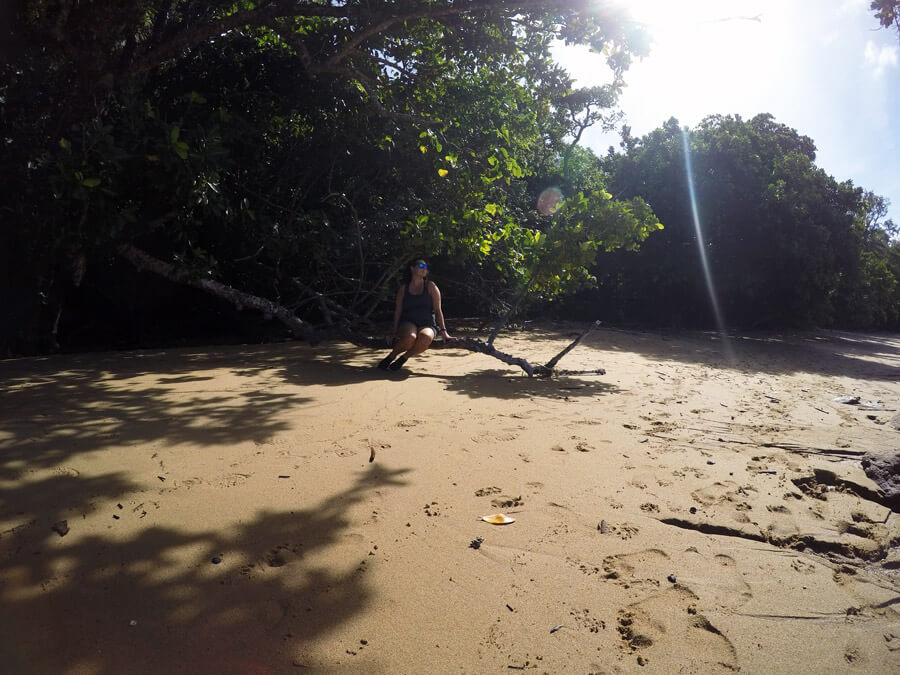
Mission Beach
Mission Beach is Queensland’s little secret. This small town of only 3000 people is most known for being the best spot to sky dive in Australia . My best advice is to wait until you get here to do it as you’ll fall through the sky over the Great Barrier Reef and it is the only spot in Australia to guarantee a beach landing.
If sky diving isn’t for you then you can walk along the beach, it’s perfect to because of its packed sand. Or try a day trip of white water rafting in nearby Tully. There are also hikes throughout the area in the tropical rainforest. However if you don’t have a car exploring Mission Beach is a challenge.

Suggested Time: 3-5 days
Cairns is the most popular for one of the top Australia attractions: diving and snorkelling the Great Barrier Reef. There are so many options available from multi-day dives to half day snorkelling tours . The city itself is a bit of a party town as it’s the biggest city since Brisbane and people tend to get a little wild.
But being back in a city means art galleries are around but luckily it still have a small-town feel. You can explore the markets such as the Cairns Night Market and The Esplanade Market. And during the day you can hangout at The Lagoon, a manmade spot by the water with a swimming pool and beach that’s a favourite among locals and tourists.
There are also the Botanical Gardens which has a few hikes. But what Cairns has the most of is days trips.
- Snorkelling and Diving Tours : The most popular islands to visit off the coast are Fitzroy Island and Green Island
- Cape Tribulation : An area known for its ecotourism in the Daintree Rainforest, people visit here for the wildlife and jungle surfing (zipling through the trees)
- Atherton Tablelands : A part of the UNESCO World Heritage site that also inclues the Daintree Rainforest, the Atherton Tablelands are an area with ancient rainforest and contain the popular waterfall route that will take you to stunning waterfalls in the region
When you visit Australia you’ll quickly notice how expensive things are but if you’re smart, plan ahead and know what to look out for you will be able to do all of the pricey activities and not miss any of the best sights in Australia.
Best Time to Travel East Coast Australia
If you plan on spending a lot of time on the beach or in the water the best time to visit Australia’s East Coast is during the summer (December-February) however it will be wildly hot and rainy season in tropical Northern Queensland. This is also peak tourist season. My recommendation is to travel in the off seasons, spring (September-November) or fall (March-May) when prices are lower, there are less crowds and the weather is decent on all parts of the coast.
That being said, there really is no bad time to travel Australia’s East Coast as it will be warm throughout the year in Queensland but prepare for the cool weather in New South Wales and Victoria! By cool I mean it can snow in Melbourne in the winter (December-February).
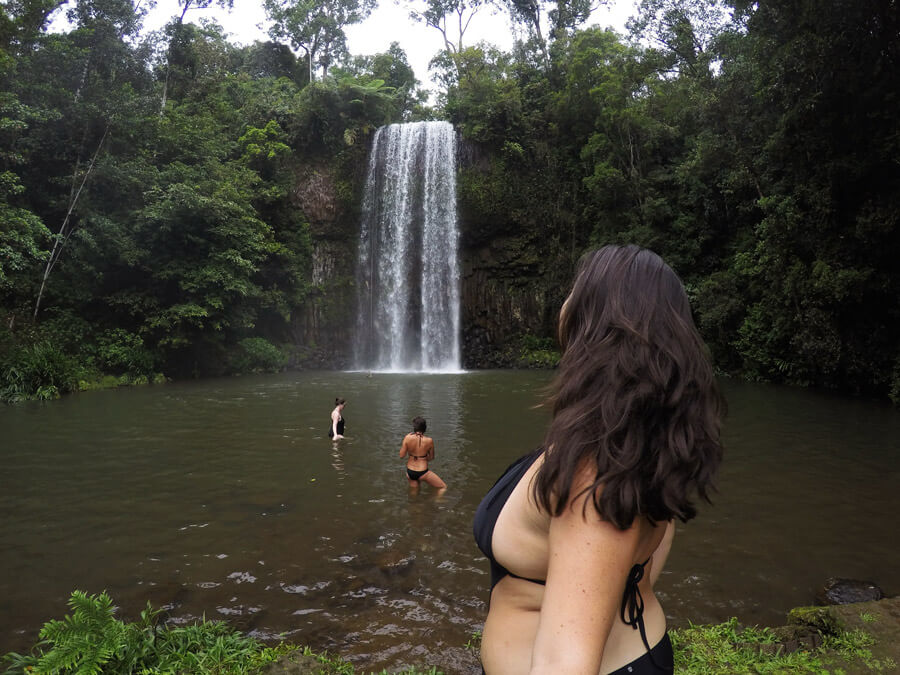
How Long Does it Take to Travel East Coast Australia?
If you don’t have a lot of time it can be done it two weeks. This just covers the highlights. If you want the full East Coast experience plan to spend 4-6 weeks. With this timeframe you will be able to see and do everything plus have time to relax.
Backpacking Australia on a Budget
A budget in Australia is like splurging in places like Southeast Asia, but a budget trip can be done if you’re smart, know what to budget for and plan.
Food and Drinks
The easiest way to save money is on food and drinks. It can be difficult because drinking is a huge part of travel down the East Coast but save your money for some of the more expensive experiences instead.
Eating about can cost you anywhere from $5 at fast food restaurants to $15 at sit down restaurants with a lunch special to $20+ for dinner. When buying your food from grocery stores and cooking you can spend as little as $6 a day! I’m proof, I did this while living in Melbourne.
For drinks pre-drink before going out by picking up booze at bottleshops such as Dan Murphy’s where you can stock up on Goon, boxed wine for around $15. But expect a hangover and I can’t claim that it tastes delicious. When going out use an app like Happiest Hour to help you find the closest drink deals around.
READ MORE: Australian Cuisine
Travelling Around Australia
Australia road trip.
The most budget-friendly option is to road trip Australia and it is also a very popular option. Some people even buy a car at the start and then sell it at the end. Finding used cars is very easy and common in Australia. But as a solo traveller (like me) you may not want to drive alone, you may not want to drive or camping isn’t your thing.
Travel in Australia is the easiest with the next best option, getting a bus pass. The most popular companies are Greyhound and Premier that travel not just along the East Coast but across the entire country. There are passes available based on kilometres travelled and hop on hop off passes. The main difference is that with a kilometres pass you can back track, with a hop on hop off pass you can’t. I personally recommend the hop on hop off as it works out cheaper and gives you 90 days of use between point A to B. A Sydney to Cairns pass will start at $410 with Greyhound but that is all of your travel covered!
You can also book buses pretty last minute as well so you can be flexible with your travel and change bookings for each stretch of your journey.
If you are short on time flying is the best option for you as it will be the quickest. Australia is huge and you don’t want to waste precious time spending days (yes driving can take that long!) getting between destinations. Luckily Australia has budget airlines and if you book in advance you can score awesome prices. You can also watch out for sales by signing up for budget airlines newsletters such as Tigerair and Jetstar.
Australia Accommodation
Camping on the Australia East Coast is the cheapest option. Some campsites will be free, others can be pricey. You can use books like Camps Australia Wide to find free campsites along the coast. If you have a campervan you can also pay to park in some hostels parking lots and use the bathroom and kitchen facilities.
Hostels in Australia
Personally I stayed in hostels because camping is not my thing and they’re a great place to meet people as a solo traveller. Hostels cost anywhere from $20-50 a night in a dorm room. Prices vary depending on where you are. Sydney is the most expensive so expect to pay $50 a night when there. Breakfast is often included and is typically cereal, toast and condiments, coffee and tea. Sometimes you’ll get pancakes! Be sure to check out Booking.com for an excellent selection of hostels with reviews from previous travellers and great deals.
Travel Insurance Australia
Disclaimer: This post may contain affiliate links which I earn a small commission from and are at no additional cost to you. See my disclosure policy for details. Thank you for supporting my small business!
Disclaimer: Taylor’s Tracks is a participant in the Amazon Services LLC Associates Program, an affiliate advertising program designed to provide a means for us to earn fees by linking to Amazon.Com and affiliated sites.

The Man in Seat 61
A beginner's guide to
Train travel in australia.
- Buy train tickets
- Buy ferry tickets
- Book a hotel
- Privacy & cookies
- Home
Train travel UK & Ireland...
Train travel in europe..., train travel in asia..., train travel in africa..., train travel in america..., train travel in australasia, travelling by train in australia.
Australia is a huge country. And the best way to appreciate its vastness is to cross it at ground level by train, in comfort. The famous Indian Pacific links Sydney, Adelaide & Perth in 3 days, crossing the great Nullarbor Plain in the process. Don't miss out on a visit to the 'red centre' of Australia around Alice Springs, and there's no better way to reach Alice Springs or Darwin than by the equally famous Ghan from Adelaide. In the East, comfortable XPT trains link Sydney with Melbourne & Brisbane at affordable prices, and Queensland Railways links Brisbane with Townsville & Cairns. On this page you'll find train times, fares, how to buy tickets, and advice on what the train & the journey are like for all the main Australian train routes.
Train route map
Interactive map: Click a route for information
Useful country information
Sydney - adelaide - perth, across australia on the indian pacific.
Australia's biggest train journey, in every sense of the word. This is a fabulous train ride right across Australia from Sydney or Adelaide to Perth, giving you a real sense of Australia's vastness which flying simply cannot deliver. With a cosy bed at night in your own room, a restaurant for your meals and a lounge in which to relax during the day, it's a rolling hotel. Now run by a private company called Journey Beyond Rail ( journeybeyondrail.com.au , known as Great Southern Rail until 2019), the Indian Pacific links Sydney, Adelaide & Perth once a week all year round. The Indian Pacific has only existed since the 1970s, when a standard gauge line was finally completed across the continent from Sydney to Perth, some 4,343km or 2,698 miles. Today, both the Indian Pacific and its sister train the Ghan use the original stainless-steel coaches built by the American Budd company for the first Indian Pacific trains when they started running in 1973. Suitably modernised, of course. This train is well worth including in your grand Australian tour!
What's it like on board the Indian Pacific? What's the journey like?
Check times & departure dates at journeybeyondrail.com.au . Passengers can take their cars between Adelaide & Perth on the Indian Pacific, see journeybeyondrail.com.au . The station in Adelaide is Adelaide Parklands, formerly known as Adelaide Keswick.
Children under 4 go free, under 16s reduced rate. Return fares are twice the one-way fare.
Gold & Platinum fares include all meals and soft drinks, beer & wine.
Note that the Pensioner fares shown on the GSR website are for Australian senior citizens only.
How to buy tickets
You can check fares & book a journey on the Indian Pacific online at journeybeyondrail.com.au .
Or you can use the contact & booking form of reliable Australian-based train ticketing specialist www.internationalrail.com.au who can arrange Indian Pacific tickets for you, wherever you live in the world. You'll normally get a quote within 24 hours. International Rail can also sort tickets for other Australian train services, such as NSW TrainLink from Sydney to Melbourne or Brisbane.
To buy Australian train tickets in the UK by phone, call International Rail on 0844 248 248 3 , lines open 09:00-17:00 Monday-Friday.
Railpass options
The Rail Explorer Pass was discontinued in August 2015. You need to buy regular tickets to use the IP or Ghan.
Vacations & tours by rail
Railbookers are train travel specialists with offices in the UK, Australia & United States. They offer customisable tour packages around Australia with travel on some or all of Australia's great trains, with train tickets, stopovers, hotels, transfers and (if necessary) flights sorted for you.
What's a journey on the Indian Pacific like ?
The 'IP' leaves Sydney Central Station in downtown Sydney in late afternoon and threads its way through Sydney's suburban commuterland. As night falls it climbs up through the scenic Blue Mountains passing through Katoomba, and next morning you'll wake up in arid outback country around Broken Hill. Look out for kangaroo and emu over breakfast in the train's restaurant car! The train arrives in Adelaide in the afternoon, with time for a city tour even if you're not stopping off, and leaves again for Perth in the early evening. The day after leaving Adelaide the Indian Pacific crosses the hot, dusty emptiness of the famous Nullarbor Plain on the longest stretch of straight railway line in the world, 478 km or 297 miles, 'nullarbor' being Latin for 'no trees'. The train stops long enough for you to visit the tiny community of Cook. If you've ever wondered what the Middle of Nowhere looks like, this is it! Once off the Nullarbor you can play 'spot the koala' over dinner as the beautiful evening sun plays over the leafy eucalyptus trees. After dinner that evening the train used to stop at the gold rush town of Kalgoorlie for 3½ hours, long enough for a walkabout, but is passes through at 3am in its latest timetable. Next day the train rolls into the pleasant and modern city of Perth, capital of Western Australia. Congratulations, you've just crossed a continent!
What's it like on the Indian Pacific & Ghan ?
The Indian Pacific & the Ghan use similar equipment. They both have two classes of accommodation, Gold Service sleepers & Platinum Service sleepers. Both classes offer proper beds in private rooms with meals included in the restaurant car. Platinum Service gets you a bigger room with (if you want one) a double bed, with an exclusive Platinum Service restaurant car with small lounge area. Unfortunately, Red Service sleepers were discontinued in 2015 and Red Service reclining seats the year after, there is now no budget option. What was originally a mode of transport with aspirations to cruise service at the top end is now an all-cruise train with prices to match.
Gold Service (formerly first class)
Gold Service passengers travel in private sleepers, either 2-berth twinettes for passengers travelling in twos or single-berth roomettes for passengers travelling alone, see the photos below. The price per person is the same. There's a restaurant car and a lounge car.
Queen Adelaide restaurant
The fare includes excellent 3-course meals served in the Queen Adelaide restaurant car. Beer and standard wines are complimentary in Gold service. Photos courtesy of DiscoverByRail.com .
Outback Explorer lounge car
During the day Gold Service passengers can use the Outback Explorer lounge (sometimes two of them) with bar & armchairs, complimentary tea & coffee always available. The bar in the Outback Explorer lounge serves cocktails, beer & wine. Since 2013, beer and standard wines are complimentary in Gold service. Photos courtesy of Oliver Mann & DiscoverByRail.com
Twinette sleepers
If there's two of you, you'll get a relatively spacious 2-berth sleeper called a Twinette. The twinette sleeping-cars have a conventional layout with a corridor along one side of the car, with compartments opening off it. Each twinette compartment has an upper & lower bed which fold away to reveal a sofa for daytime use. Twinettes have a tiny private bathroom with hot shower, toilet & washbasin. Your twinette comes with comfortable freshly made-up beds, towels and a complimentary toiletries pack with soap, shampoo, razor, toothbrush, toothpaste. The photos pretty accurately show the size of the room, with the compact shower & toilet opening off the wall to the left of shot. Photos courtesy of James Chuang & Oliver Mann.
If you're travelling alone in Gold Service, you'll get a cosy private roomette. Roomette sleeping-cars have a corridor snaking through the centre of the car in a series of gentle 's' curves with doors to the roomettes opening off both sides of it (the curves in the corridor maximise the space in each roomette, by making it wider at the head end). Each roomette is only about 7 feet long by 4 feet wide, big enough for a comfy armchair, a table, and a drop-down sink in one corner, though the drop-down flush toilet originally fitted underneath each sink is now boarded up out of use. At night, the bed folds down from behind the seat and takes up most of the room. There's an excellent hot shower & toilets at the end of the corridor. Roomettes come with a comfortable freshly made-up beds, towels and a complimentary toiletries pack with soap, shampoo, razor, toothbrush, toothpaste.
Platinum Service
The Ghan and Indian Pacific now feature an ultra-luxurious (and expensive!) Platinum Service, with a choice of double-bed or twin-bed sleeper compartments with private shower and toilet and extra space even compared to Gold Service. As with Gold Service, meals are included in the fare, served in a Platinum Service restaurant car, which has a lounge area at one end.
Back to top
Adelaide - Alice Springs - Darwin
The ghan, to australia's red centre.
The lenendary Ghan is undoubtedly the best way to reach Australia's fabulous Red centre and the iconic Uluru (Ayer's Rock). Australia's second most famous train, the Ghan links Adelaide, Alice Springs & (since 2004) Darwin, once a week all year round, twice a week from April to October. By using the train you get a real feel for the scale of the Australian outback, which you simply don't on a plane. Like the Indian Pacific, the Ghan is now run by Journeys Beyond Rail (formerly Great Southern Rail ), and has the same classes of accommodation & facilities: Gold class sleepers, lounge & restaurant, see the section above . Most departures of the Ghan now have an additional class of accommodation, the new super-deluxe Platinum Class complete with double (or twin lower) beds.
The Ghan gets its name from the (supposedly) Afghan camels and camel drivers who used to carry supplies up to Alice Springs before the railway came. The first railway was narrow gauge, and the old Ghan was notoriously slow, taking 48 hours from Adelaide to Alice. Only in the early 1980s was this new standard-gauge line opened taking a more direct route. The journey time has been cut to an afternoon and a night, and the service doubled to twice weekly for much of the year. Connections are available to/from Sydney and Melbourne using the Indian Pacific or Overland , see the Indian Pacific and Overland sections below. The railway onwards to Darwin was completed in January 2004, and in February that year the Ghan was extended to Darwin once a week, doubled to twice-weekly in 2006. Book early, as there has been huge interest in the service to Darwin and bookings have exceeded even the operator's own expectations.
The Ghan Timetable
IMPORTANT: The Ghan does not run from mid-Dec to mid-Jan.
Off-train excursions happen at the longer stops.
Passengers can take their cars between Adelaide & Darwin on the Ghan, see journeybeyondrail.com.au . What's it like on board The Ghan?
Children under 4 go free, under 16s reduced rate. Return fares are twice the one-way fare.
See journeybeyondrail.com.au for full details of fares.
Apex 6m+ = discounted advance purchase fare, bought at least 6 months in advance.
Gold & Platinum fares include all meals and (from April 2013), soft drinks, beer & wine. Meals are extra in Red Service.
You can check fares & book a journey on the Indian Pacific online at journeybeyondrail.com.au .
Or you can use the contact & booking form of Australian-based train ticketing specialist www.internationalrail.com.au who can arrange tickets for the Ghan for you wherever you live in the world. You'll normally get a quote within 24 hours. International Rail can also sort tickets for other Australian train services, such as NSW TrainLink from Sydney to Melbourne or Brisbane.
To buy Australian train tickets by phone in the UK, call International Rail on 0844 248 248 3 , lines open 09:00-17:00 Monday-Friday.
The Rail Explorer Pass was discontinued in August 2015. You need to buy regular tickets to use the Indian Pacific or Ghan.
What's it like on board the Ghan?
The train has similar classes, sleepers, lounges and restaurants as the Indian Pacific , see the accommodation guide above .
A trip on the Ghan from Adelaide to Australia's Red Centre
Alice springs.
The Alice, as it's usually known, still has a frontier feel to it. Originally called Stuart and only officially renamed Alice Springs in 1933, it grew up around a telegraph station on the overland telegraph linking southern Australia with London. The site for the telegraph station was chosen because there was water, a spring which was named after the wife of Charles Todd, superintendent of telegraphs in Adelaide. You can still see the telegraph station, now a museum, at the North end of the town. Next to it (pictured above, at the base of the white rock) is the very birthplace of the town - the original, dried up 'Alice spring'. Telegraph station museum website . Northern Territories official visitor website .
Ayer's Rock (Uluru)
You'll want to explore the outback whilst in Alice Springs, including Uluru, the world's largest sandstone monolith. It's some 275 miles southwest of Alice - the outback is a big place! It's a fabulous area with lots to see besides Uluru, including the Olgas (Kata Tjuta) & King's Canyon. You can see Uluru & Kata Tjuta as a 17 hour day trip from Alice (which includes a 5 hour drive each way), but it's far better to book a 2, 3 or 4-day 4-wheel drive camping safari to see more in less of a hurry. Try www.wayoutback.com.au . You're no longer allowed to climb Uluru as from October 2019 - it used to be a steep scramble along the tourist track up the least perpendicular part of its sandstone sides. The website for Uluru-Kata Tjuta National Park is www.environment.gov.au/parks/uluru .
Melbourne - Adelaide
The most civilised and pleasant way to travel between central Melbourne and central Adelaide is aboard the twice-a-week Overland , no need to use domestic flights. It's the third of the 3 trains run by journeybeyondrail.com.au .
No service on 25 or 26 December.
The cheaper fare = advance purchase, limited availability. The most expensive fare = full-flex rate.
Option 2, buy tickets at 12go.com .
12go is a reliable agency, the process is easy, overseas phone credit cards & phone numbers no problem. Your ticket will be confirmed within 24h and sent by email.
What's it like on the Overland?
Sydney to melbourne, canberra & brisbane.
Comfortable air-conditioned trains link Sydney with Melbourne, Brisbane and Canberra, city centre to city centre, with no need to fly! These trains are run by NSW TrainLink, formerly CountryLink, formerly the State Rail Authority of New South Wales. NSW TrainLink runs two comfortable XPT trains every day from Sydney to Melbourne, one by day and the other a time-effective overnight train with sleeping-car. A similar daytime and overnight XPT service links Sydney to Brisbane, although as trains alternate between Brisbane and Casino, a bus connection is needed to Brisbane on one of the two. Equally comfortable XPLORER trains link Sydney with Canberra several times a day. More info & online booking at transportnsw.info/regional .
Option 1, buy tickets at transportnsw.info/regional .
Tickets bought online are sent by e-mail.
12go.com is a reliable booking agency, the process is easy, overseas phone numbers accepted. Your ticket will be confirmed within 24h and sent by email.
Sleepers cannot be booked online , so for sleeper berths either call NSW TrainLink on +61 2 3814 0210 or use the contact & booking form of Melbourne-based agency www.internationalrail.com.au who can arrange sleeper tickets for you wherever you live in the world - you'll normally get a reply with a quote within 24 hours.
On board an XPT train
XPT trains might look familiar. That's because they're based on the UK's InterCity 125, but re-geared to 100mph and with (you'll be pleased to learn) beefed-up air-conditioning. XPTs have first and economy class reclining seats. First and economy class seating is virtually identical - if you look really closely and get your tape measure out, you'll find there's 2" more legroom in first and the 1st class seats recline to 40 degrees rather than 28. But that's the only difference, elbow room and the seats themselves are exactly the same. So there is little point in paying for first class unless economy is full - or you want that extra recline on the overnight run. XPTs have a buffet car selling food and drink, including wine. XPLORERs have similar seating to XPTs and a buffet-bar.
XPT sleeping-cars
The overnight Sydney-Melbourne & Sydney-Brisbane XPT trains have one sleeping-car with 2-berth compartments. A sofa converts to a lower berth and an upper berth folds out from the wall, with mattress and all necessary bedding. There's a hot shower & toilet shared between each pair of adjacent compartments, just outside your compartment door. Book early, as there's only one sleeping-car per train and it gets booked up fast.
Unfortunately sleepers cannot be booked online, so you need to book at the station or by phone - from outside Australia call NSW TrainLink on +61 2 4907 7501.
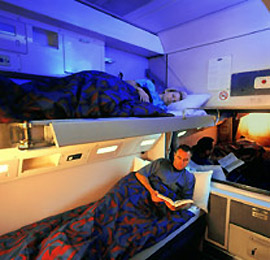
Brisbane - Townsville - Cairns
Queensland Railways (QR) operates excellent passenger trains linking Brisbane, Townsville and Cairns, branded Traveltrain. The trains operate on narrow gauge 3' 6" tracks, which explains why you need to change at Brisbane onto NSW TrainLink's standard gauge (4' 8½") trains to and from Sydney . For more info & online tickets see www.queenslandrailtravel.com.au .
The SPIRIT OF QUEENSLAND is a new 100mph tilt train with Railbed Class flat-bed seats, Premium Economy Class seats and a lounge car. Introduced in October 2013, this is a brand-new 100mph tilting train, see the photos below . For more info see www.queenslandrailtravel.com.au .
The old Sunlander was discontinued in December 2014, replaced by the Spirit of Queensland 100mph tilt train.
BRISBANE-ROCKHAMPTON: There are additional trains between Brisbane and Rockhampton, including a 100mph tilting daytime train.
BRISBANE-LONGREACH: A train called the SPIRIT OF THE OUTBACK runs twice a week Brisbane - Rockhampton - Longreach, with 1st & economy sleepers, economy seats, and restaurant car. 1st class fares now include meals. See www.queenslandrailtravel.com.au for details.
CAIRNS-FORSAYTH: A little 1963-tainless-steel railcar works the Savannahlander train from Cairns to Forsayth at 06:30 every Wednesday with an overnight hotel stop in Almaden, arriving in Forsayth on Thursday evening. It returns from Forsayth at 08:30 on Fridays, also with an overnight hotel stop in Almaden, arriving Cairns 18:40 on Saturdays. A 4-day outback rail experience! It runs March until December, no service in late Dec, Jan or Feb or first few days of March. See www.savannahlander.com.au for timetable, fares & booking.
Children 15 years and under pay half the adult fare, children 3 years and under go free.
A-Choice fare = fully flexible, refundable. U-Save fare = advance-purchase limited availability, no refunds. B-Quick = another advance-purchase fare.
Option 1, buy at www.queenslandrailtravel.com.au
You can check train times & fares and book online at www.queenslandrailtravel.com.au . This can book economy and railbed class.
12go.com is a reliable booking agency, the process is easy, overseas credit cards no problem. 12go can book economy seats but may not be able to book railbed class. Your ticket will be confirmed within 24h and sent by email.
The Spirit of Queensland tilt train
The train has two classes, Railbed class & Premium Economy class. All seats have power sockets and airline-style seat-back TV entertainment systems. All passengers can use the lounge-cafe car, in Railbed class meals are served at your seat.
The Spirit of the Outback
Kalgoorlie - perth, transwa's prospector.
Transwa (formerly known as Westrail) introduced new express diesel trains on the Perth to Kalgoorlie Prospector services in September 2003, running at up to 100mph. Within a few years, track will be upgraded to 125mph (200km/h), making these trains the fastest in Australia. For more info, visit www.transwa.wa.gov.au .
Things to see & do
Sydney is a fantastic city. Take a tour of the opera house ( www.sydneyoperahouse.com ). Wander through the botanic gardens . Visit the observation deck of the Centrepoint Tower ( www.sydneytowereye.com.au ). Take a ferry from Circular Quay to Watson's Bay for fish and chips at Doyle's famous refreshment rooms ( www.doyles.com.au , look for 'Doyles on the beach', for Sydney ferry information see transportnsw.info/travel-info/ways-to-get-around/ferry ). For general city tourist information see www.sydney.com .
Sydney Harbour Bridge Climb
Why not do the incredible Sydney Harbour Bridge climb ? From A$344, you are briefed and equipped for a walk up the girders of Sydney Harbour Bridge, for some fantastic views across the city, from the Pacific Ocean in the East to the Blue Mountains in the West. The bridge climb tour has been operating since October 1998. Book your climb online here or visit www.bridgeclimb.com for more information.
The Blue Mountains
Don't forget to visit the museum in Melbourne's old gaol , www.oldmelbournegaol.com.au . Ned Kelly, Australia's most infamous outlaw, was imprisoned and hanged in Melbourne gaol, and his unique armour was originally displayed there.
Great Ocean Road
Named after the wife of King William IV, Adelaide is a much smaller city than Sydney or Melbourne, and much more relaxed. Admirably well laid-out by its founder, Colonel William Light, the city centre is surrounded by parkland. On Montefiore Hill to the north of the centre, you can see 'Light's vision', where Colonel Light stood to map out his plan for the city. For city visit information see www.cityofadelaide.com.au .
Barossa Valley wine region
Great ocean road by train+bus, every monday, wednesday, friday for just au$ 10.
The Great Ocean Road along the coast from Melbourne is one of the great scenic drives of Australia. You can hire a car and drive it, or there are various 1-day bus tours from Melbourne. But rather than endure a bus for the whole day, just AU$ 10 gets you a 1-day tour on Mondays, Wednesdays and Fridays run by V/Line, the regional train & bus operator, using comfortable trains from Melbourne's Southern Cross station, as follows:
You take the daily 09:10 V/Line train from Melbourne's main Southern Cross railway station to Geelong, arriving 10:07. The train is comfortable and air-conditioned. Economy seats only, no reservation required.
At Geelong, the train connects with a daily air-conditioned V/Line coach leaving from outside Geelong railway station at 10:20 and running via Anglesea and Lorne to Apollo Bay arriving 12:53. No reservation required.
At Apollo Bay, you switch buses and join a V/Line Great Ocean Road air-conditioned sightseeing coach. This runs on Mondays, Wednesdays & Fridays leaving Apollo Bay at 13:25 and running all along the Great Ocean Road via the Twelve Apostles (30 minute stop), Loch-Ard Gorge (15 minute stop), London Bridge (10 minute stop) and Bay of Islands (10 min stop) to Warrnambool railway station, arriving 16:55. No reservation is required for this bus.
At Warrnambool, the bus connects with the 17:36 V/Line train back to Melbourne Southern Cross, arriving Melbourne at 21:15. This comfortable air-conditioned train has first class as well as economy seats, refreshments are available on board. However, on this train a seat reservation is required.
How much does it cost?
Since 2023, a return ticket from Melbourne to Warrnambool, out via the Great Ocean Road sightseeing bus and back on the direct train now costs an amazingly cheap Aus$ 10 (£5 or US$6), after an election pledge to cap transport fares across Victoria (it used to cost around Aus$87, about £50 or US$62). Children 0-3 (inclusive) go free, children aged 4 to 16 go at the concession rate, Aus$5.
You can easily book this trip online at www.vline.com.au . Simply click Plan trip/buy tickets and use the journey planner to book a return ticket from Melbourne Southern Cross to Warrnambool Station, making sure it's on a Monday, Wednesday or Friday. Make sure you select the 09:10 departure from Melbourne to Warrnambool by train+coach+coach via Geelong & Apollo Bay on the outward leg, and the 17:36 direct train from Warrnambool to Melbourne on the return leg. You pay by Visa or MasterCard and collect your tickets at any V/Line sales outlet, including at Melbourne Southern Cross station. If you have any issues booking this, call V/Line on +61 3 9662 2505.
For general tourist information about the Great Ocean Road, see www.visitgreatoceanroad.org.au .
Buy at Amazon.co.uk (UK) or Amazon.com (US)
Alternatively, you can download just the chapters you need in .PDF format from the Lonely Planet Website , from around £2.99 or US$4.95 a chapter.
Australia by Rail from Trailblazer Guides
Accommodation in australia, tripadvisor hotel reviews.
www.tripadvisor.com is a good place to find independent travellers' reviews of the main hotels. It also has the low-down on all the sights & attractions too.
Backpacker hostels in Australia: www.hostelworld.com
www.hostelworld.com : If you're on a tight budget, don't forget about backpacker hostels. Hostelworld offers online booking of cheap private rooms or dorm beds in backpacker hostels in many places in Australia, at rock-bottom prices.
Flights to Australia
1) check flight prices at opodo, www.opodo.com, 2) use skyscanner to compare flight prices & routes worldwide across 600 airlines....

3) Lounge passes
Make the airport experience a little more bearable with a VIP lounge pass, it's not as expensive as you think! See www.loungepass.com
Travel to Australia without flying
For information on how to travel from Europe to Australia without flying, either overland by Trans-Siberian Railway to the Far East then by freighter, or by sea all the way, see the Australia overland page .
H olidays by train in Australia

Alternatively, companies such as Travelbag can arrange independent travel, with flights and trains as required.
Travel insurance & other tips
Always take out travel insurance.
Never travel overseas without travel insurance from a reliable insurer, with at least £1m or preferably £5m medical cover. It should also cover cancellation and loss of cash and belongings, up to a sensible limit. An annual multi-trip policy is usually cheaper than several single-trip policies even for just 2 or 3 trips a year, I have an annual policy with Staysure.co.uk myself. Here are some suggested insurers. Seat61 gets a small commission if you buy through these links.
Get an eSIM with mobile data package
Don't rely on WiFi, download an eSIM with a mobile data package for the country you're visiting and stay connected. Most newer mobile phones can download a virtual SIM card so you don't need to buy a physical SIM, including iPhone 11 & later, see device compatibility list . Maya.net is a reliable eSIM data retailer with a 4.5 out of 5 Trustpilot rating and a range of packages including unlimited data .
Get a Curve card for foreign travel
Most banks give you a poor exchange rate, then add a foreign transaction fee on top. A Curve MasterCard means no foreign transaction fees and gives you the mid-market exchange rate, at least up to a certain limit, £500 per month at time of writing. The money you spend on your Curve card goes straight onto one of your existing debit or credit cards.
How it works: 1. Download the Curve app for iPhone or Android . 2. Enter your details & they'll send you a Curve MasterCard - they send to the UK and most European addresses. 3. Link your existing credit & debit cards to the app, you can link up to two cards with the free version of Curve, I link my normal debit card and my normal credit card. 4. Now use the Curve MasterCard to buy things online or in person or take cash from ATMs, exactly like a normal MasterCard. Curve does the currency conversion and puts the balance in your own currency onto whichever debit or credit card is currently selected in the Curve app. You can even change your mind about which card it goes onto, within 14 days of the transaction.
I have a Curve Blue card myself, it means I can buy a coffee on a foreign station on a card without being stung by fees and lousy exchange rates, just by tapping the Curve card on their card reader. The money goes through Curve to my normal debit card and is taken directly from my account (in fact I have the Curve card set up as payment card on Apple Pay on my iPhone, so can double-click my phone, let it do Face ID then tap the reader with the phone - even easier than digging a card out). I get a little commission if you sign up to Curve, but I recommend it here because I think it's great. See details, download the app and get a Curve card , they'll give you £5 cashback through that link.
Get a VPN for safe browsing. W hy you need a VPN
When you're travelling you often use free WiFi in public places which may not be secure. A VPN encrypts your connection so it's always secure, even on unsecured WiFi. It also means you can select the geographic location of the IP address you browse with, to get around geoblocking which a surprising number of websites apply. See VPNs & why you need one explained . ExpressVPN is a best buy with a 4.7 out of 5 Trustpilot ranking which I use myself - I've signed up as an ExpressVPN affiliate, and if you go with expressvpn.com using the links on this page, you should see a special deal, 3 months free with an annual subscription. I get a small commission to help support this site.
Carry an Anker powerbank
Tickets, reservations, vaccination records and Interrail or Eurail passes are often held digitally on your mobile phone, so it's vital to keep it charged. I always carry an Anker powerbank which can recharge my phone several times over if I can't get to a power outlet. Buy from Amazon.co.uk or from Buy from Amazon.com .
Back to home page

Australia Recommends 2024
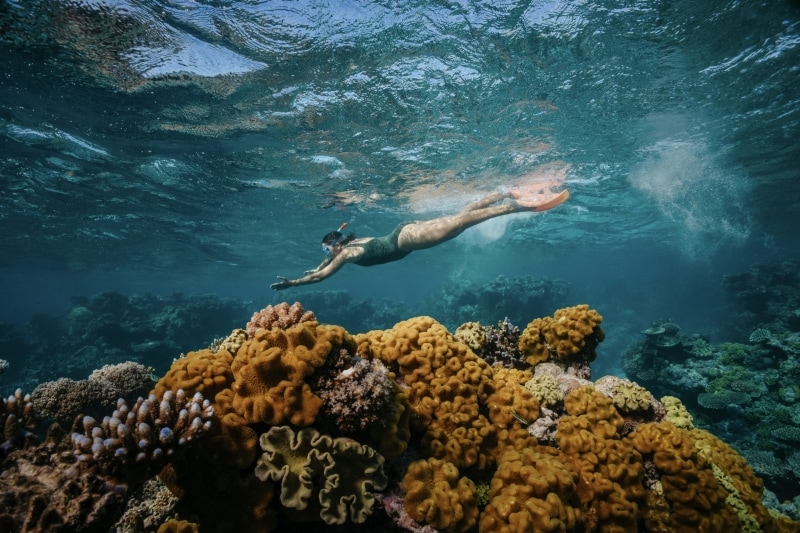
Come and Say G'day

G'day, the short film

Discover your Australia

Travel videos

Deals and offers

Australian Capital Territory

New South Wales

Northern Territory

South Australia

Western Australia

External Territories

The Whitsundays

Mornington Peninsula

Port Douglas

Ningaloo Reef

Airlie Beach

Kangaroo Island

Rottnest Island

Hamilton Island

Lord Howe Island

Tiwi Islands

Phillip Island

Bruny Island

Margaret River

Barossa Valley

The Grampians

Hunter Valley

McLaren Vale

Glass House Mountains

Alice Springs

Uluru and Kata Tjuta

The Kimberley

Flinders Ranges

Kakadu National Park

Eyre Peninsula

Karijini National Park

Great Barrier Reef

Blue Mountains

Daintree Rainforest

Great Ocean Road

Purnululu National Park

Cradle Mountain-Lake St Clair National Park

Litchfield National Park

Aboriginal experiences

Arts and culture

Festivals and events

Food and drink

Adventure and sports

Walks and hikes

Road trips and drives

Beaches and islands

Nature and national parks

Eco-friendly travel

Health and wellness

Family travel

Family destinations

Family road trips

Backpacking

Work and holiday

Beginner's guide

Accessible travel

Planning tips

Trip planner

Australian budget guide

Itinerary planner

Find a travel agent

Find accommodation

Find transport

Visitor information centres
Deals and travel packages

Visa and entry requirements FAQ

Customs and biosecurity

Working Holiday Maker visas

Facts about Australia

Experiences that will make you feel like an Aussie

People and culture

Health and safety FAQ

Cities, states & territories

Iconic places and attractions

When is the best time to visit Australia?

Seasonal travel

Events and festivals

School holidays

Public holidays
How to get to Australia's most iconic cities

How long do I need for my trip to Australia?

How to travel around Australia

Guide to driving in Australia

How to hire a car or campervan

How to plan a family road trip

How to plan an outback road trip
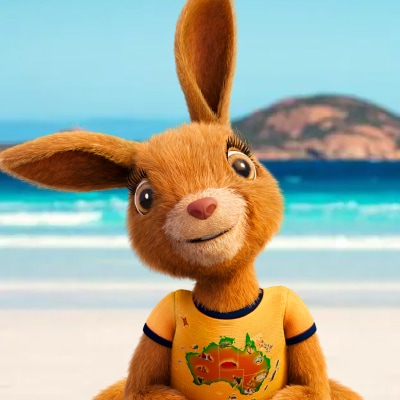
Marrawah, Tasmania © Tourism Tasmania
Getting around Australia
You may have heard Australia is a big country, but did you know, despite its size, it's easy to get around?
Link Copied!
Getting around by plane
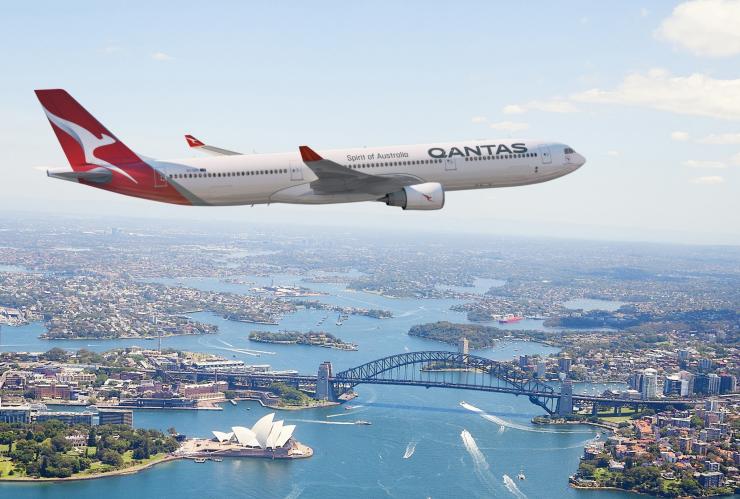
Qantas A330 over Sydney Harbour, Sydney, New South Wales © Qantas
Flying is the best way to cover Australia’s large distances in a short time. Australia’s domestic airlines – including Qantas, Virgin Australia, Jetstar and Rex – serve all state capital cities and many regional cities, making it an easy way to travel between Australia's iconic destinations . Competition between domestic airlines means that some great value fares are available, especially if you book in advance.
Getting around by car

Canungra Valley, Gold Coast, Queensland © Tourism and Events Queensland
Australia has a vast network of well-maintained roads and some of the most beautiful road trips in the world. When travelling long distances, you'll find rest stops and service stations at regular intervals.
You’ll find car rental companies at major airports and central city locations; so hire a car, 4WD or caravan and hit the highway.
Learn how to hire a car in Australia
Public transport and tourist bus services

Big Bus Tours, Sydney, New South Wales © Big Bus Tours
Take the pressure off travelling around the city by utilising public transport and hop-on hop-off tourist buses. Services are inexpensive (children generally pay a concession fee) and will take you to all the major attractions without the hassle of finding parking. Some services, such as Melbourne’s City Circle Tram, are completely free! In Sydney, there are caps to weekly transport rates, so you will never pay more than the maximum weekly fare, regardless of how often you use the transport network. Most buses, metros, trains and trams can accommodate prams and other access requirements, making them a great option for getting around.
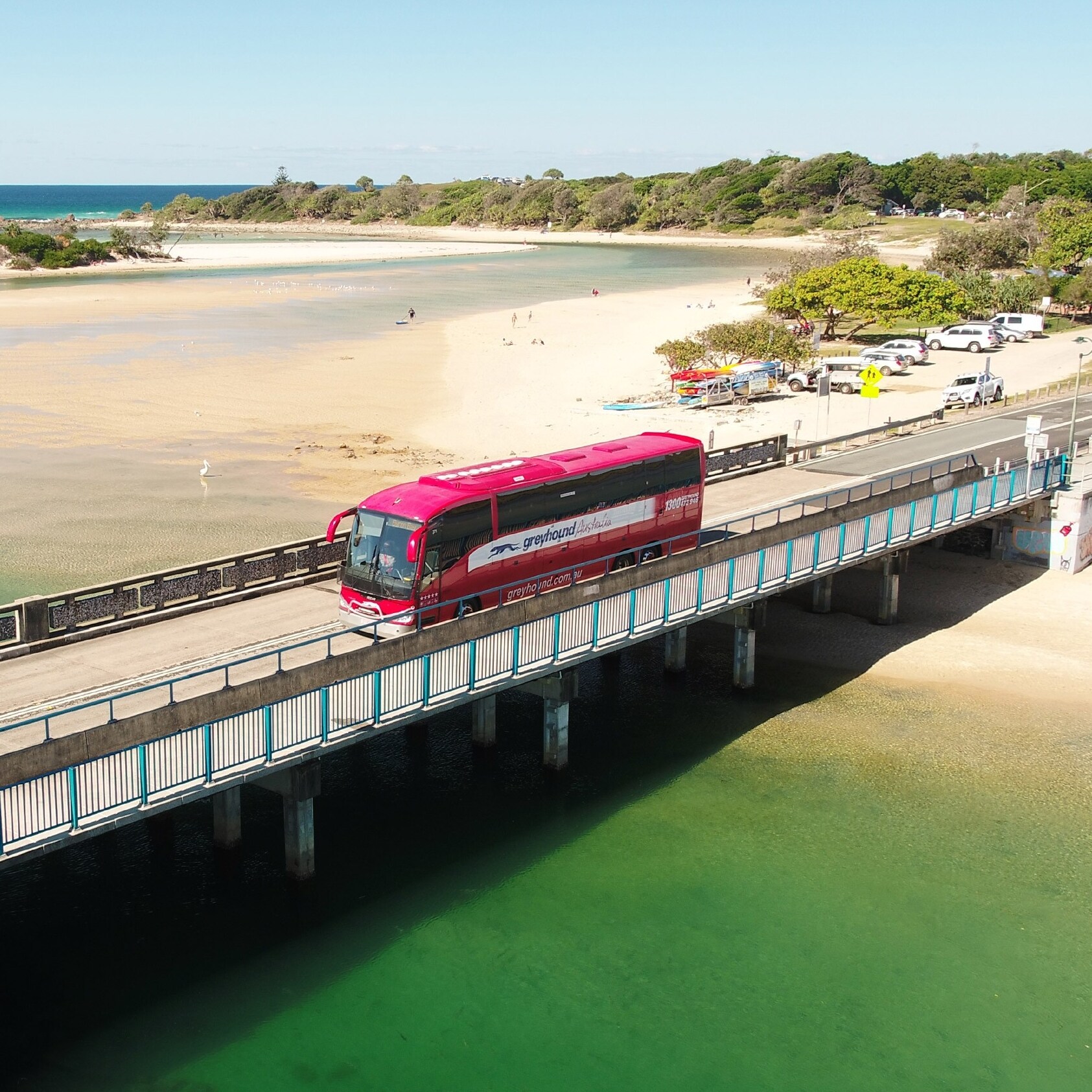
Coach travel in Australia is comfortable, efficient and reasonably priced. Australia’s national coach operator, Greyhound , offers a range of travel passes.
Getting around by train

The Ghan © Heather Dinas Photography
There are spectacular rail journeys in Australia, such as The Ghan and Indian Pacific , which sweep across the continent, offering comfort and a sense of nostalgic romance. The Indian Pacific travels between Sydney and Perth, stopping at Broken Hill, Adelaide and Kalgoorlie; the legendary Ghan travels between Adelaide and Darwin, taking in Australia’s Red Centre and the tropical Top End.
Embark on a luxury train journey
Getting around by ferry

Spirit of Tasmania © Spirit of Tasmania
The Spirit of Tasmania operates a nightly passenger and vehicle ferry service between Geelong, Victoria's second-largest city, and Devonport in Tasmania with extra services during peak periods. SeaLink ferries connect Cape Jervis in South Australia (approximately 108 kilometres/67 miles south of Adelaide) and Kangaroo Island several times a day. There are also ferry services in our capital cities, connecting suburbs around Sydney Harbour, on the Swan River in Perth and on the Brisbane River.
Finding your way on foot

Murray River Walk, South Australia © Murray River Trails
Australia's cities and towns are great for exploring on foot, with well maintained footpaths and scenic walkways that will take you through parklands, along coastal cliffs and through urban laneways.
You can also tackle some of the longest tracks and trails in the world here – impressive journeys of a thousand kilometres (620 miles) or more that can take several weeks to complete. From the Overland Track through Tasmania's World Heritage-listed wilderness to the Larapinta Trail across the West MacDonnell Ranges in the Northern Territory, these hikes let you discover spectacular landscapes while stretching your legs.
Explore Australia's best walks and hikes
Travelling with a disability

Deep Creek Conservation Park, Fleurieu Peninsula, South Australia © John Montesi
In Australia, airlines, trains, buses and ferries are accessible to people using a wheelchair or mobility device. Australia’s airports provide services for people with disabilities and are able to assist with baggage, getting around the airport and getting on and off the plane. For more information visit the Australia For All , Can Go Everywhere and People With Disability Australia websites.
Distances and journey times for common routes
Travelling from Sydney
*Via Melbourne and Adelaide
Travelling from Melbourne
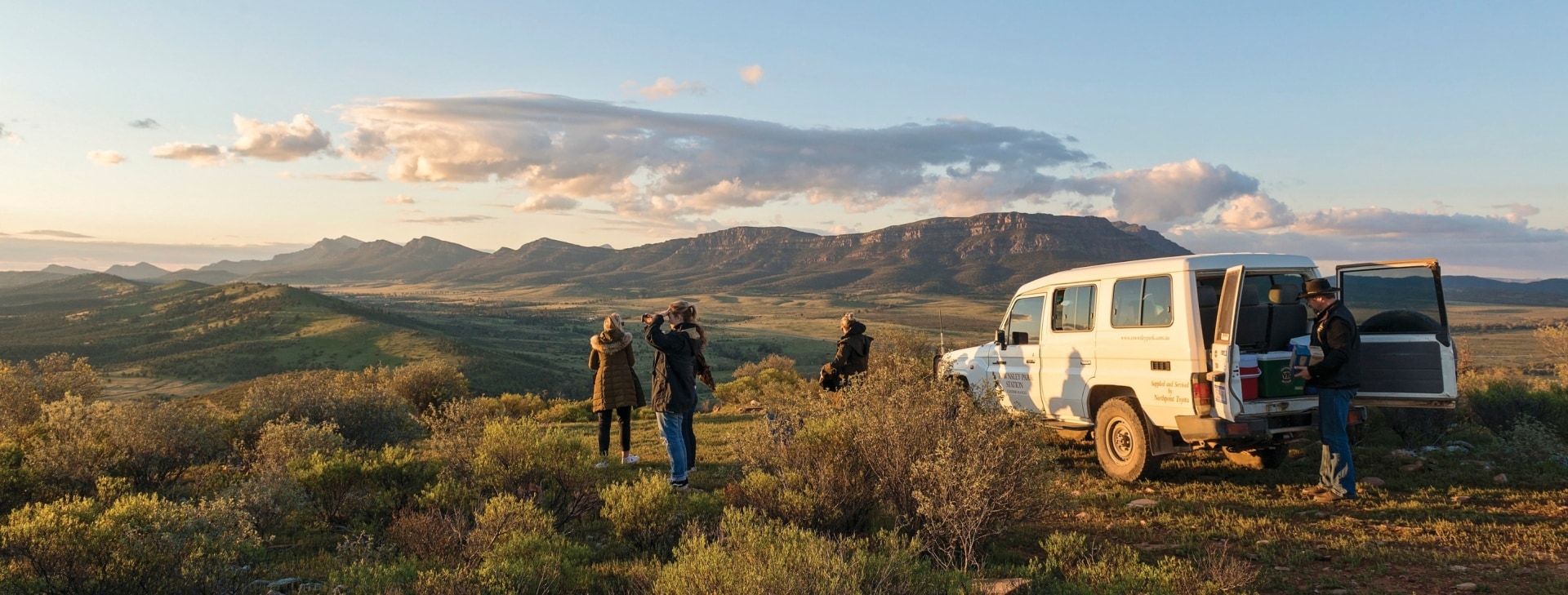
Download our Australia Visitor Map
More articles like this.
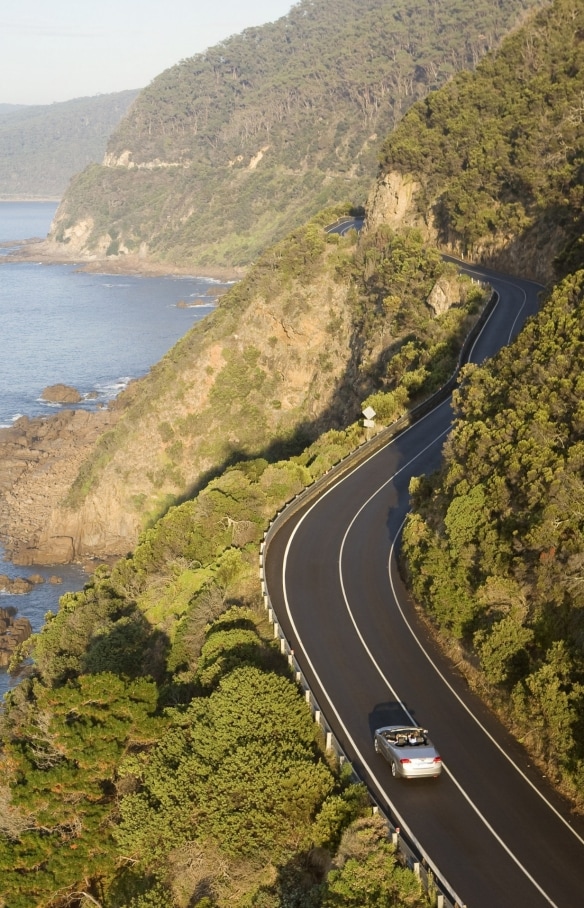
We use cookies on this site to enhance your user experience. Find out more . By clicking any link on this page you are giving your consent for us to set cookies.
Acknowledgement of Country

We acknowledge the Traditional Aboriginal and Torres Strait Islander Owners of the land, sea and waters of the Australian continent, and recognise their custodianship of culture and Country for over 60,000 years.
- New Zealand (English)
- United States (English)
- Canada (English)
- United Kingdom (English)
- India (English)
- Malaysia (English)
- Singapore (English)
- Indonesia (Bahasa Indonesia)
- Deutschland (Deutsch)
- France (Français)
- Italia (Italiano)
- 中国大陆 (简体中文)
*Product Disclaimer: Tourism Australia is not the owner, operator, advertiser or promoter of the listed products and services. Information on listed products and services, including Covid-safe accreditations, are provided by the third-party operator on their website or as published on Australian Tourism Data Warehouse where applicable. Rates are indicative based on the minimum and maximum available prices of products and services. Please visit the operator’s website for further information. All prices quoted are in Australian dollars (AUD). Tourism Australia makes no representations whatsoever about any other websites which you may access through its websites such as australia.com. Some websites which are linked to the Tourism Australia website are independent from Tourism Australia and are not under the control of Tourism Australia. Tourism Australia does not endorse or accept any responsibility for the use of websites which are owned or operated by third parties and makes no representation or warranty in relation to the standard, class or fitness for purpose of any services, nor does it endorse or in any respect warrant any products or services by virtue of any information, material or content linked from or to this site.

7 great Bus routes in Australia for the first-time traveller
Michela Australia Travel Planning Australia Solo Travel , Getting Around Australia 4
Why travel by bus around Australia
Australia is a country of vast distances, vastness and diverse landscapes, so it’s challenging to figure out the most suitable ways to get around Australia . While going on road trips in Australia is the most adventurous – but also challenging – way to explore the country, it does not often appeal to first-time solo travellers who are likely unfamiliar with driving in Australia : left-hand driving and four-wheel-driving in the Outback.
Table of Contents
That’s where train and bus travel comes in. In fact, for many travellers, it’s a convenient way of getting around that allows exploring the country at a slow pace and in a more relaxed way.
Most bus services operate daily and overnight to cover long distances. Furthermore, by reducing the carbon footprint emissions per person, it’s also a sustainable and environmentally friendly way of touring Australia. Nonetheless, bus travel in Australia has a few downsides, too . Firstly you need extensive time to travel and get organised. Unless you buy a bus pass, it’s not the cheapest way to move around. With the dense interstate and intrastate train & bus network, proper research ahead is key to choosing cost-effective schedules and time-saving routes.
Bus travel in Oz is different than in other parts of the world. While metropolitan areas are well serviced daily, long-distance trains and buses to remote regions are available only a few times a week, when not once a week. Moreover, cancellations or changes to bus schedules and routes in Australia may occur without notice. So, it may take time to find the right source of information and find out how and when you can get around Australia .
Why Bus Travel Australia? – 7 bus routes for the first-time traveller
As an advocate of independent and solo travel in Australia , I have written many articles about getting around the country and giving advice to first-time travellers in Australia.
It’s wise for short-term trips to build an itinerary with a good combination of different transportation methods, including flying, car rental, train and bus, and day tours. Focusing on one or two transportation types, like self-driving or train and bus trips, is a good idea if you plan long-term travel in Australia . There are many reasons for choosing bus travel in Australia .
It’s possible to see much of the country by bus and train. Here are seven great bus routes travelling by bus around Australia that I can recommend:
- Starting from Sydney There are many bus trips that you can add to your itinerary. The most convenient way to travel to the Blue Mountains from Sydney is a 2-hour train connection, but there is also an excellent bus service from the city. Moreover, you can travel by bus to the Northern Beaches, and it’s a 1.5-hour bus trip along the coast with stops to all the main places up to Palm Beach. You can go to the Royal National Park , in a 30-minute train ride and ferry connection. And in 2 hours by bus or train you can get to Wollongong too.
- Port Macquarie from Sydney This beautiful coastal town lies halfway between Sydney and Brisbane, and the best way to get there is the bus route. There is a train service too, with a bus connection to Port Macquarie . It’s a pleasant journey and a great opportunity to see much of the countryside.
- From Brisbane to Byron Bay This destination is on the itinerary of many travellers backpacking around Australia. There is a bus service that takes you there in 2 hours. Or you can catch the train to the Gold Coast for a first stop and then travel further to Lismore to catch the bus connection to Byron Bay . From Brisbane , you can also travel by bus to Hervey Bay, Fraser Island , or stop there and visit the Sunshine Coast and the Gold Coast of Australia .
- The South East Coast of Australia by bus On my first solo trip, I travelled nearly 5000 km by bus and did all of the South East Coast . Not all destinations are covered by bus, though it did not serve Jervis Bay then. However, the coastal towns of Batesman Bay, Narooma, Merimbula, Lakes Entrance and more are on this bus route.
- From Cairns to Sydney This is probably one of the most popular bus routes in Australia. For this bus journey, you need 2-3 weeks, and there are many interesting places to see along the Eastern coast. I covered this distance by Greyhound buses from Cairns to Sydney in 2004 and loved it. You can travel the other way, from Sydney to Cairns and then fly out to your next destination.
- Darwin to Kununurra This is a long trip of over 800 km across the border between the Northern Territory and Western Australia. I travelled this route a couple of times in both directions. The bus service is cheaper than flying and a great way to see the Outback landscape south of Darwin . If you have time, you can keep travelling by bus from Kununurra across the Kimberley region on the night bus service that takes you to Broome by covering nearly 2200 km.
- Brisbane to Cunnamulla If you want some of the real Outback in Australia then Cunnamulla is one of those places you must see. From the East Coast , you can enjoy the beauty of the landscape. There are three bus and train services to this fantastic Outback destination. I went by train on the Westlander Train. It’s a long journey, but it’s worth it.
Bus travel websites in Australia
Next to the bus company Greyhound – the largest regional bus network in Oz – there are many smaller regional bus companies. These operate their services intrastate to almost any place in the immediate surroundings of towns or major cities.
If you have time and can consider travelling by bus for a long time, then getting an Australian bus pass from Greyhound is the way to save money on transportation in Australia. While you can check single train and bus companies, you can get an overview of train and bus networks nationwide.
Bus Travel & Tours In Australia
What if you want to join organised bus travel in Australia? There are plenty of short to long bus routes to book organised trips and tours throughout the big country. They range from day tours to one week or longer. Check out the complete offer of 👉 bus and van tours in Australia .
Related Posts & Guides:
Travelling Australia Trip Itinerary Ideas For Australia Your Australia Itinerary Guide eBook
Go Back to Rocky Travel & Tours For Over 50
First published in 2018, last updated in Jan 2024
Pin it for later!
Plan your Bus Adventure in Australia
If you want to plan your bus route adventures in Australia , please use these websites below to organise your travels, or check out the complete guide to travel planning resources .
If you find this article helpful for your trip, I’d appreciate it if you could support Rocky Travel and book your tours, accommodation, rental car, or purchase my book using the links below. Thank you!
BOOK YOUR TRIP WITH THESE RESOURCES
Get Travel Insurance For Your Trip
Travel with peace of mind: 👉 Compare and Buy Travel Insurance .
Book Accommodation WorldWide
Find the best deals for hotel, homes, villas with 👉 booking.com .
Join Small Group Tours Of Italy For Over 50
Explore Italy with our 👉 Small Group Tours Of Italy .
Find The Best Tours Deals For Australia
Scout for the best guided trips and tours with our 👉 Australian Tours Guide .
Plan & Book Your Australian Adventure
Create the perfect Australia Trip Itinerary with 👉 Your Australia Itinerary eBook and/or Book A Trip Planning Call .
Plan Any Trip With These Resources
Check out our 👉 Travel Planning Bible .
Michela Fantinel
→ Michela Fantinel
Related Posts
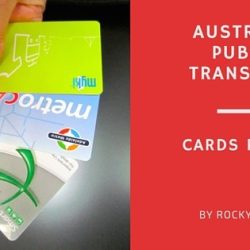
Australia Travel Planning
A Review of Australia Public Transport Cards
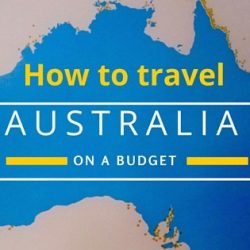
How To Travel to Australia on a Budget

A Guide to Long Term Travel in Australia
Suze December 14, 2016 @ 6:27 pm
I didn’t realize that there was a good bus network in Australia. For some reason I imagined that everyone flew from one place to another. We’re hoping to visit next year as I’ve never been.
Rocky Travel Australia December 15, 2016 @ 6:40 pm
Flying is the fastest and preferred way of getting around Australia by most Aussies. For visitors flying is not ideal, as you will not be able to see much of the country. If you travel with your partner, you may like self-driving and go on road trips. Australia is a country for road-tripping! Domestic flights help cover longer distances across Australia; public transportation is the way to go when touring Australian cities and their surroundings! I hope you will make it to Australia soon!
Bailey Strempel January 17, 2017 @ 11:58 am
Awesome places! Great tips for road trips! After reading this blog, I want to to visit Australia once by bus trip.
Cez February 18, 2017 @ 10:24 pm
Very good into to have about how public transportation works over there, thanks for sharing!
Leave a Reply Cancel reply
Your email address will not be published. Required fields are marked *
Privacy Overview
- Australia Tourism
- Australia Hotels
- Australia Bed and Breakfast
- Australia Vacation Rentals
- Flights to Australia
- Australia Restaurants
- Things to Do in Australia
- Australia Travel Forum
- Australia Photos
- All Australia Hotels
- Australia Hotel Deals
- Last Minute Hotels in Australia
- Things to Do
- Restaurants
- Vacation Rentals
- Travel Stories
- Rental Cars
- Add a Place
- Travel Forum
- Travelers' Choice
- Help Center
East Coast Travel Reviews - Australia Forum
- South Pacific
- Australia
East Coast Travel Reviews
- United States Forums
- Europe Forums
- Canada Forums
- Asia Forums
- Central America Forums
- Africa Forums
- Caribbean Forums
- Mexico Forums
- South Pacific Forums
- South America Forums
- Middle East Forums
- Honeymoons and Romance
- Business Travel
- Train Travel
- Traveling With Disabilities
- Tripadvisor Support
- Solo Travel
- Bargain Travel
- Timeshares / Vacation Rentals
- South Pacific forums
- Australia forum

Does anyone have any knowledge of East Coast Travel, the Australian and New Zealand travel agency that provides affordable Holidays? Is it real? seemed to have filled out a form with all of my information 12 months ago..
6 replies to this topic

Have you phoned them?
https://eastcoasttravel.com.au/about/
They seem to offer vouchers for prepaid accommodation etc - I would be very very wary of this kind of stuff (and all directed at overseas travellers).

I'd be very wary. They don't say that they belong to any of the Australian Travel agent accredited group, like ATAS or AFTA. That's a warning sign for me.
they alos say thye are winners of a "Travvy Award", which is an award presented by a care hire company. Strange fo r a bus tour company?
They also say you have to become a "member" before you book anything, and this costs you.
There are many reputable Australian tour companies around, some of which specialise in budget no frills tours. I'd do further research and read some reviews. I can't actually find any reviews for East Coast Travel, which is also a warning sign.
Sorry, should have checked that after I had my morning coffee. The second paragraph should read:
Run away. Run, run away! All the signs are there to NOT use this mob.
What everyone else has found out is concerning. I agree, run away.
I also wondered, what does your last line mean? Are you saying they seem to have your information, or you have found a form you filled out? Keep in mind information can be obtained in all sorts of ways and then used to give the appearance of legitimate contact.
- Visa 9:43 pm
- Length of stay visa evisitor 651 9:39 pm
- East Coast Travel Reviews 9:34 pm
- Fremantle to Uk 9:27 pm
- Arriving Melbourne Connecting to Sydney 8:51 pm
- Melbourne hotels 7:56 pm
- Hobart Skybus 7:55 pm
- Thank you 7:53 pm
- I would love advice on our itinerary--may not visit again 7:47 pm
- Sydney hotels 7:27 pm
- 8 days Melbourne trip 7:27 pm
- Captain Cook Cruises - Harbour cruises comparison 7:07 pm
- Blue Mountains day tour including short walks 6:34 pm
- Length of stay visa evisitor 651 5:38 pm
- Travel Insurance 33 replies
- Holding koalas 10 replies
- What does CBD mean? 2 replies
- Best Places to Visit 7 replies
- Okay, don't laugh--I want to see a wild kangaroo 13 replies
- Accor advantage plus bad experience 76 replies
- Best zoo in Australia? 13 replies
- Itinerary help needed...East Coast, from Sydney to Cairns! 25 replies
- What to do in Australia for 2 weeks in February 2012 7 replies
- Best way to see Australia and New Zealand 6 replies
Australia Hotels and Places to Stay
- Big Things of Australia - by 1TraveltheWorld
- Iconic Pubs and Roadhouses of Australia - by 1TraveltheWorld
- Across the Nullarbor - Ceduna to Norseman By 1TraveltheWorld
- How Big is Australia?
- FAQ - Top Ten Must Sees
- FAQ - BUDGET Travel Tips
- FAQ - DRIVING in Australia
- FAQ - Vehicle RENTAL Tips
- FAQ - Booking hotel ACCOMMODATION
- FAQ - TIPPING in Australia
- Trip Reports - NT
- Trip Reports - QLD

Accessibility Links

Airspace closures: how Iran’s attacks have affected flight routes
Drone and missile attacks on israel mean that flights are being re-routed — here’s what you need to know and what to do if your journey is impacted.

I ran’s “retaliatory” strike on Israel last weekend has triggered the greatest disruption to air travel since 9/11, according to one industry expert.
“Not since then have we had a situation with that many different air spaces closed down in that quick succession, and that creates chaos,” says Mark Zee, the founder of the airline operations association OPSGROUP.
Iran, Iraq, Israel, Jordan and Lebanon closed their airspace during the attacks on April 13, and while all technically reopened on April 14 — and remain so after Israel’s retaliatory strike on April 18 — the European Union Aviation Safety Agency recommends that airlines “exercise caution” and notes that “there continues to be an increased potential for miscalculation and/or misidentification at present over Tehran”.

Consequently flights eastwards from Europe have been facing disruption that could potentially get worse if the conflict escalates — especially as available routes are already significantly compromised by the closure of Ukrainian airspace since February 2022.
So if you’re flying to Asia or Australasia in the next few days or weeks, here’s what you need to know.
Advertisement
What is the problem.
Concerns about the safety of flying over a conflict zone are leading airlines to avoid Iranian airspace and seek alternative routes east. The options are to fly north of Iran, through the Stans (Uzbekistan, Pakistan, Tajikistan), or south, via Egypt and the Red Sea. There is, though, a risk that in the event of further conflict between Iran and its allies and Israel, Houthi drone and missile attacks on Israeli targets would overfly Saudi Arabia and force the closure of that airspace too.
Which destinations are affected?
Many airlines, including easyJet, have suspended flights to Israel. Lufthansa has also cancelled departures to Tehran, Beirut and Amman. But the potential for disruption extends beyond the Middle East to many popular destinations east of the Arabian Sea. These include Pakistan, India, Nepal, Bangladesh, Thailand, Cambodia, Vietnam, Malaysia, the Philippines, Australia and New Zealand.
• Travel insurance guide: everything you need to know
Which airlines are avoiding Iranian airspace?
Virgin Atlantic says it has “made the decision to temporarily avoid the airspace of Iraq, Iran and Israel, meaning some Virgin Atlantic passenger services between the UK and India will be adjusted. We will continue to monitor the situation and apologise for any inconvenience caused to customers by slightly longer flight times”.
Singapore Airlines is now routing through Central Asia, with the airline warning that “some flights may take slightly longer than usual,” and Malaysian Airlines flights from London — its sole European route — have diverted both to the north and the south of Iran over past days. Qantas’s nonstop route to Perth will now land to refuel at Singapore, and both Air India and Vistara are flying around Iran. Finnair and SAS have also re-routed some Asian departures. Emirates, Oman Air, Fly Dubai and flights from Wizz Air’s Abu Dhabi base are still overflying Iran.
Wizz Air flights from the Abu Dhabi base, however, are still flying over Iran.
• Is it safe to travel to Egypt right now? • The latest travel advice for the UAE

What about British Airways?
BA is continuing to operate four times a week to Tel Aviv, with outbound flights stopping in Cyprus en route for a crew change. Its flight departed London on Monday as scheduled. The airline said it is closely monitoring the situation in the country. The Times understands BA was already avoiding Iranian airspace.
How long could I be delayed?
The duration of flights in both directions between Europe and Asia and Australasia has increased due to the extra distance involved in avoiding Iran. The shortest flight time from London to Singapore — avoiding Ukrainian airspace — is about 13.5 hours, but diverting south via the Arabian peninsula could push that to about 15 hours. Stops for refuelling can add further delays — Virgin’s VS354 from Heathrow to Mumbai was hit by a five-hour delay for refuelling in Istanbul last Saturday. But in most cases delays appear to be minimal.
Are all flights east affected?
Not necessarily. If you’re transiting through a Middle Eastern hub such as Dubai, Abu Dhabi or Doha your onward flights to Asia are unlikely to be affected by airspace restrictions over Iran, which lies to the north. But with so many other flights now flying via the Arabian peninsula or Central Asia, there’s a possibility that you may encounter minor delays as air traffic controllers cope with the congestion. Will that cause significant disruption? John Grant at the aviation analyst OAG doesn’t believe so. “It’s certainly going to make the space a bit busier but they can handle the volumes and hopefully this will only be a short-term issue.”
Will flight prices rise?
In the short term that’s unlikely, but, if conflict in the Middle East escalates, airlines will pass on the increased operating costs to passengers — and it’s not just a matter of the extra fuel burnt re-routing around Iran. Oil prices haven’t increased since the start of the Gaza war simply because production has not been affected, but if Israel targets Iranian infrastructure that could change.
What happens if I miss my connection?
If your flight originated in the UK or the EU, your airline is legally bound to offer assistance with accommodation, onward travel at the earliest opportunity — even if it’s with another airline — and, where appropriate, compensation for delays or denied boarding. For flights into the UK or EU, on airlines registered outside those jurisdictions, no such obligation applies, but in most cases the carriers will do their best to help. In some cases you’ll have to run to catch connections, and be aware that while you may make it on board, your luggage might not.
Can I cancel and get a refund?
In the absence of formal Foreign Office advice against travelling, normal booking conditions apply, so while you may cancel if you wish, you cannot expect a refund.
How will I know if my flight is affected?
Your airline will be in touch.
Related articles


IMAGES
VIDEO
COMMENTS
Uluru, or Ayers Rock, is a sacred monolith and it one of the most famous places to see on a trip to Australia. You have two options for getting to Uluru. Option 1: Rent a car in Alice Springs and complete the 5-hour drive on your own. Keep in mind it's also 5 hours to get back, so that's a 10 hour road trip in total.
Trips and itineraries. Road trip planner. Find local inspiration and start planning your next road trip with our simple interactive journey planner. Explore the best of Australia and find your perfect getaway.
Noosa is arguably the best place to visit along this beautiful stretch of coastline. Every backpacker to Australia has to visit Fraser Island on a 4×4 tag along tour. If you visit Hervey Bay at the right time of year you'll be able to see the Humpback Whale migration up close. Lake McKenzie, Fraser Island.
Where: New South Wales. Coastal drives fit into a road trip category of their own, with the endless ocean on one side and sweeping landscapes on the other. One of Australia's most spectacular coastal drives is New South Wales' Grand Pacific Drive. Beginning just south of Sydney, the road clutches the coastline, unfurling onto the Sea Cliff ...
Melbourne to Sydney: 1 week. The Melbourne to Sydney road trip is one that's well-trodden with travelers, but it still isn't hard to find somewhere that's a little off the beaten path. Highlights include Wilson's Promontory National Park, Lakes Entrance, Eden, camping in a NSW state forest and Jervis Bay.
see all. 1. Coastal views on the Great Ocean Road. Staggering ocean views and easy access from Melbourne make this one of Australia's best-loved road trips. Pack an overnight bag and follow the dramatic coastline, stopping to view a series of coastal rock formations, holding their ground in the surf.
Fly to Christchurch, a must-visit when spending four weeks in Australia and New Zealand. Divided by the Avon River, it's the largest city on New Zealand's South Island. Travel south to Aoraki/Mount Cook National Park, a hiker's heaven named after New Zealand's highest peak. If weather permits, join a stargazing tour—the Mount Cook ...
Read more: 2-Week Australia Road Trip from Sydney to Byron Bay — Discovering NSW's Legendary Pacific Coast. Driving tips and planning for an unforgettable road trip in Australia. In a land so vast and wondrous, not exploring Australia on a road trip is a real shame.
Here are five risks you need to keep in mind. 1. There may be animals on the road, particularly at night. Many Australians avoid traveling once the sun goes down because of the risks posed by nocturnal animals on the roads. Kangaroos are common on country roads, as are cows and sheep in the unfenced outback.
2-Week Travel Itinerary for Australia: Sydney to Adelaide. 1.Sydney, 2.Canberra, 3.Melbourne, 4.Great Ocean Road, 5.Adelaide. See the best of Australia's metropolis cities on this 2-week itinerary around the southeast coast! You could start this itinerary off in either ofthe major cities, Sydney or Melbourne.
The best time to travel to Queensland is from May to October. South-Western Australia (Perth area) is probably best in spring or autumn. Summers are hot and winters - wet. Locals say that August and September are the best months to visit Perth. Kata Tjuta or The Olgas in Australia's Red Center.
East coast: Cairns to Brisbane (~2 weeks) One of the most popular routes for a 2 week road trip in Australia. It's well-developed and fairly busy (by Aussie standards). The best time to do it is between April and October. Daintree National Park is likely inaccessible in the wet season.
Suggested time for Airlie Beach & The Whitsundays: 2-5 days. Driving distance from Townsville to Airlie Beach: 273km (3h10) Airlie Beach is the gateway to The Whitsundays, and this stop is a must-do on any East Coast road trip itinerary. Make sure to read my detailed guide to visiting the Whitsunday Islands here.
If this is your first time planning a trip to Australia, traveling down the East Coast route is a great choice. It's a haven for dramatic natural sights, incredible coastal views, unique wildlife experiences and world heritage sites like the Great Barrier Reef. ... Travel Guide: Lonely Planet Australia. Travel Insurance: World Nomads . Tweet ...
Accessible travel around Australia. Travellers of all abilities can enjoy Australia's incredible adventures. Find resources and tips for your trip Down Under. Learn more.
1. The benefits of a road trip around Australia. The very fact that you're reading this post tells me that you don't need to be convinced that taking an extended road trip around Australia is a great idea. You already know why you want to do this.
We travel not to escape life, but for life not to escape us. How I planned my 6-month escape to Australia & Asia. When planning such a big escape like this, you don't know where to start. After doing all my research online and speaking with friends, I put my list together and did each one step by step. In addition to sorting out my employment ...
Last Updated:February 5, 2024. From Esperance in the south all the way up to Broome in the north, this ultimate Western Australia road trip itinerary takes you along all the highlights of Australia's largest state. As soon as you hit the road and start exploring Western Australia, you'll immediately realise why this destination is a truly ...
Daily Breakdown of My Australia Trip Itinerary. How this itinerary works: In order to accommodate itineraries varying from 2-6 weeks I list the minimum amount of days to the maximum amount of days to spend in each spot to give you a rough idea of how much there is to do in each stop along the coast.I list typical activities to do in each stop, day trips and then link to further resources to ...
Plan your dream holiday. From ancient rainforests and famous reefs to outback deserts and mountain peaks, there's a whole world of experiences to discover Down Under. Use our trip builder to plan your perfect adventure in just a few taps. Use our trip planner to find your dream Australian holiday.
A beginner's guide to train travel in Australia, with train times, fares, photos & info for train travel around Australia, including the Indian Pacific from Sydney to Adelaide & Perth, The Ghan from Adelaide to Alice Springs & Darwin, the Overland from Melbourne to Adelaide, Countrylink trains from Sydney to Melbourne, Sydney to Brisbane, Sydney to Canberra, and Queensland Railways trains from ...
Australia has a vast network of well-maintained roads and some of the most beautiful road trips in the world. When travelling long distances, you'll find rest stops and service stations at regular intervals. You'll find car rental companies at major airports and central city locations; so hire a car, 4WD or caravan and hit the highway.
However, the coastal towns of Batesman Bay, Narooma, Merimbula, Lakes Entrance and more are on this bus route. From Cairns to Sydney. This is probably one of the most popular bus routes in Australia. For this bus journey, you need 2-3 weeks, and there are many interesting places to see along the Eastern coast.
Iconic Pubs and Roadhouses of Australia - by 1TraveltheWorld; Across the Nullarbor - Ceduna to Norseman By 1TraveltheWorld; How Big is Australia? FAQ - Top Ten Must Sees; FAQ - BUDGET Travel Tips; FAQ - DRIVING in Australia; FAQ - Vehicle RENTAL Tips; FAQ - Booking hotel ACCOMMODATION; FAQ - TIPPING in Australia; Trip Reports - NT; Trip Reports ...
Qantas's nonstop route to Perth will now land to refuel at Singapore, and both Air India and Vistara are flying around Iran. Finnair and SAS have also rerouted some Asian departures.